Photo report “The Journey to Australia and Tasmania”.
September 2007
Days spent: 35
The route went througth Australia and Tasmania. Expedition numbered 3 persons.
Journey over Australia and Tasmania.
So, after a long flight we finally arrived to the airport of Brisbane.
After finishing all the customs formalities we immediately go to the city in order to feel its flavour for a little bit. Brisbane is the capital of Australian state of Queensland and the third largest city in Australia. It has a population of more than two million people. Over past years, Brisbane deservedly won the title of one of the most attractive places for living in Australia. “New world city” – this is its official nickname, and it seems to be true: it could compete with New York in terms of skyscrapers’ amount, and new bars and restaurants are popping up like mushrooms after a spring rain.
But we have to go further. Today we will visit Lamington National Park.
If there is a birds’ heaven on Earth, it surely is here. Local birds are not afraid of people at all and give them the opportunity to get to know them better. And of course we tried to use this opportunity in order to see them closer.
The Park is famous for its amazing nature – rainforest, and is the part of “Gondwana Rainforests” UNESCO World Heritage. Many plants grow only here and were preserved from the last Ice Age.
We take farewell of Lamington National Park. Next, we will go to the East Coast of Australia to Fraser Island.
Fraser Island – is the largest sand island in the world. Its length is 120 km and its width is seven to twenty-three km. The dunes it is made up of, were formed about 400 thousand years ago and are up to 240 meters high. So, we go on a jeep to see the island.
In the evening we met dingo free-ranging dog on the oceanic cost.
Daybreak on the shore of Pacific Ocean is always an extraordinary sight! And we got up at 4 a.m. so that not to miss it.
We will spend this day getting to know the freshwater lakes of the Fraser Island – the island has over forty of these. Our first stop is at Lake McKenzie – the purest lake in the world. It is 100 meters above sea level, and thanks to this, ground waters doesn’t reach it, so that only atmospheric precipitations serve as source of water.
Lake McKenzie – is a unique environment since slightly elevated acidity level and absolute purity make it unsuitable for any types of freshwater organisms. Sand around the lake also merits special attention: it is pure silicone owing to which the natural snow-white beach is formed.
It is hard to find the words in order to express the pleasure we head swimming in the purest fresh water and sunbathing on a snow-white sand of the Lake McKenzie.
But we have to go further. And our next stop is at the Lake Webby surrounded by large dunes of yellow sand.
Unlike the Lake McKenzie, Lake Webby has an underground spring in it, and the surrounding dunes form a water body. This is the deepest lake on the Fraser Island and there is quite a lot of fish in it. And of course we couldn’t help but take a bath.
Further we will go to the North-East of Australia – to the city of Cairns, where tropical forests meet the Coral Sea.
Cairns – is a small modern city with the population of about 160,000 people and well-developed tourist infrastructure. It is justly called the capital of Great Barrier Reef.
We head towards helicopter landing pad in order to fly above one of nature’s wonders – the Great Barrier Reef.
The majority of tourists visiting Cairns go to see the Great Barrier Reef, situated fifty kilometres far from the city in order to dive, and of course we are no different. On a high-speed catamaran, we set off to the Reef in order to see its unique underwater world closer. Here, in the company of divers from all over the world we will spend the next three days.
Unfortunately, we didn’t have any video equipment for underwater shooting, that is why we can only convey the amazing beauty of the Great Barrier Reef by means of photos taken.
One hundred kilometres north-eastwards of Cairns there is Daintree National Park.
Its area is of 12,000 sq km. The large part of the park is huge tropical forest that has existed continuously for more than 110 million years. It is probably the most ancient tropical forest which made it up until present day. On its territory, there were found trees and plants, which were considered long extinct. In 1988 Daintree National Park was declared to be the UNESCO World Heritage Site.
We are grateful to our guides for showing us this unique tropical forest.
Daintree river flows across the park, where one can meet a Big saltwater crocodile in the wild.
So, we go on a crocodile hunt on the motor boat.
Finally we’ve made it to the Cape Tribulation headland. Cape Tribulation was named so by Captain James Cook, who thus bitterly confessed in difficulties he had to face whilst passing over the Big Barrier Reef on his ship “Endeavor”.
It’s the only place on the planet where tropical rainforest grows so close to the ocean, that it practically touches coral reefs with its roots.
Today is the active leisure day and we head off towards Tully river for rafting.
After experiencing and energy boost we finish our rafting in high feather. And tomorrow we will fly on an air balloon and see the sunrise in the skies over Australia.
Flight over the Earth, sunrise above clouds, refreshing wind blowing in our faces – all these caused the sense of total unity with the nature. And it was amazing!
One of the obligatory routs for tourists visiting Cairns – is the crocodile farm, and of course – we are no different. On an amphibian vehicle, we will sail the small river and watch the life of crocodiles inhabiting it.
In conclusion we decided to see a little show with participation of four meters long crocodile.
Next we go to the town of Kuranda via a 7.5 long ropeway. View from it over the tropical forest of Barron Gorge National Park is astonishing.
And of course we had to meet the inhabitants of the local zoo.
A short performance played by local Aborigines concludes our stay in Cairns.
Next we go to the North of Australia to the city of Darwin, where we will go on a three-days safari over Kakadu National Park. And in the airport of Cairns we met Dmitry Krylov, who was shooting another issue of his “Neputevie Zametki” .
Ranger named Andy met us at the Darwin airport. Next we will go on a jeep to the middle of Kakadu National Park.
So, we go by the river, the name of which is translated as “Yellow Water”, looking for the Big saltwater crocodile.
These huge wild reptiles jumping out of the water – is an unforgettable sight, and one can see them only here – in Kakadu National Park.
The might of this animal is just amazing! With great force, crocodile pushes out almost vertically two thirds of its huge body! And powerful bangs of closing jaws in one and a half meters away from us seem unreal. We thank our guides for this unforgettable sight.
And we go further together with our guide and simply a great guy Andy deep in the Kakadu National Park.
Giant termite nests are the essential part of local scenery. They are up to eight meters high!
After lunch we wanted to relax and Andy decided to take us to one of the beautiful lagoons with waterfall, where we can relax and take a rest.
Today we will go on a six-hour trip to Jim Jim Falls – one of the best known Australian sights. A waterfall, hidden in a deep canyon 200 meters high. On our way we stop at a cave with ancient aborigines’ cave drawings.
The gorge is fascinatingly beautiful. Standing on the edge of a sheer cliff one cannot imagine that during the rainy season here fall the great water flows of Jim Jim.
During the dry season the waterfall dries up and on its top, on the height of two hundred meters, there forms a lake with magnificently pure water. And of course we couldn’t help but take a bath.
In conclusion, Andy decided to acquaint us with the Australian ancient aboriginal culture and played on their ancient musical instrument – didgeridoo.
We take farewell of Kakadu National Park. It is great that places like this, untouched by human activity, are still preserved on Earth. We are so grateful to our ranger Andy who gave us these unforgettable three days spent face to face with the wild nature of Kakadu National Park .
And we have to go further. This time we go to the centre of the continent, to the town of Alice Springs.
Australians call these underpopulated dry areas – Outback. These vast lands occupy about 70% of continent’s territory.
One hundred and forty kilometres far from Alice Springs there is “Palm Valley” – an oasis in the centre of desert that survived over thousands of years and made it to our days. Red rocks, surrounded by secular palm trees, create the sense of unreality. It seems that the time has stopped here, and that a dinosaur will jump from behind the next rock. While walking around the “Palm Valley” we couldn’t shake the feeling that we are in a different reality…
Meeting a red wallaby, also called swamp kangaroo, concludes this day. It is a pleasure to watch them, all the more so, as the peak of their activity falls at dusk.
We start acquaintance with Uluru National Park from the flight on a helicopter, in order to enjoy the bird’s eye view of the cosmic scenery of dried up saline lake, Uluru mountain and Kata Tjuta group of red monoliths.
The size of Uluru is impressive. Red sandstone monolith raises average of 348 meters above the low land.
We decided to take a little trip and climb its highest point, which is 869 meters above the sea level.
Visible part of the rock is 3.4 km long and 2 km wide. The monolith had been formed 680 million years ago by being pushed out of the Earth’s interior under great pressure and it’s a sacred place for Australian aborigines.
After having a bite we head off towards one more spot sacred for aborigines – Kata Tjuta mountain, situated thirty miles westwards from Uluru.
On our way we met an emu ostrich, wandering peacefully not far from Kata Tjuta mountain. This is second largest bird in the world after African ostrich, its height reaches two meters and it can weigh up to sixty kilograms.
Here, near the Kata Tjuta mountain we finish our stay at Uluru National Park.
There is another unique Australian site 323 km far from Alice Springs – Kings Canyon. This is an ancient rocky formation with cliffed walls up to 300 meters high.
And we are heading southwards – to the city of Melbourne – cultural capital of Australia.
Melbourne was founded by settlers in 1835 as an agricultural colony at the bank of Yarra river. It had happened 47 years later after emergence of the first European settlement in Australia.
Nowadays Melbourne is the second largest Australian city and southernmost city with a million-plus population. Its population exceeds four million two hundred thousand people. It’s a large industrial and financial centre of Australia. It has been ranked the world’s most liveable city in 2011 according to the Economist magazine.
There’s Cooks’ Cottage located in the Fitzroy Gardens. It was built in 1755 in the English village of Great Ayton.
The building was bought by a renown Melbourne businessman Russell Grimwade, deconstructed brick by brick, packed into 253 cases and 40 barrels and shipped to Australia. In 1934 the house was donated to the city for the centenary anniversary of the settlement of Melbourne and immediately became one of tourist attractions.
Not far from Melbourne, in an eucalyptus grove, we’ve met a koala. It is a cute animal that lives only in Australia. Almost all of its free time it spends on a tree, and it is hard to meet it in the wild, however, we managed to shot a short video from a life of a koala.
Bells Beach is one of the most renowned sights of the state of Victoria. This place is well-known first of all due to its memorable landscape, which was formed due to weathering of limestone in the sea cliffs, and also as the best surfing place in Australia.
The Great Ocean Road stretches along the coast of Southern Ocean.
Here is situated Port Campbell National Park, which includes Loch Ard gorge. It was named after the clipper ship Loch Ard, which ran aground nearby on June 1, 1878.
For the photo story we picked up only several photos of astonishing views over the cost of Port Campbell National Park.
After everything we’ve seen, we couldn’t help but have a bird’s eyes view over all this beauty.
And to the conclusion – one of the most beautiful places on Earth – The Twelve Apostles. These limestone stacks overhang the South Ocean like noble cliffed guards of the ancient world.
And we have to go further! The unique nature of the island of Tasmania is ahead.
The first European to see Tasmania on November 24, 1642, was the Dutch Abel Tasman, however, the first settlement on the island was founded by the British in 1803. Today there are more than 500,000 people living in Tasmania.
We arrived to the airport of the city of Hobart, and immediately decided to go to the wild northern cost of the island.
The Henti Dunes – is a unique place for Tasmania, 45% of the territory of which is covered by the rainforest. We had an impression that no human has ever set foot here. And of course we couldn’t help but take a walk by white sand of the dunes to the ocean.
The first morning in Tasmania, and at once – an unexpected meeting with wallaby – kangaroo relative. It is amazing! It is not afraid of people at all, despite of living in the wild.
Today we have a hardly charged day. We are going for a six-hour tracking in the Cradle Mountain National Park, which is the UNESCO World Heritage site.
The extraordinary beauty of park’s landscapes attracts tourists from all over the world, and the Cradle Mountain which is 1545 meters high is considered to be the most beautiful one on the island.
One more unexpected meeting – is a wombat, amiable marsupial fatty. It feeds solely on plant food, mostly grass. Wombats are usually active at night, and in the daytime they rest in burrows they dig up. So, we were lucky to meet it by day and so close.
As conclusion to this day, there was another meeting – with brushtail possum. This little marsupial animal lives on trees and is active at night. It feeds on leaves, berries and fruits. And he ate our carrot with great pleasure.
Mount Field National Park is probably the most popular with the locals. One can see here the rarest animals inhabiting Tasmania. And tree ferns forest and waterfall cascades hiding in thick bushes create the feeling of unreality.
One can cast his mind millions of years back and get an impression that a dinosaur will show up out of ten-meter ferns.
This day is concluded by meeting with Tasmanian devil – the symbol of Tasmanian wildlife. This is the largest carnivorous marsupial on Earth, the size of a small dog. It kills its victims ferociously, smells bad and screeches loudly, thus justifying its unpleasant name.
Wineglass Bay – is the gem of Freycinet National Park. But in order to get there we will have to do a two-hours tracking over the mountain group of red and rose monoliths, encircling the fairly beautiful shore with dry eucalyptus forest.
Finally we made it to the Wineglass Bay and impatiently go towards the shore.
Snow-white sand and purest turquoise water make us undress and jump into the water of Tasmanian sea, the temperature of which doesn’t exceed sixteen degrees.
Yeah, it was the peak of our emotions! And this paradise-like place will remain memorable for years to come .
Near the south-eastern coast of Tasmania there is Bruny Island, two parts of which are joined by a narrow isthmus. A big colony of penguins nests here during the propagation season.
Island’s nature proposes many beautiful sceneries. Abrupt coast with steep rocks, sandy beaches, eucalyptus forests – all this is concentrated on a small territory – only 370 square kilometres.
Today we go south-eastwards of Tasmania to the town of Port Arthur, enjoying the beauty of Tasman Peninsula.
In 1830 there have appeared the first settlement on the Tasmania island, and since 1833 there was a penal colony with one of the most severe conditions of that times. Nowadays, the historical part of the town became a memorial for Australian penal settlements.
And at that our expedition is over. Thirty-five days spent in Australia flew past very quick and we can’t wait to return home!




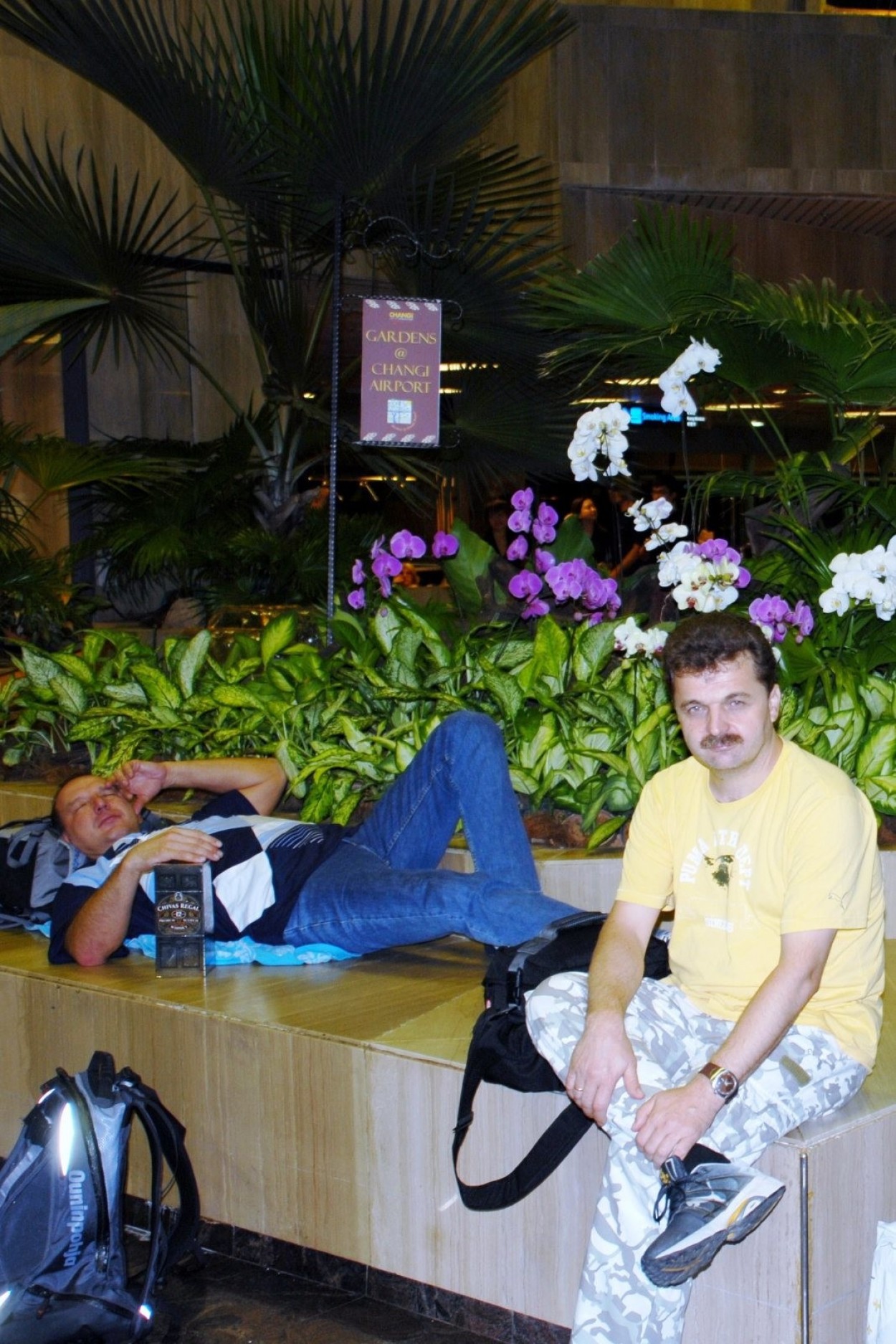

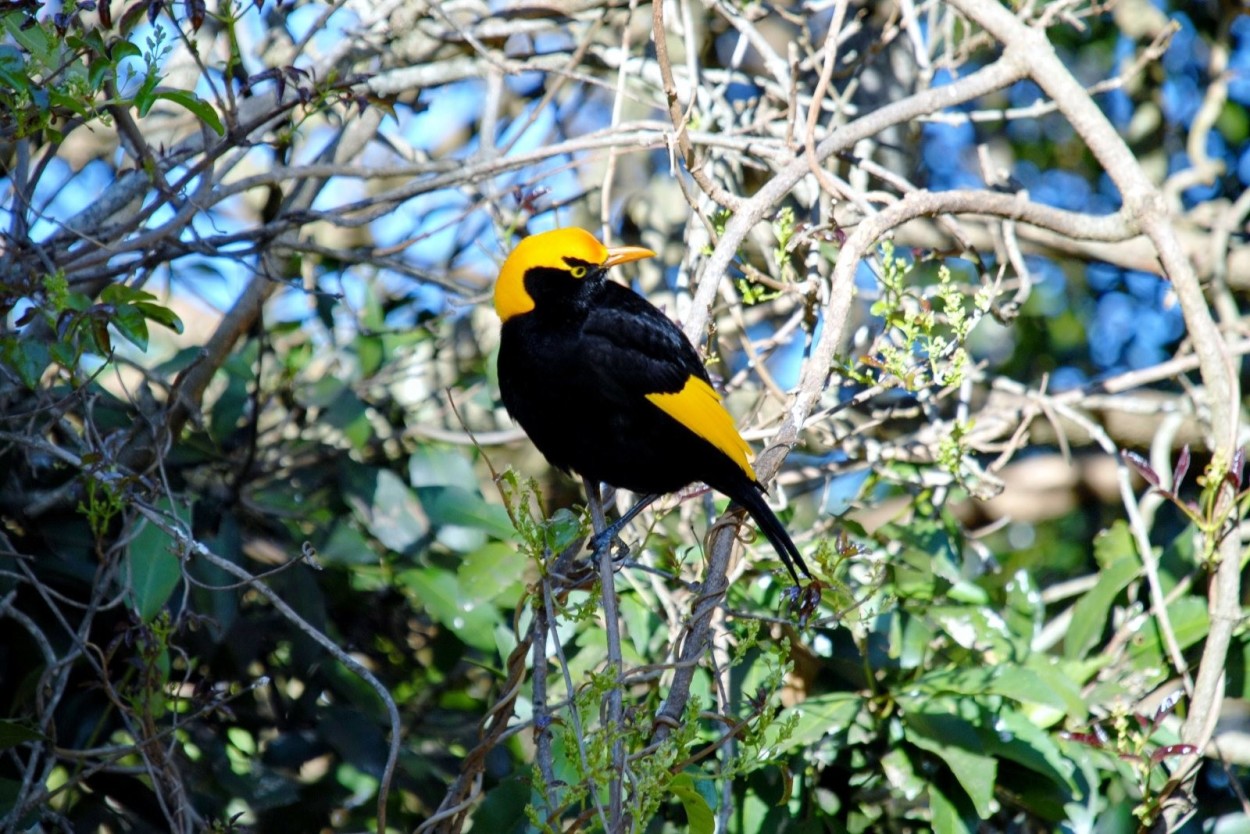
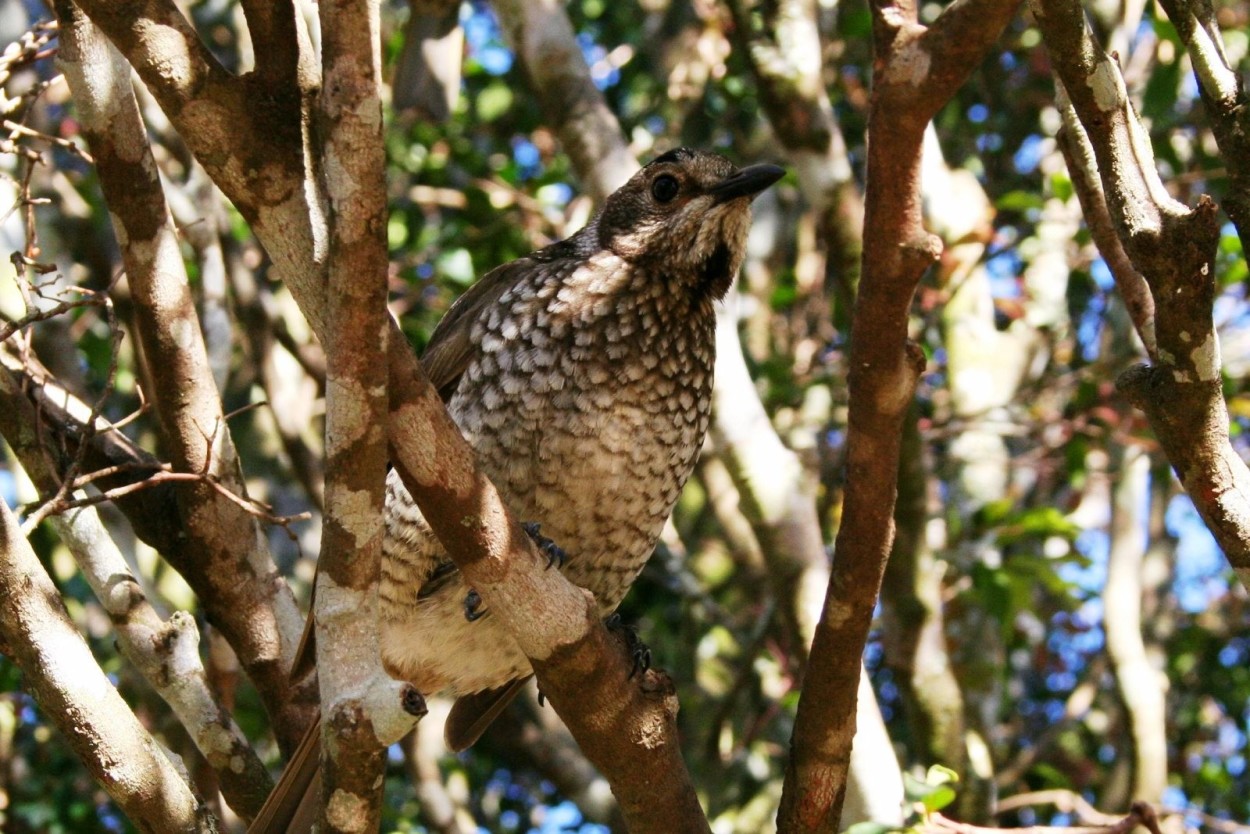
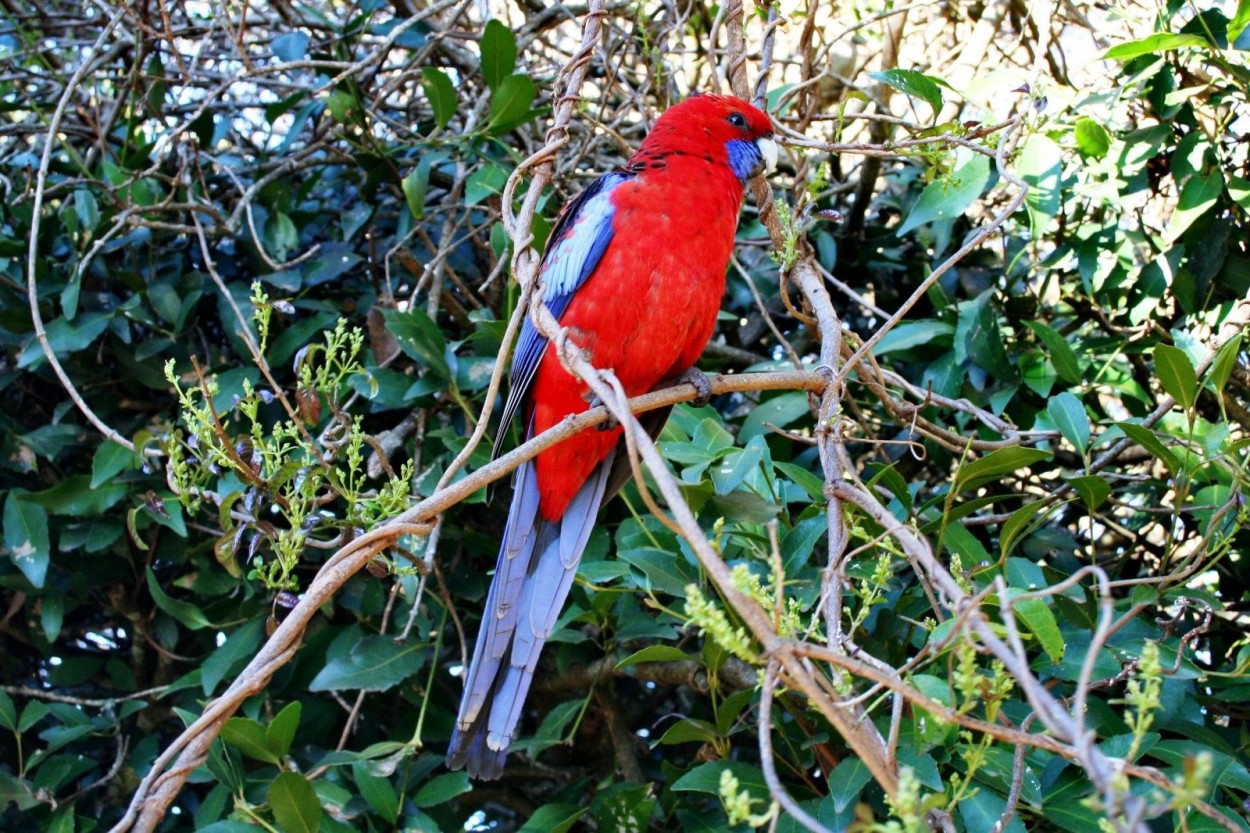

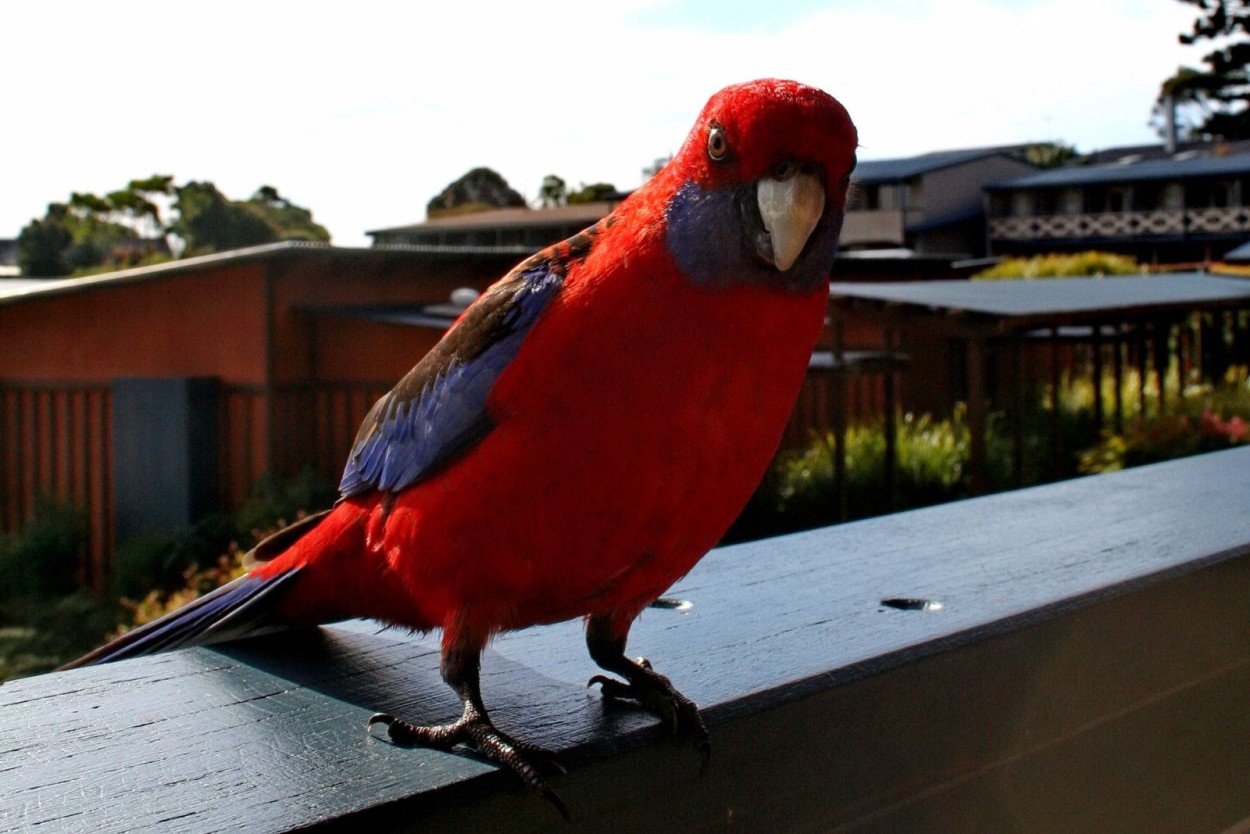
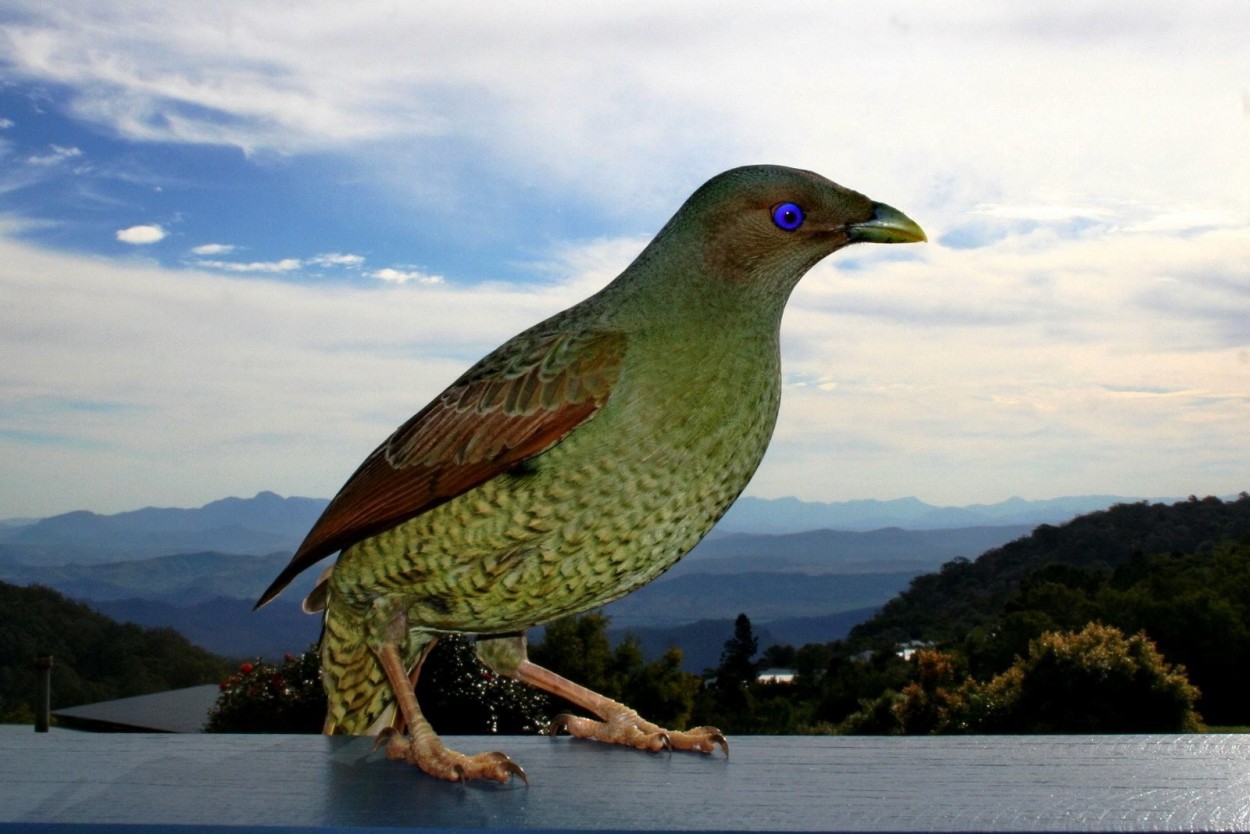
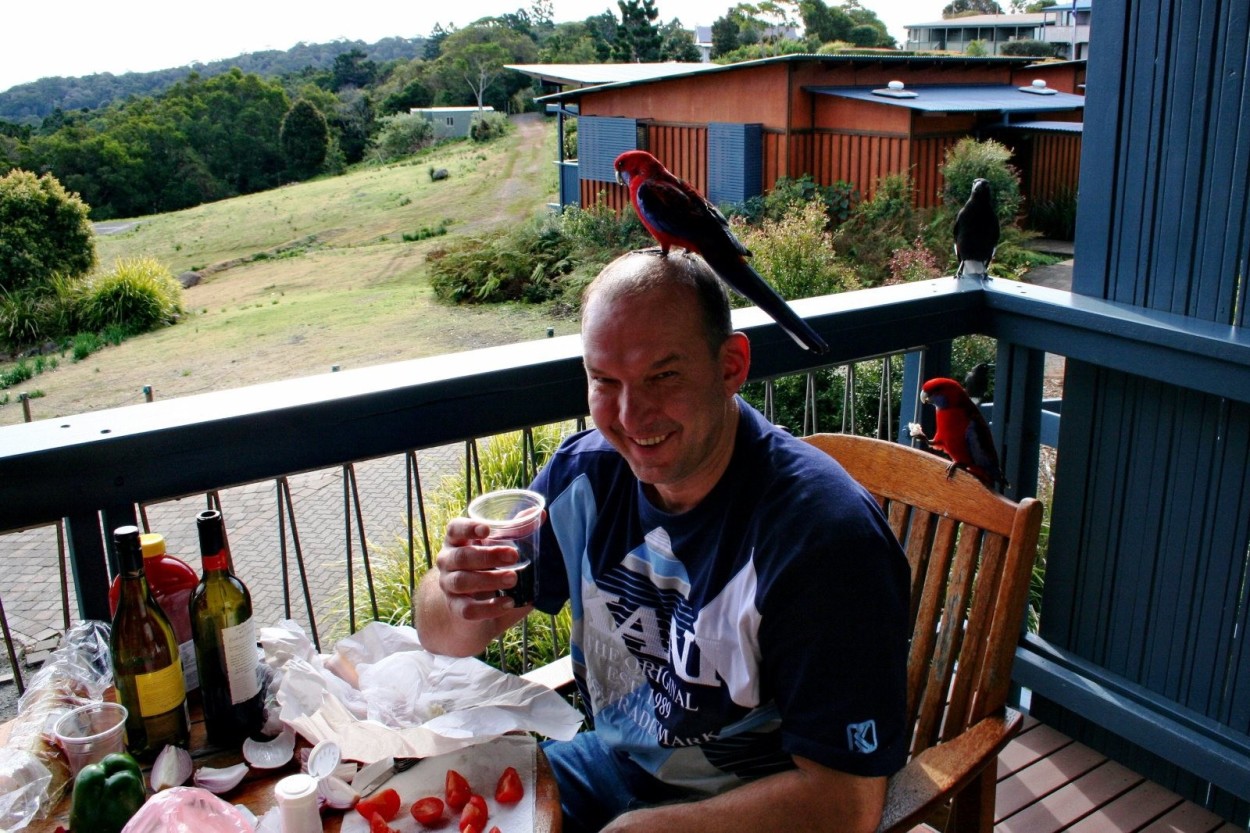
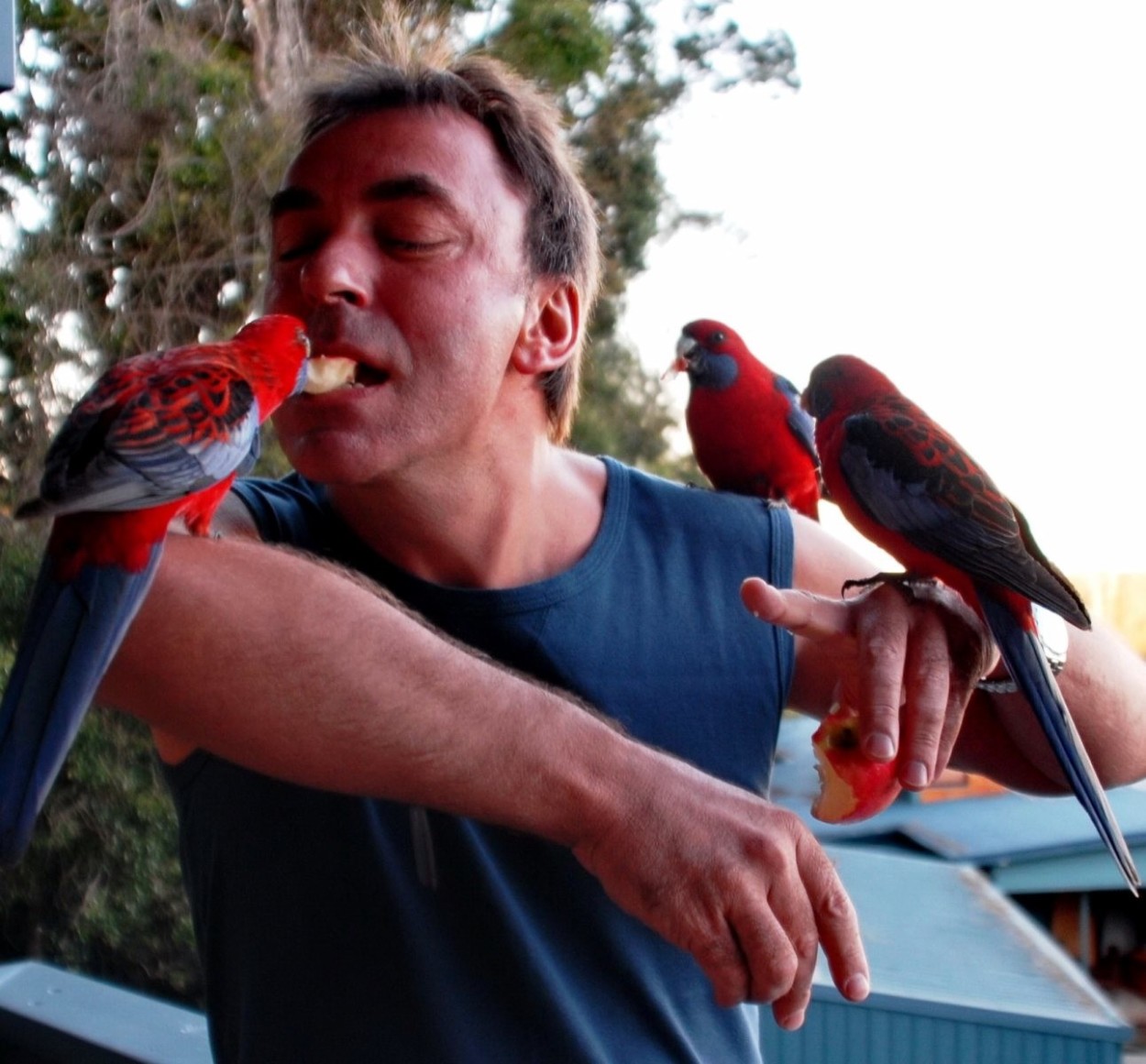
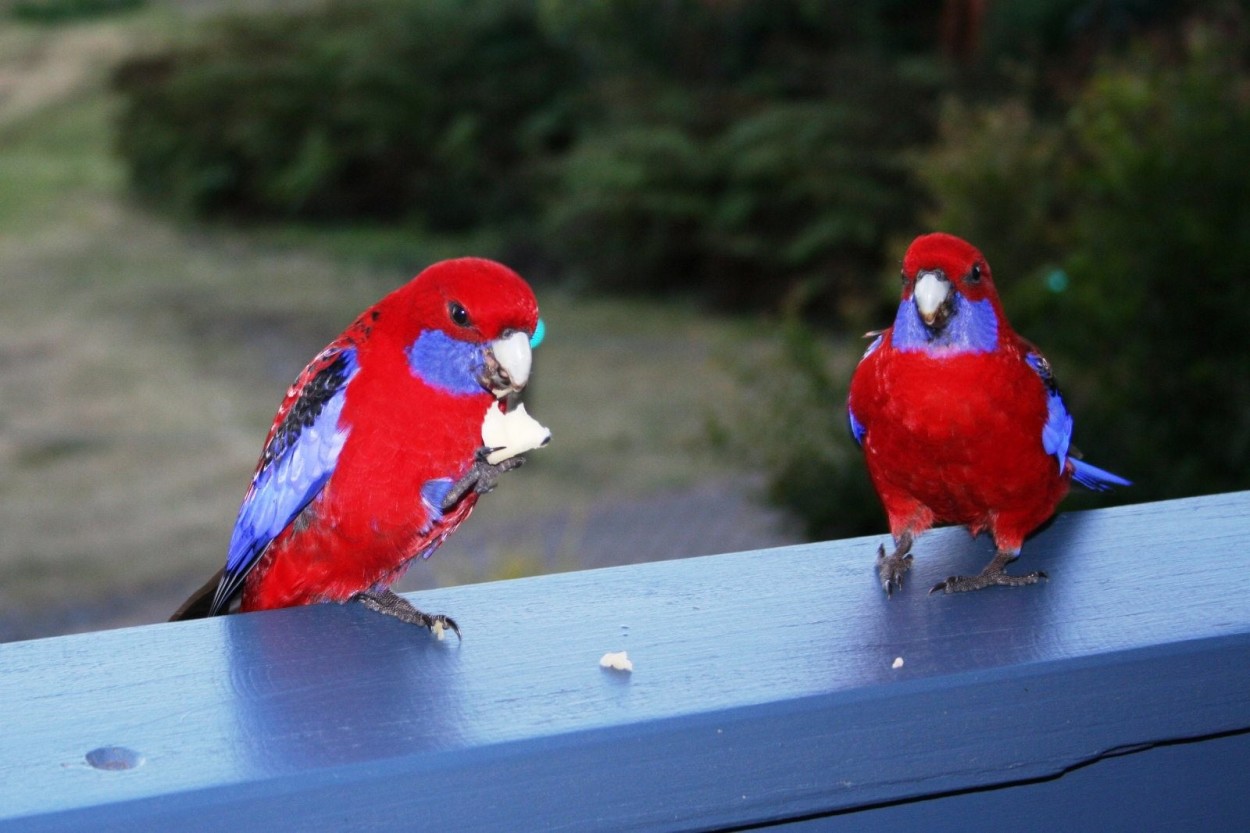
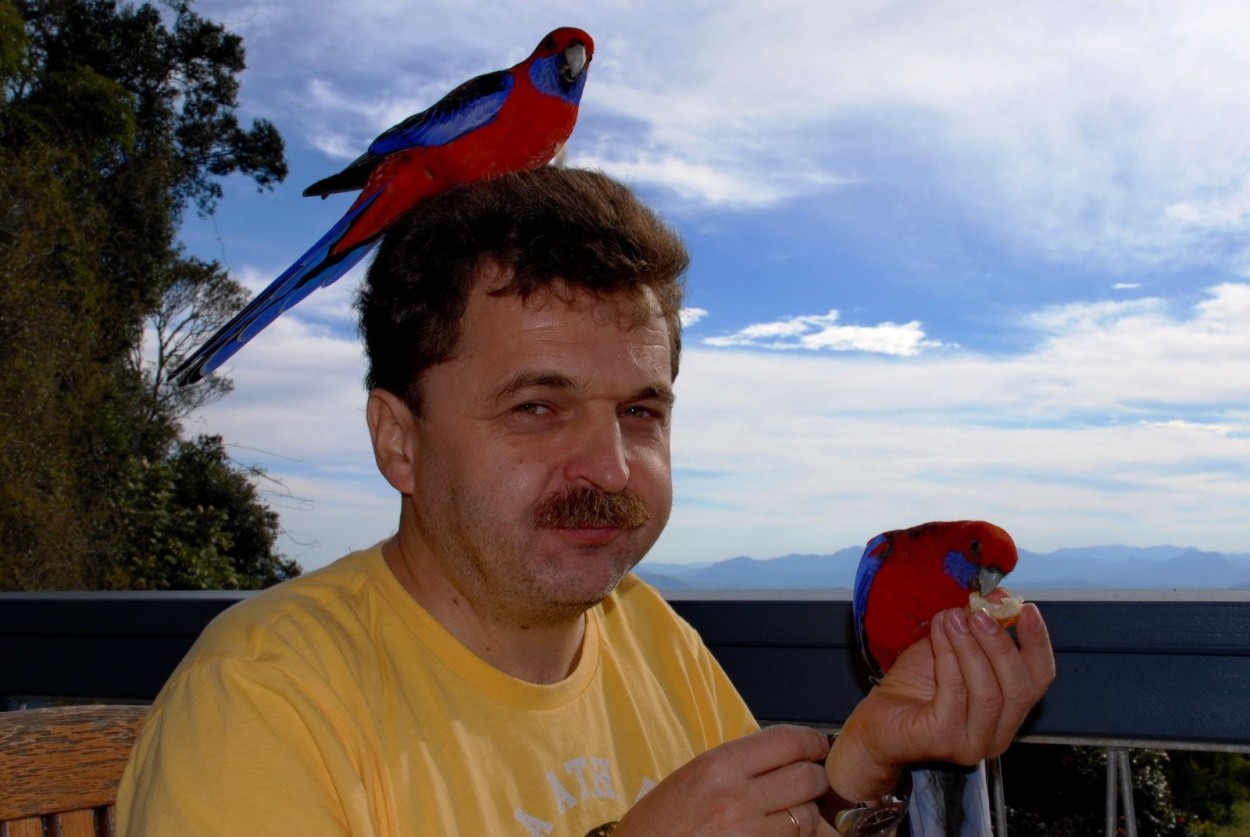
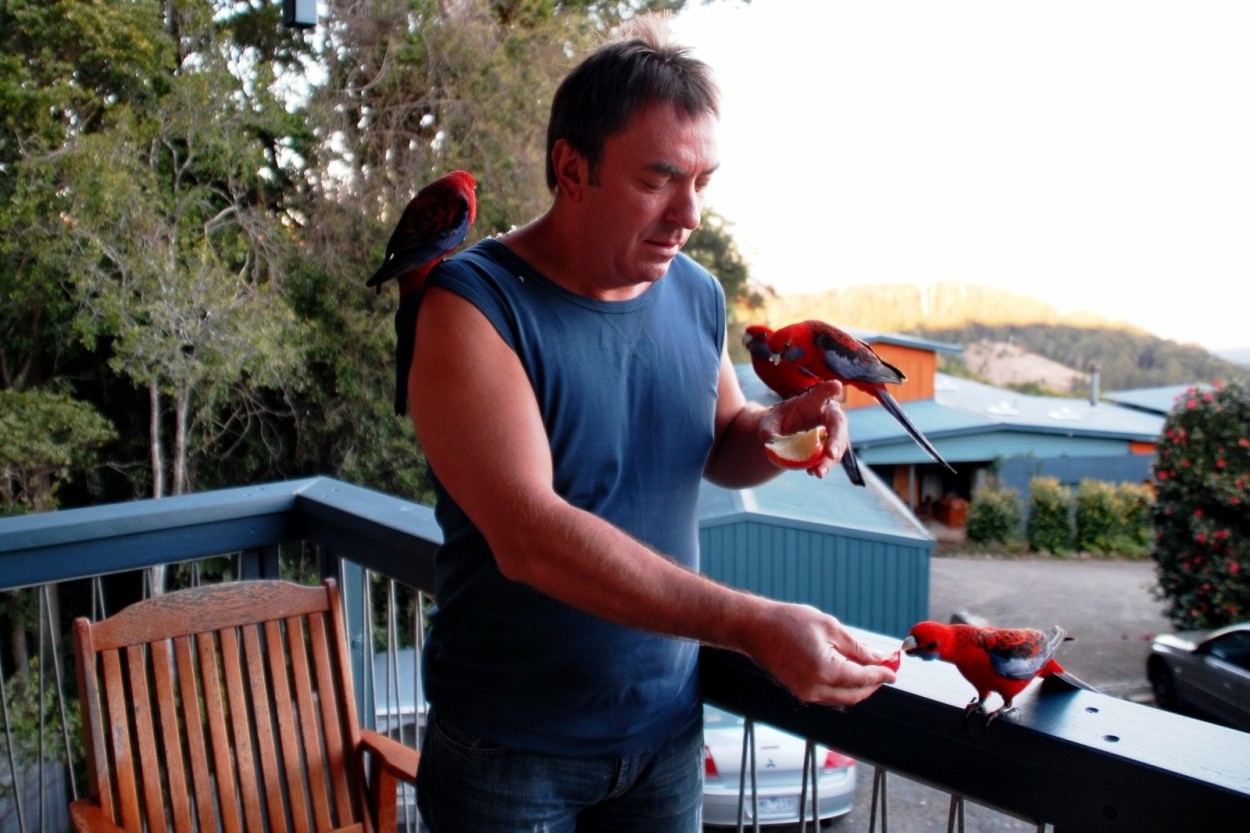
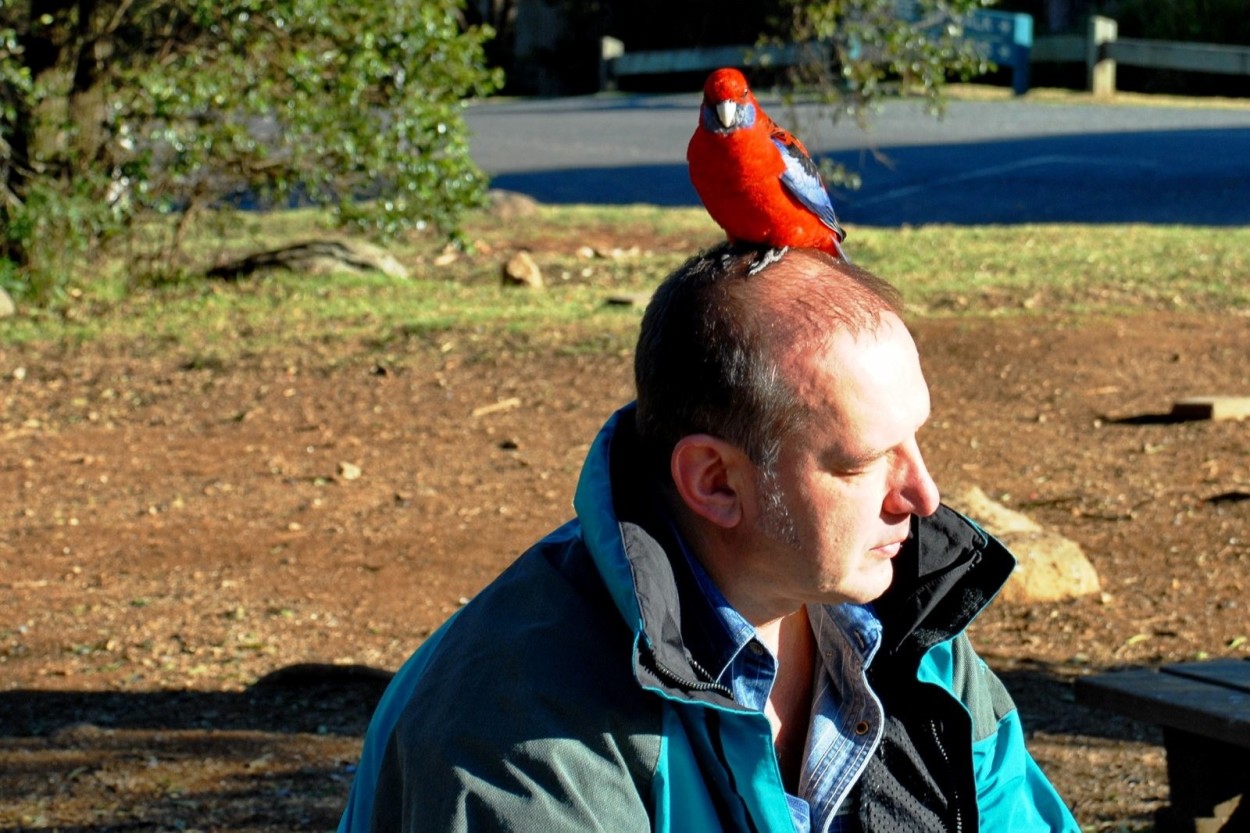
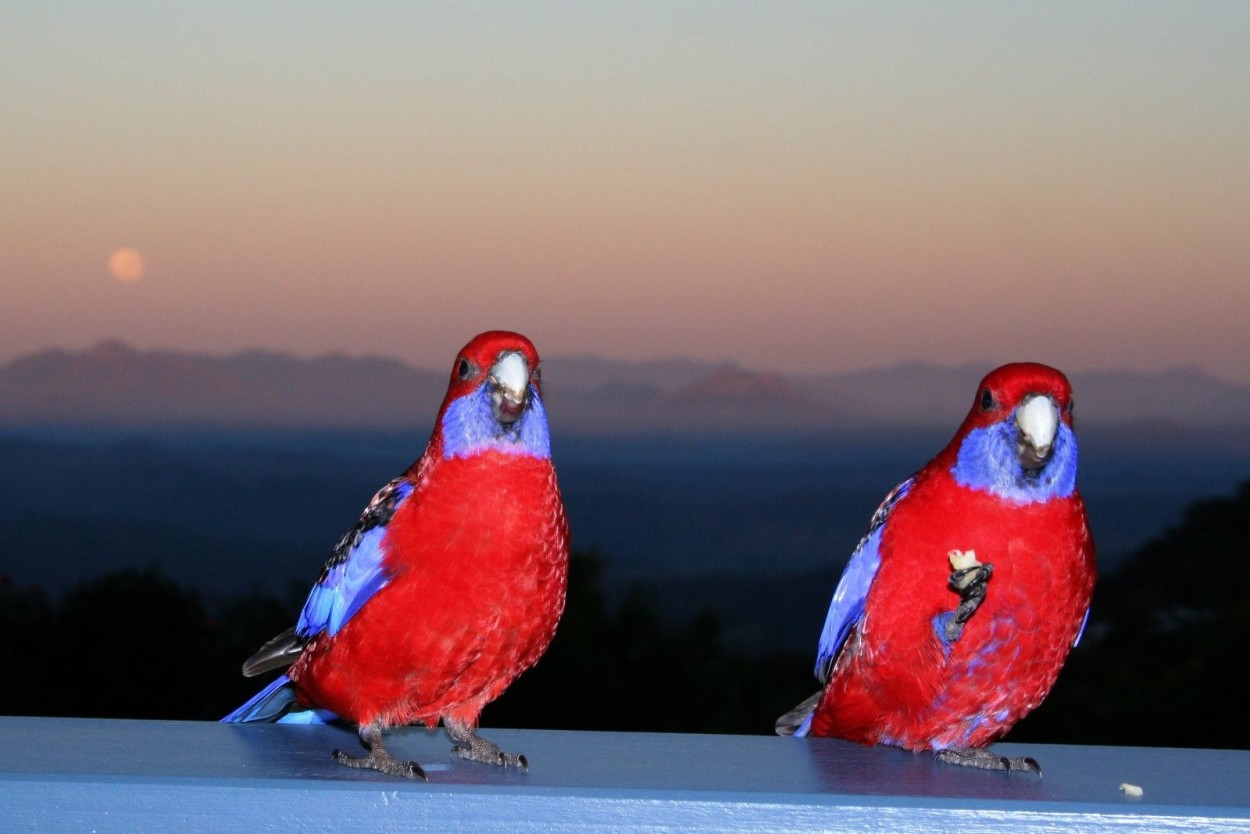
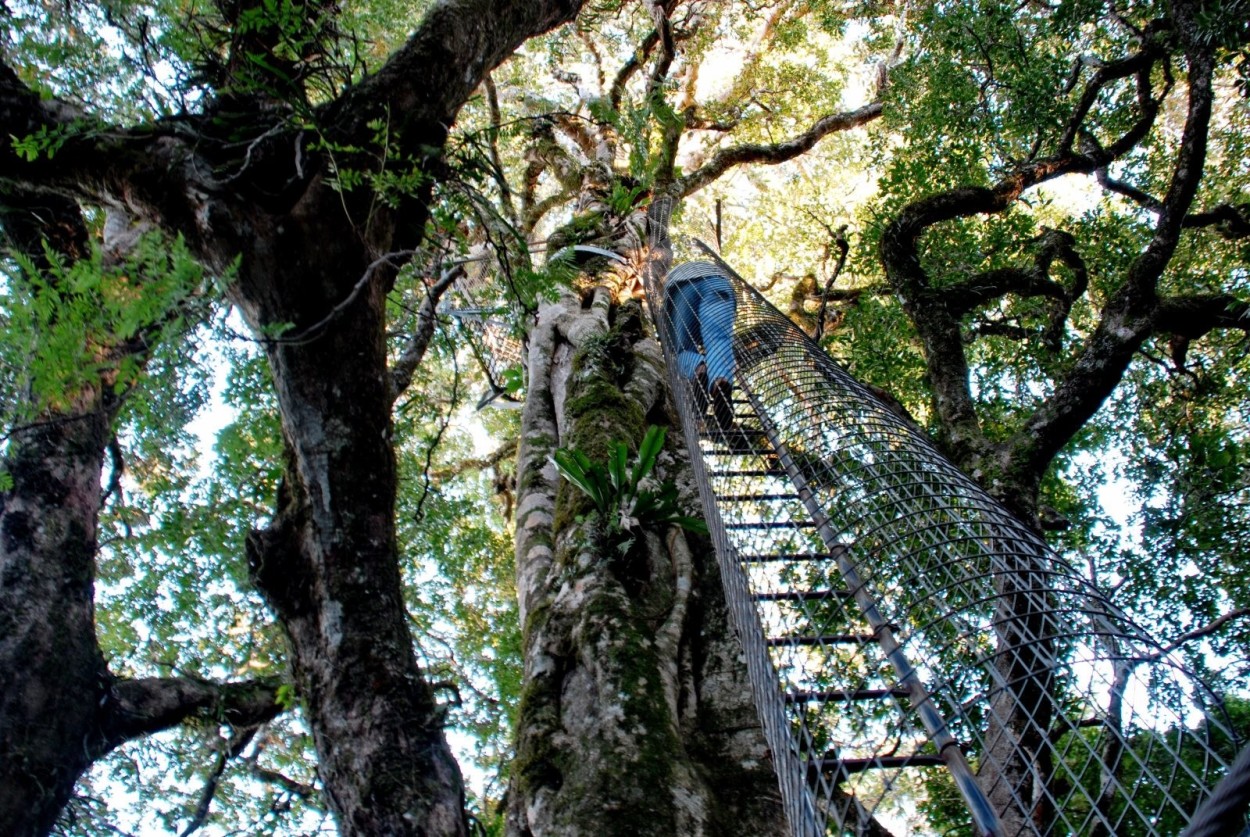
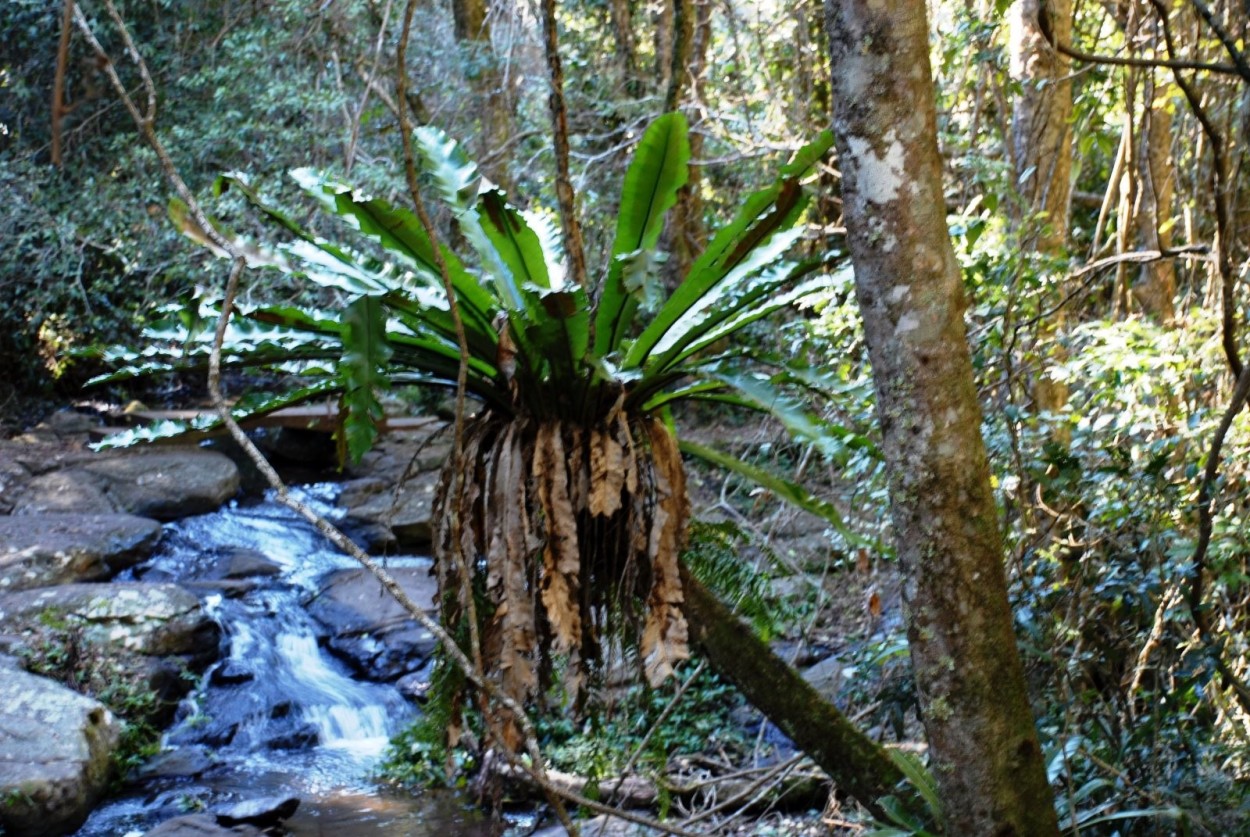
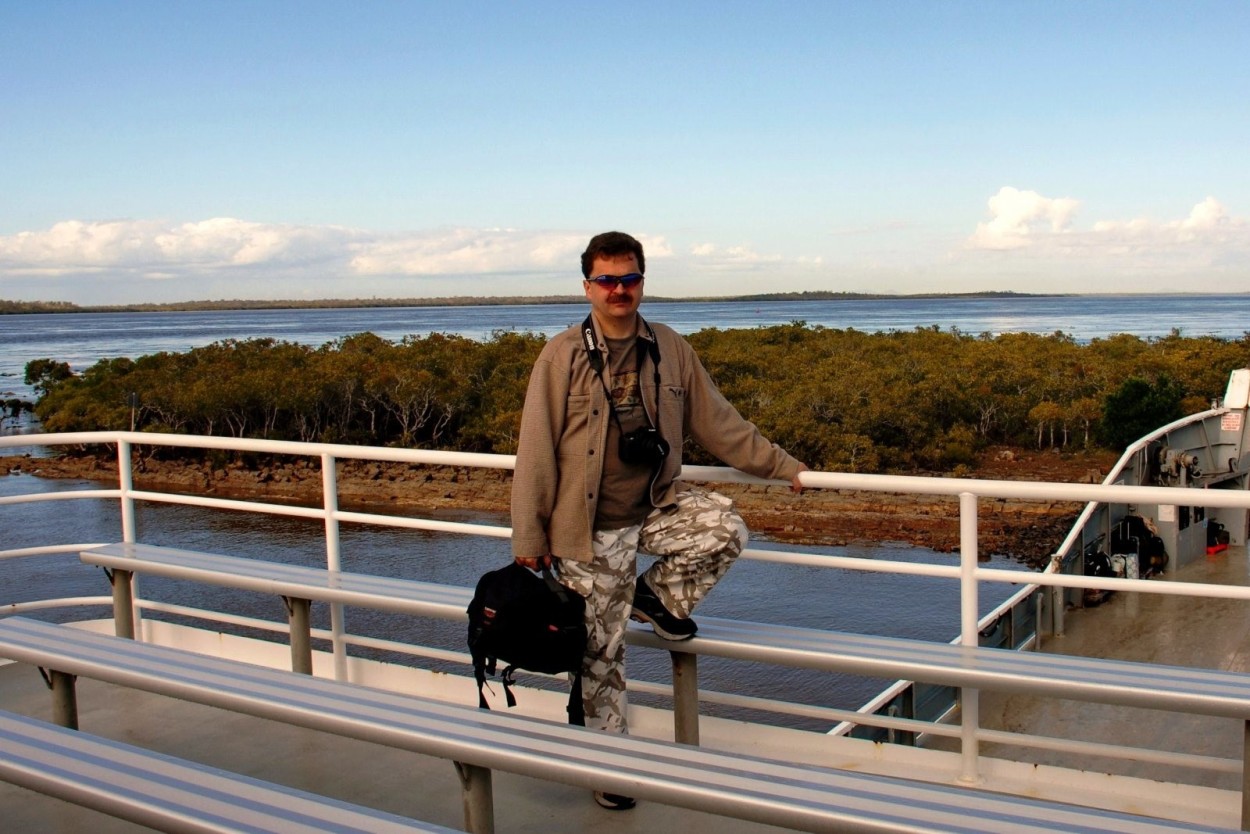

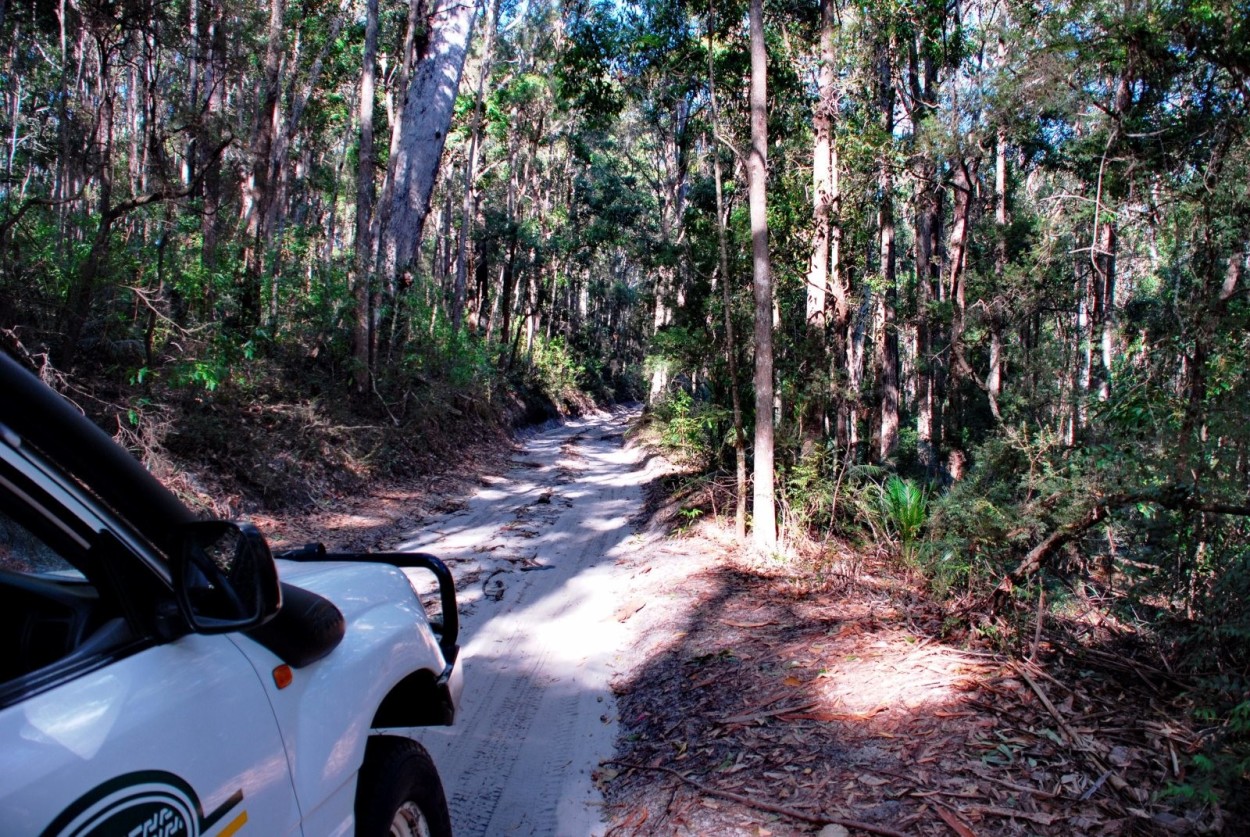
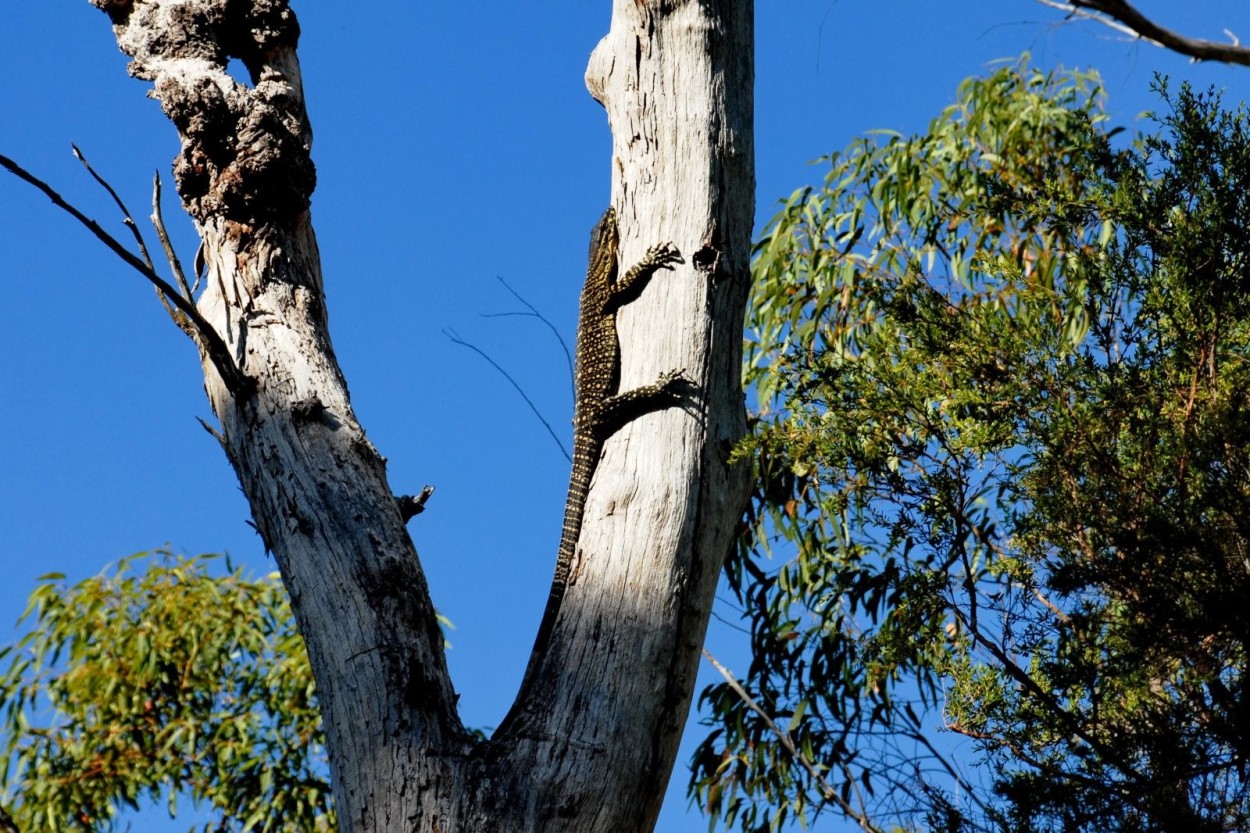
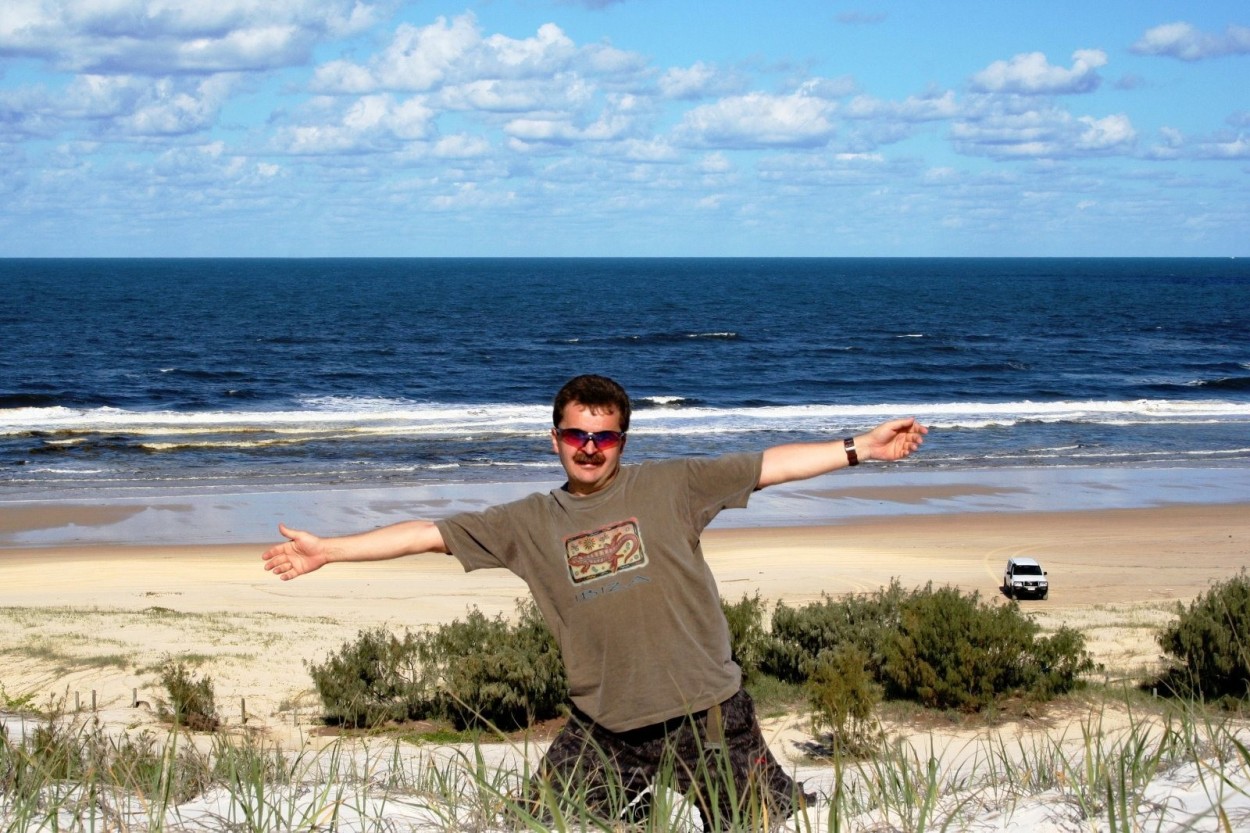
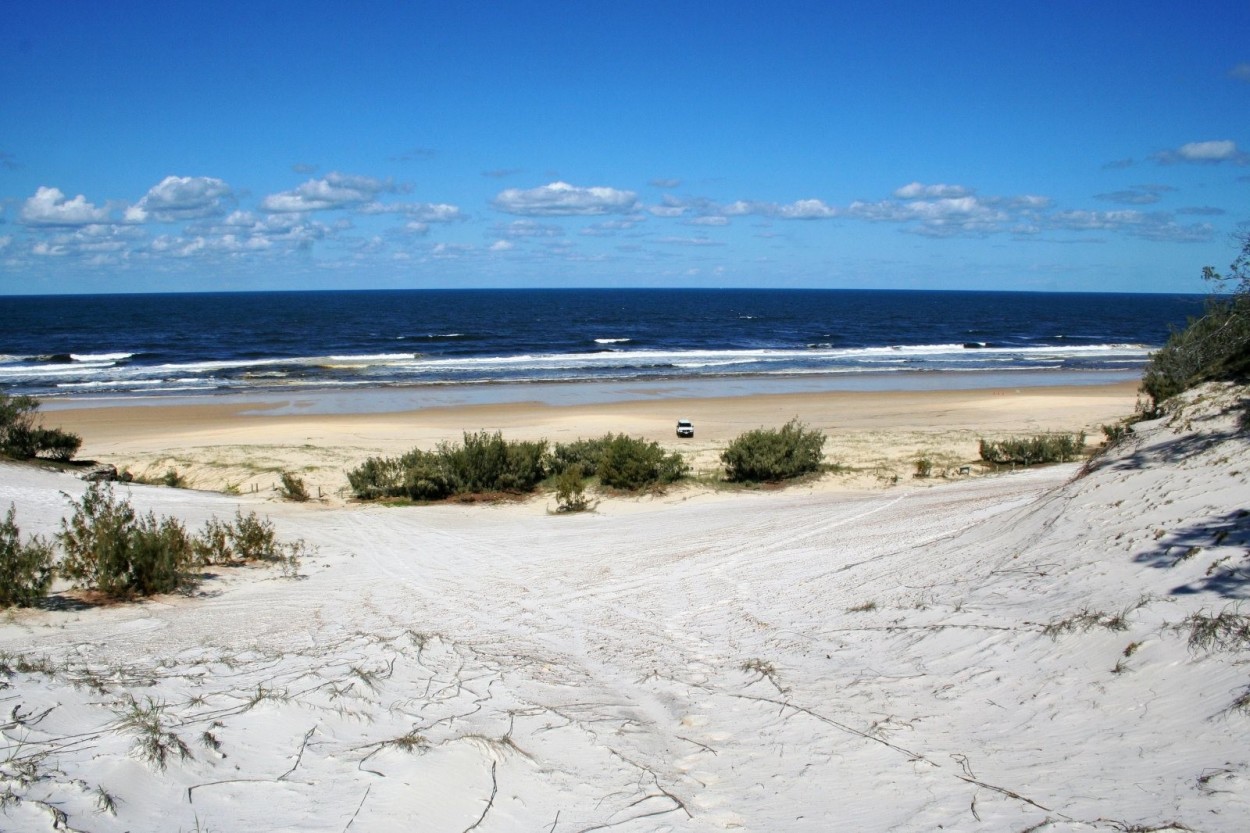
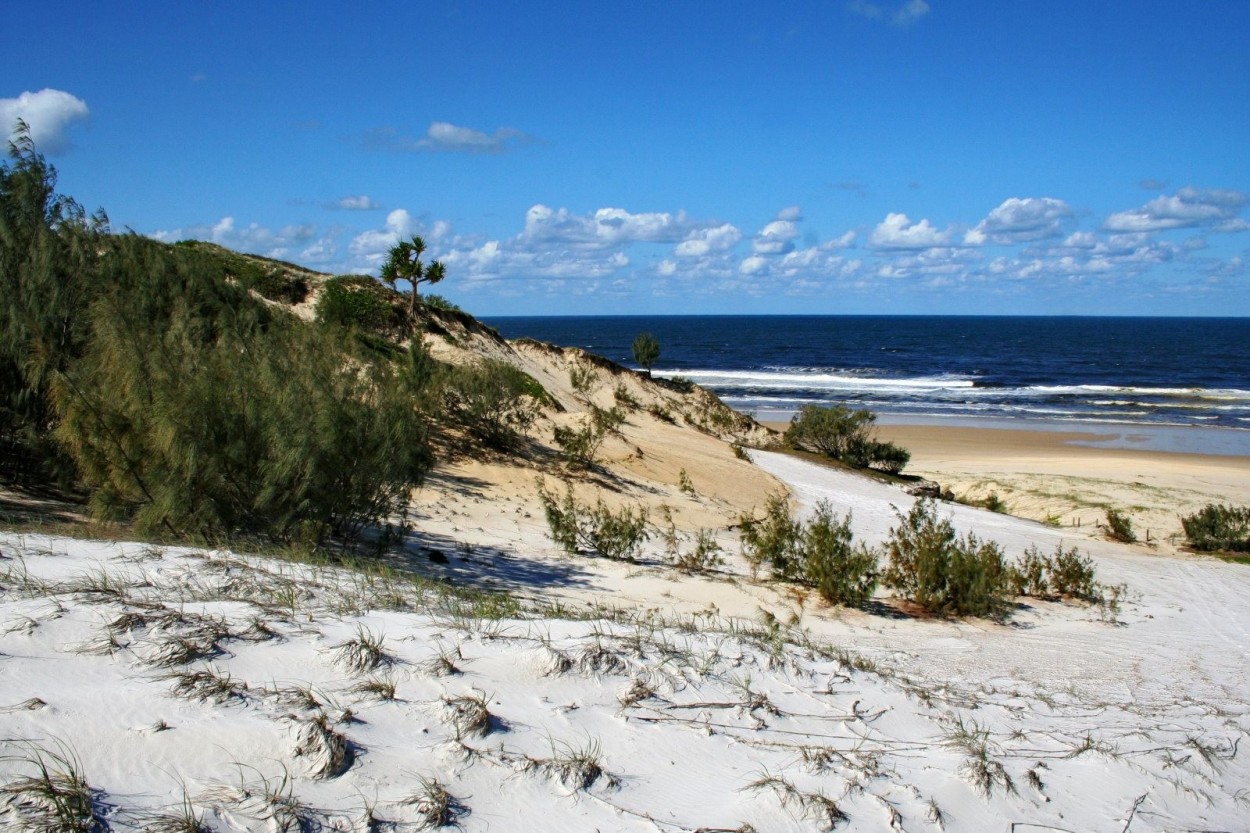
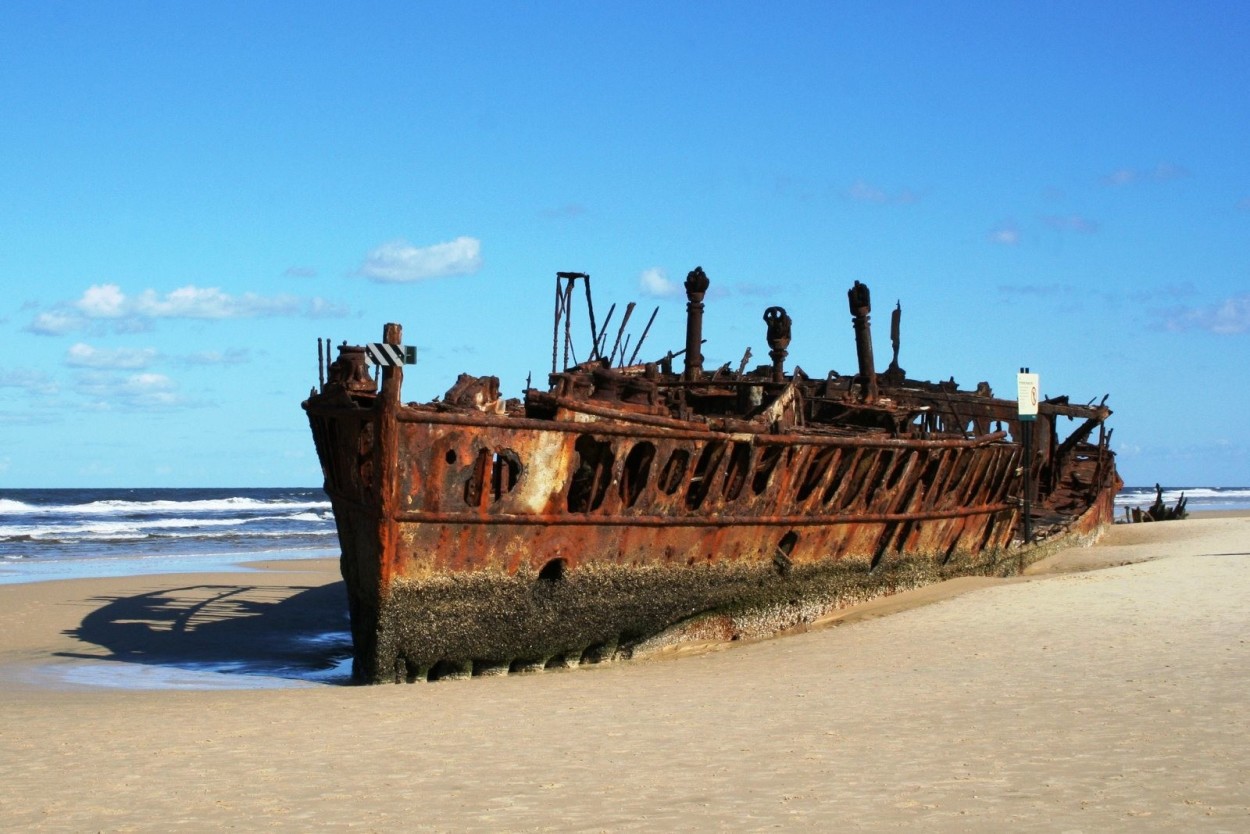
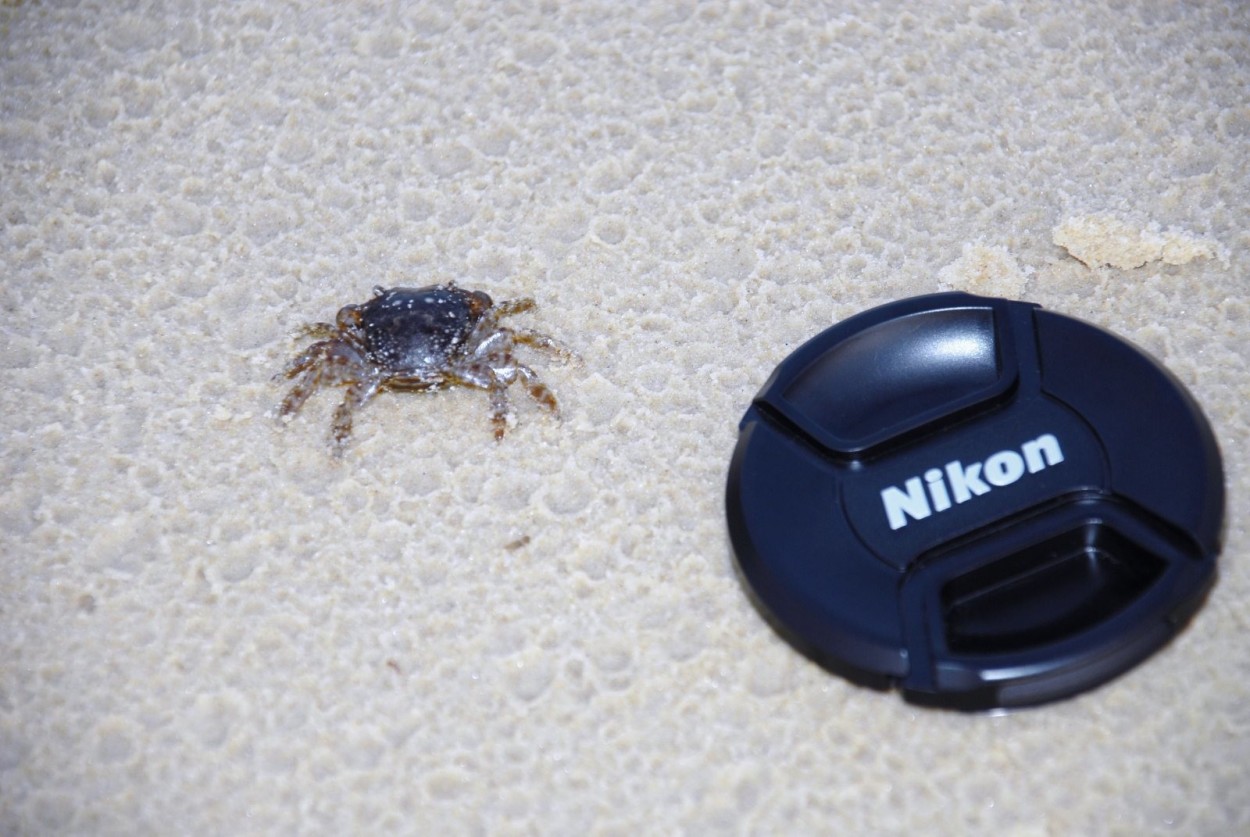
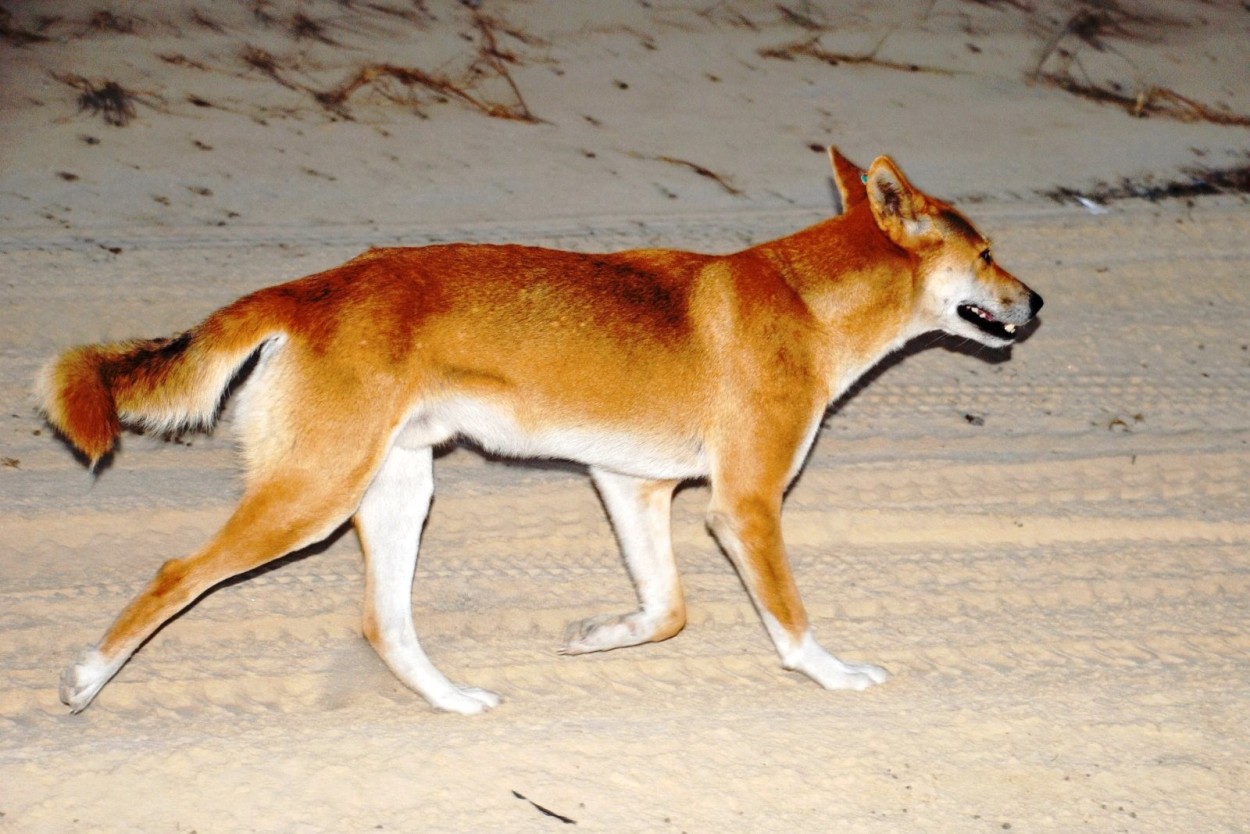
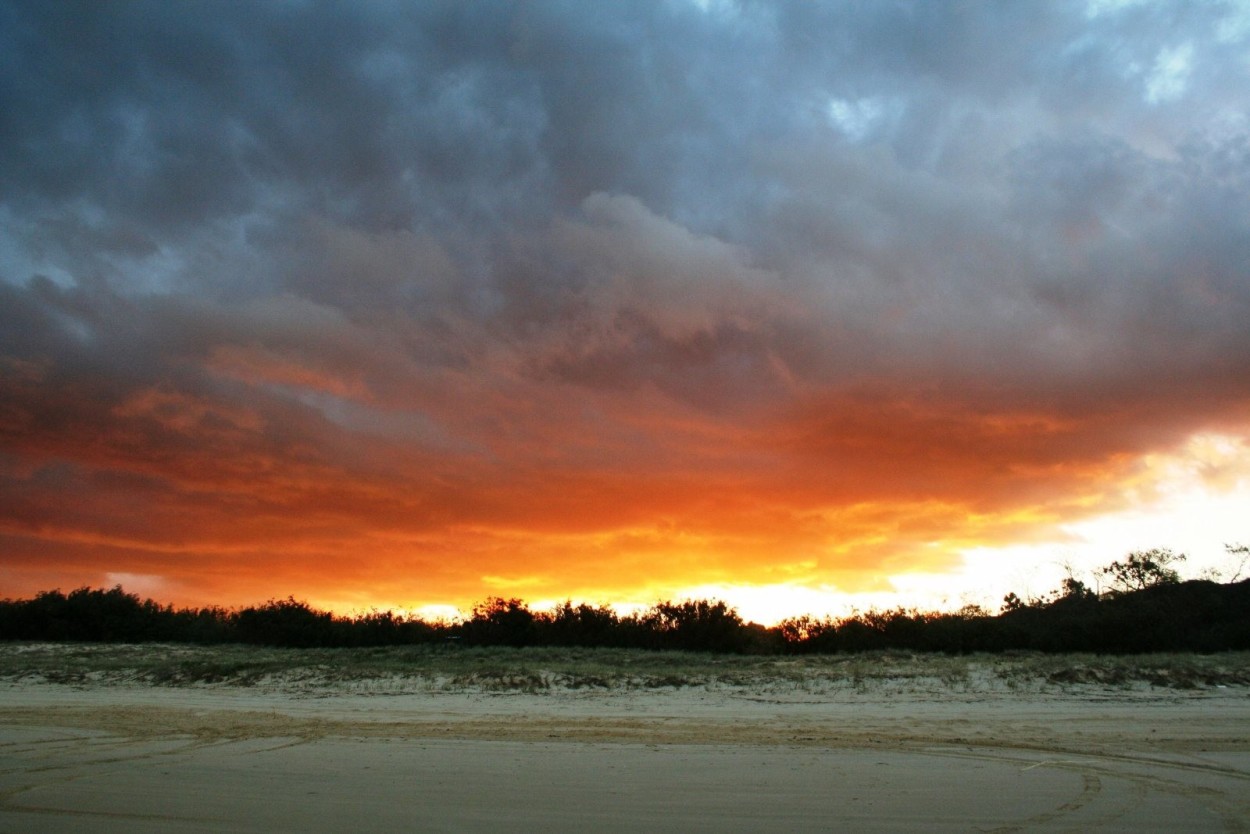
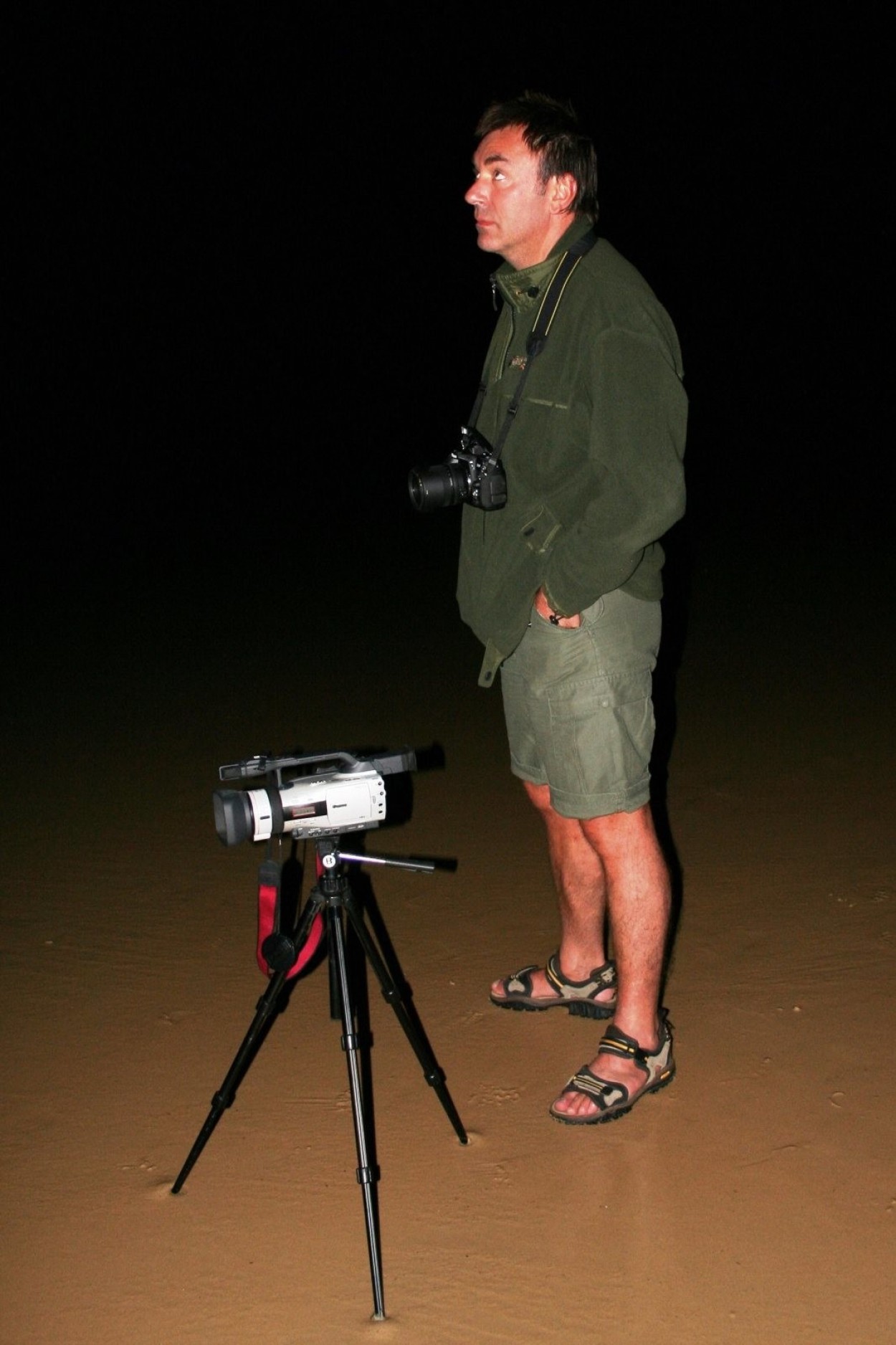
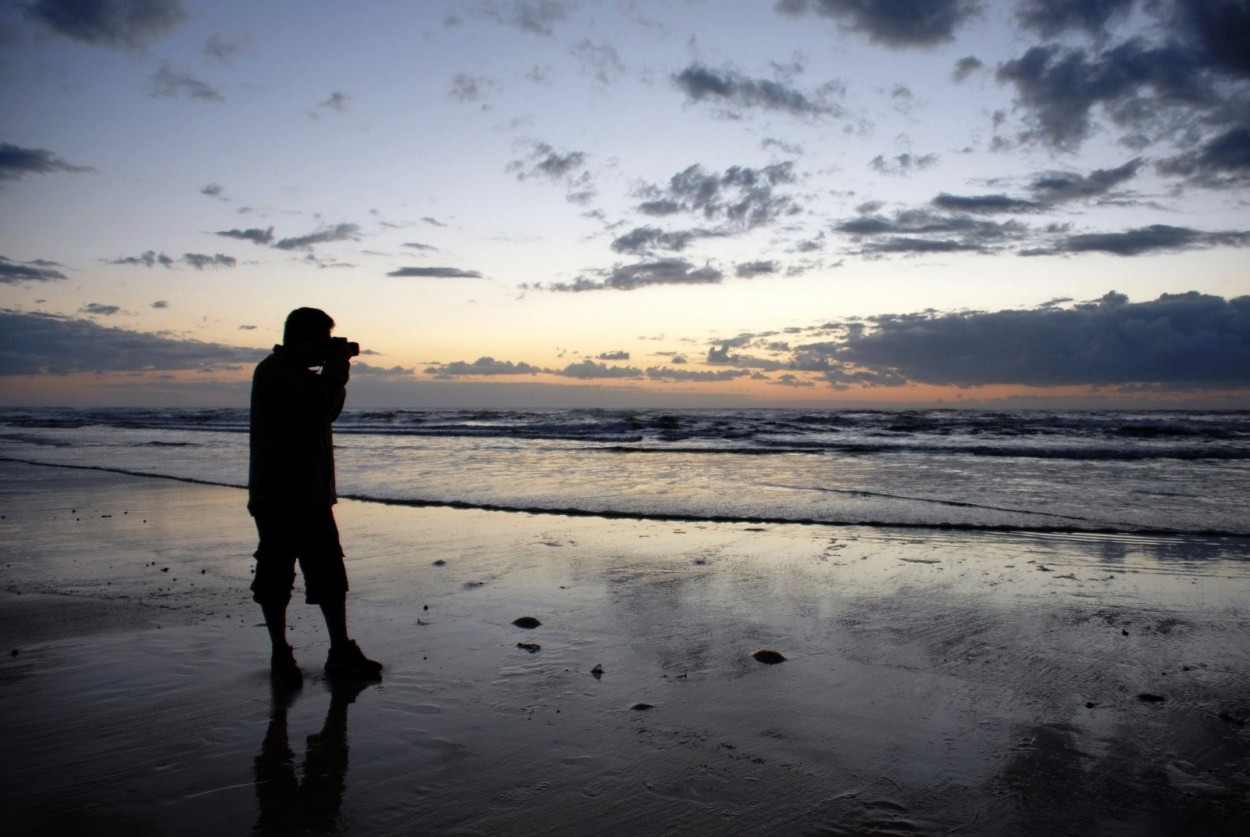
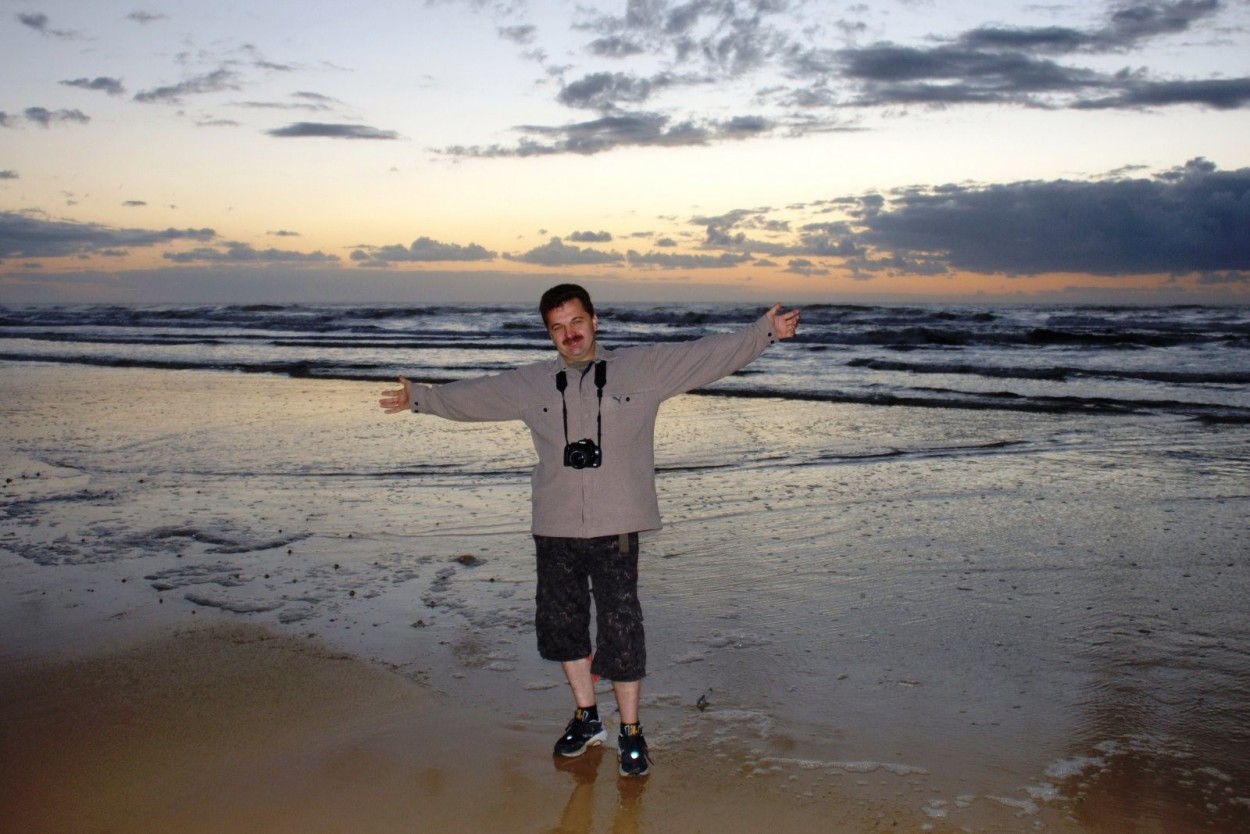
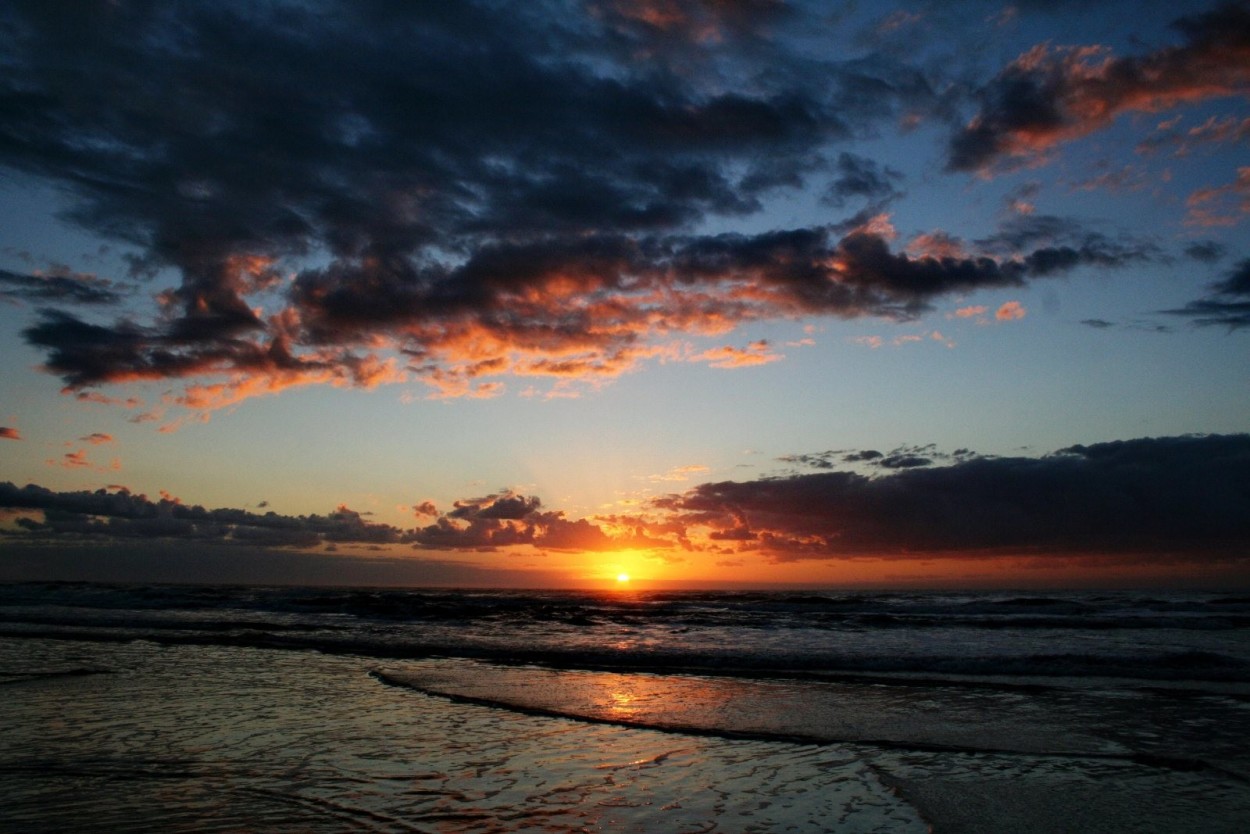
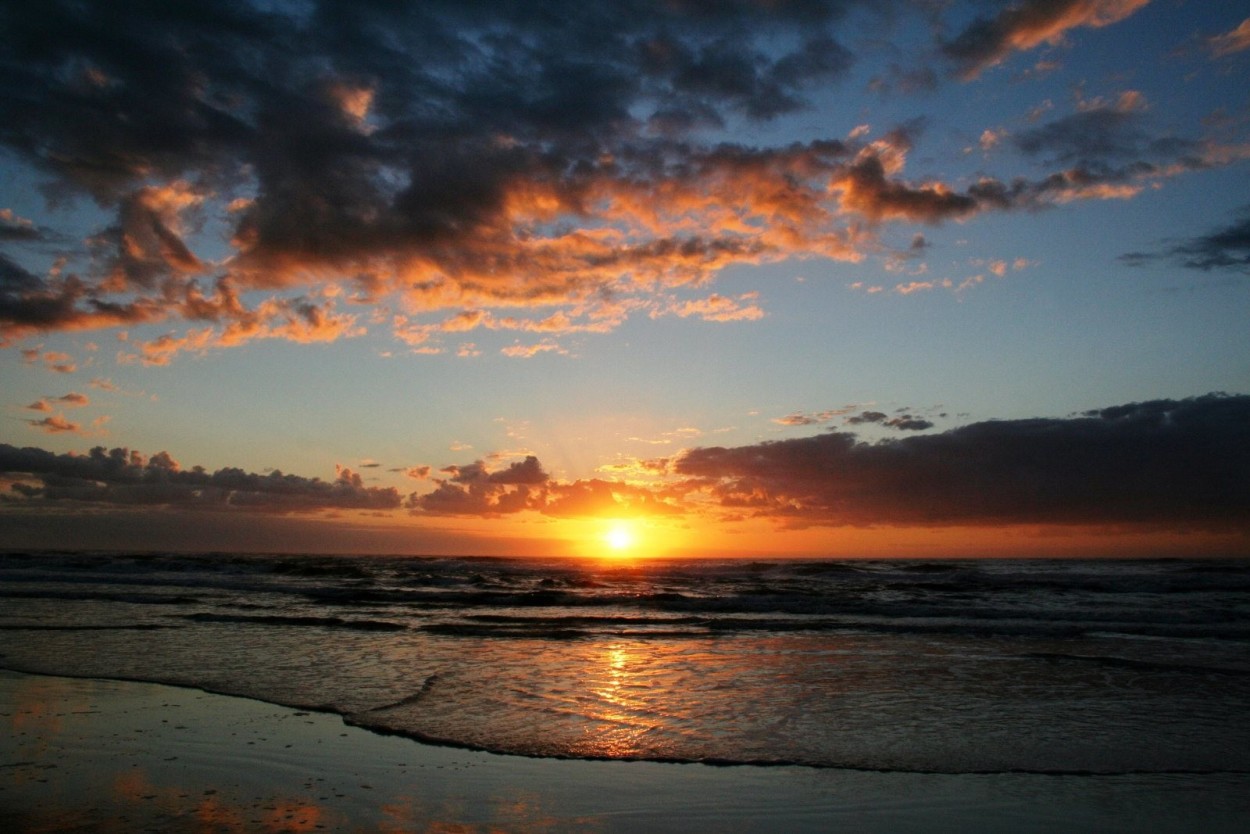
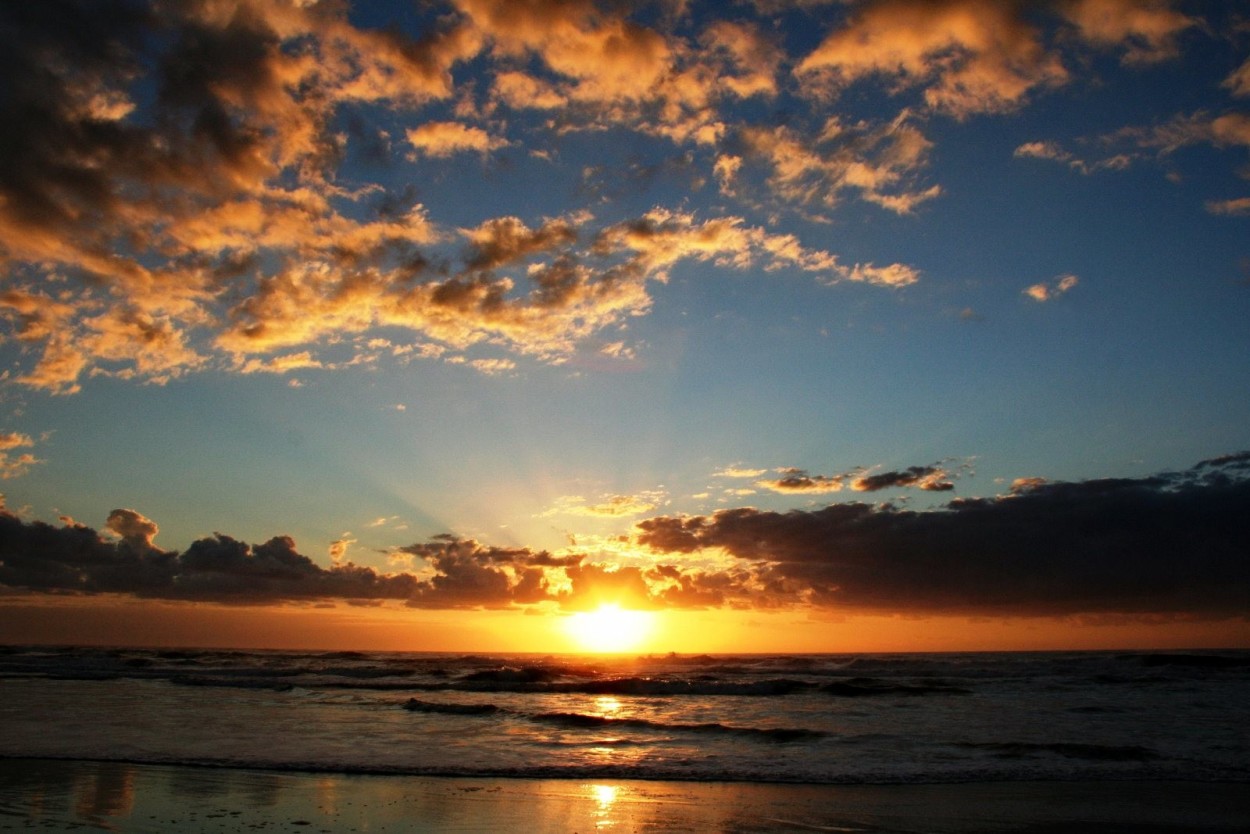
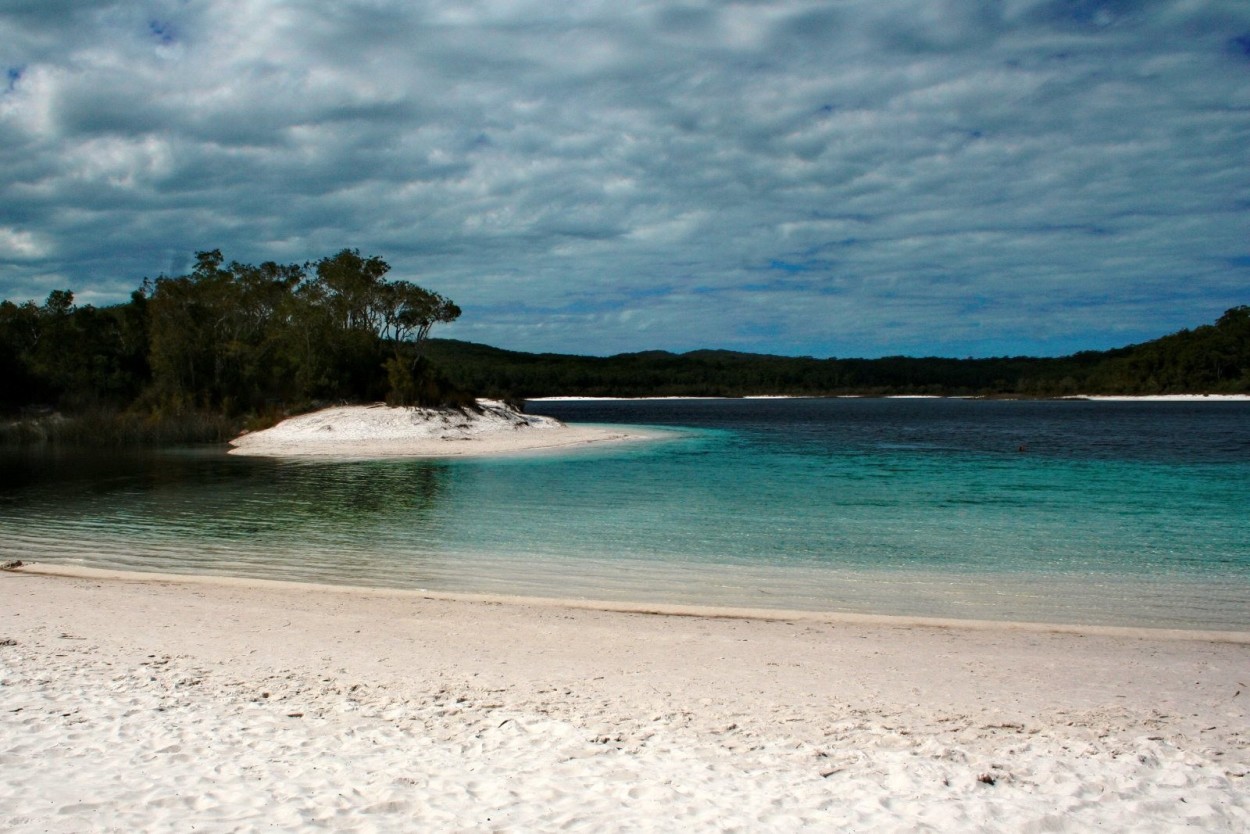
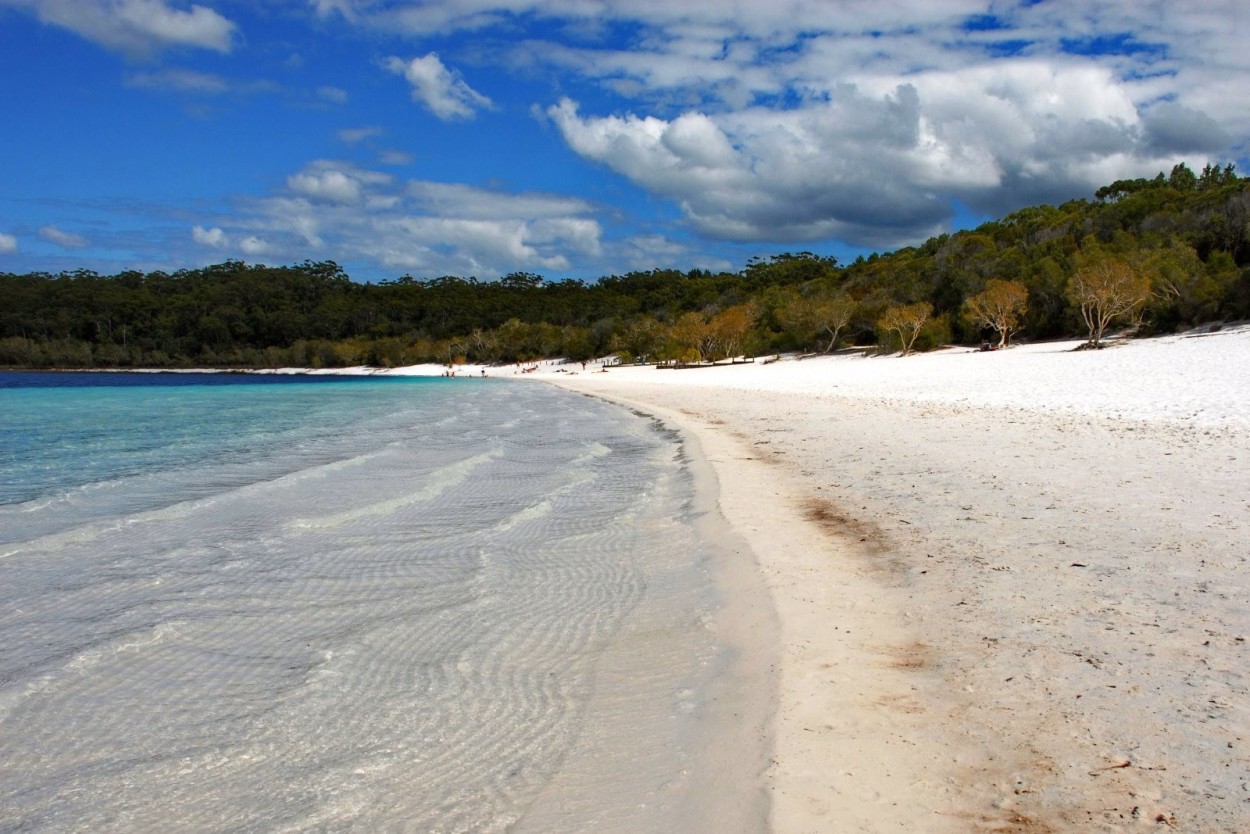
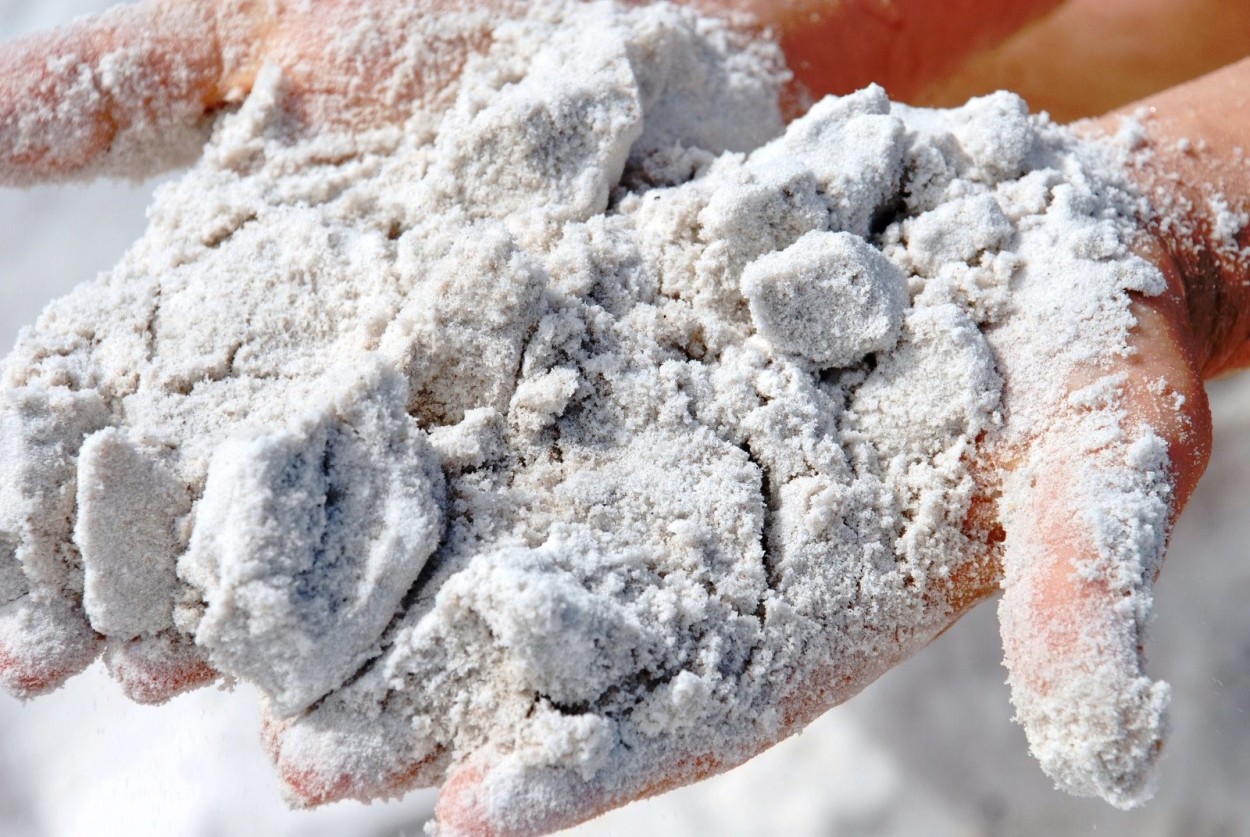
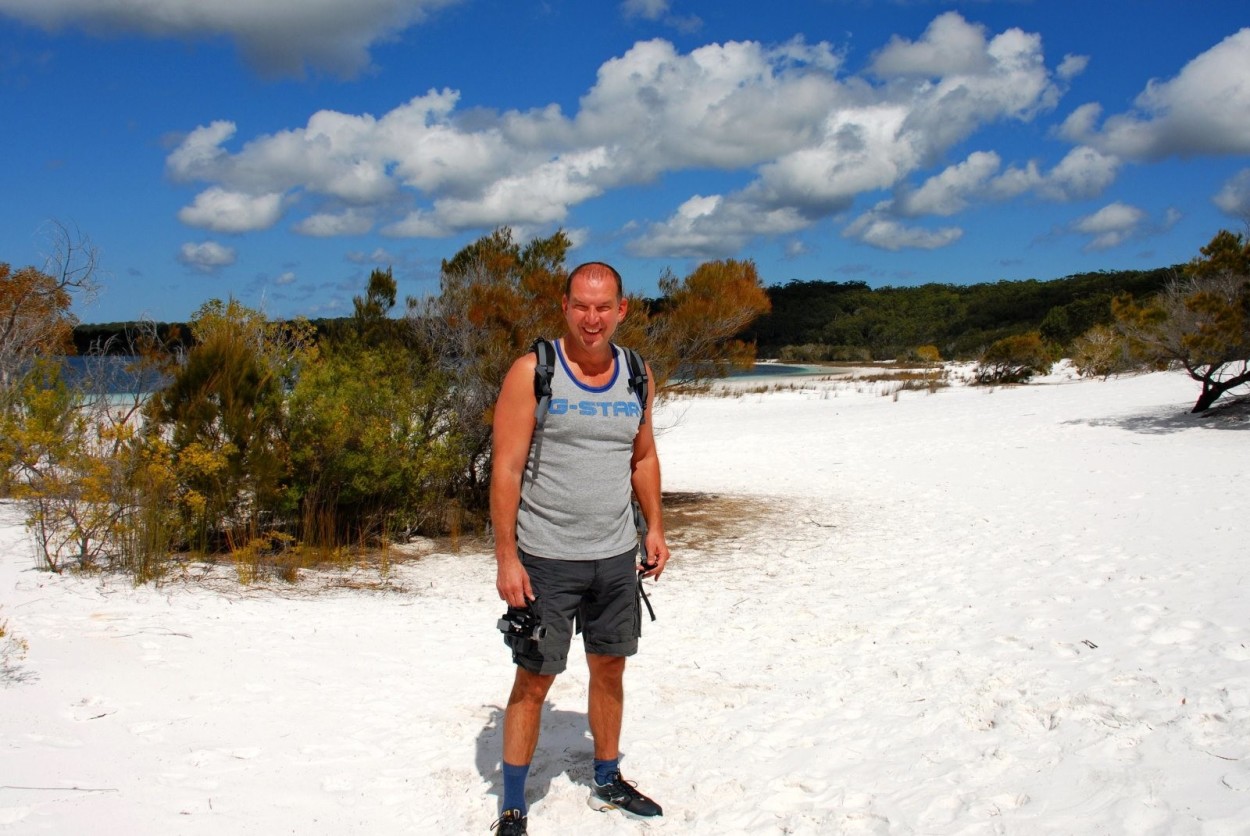
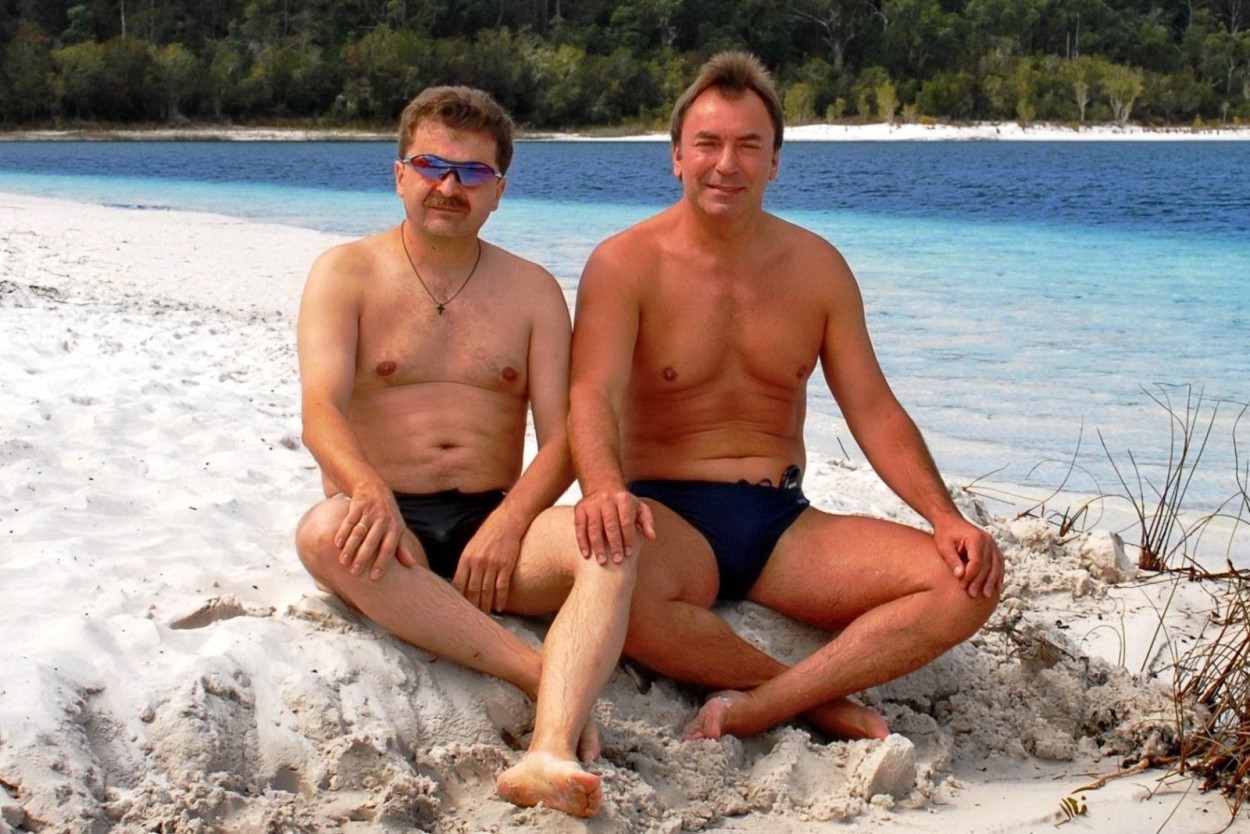
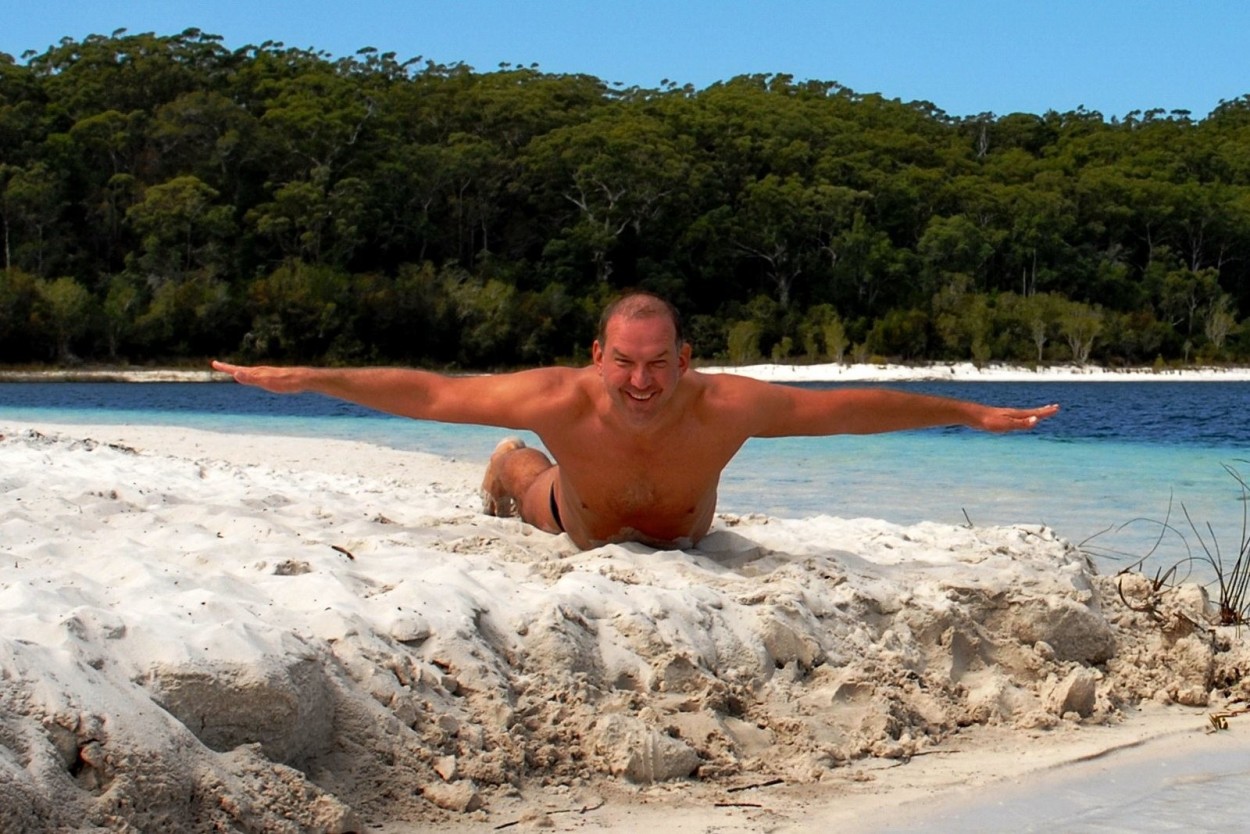
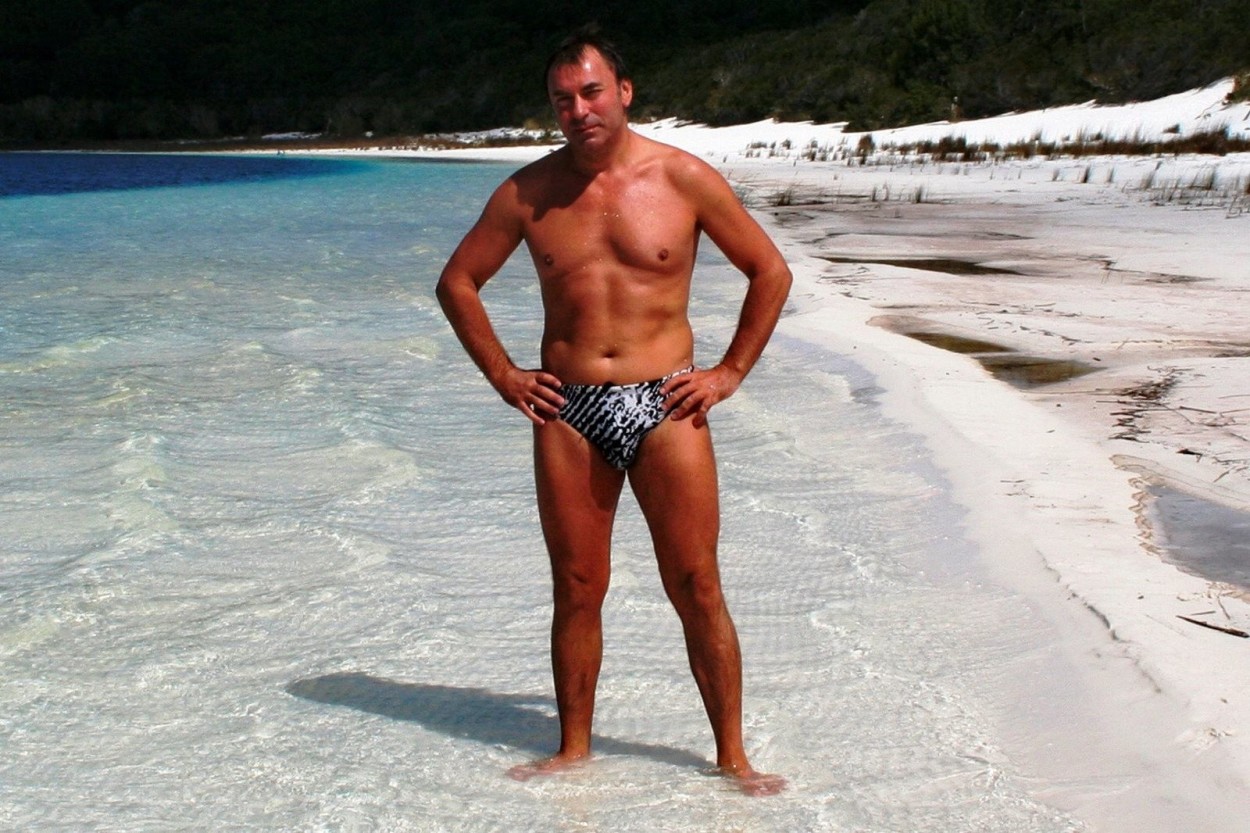

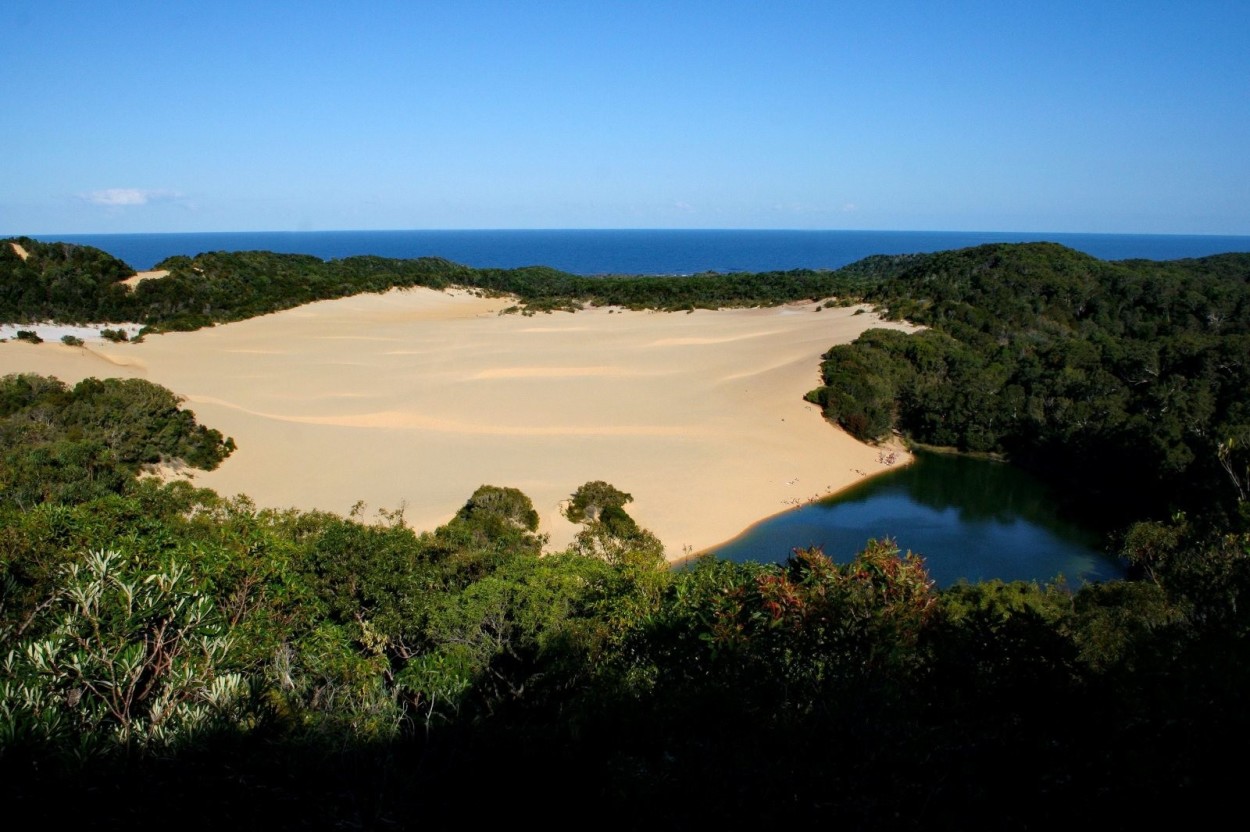
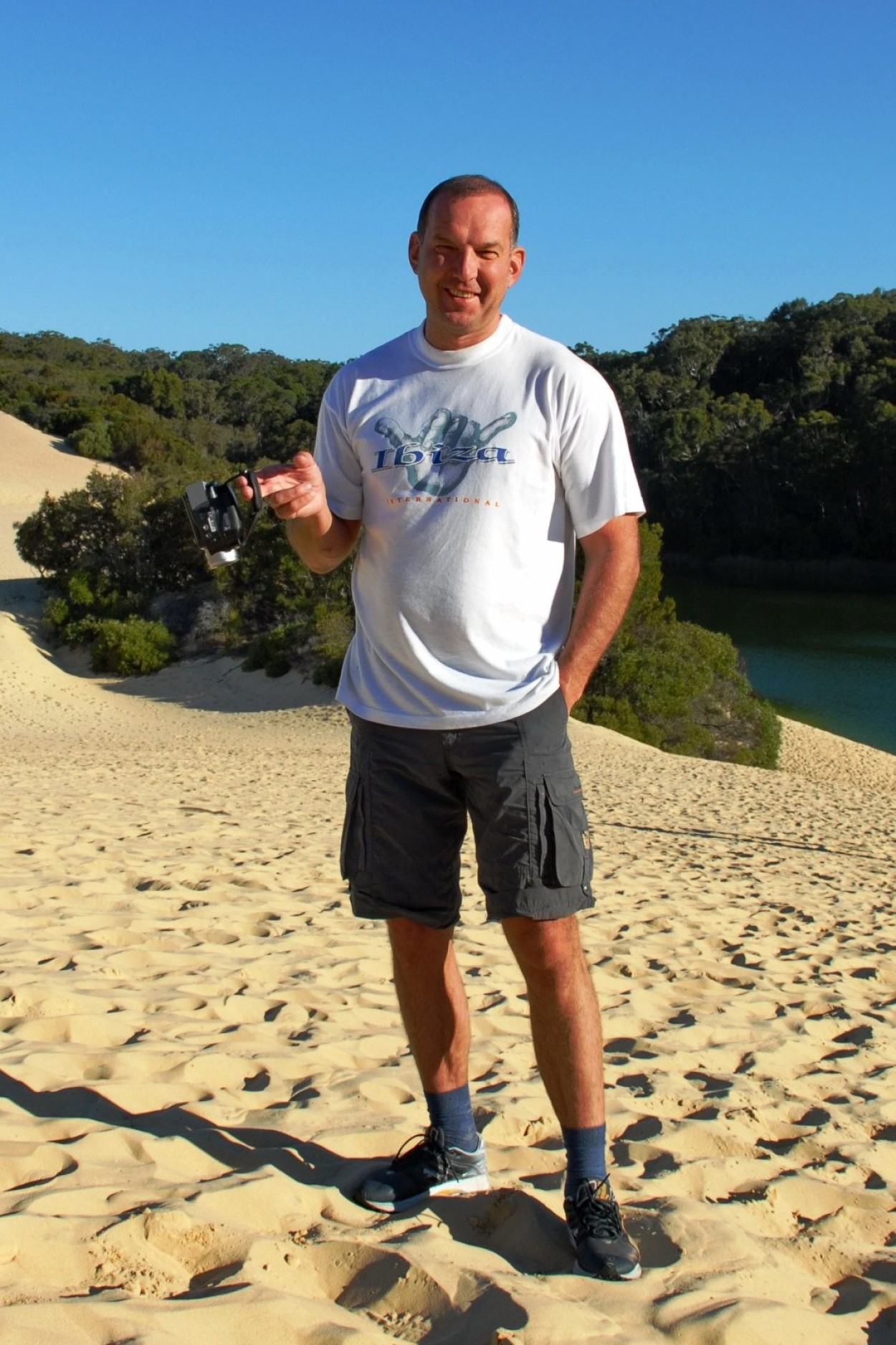
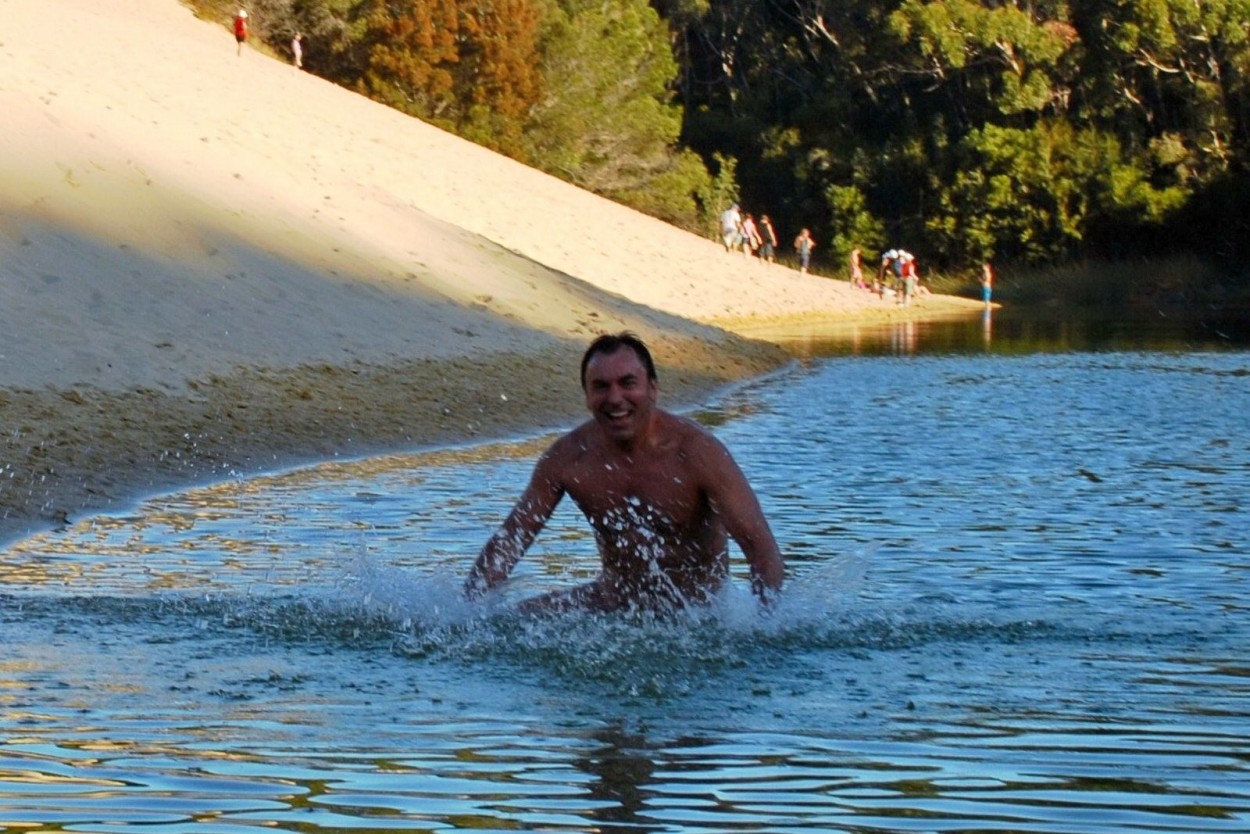
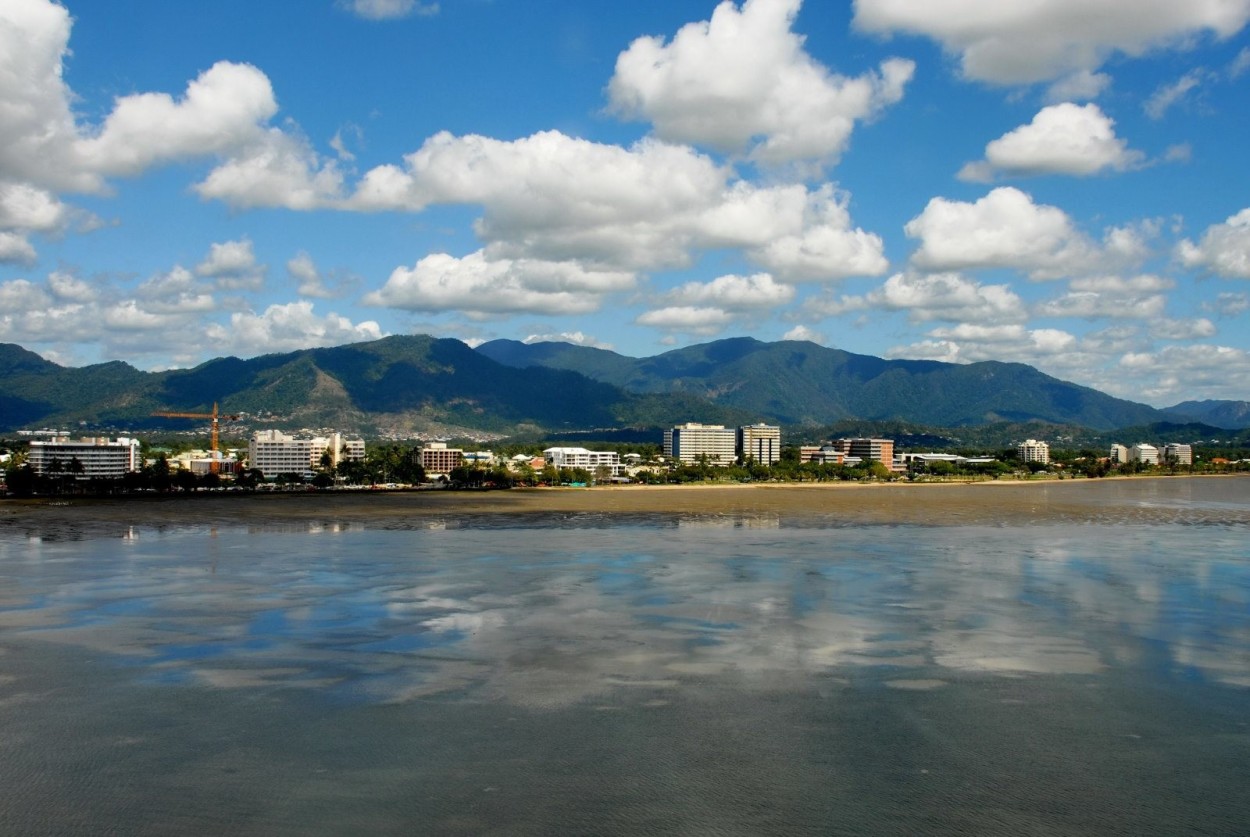
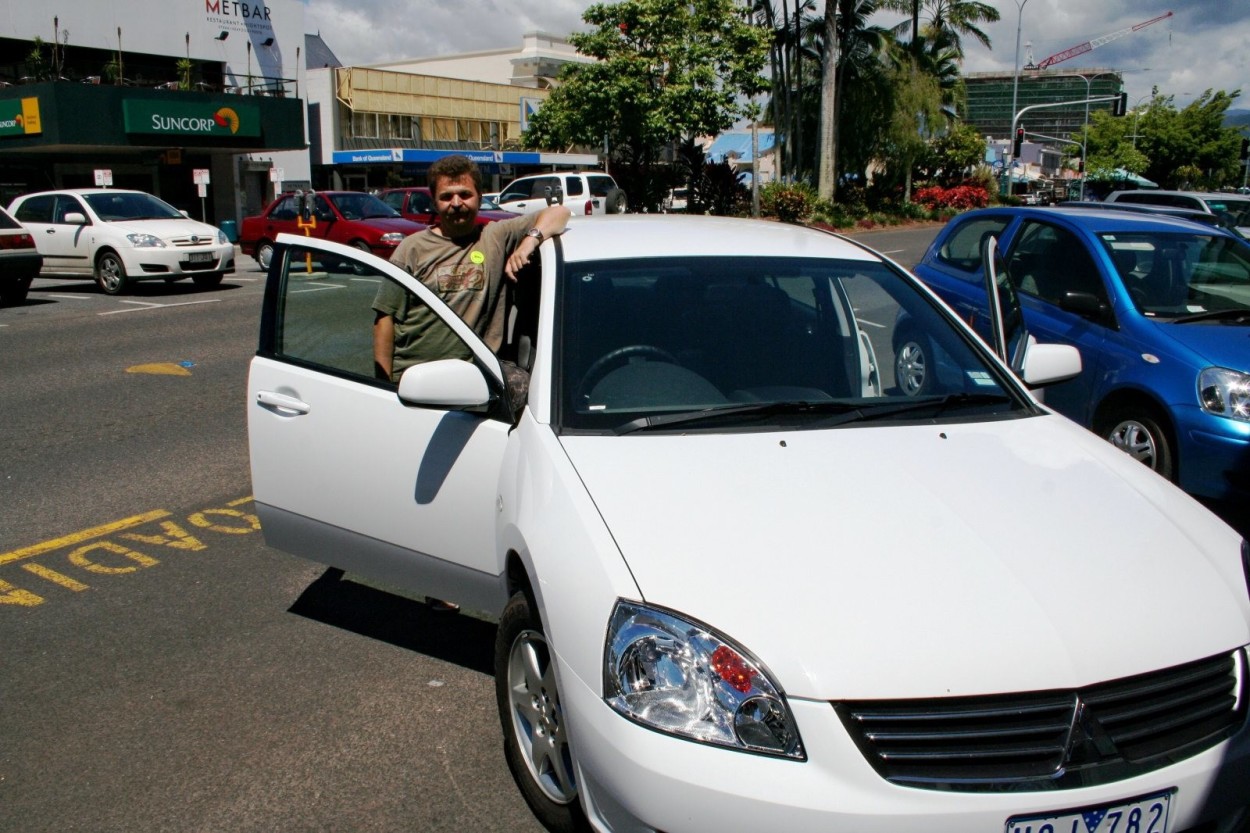
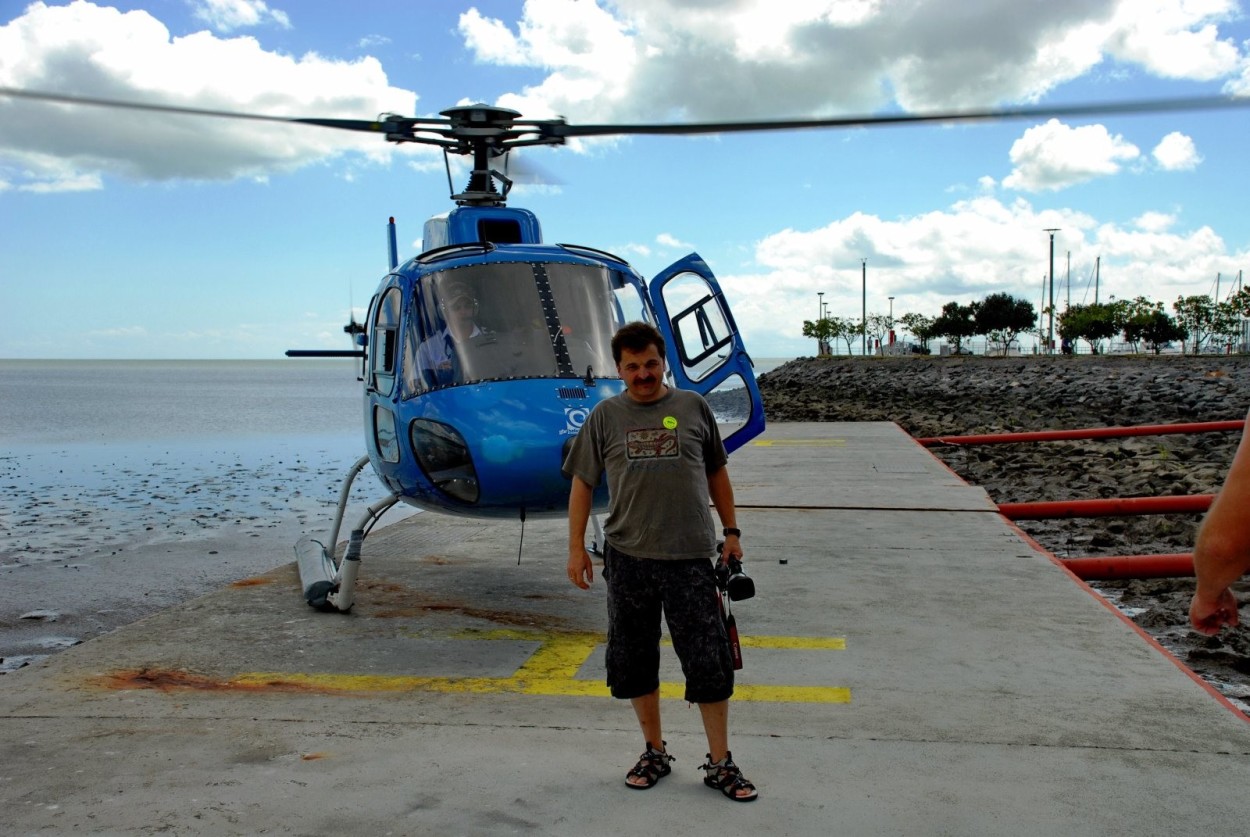
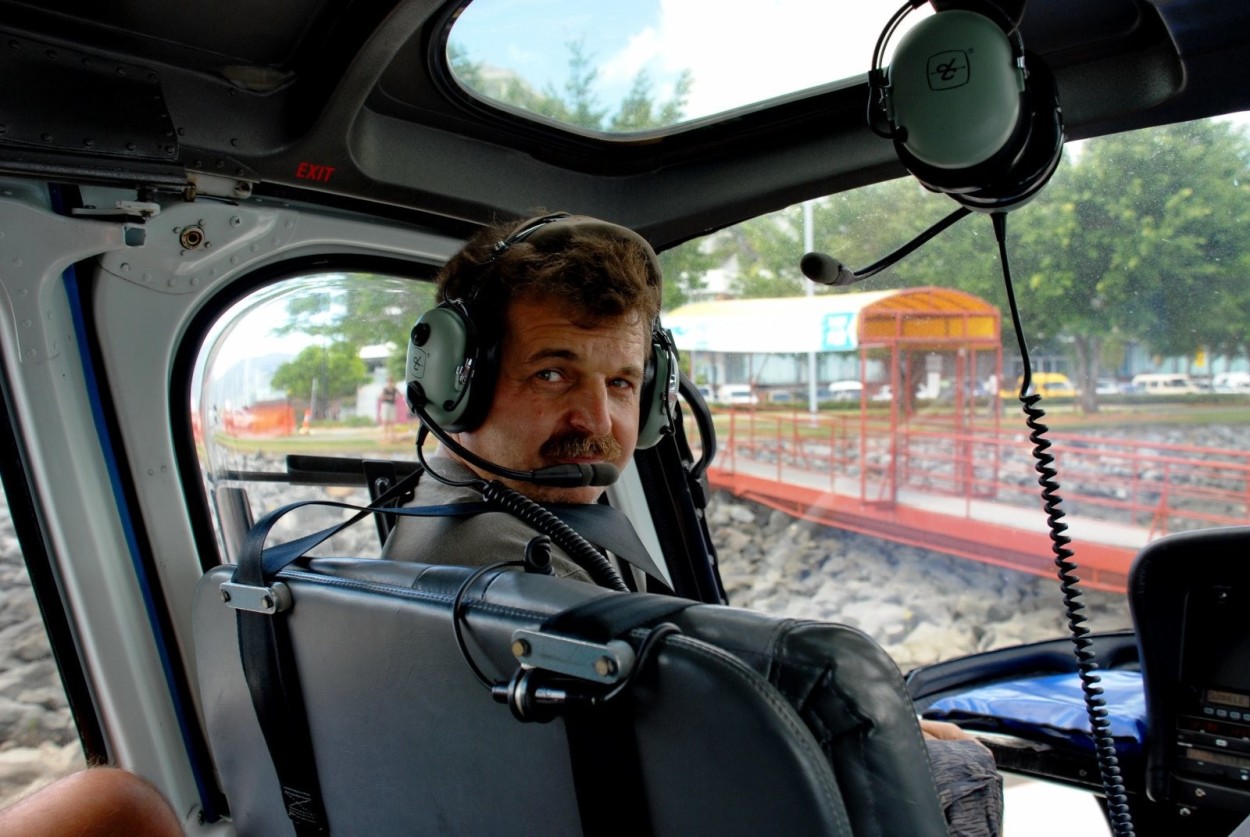
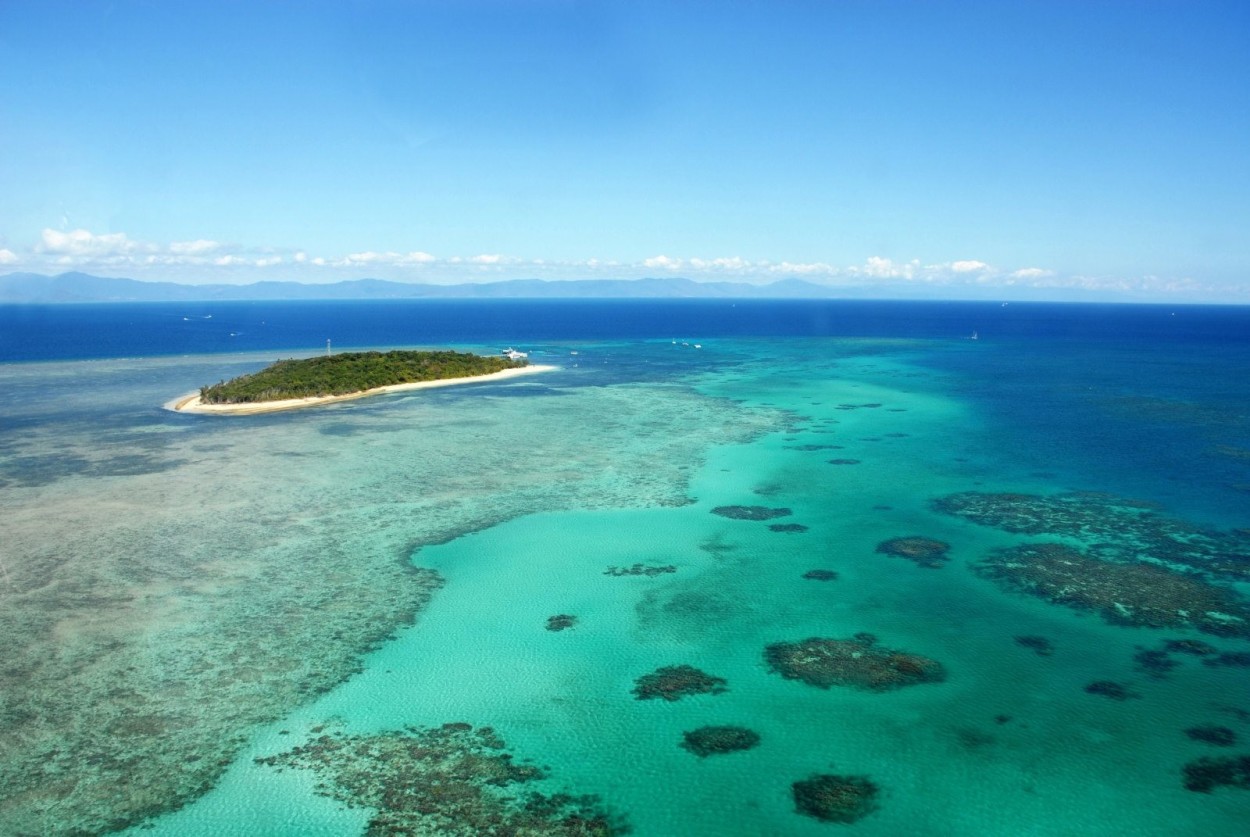
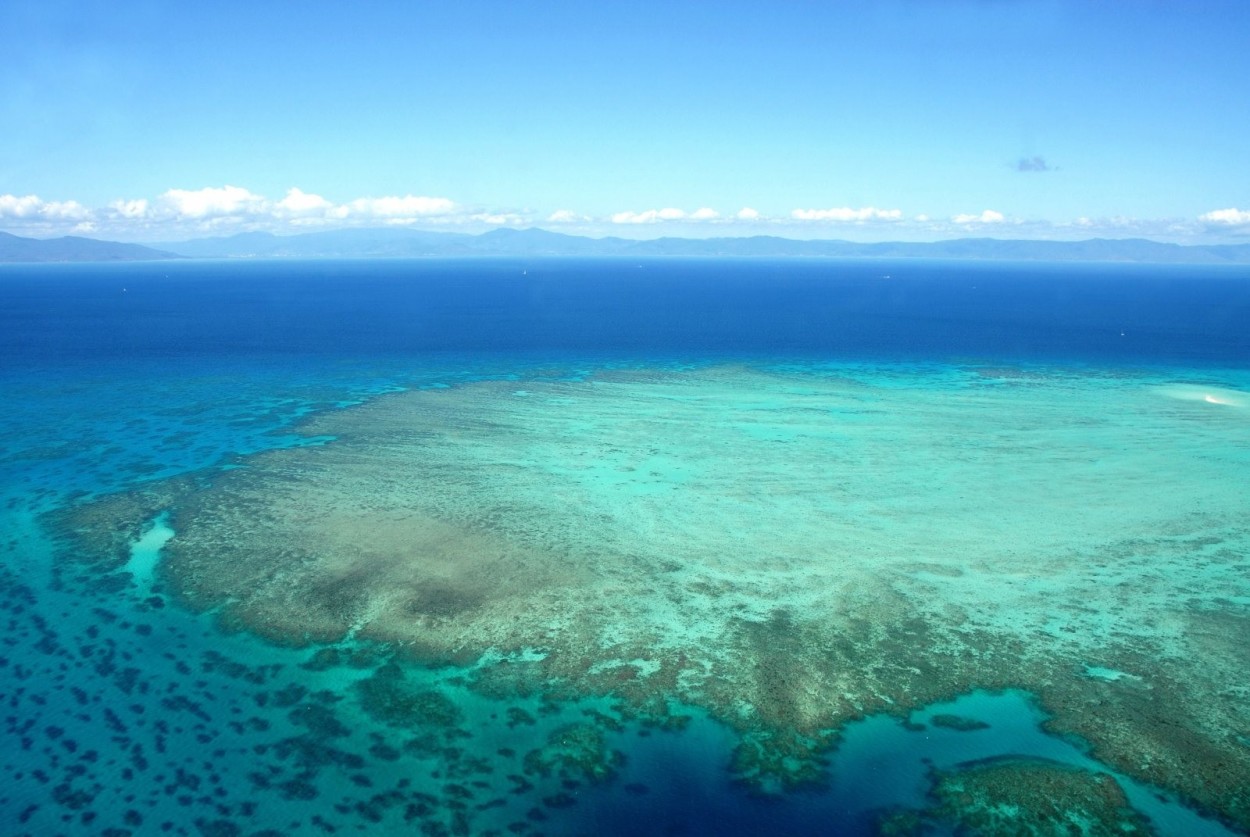
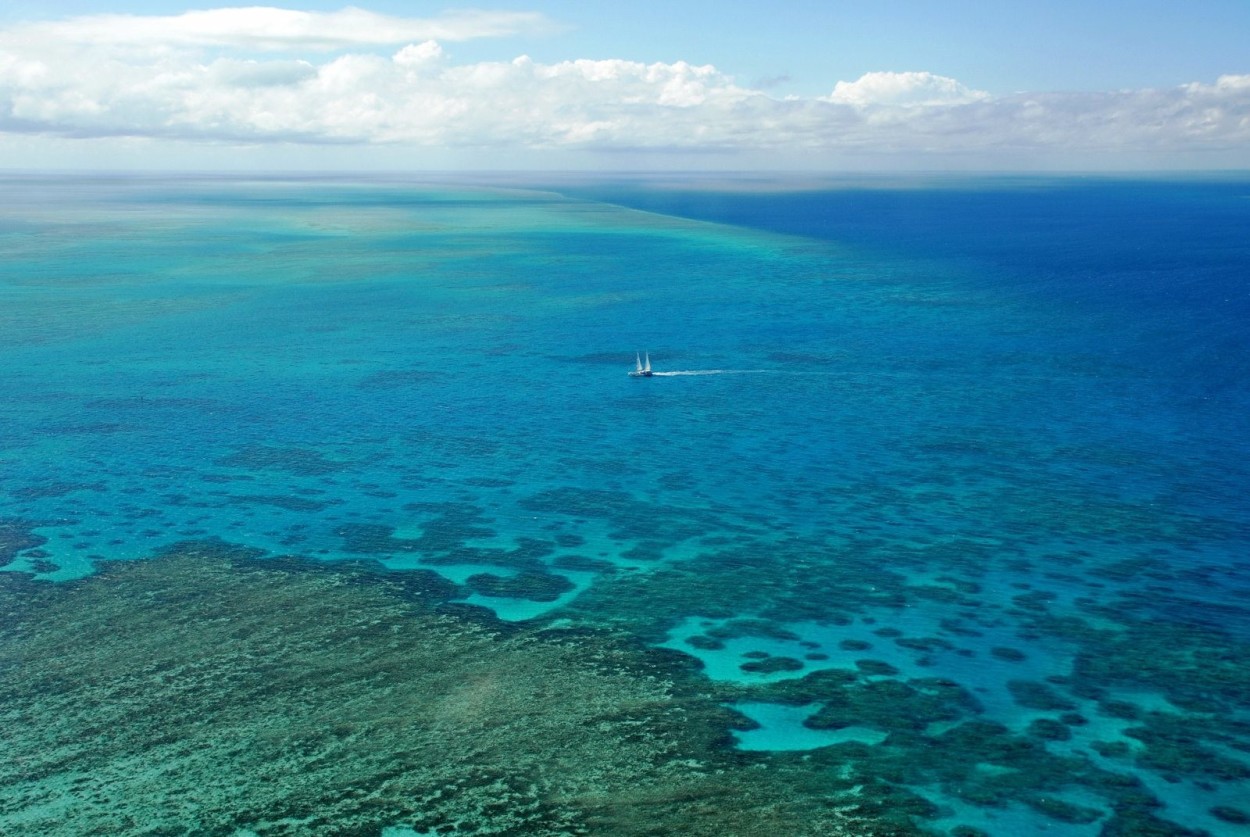
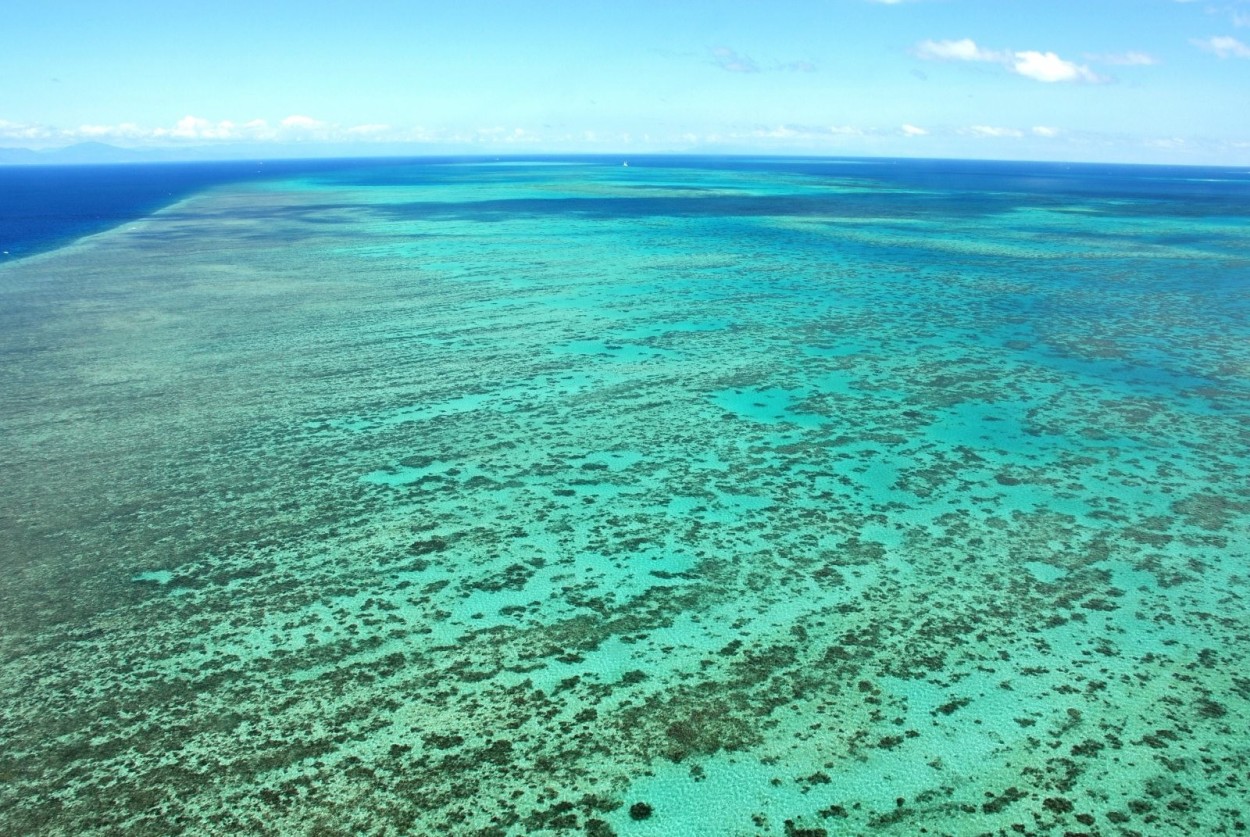

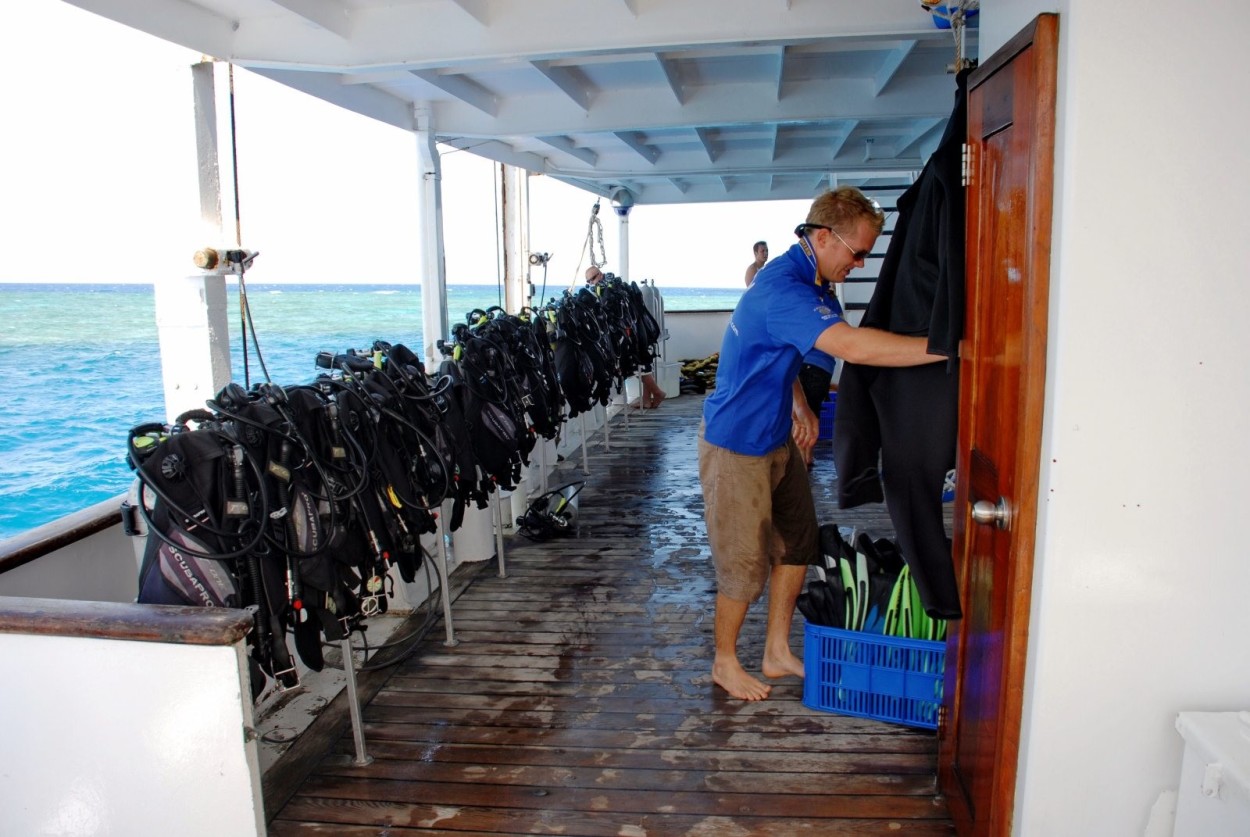
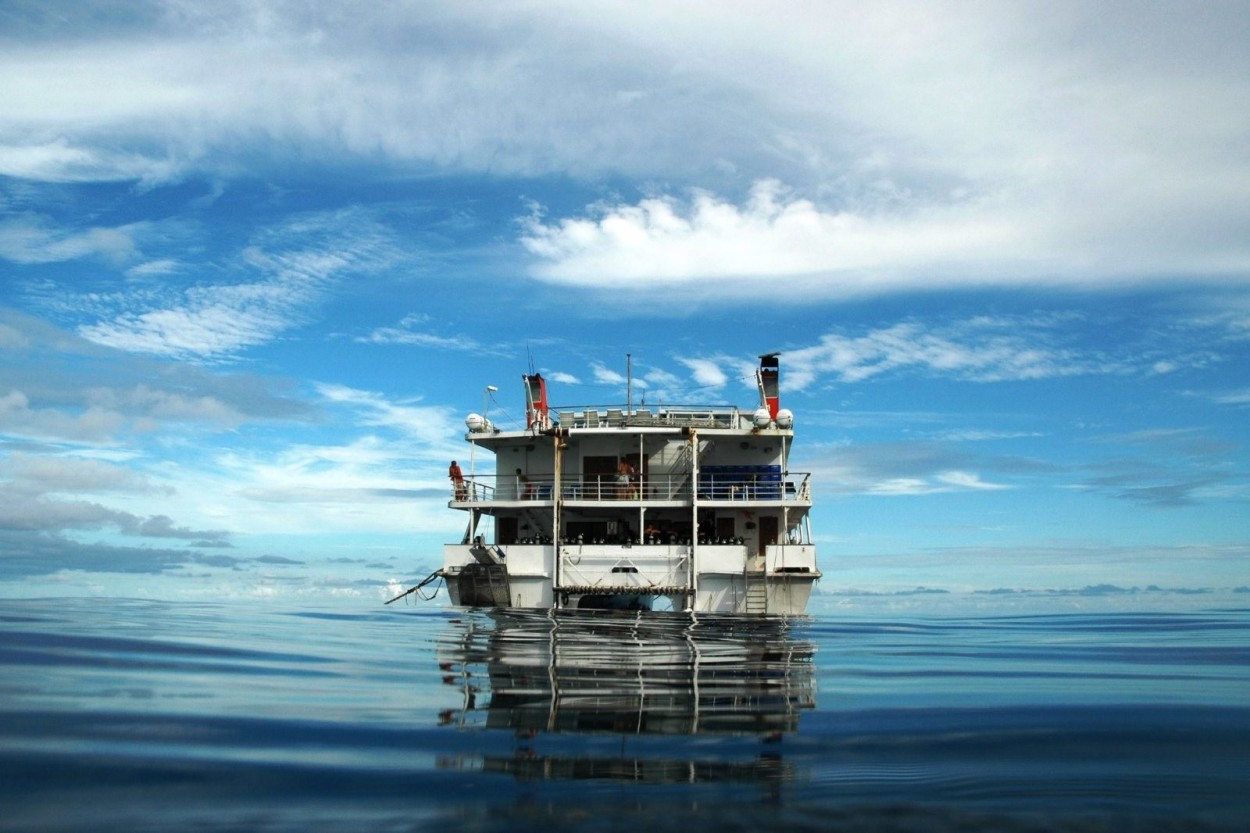
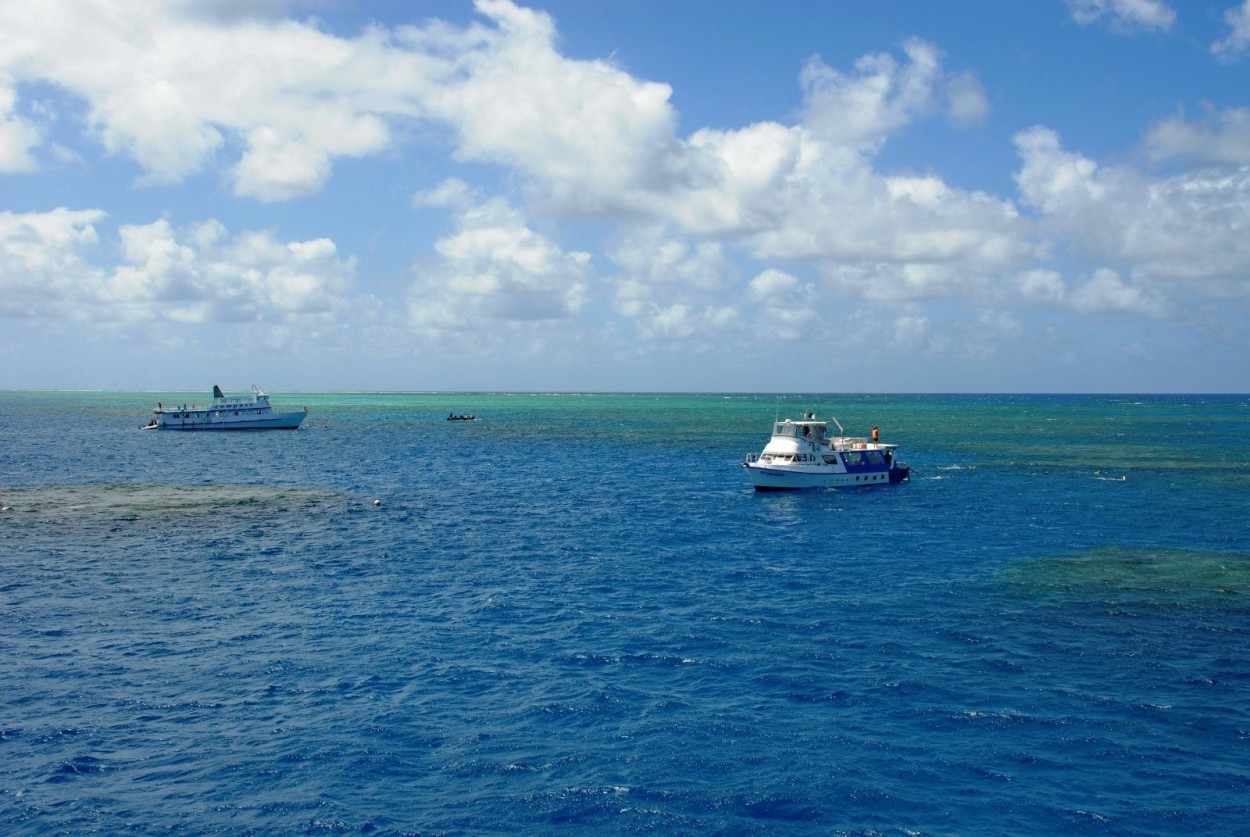
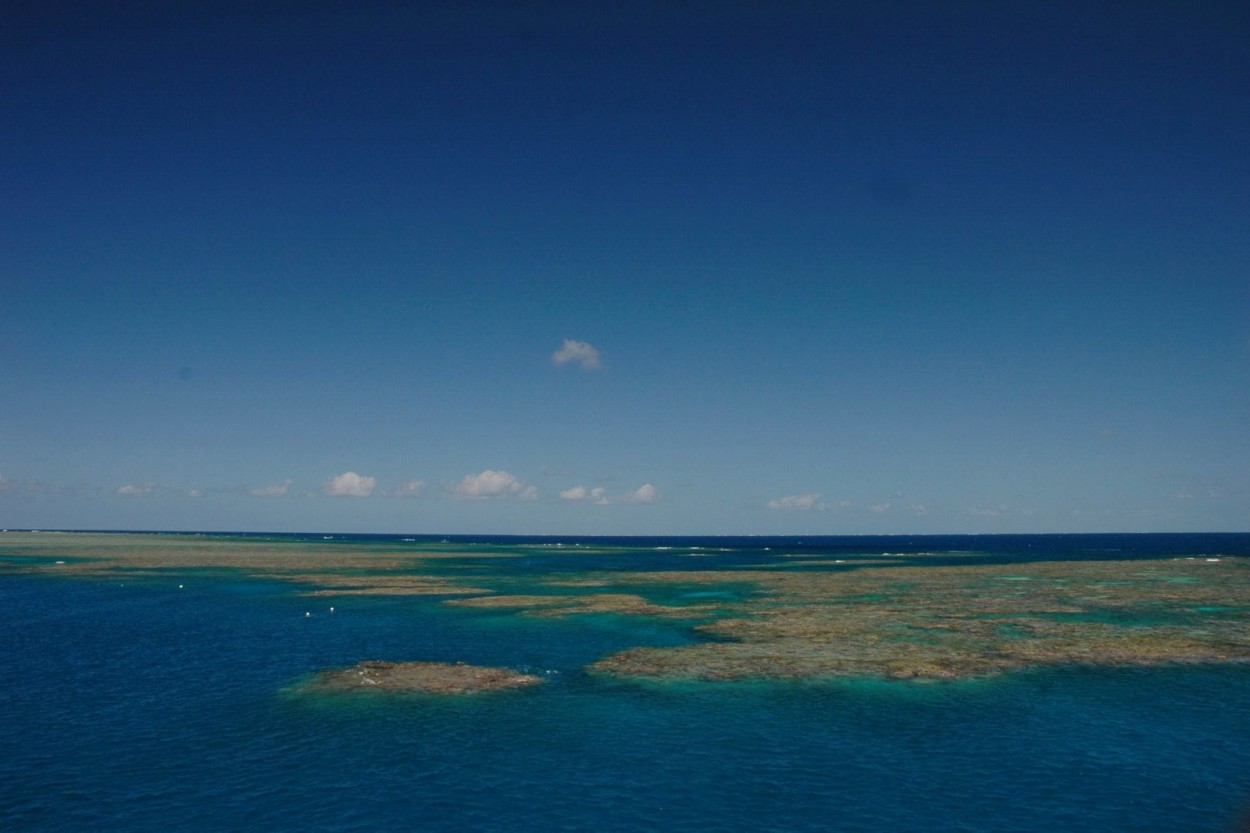
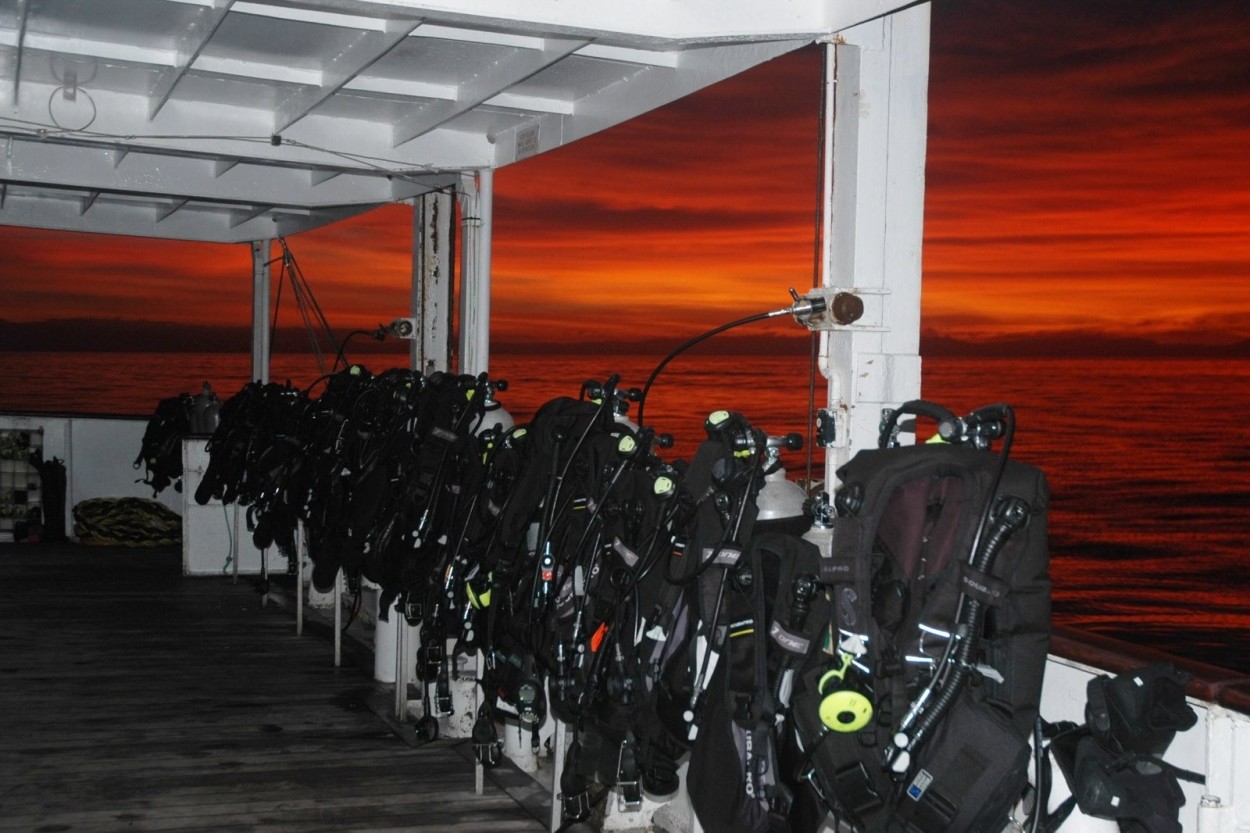
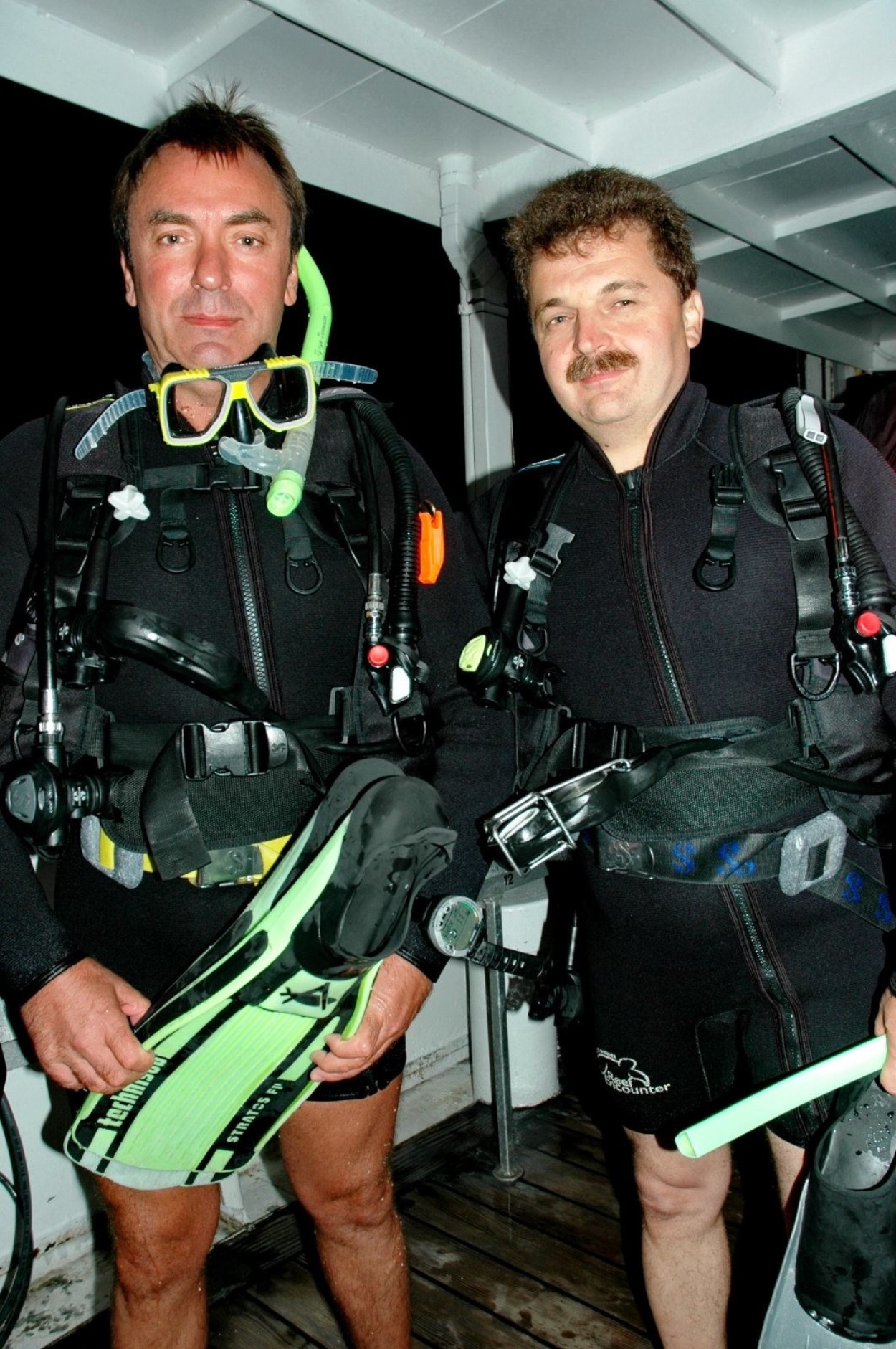
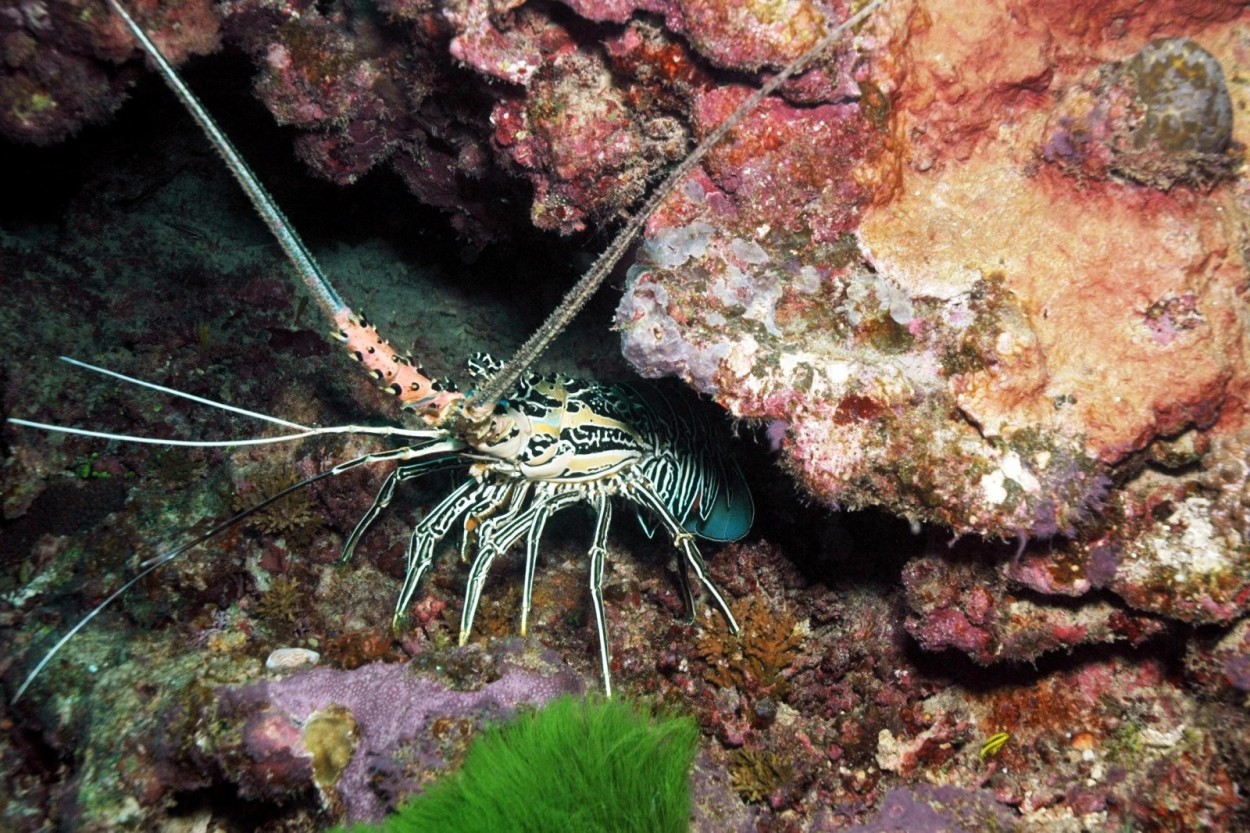
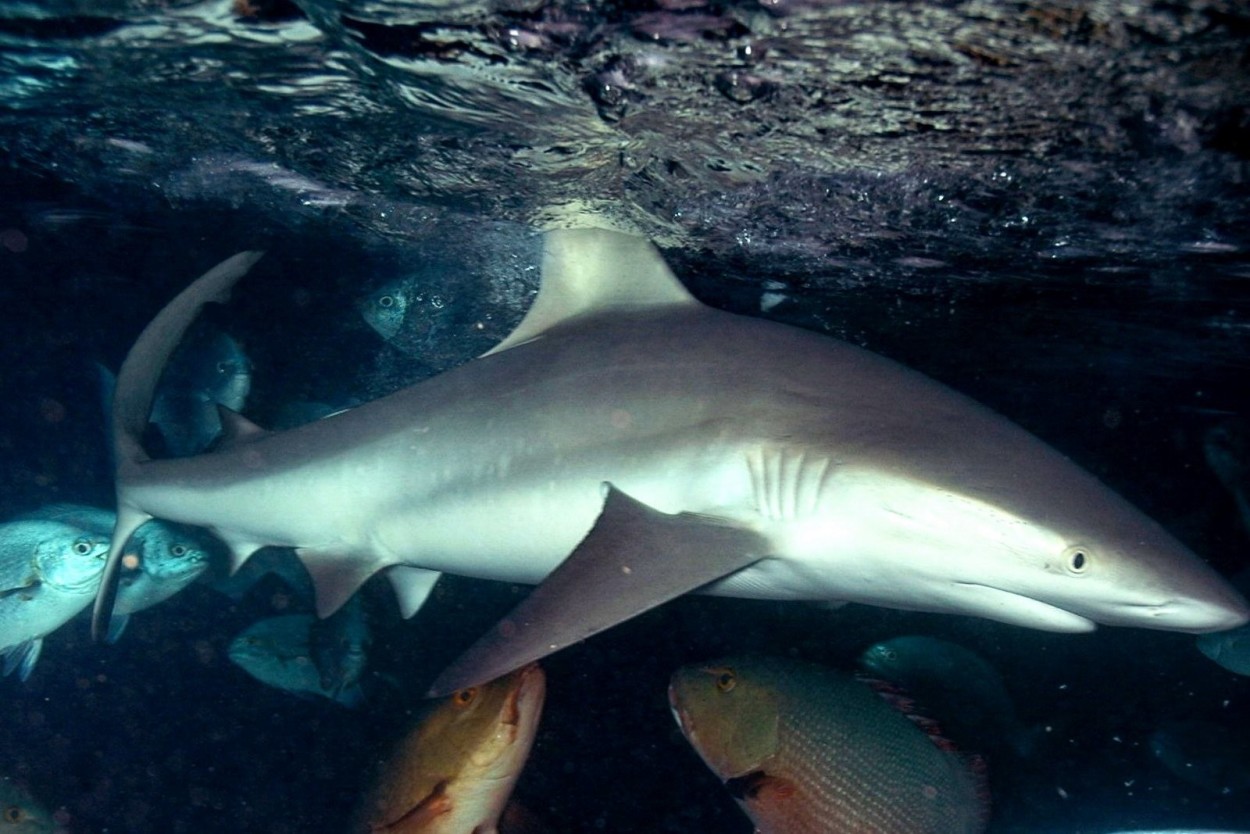

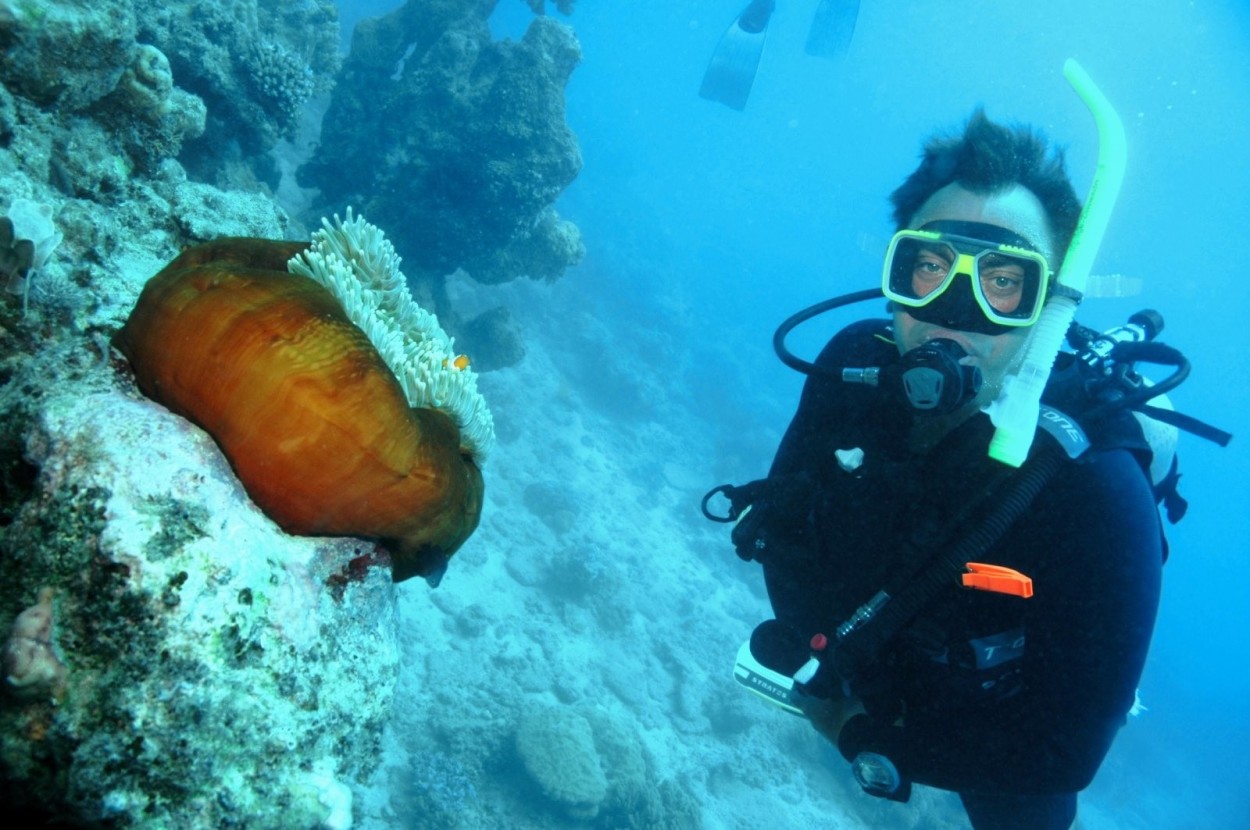
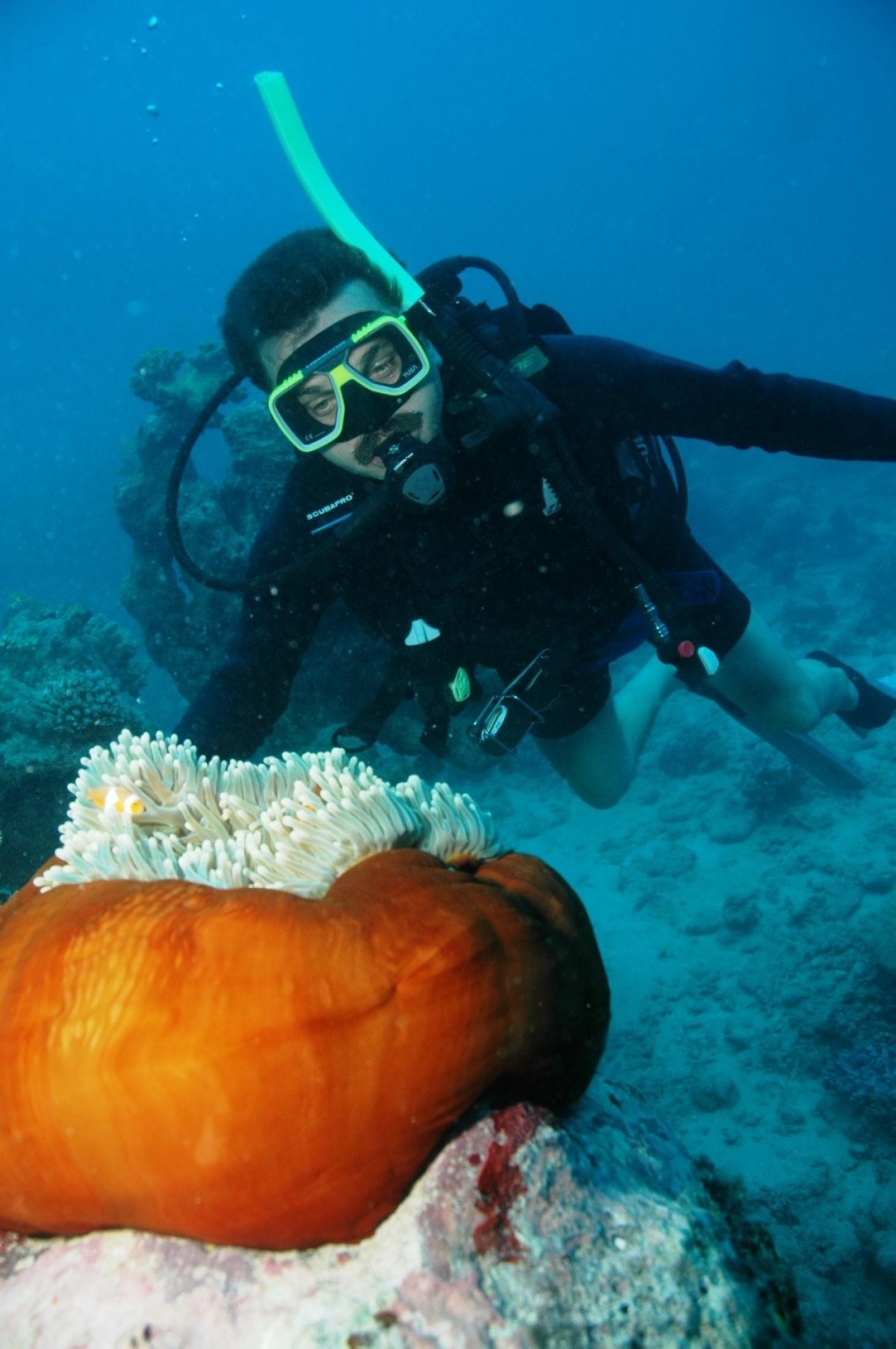
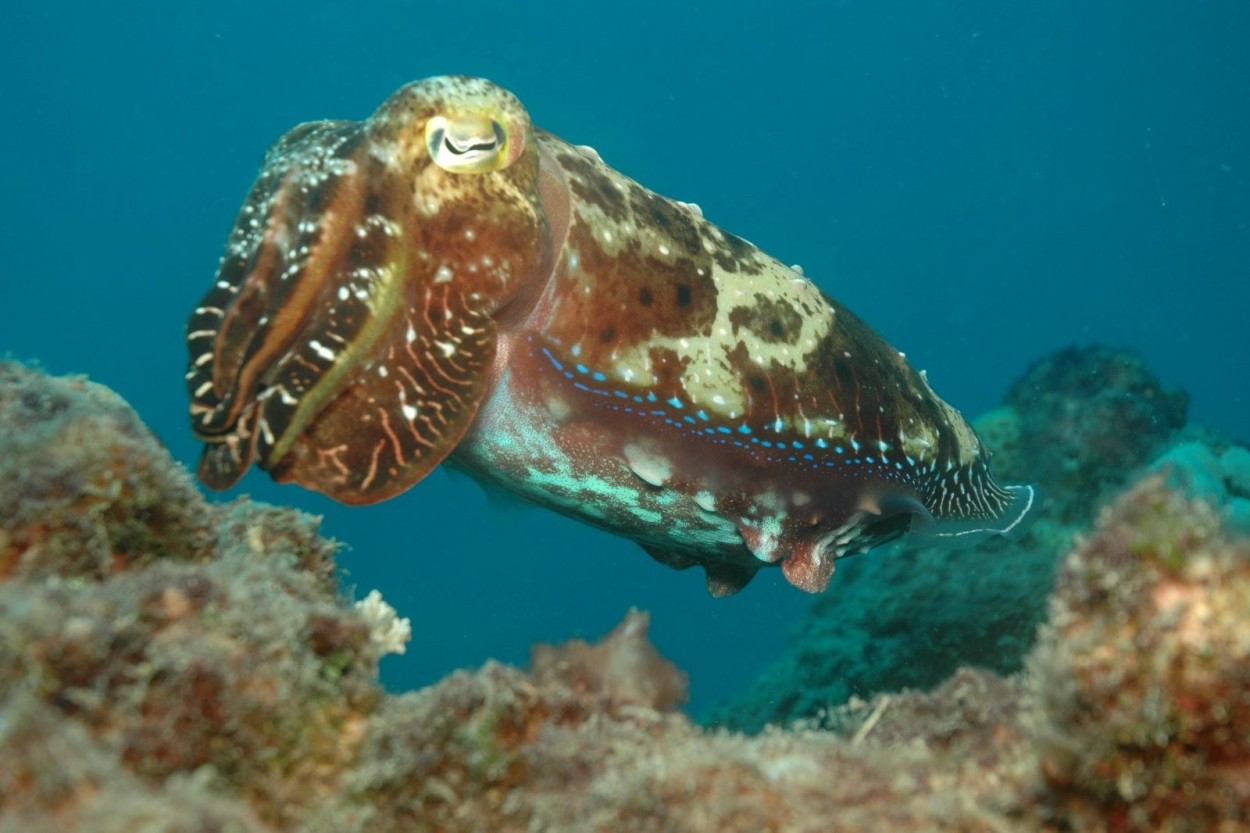
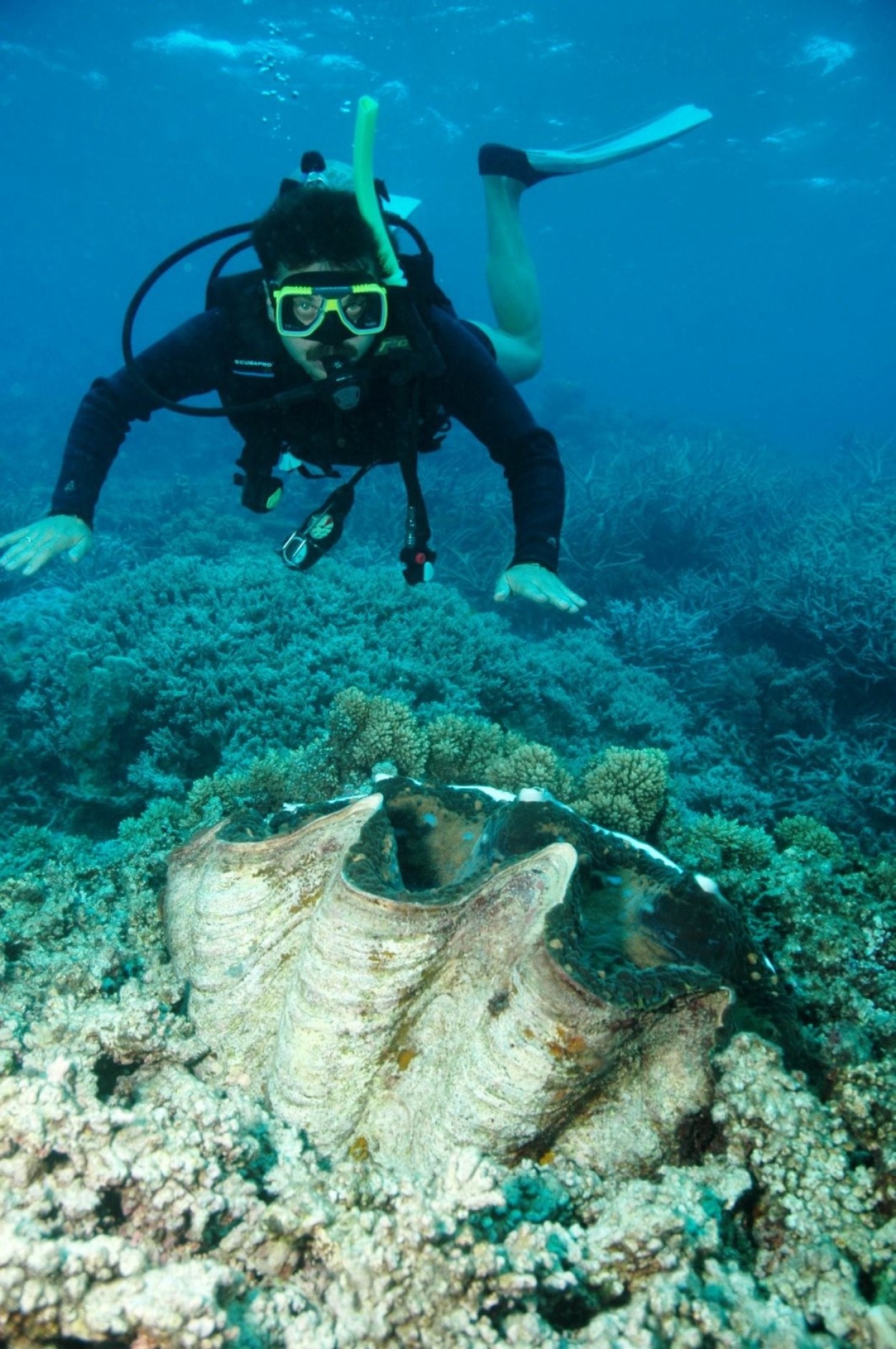
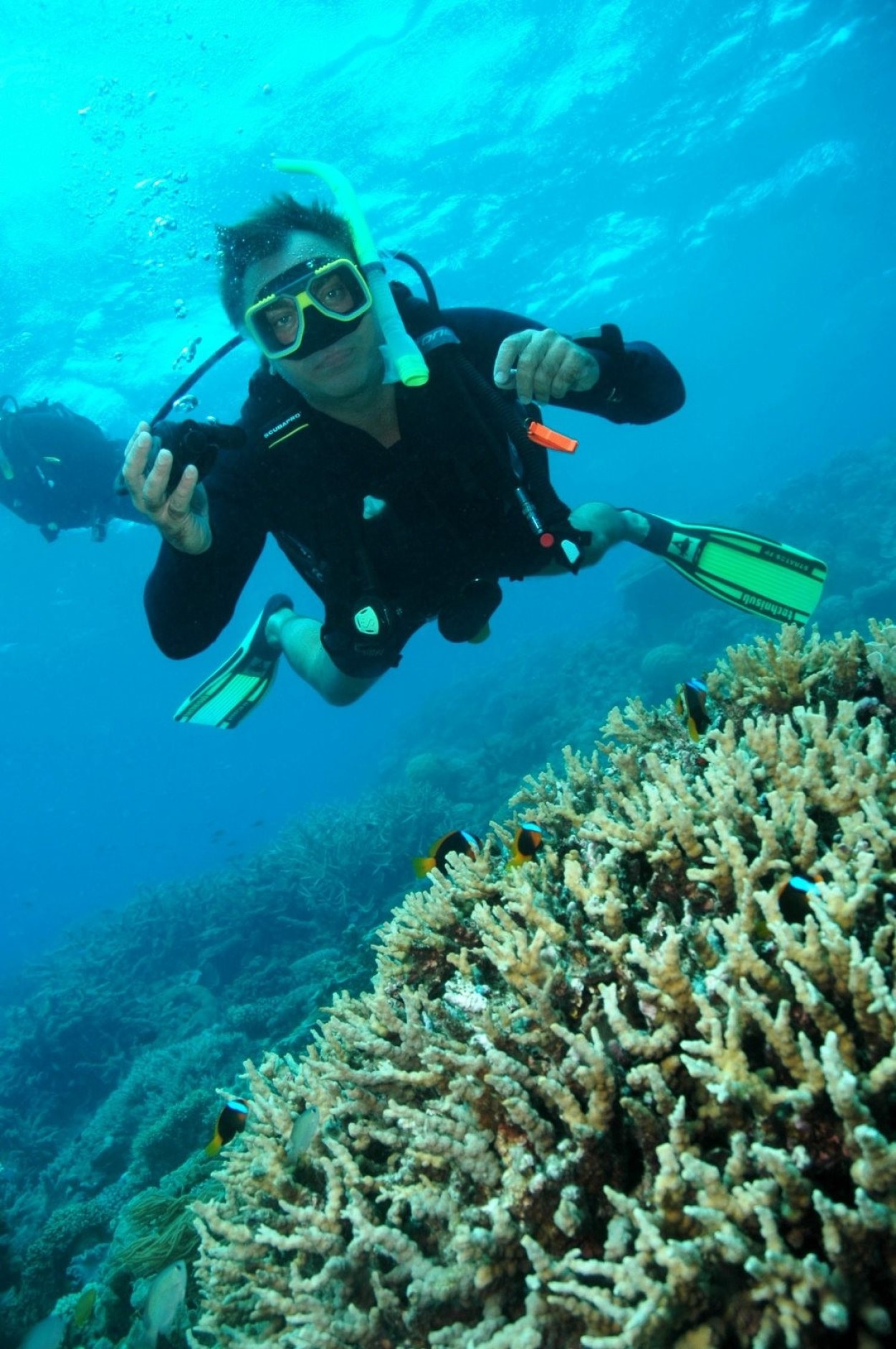
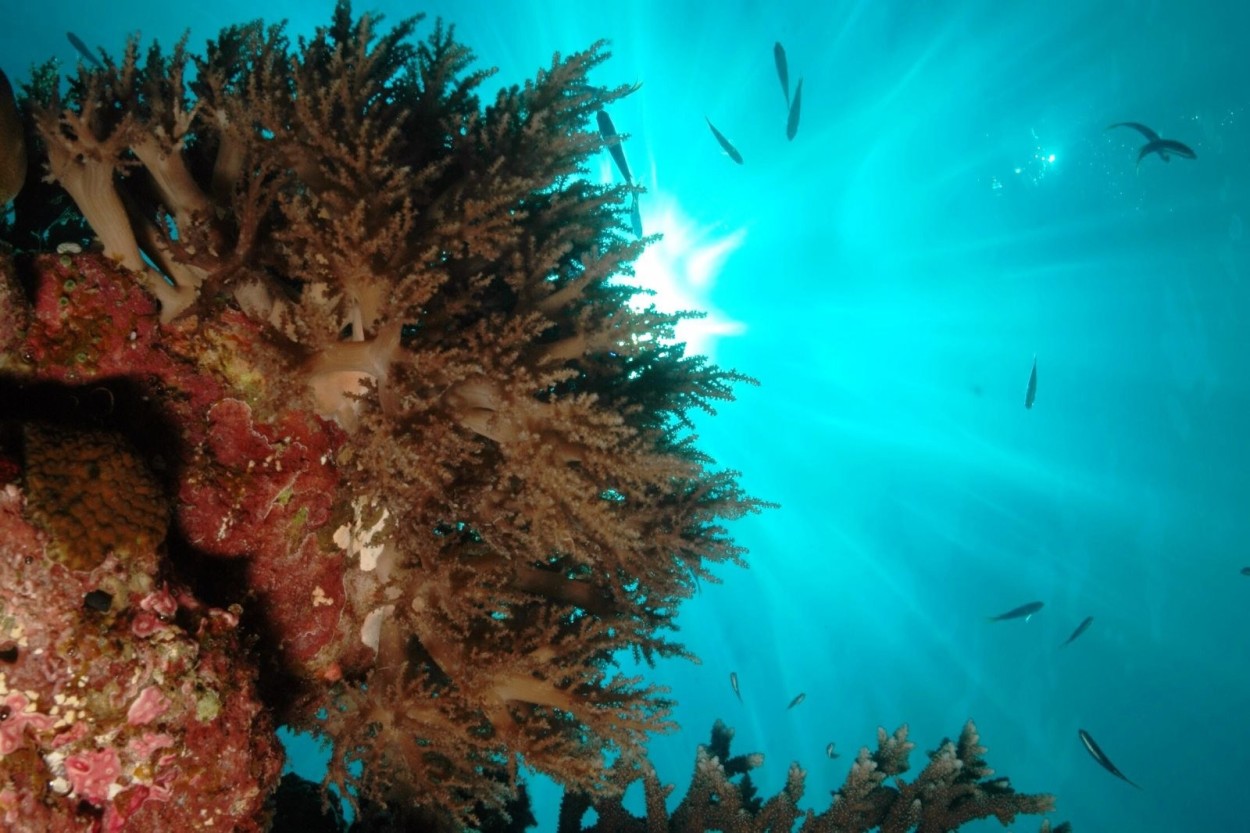
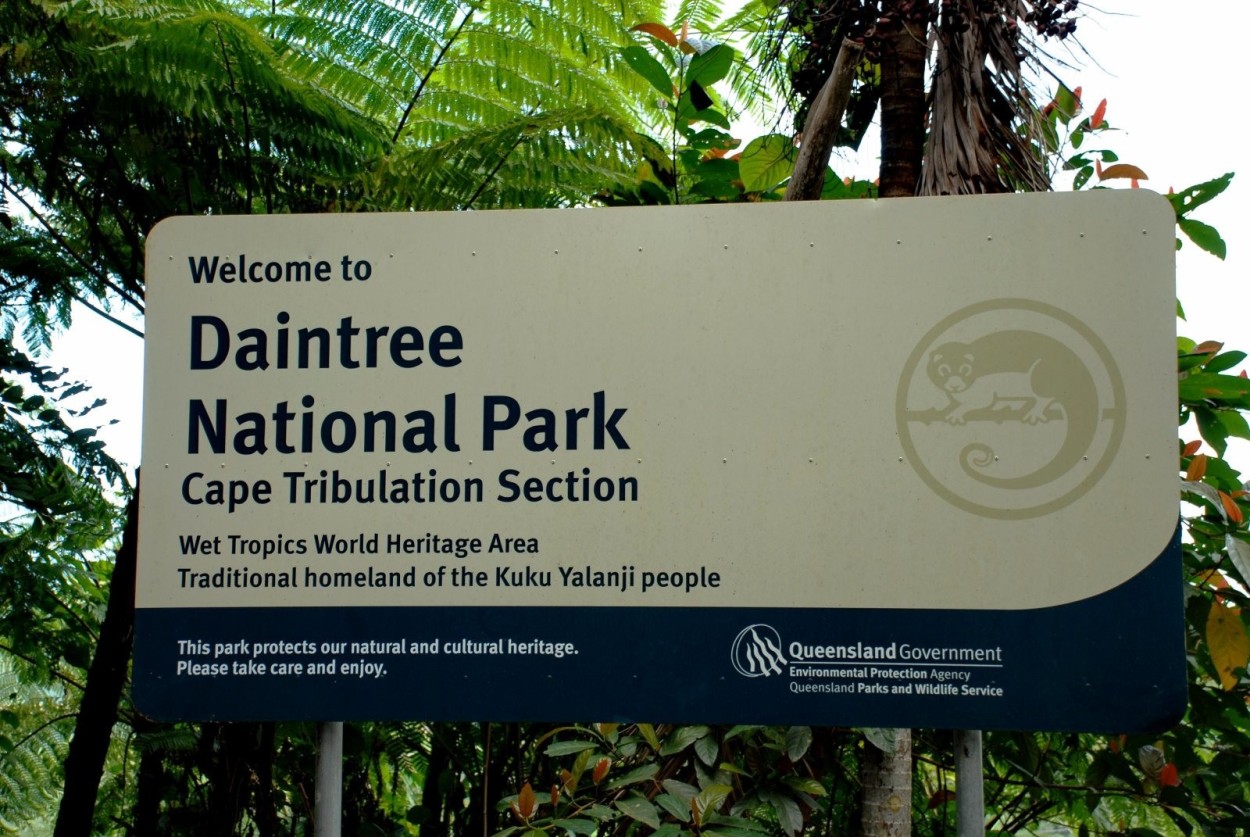
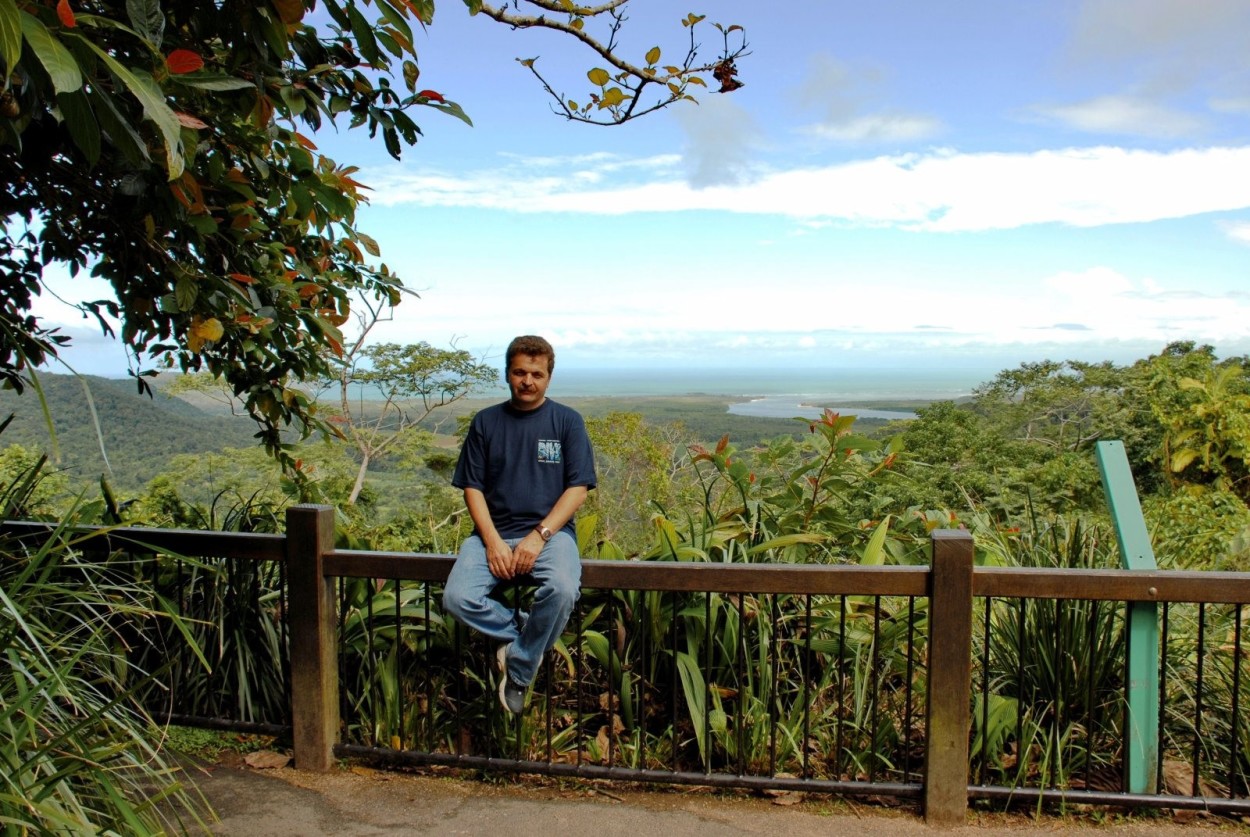
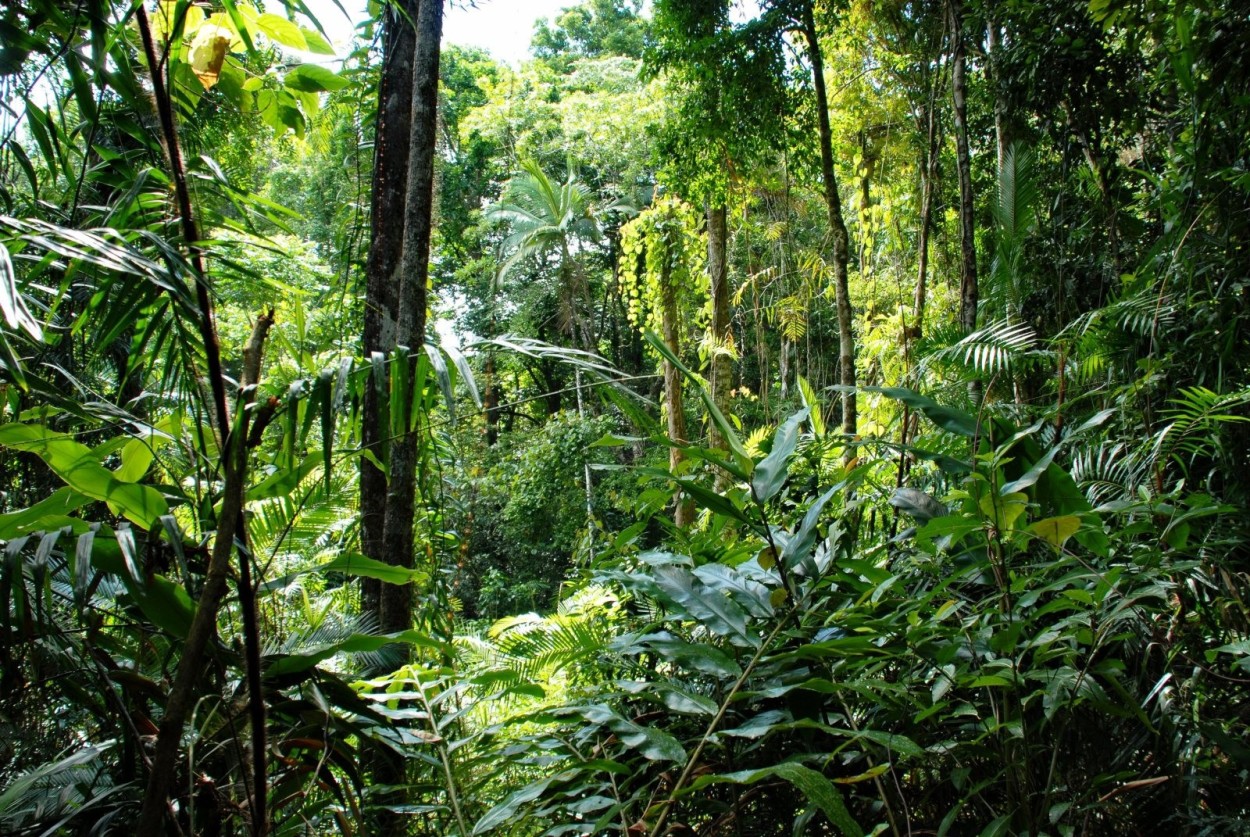
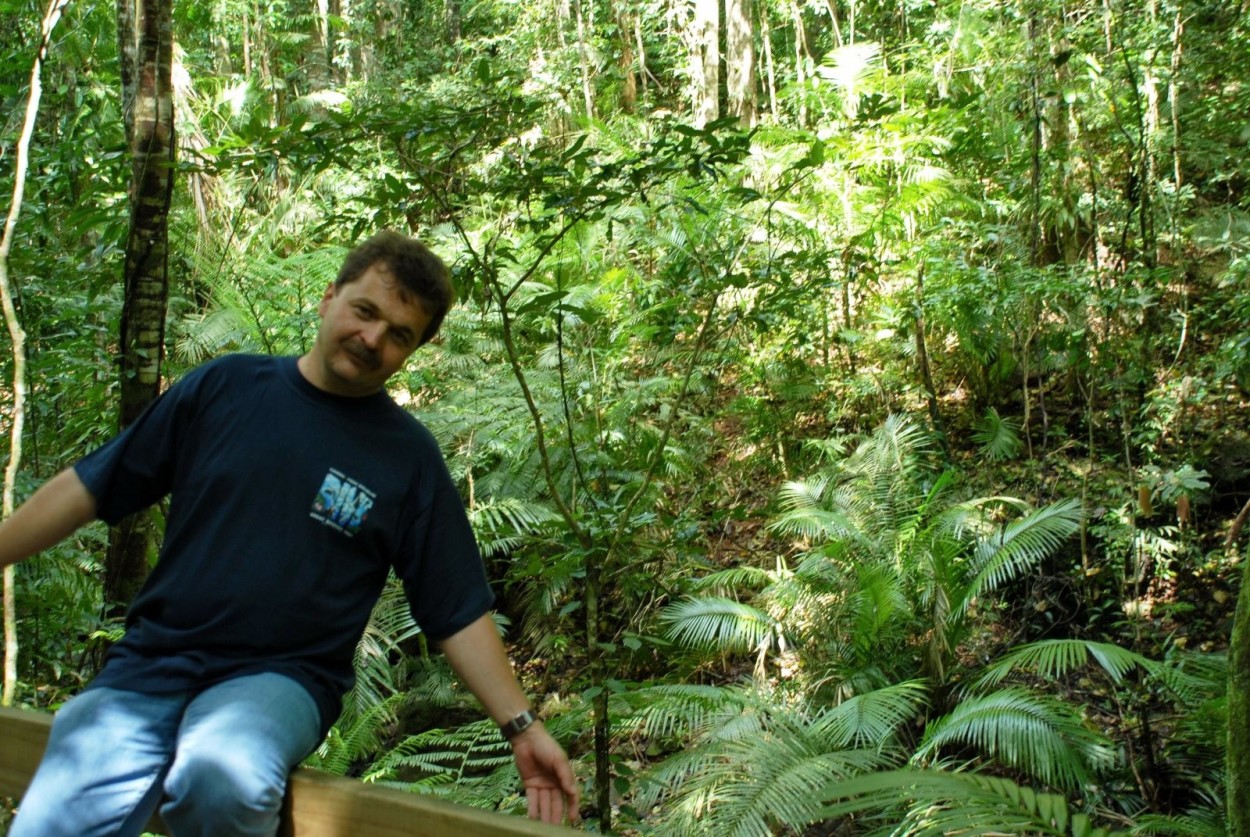
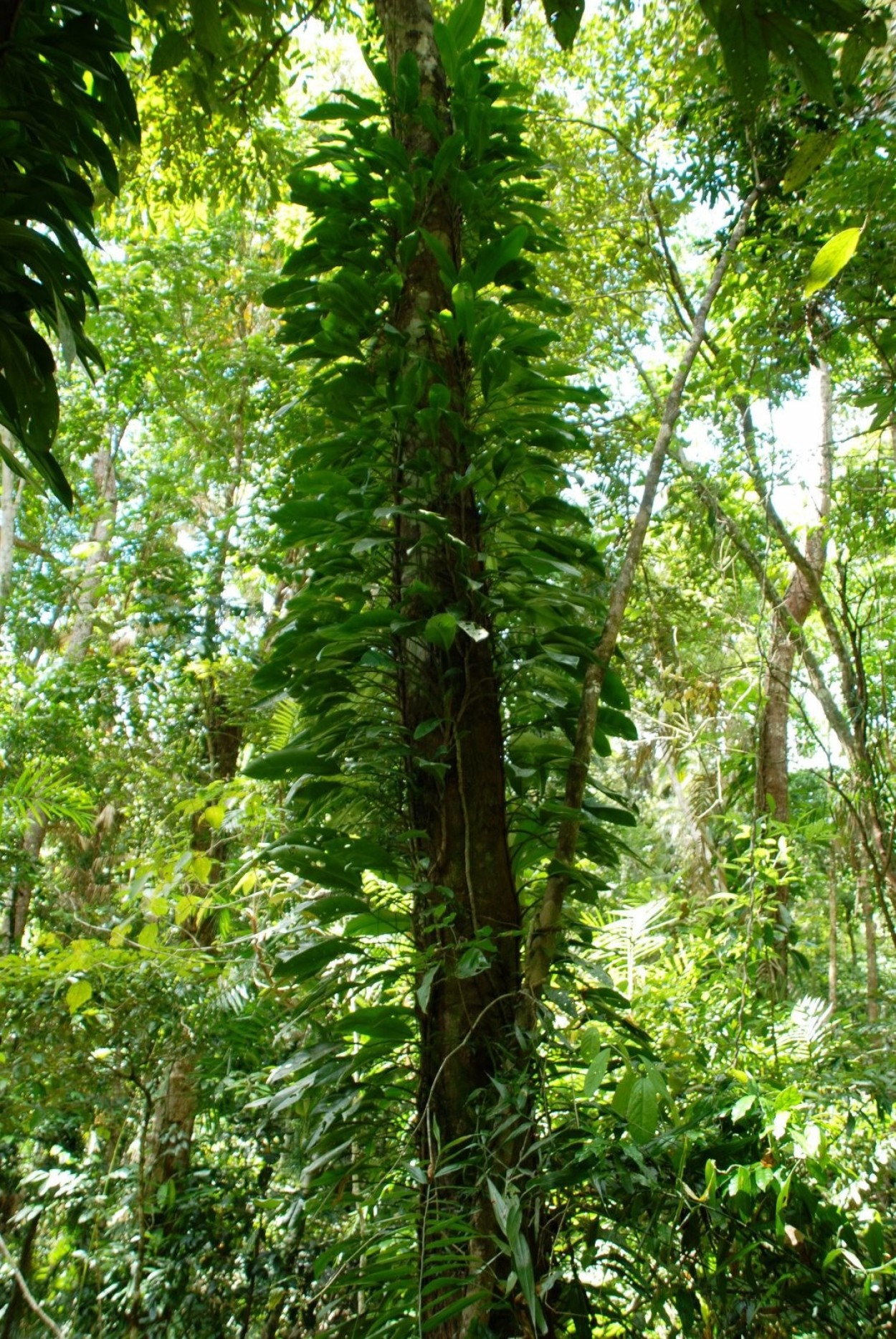
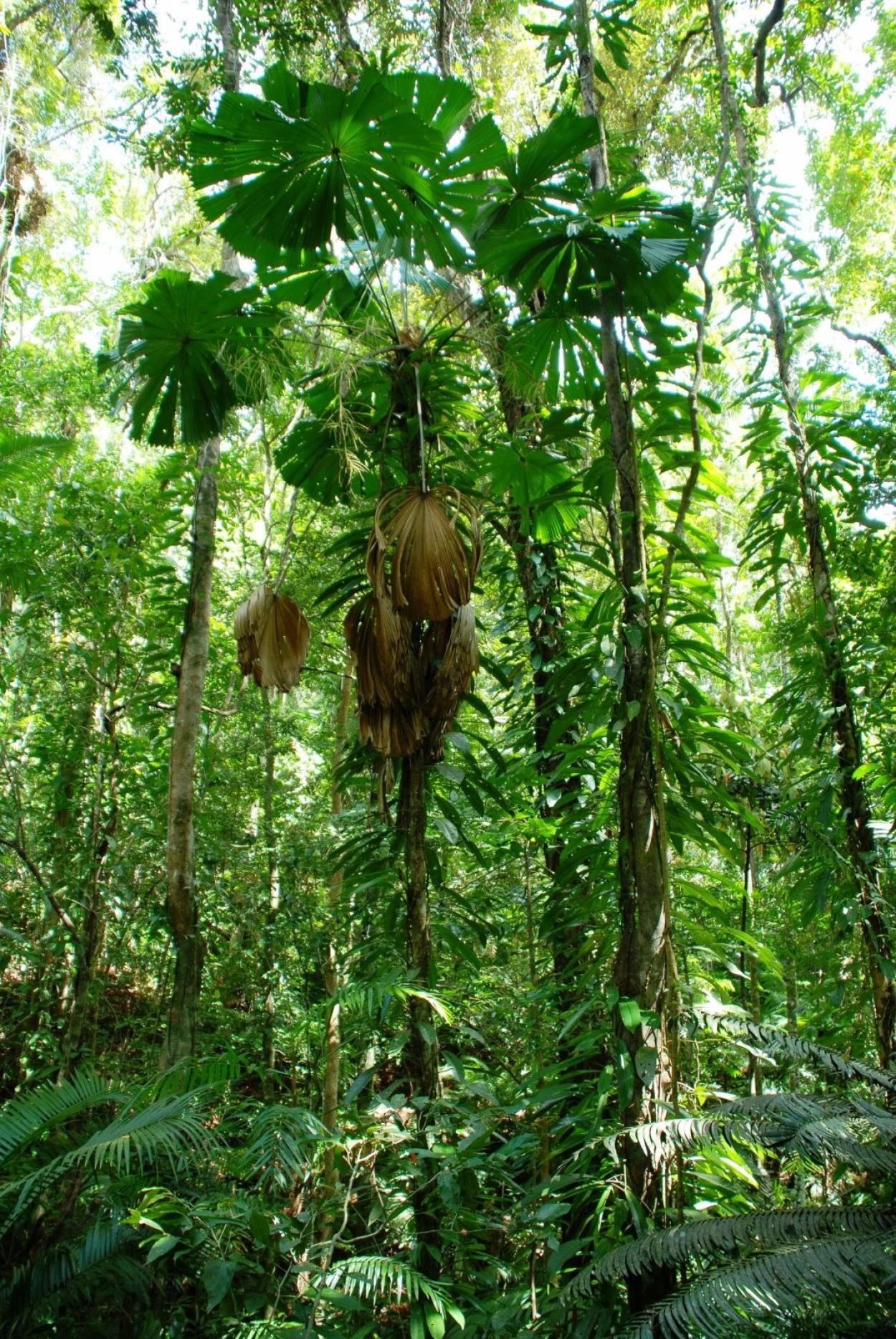
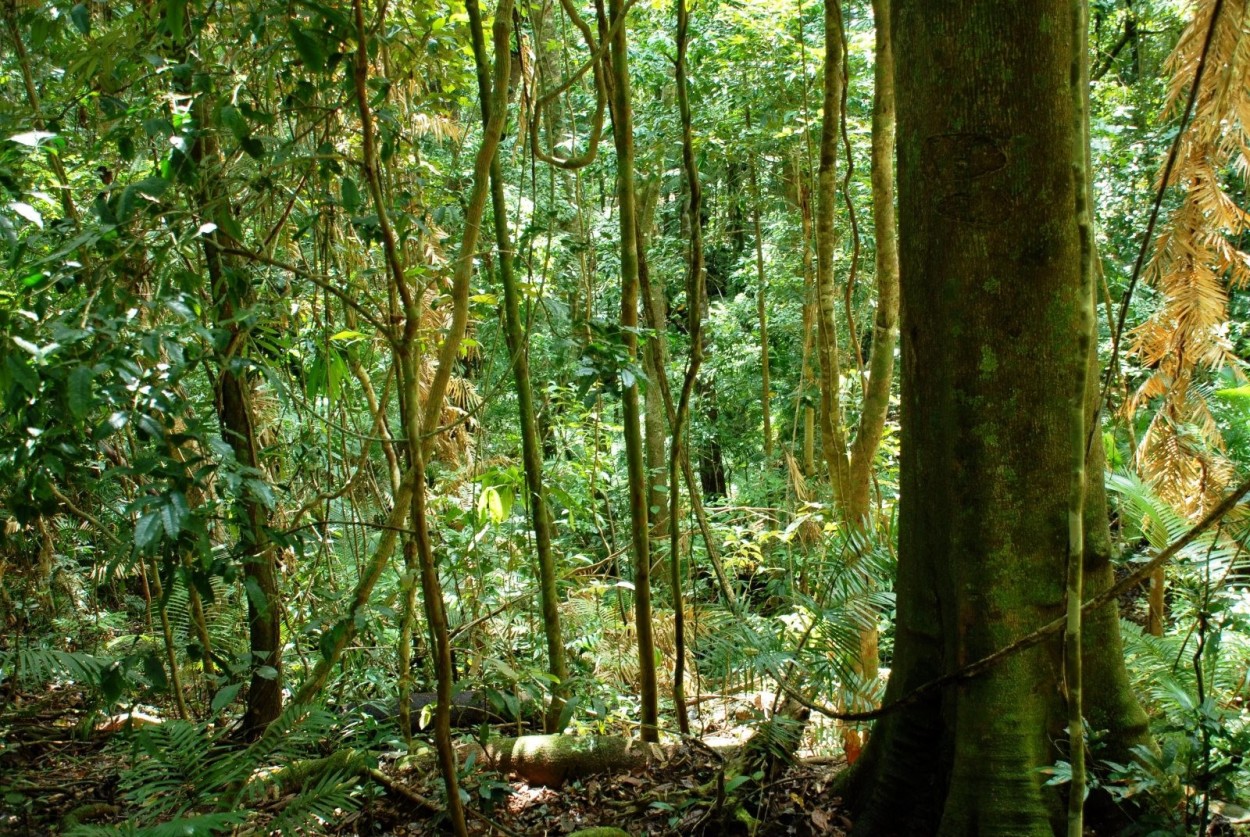
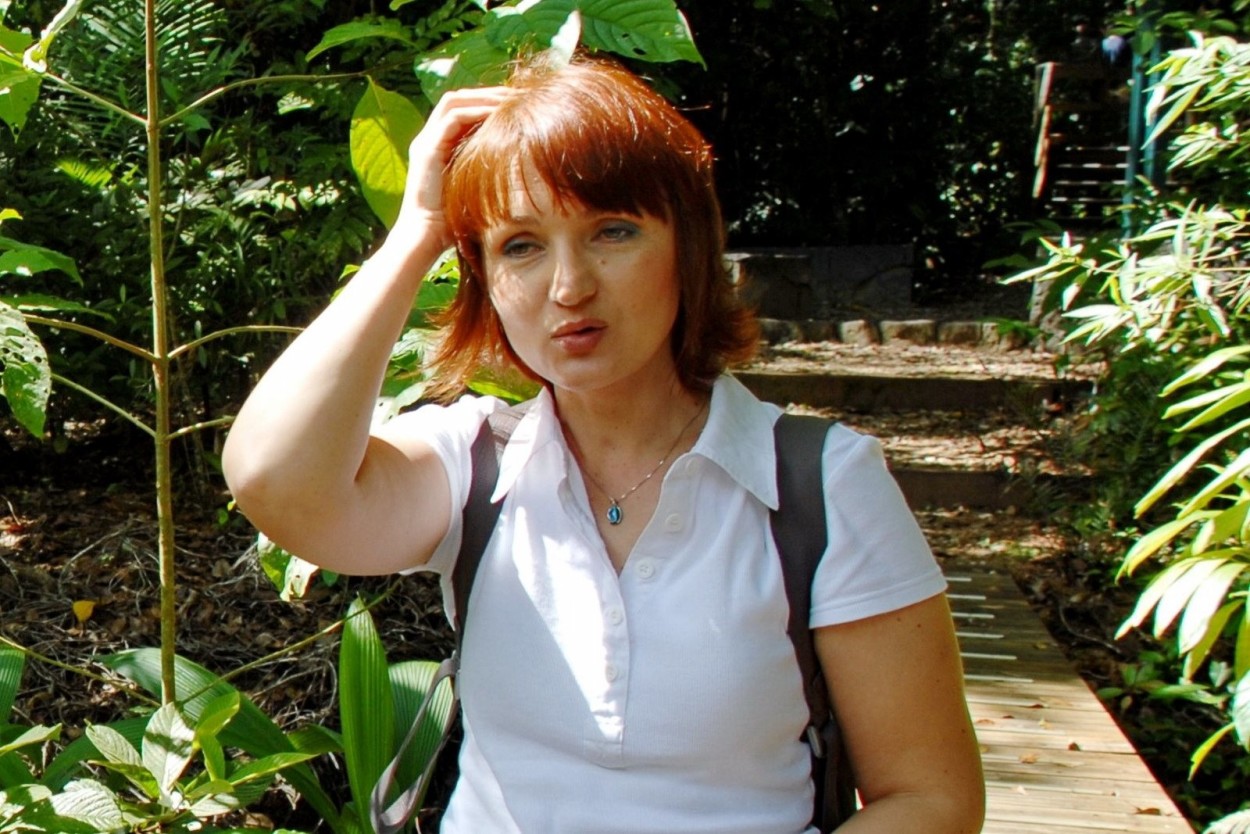
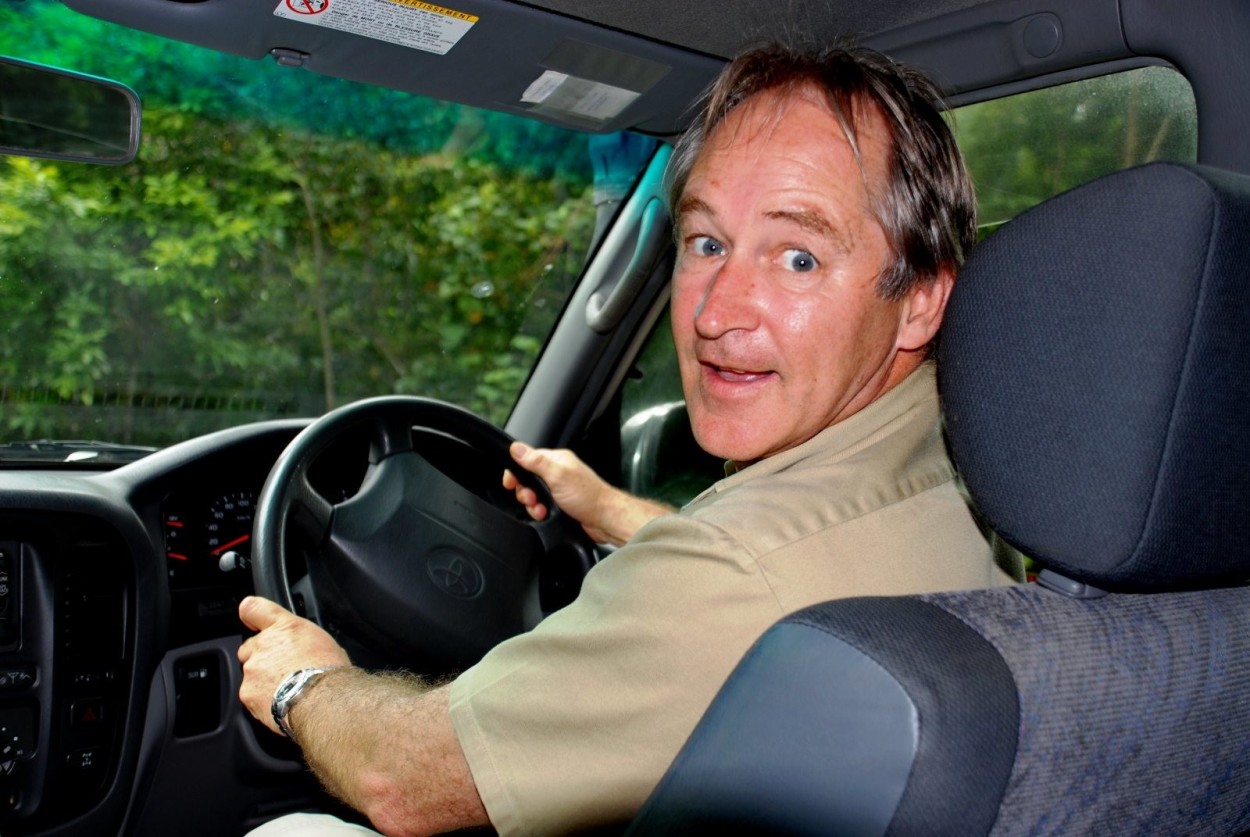
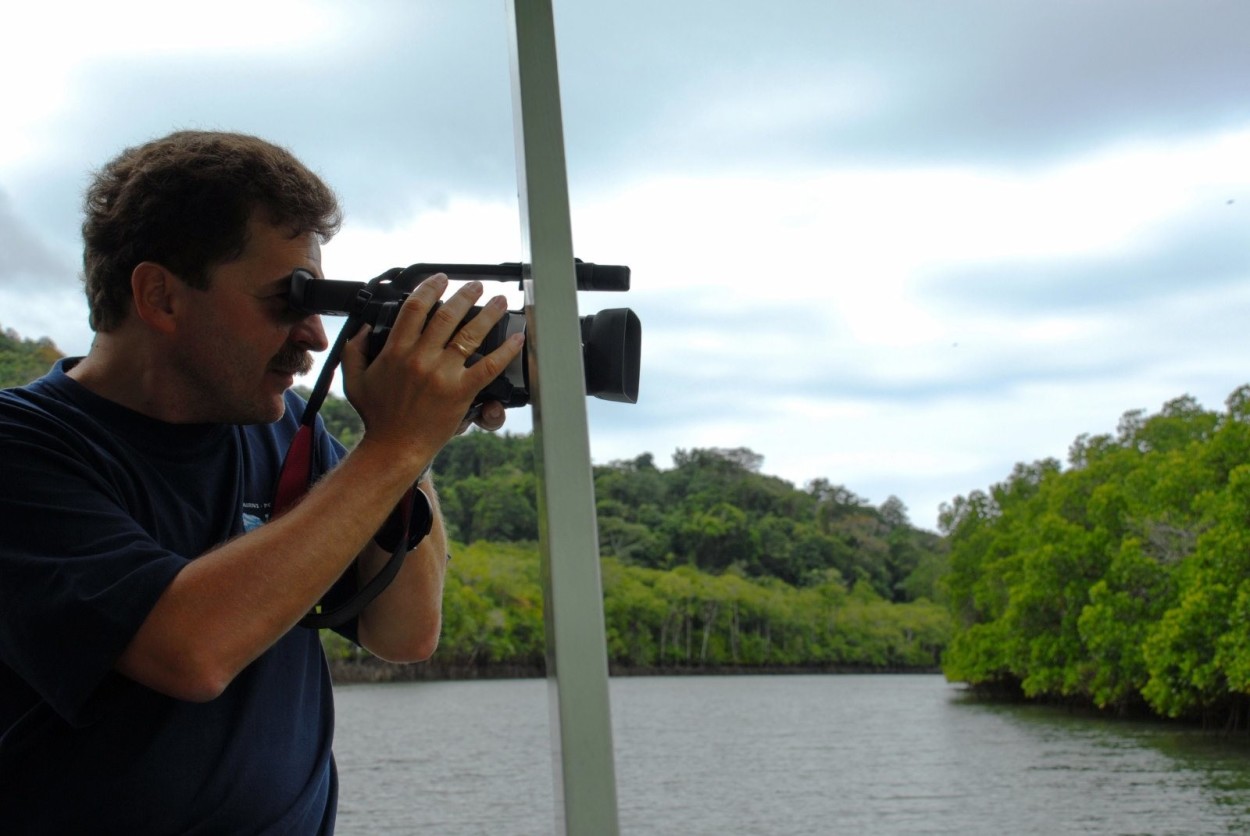
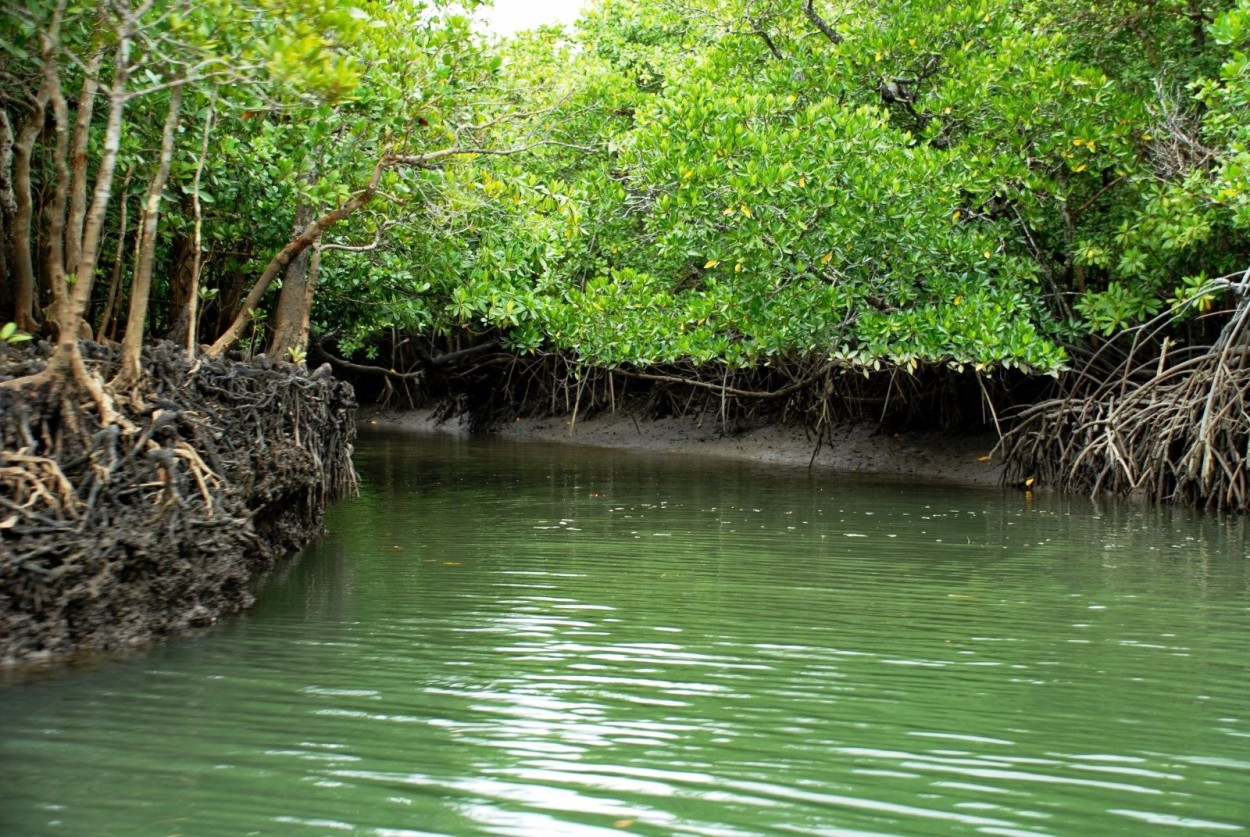
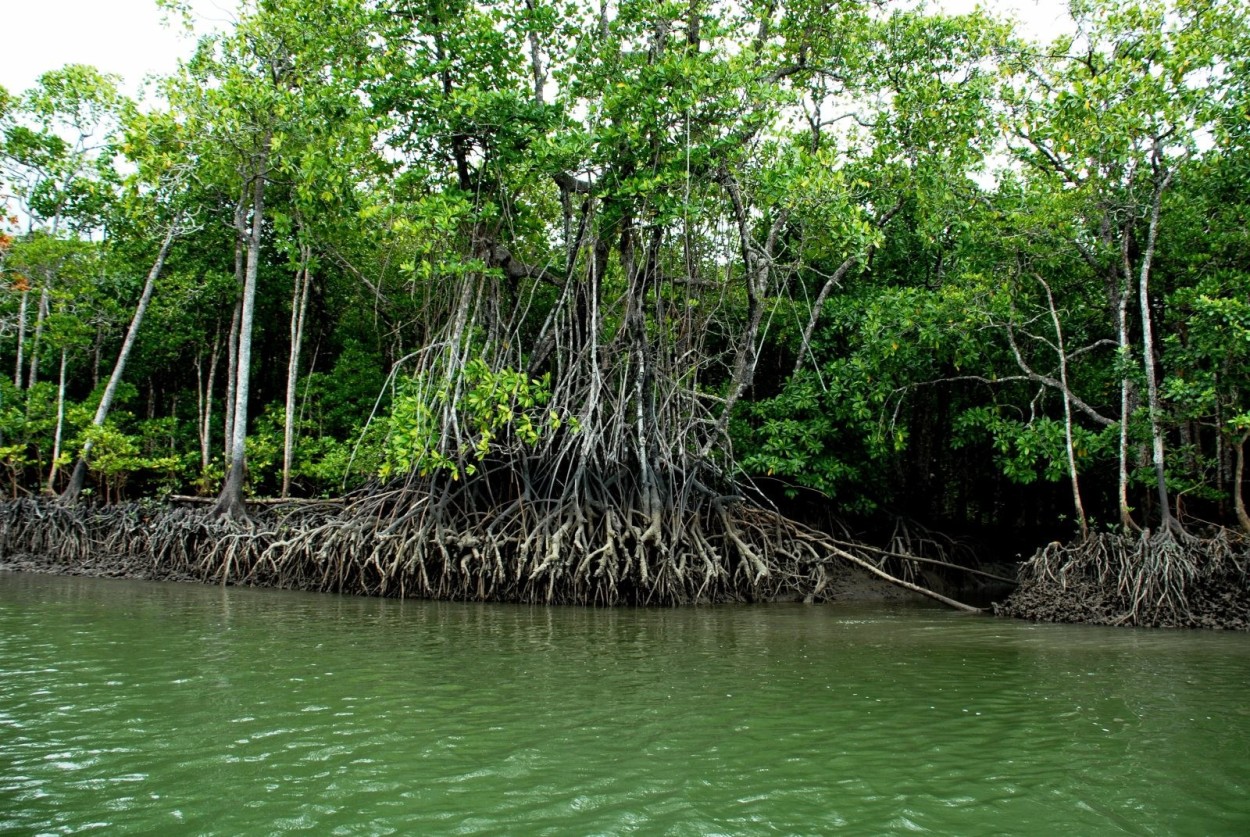
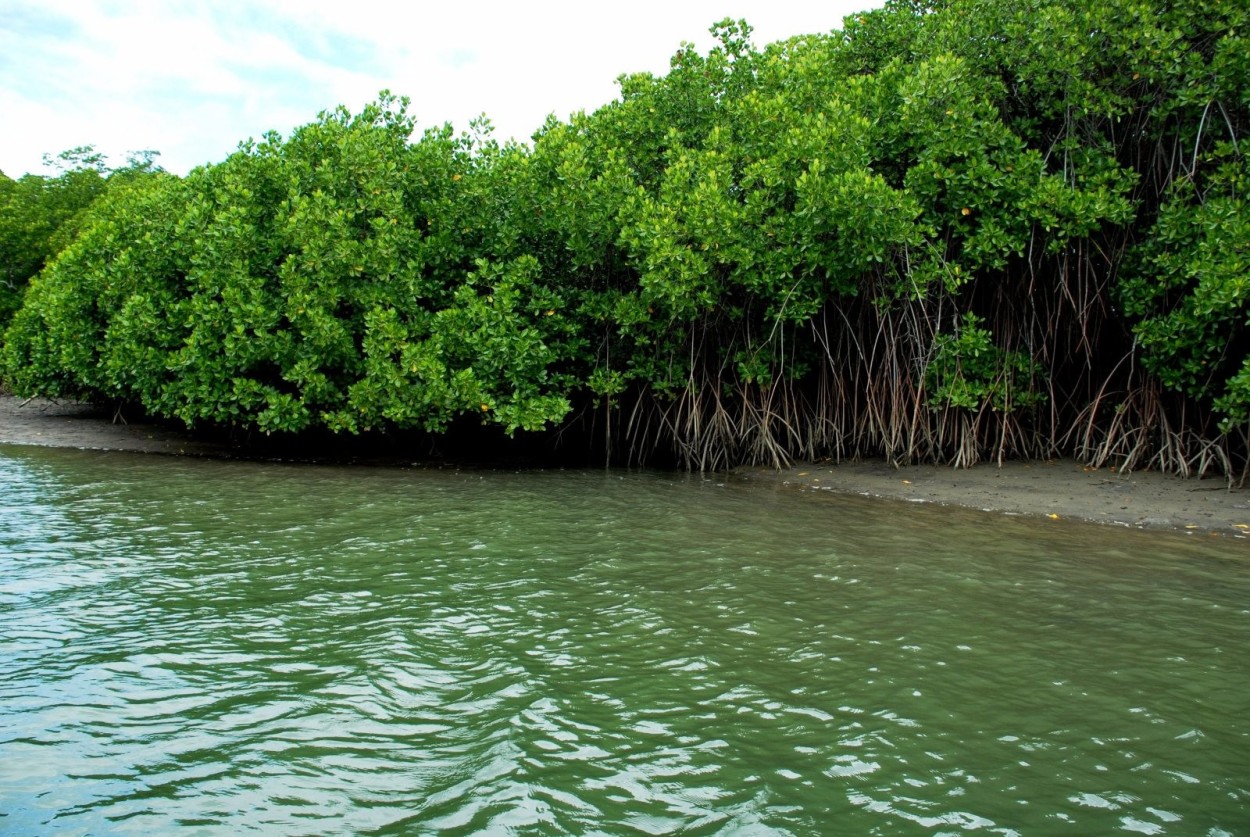
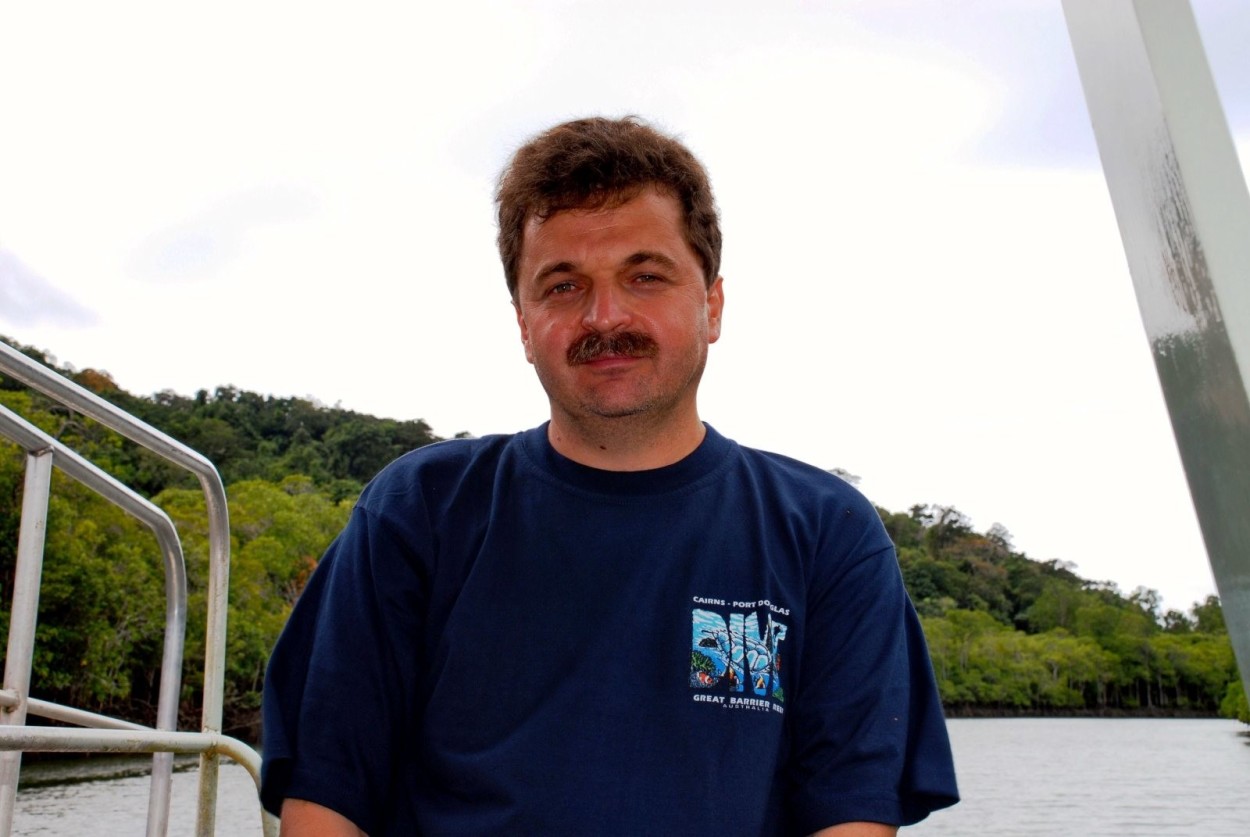
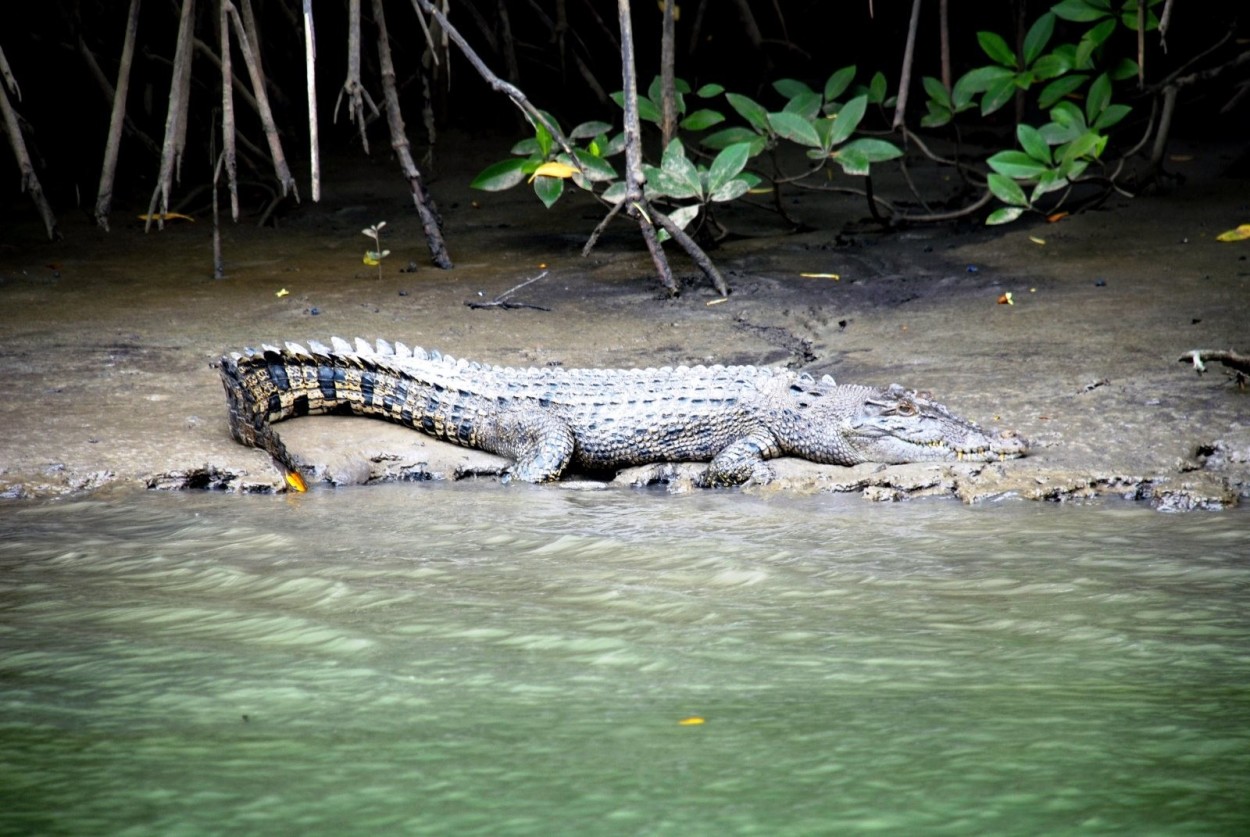
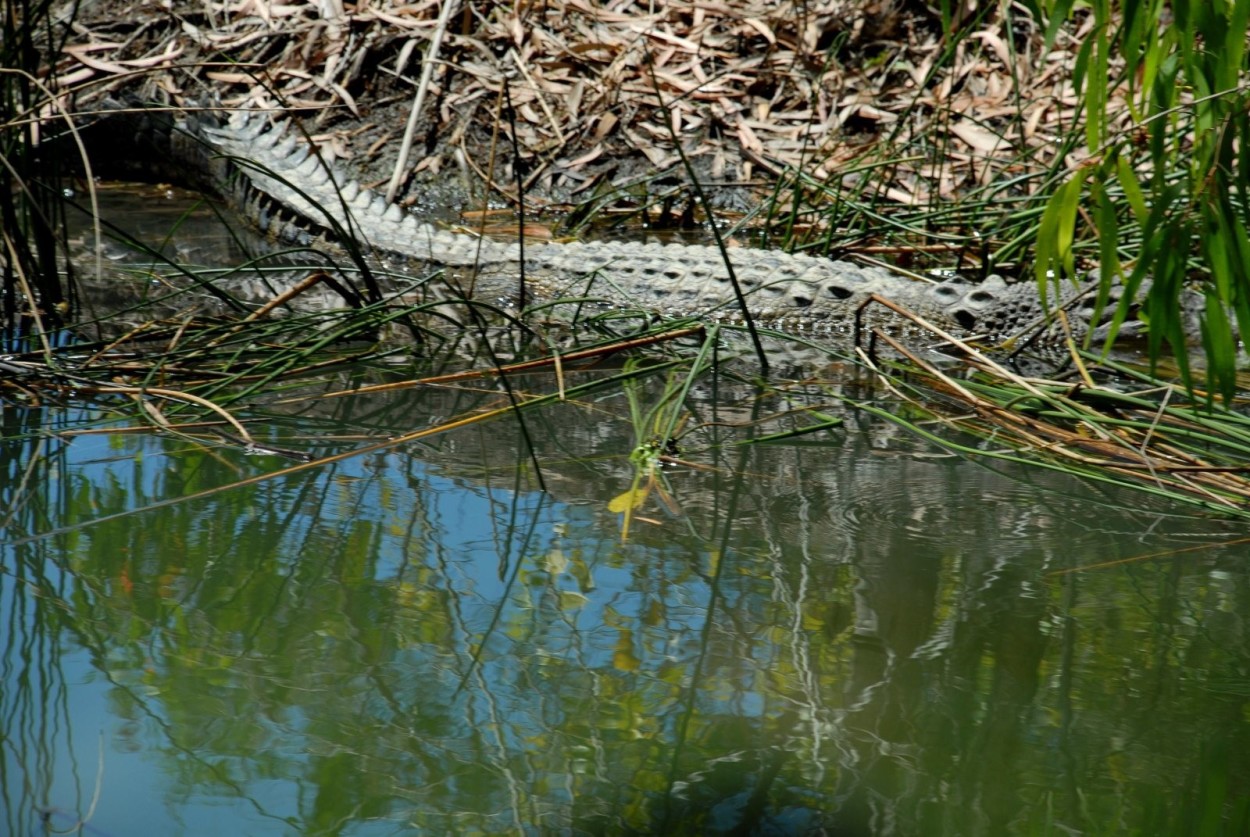
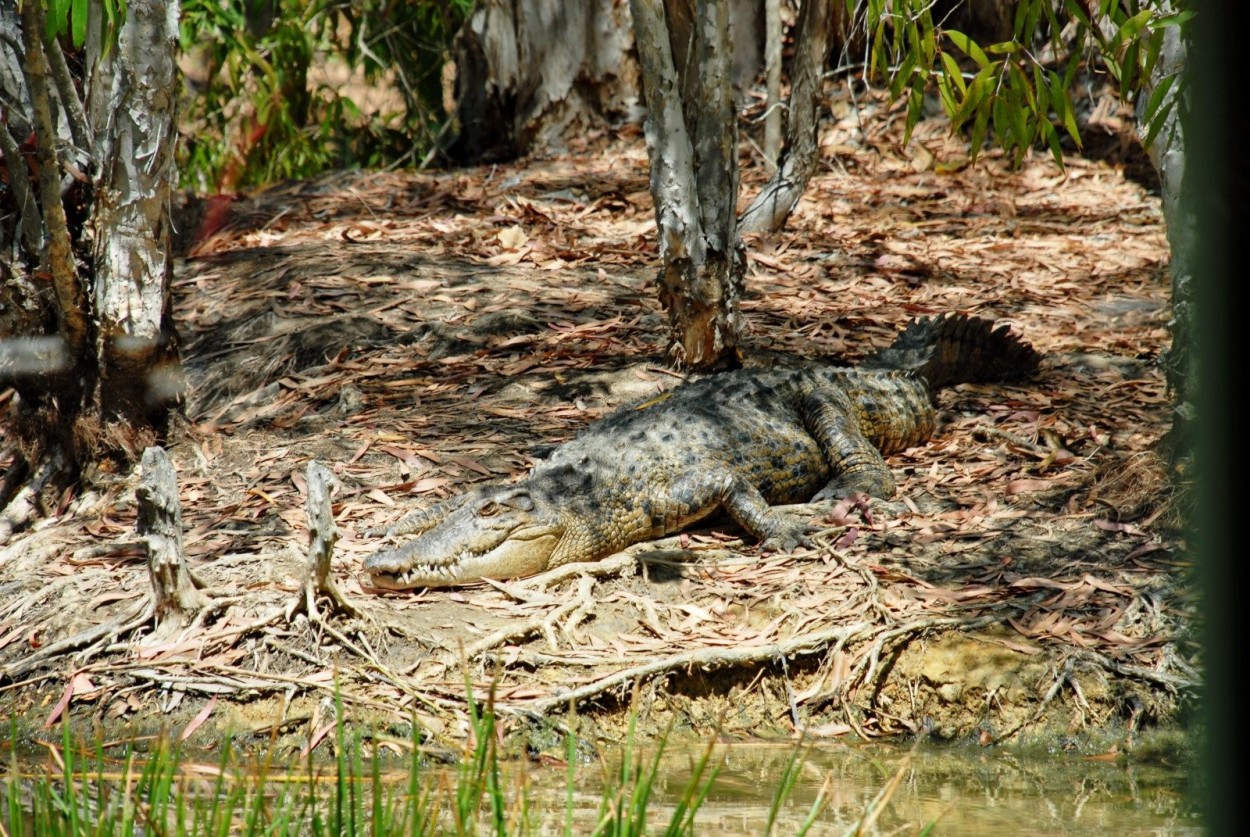
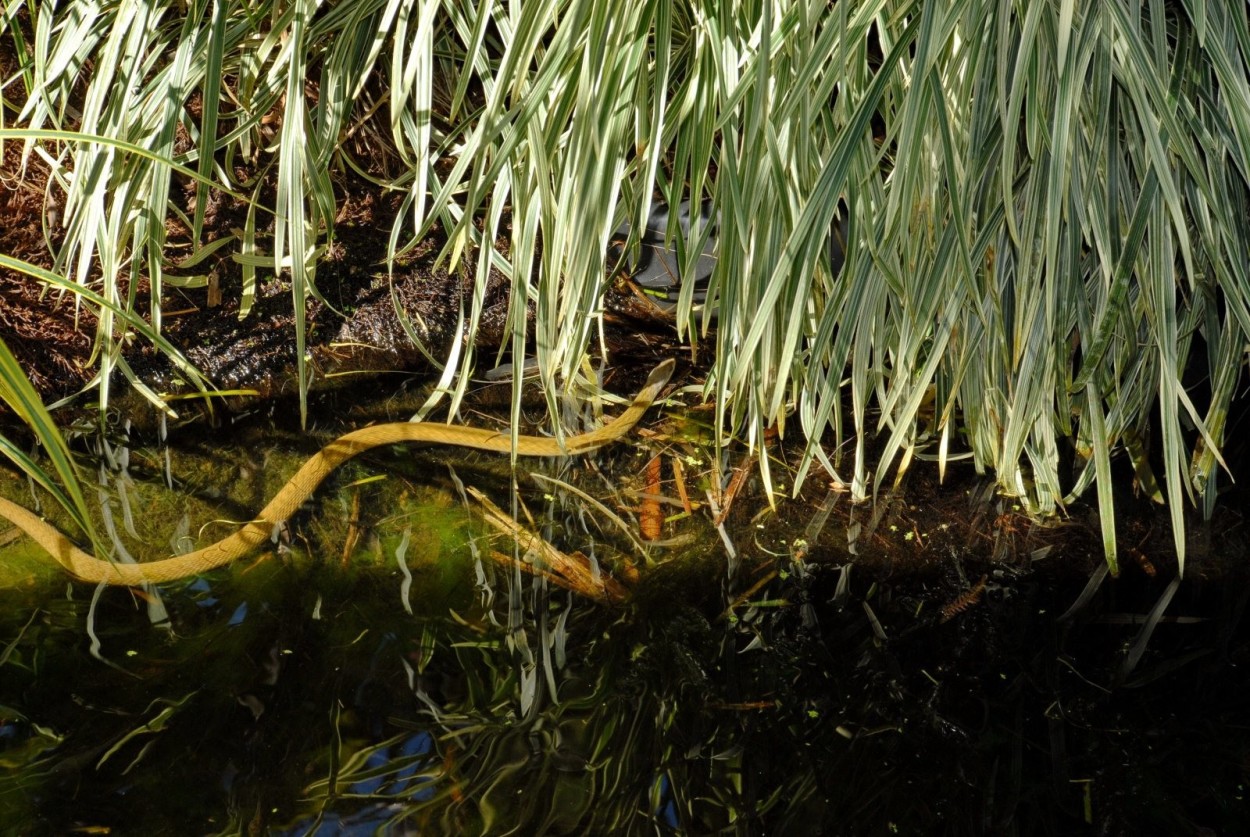
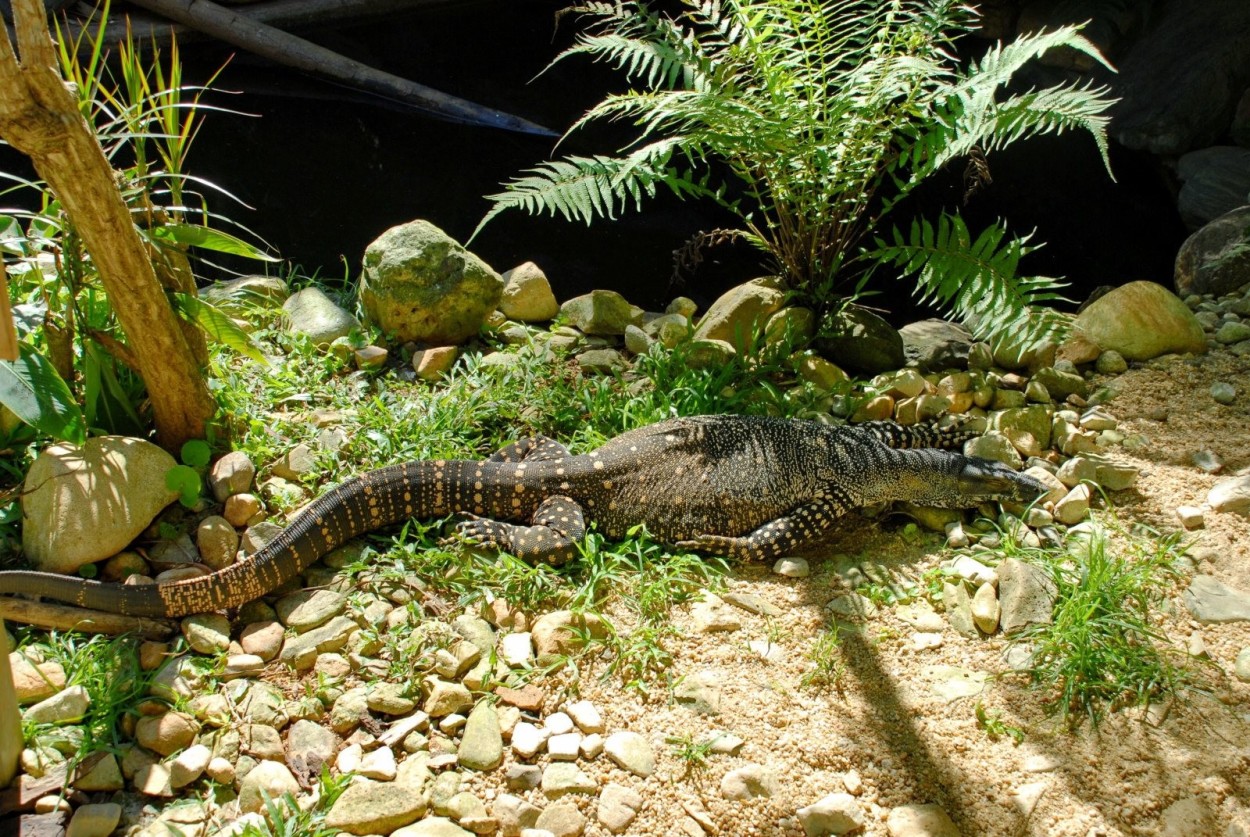
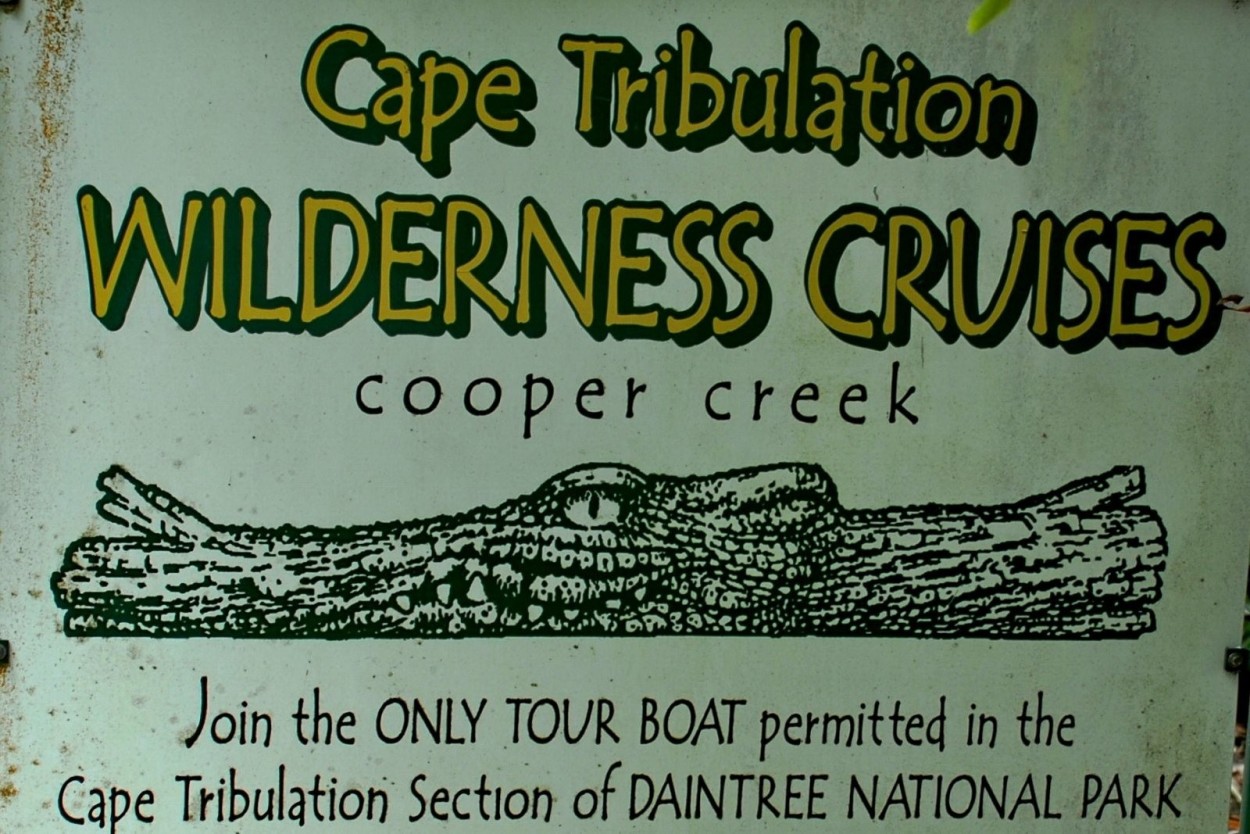
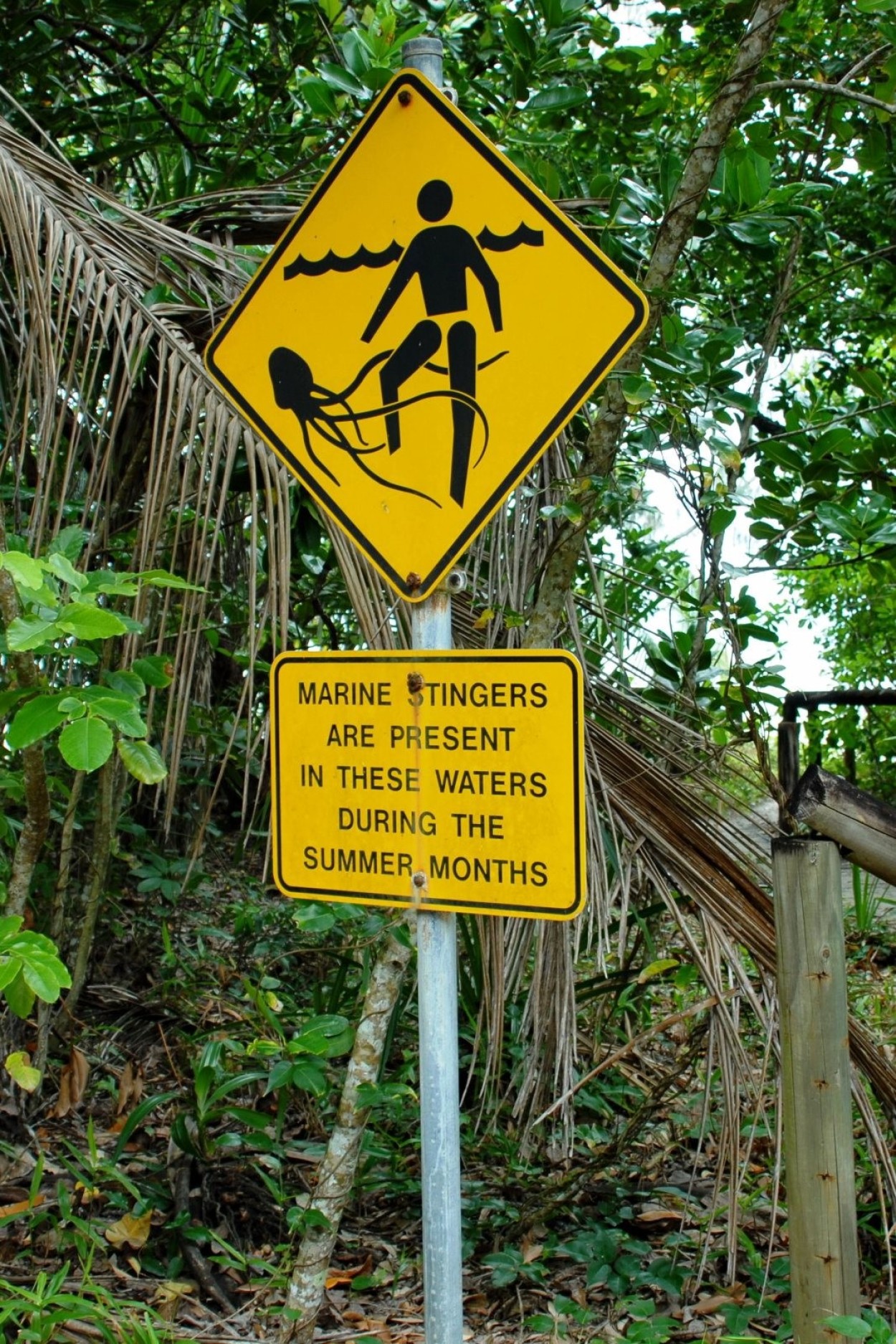
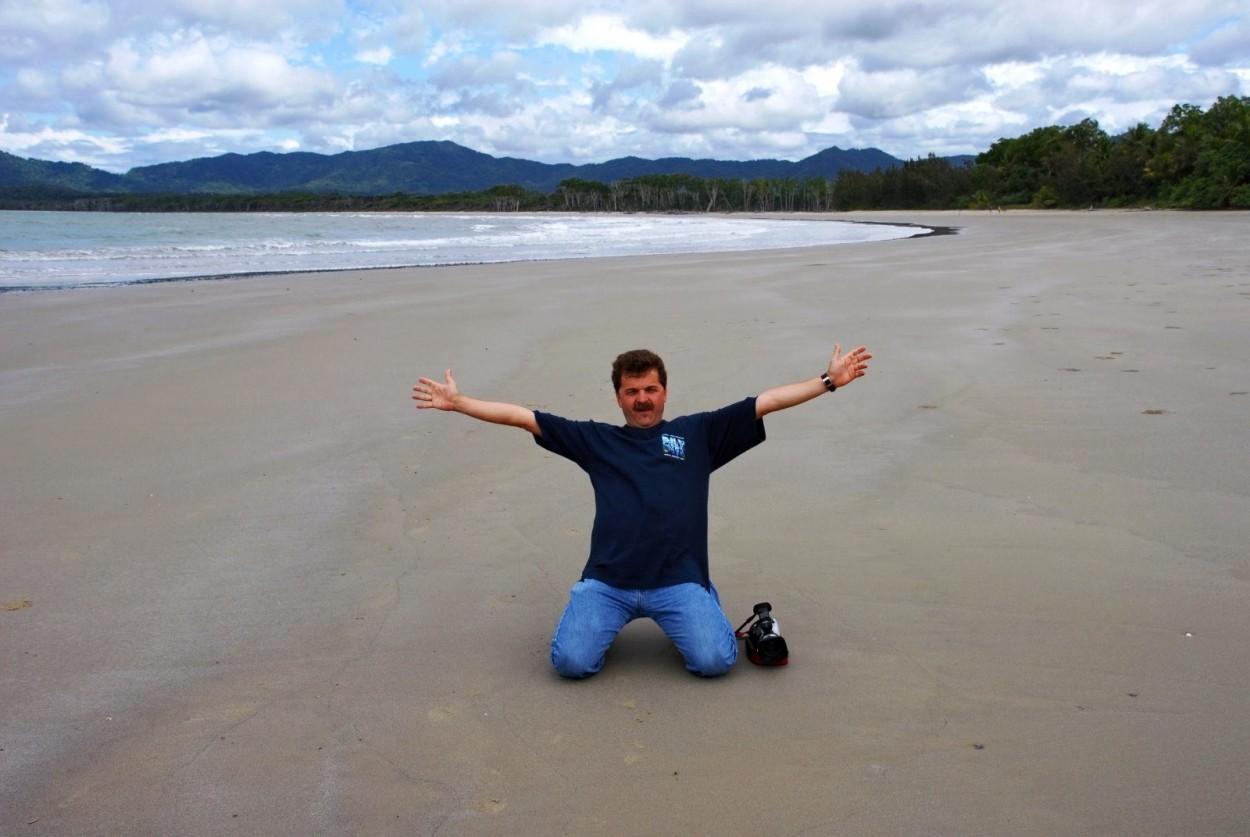
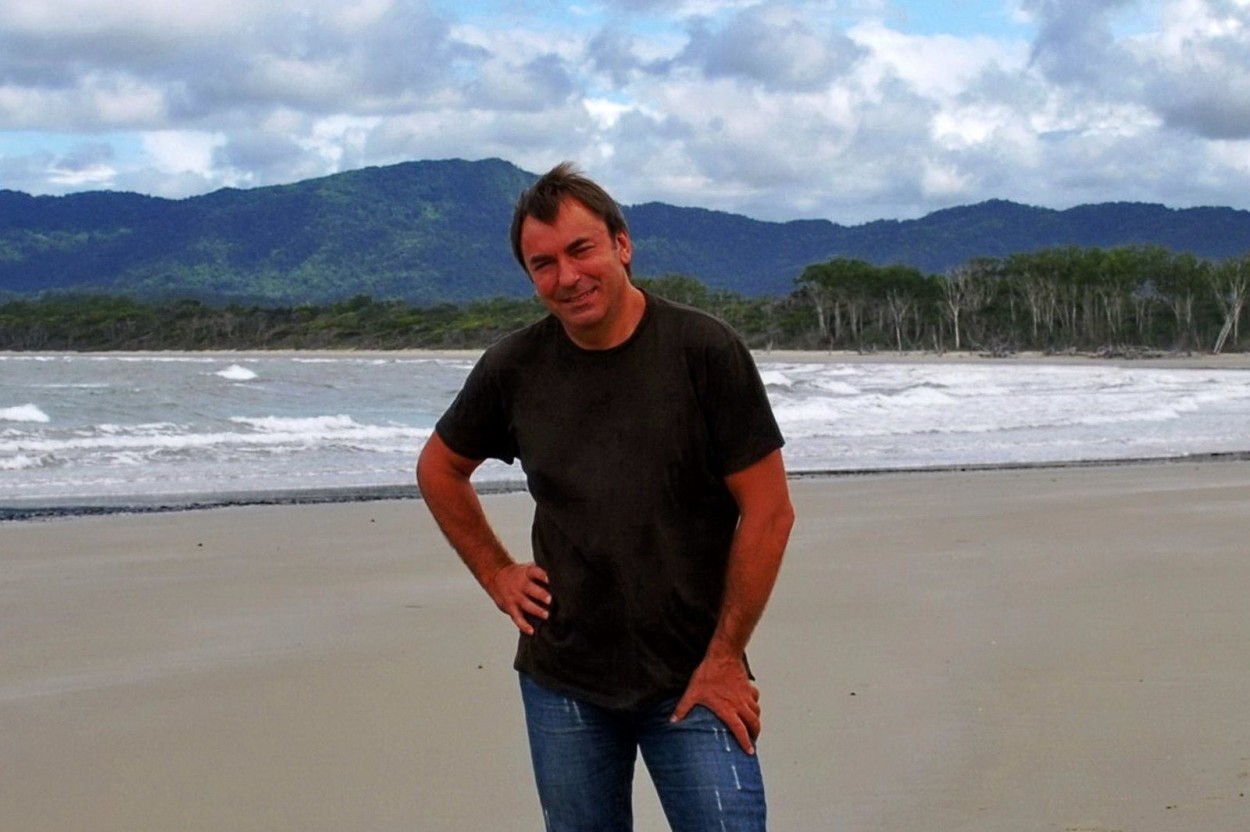
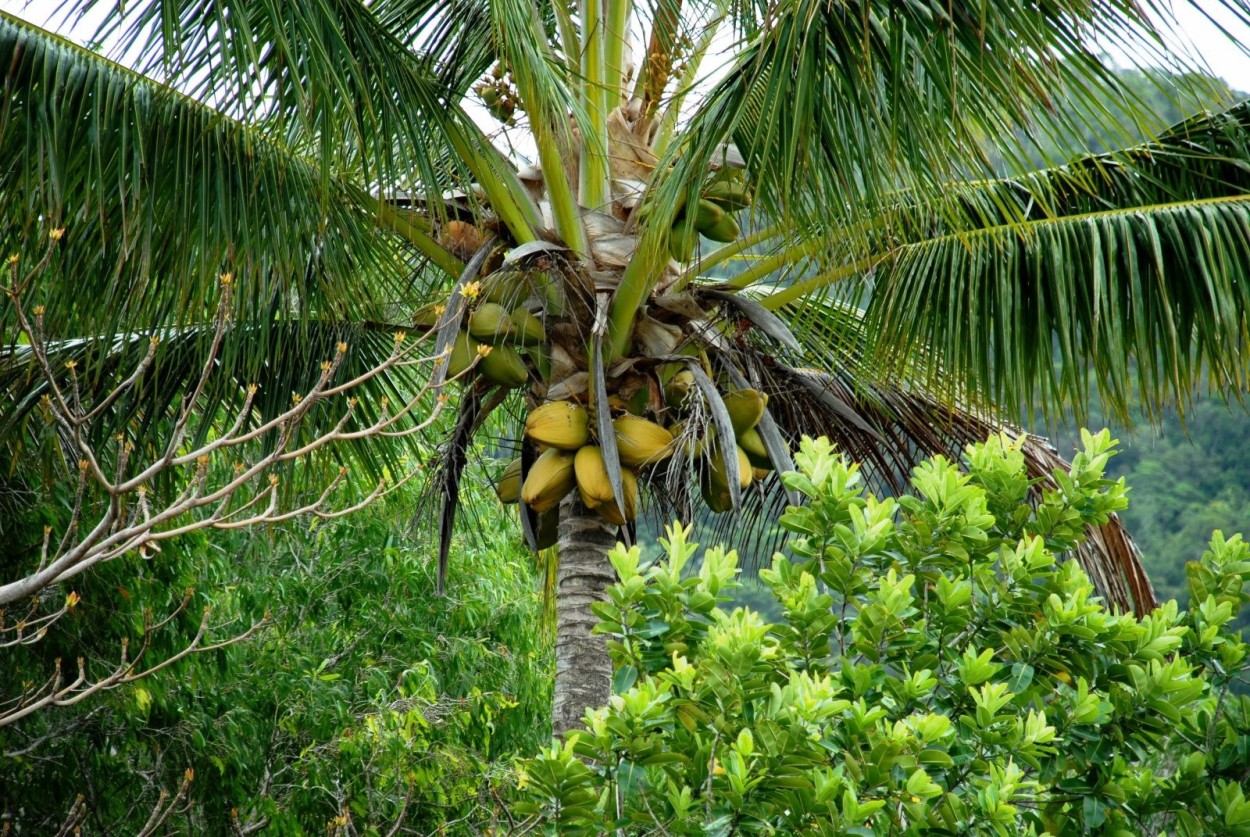
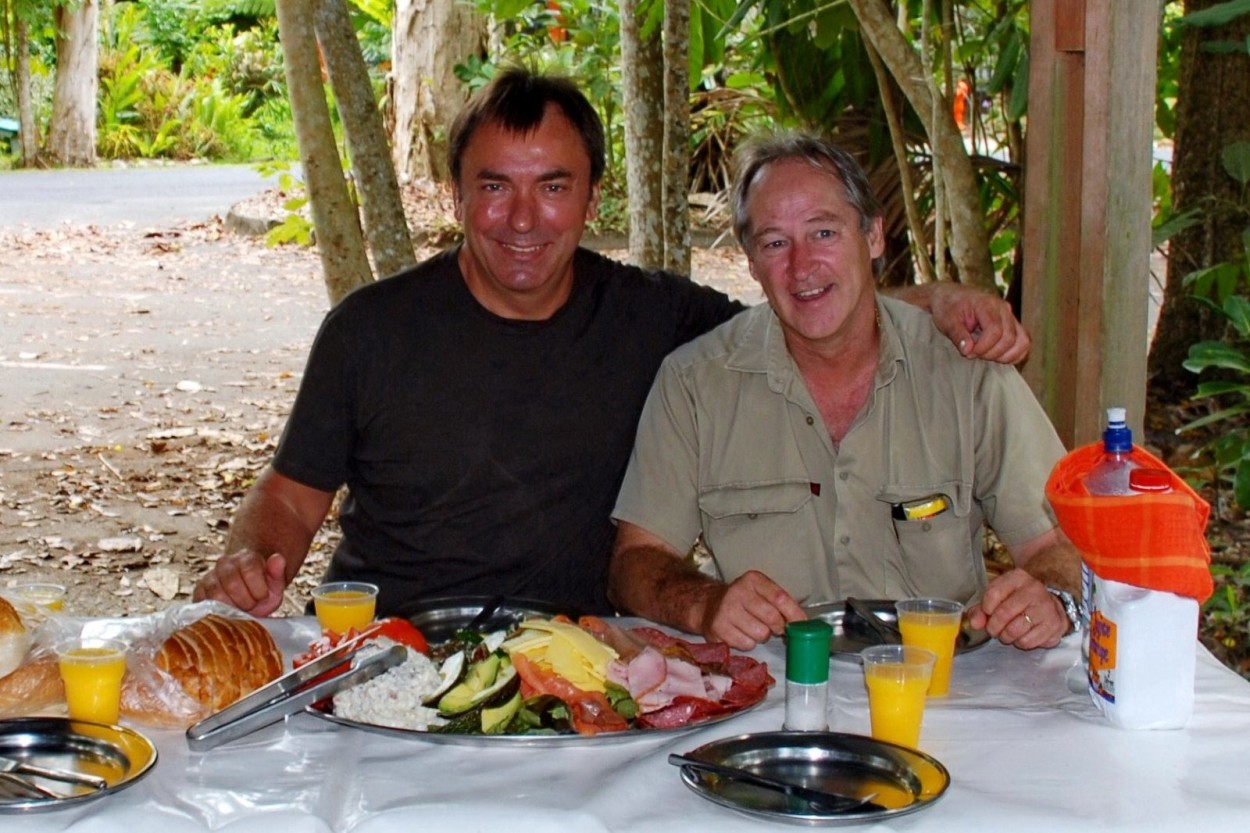
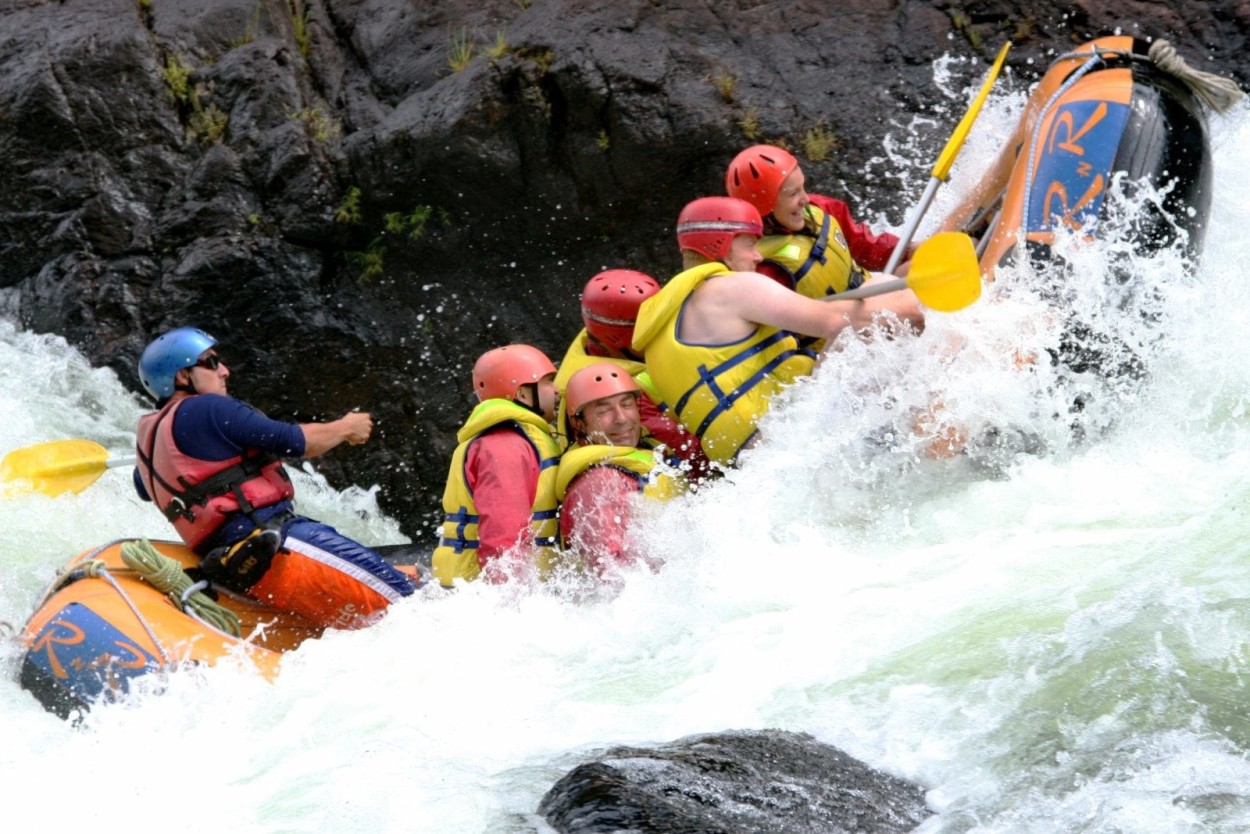
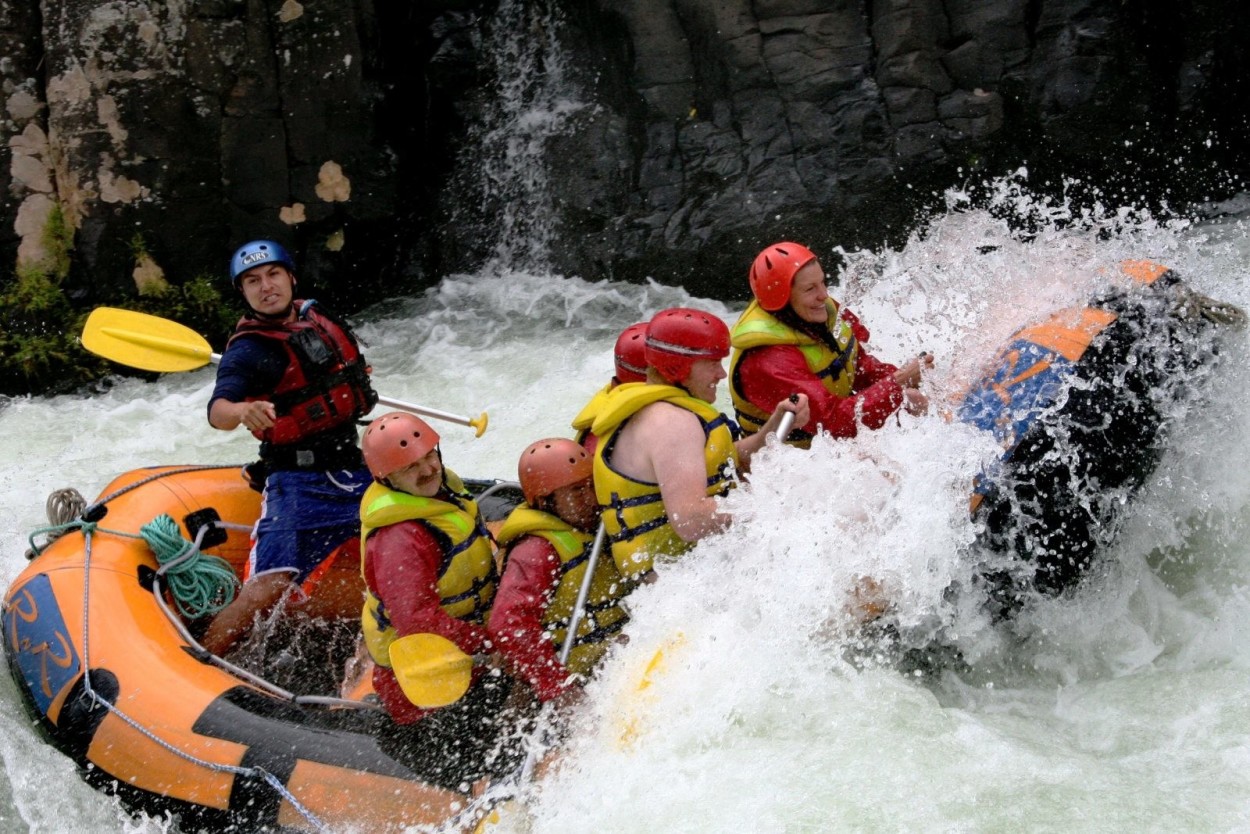
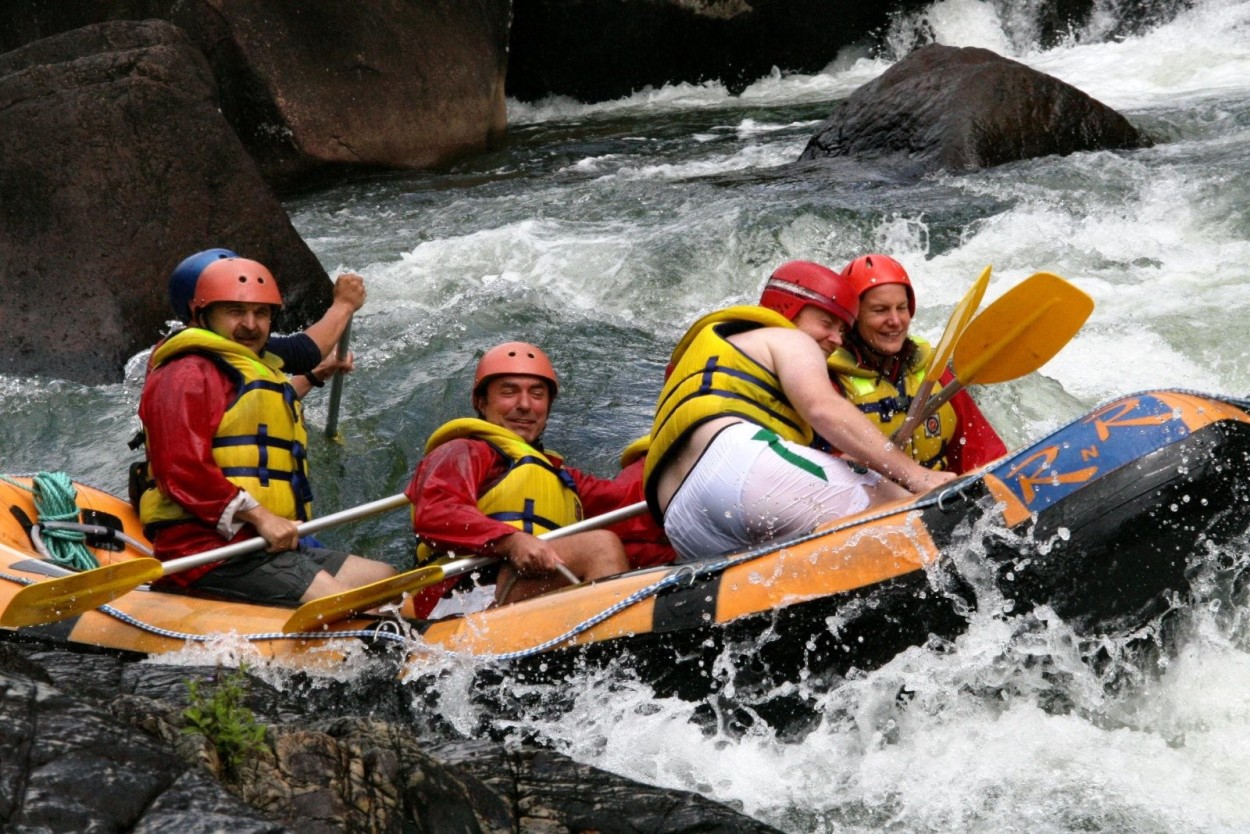
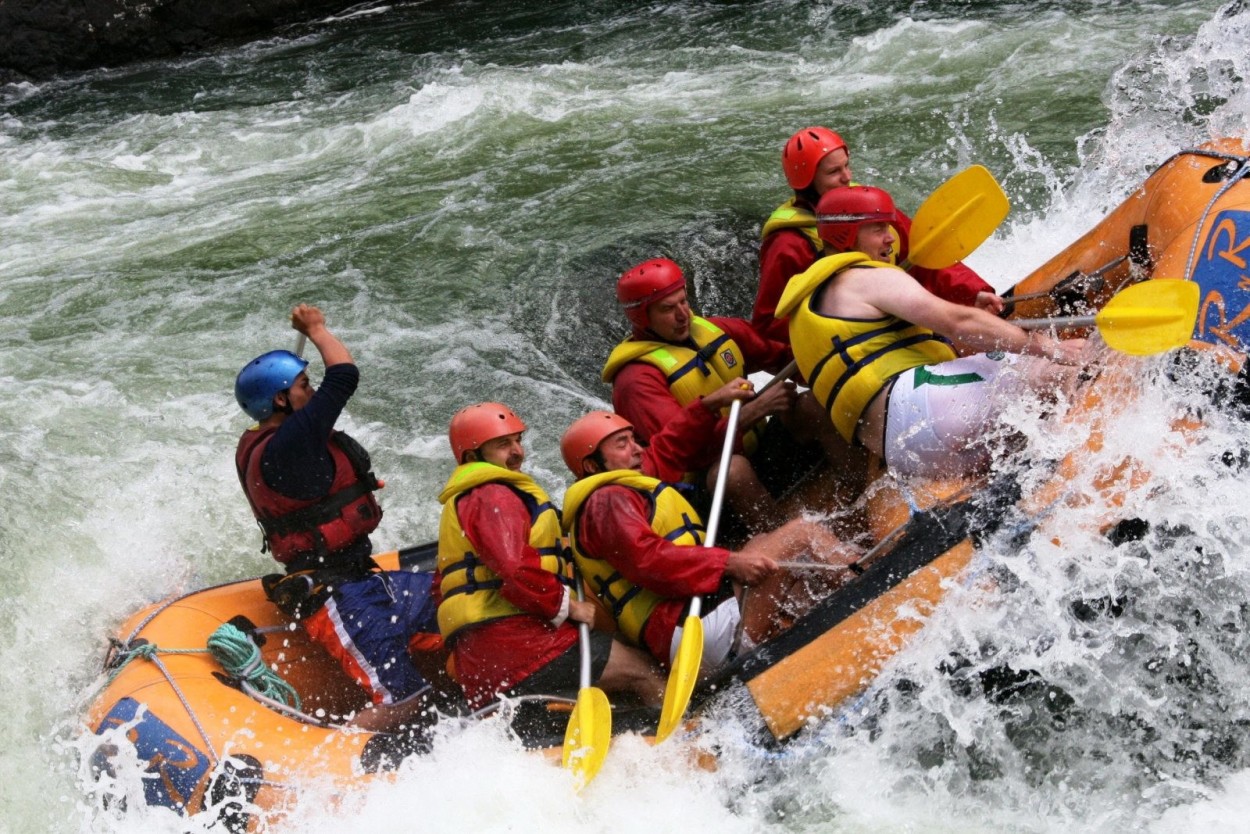
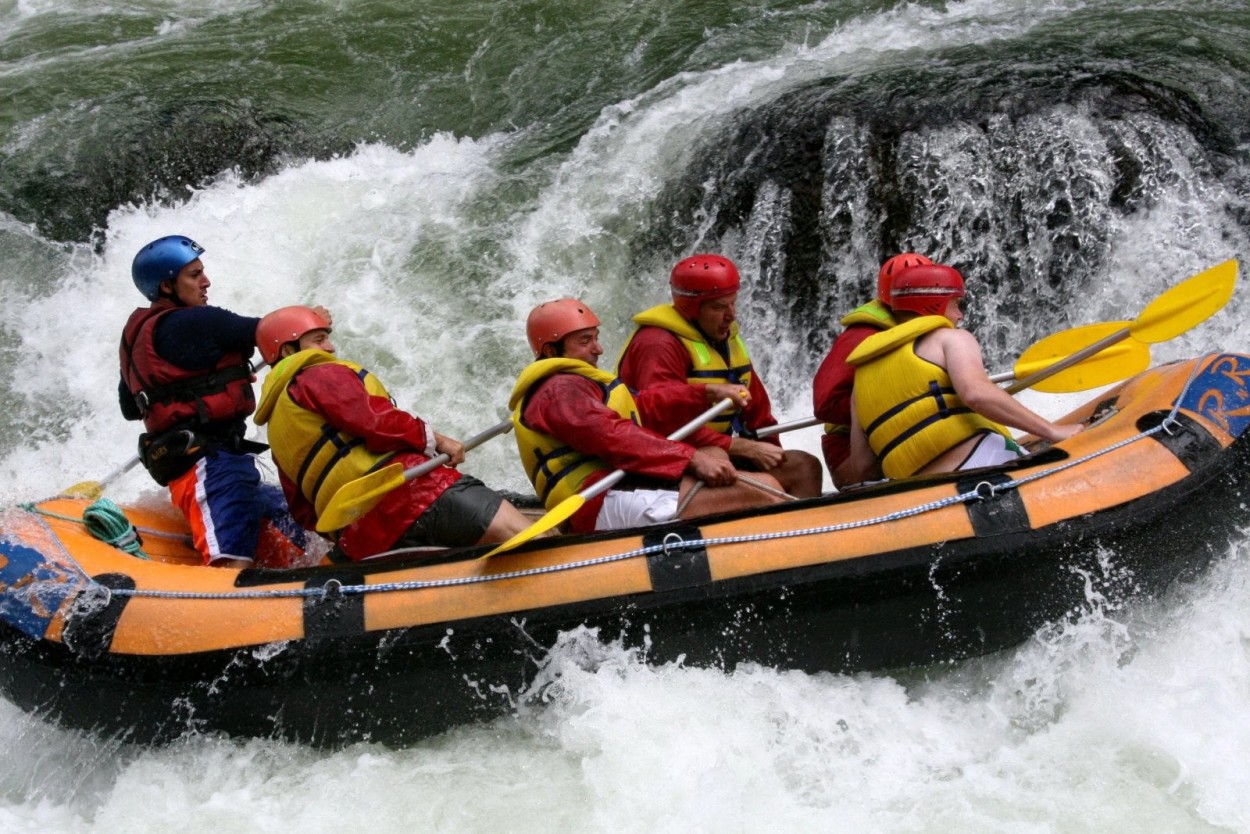
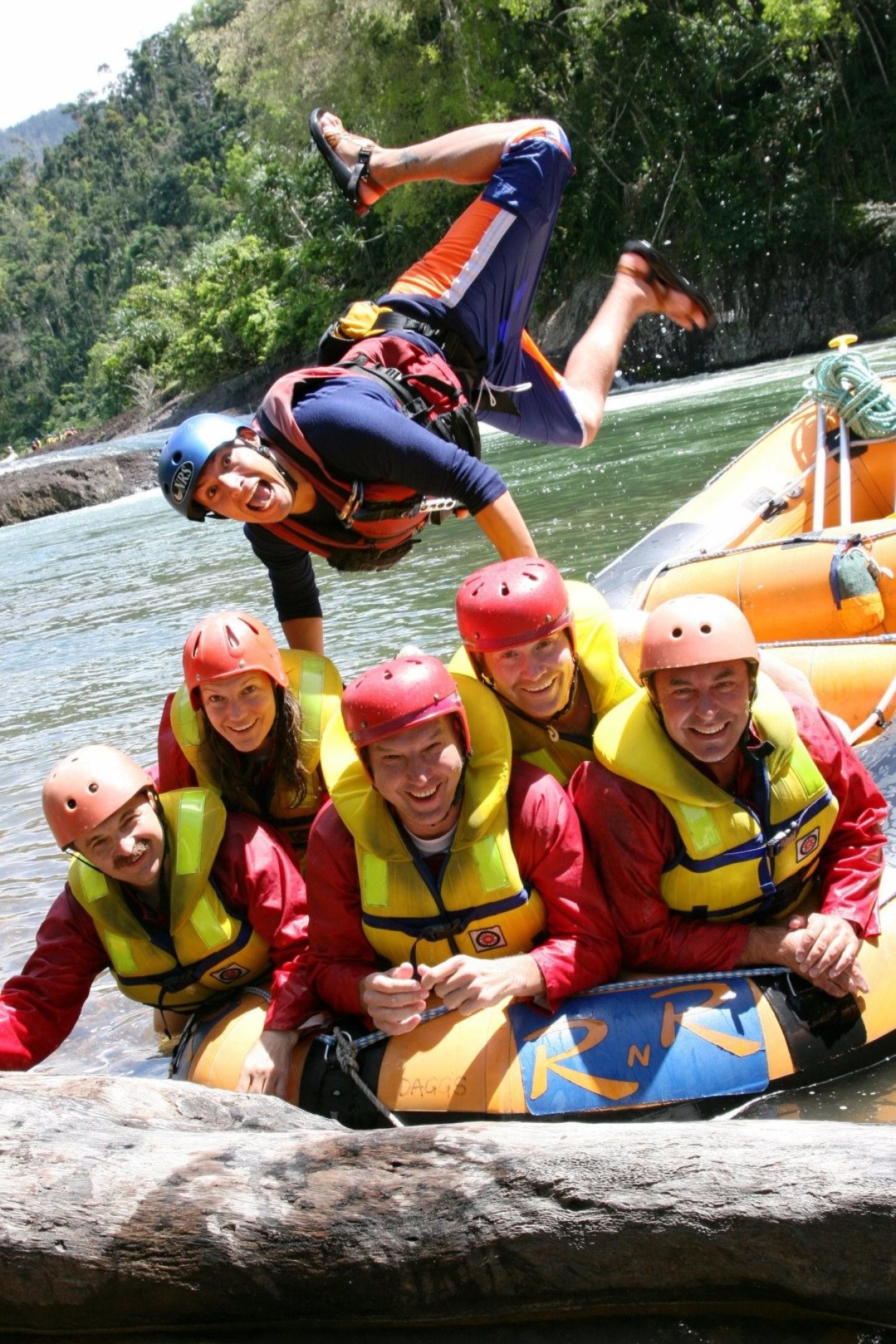
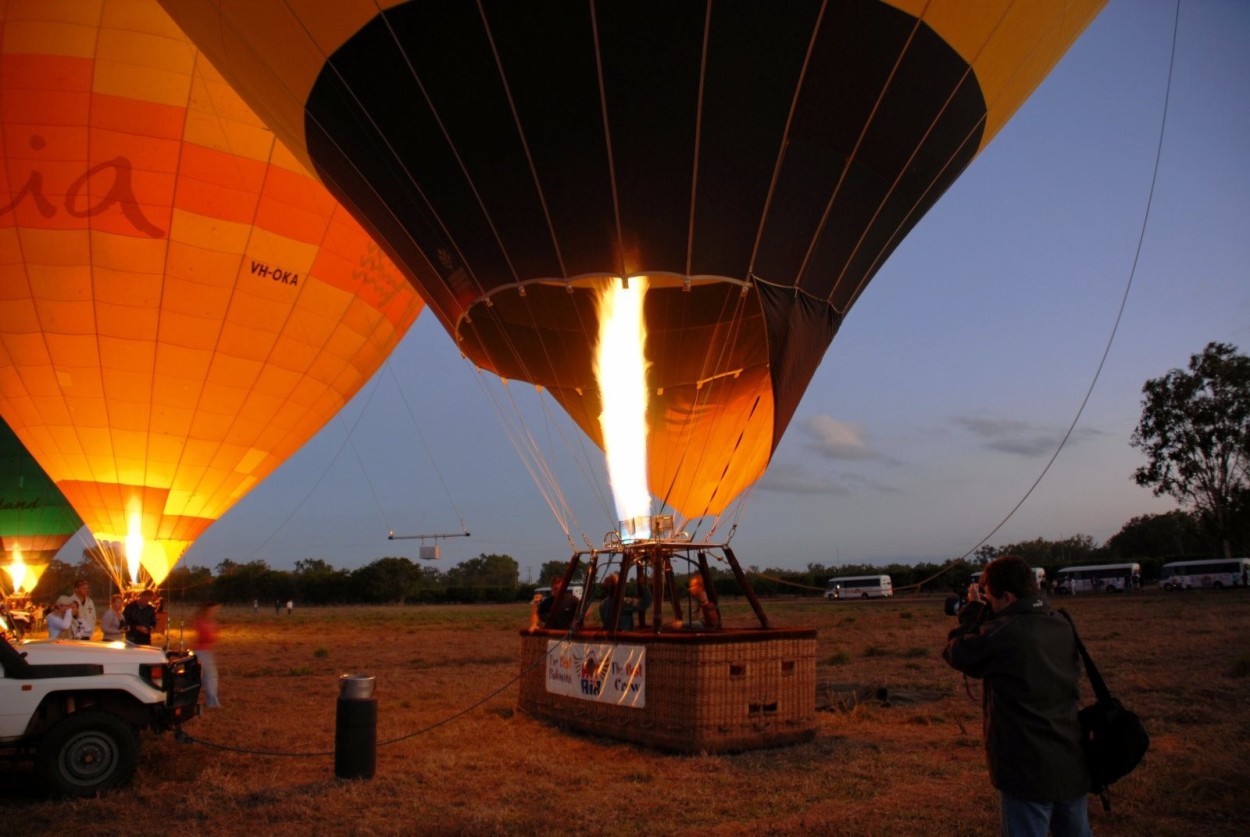
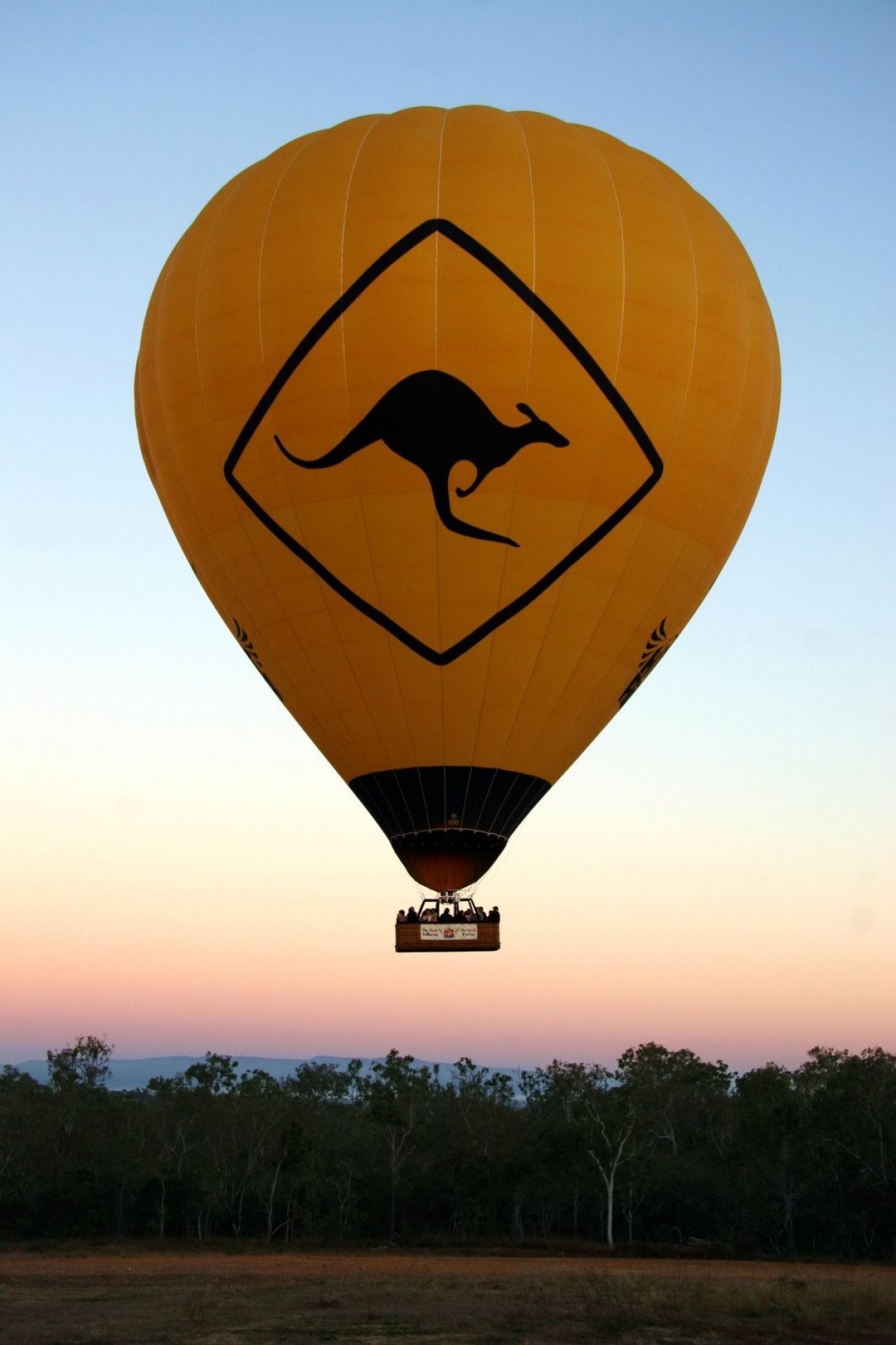
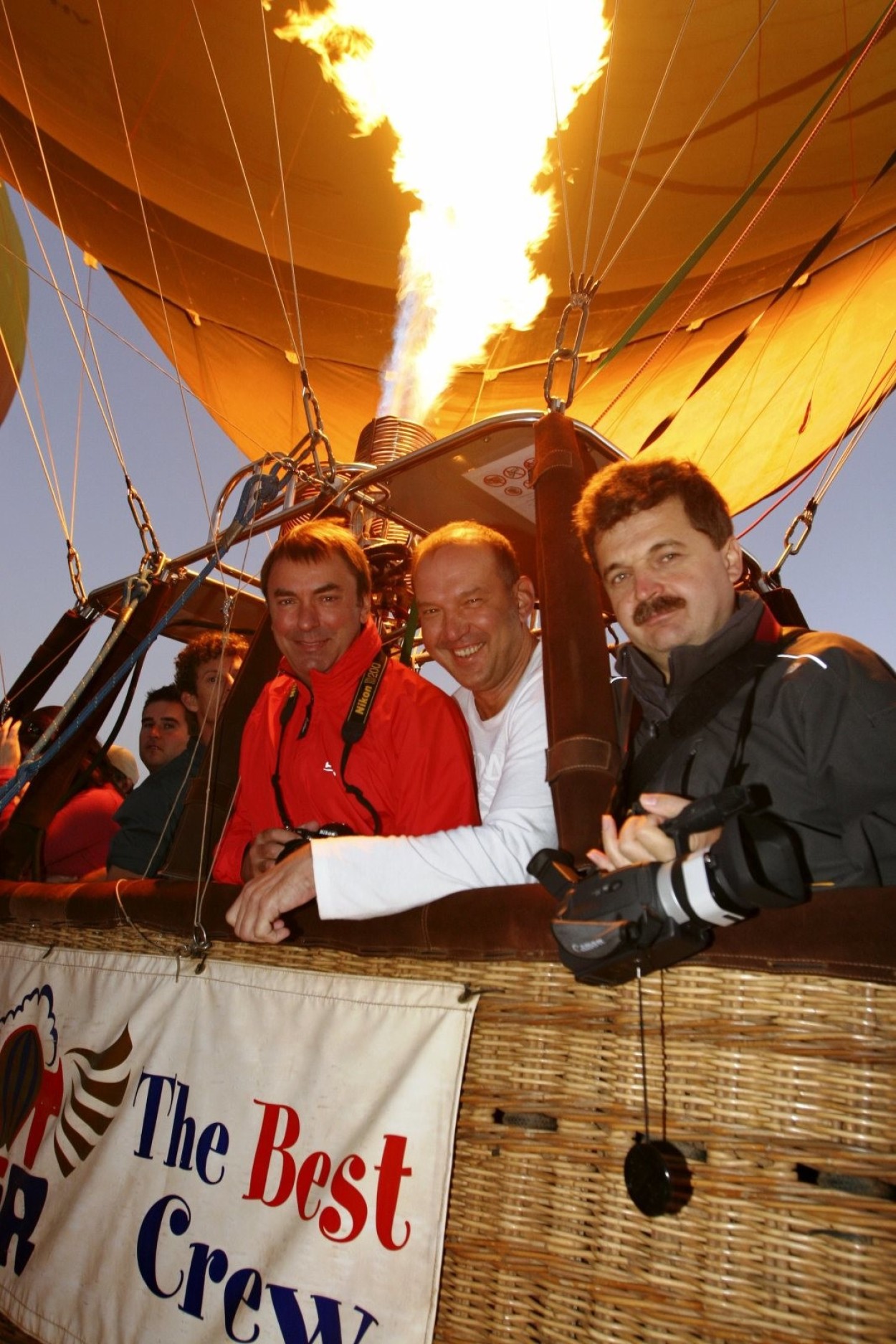
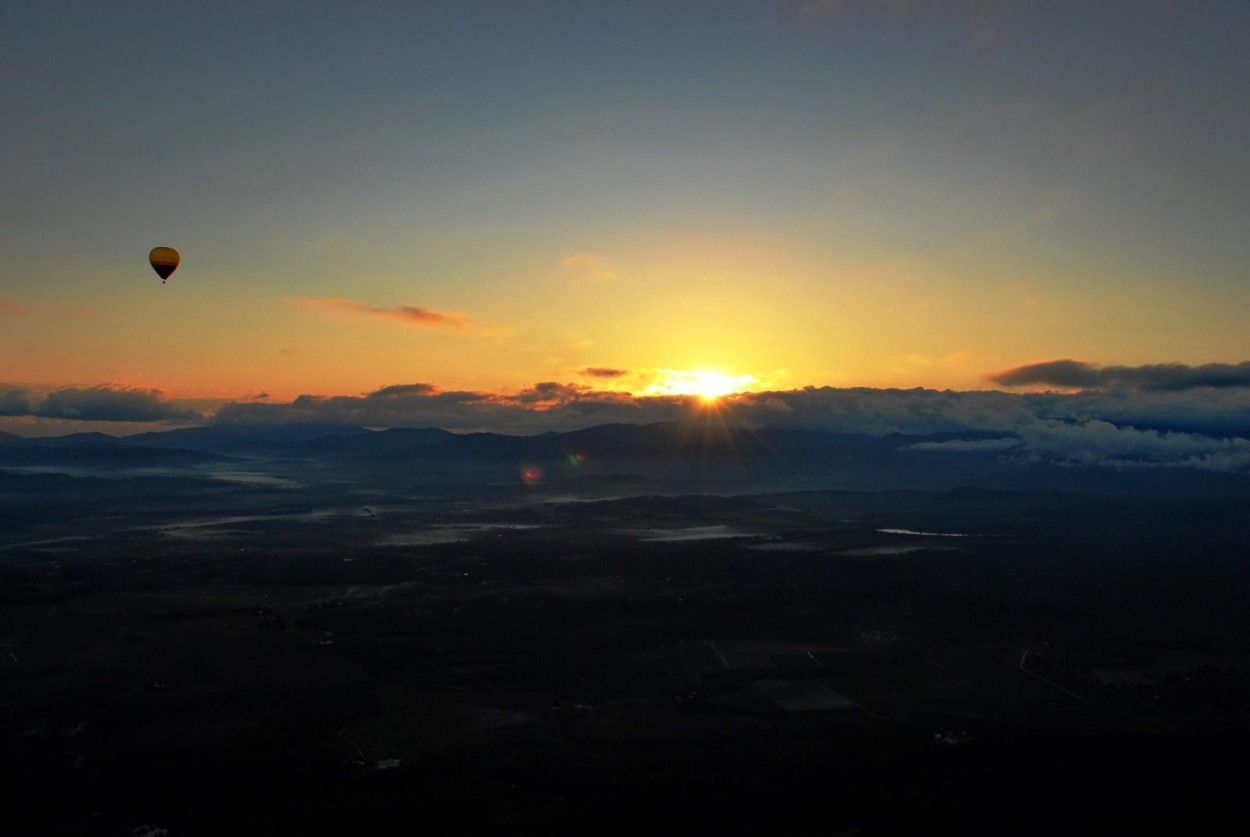
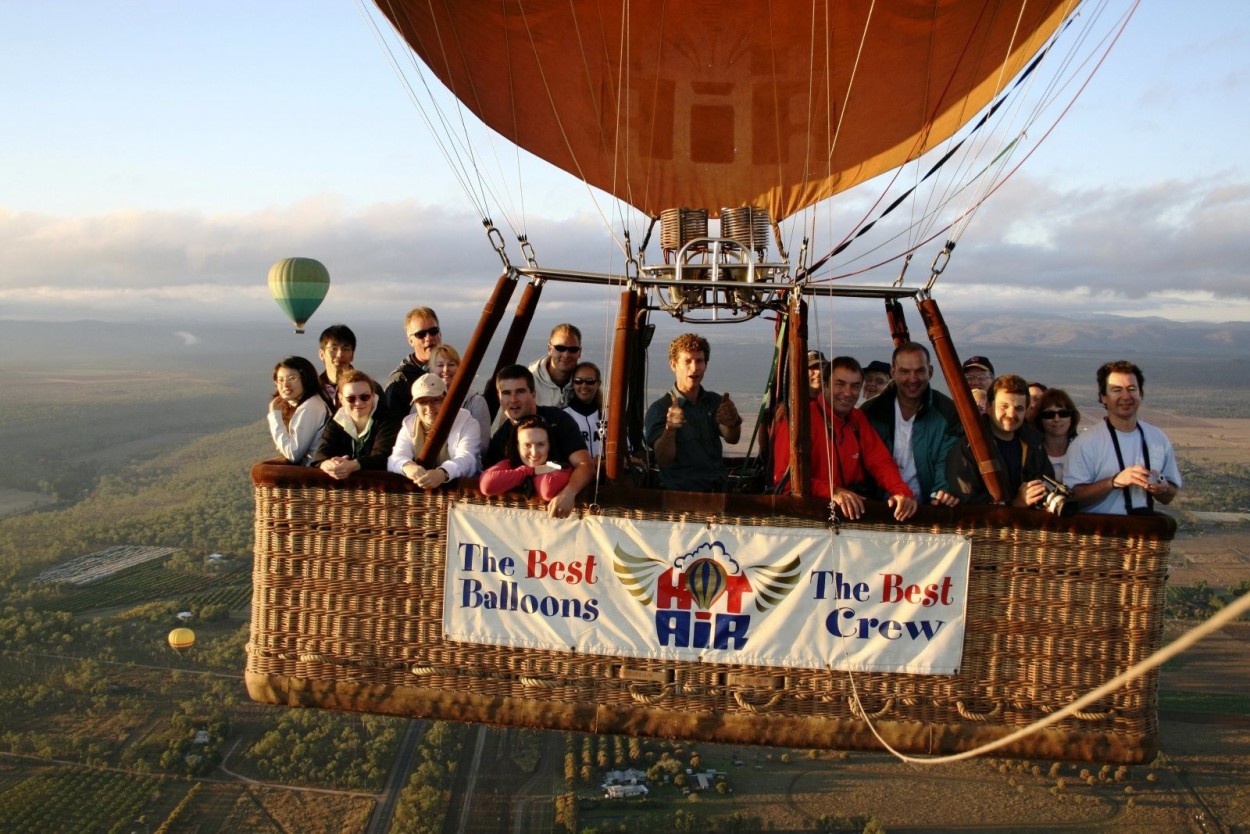
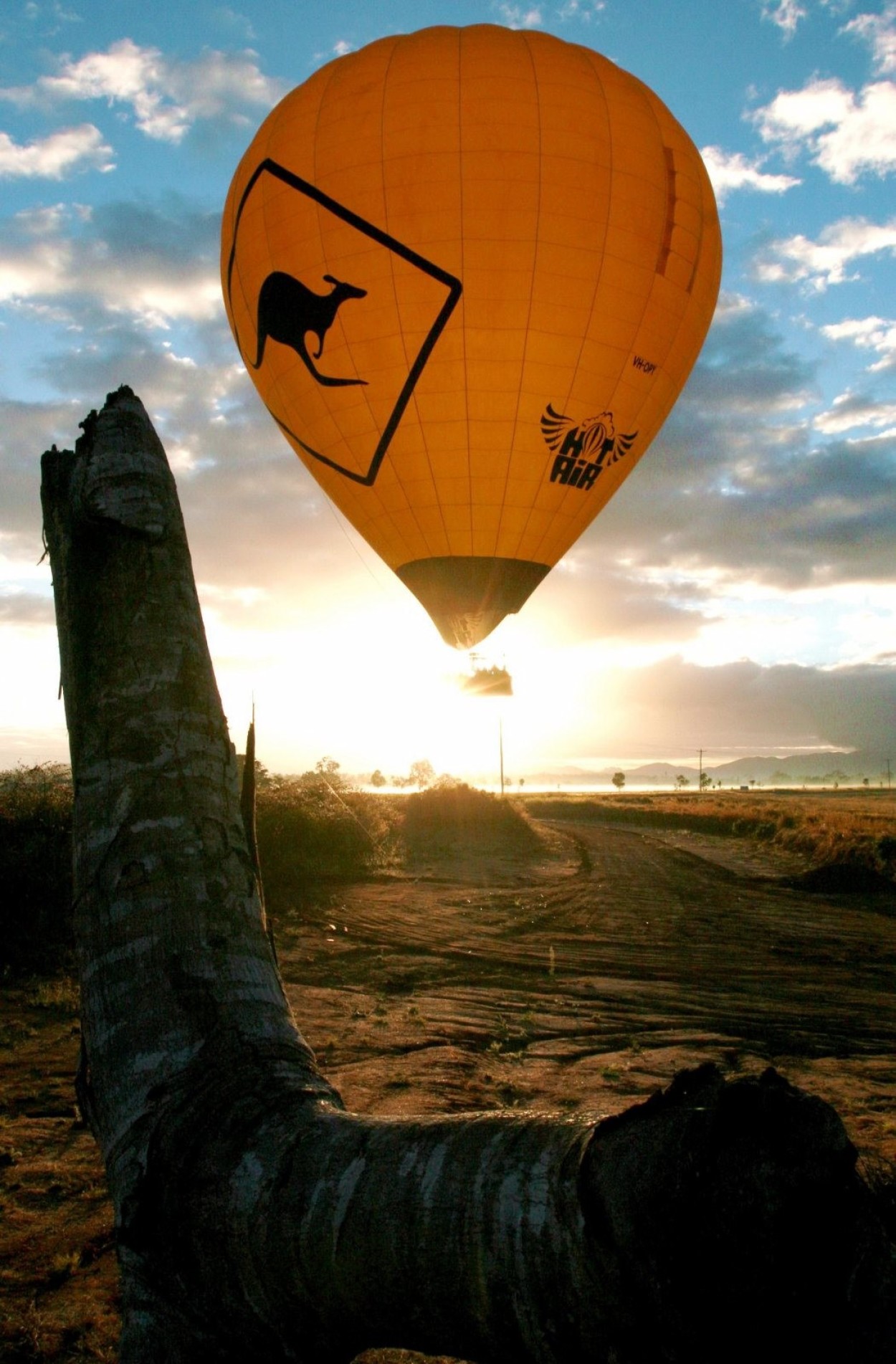
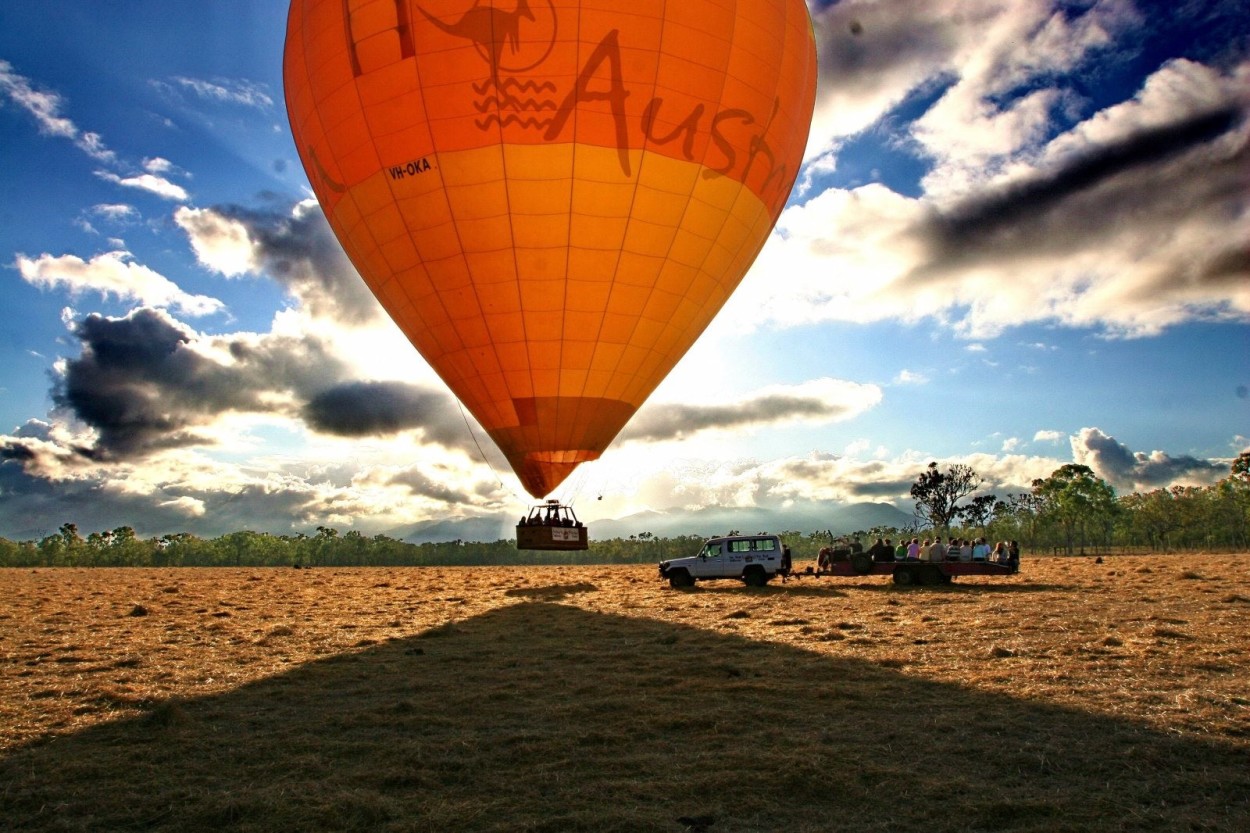
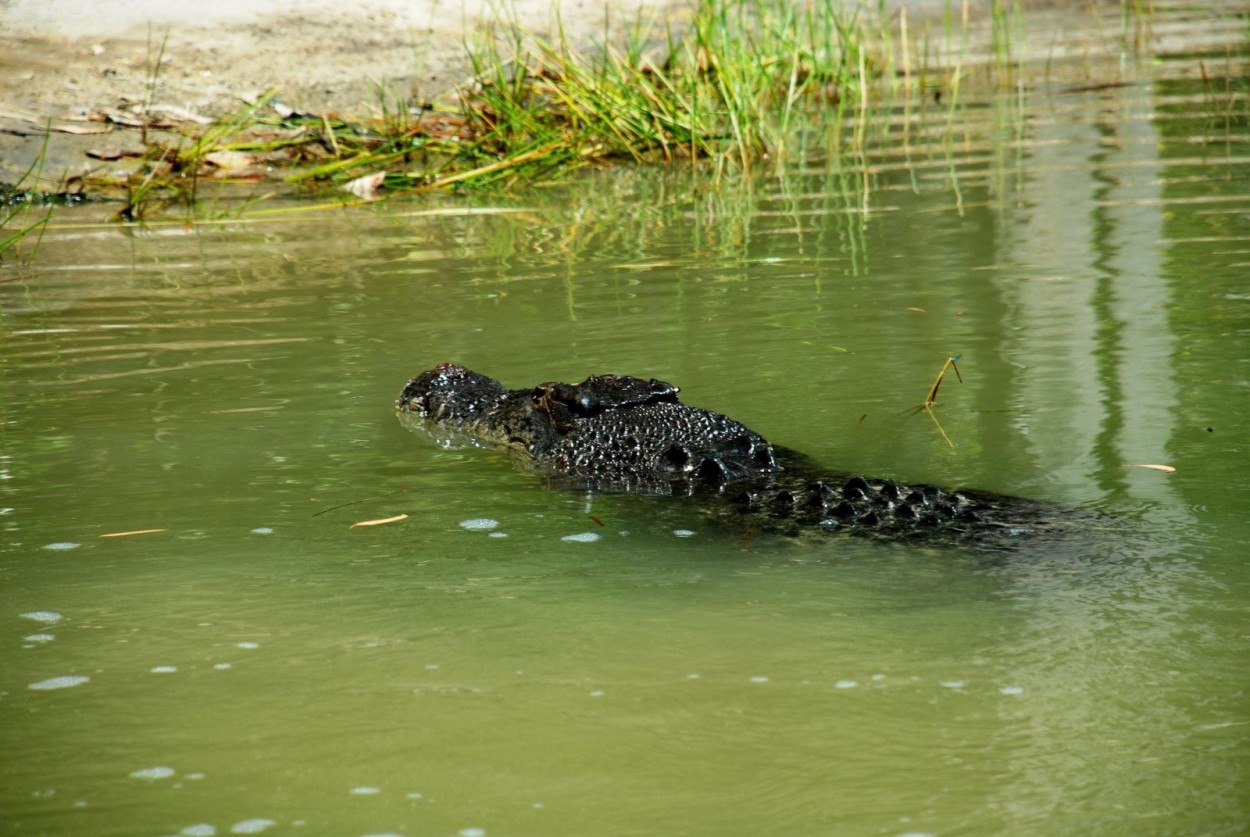
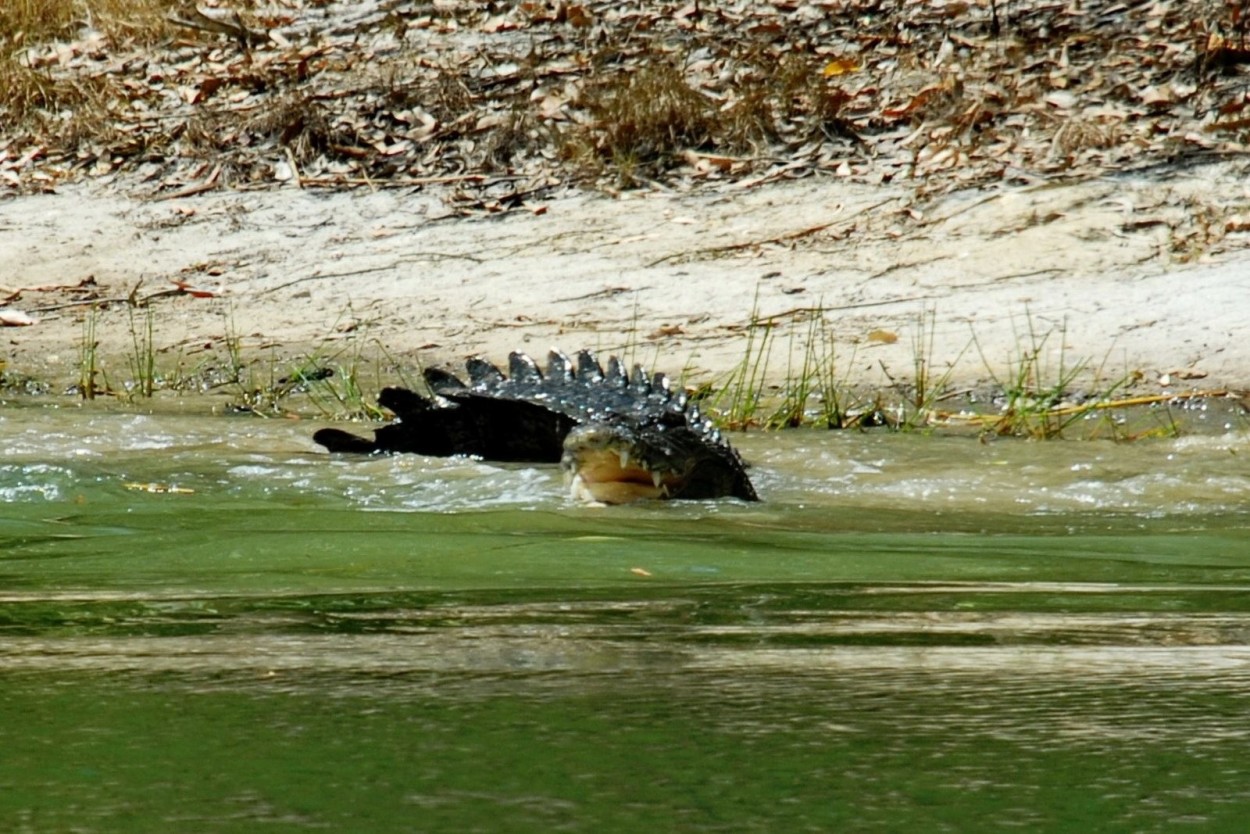
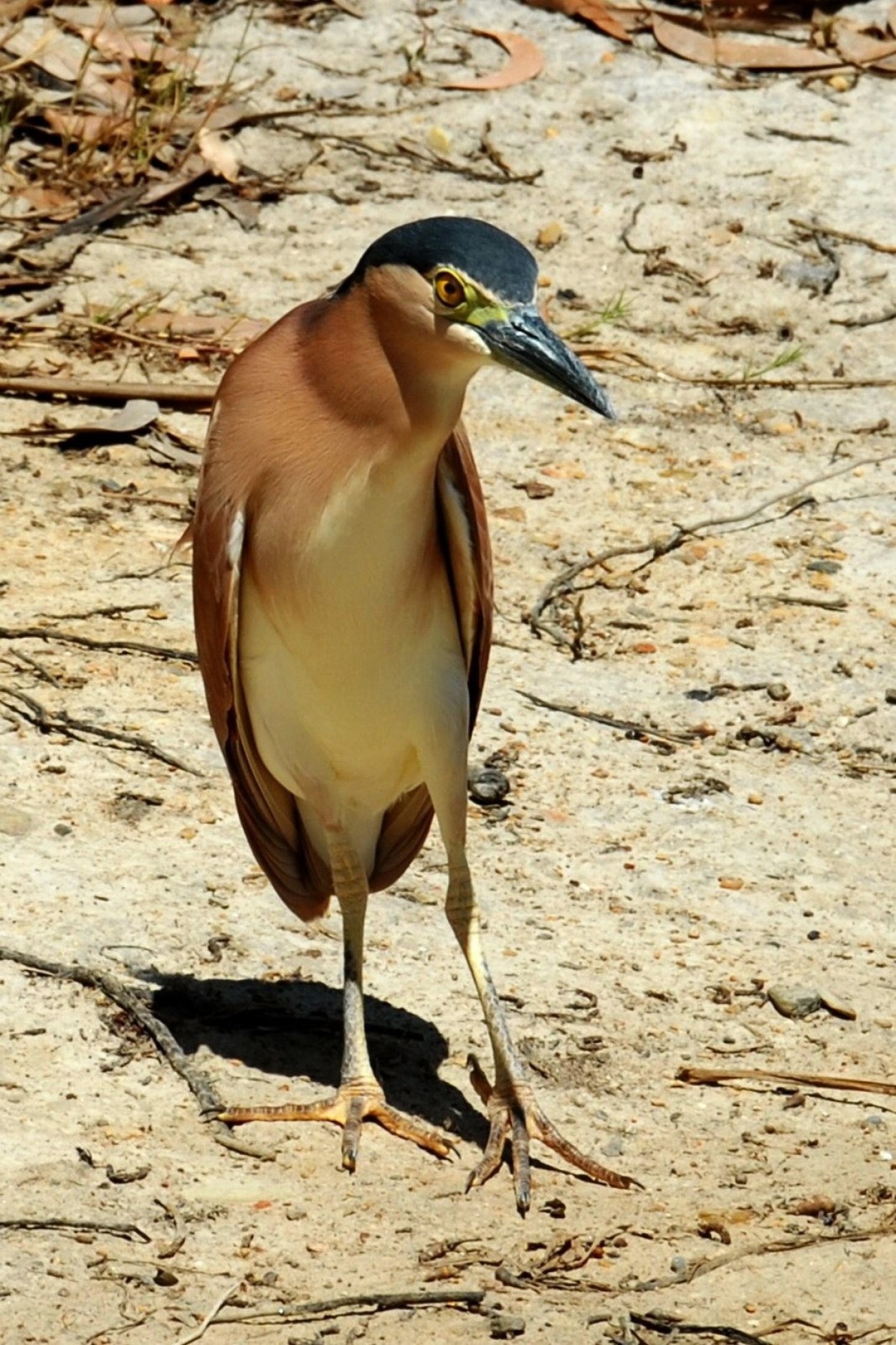
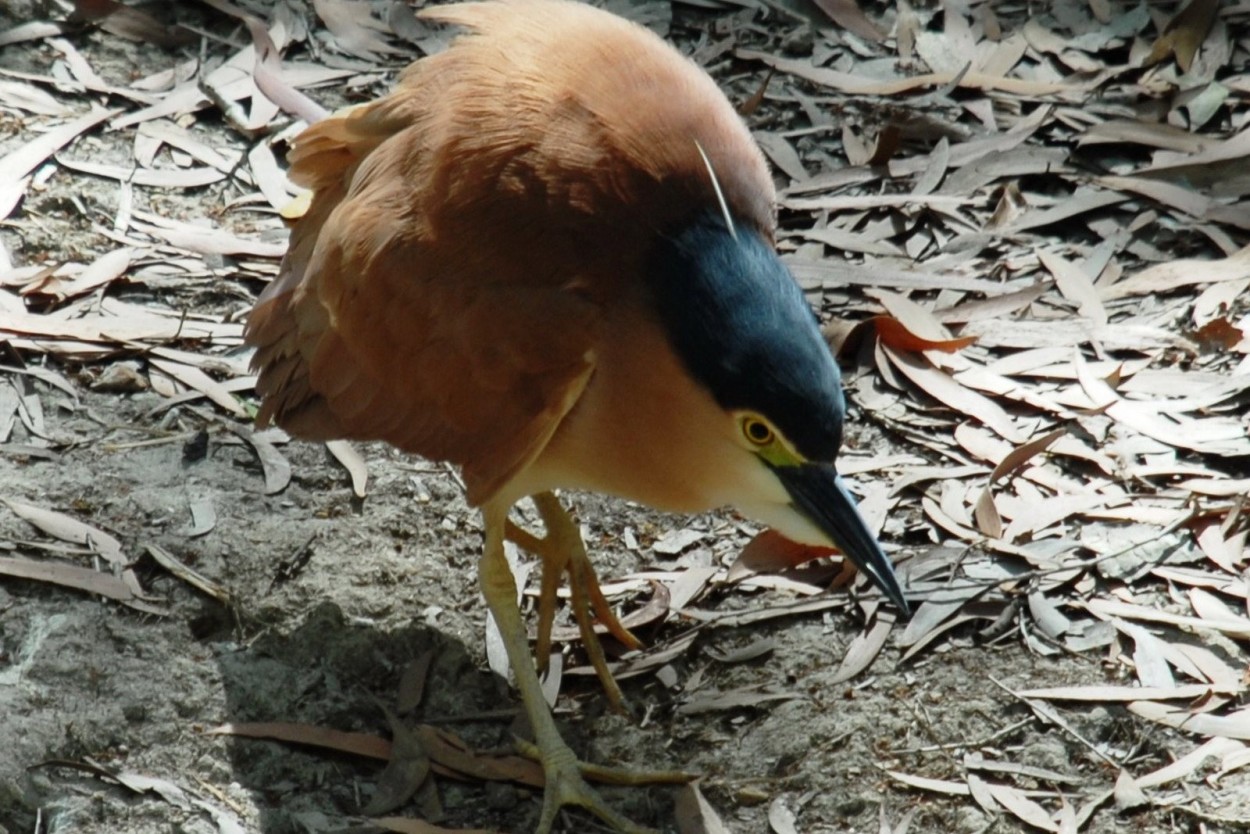
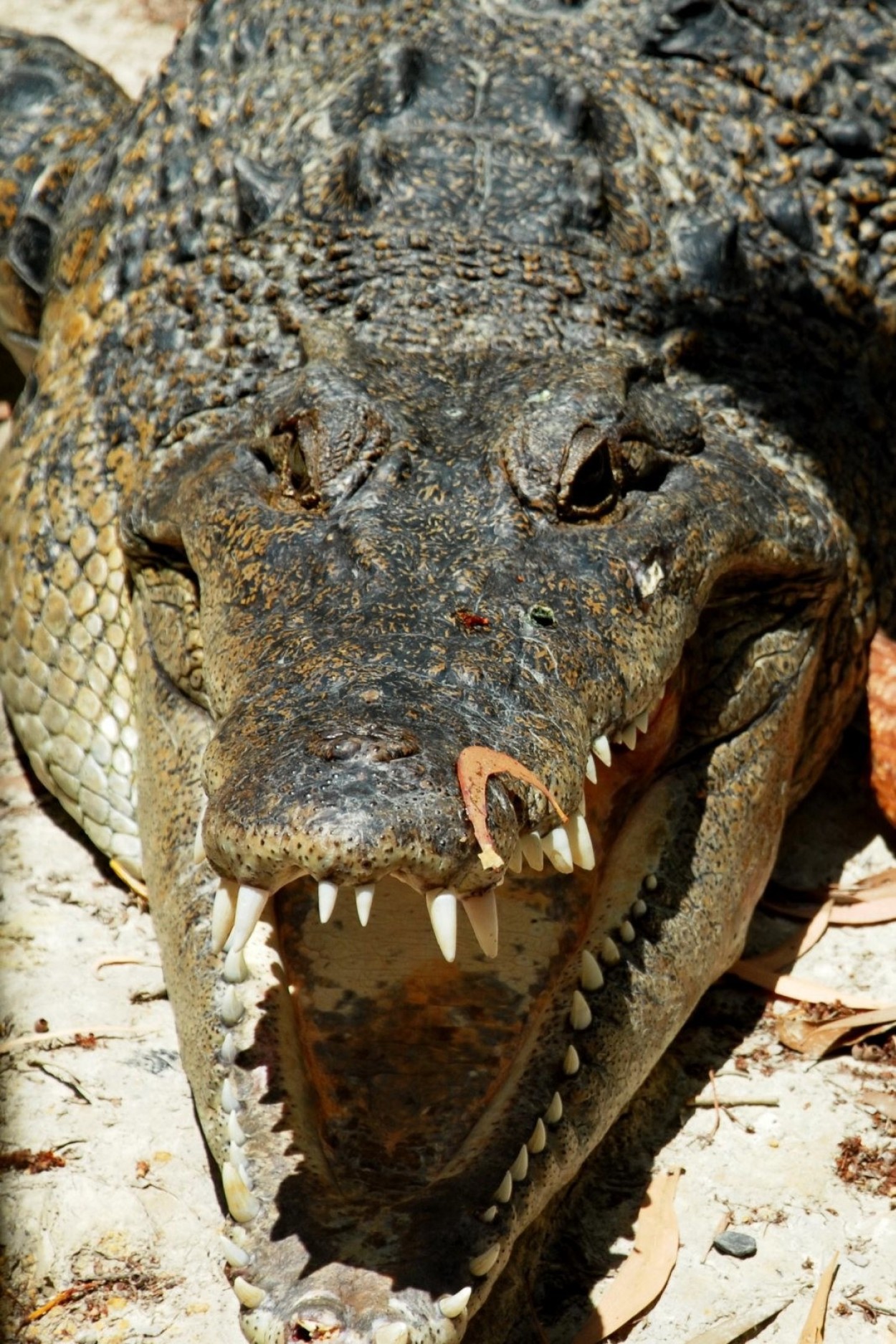
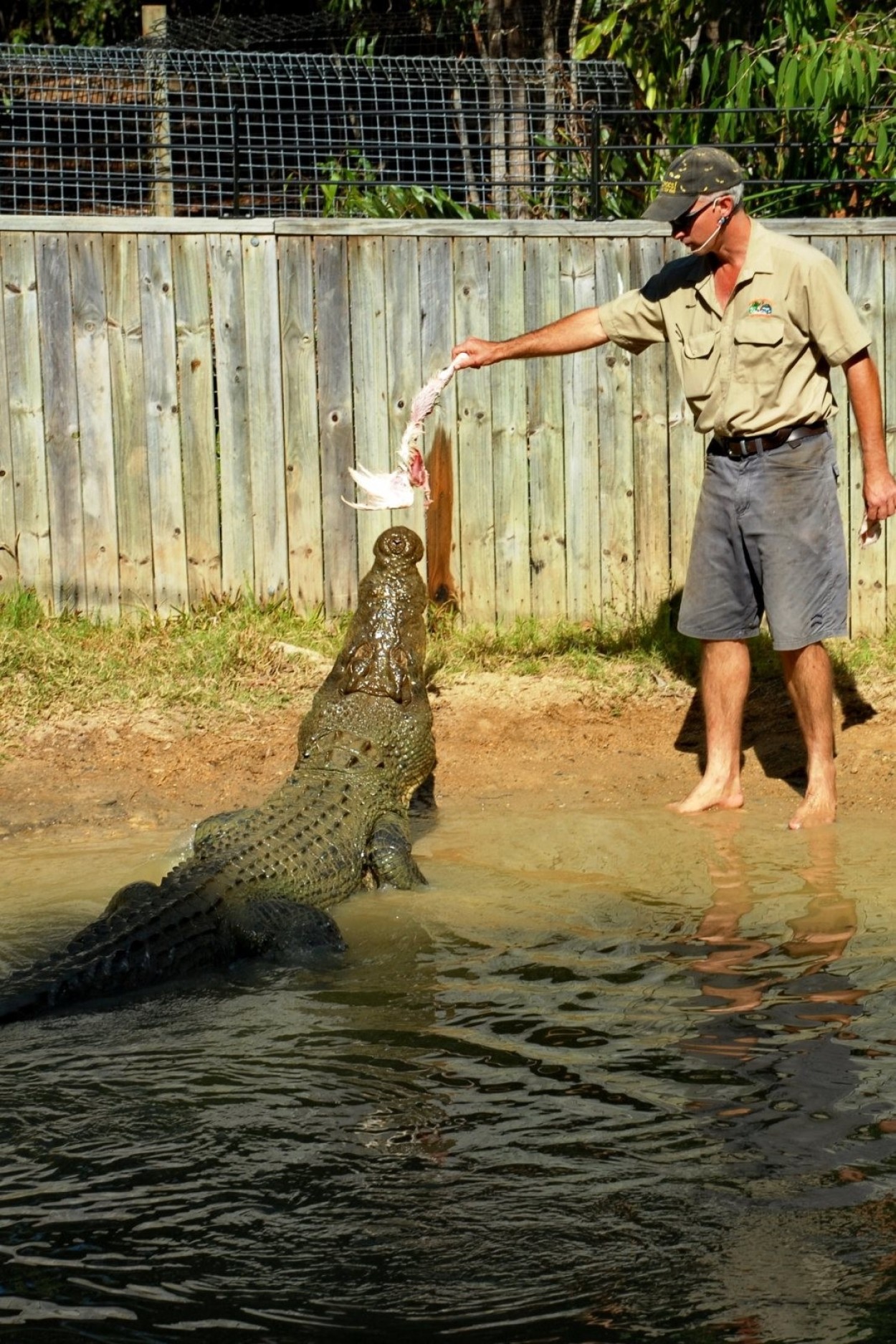
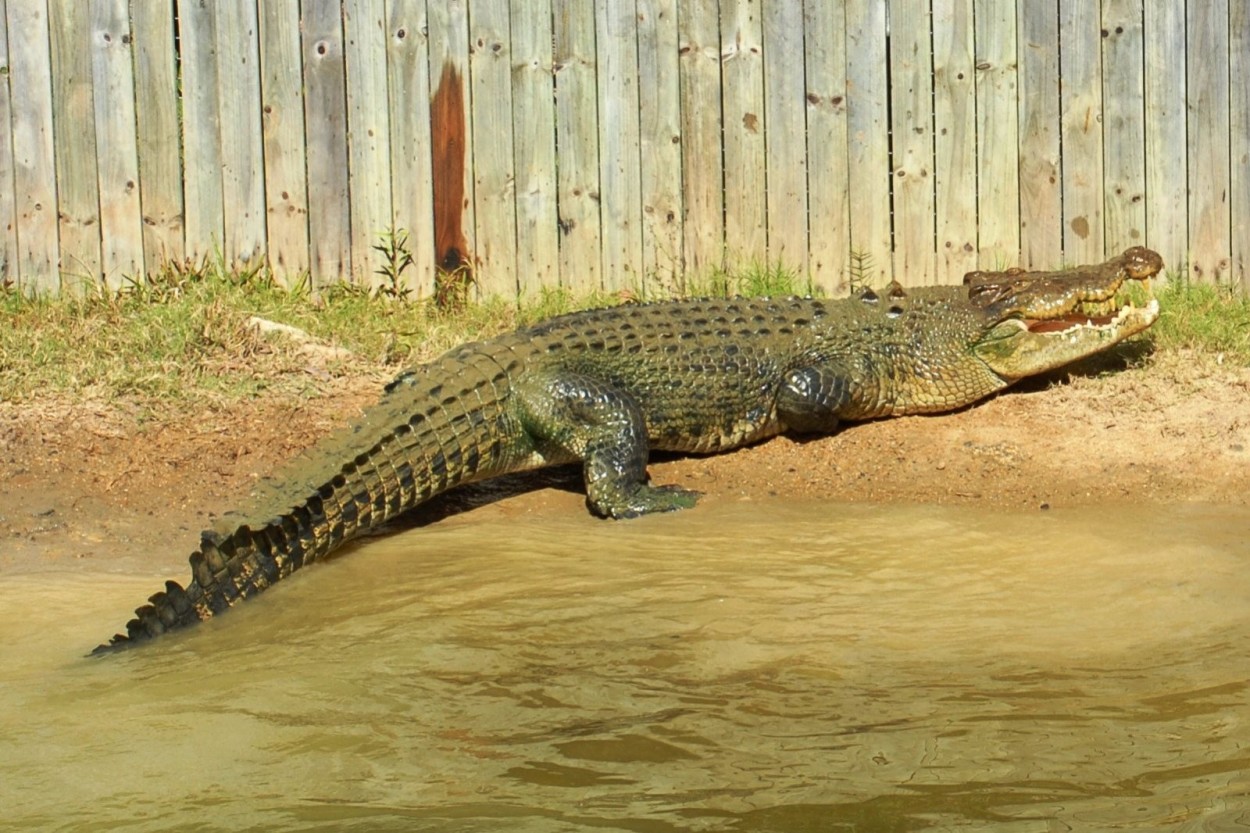
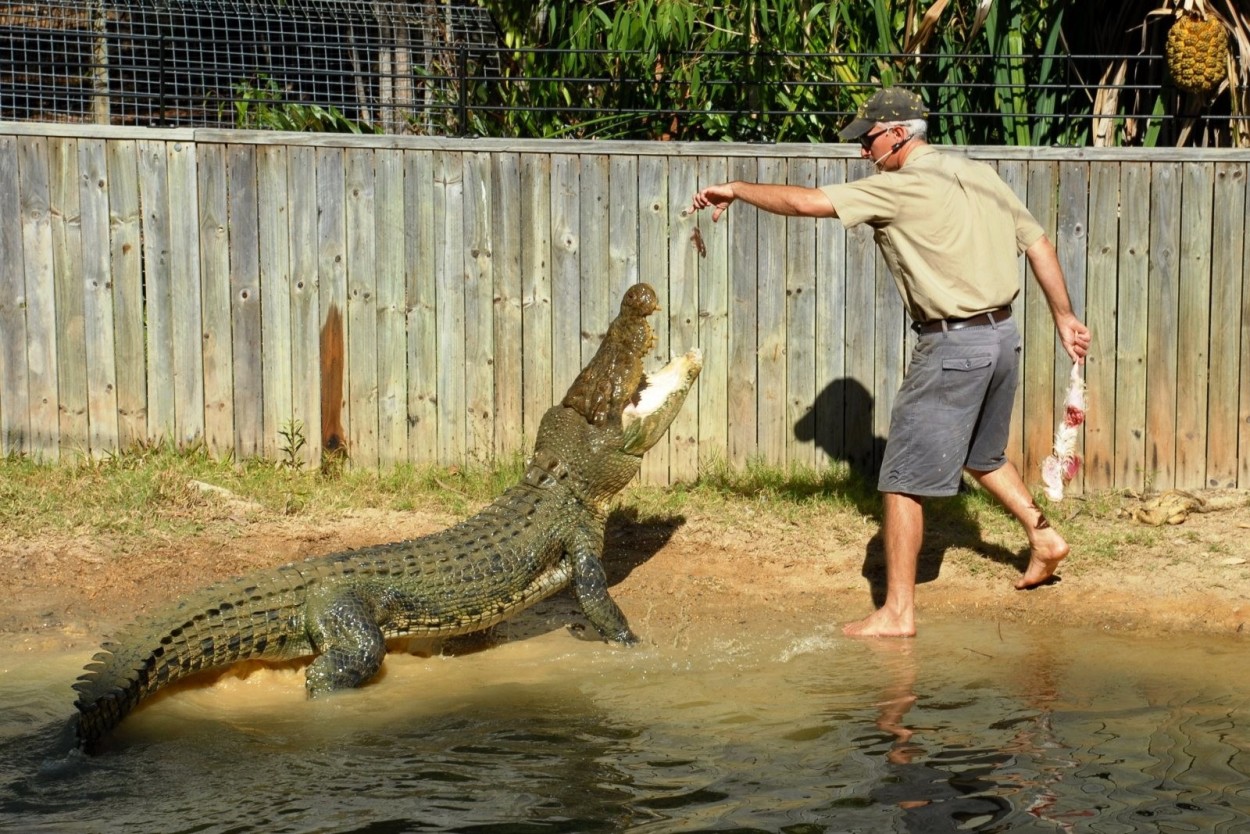
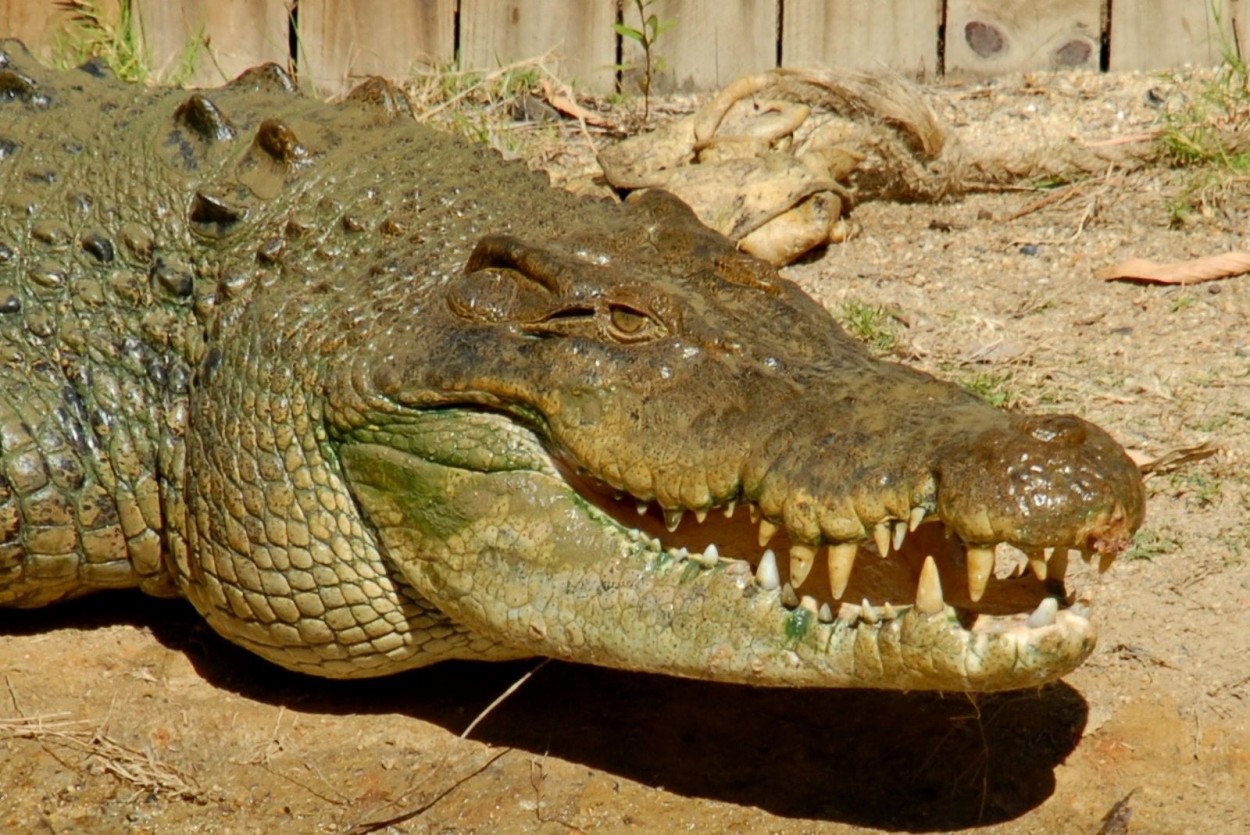
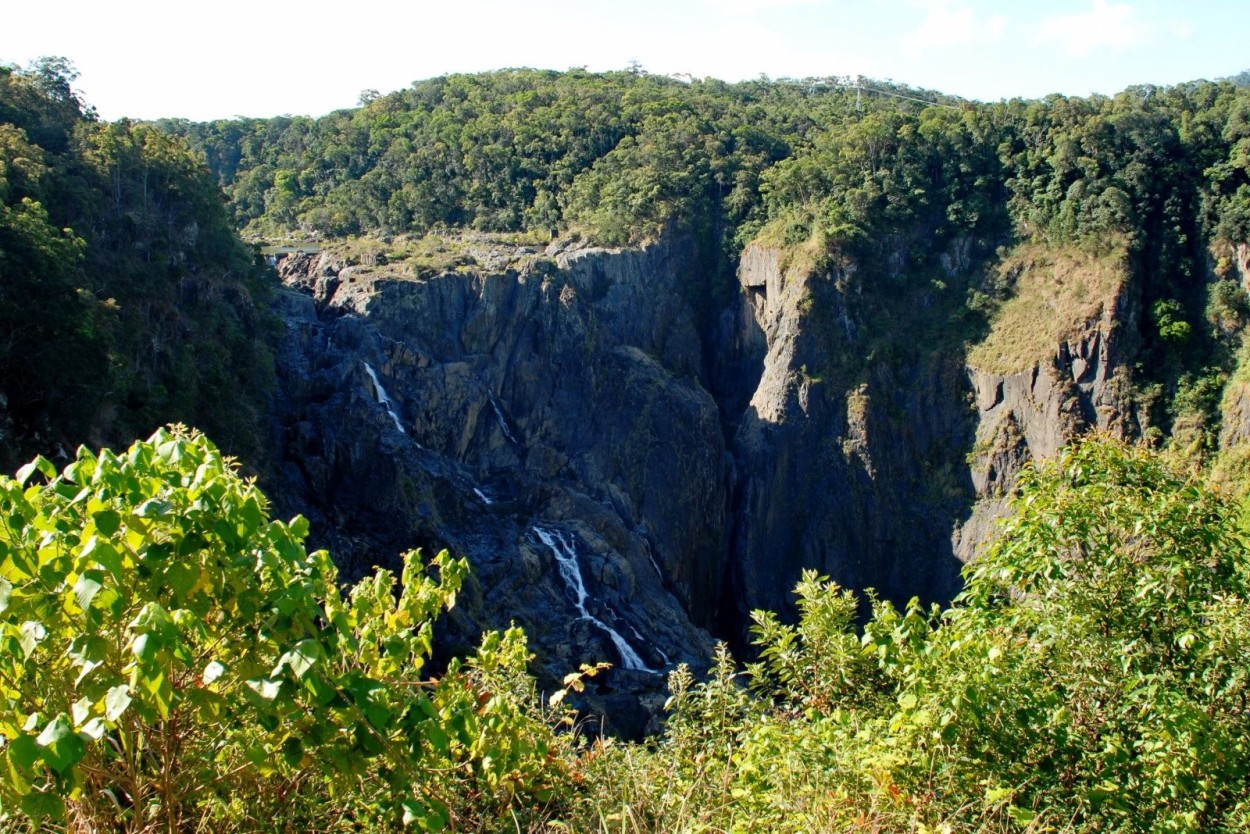
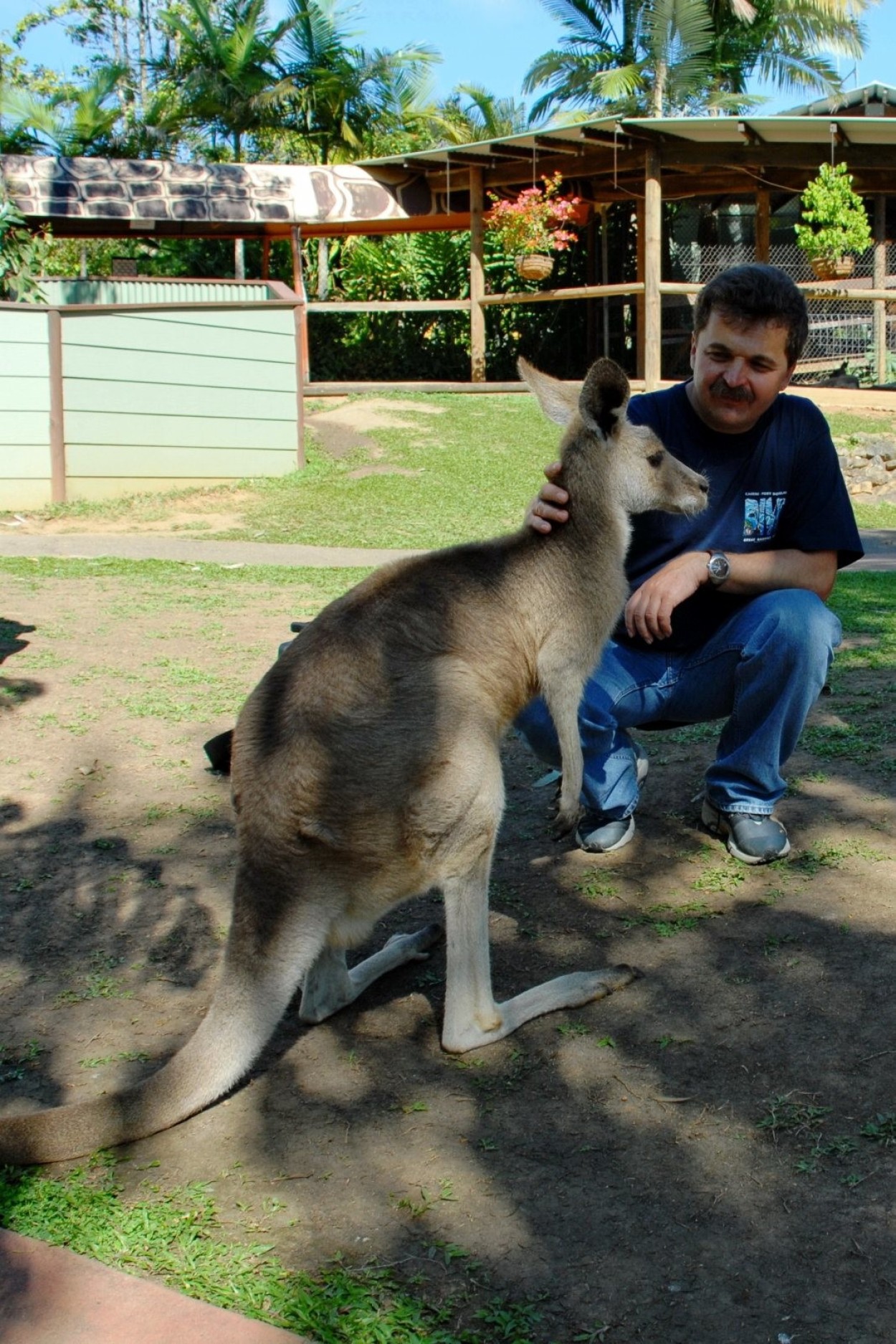

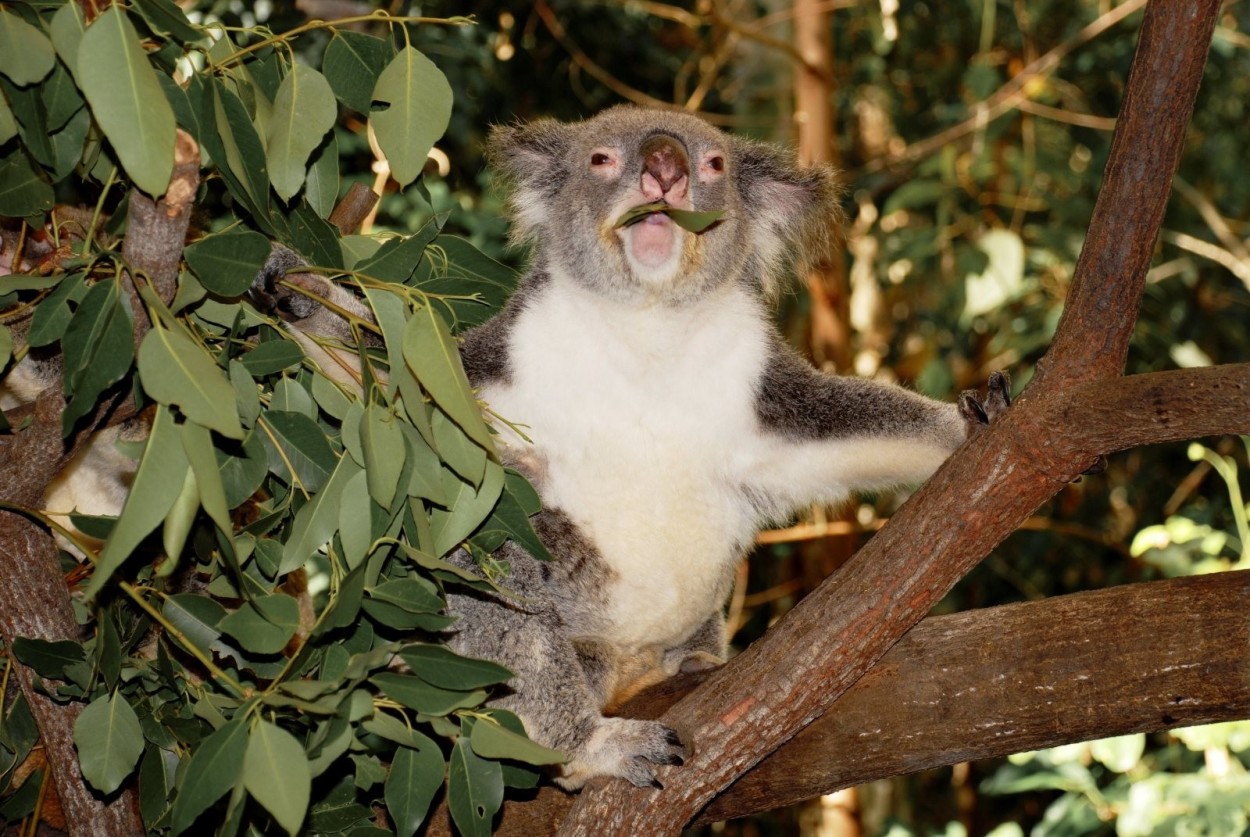
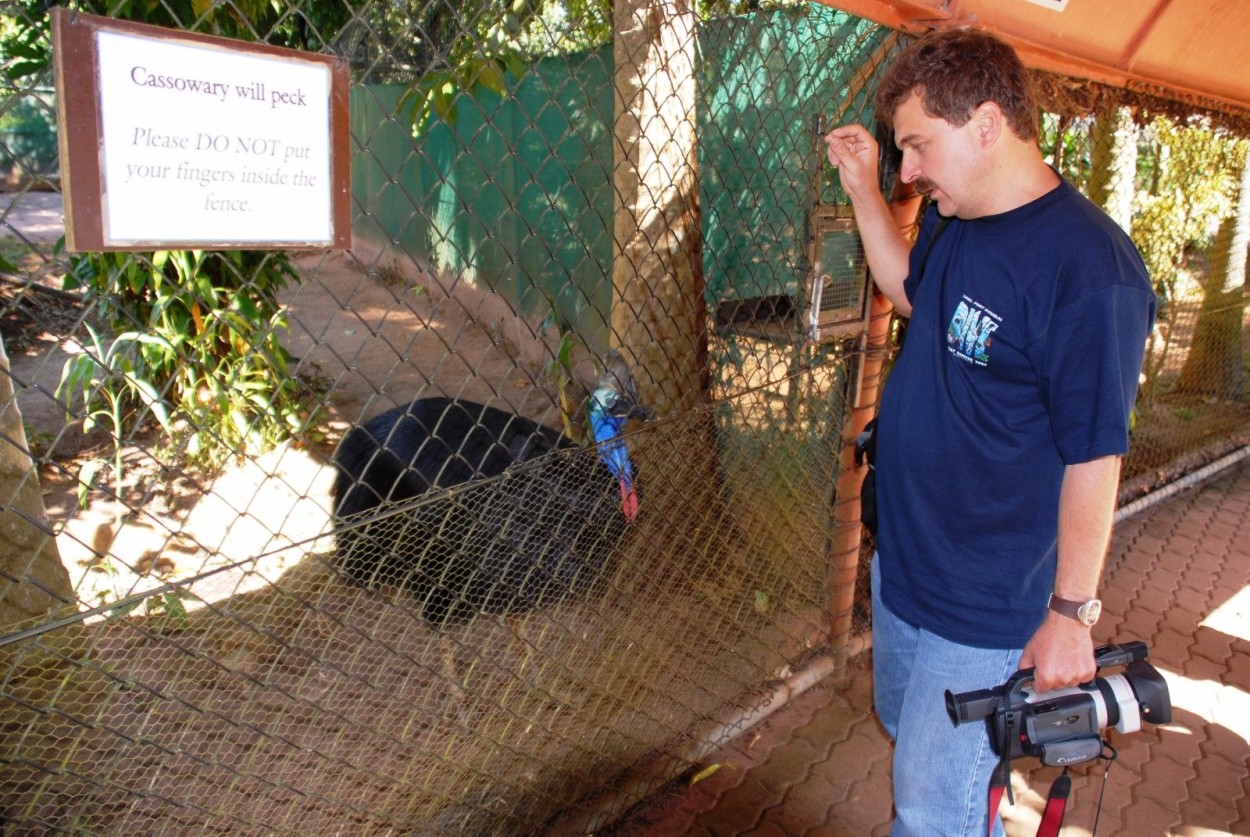
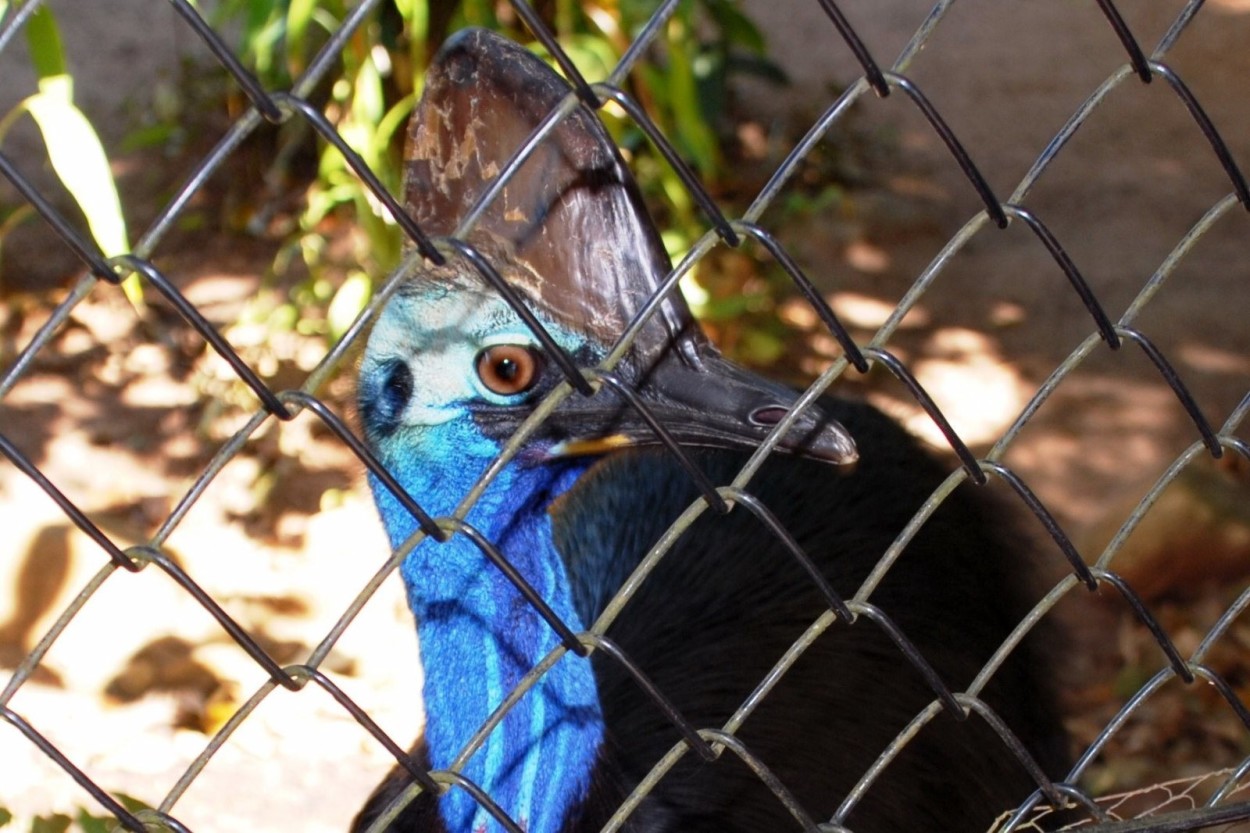
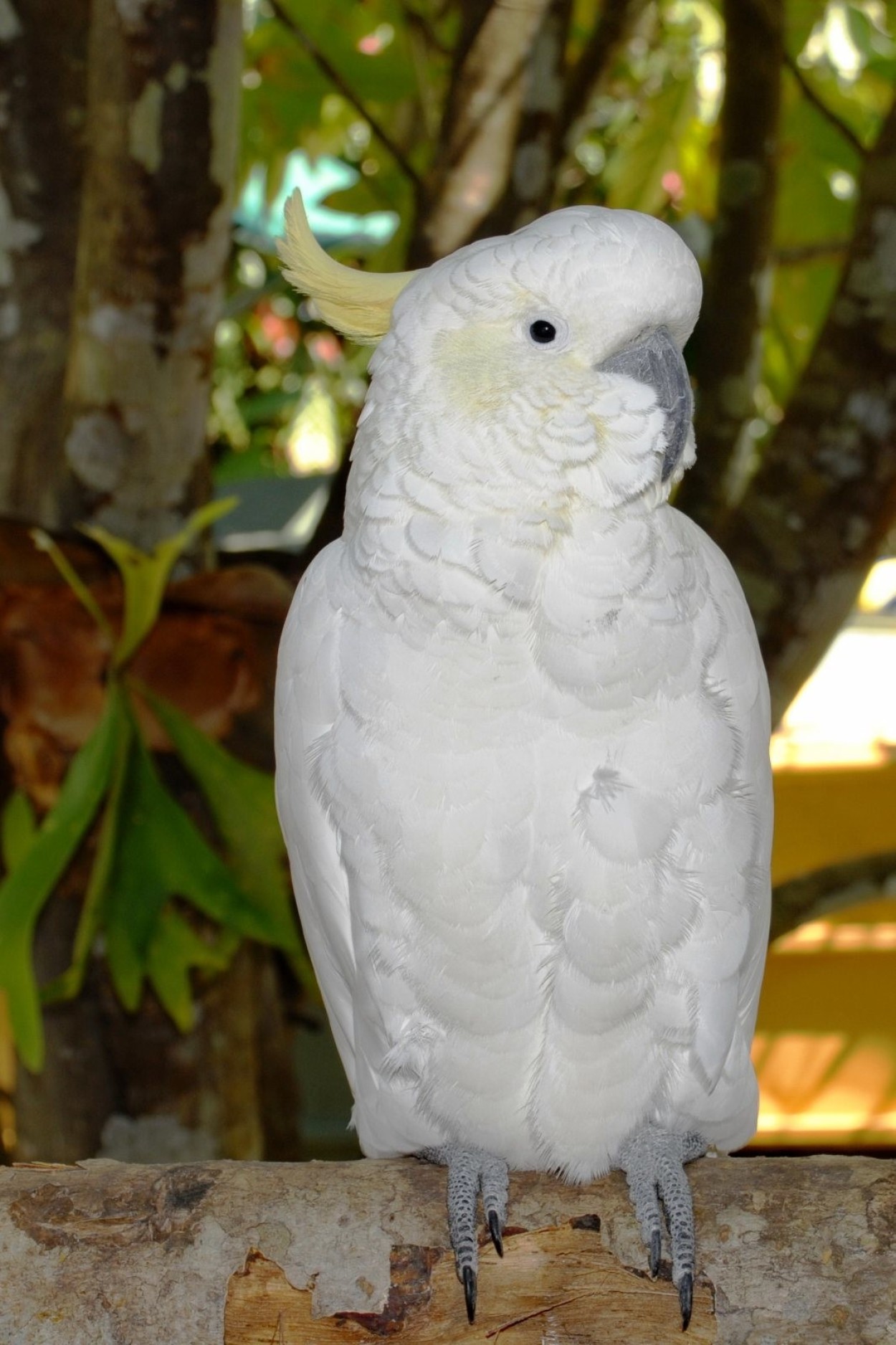
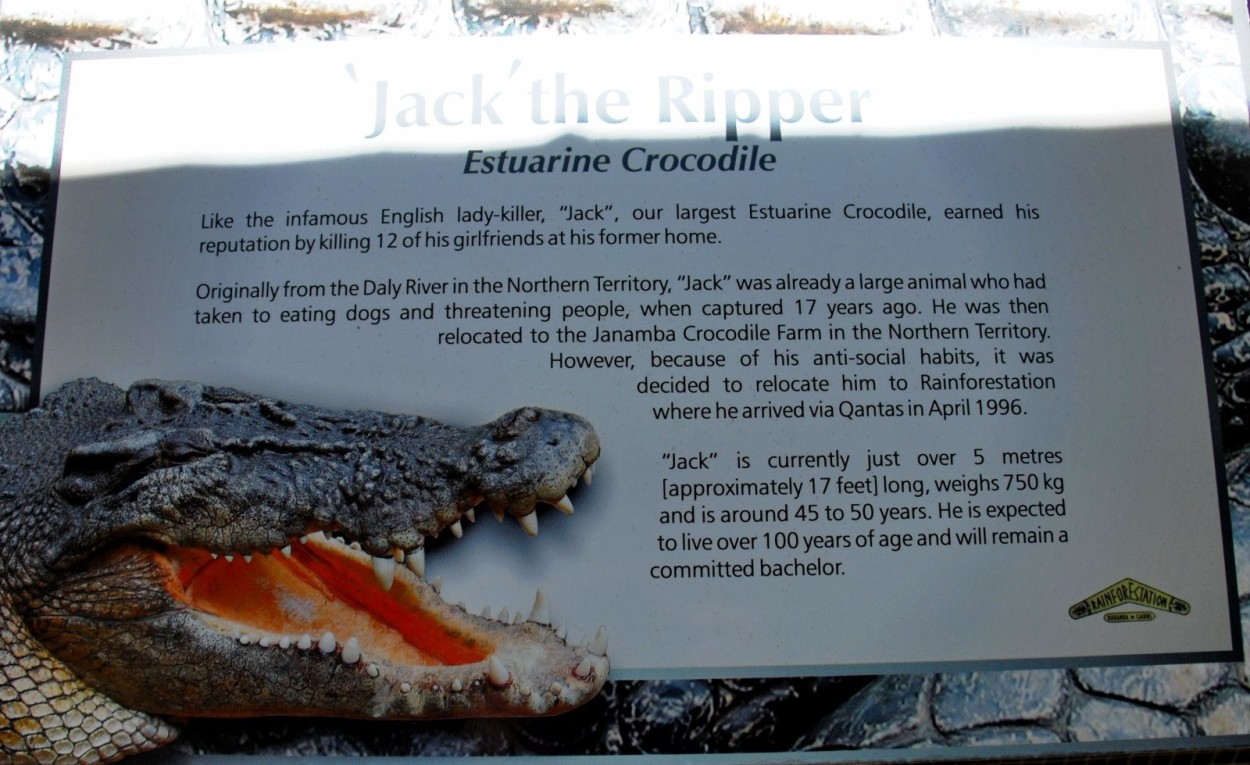
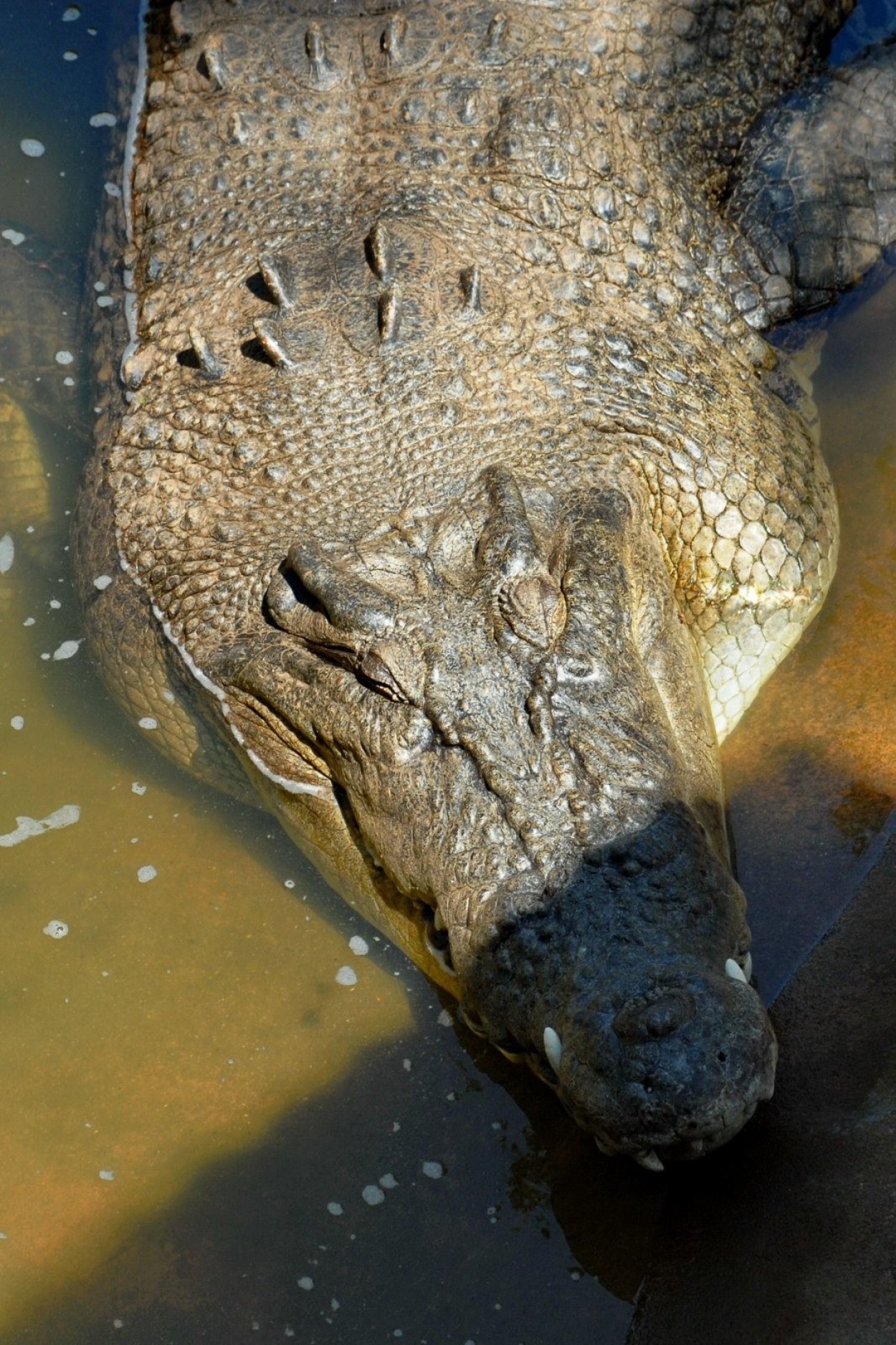
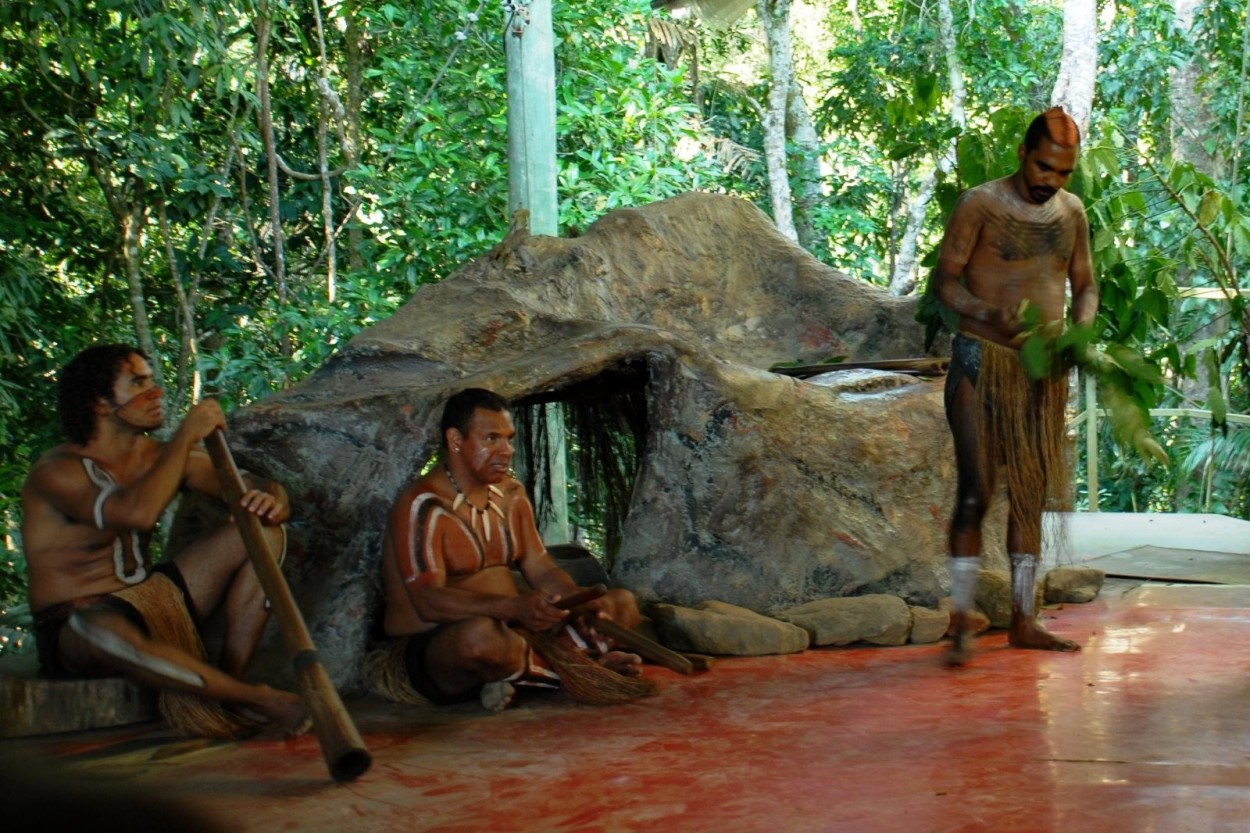
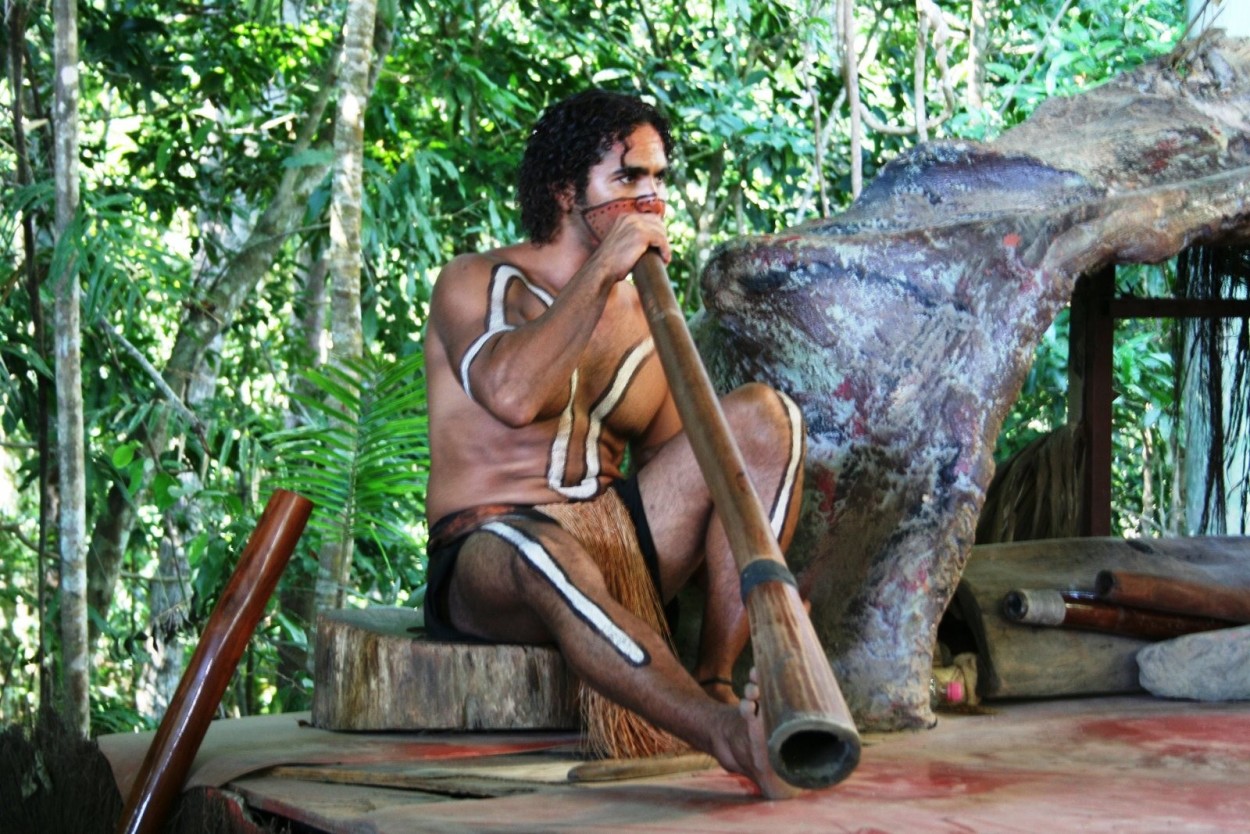
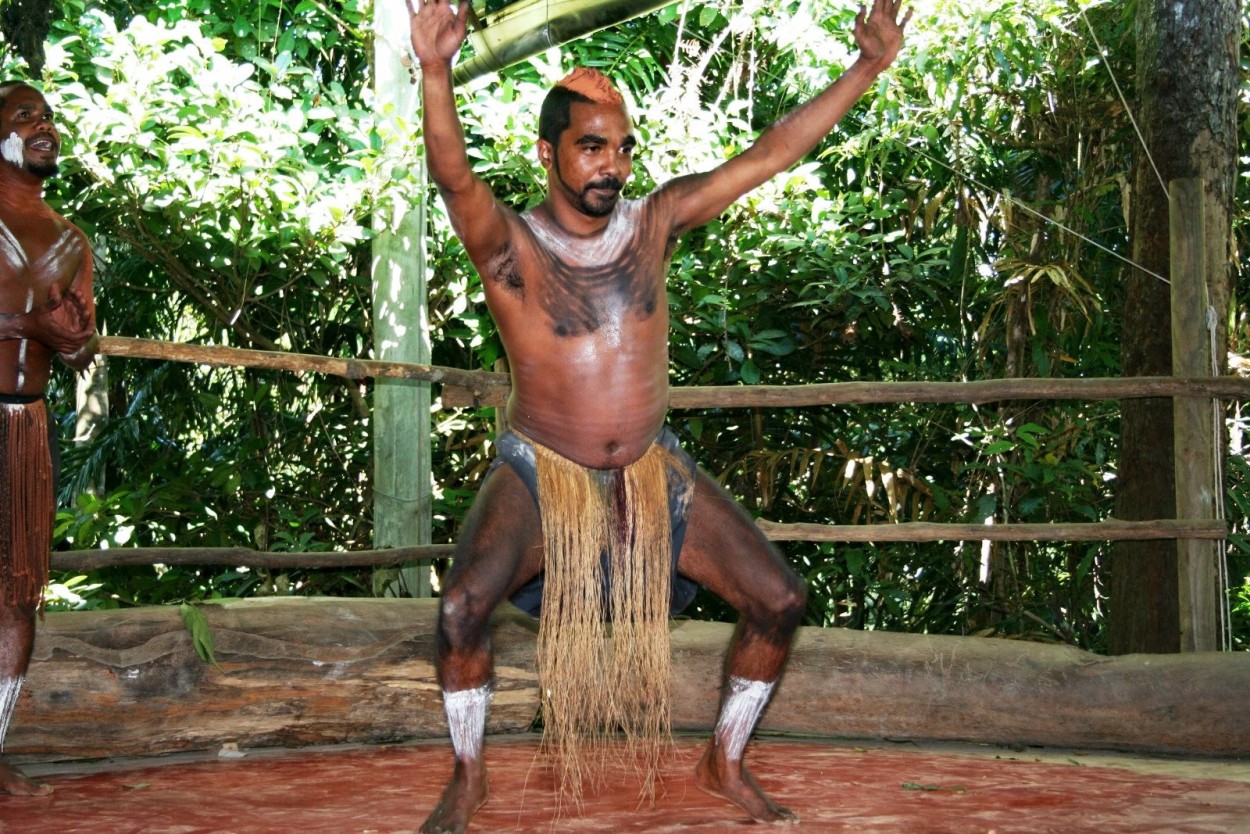
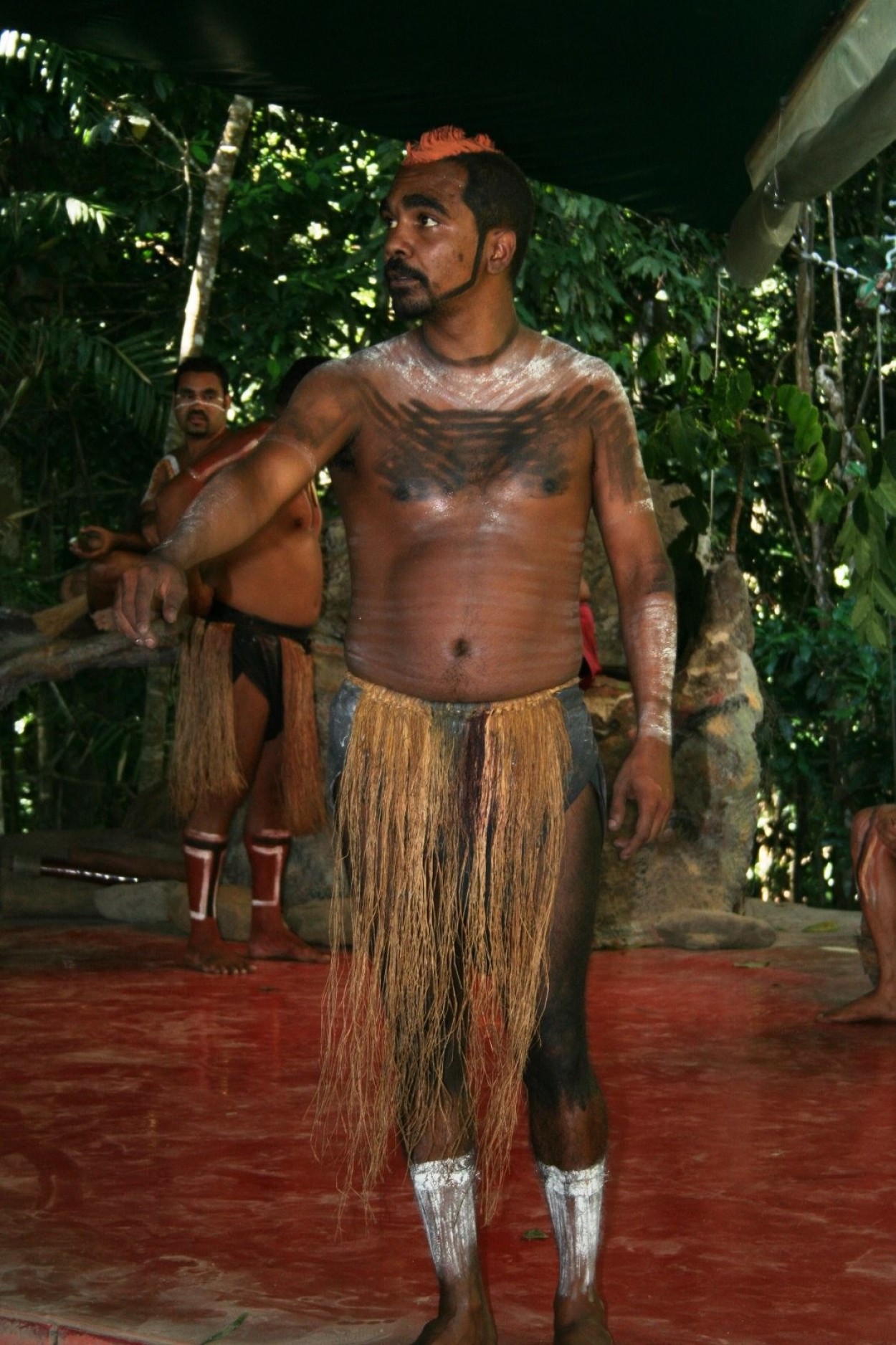
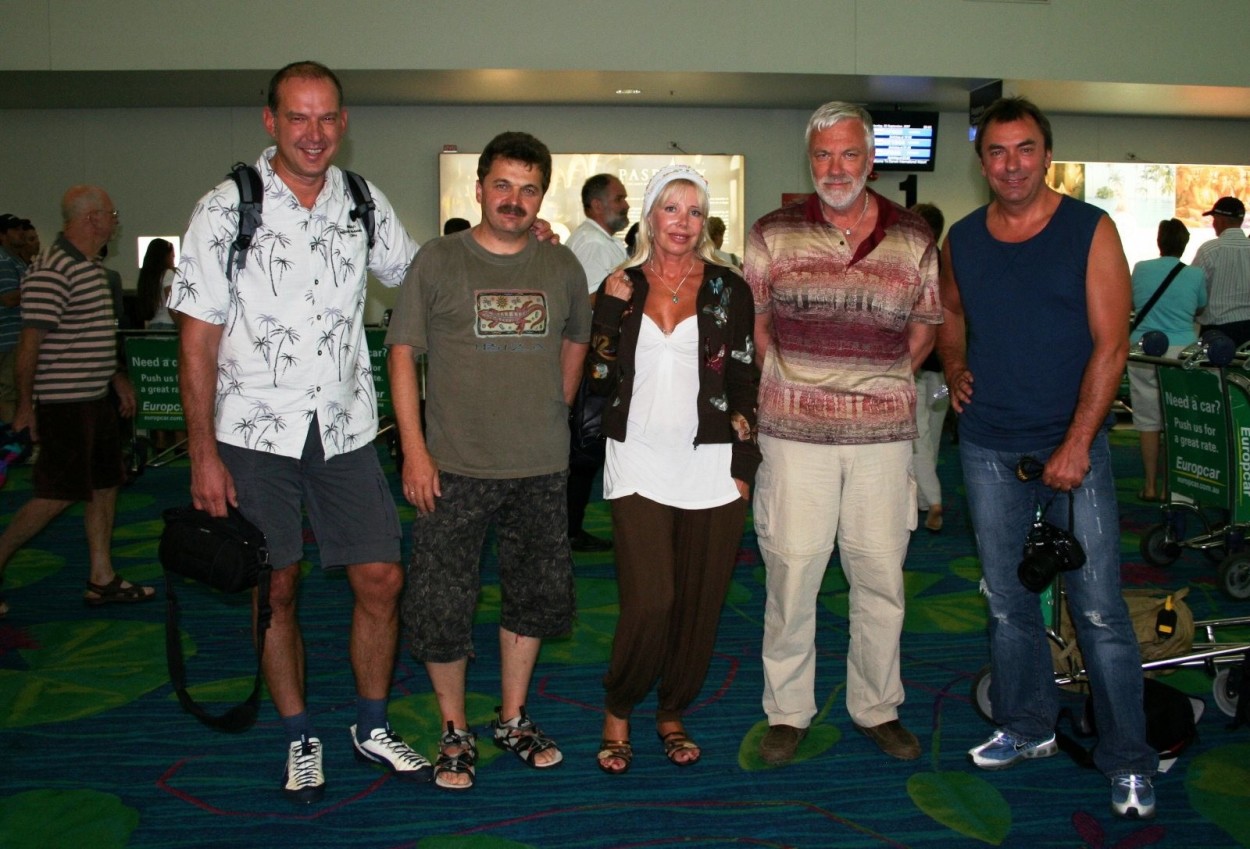
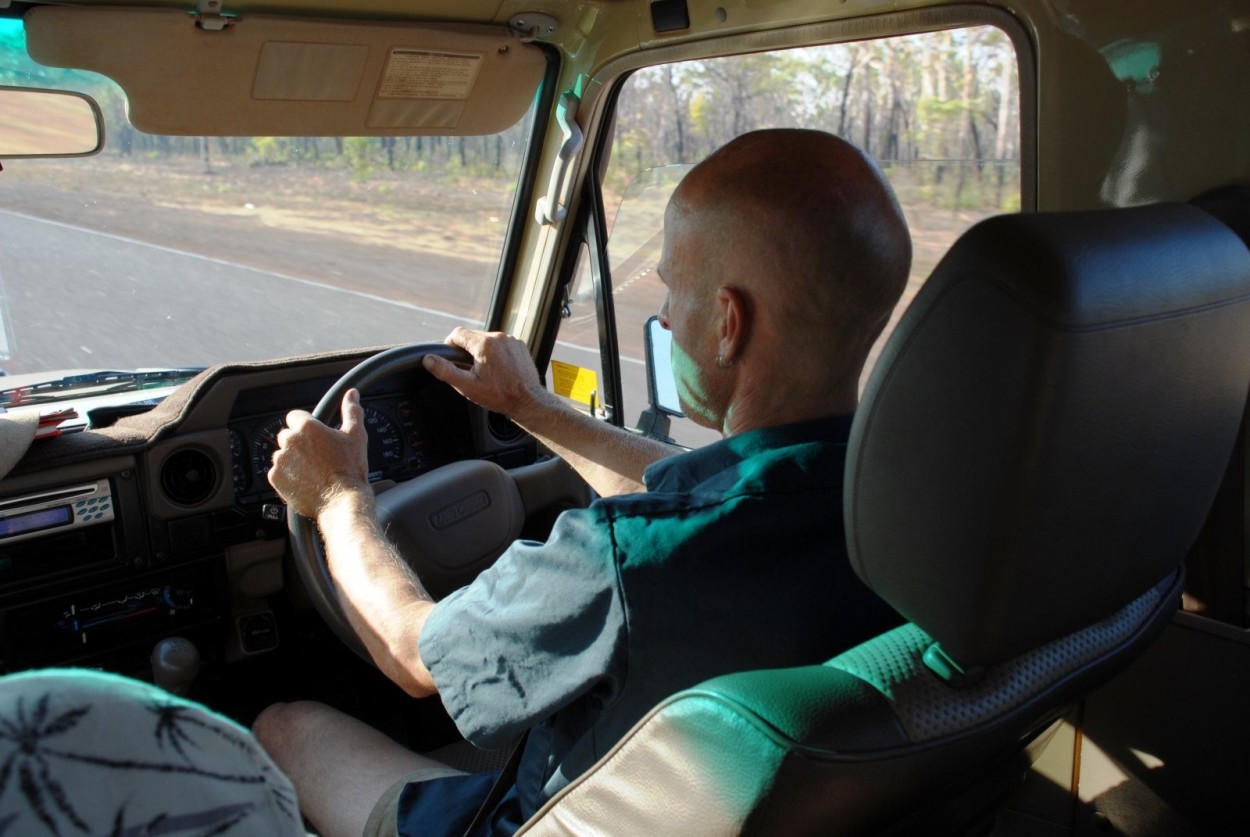
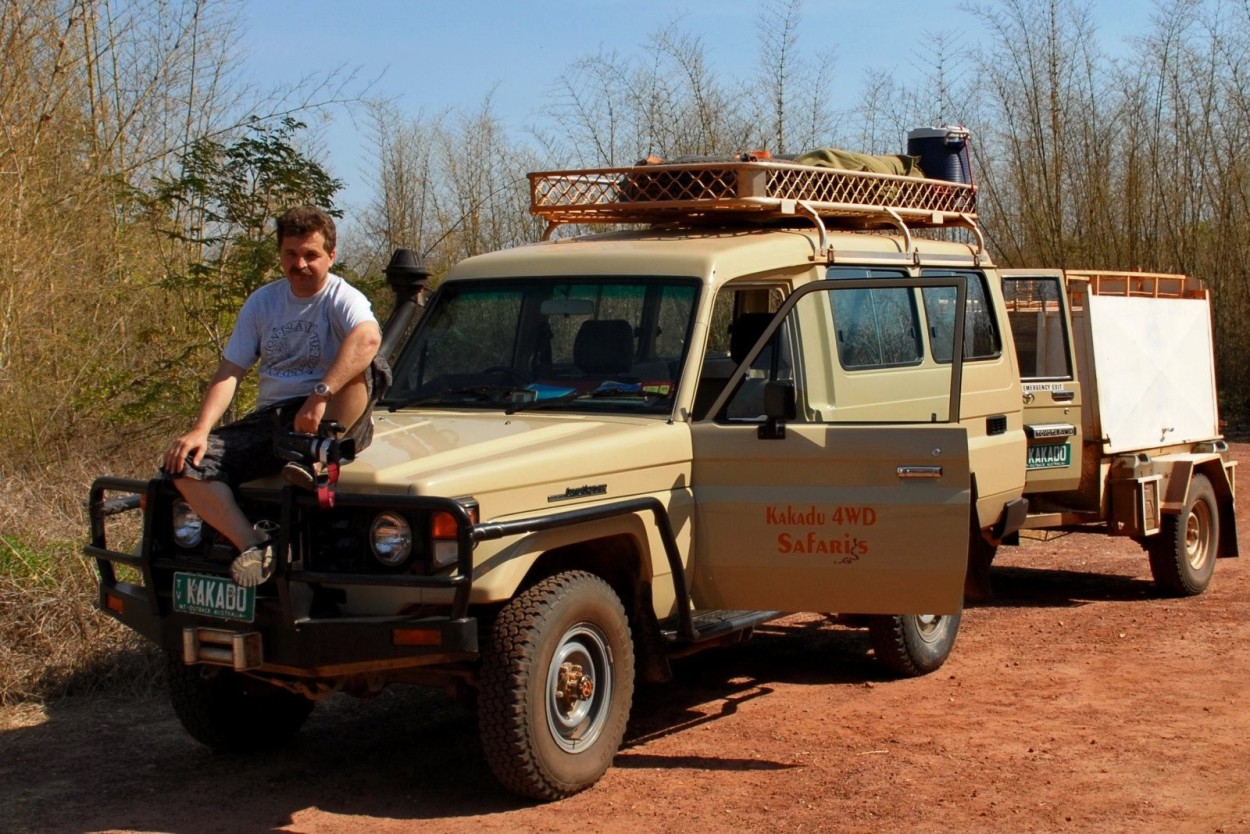
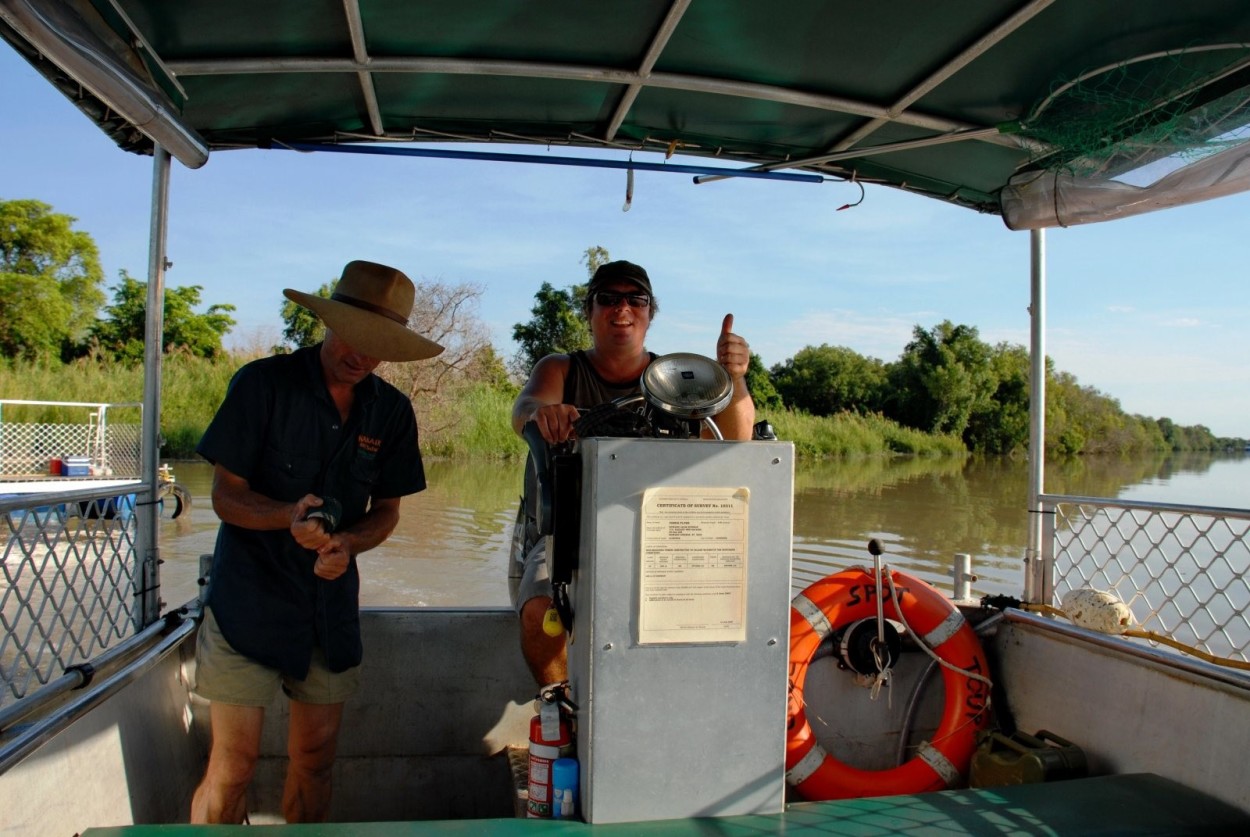
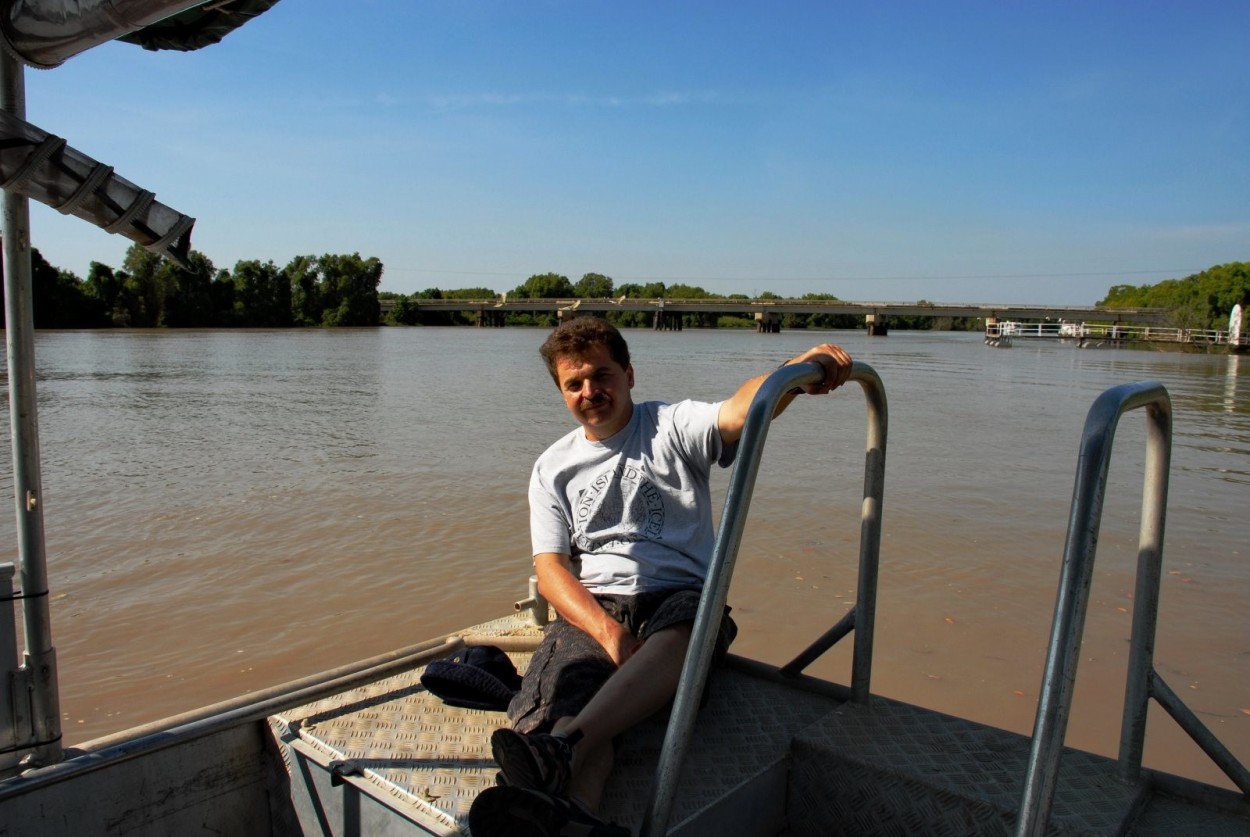
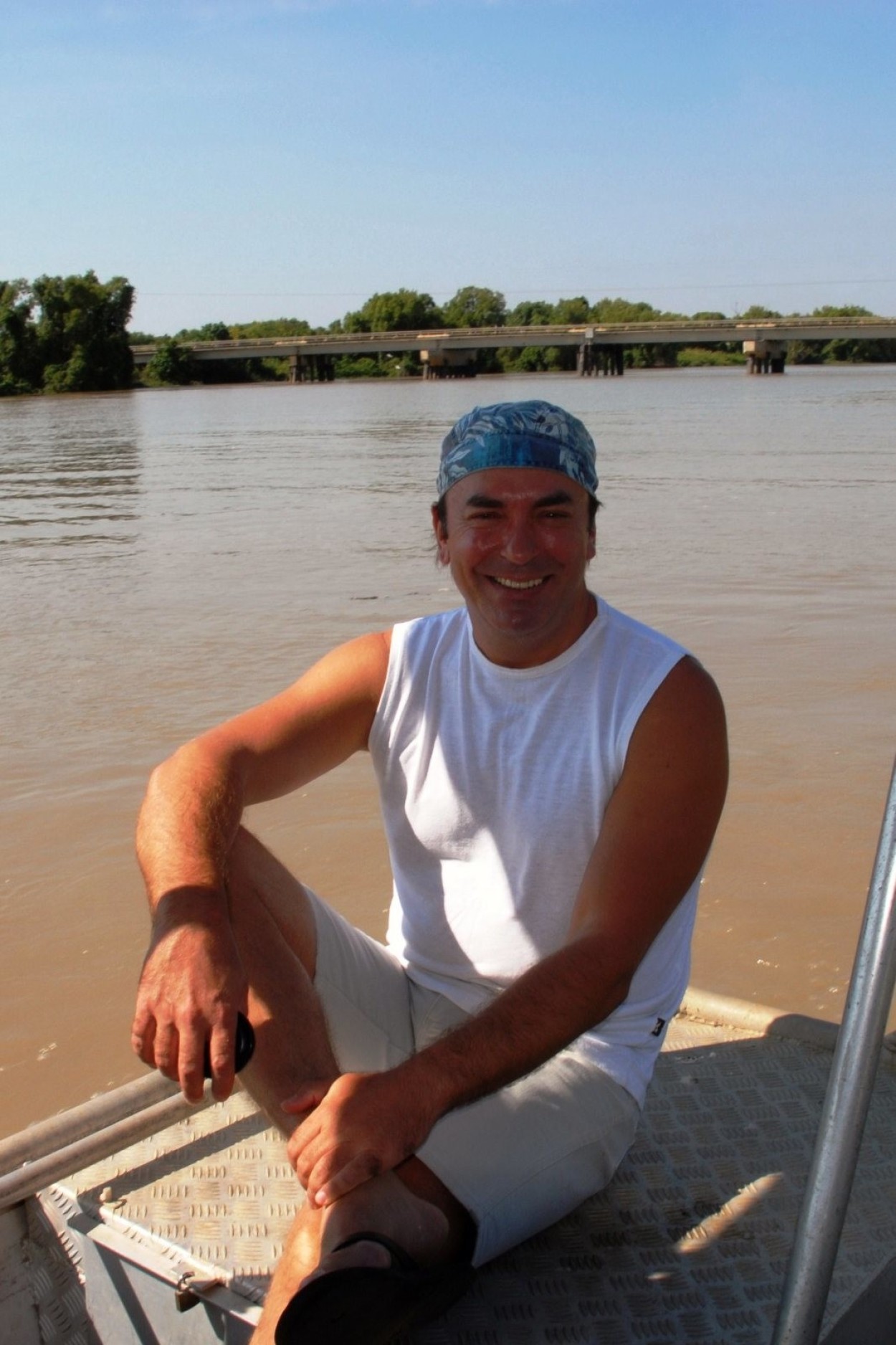
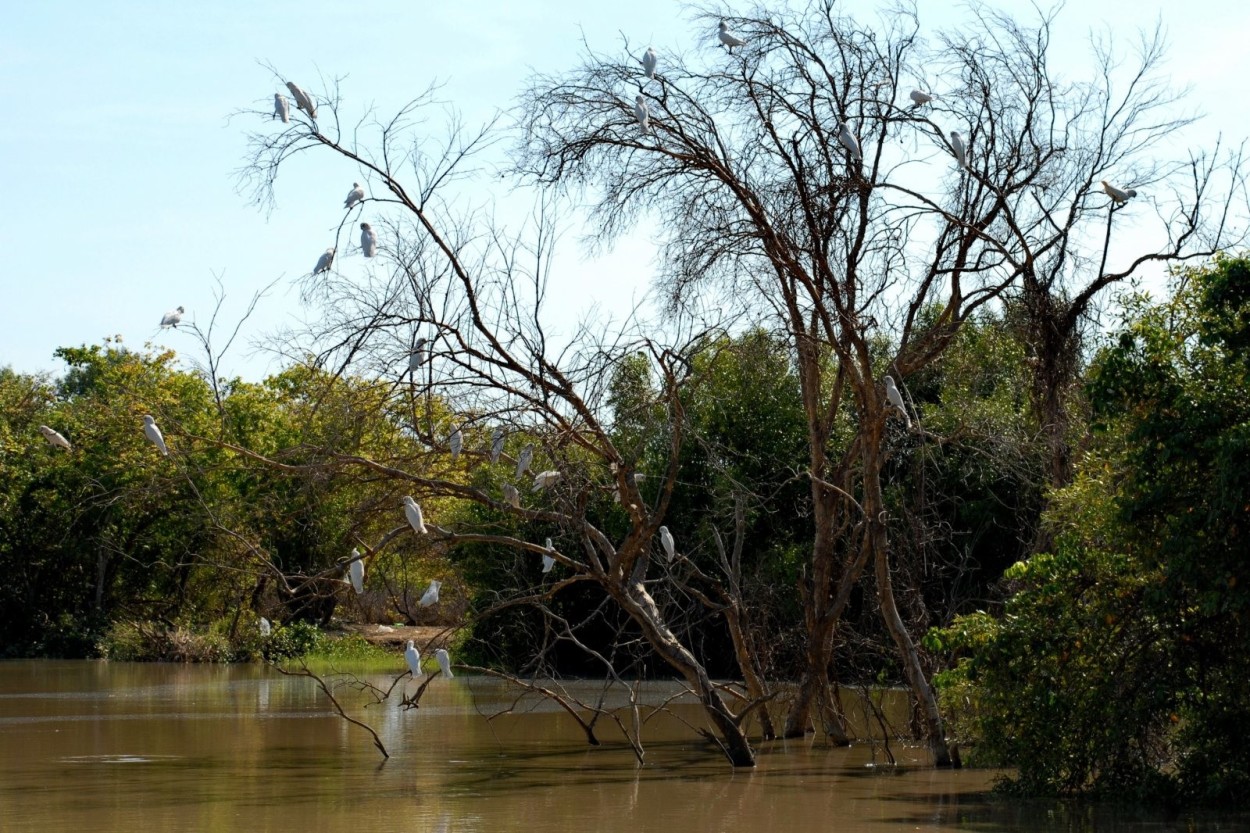
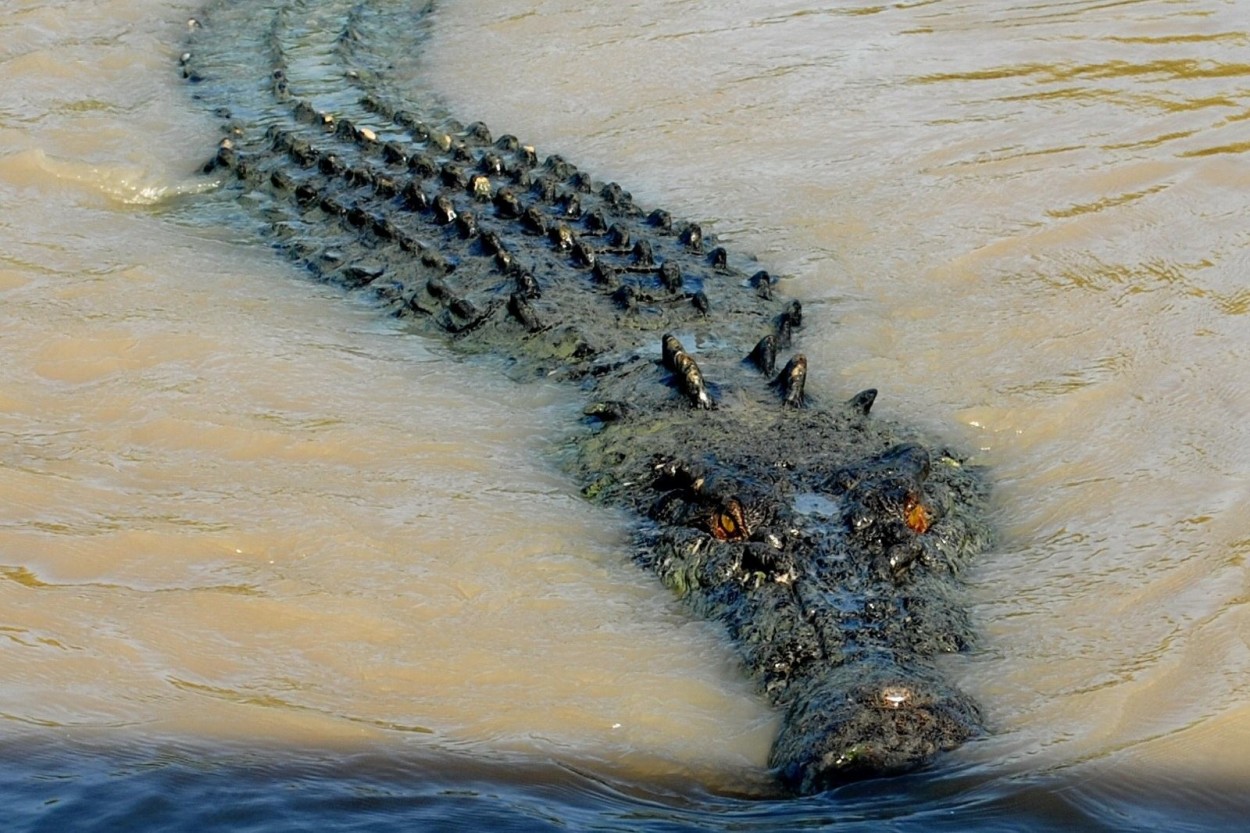
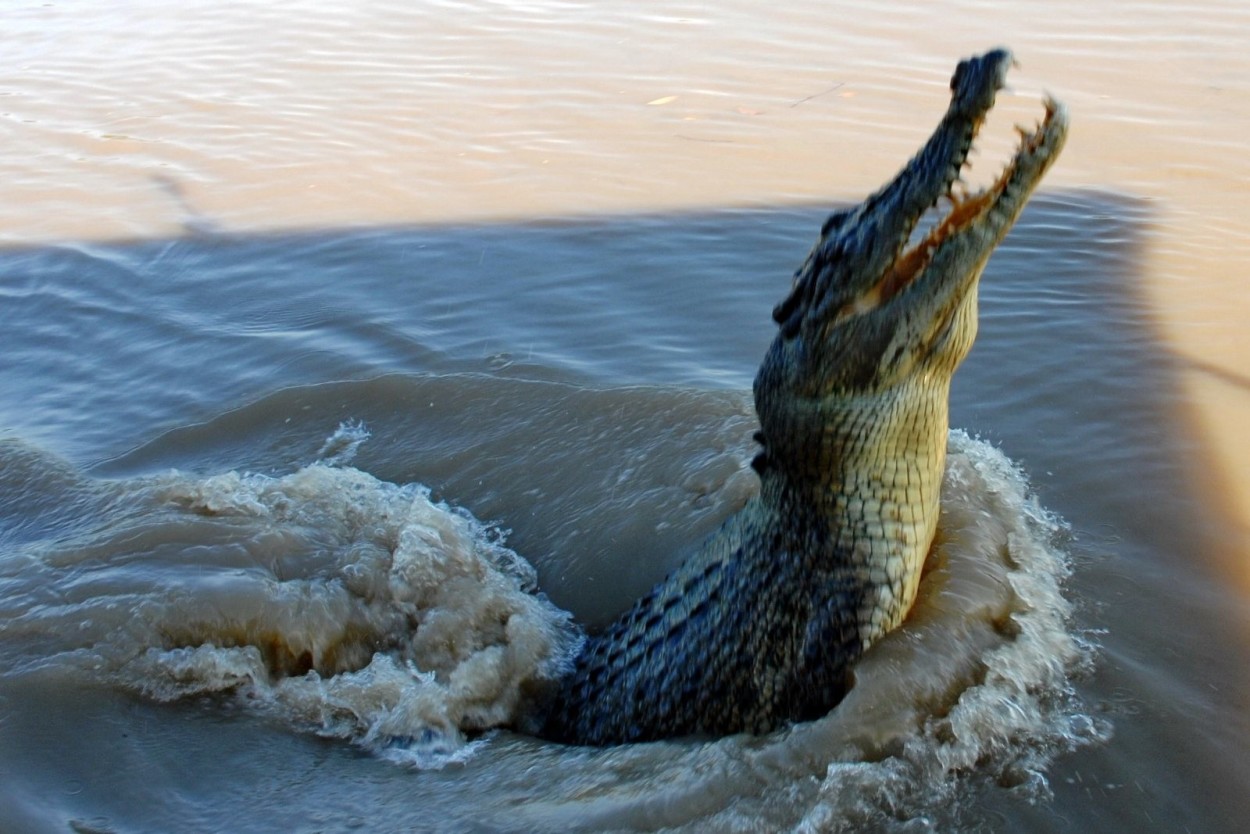
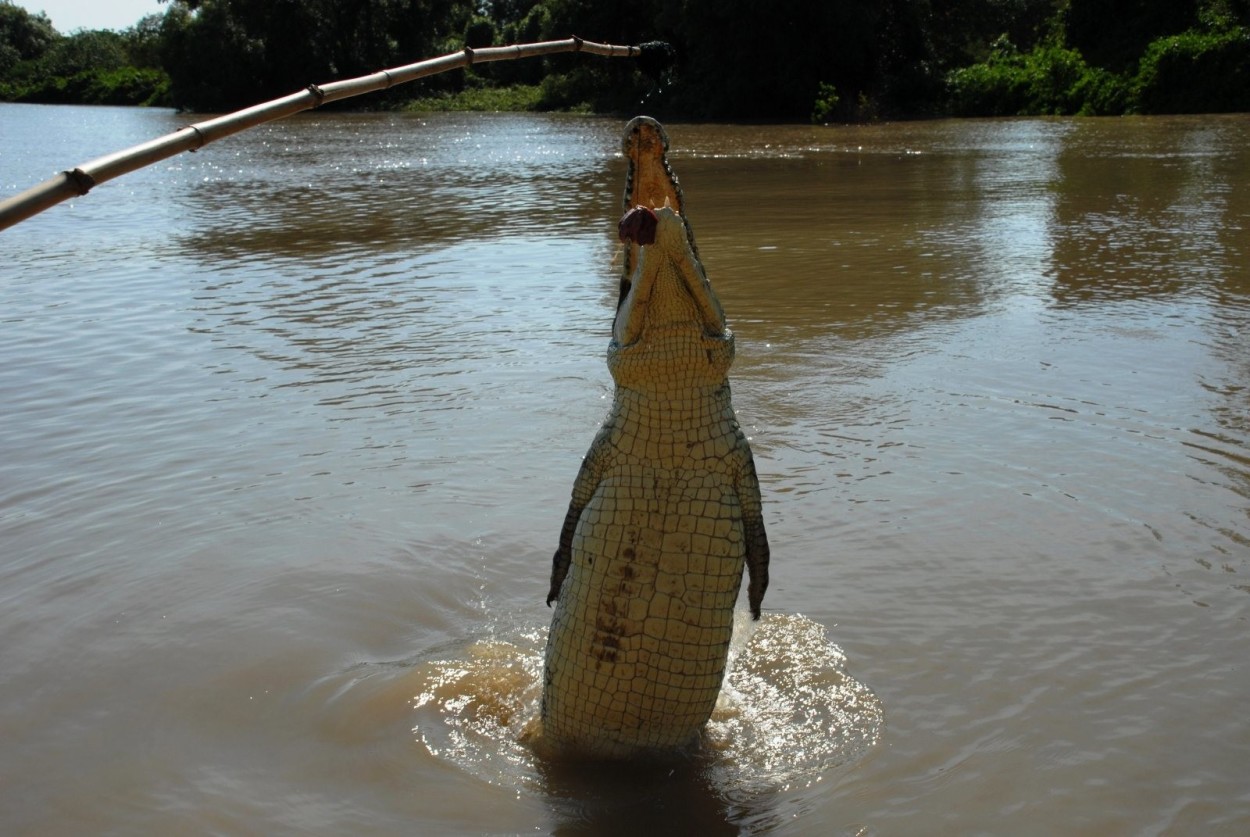
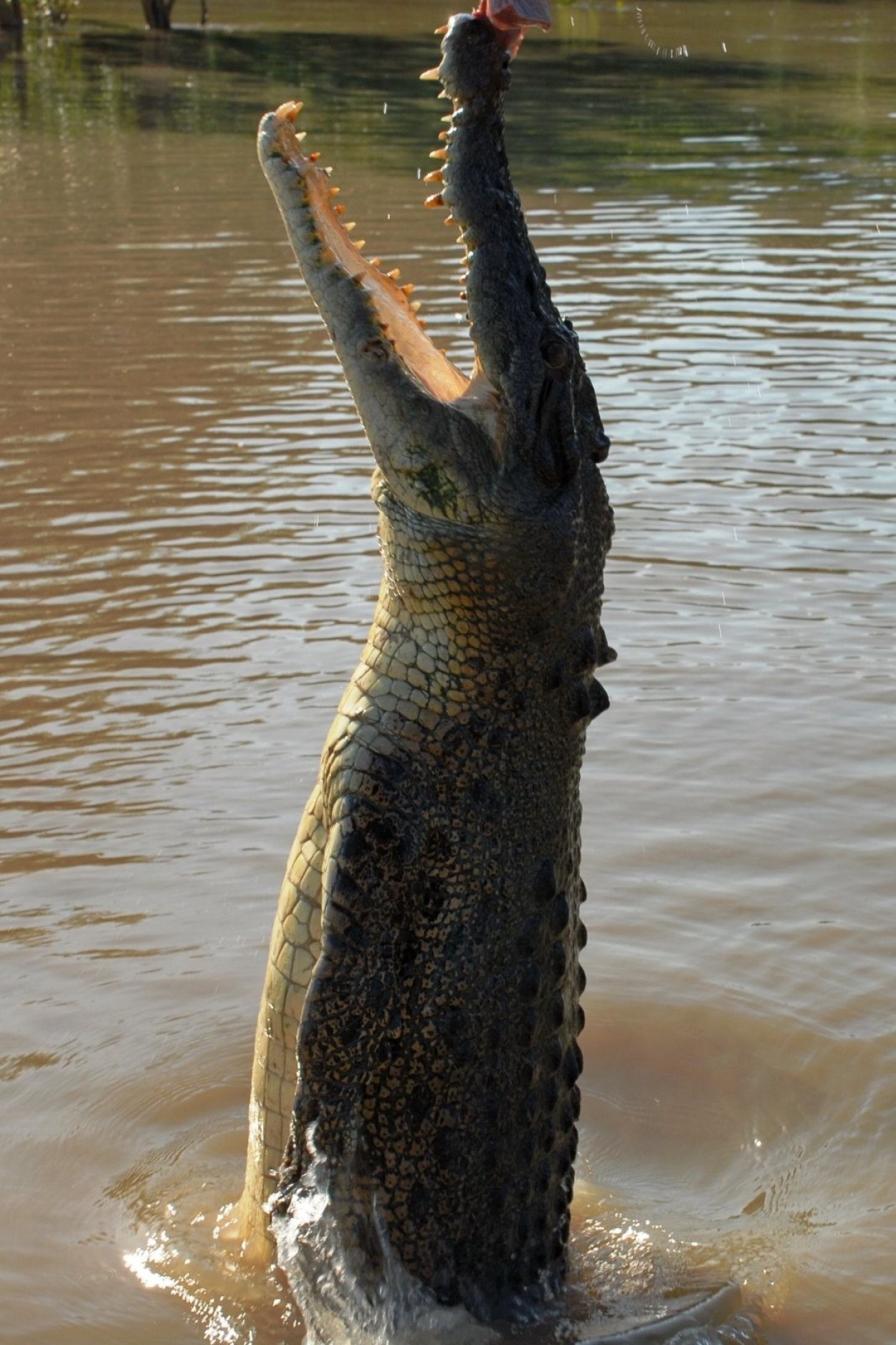
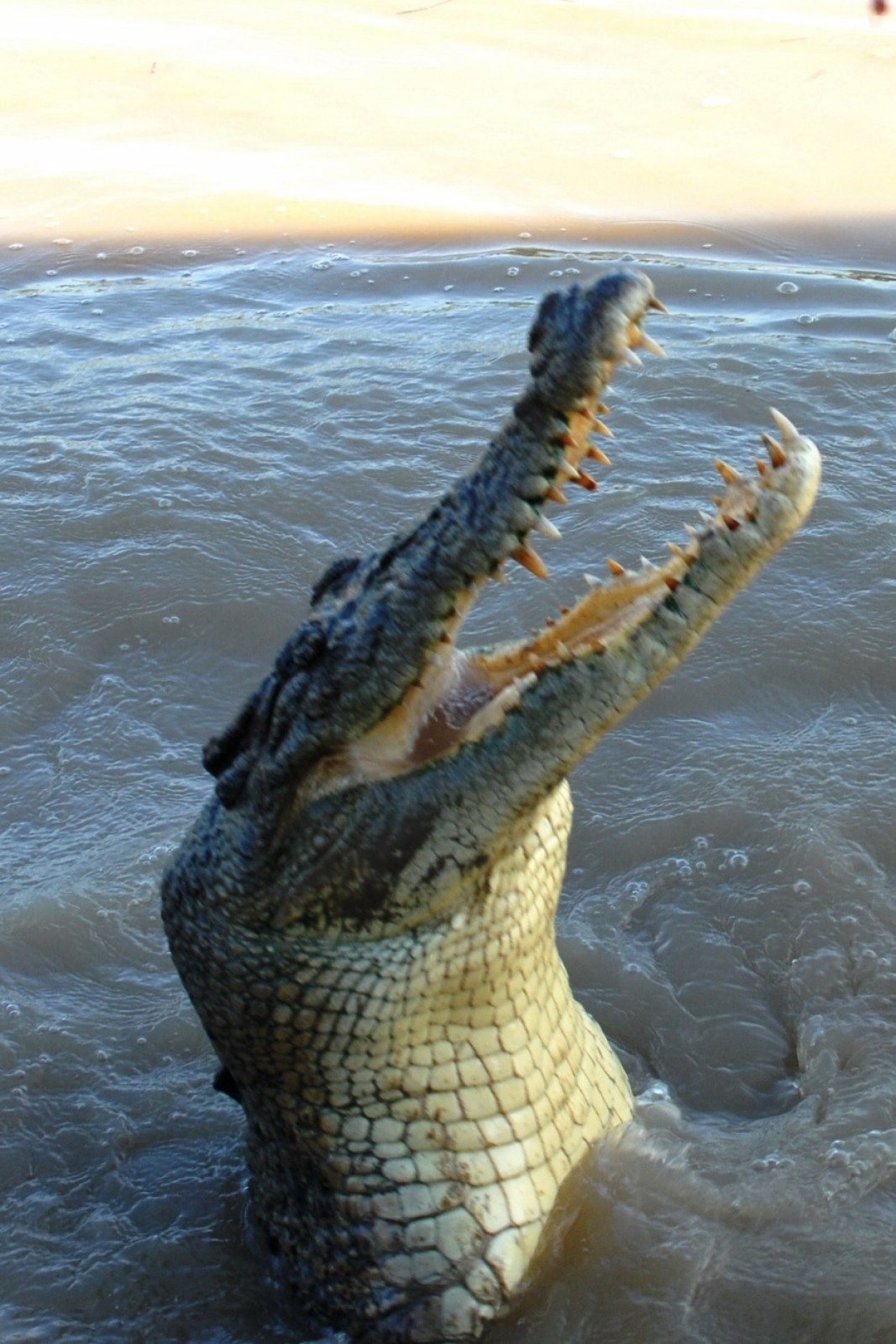
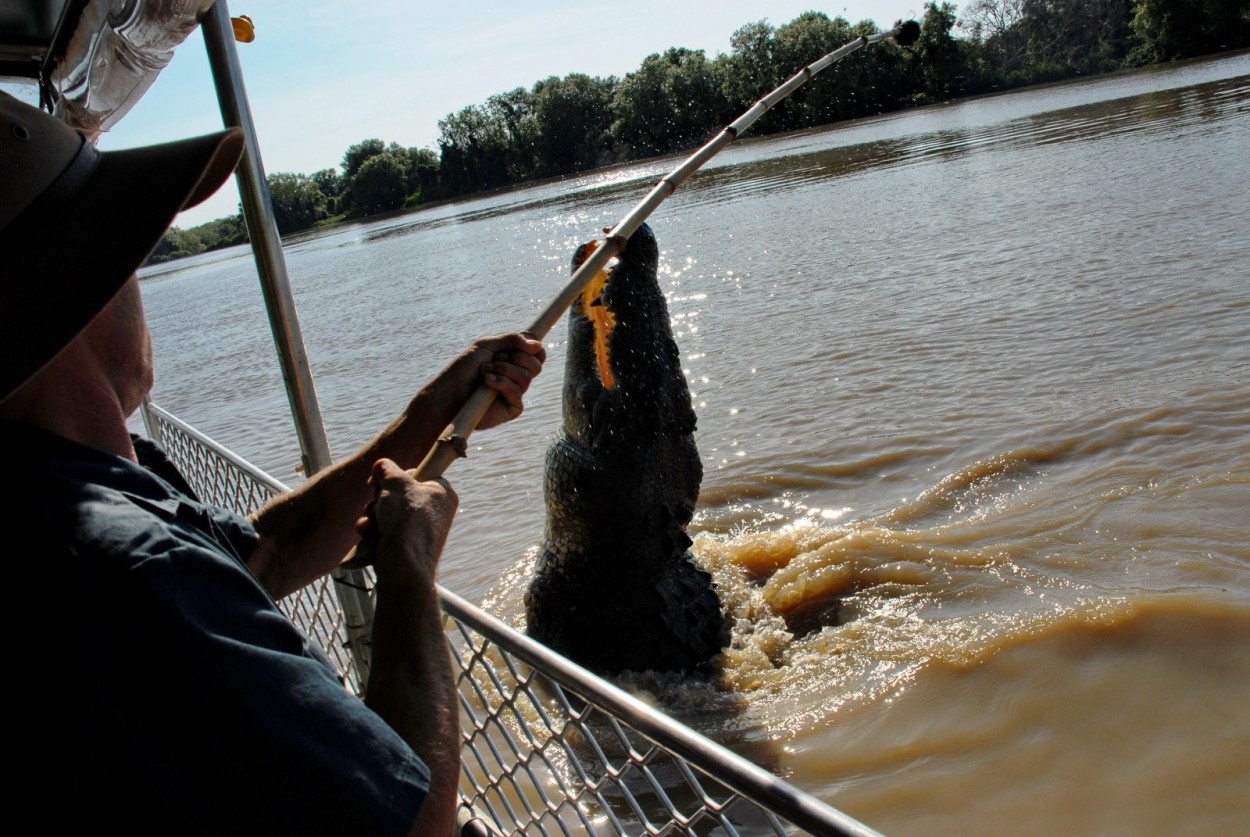
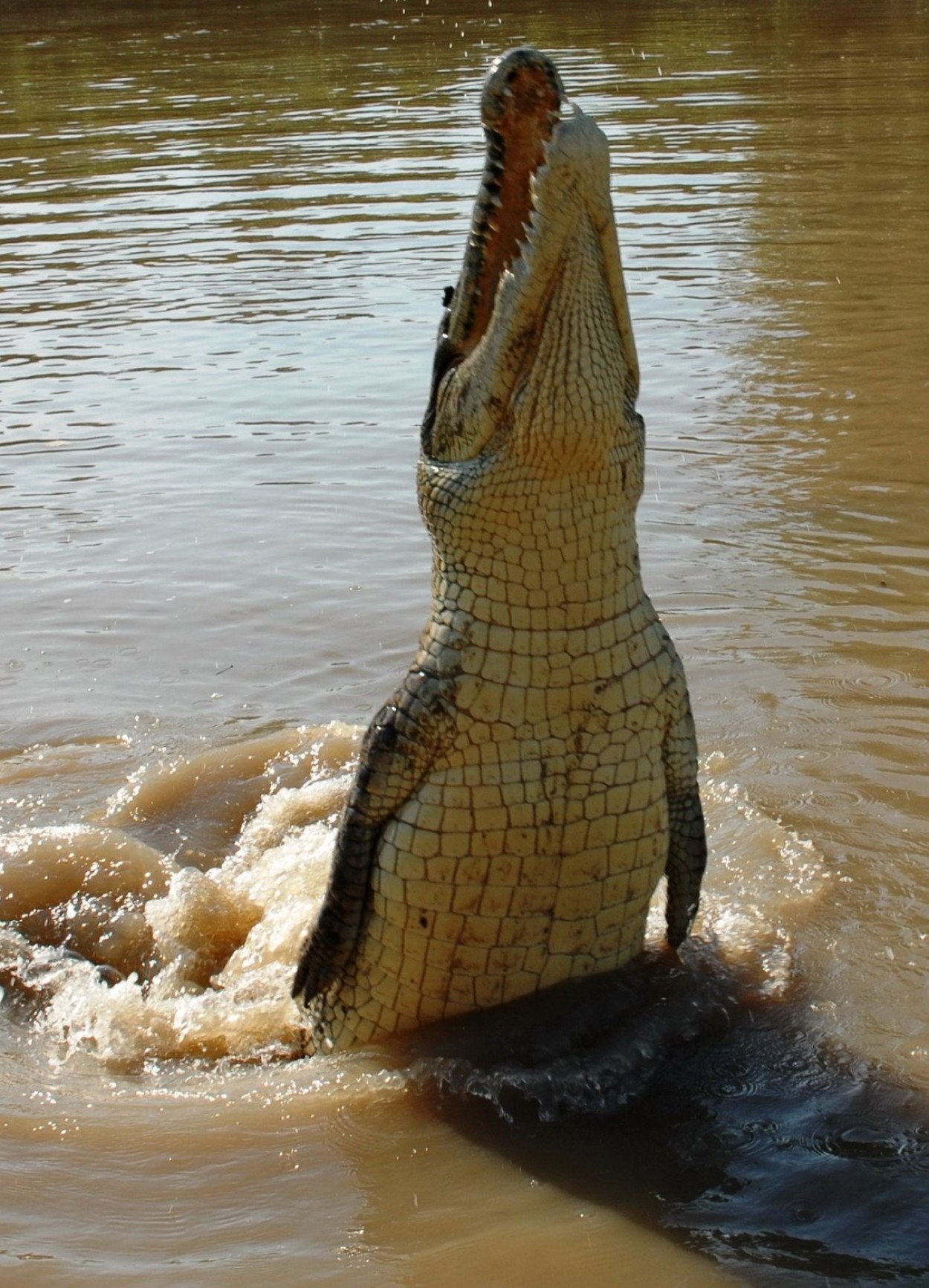
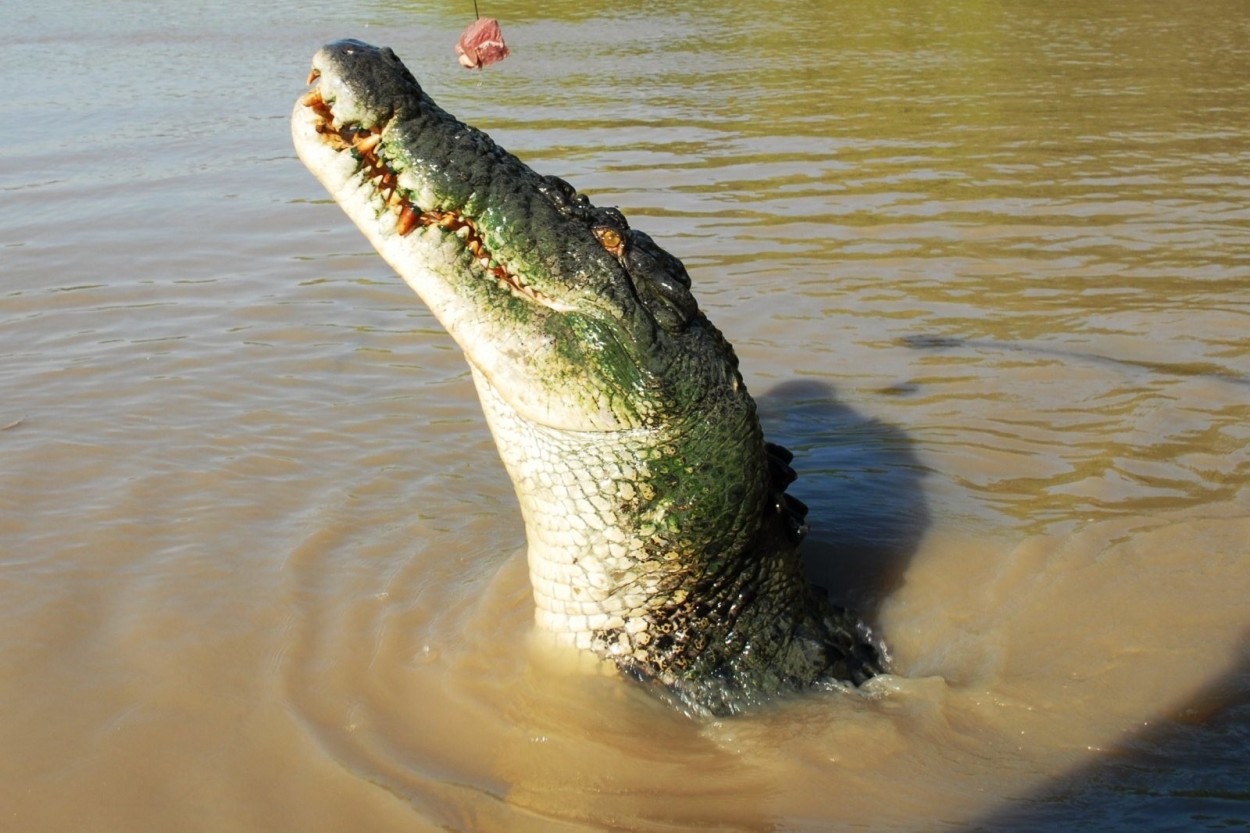
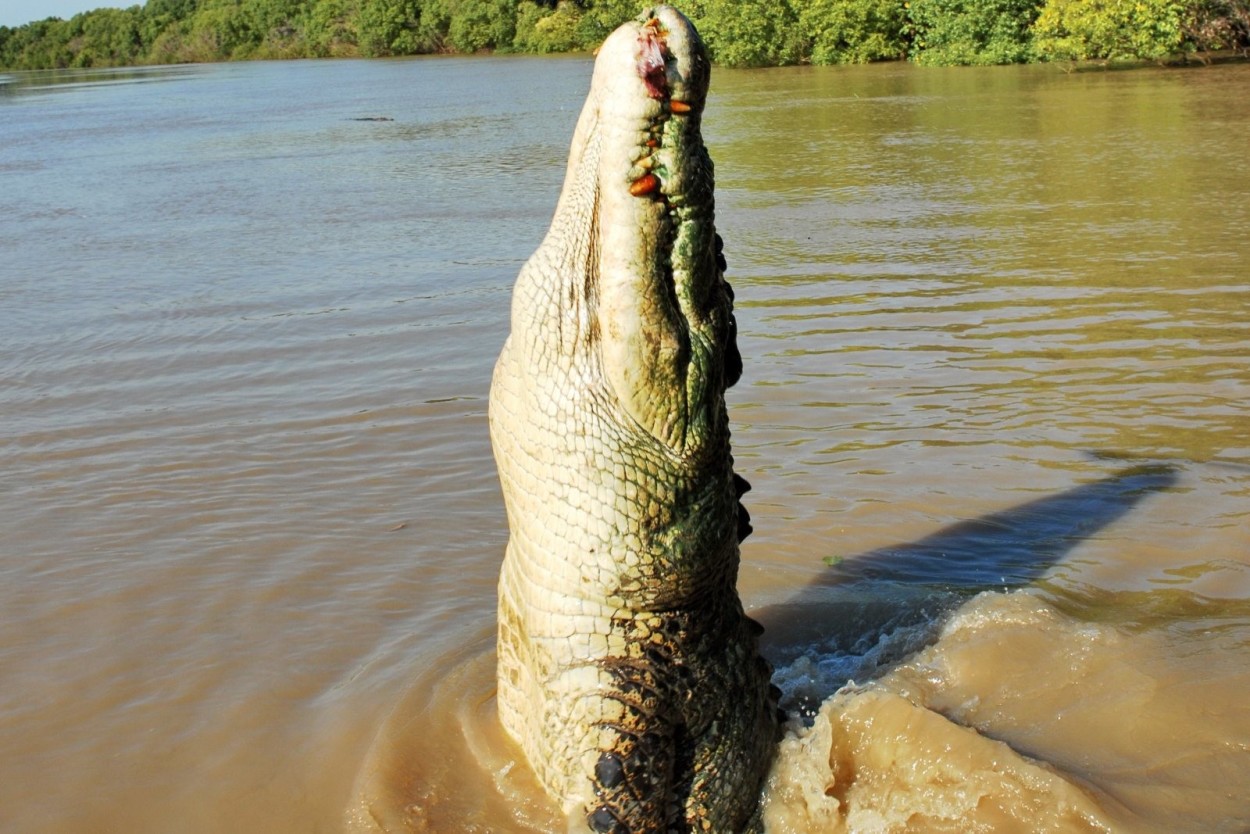
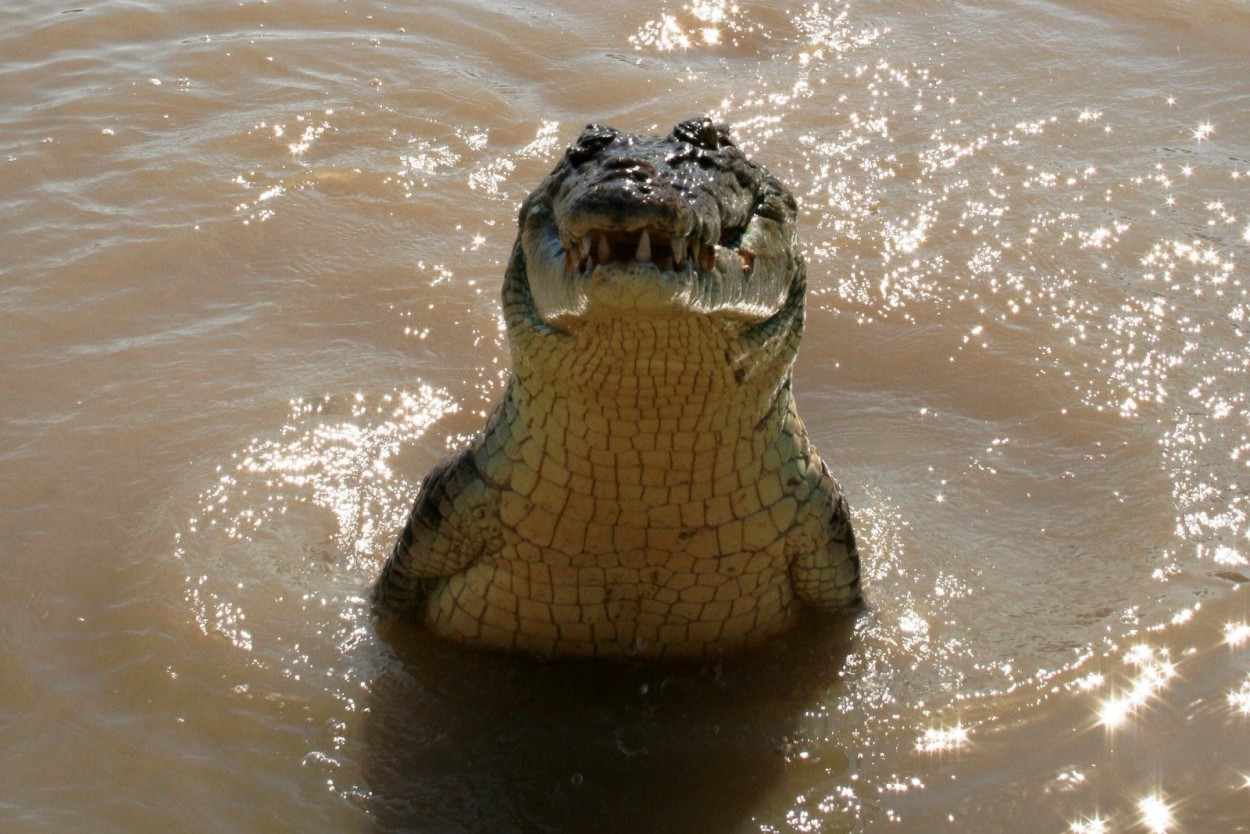
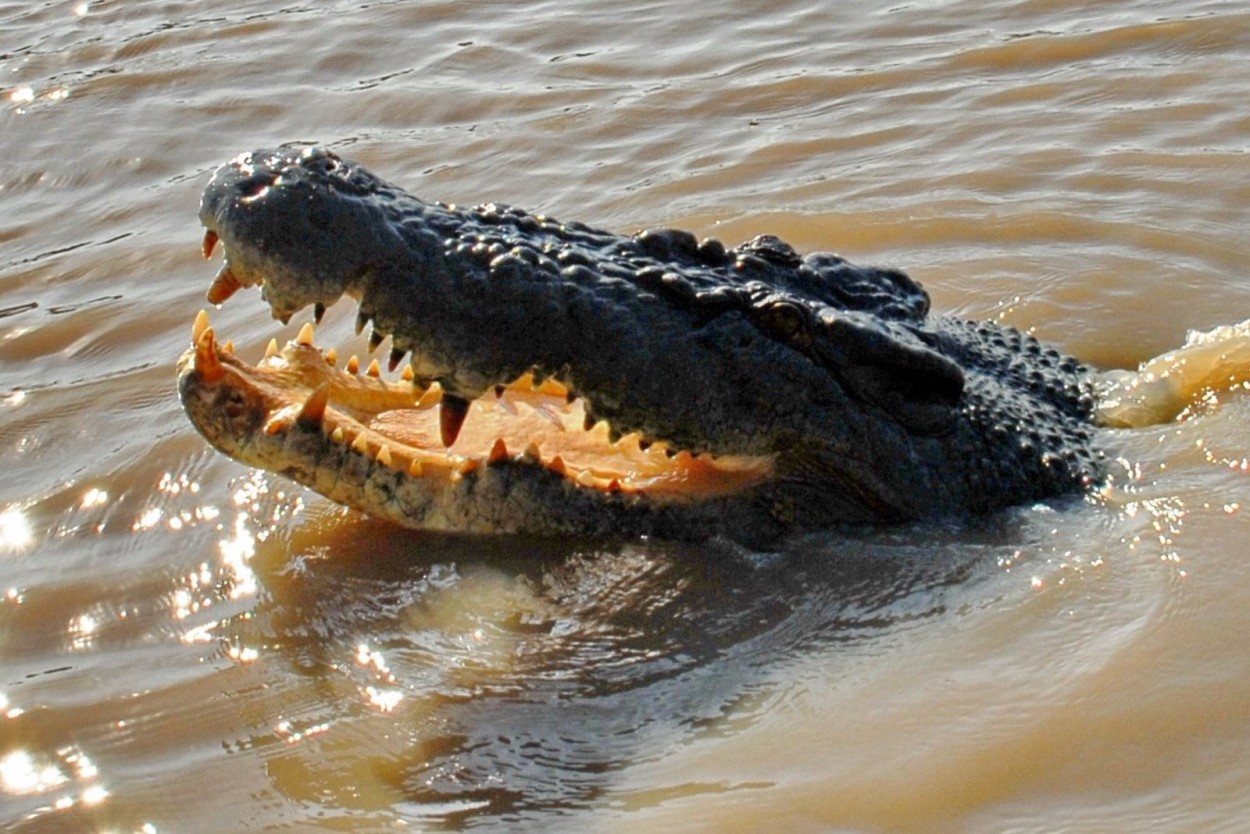

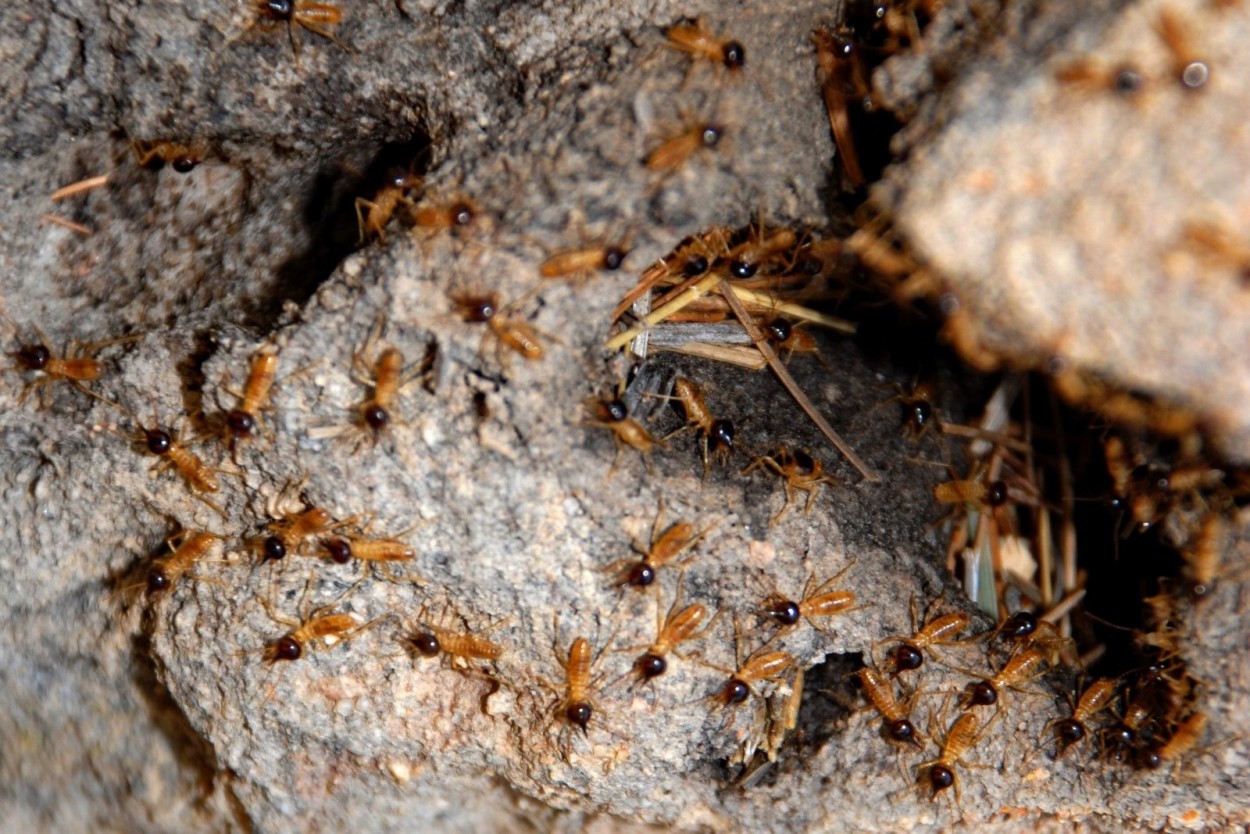
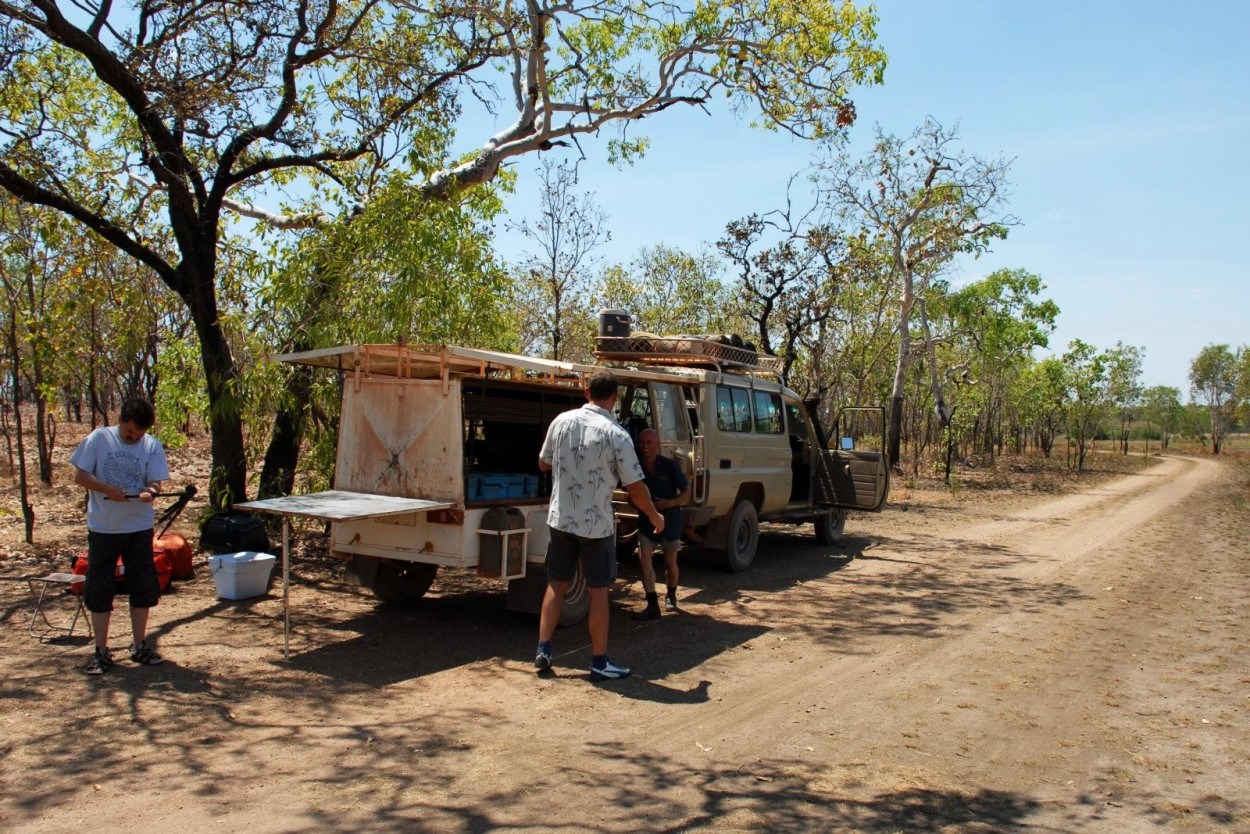
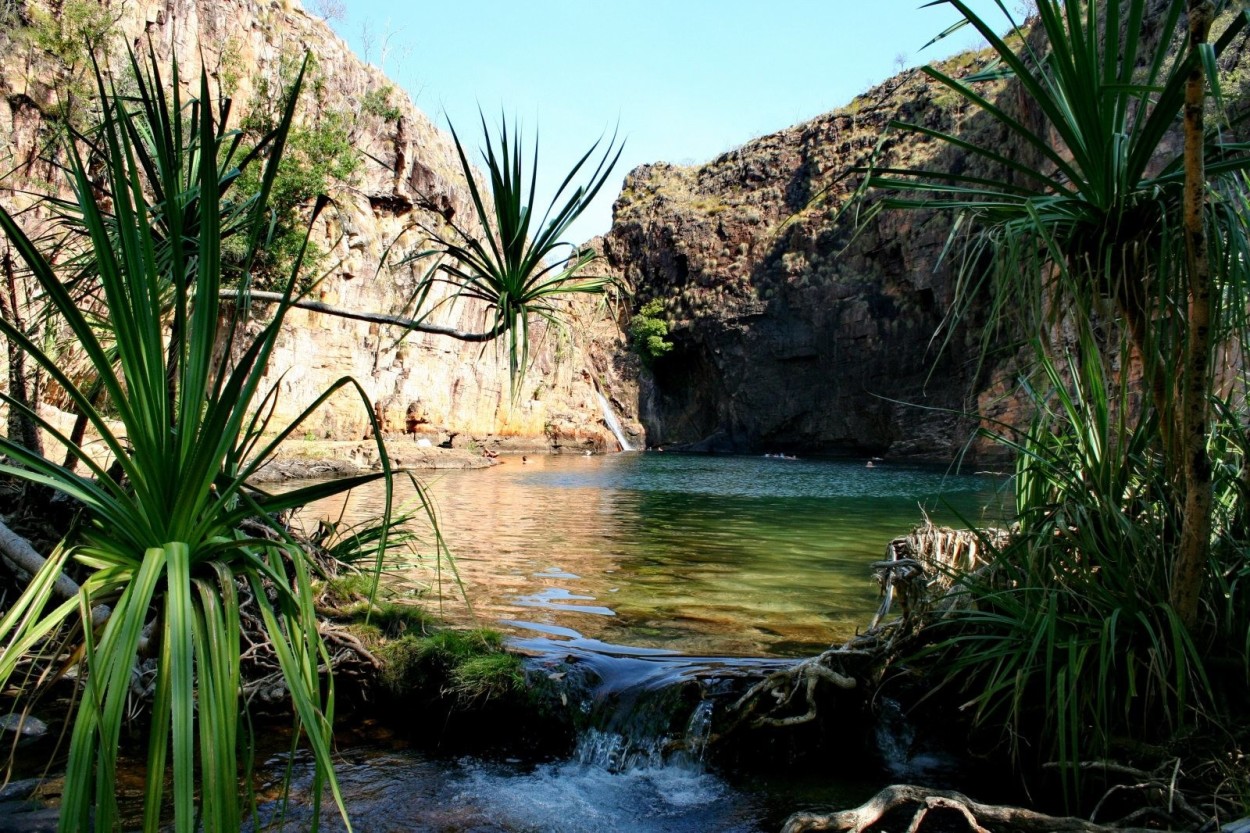
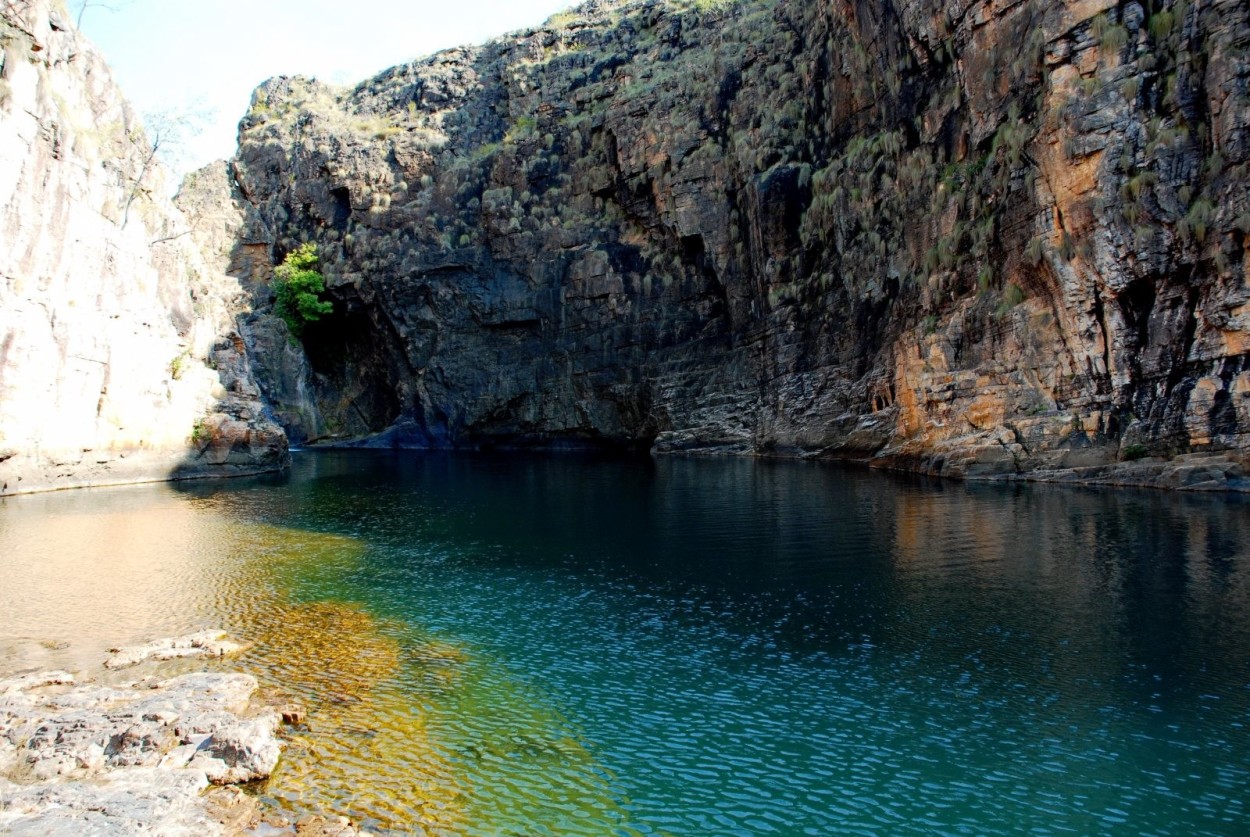
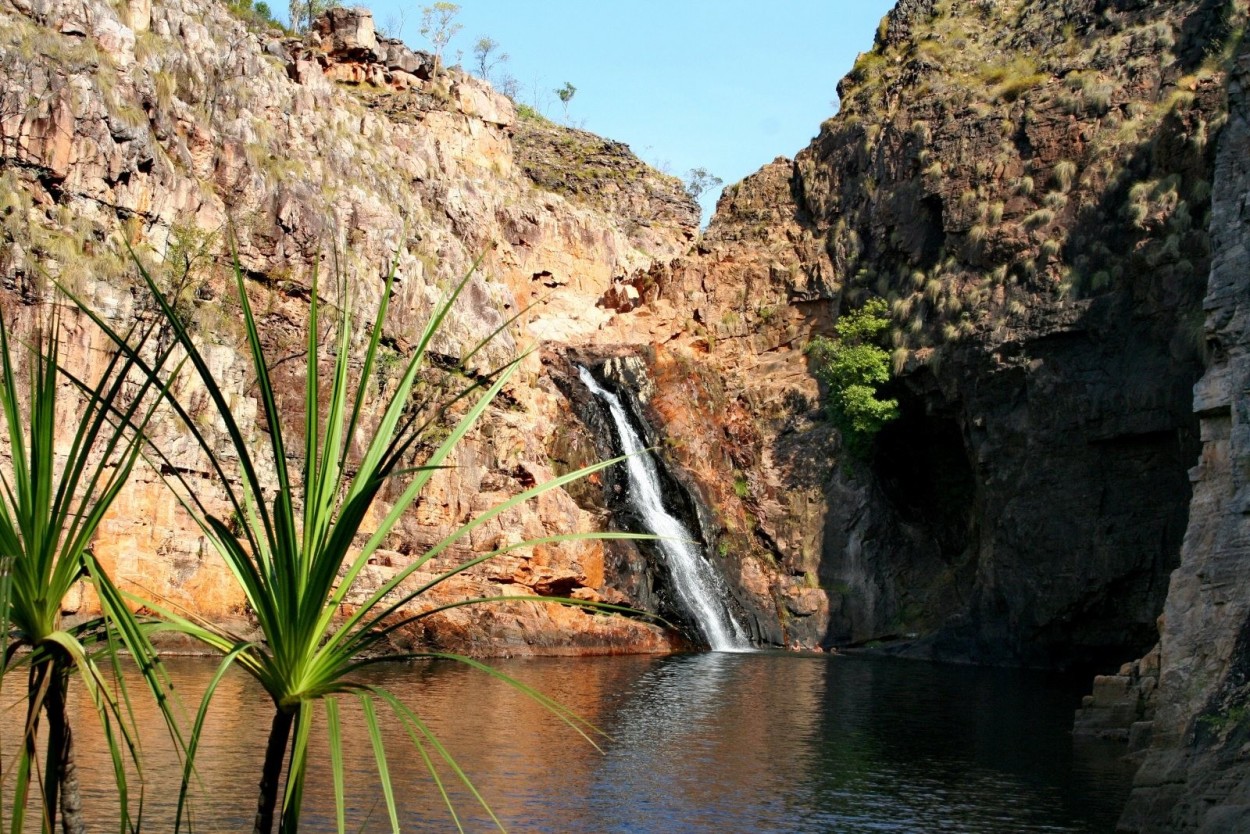
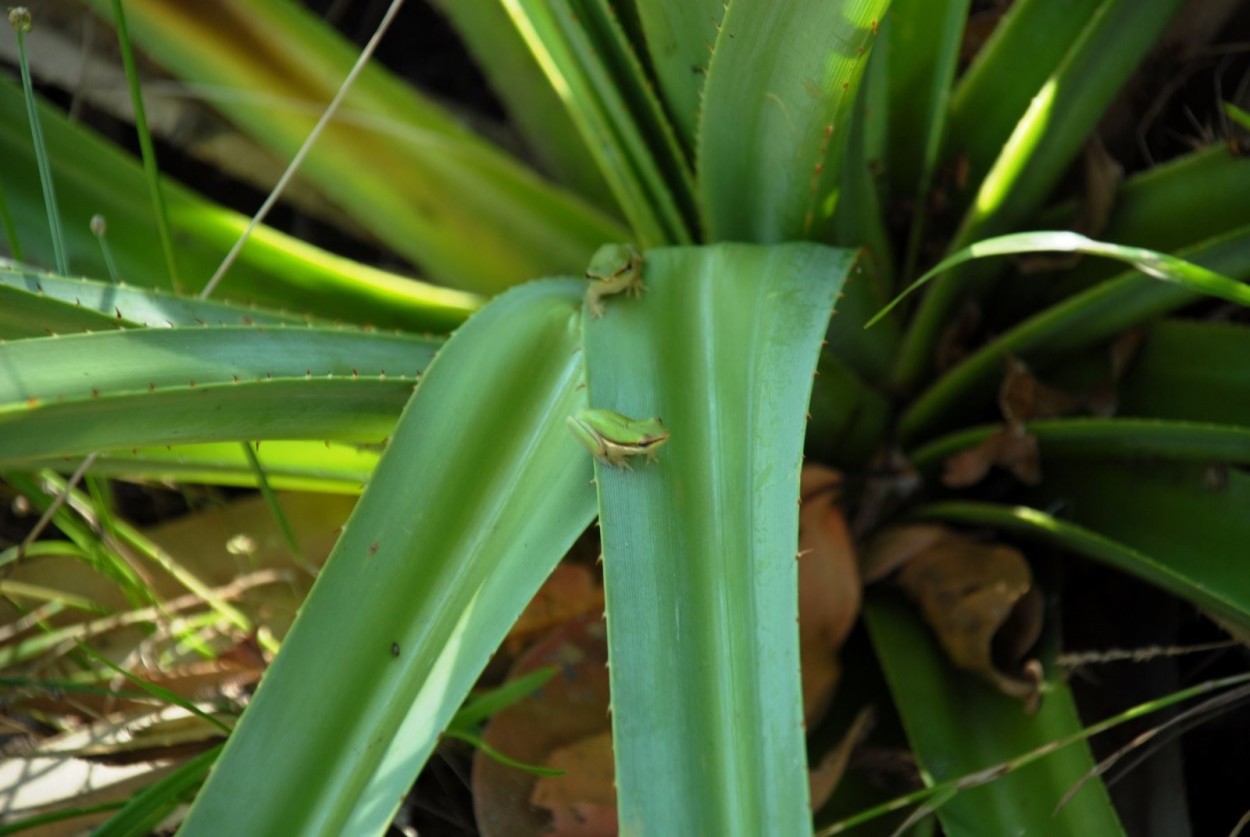
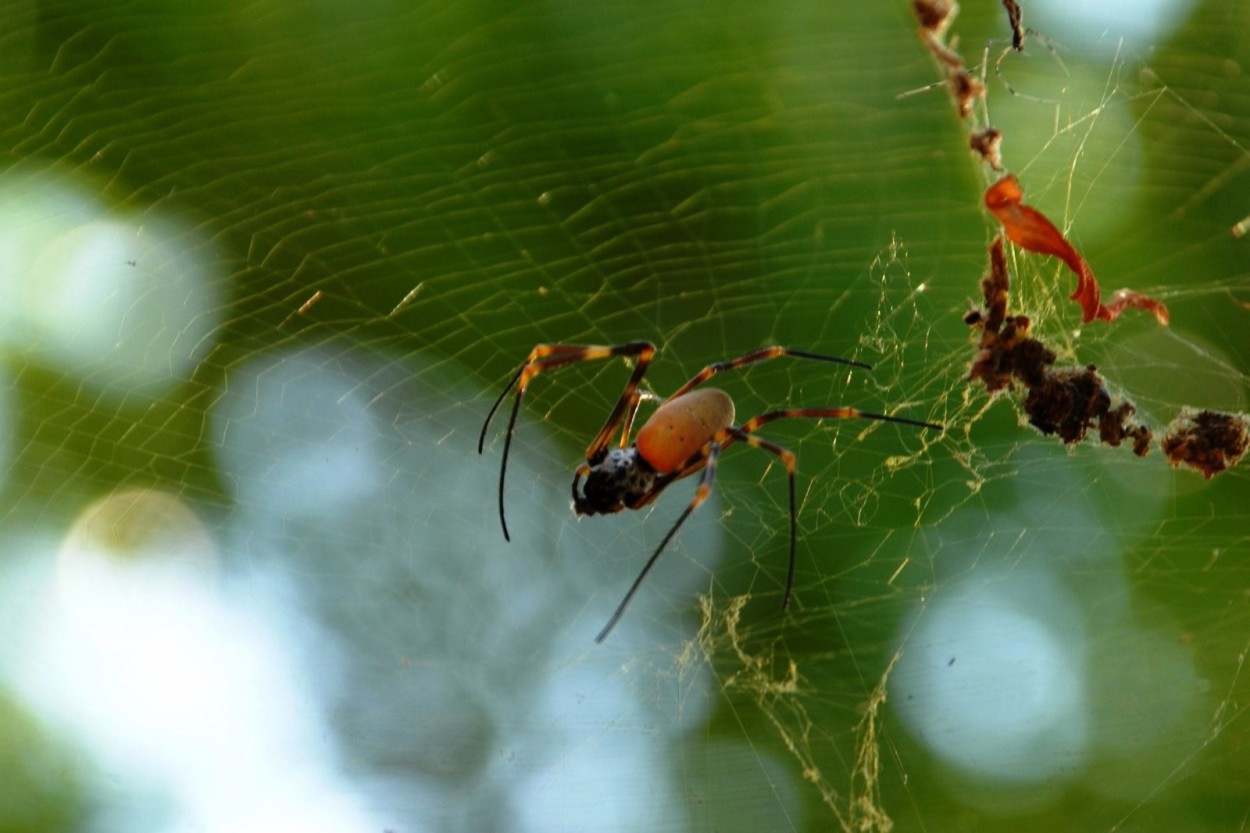
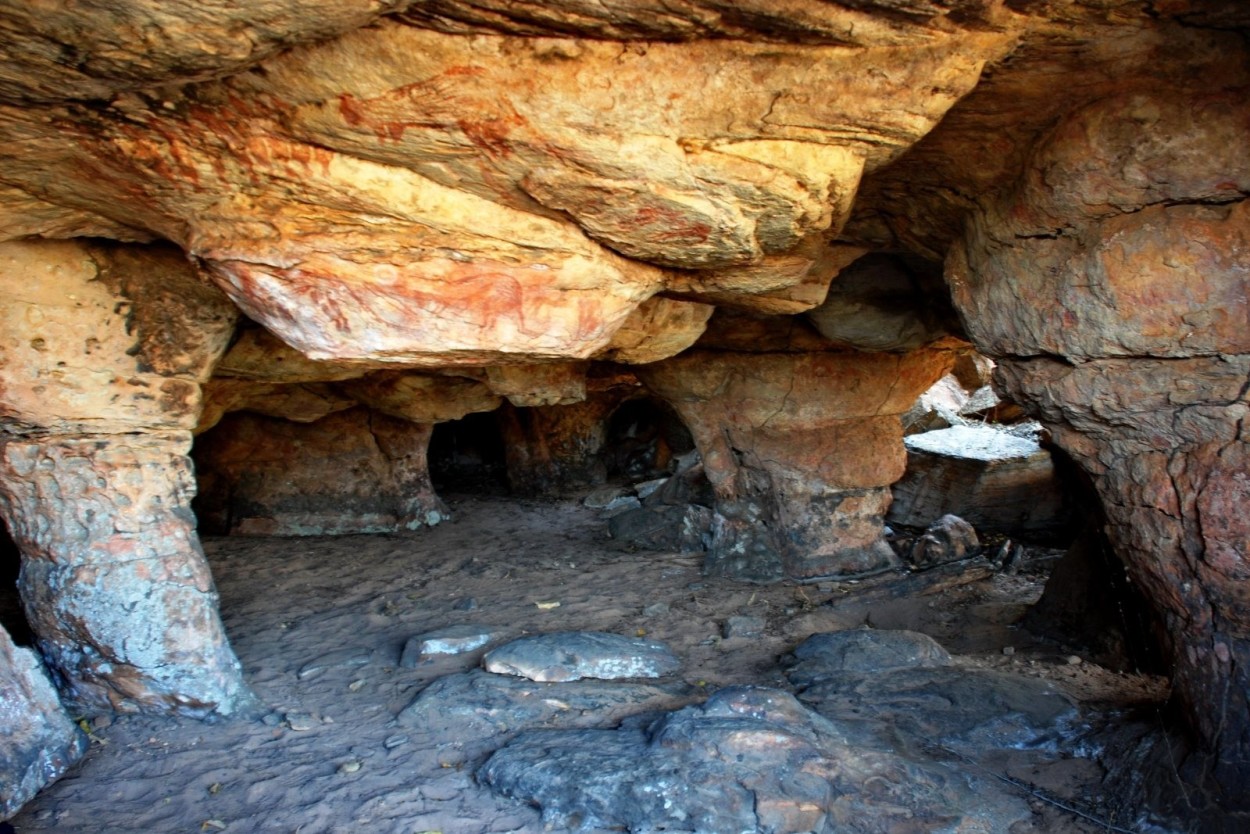
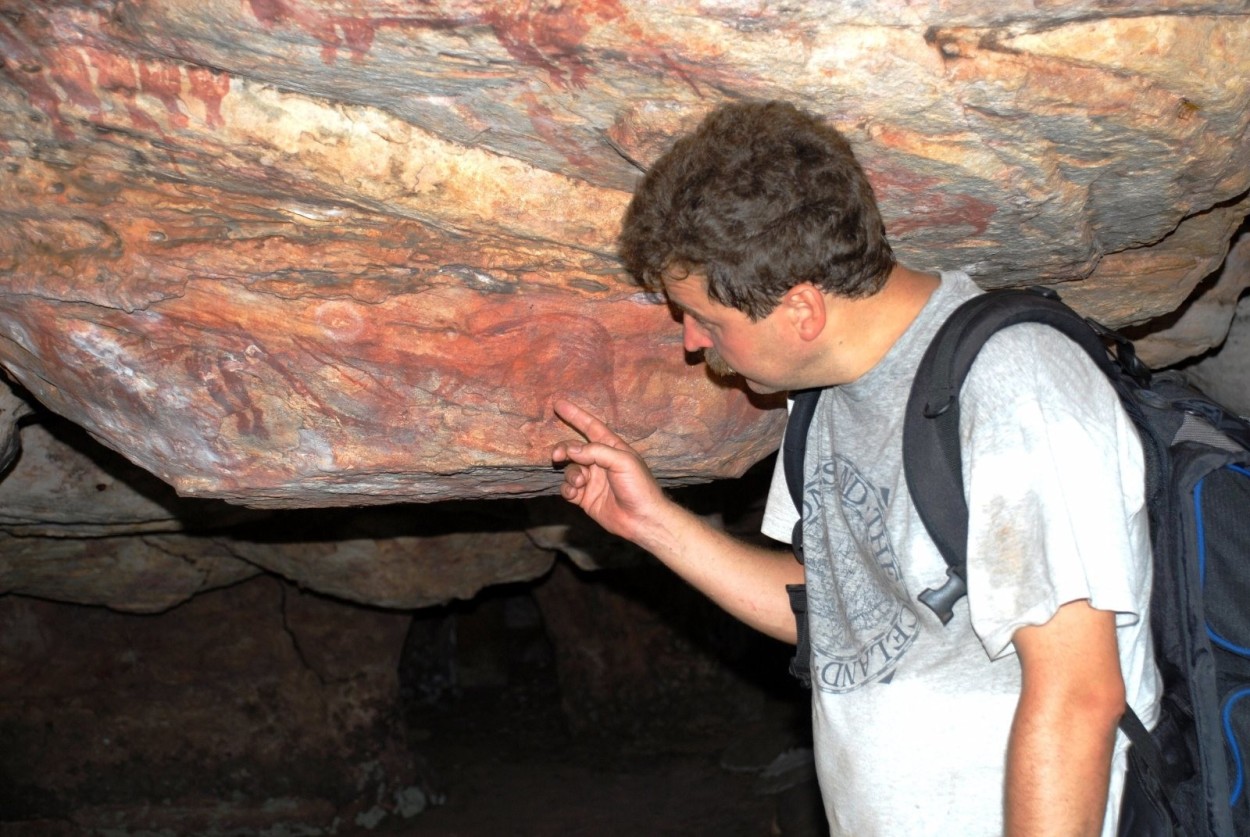
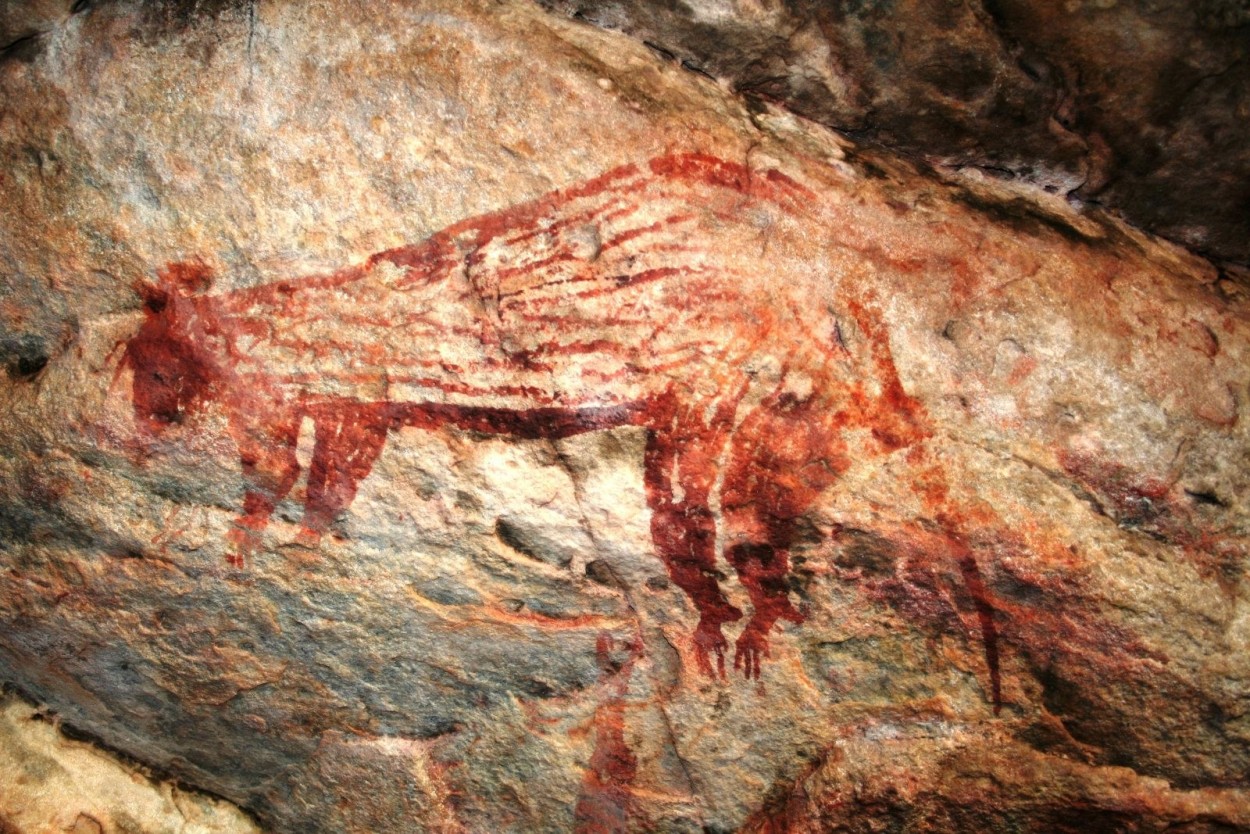
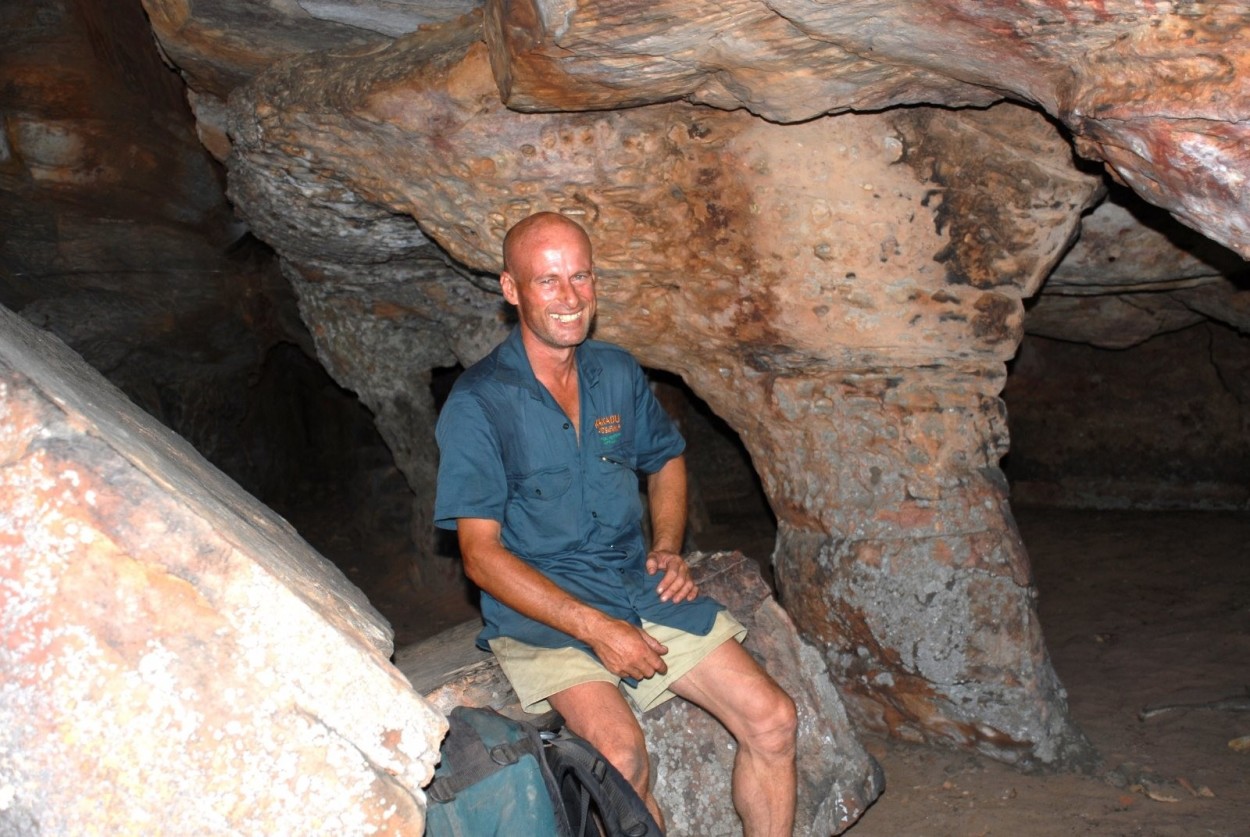
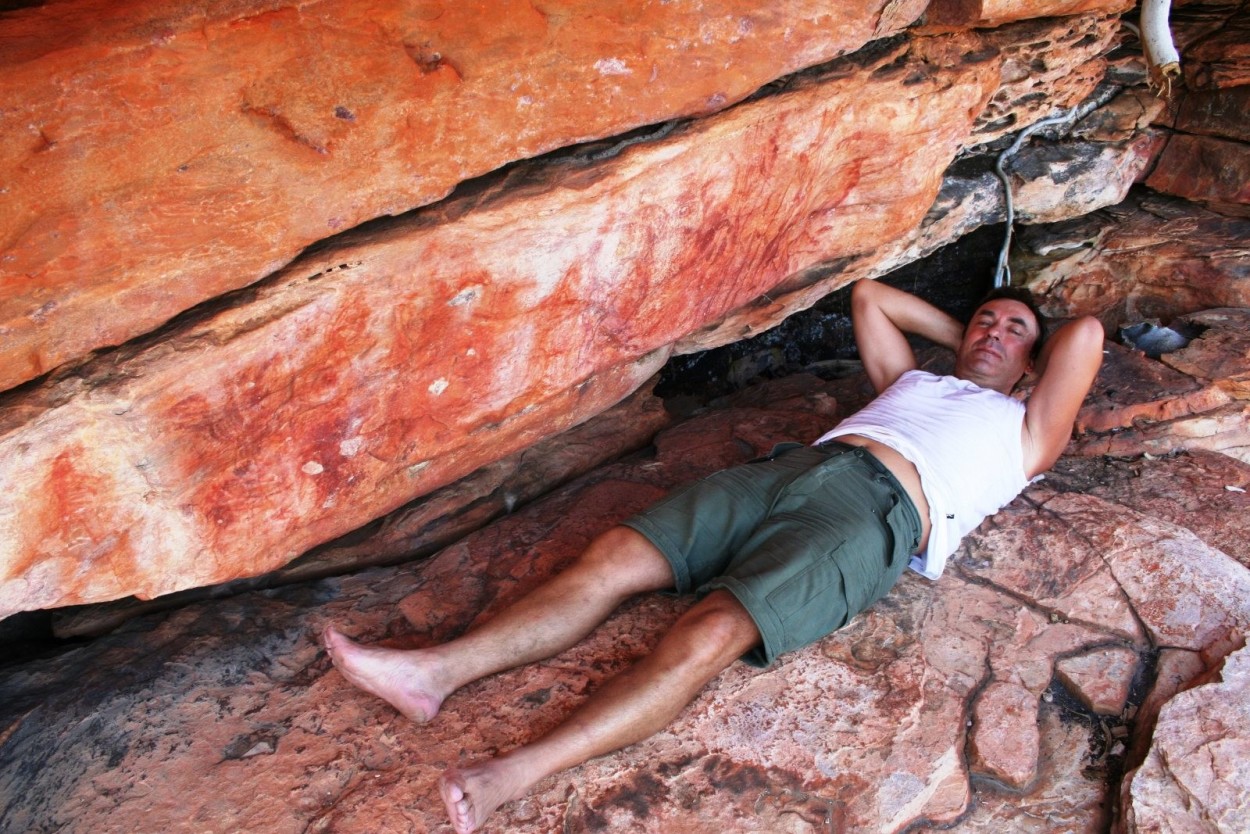
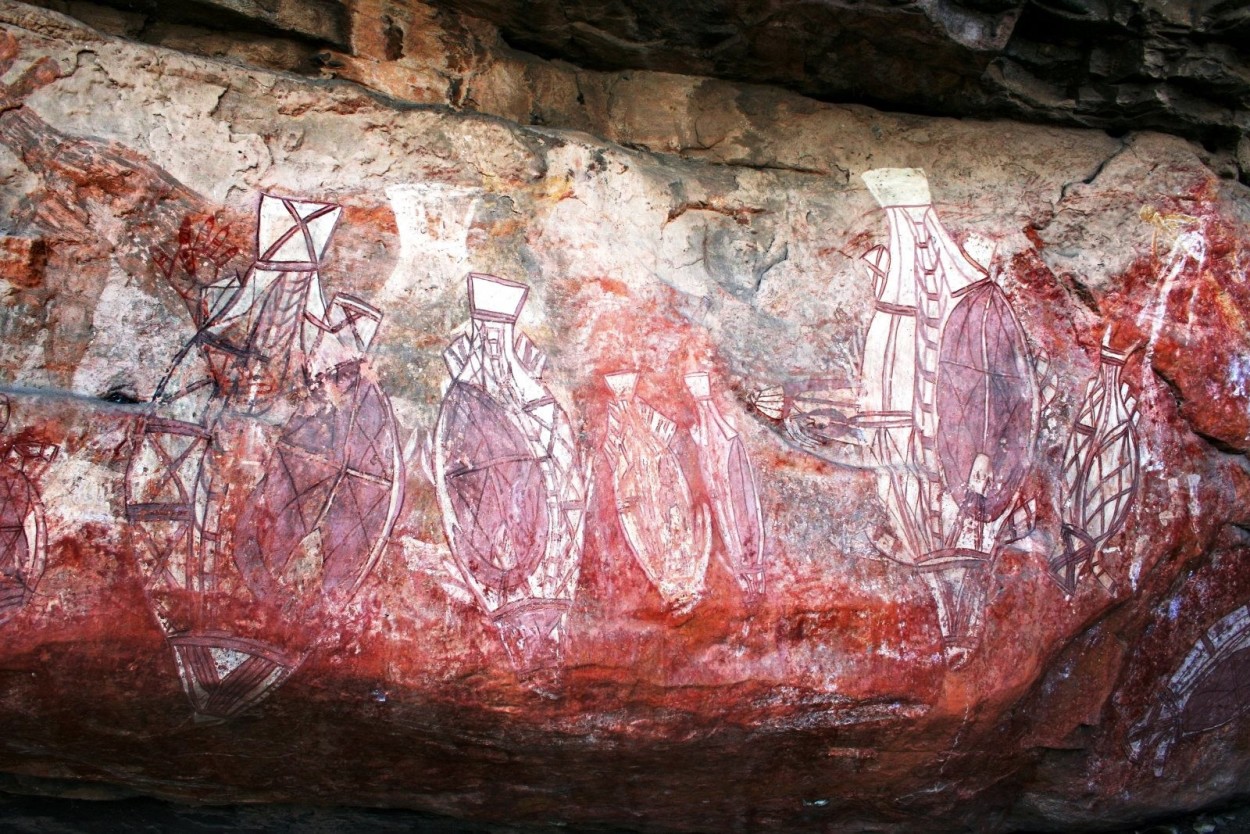
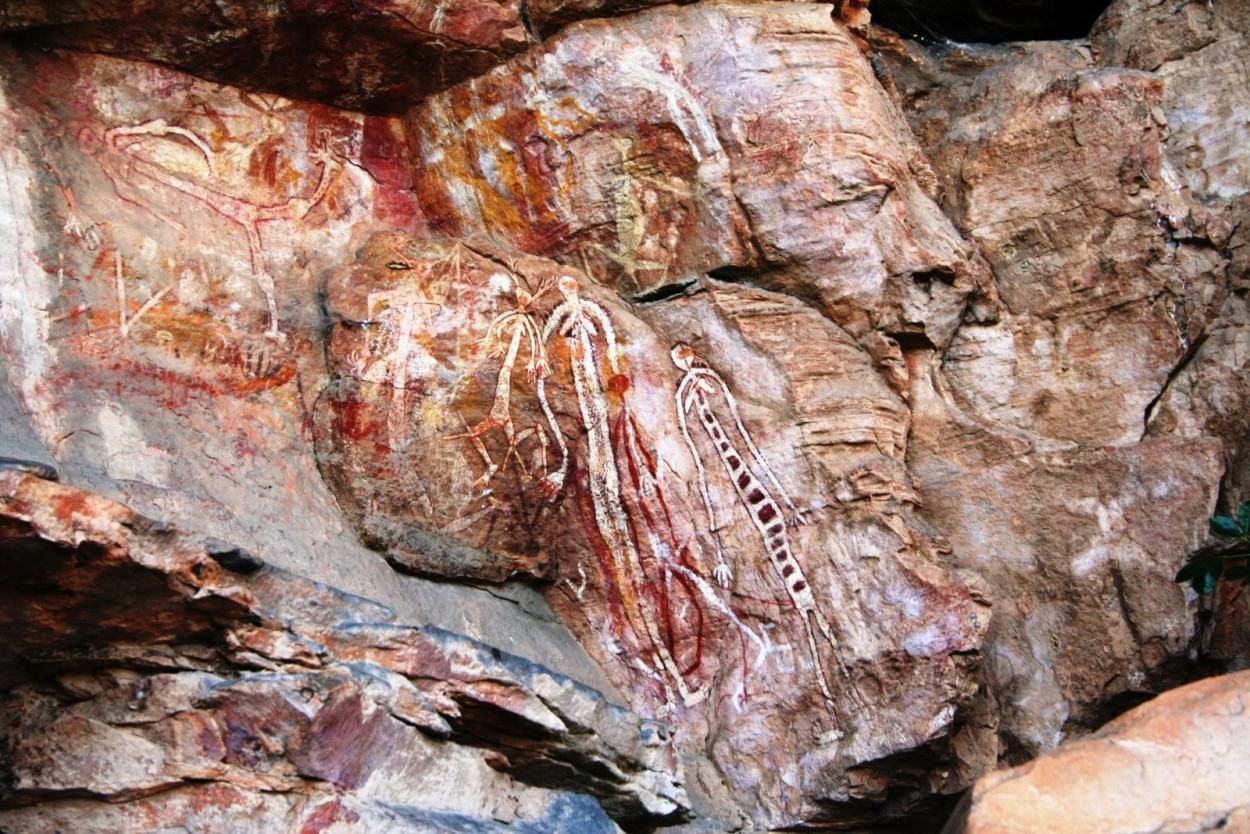
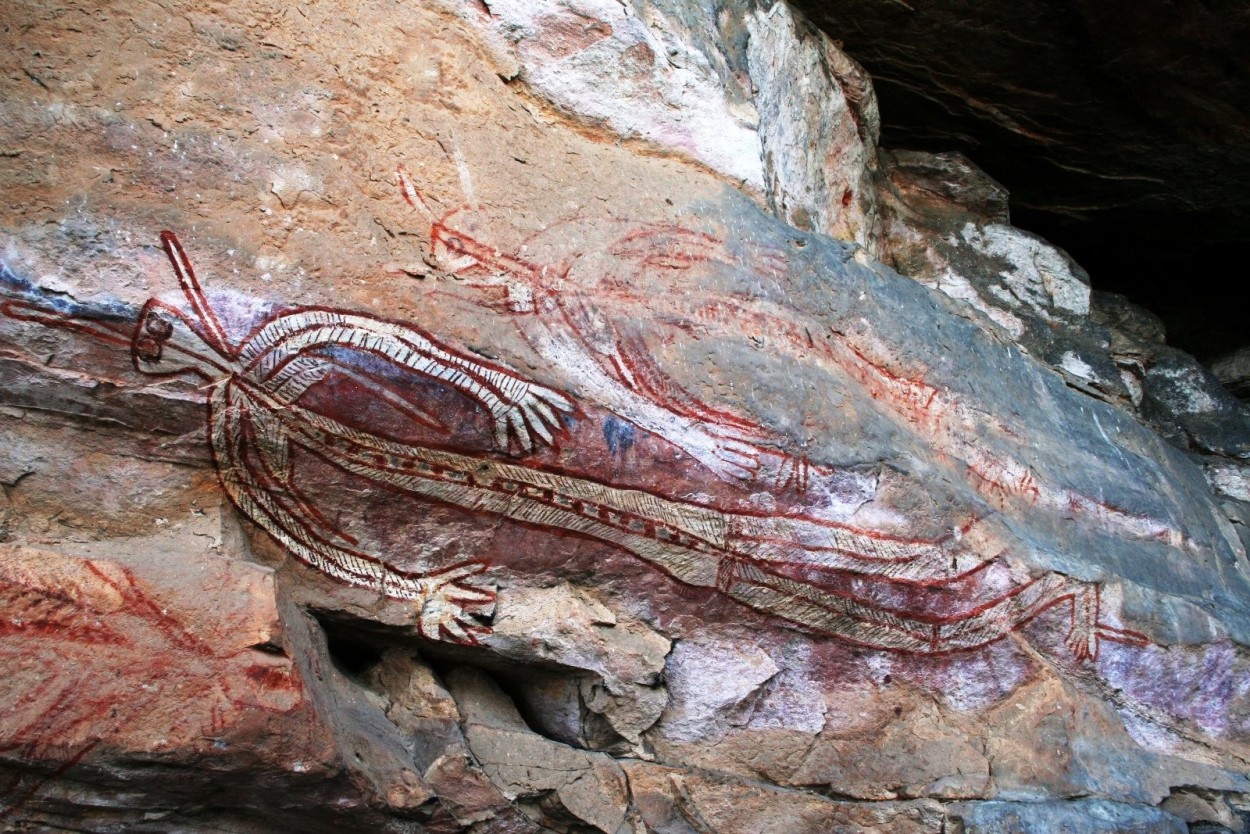
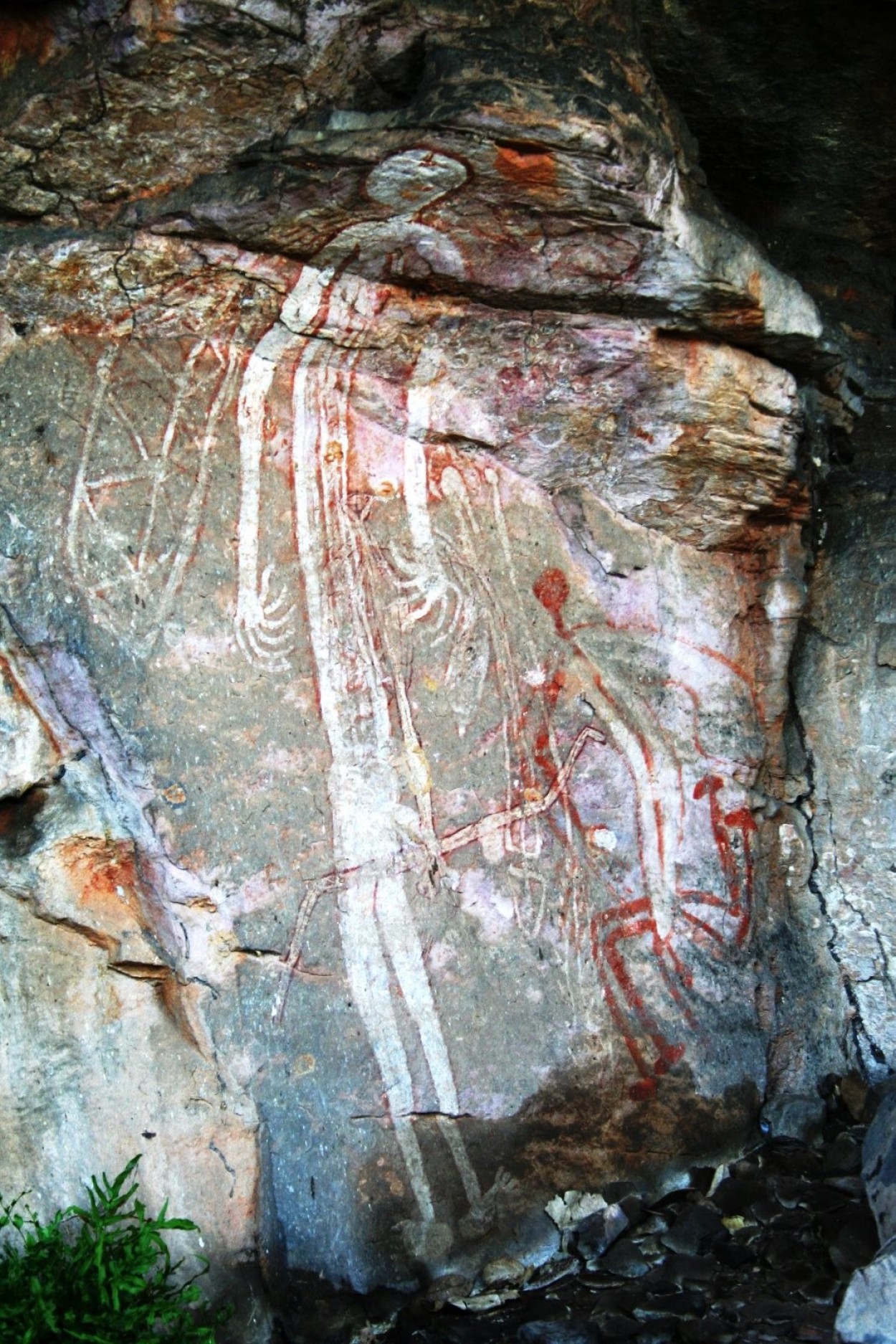
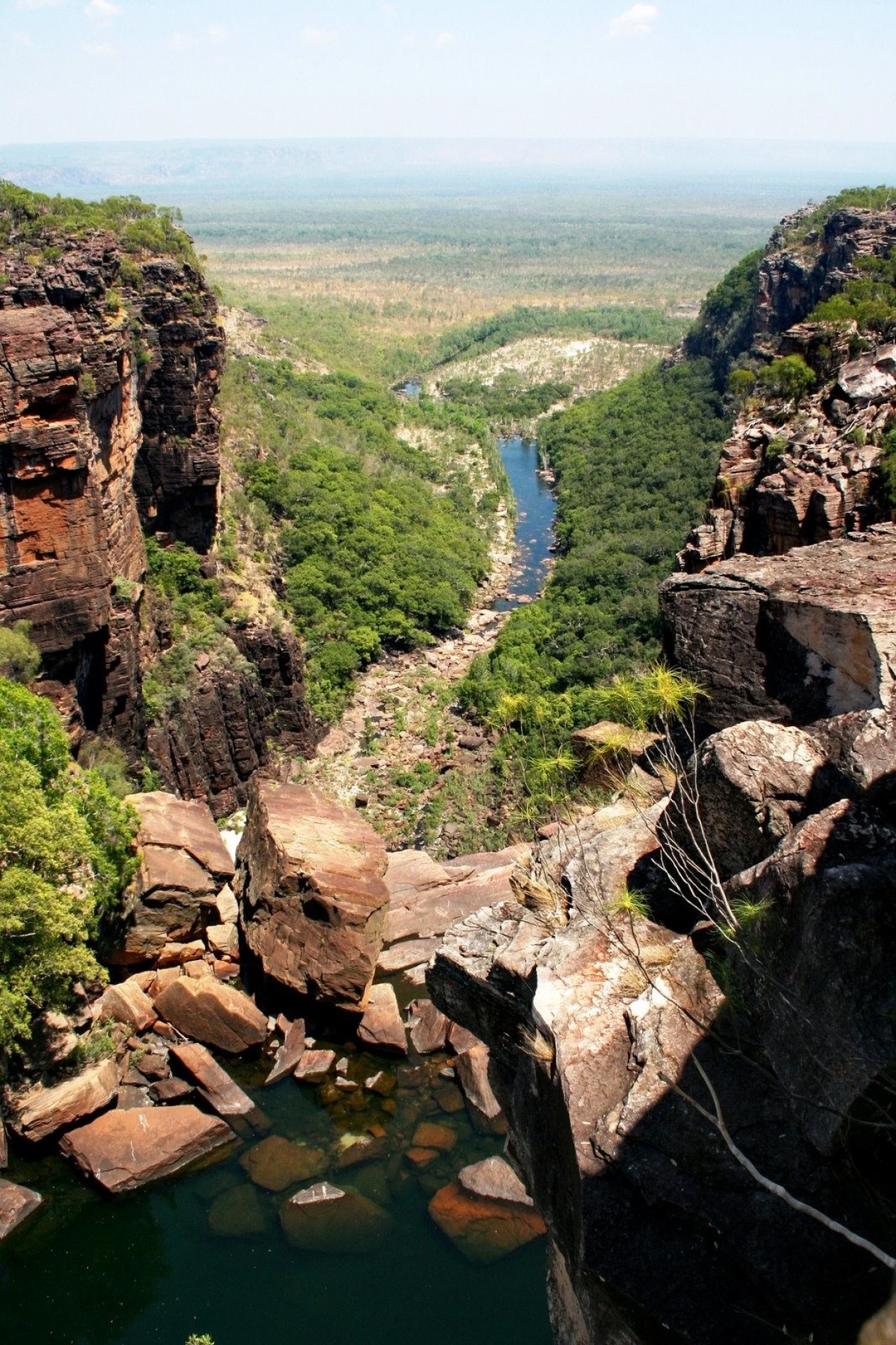

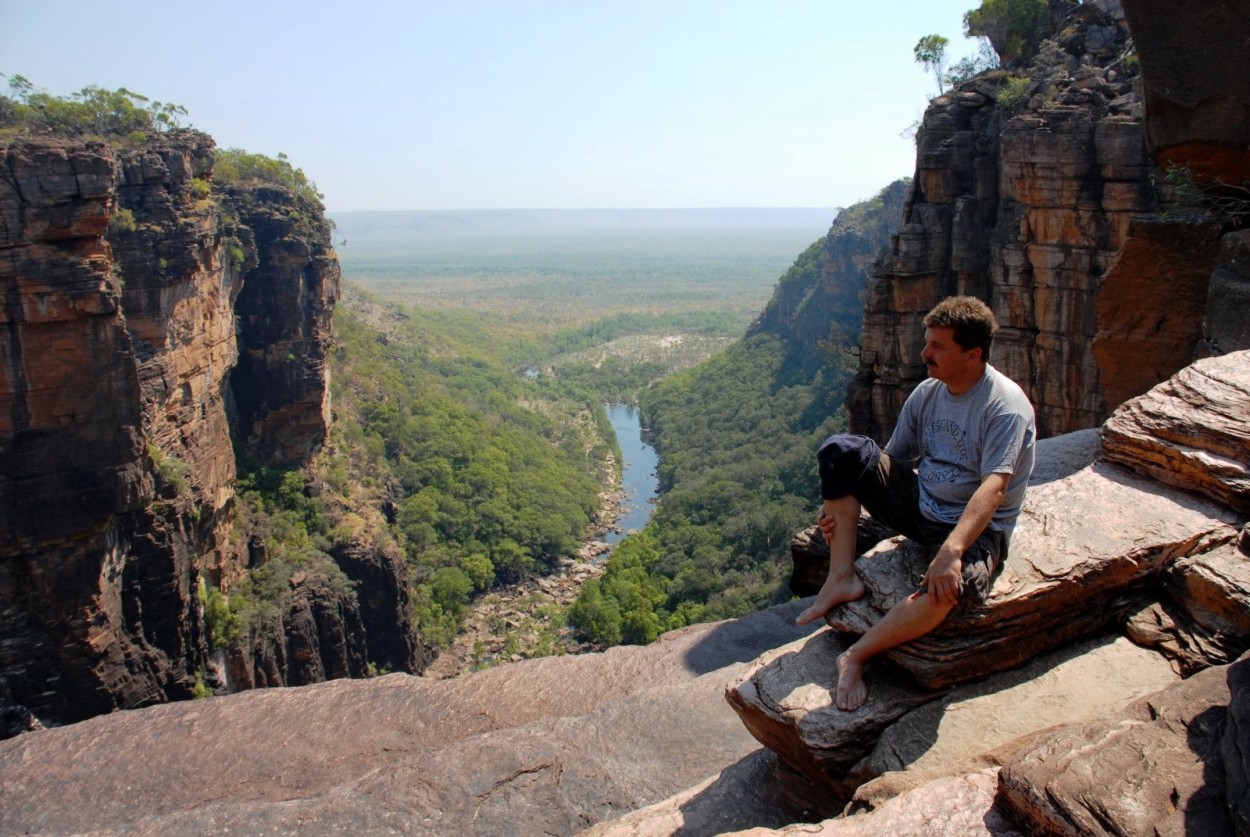
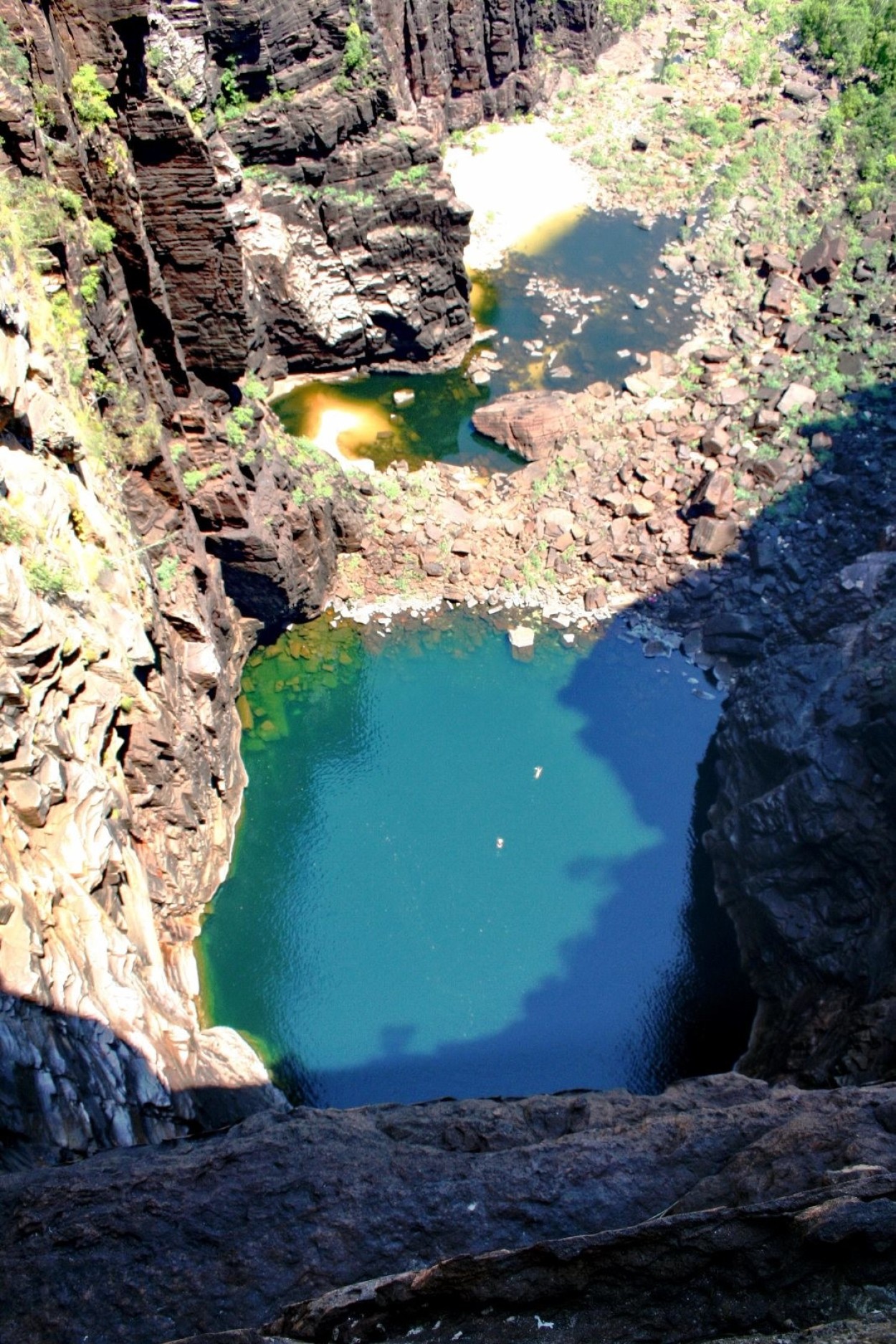
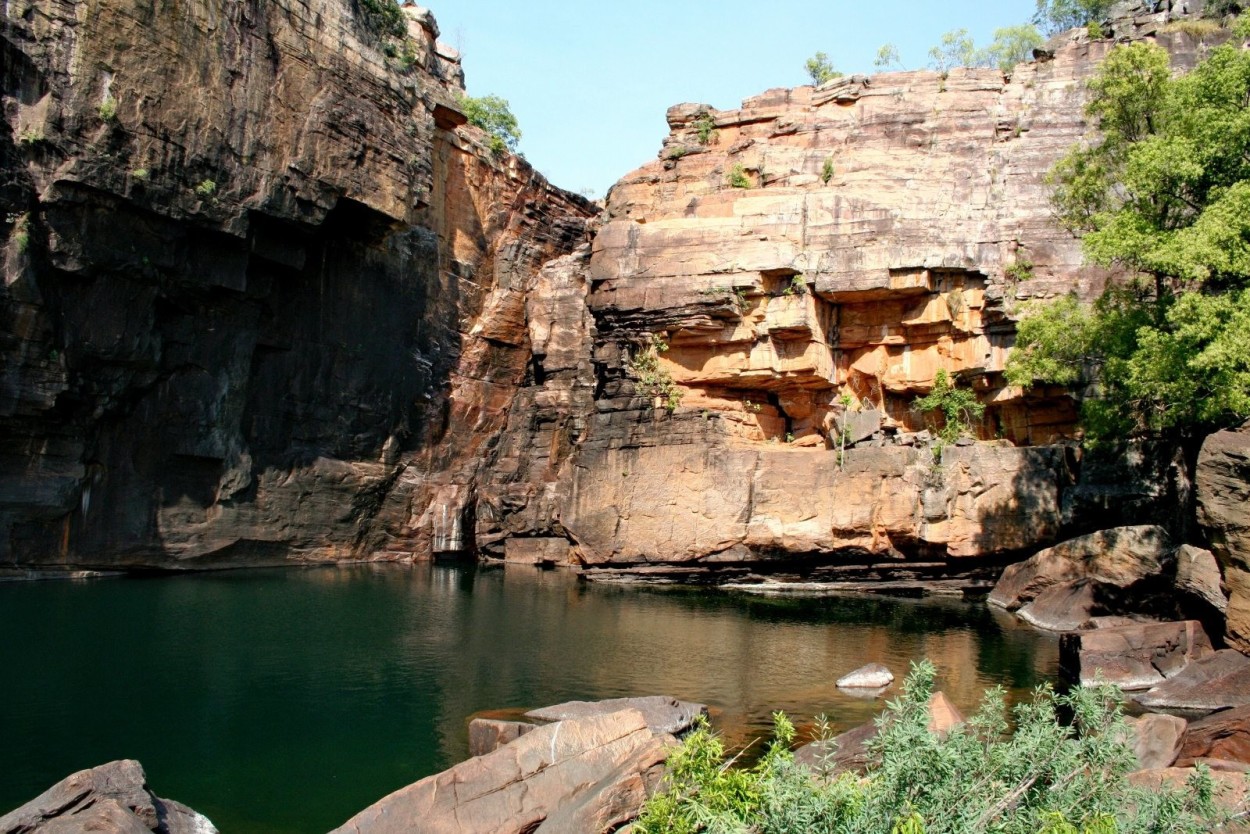
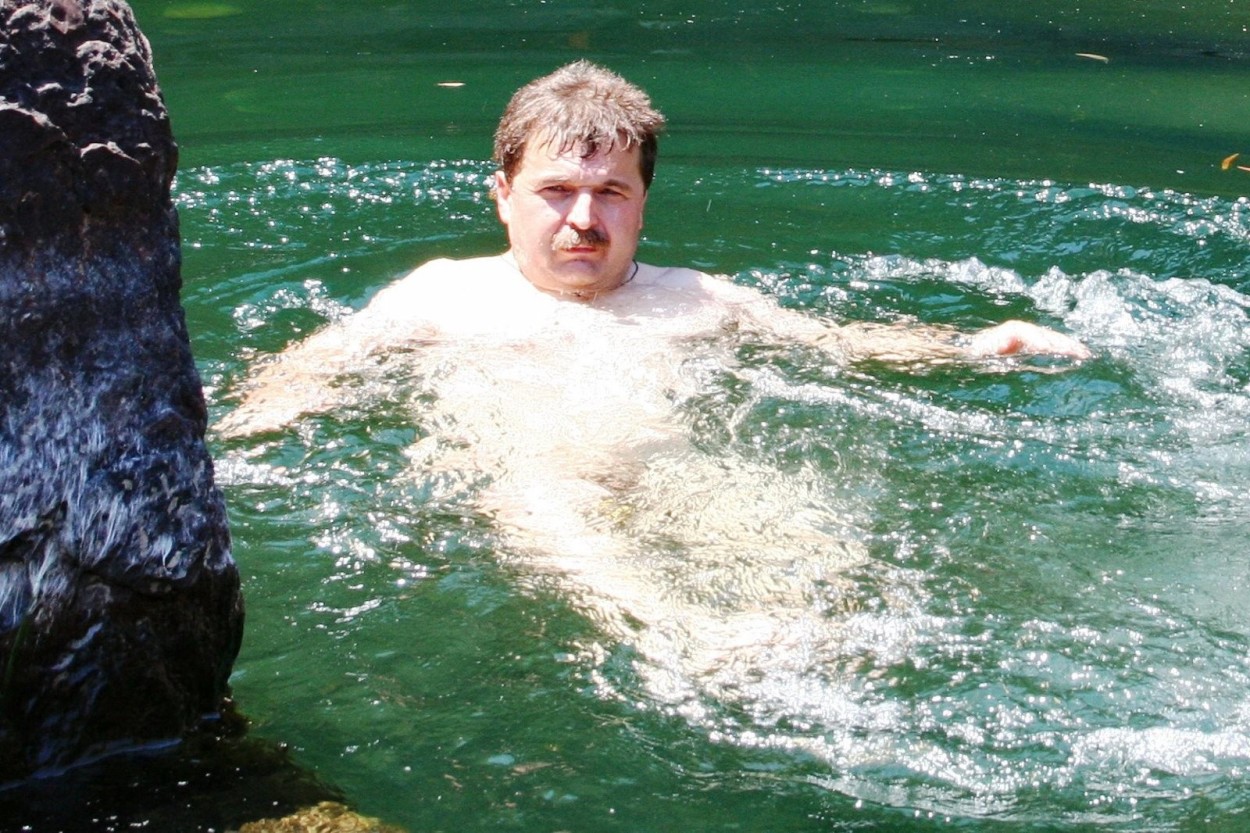
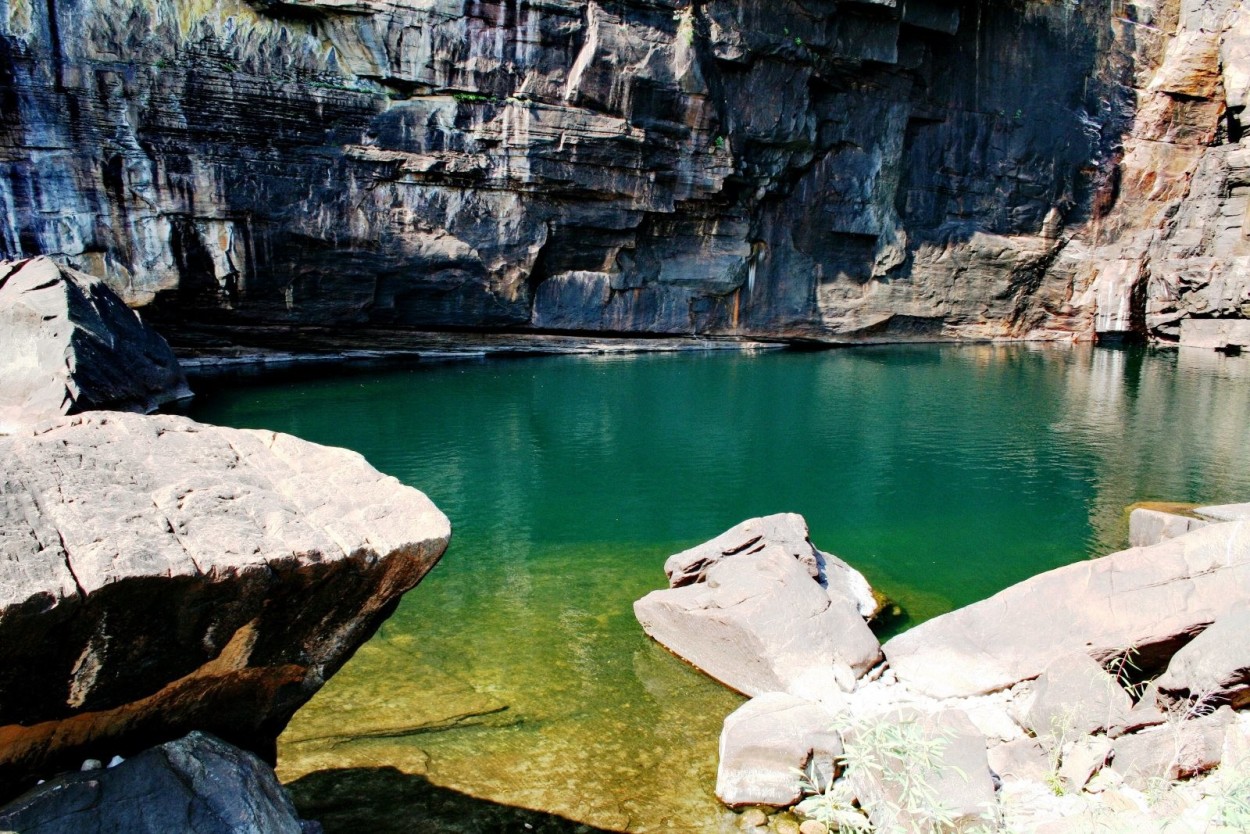
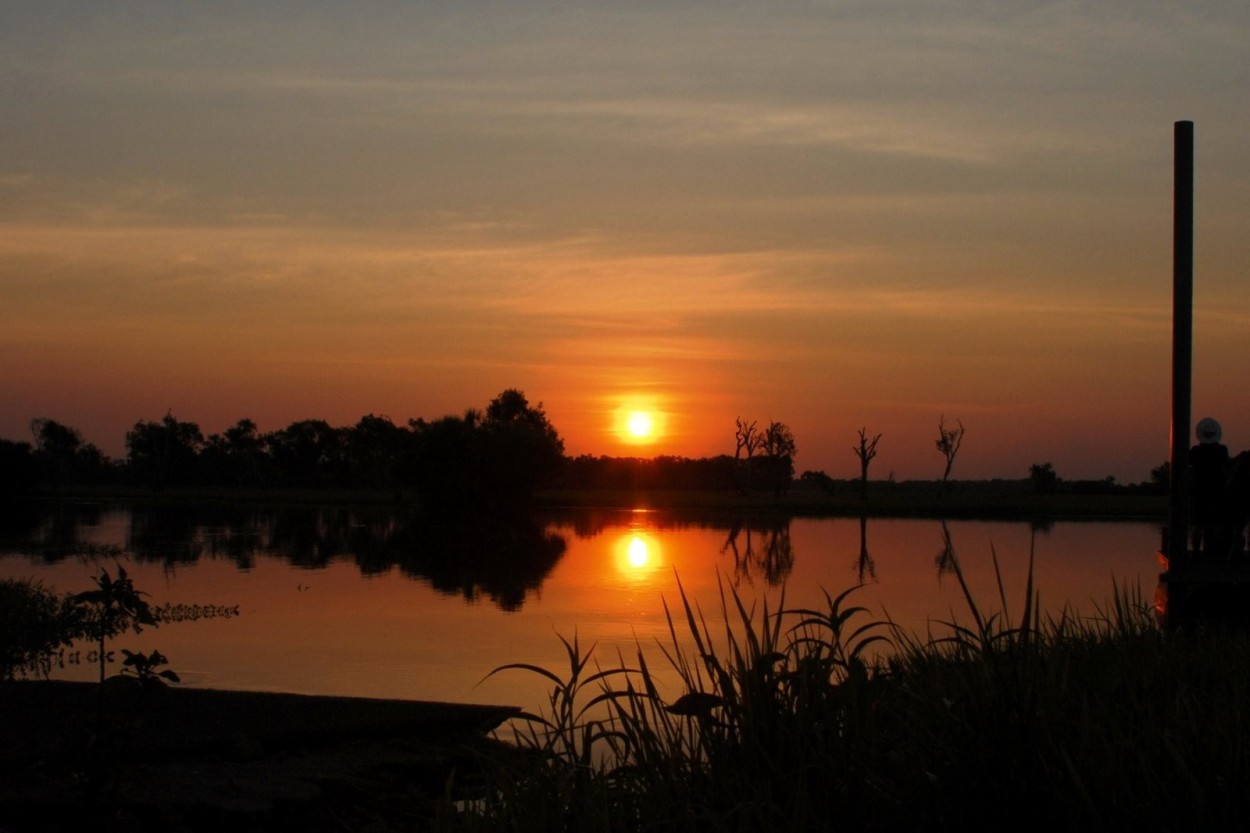
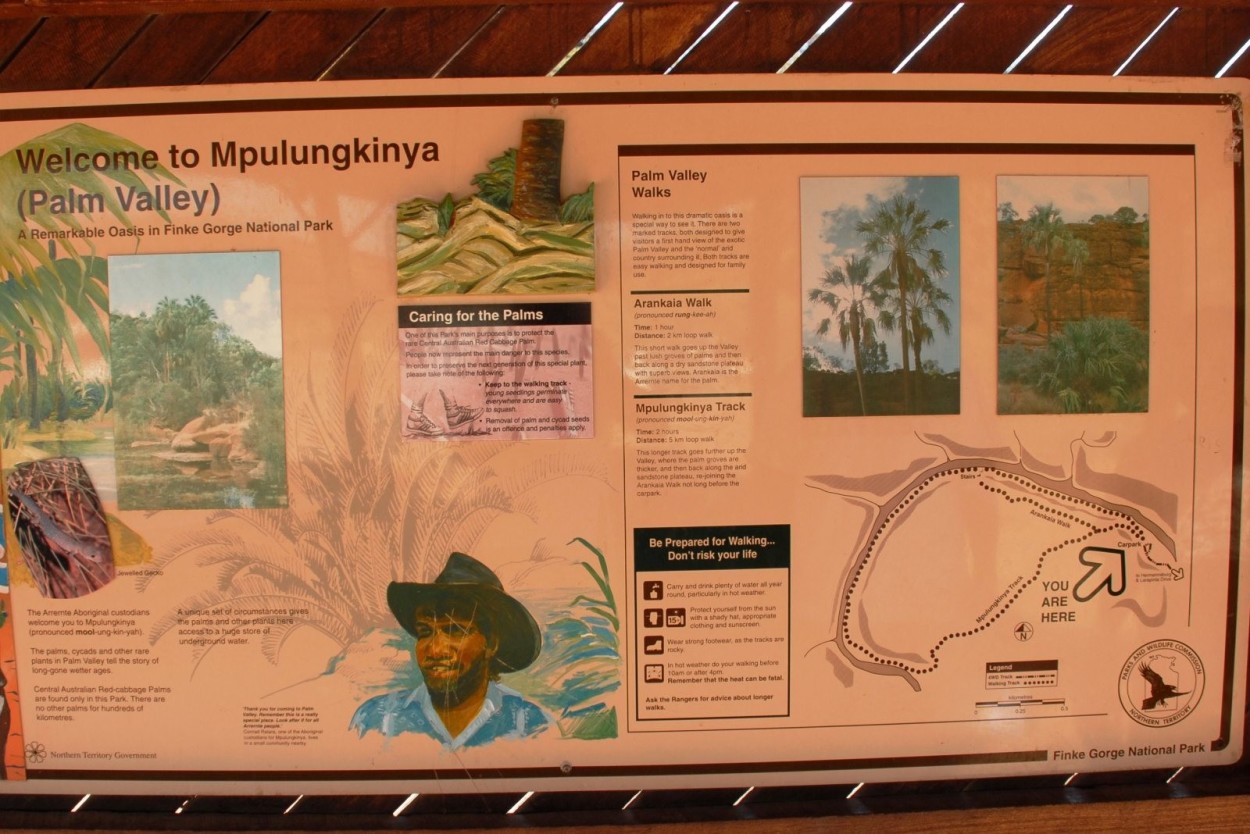
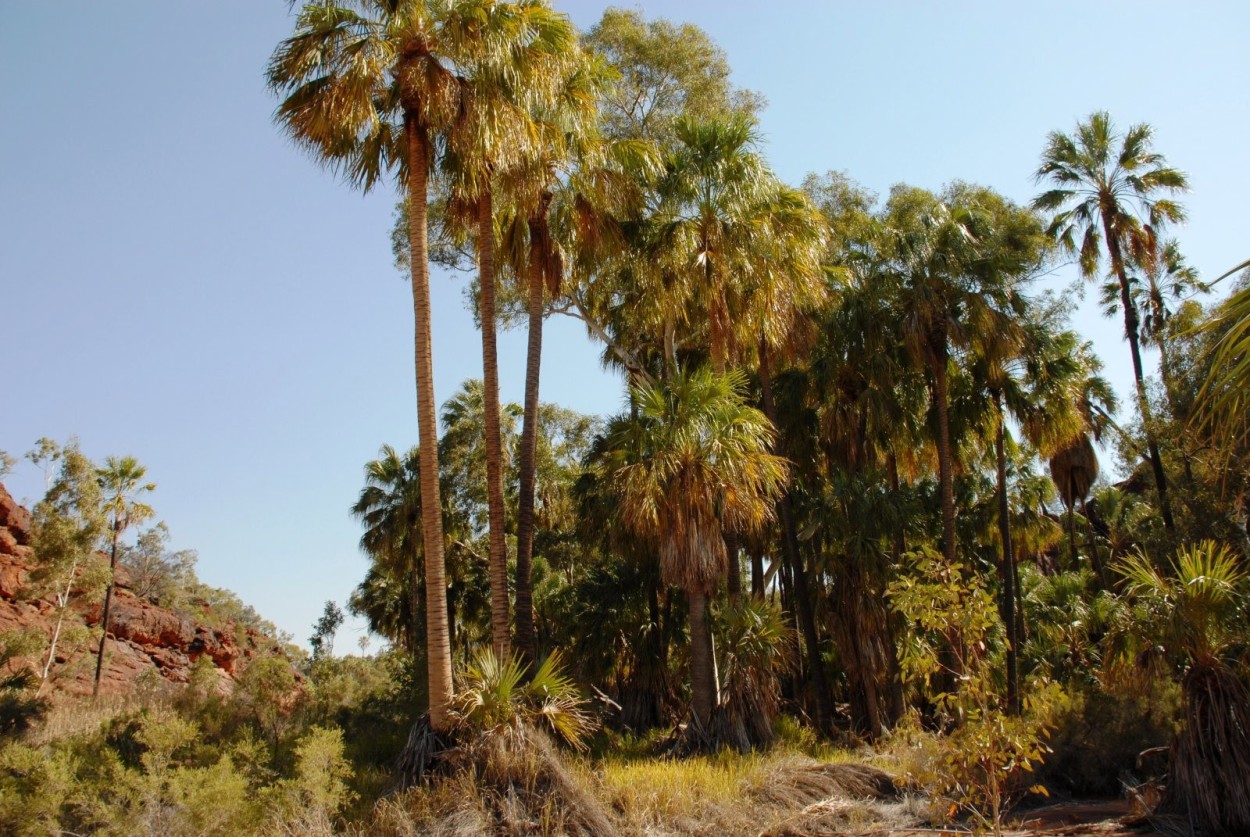

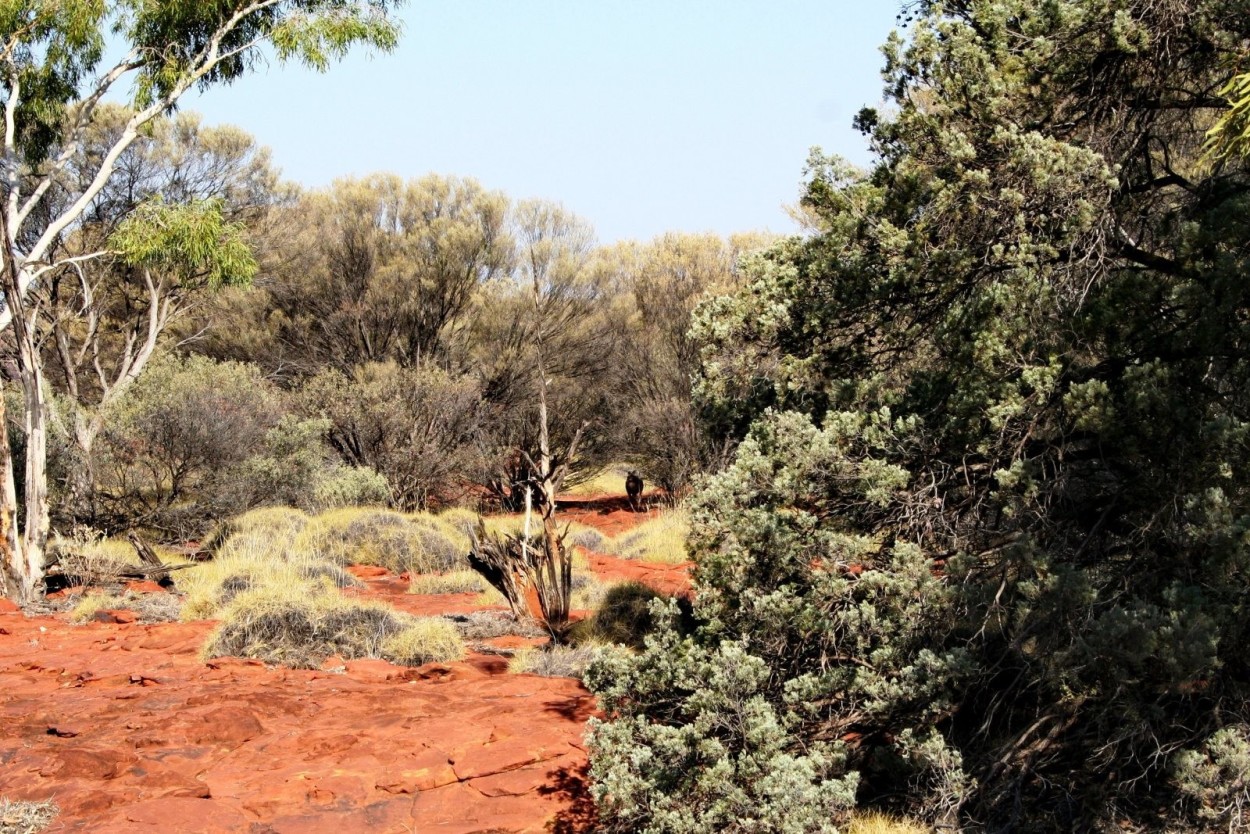
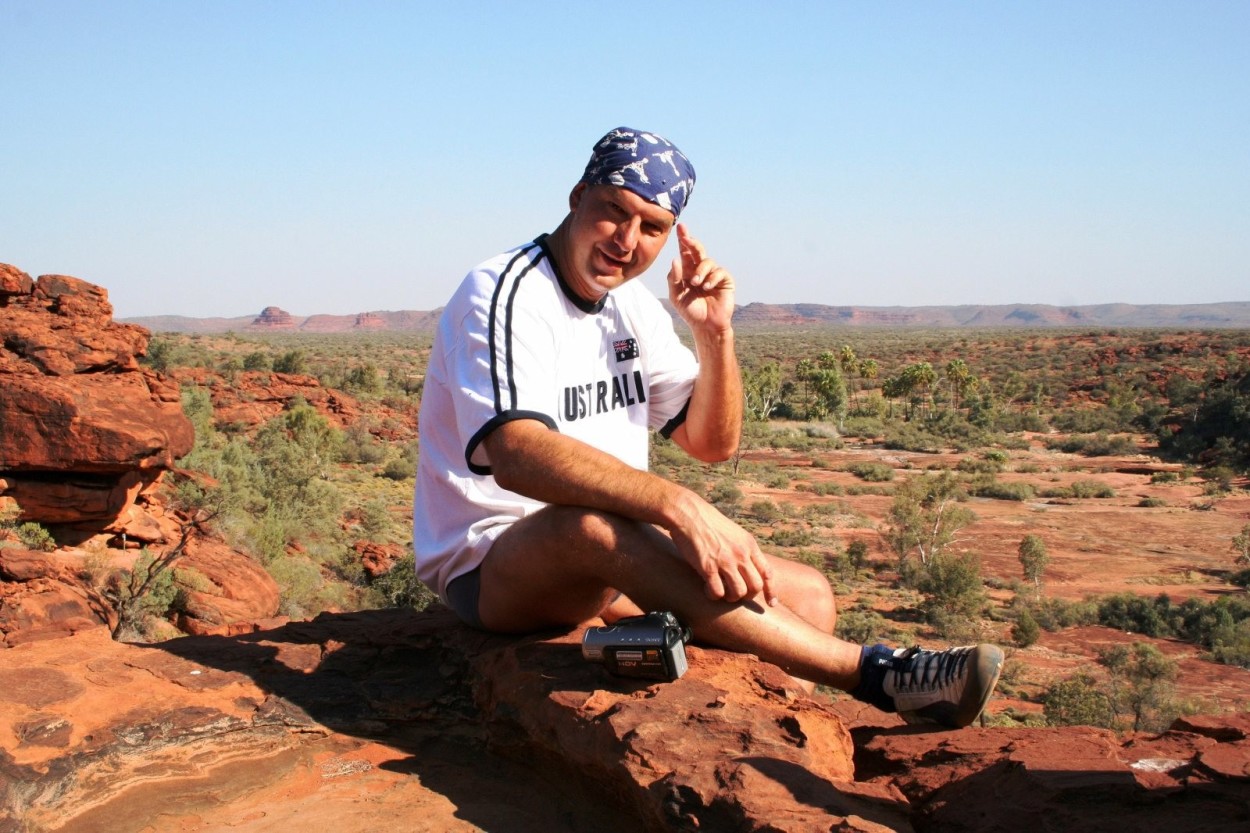
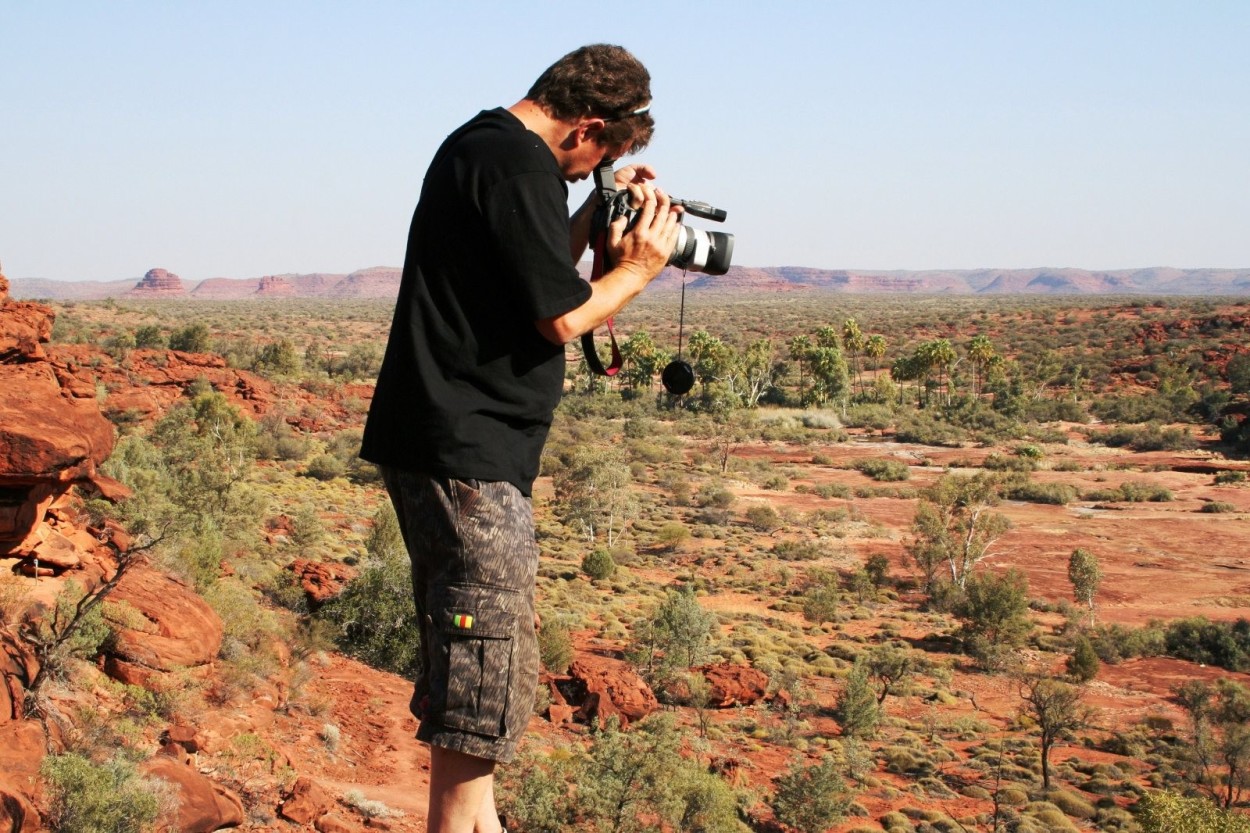
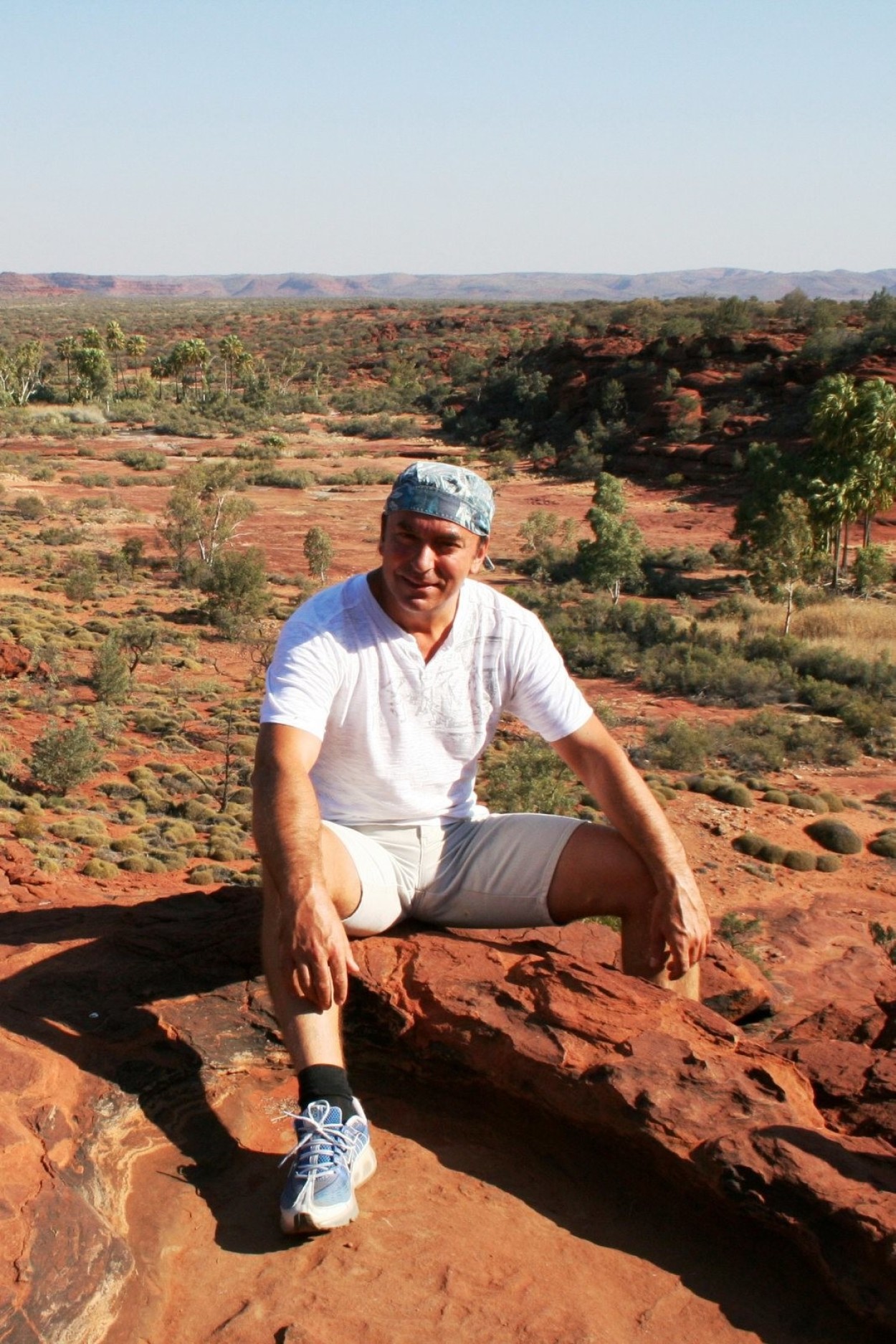
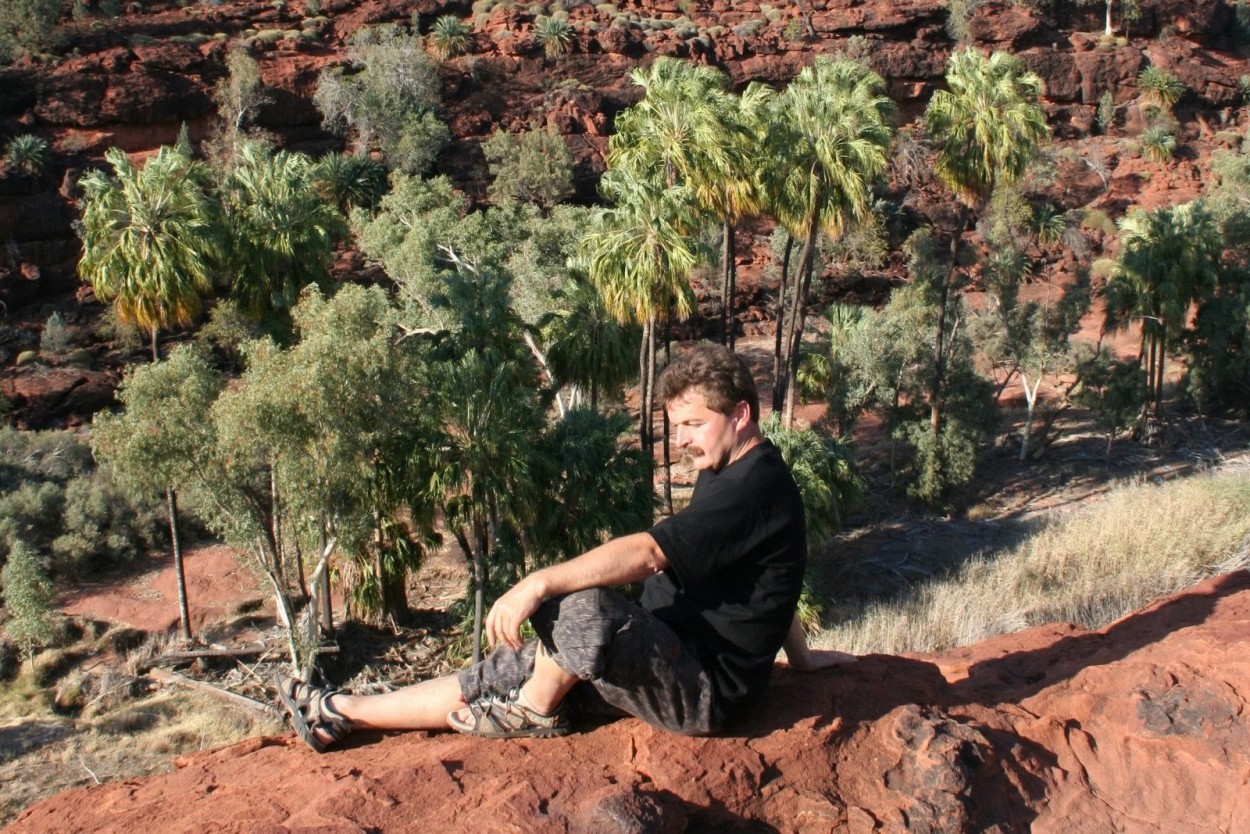
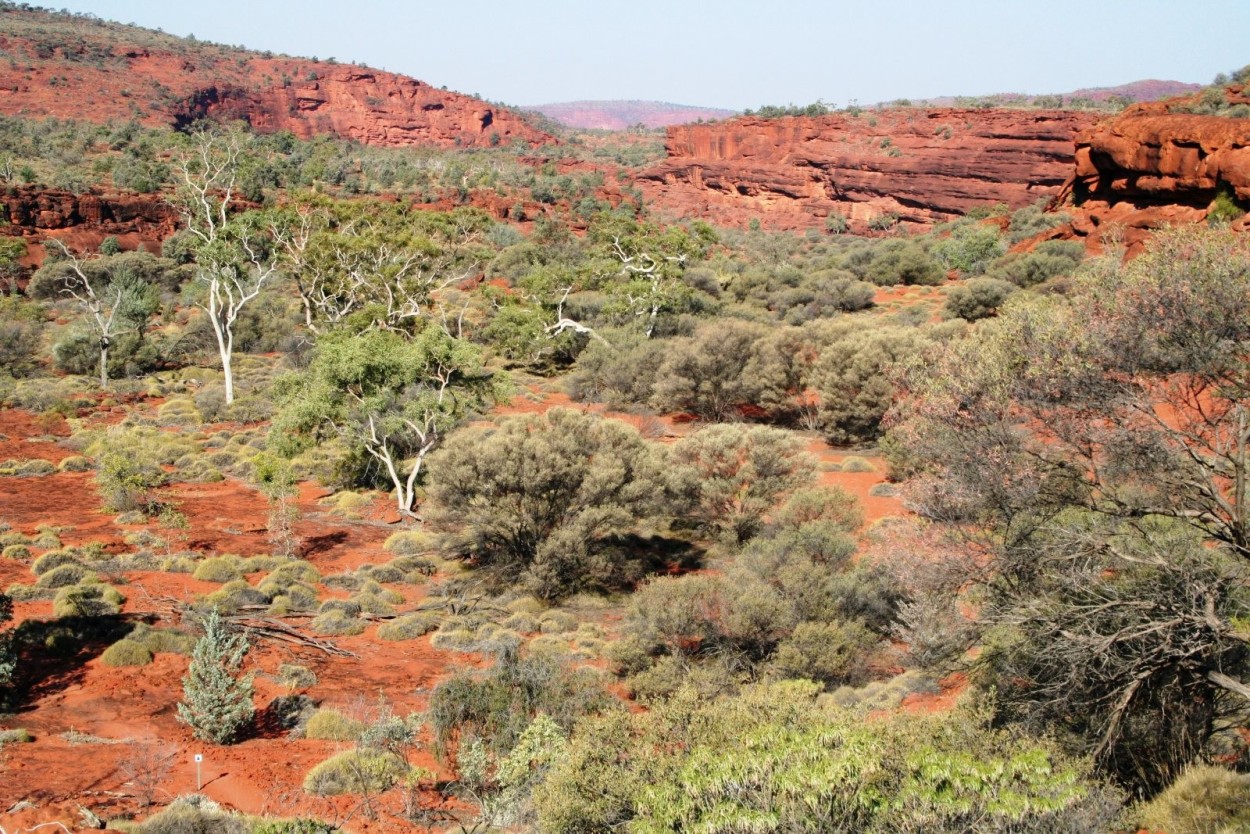
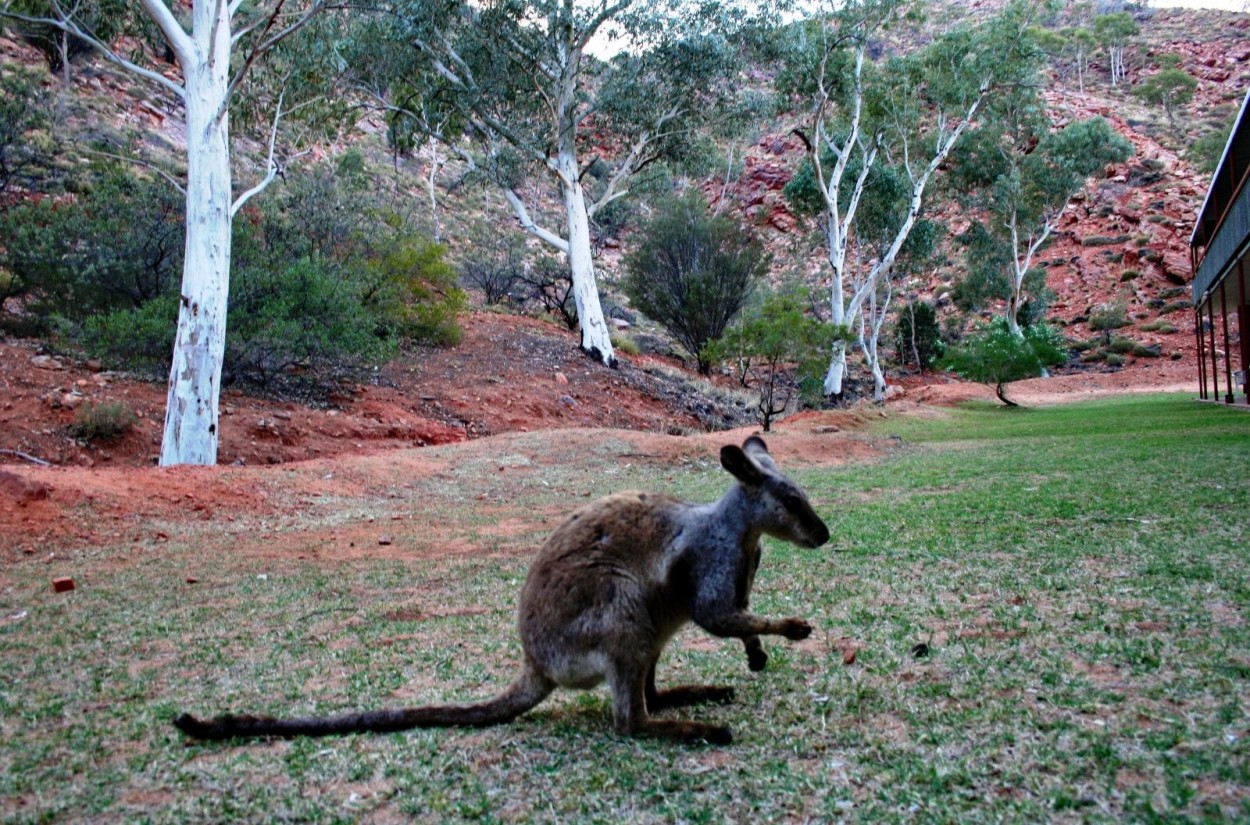
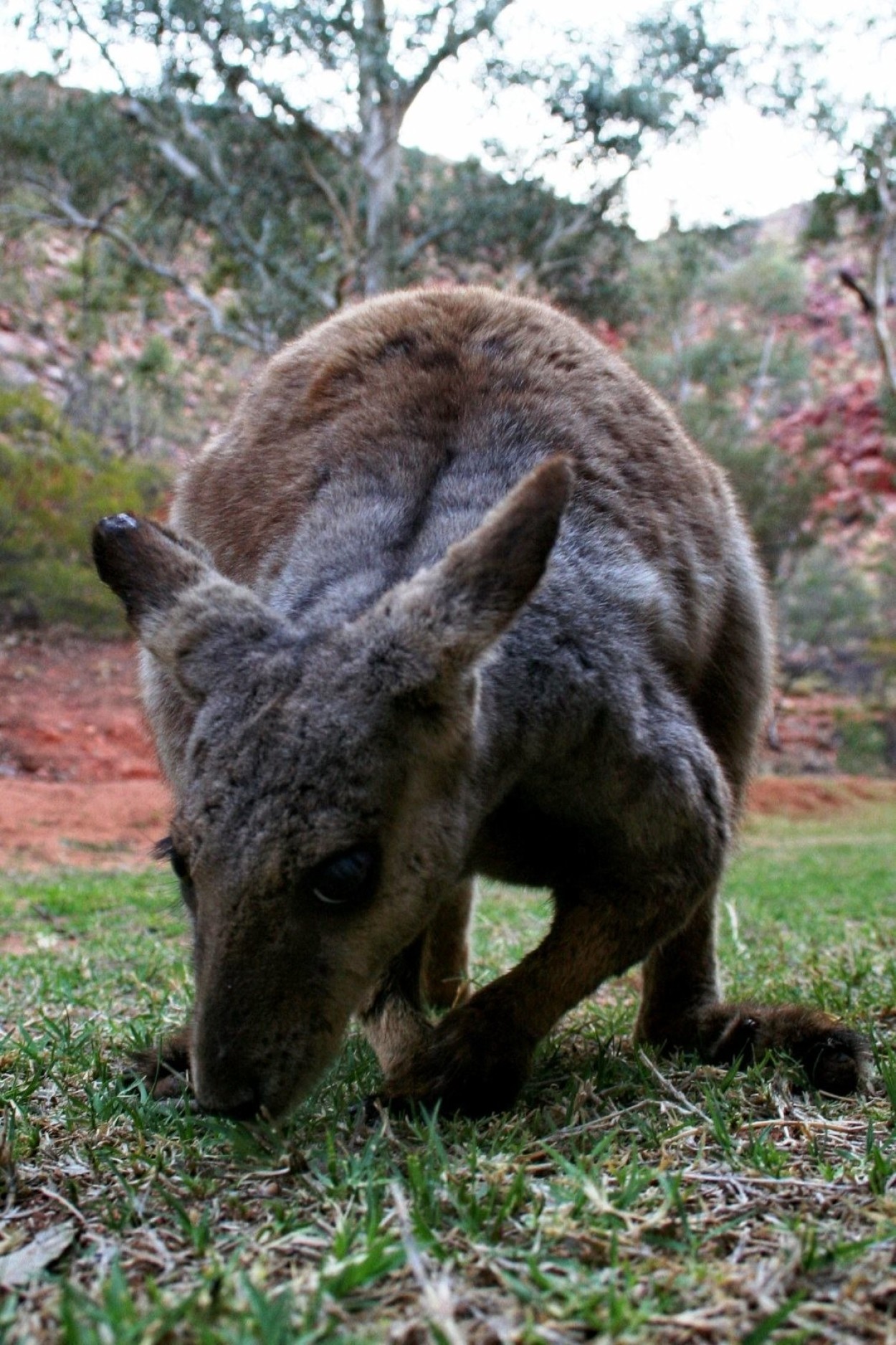
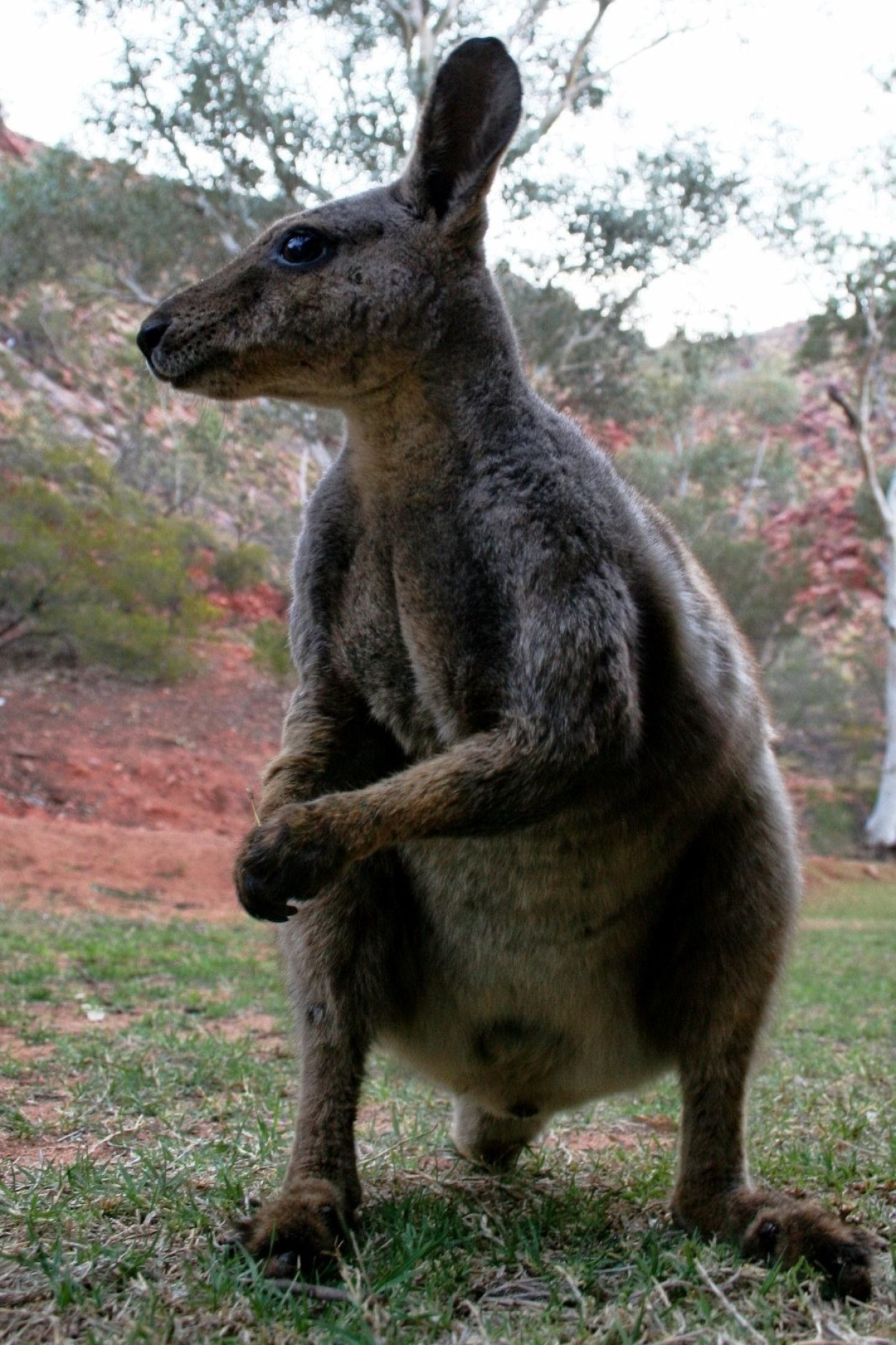
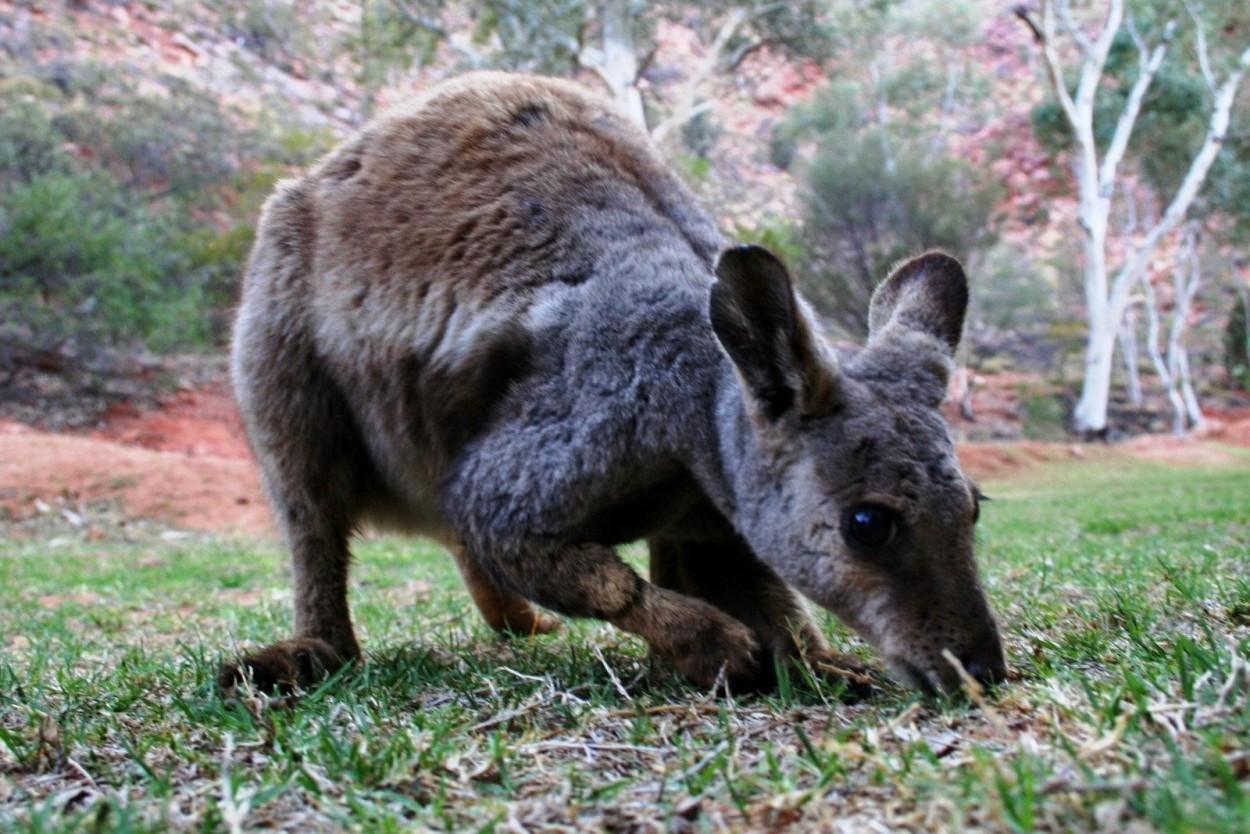
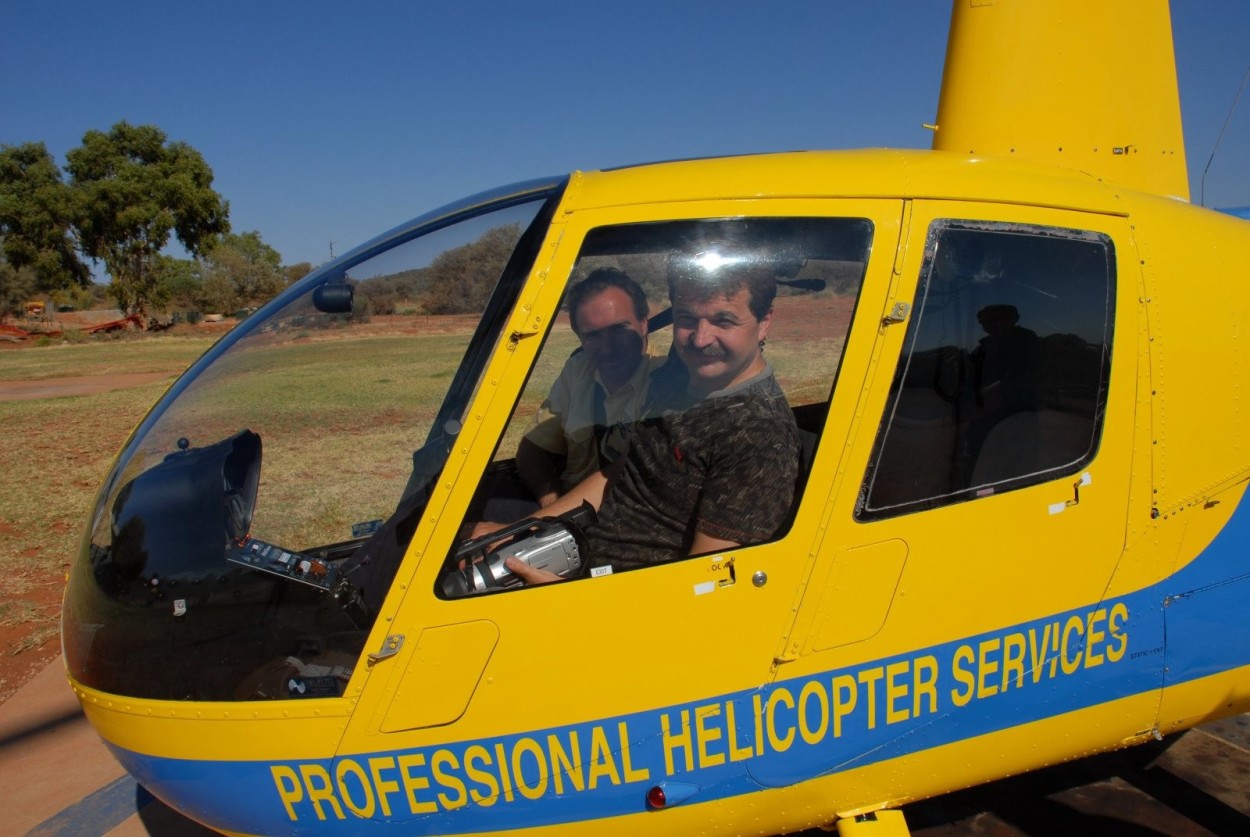
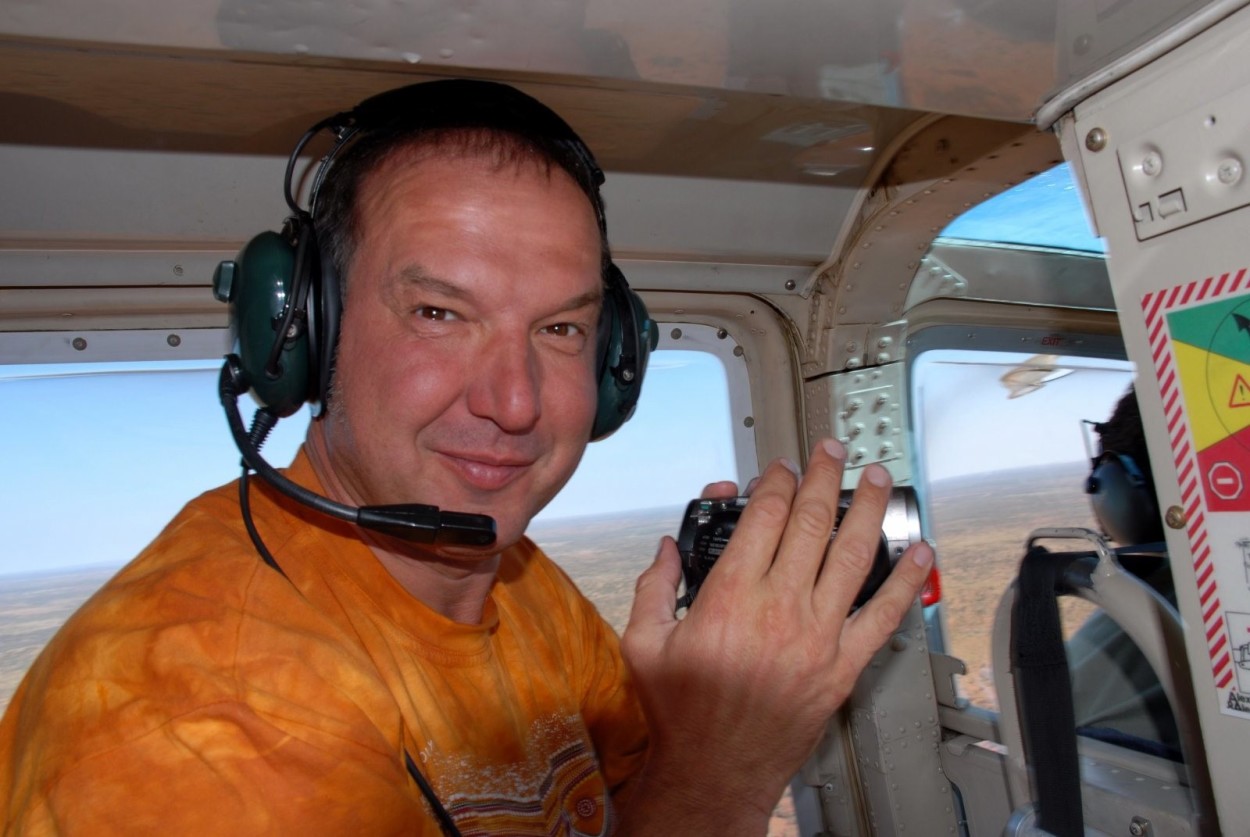
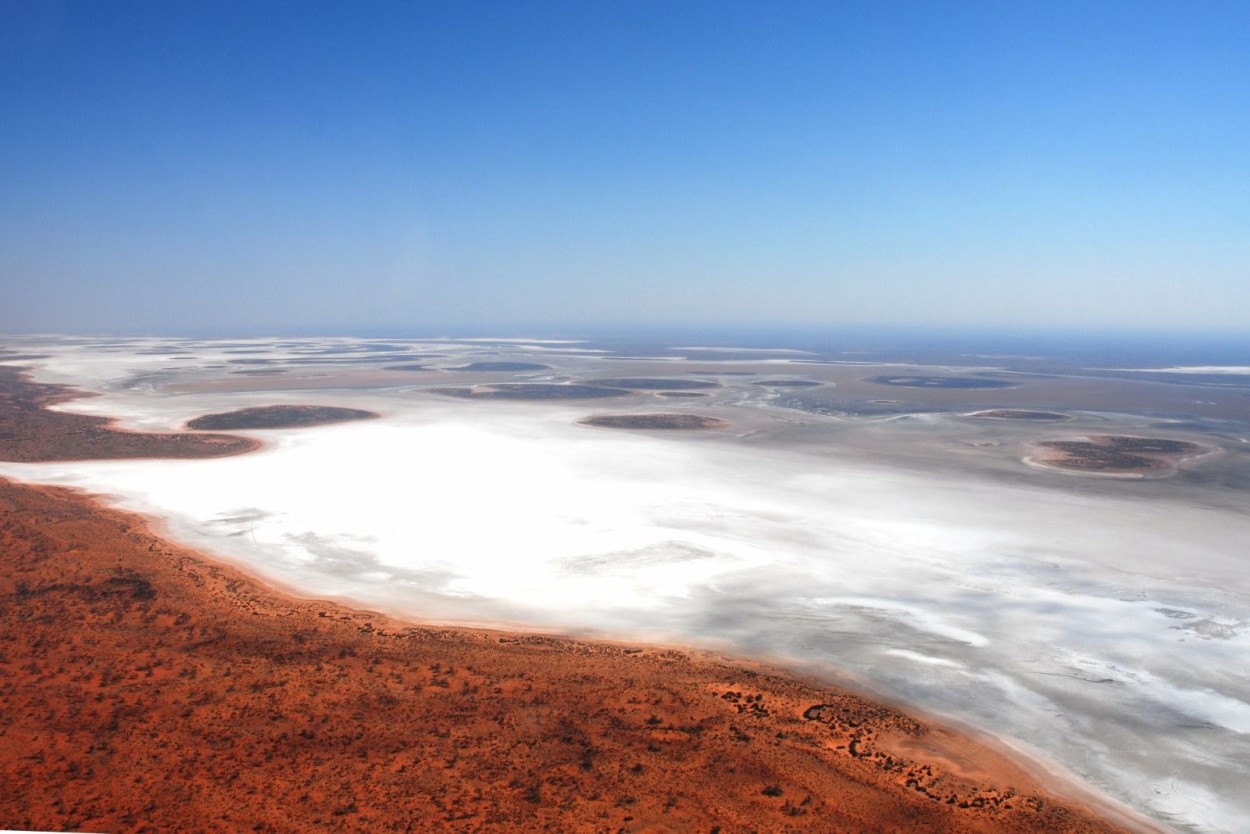
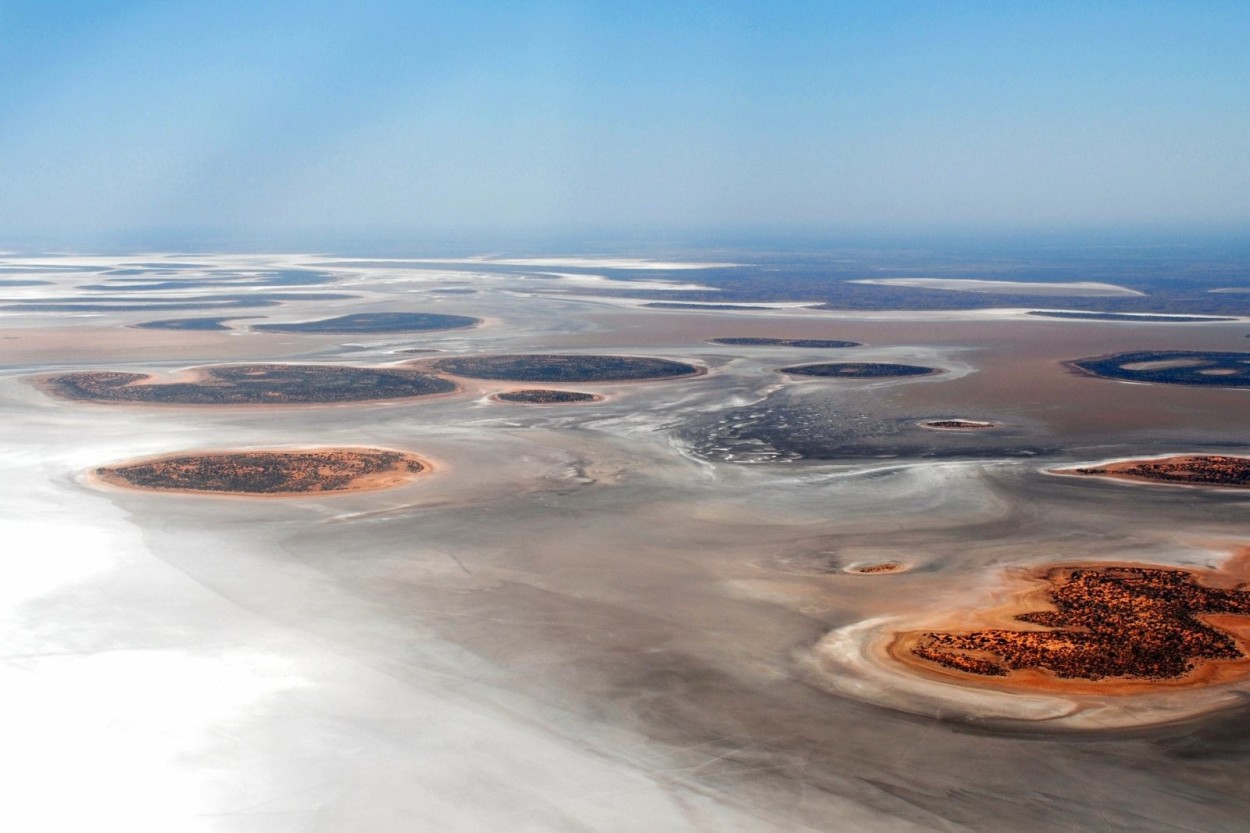

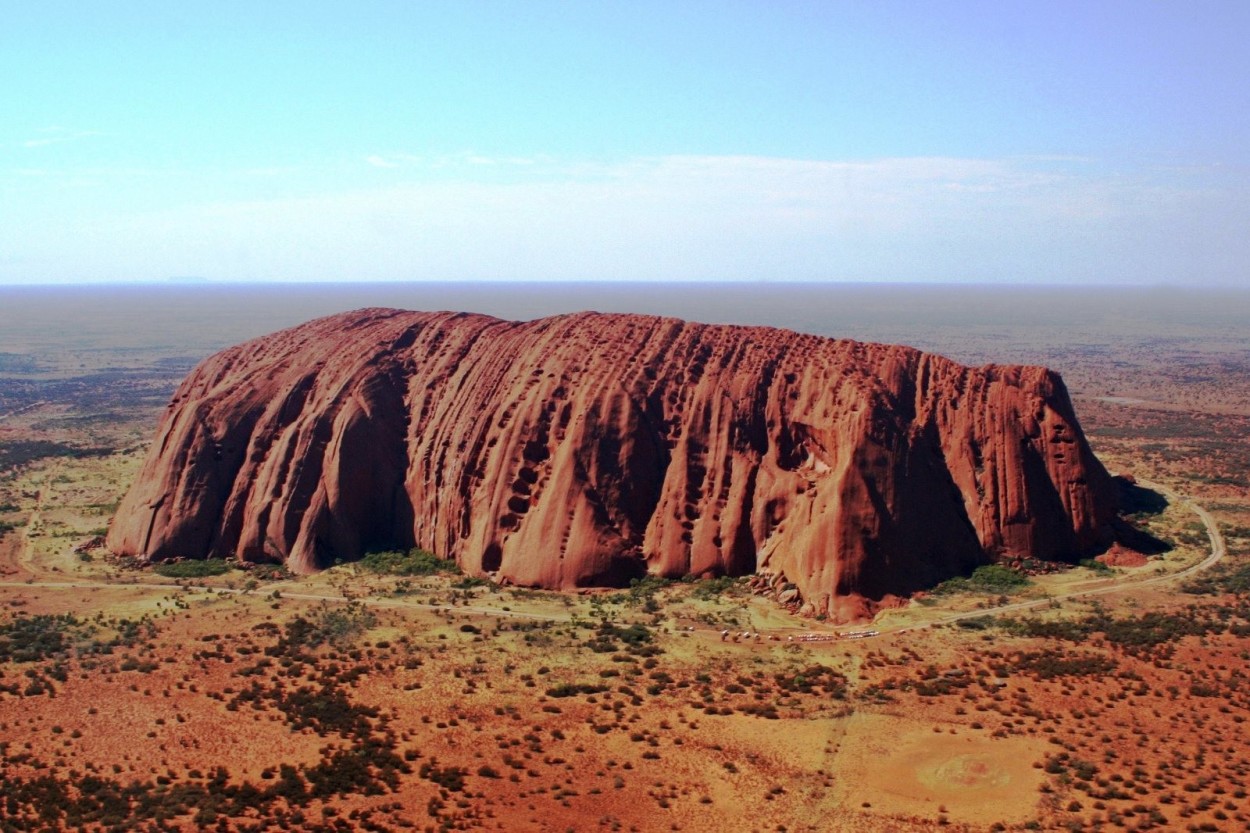
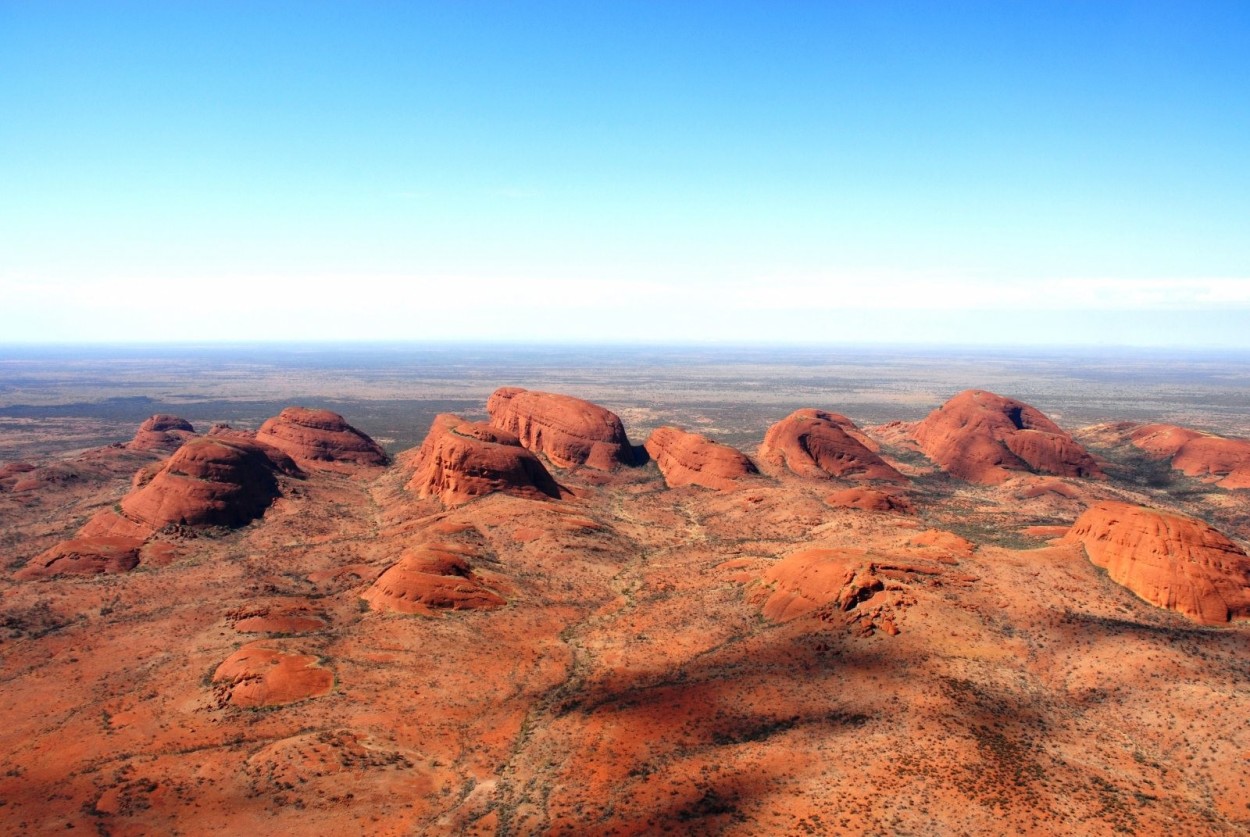
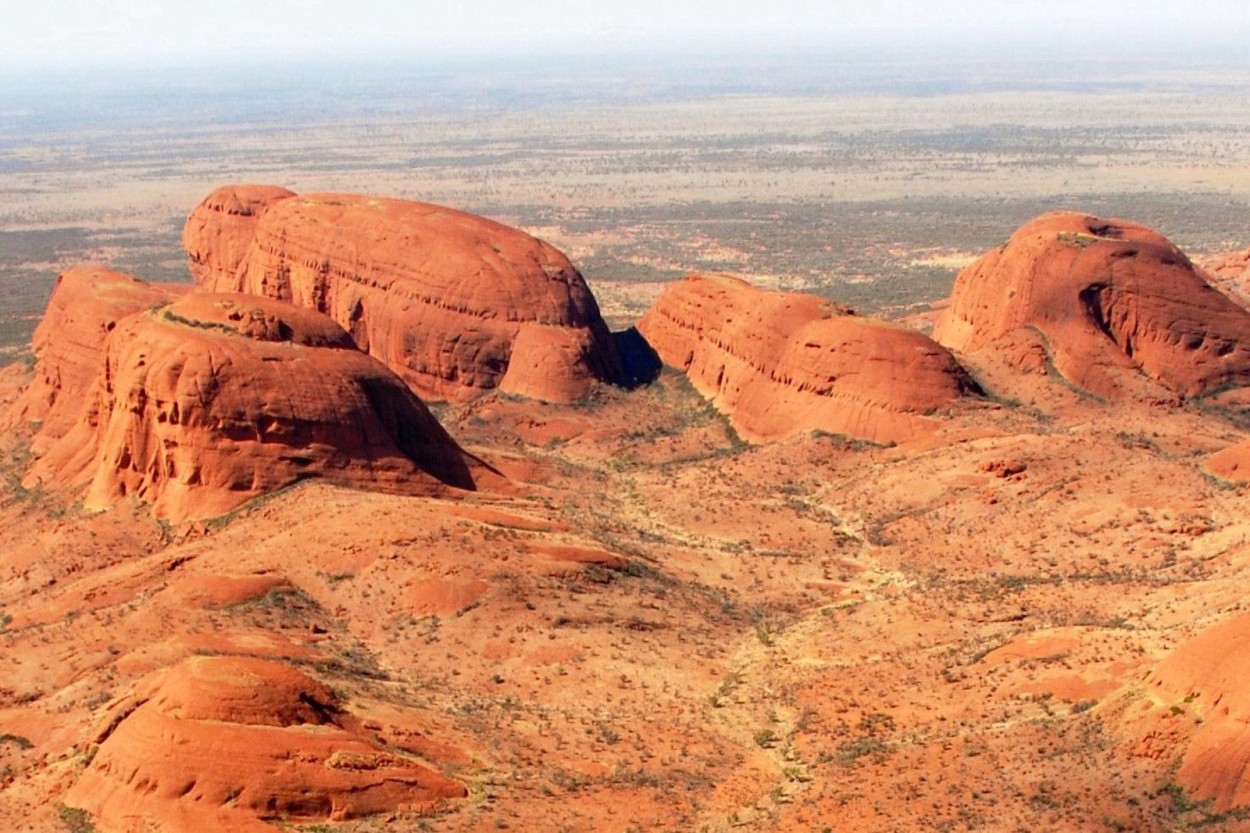
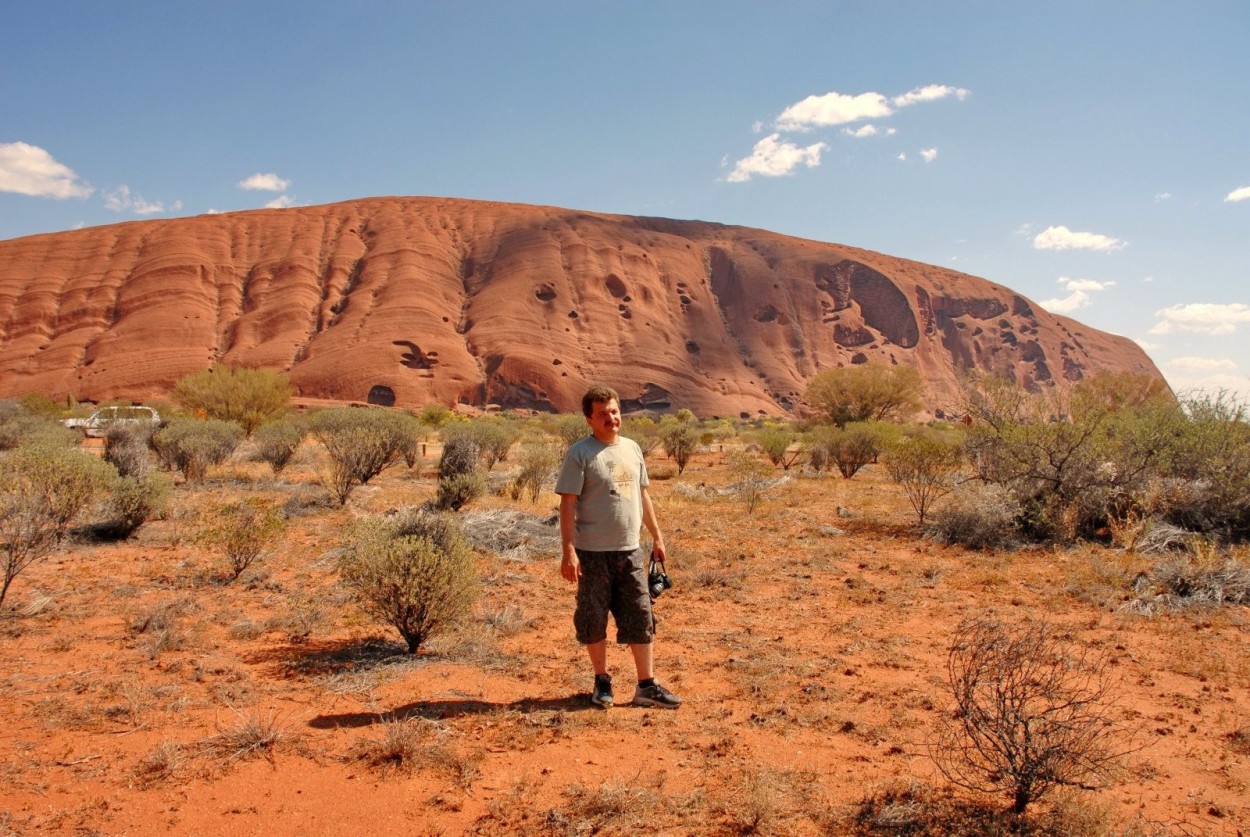
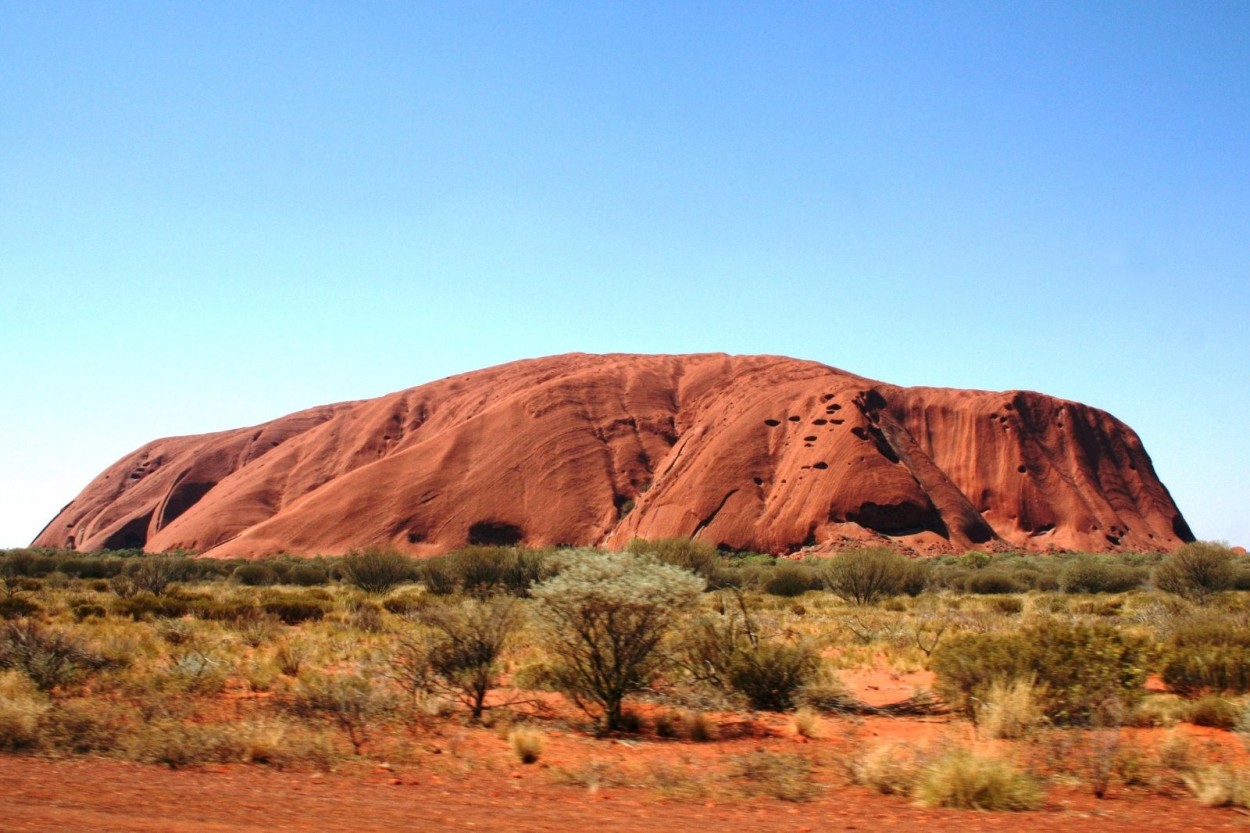
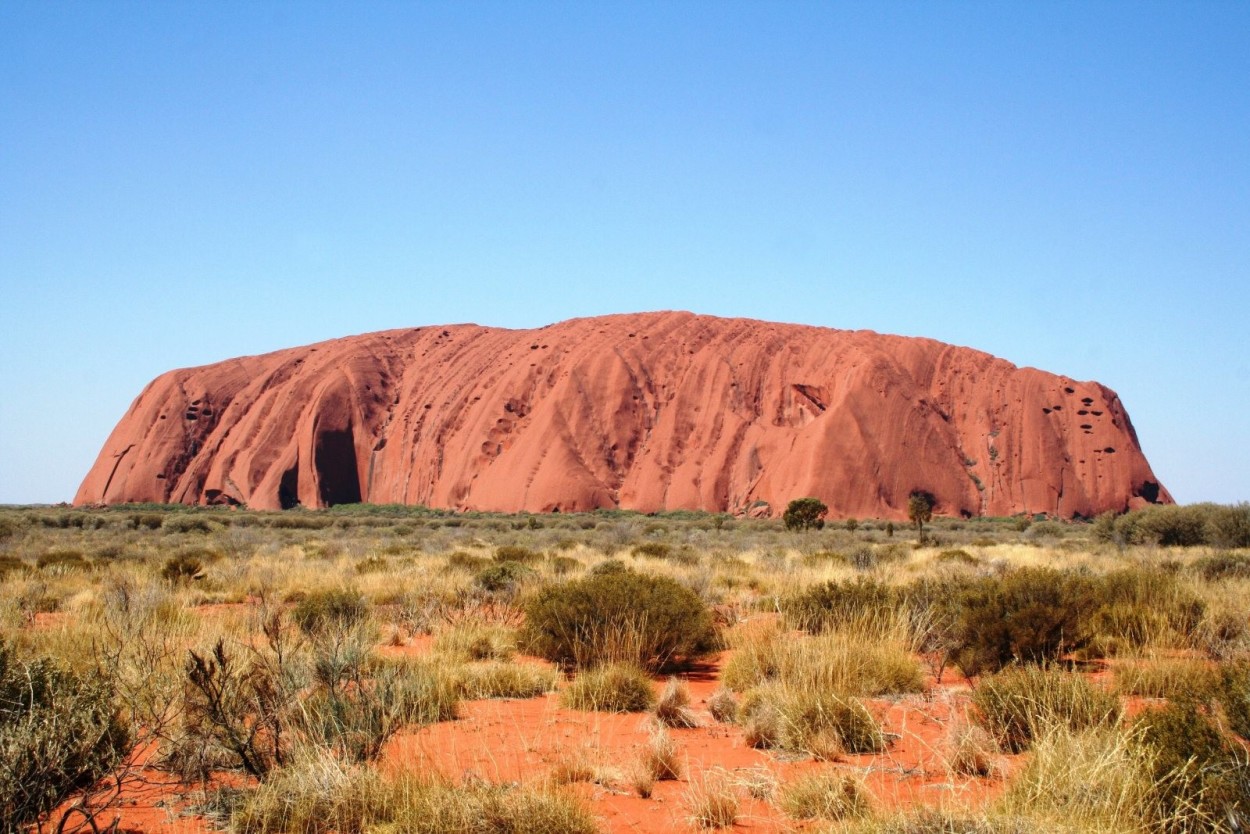
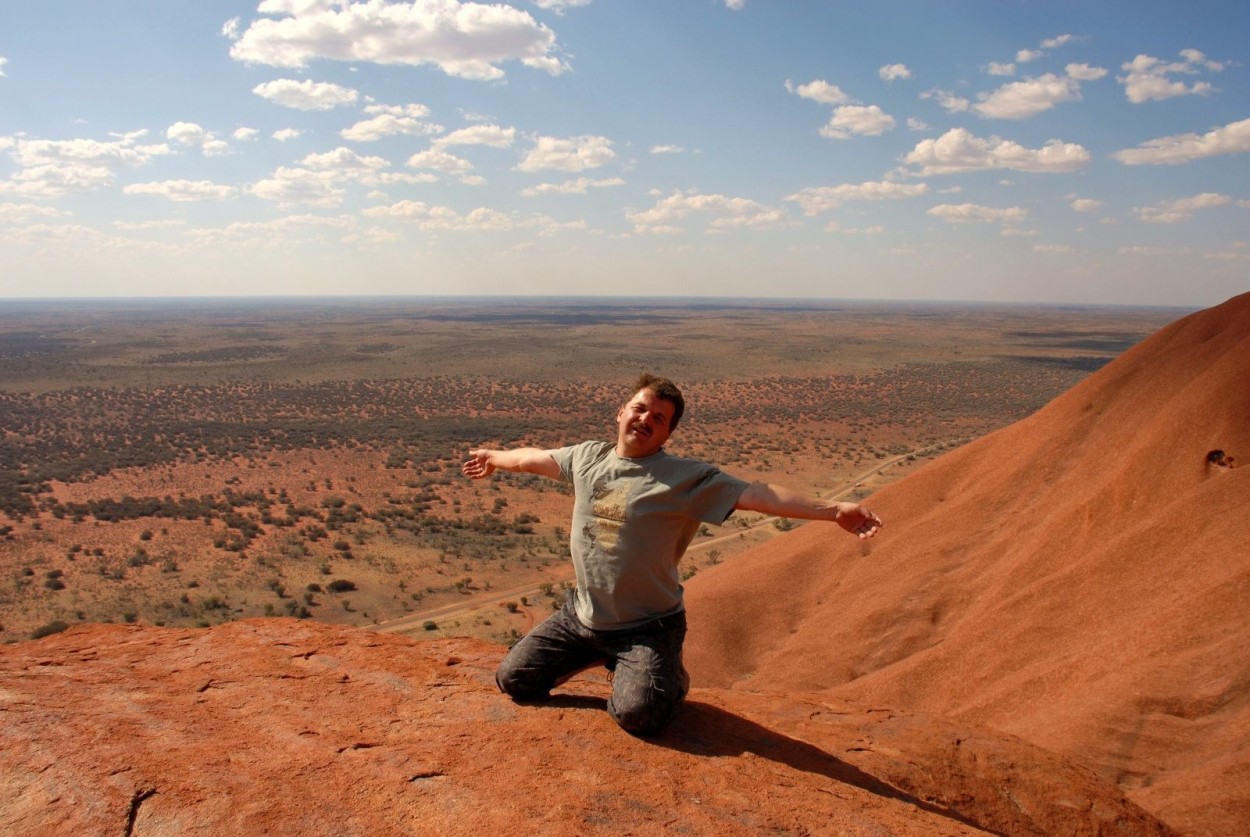
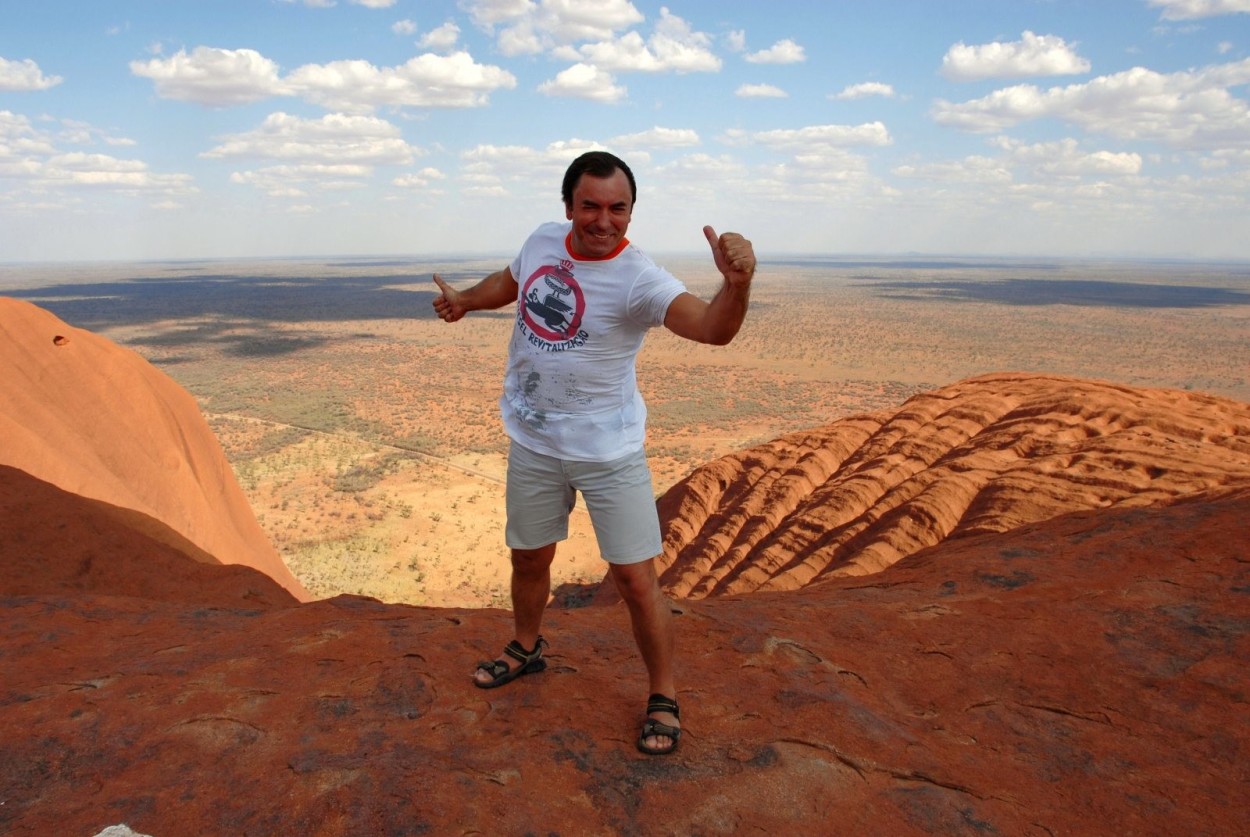
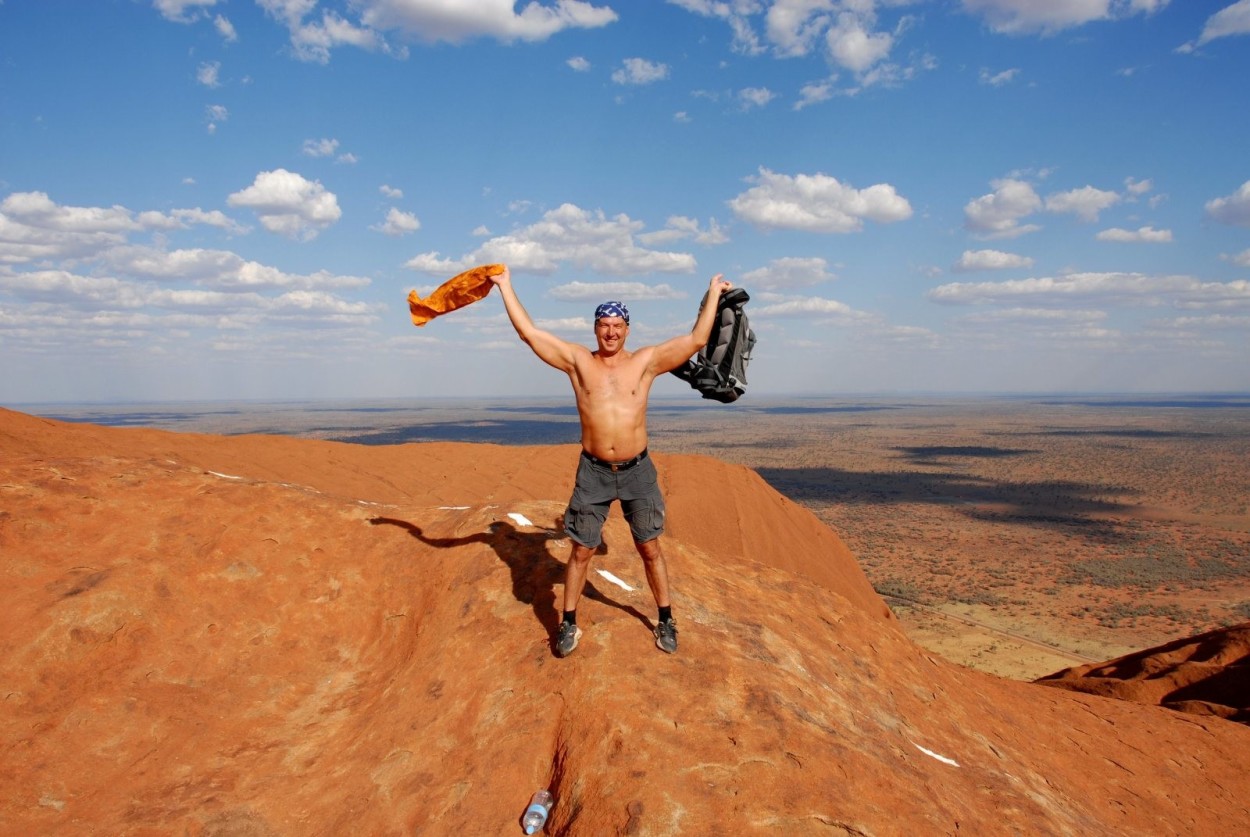
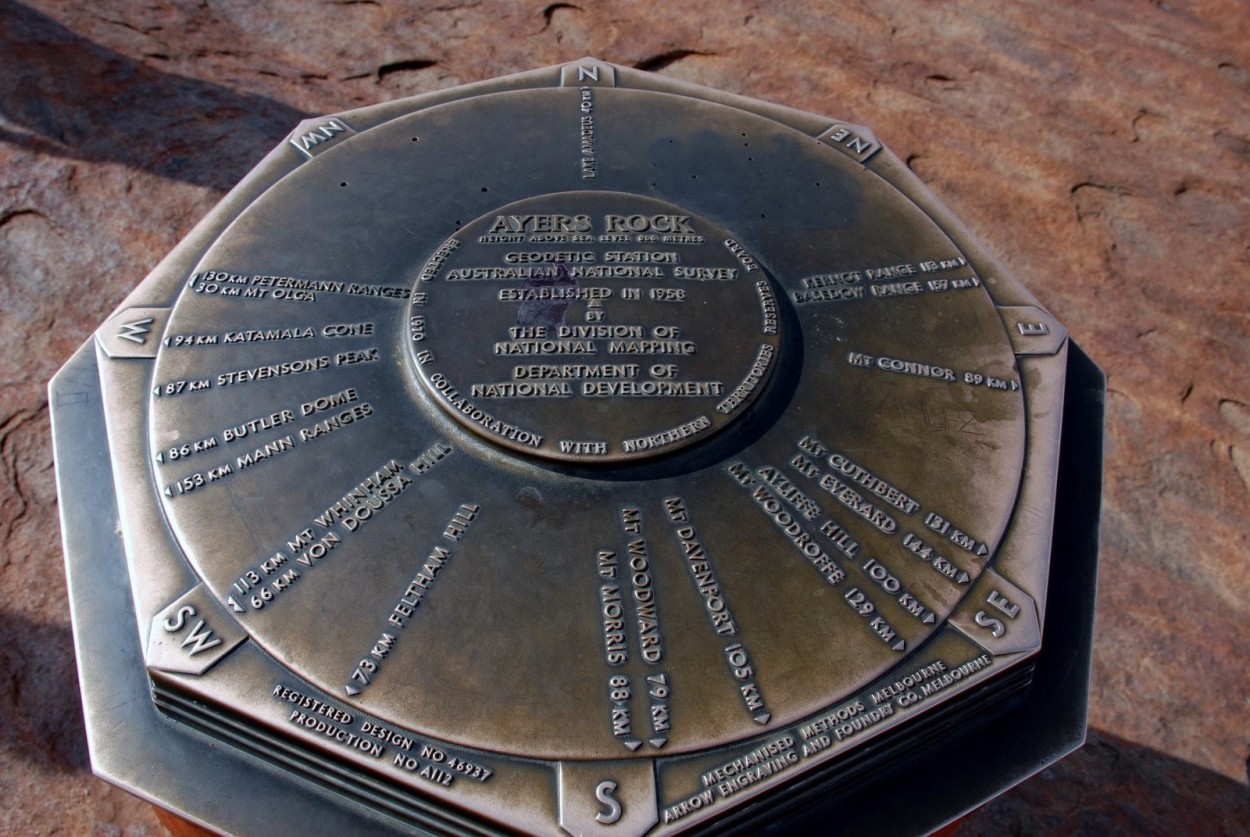
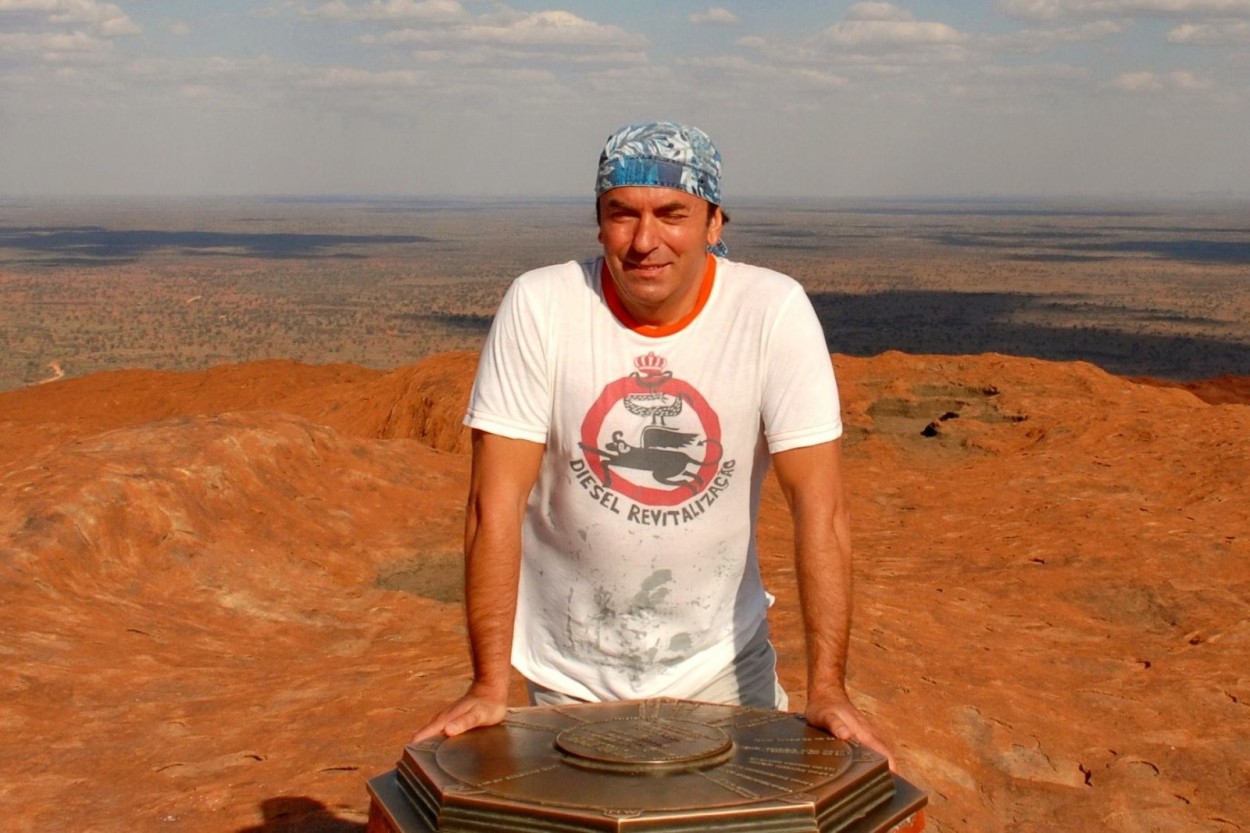
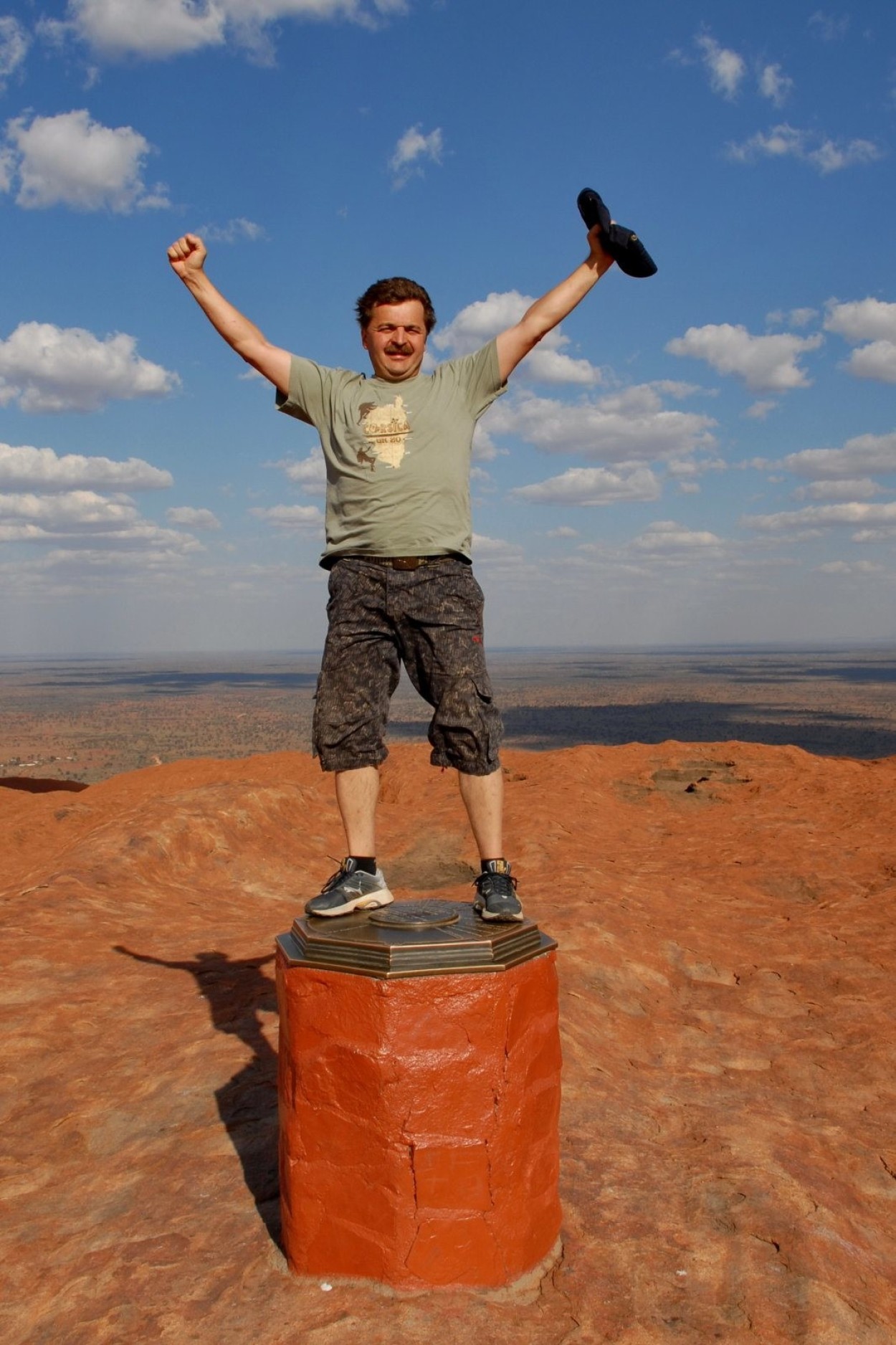
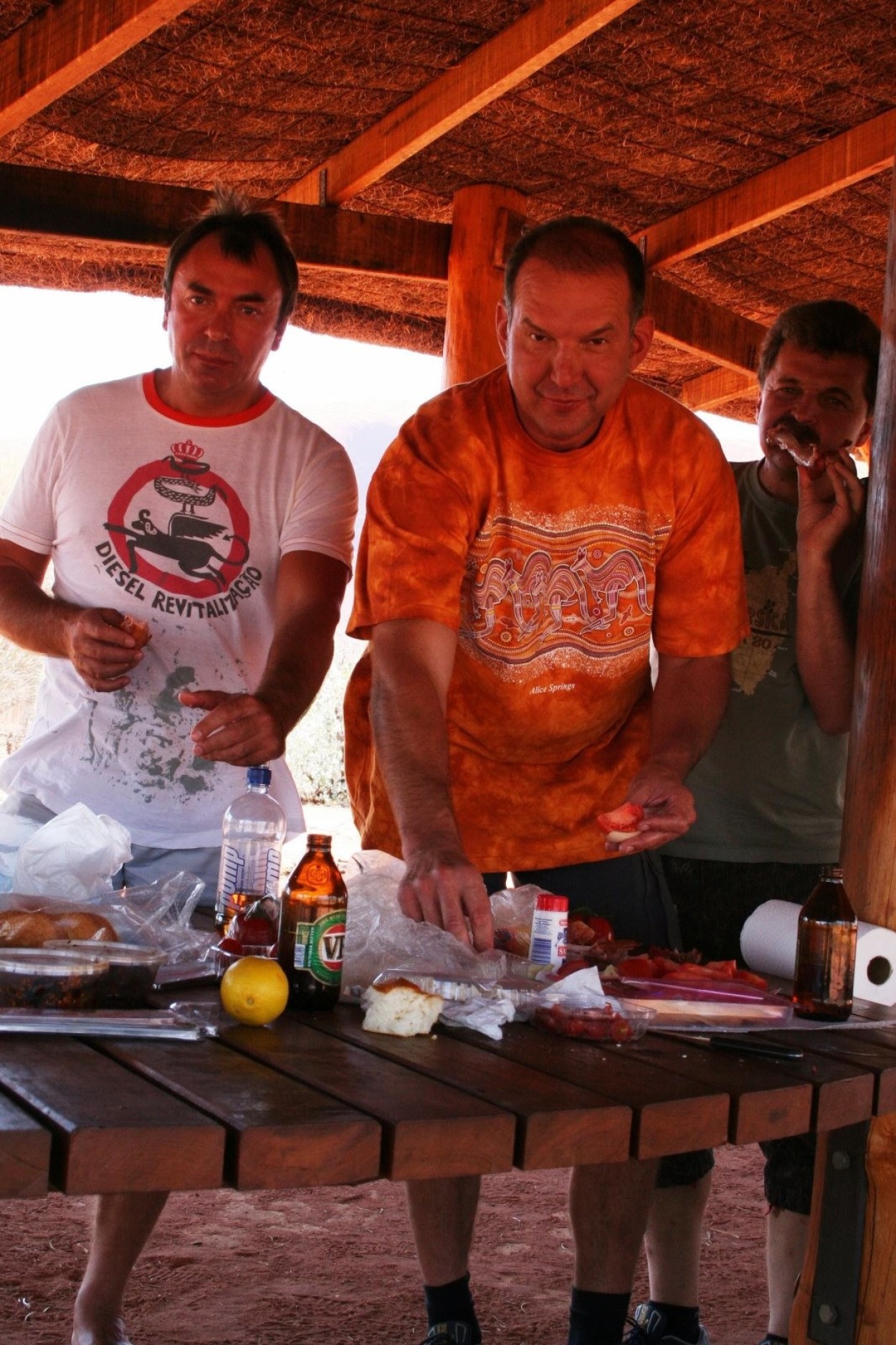
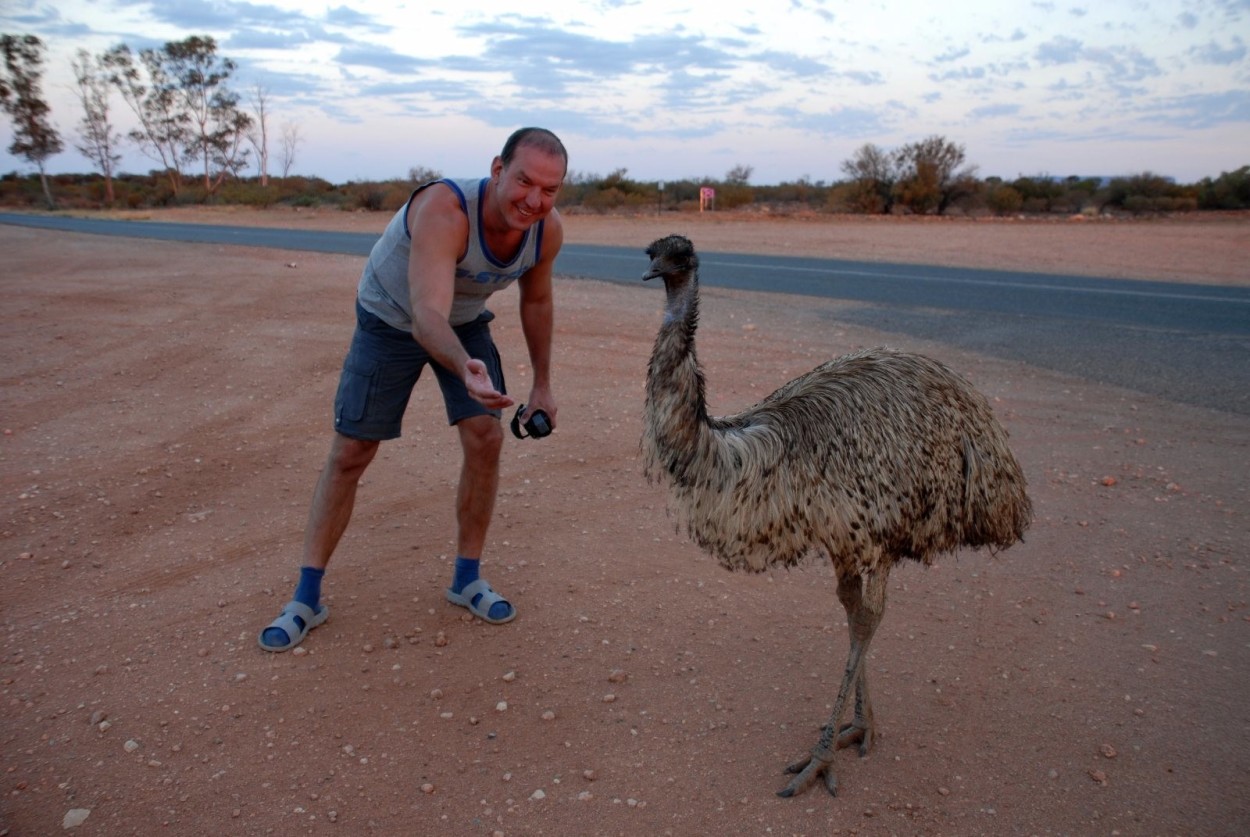
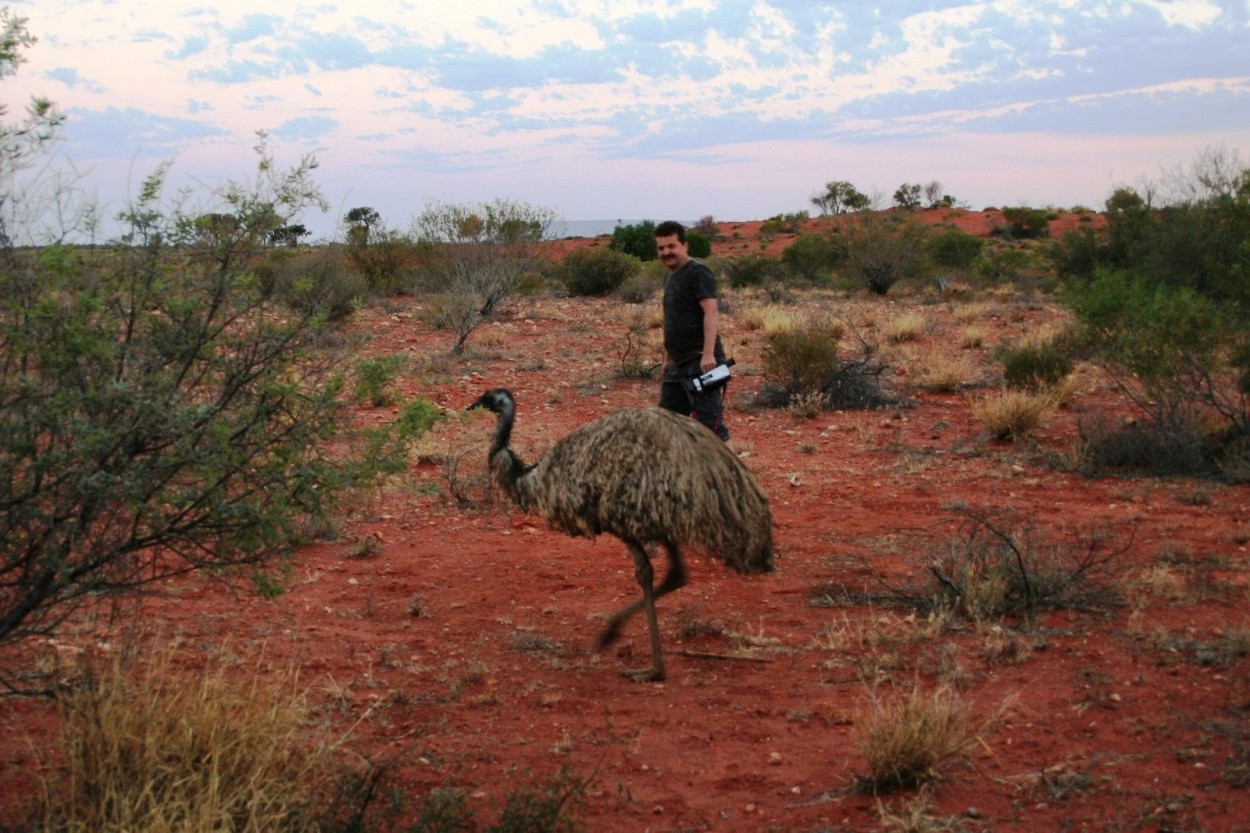
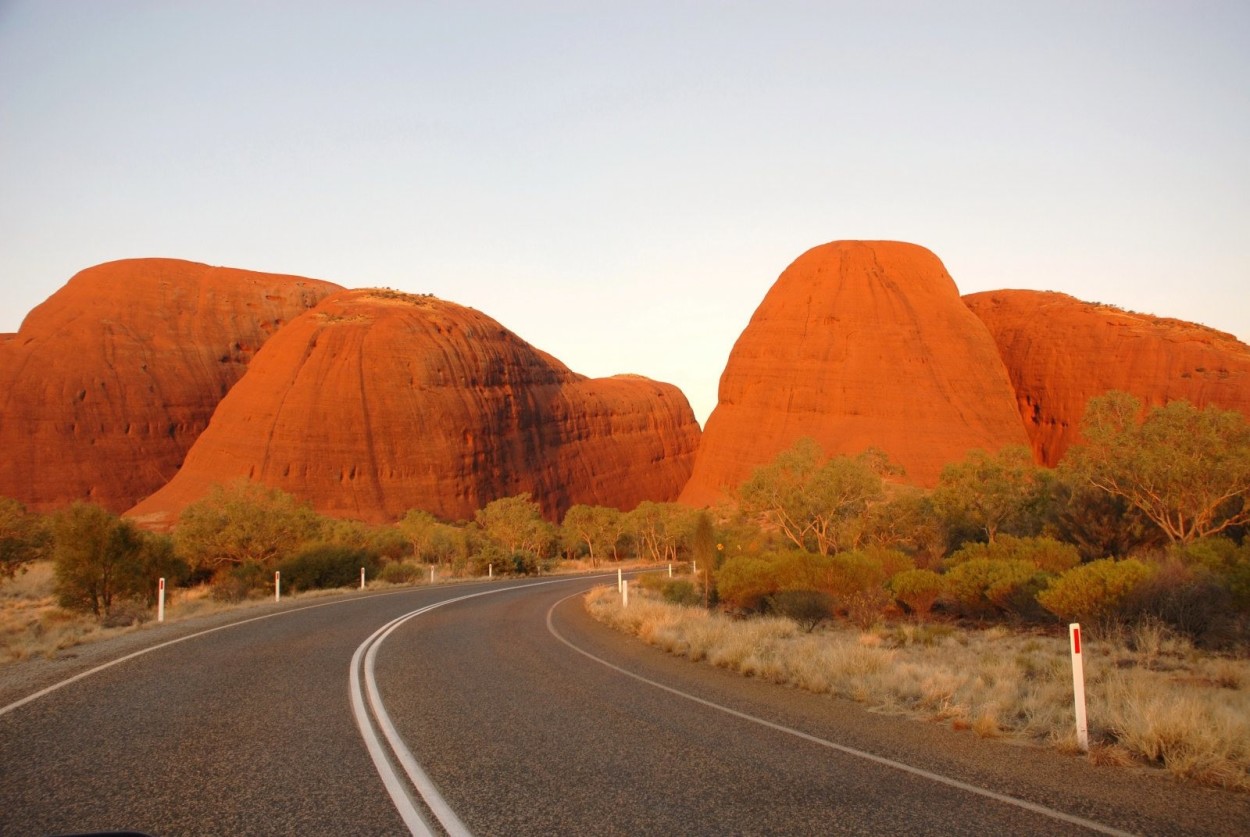
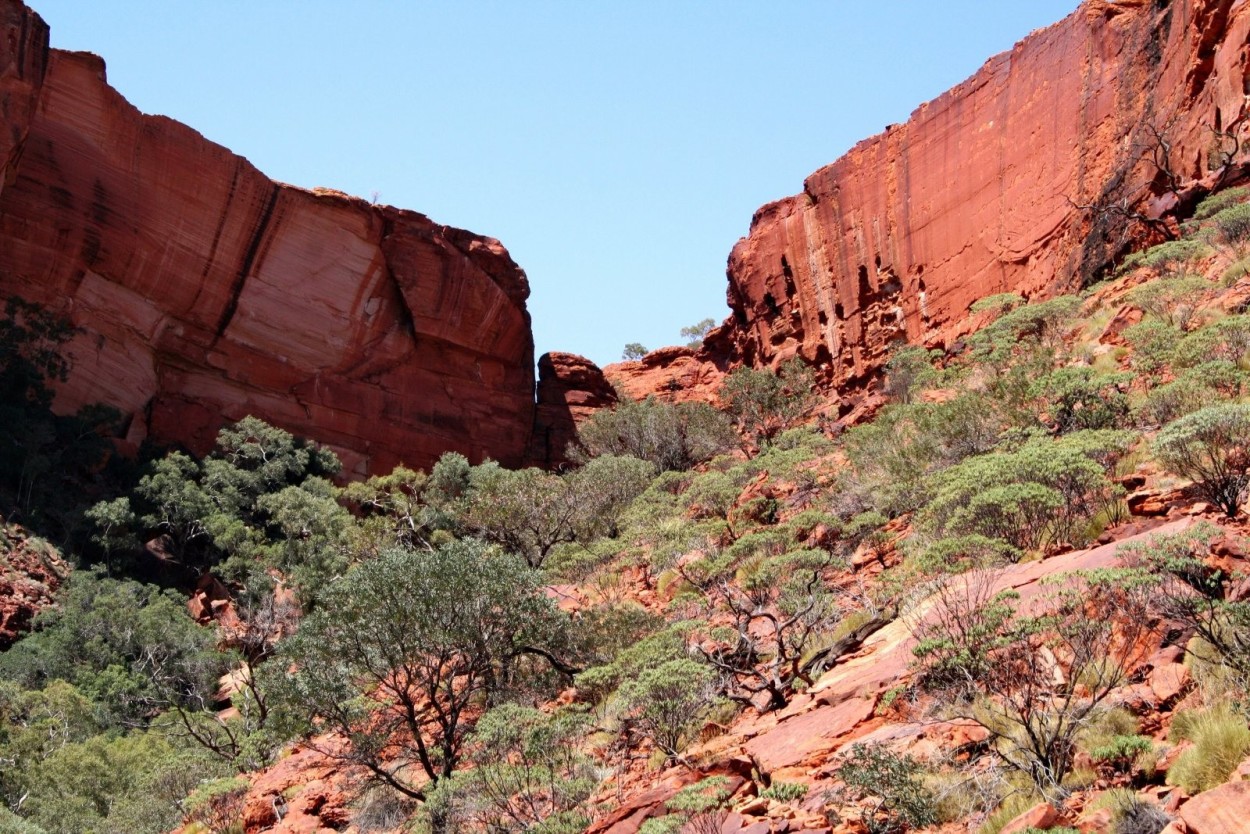
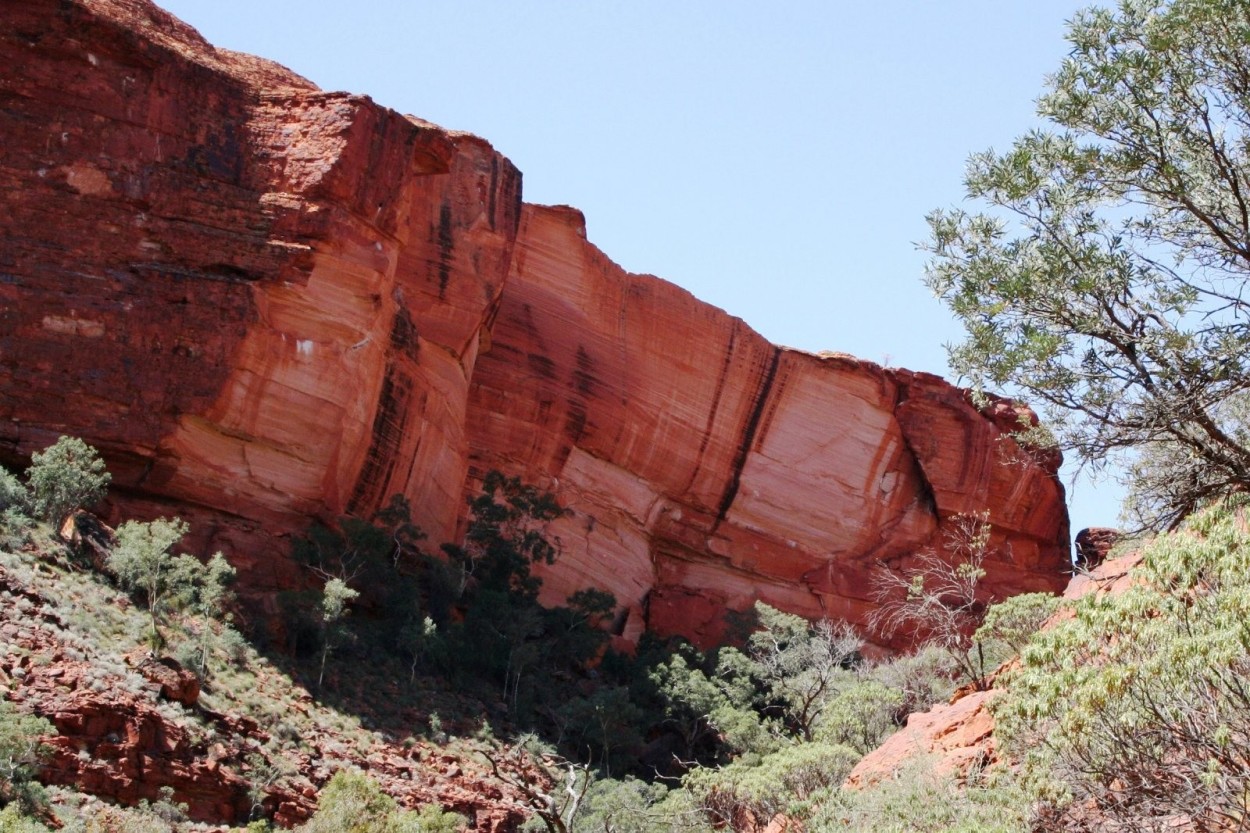
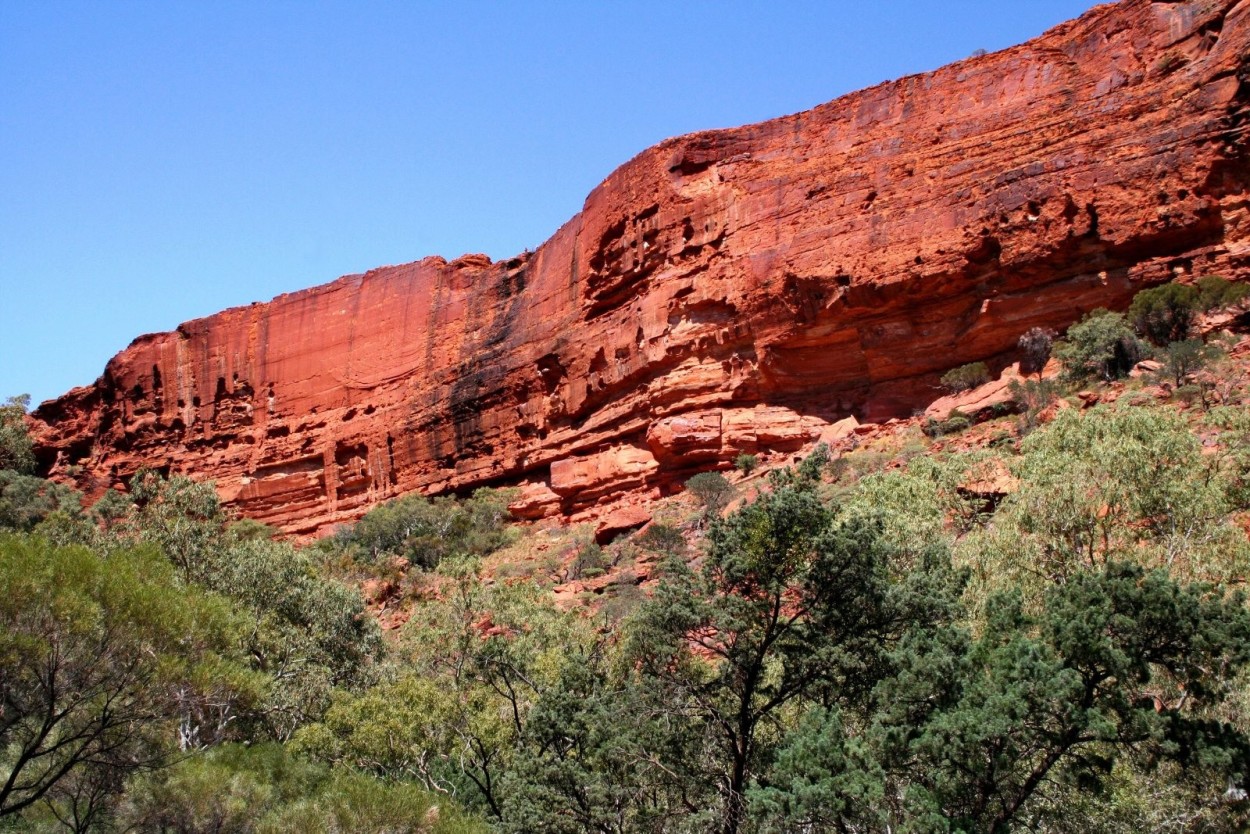
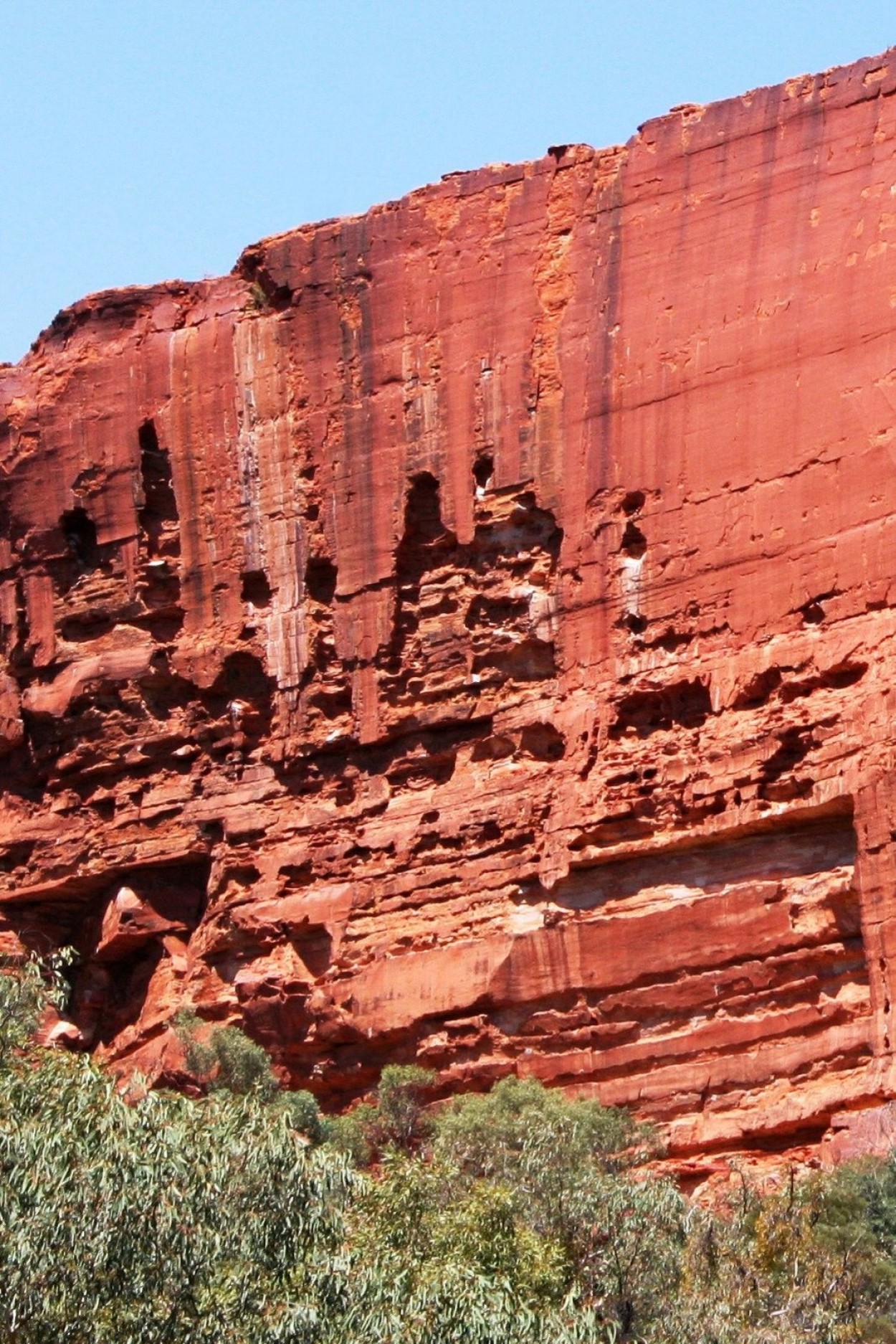
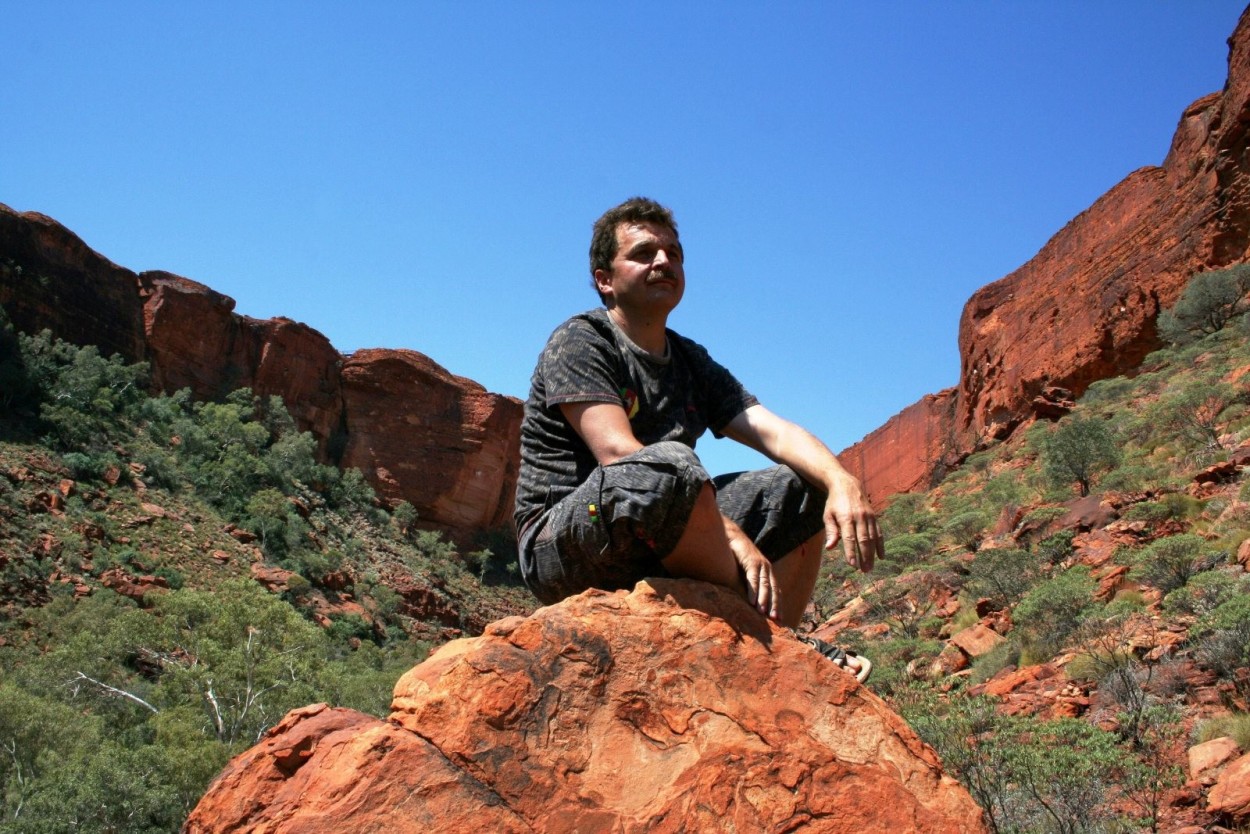
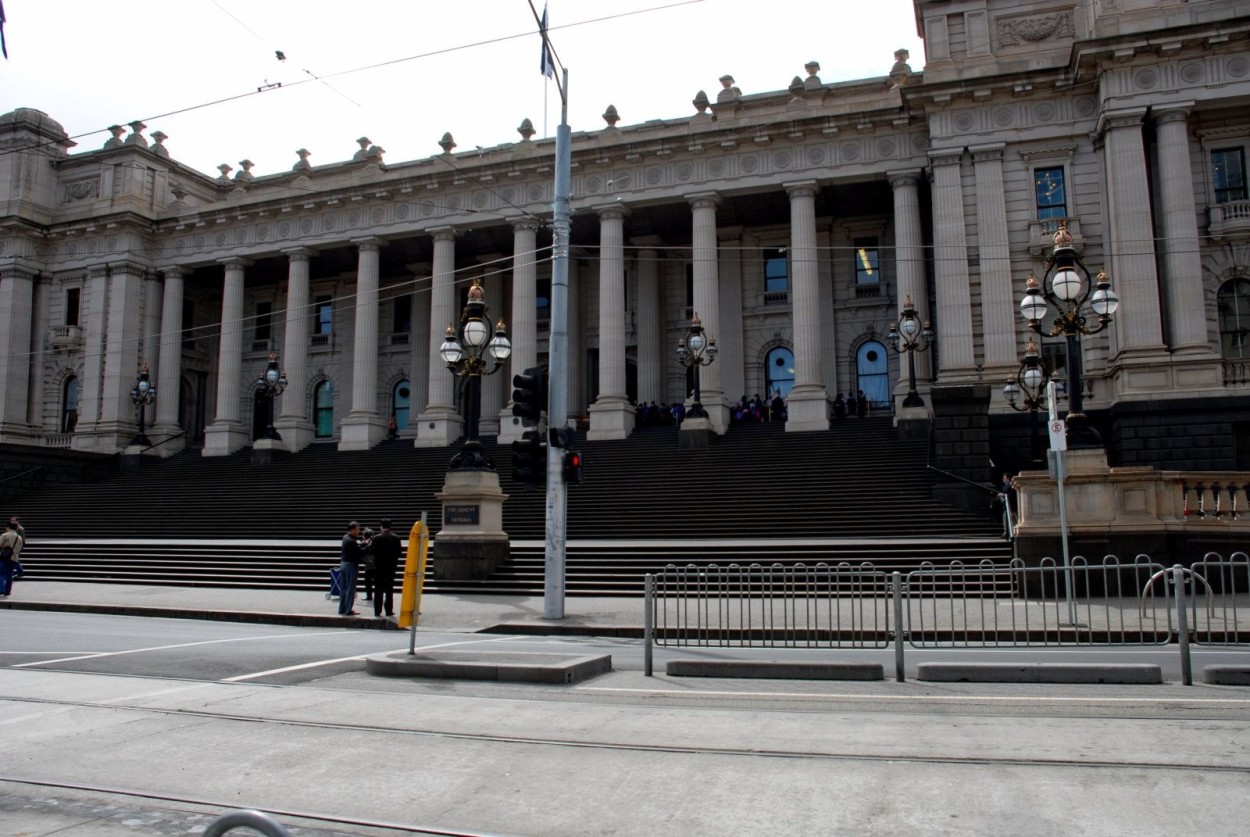
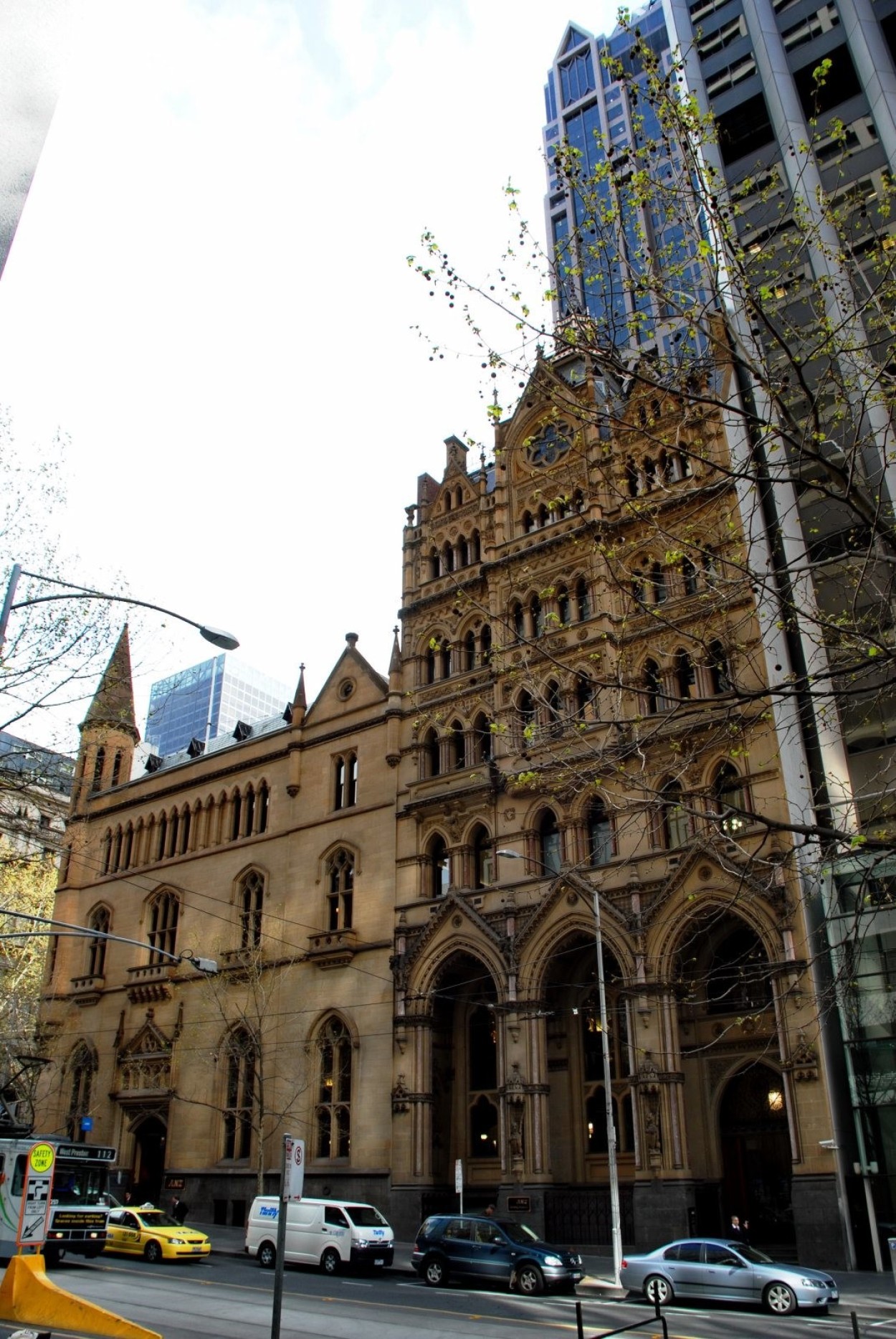
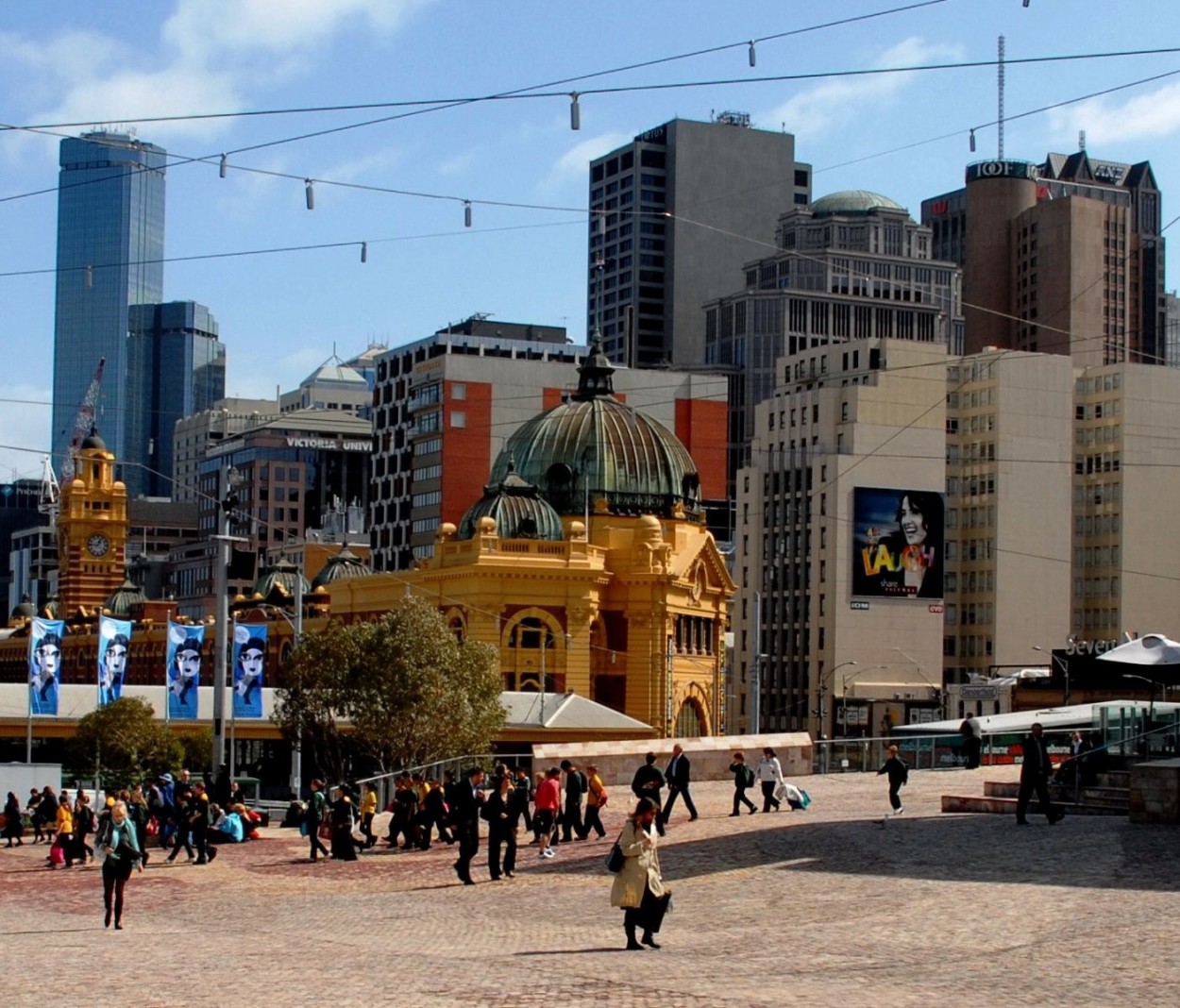
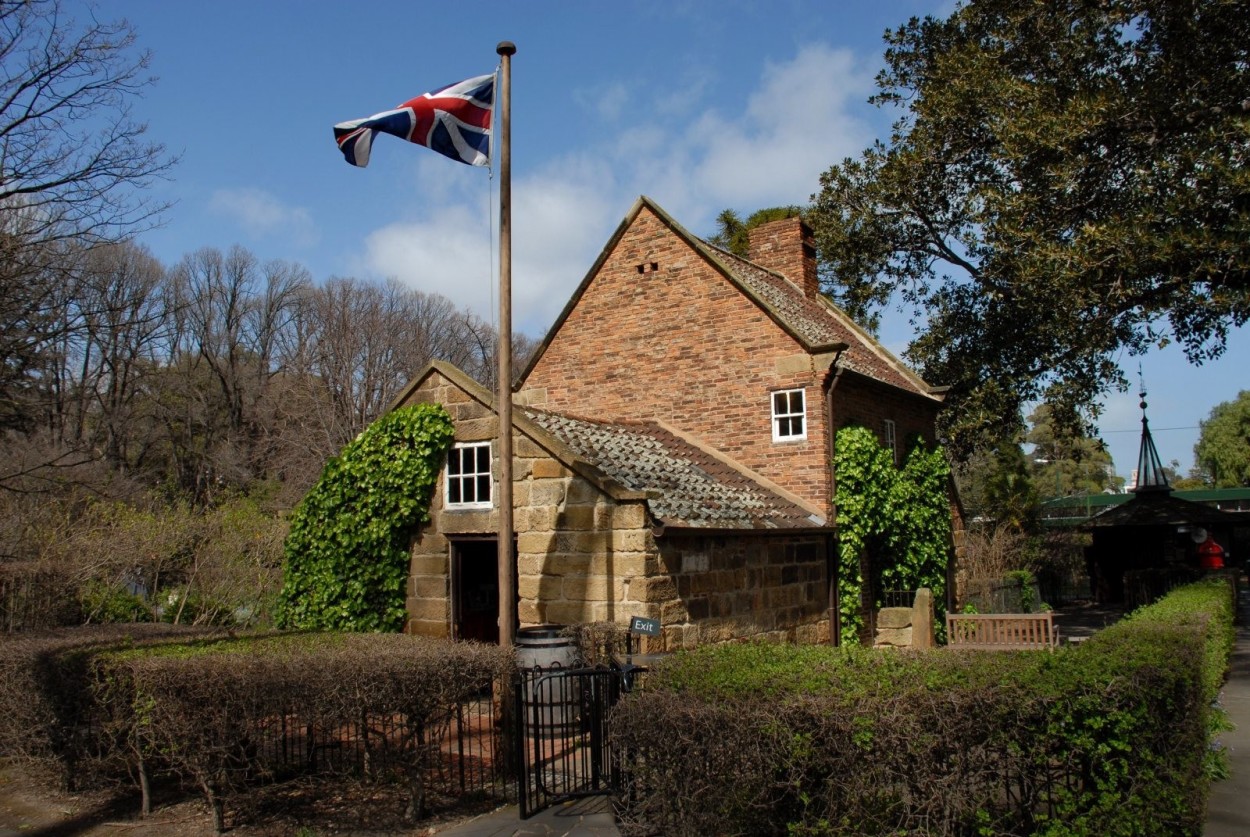
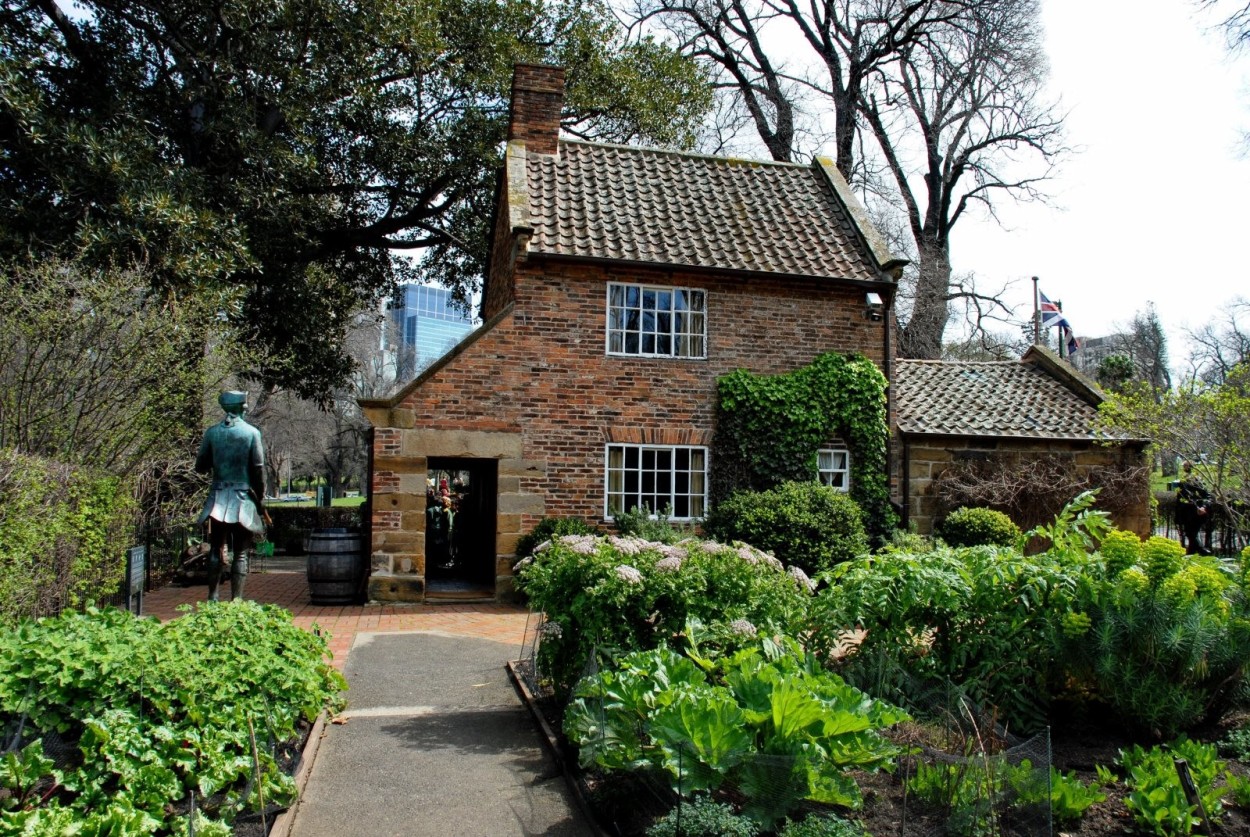
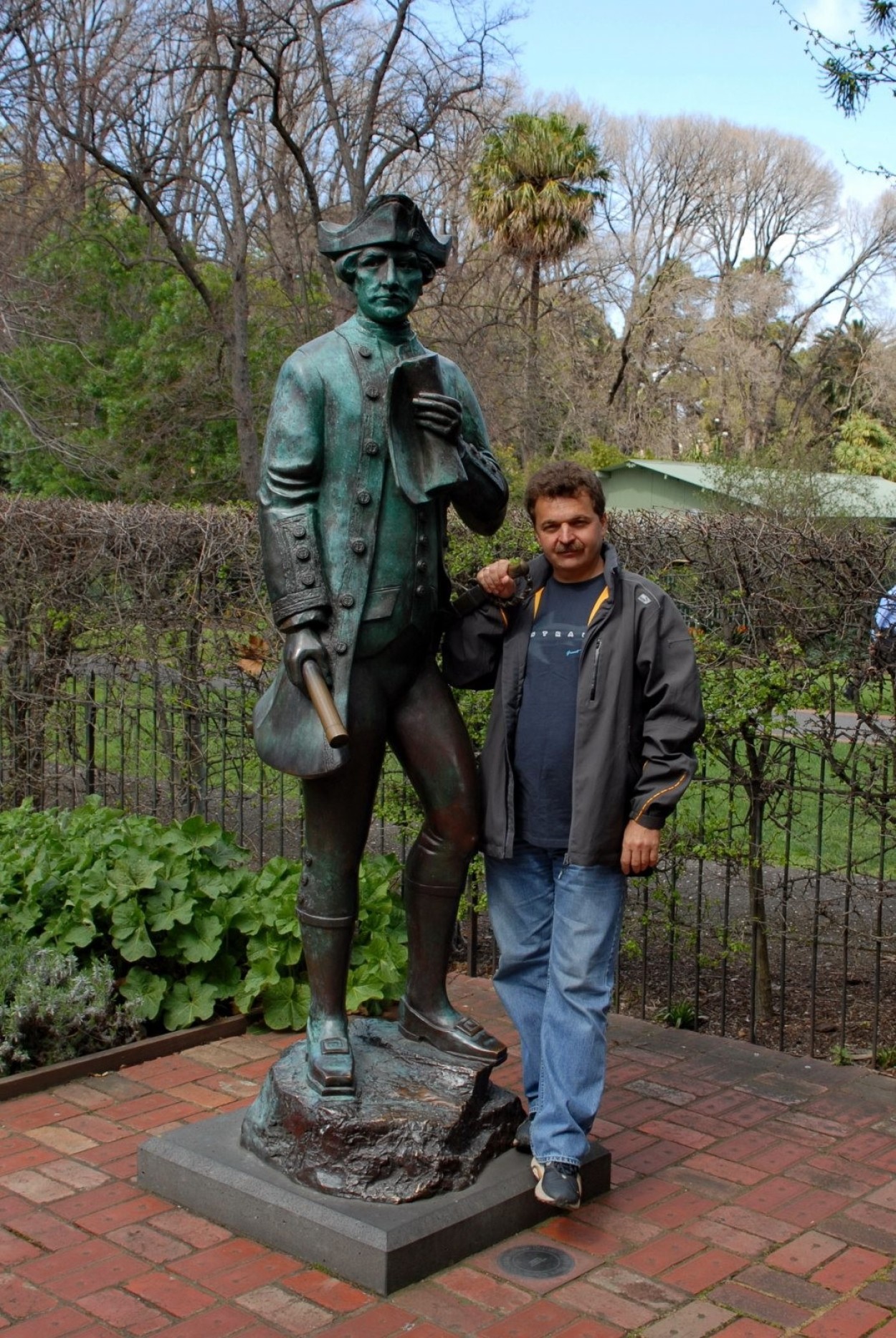
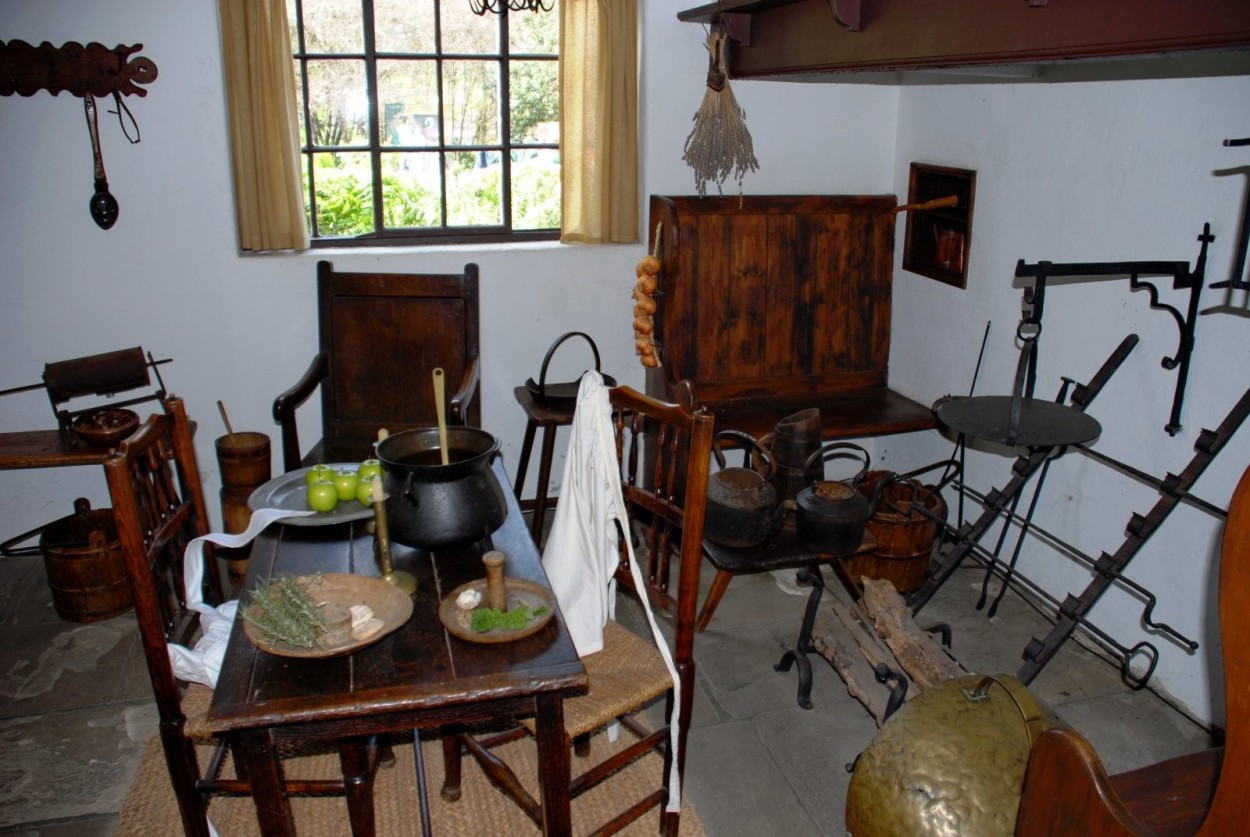
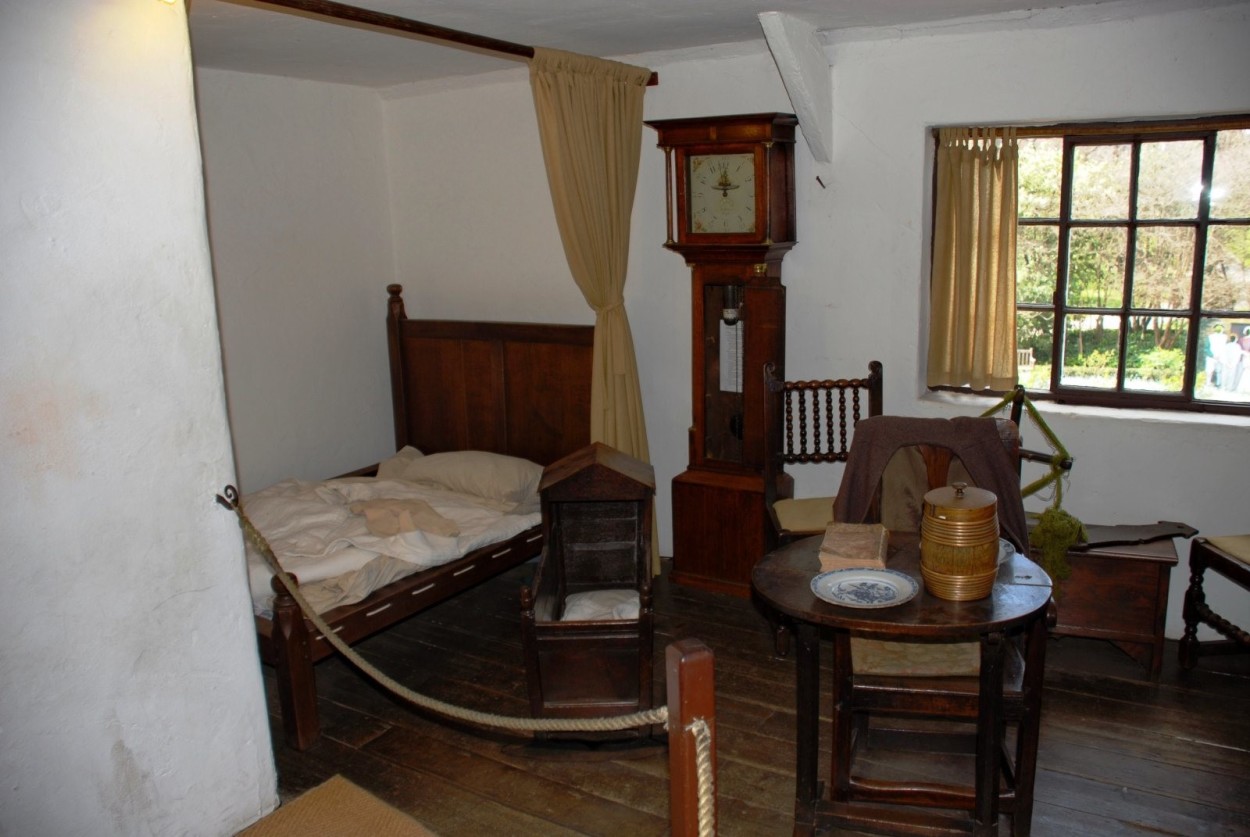
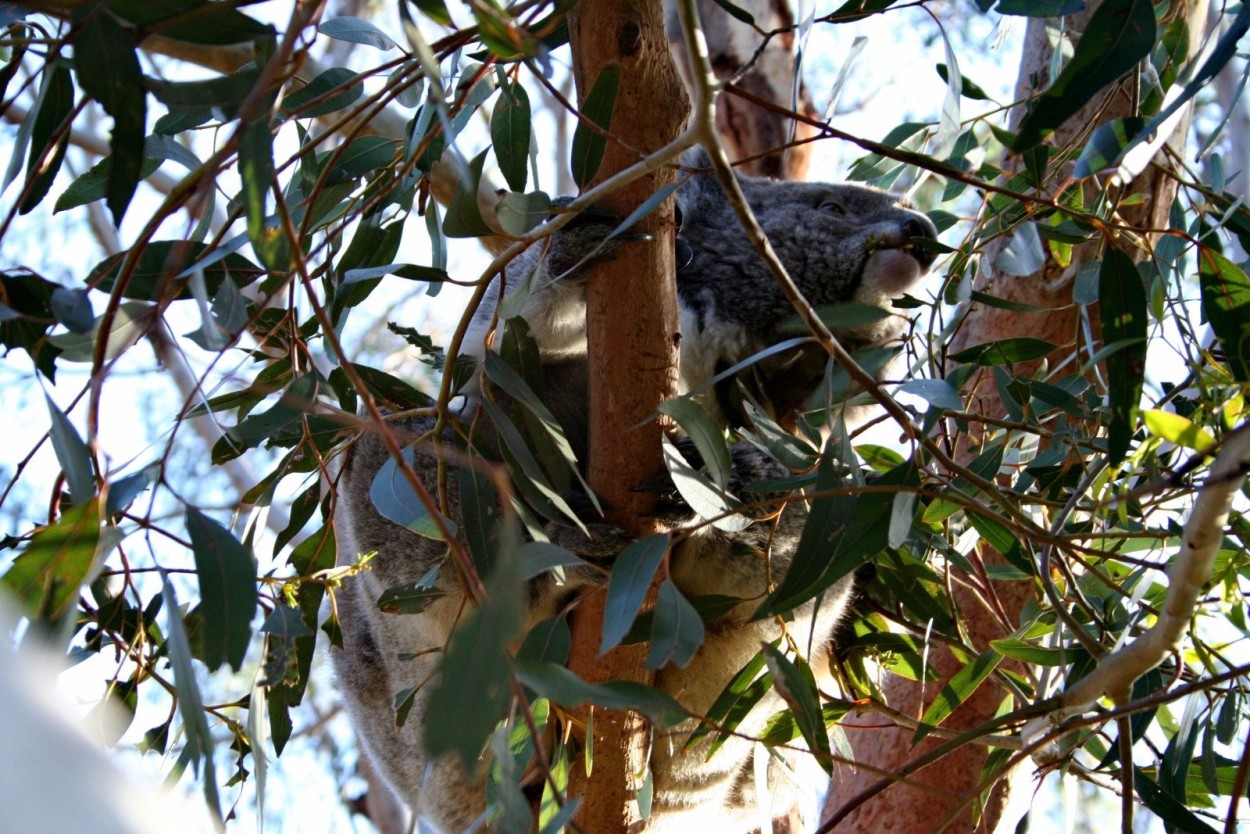
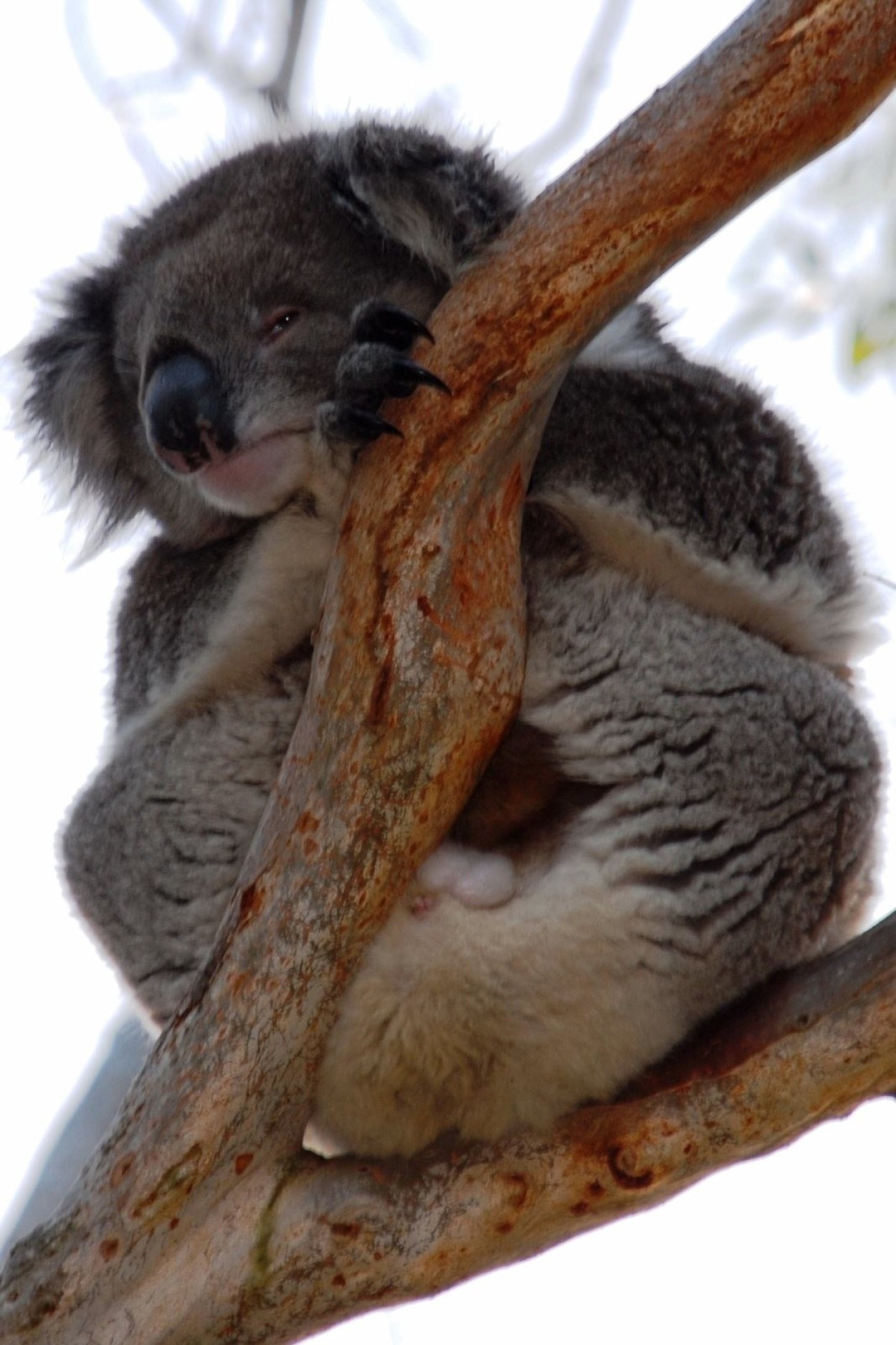
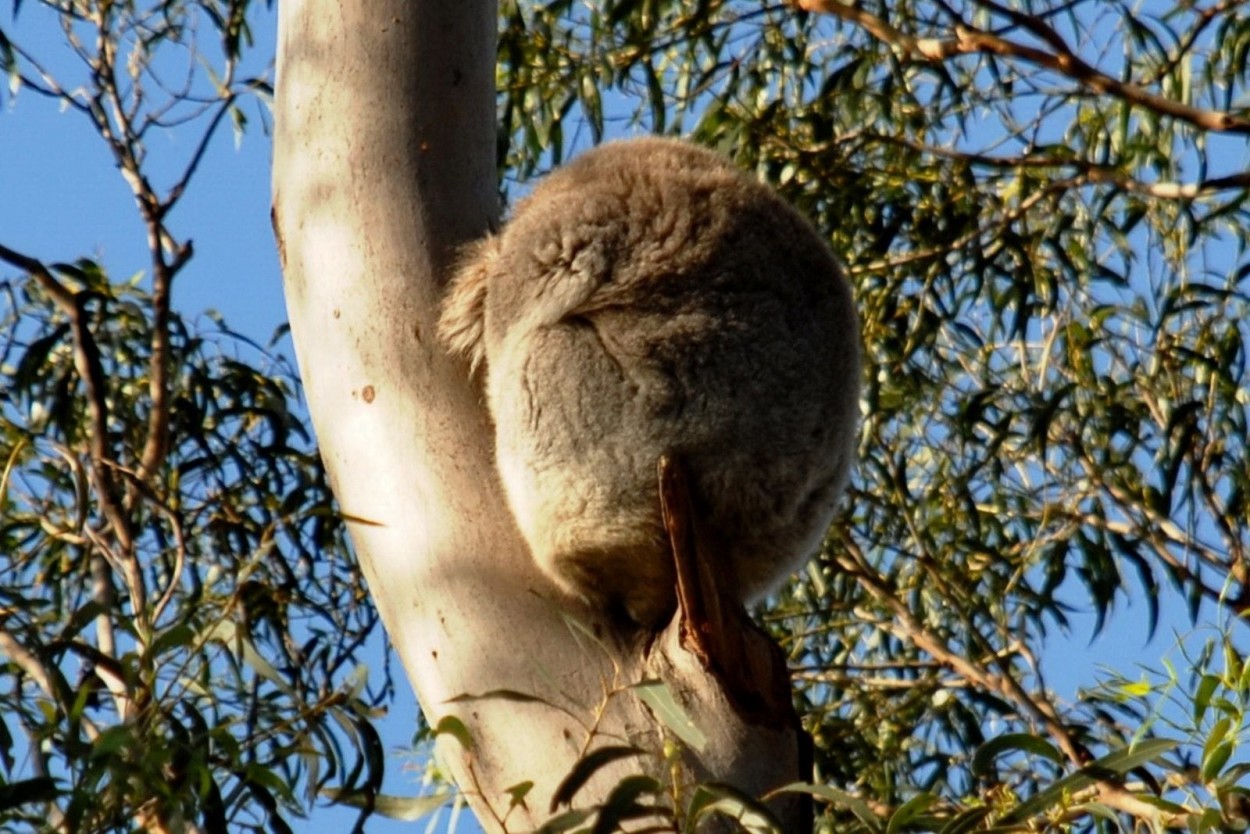
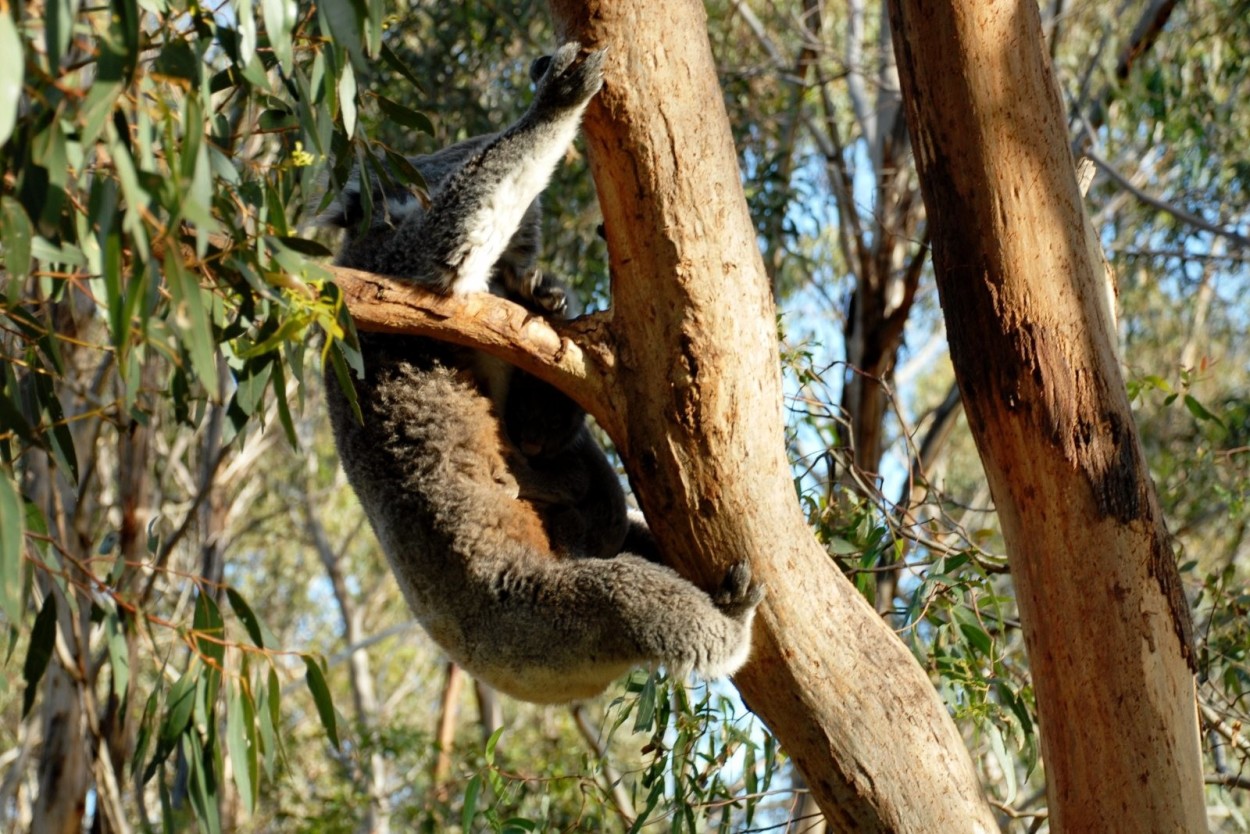
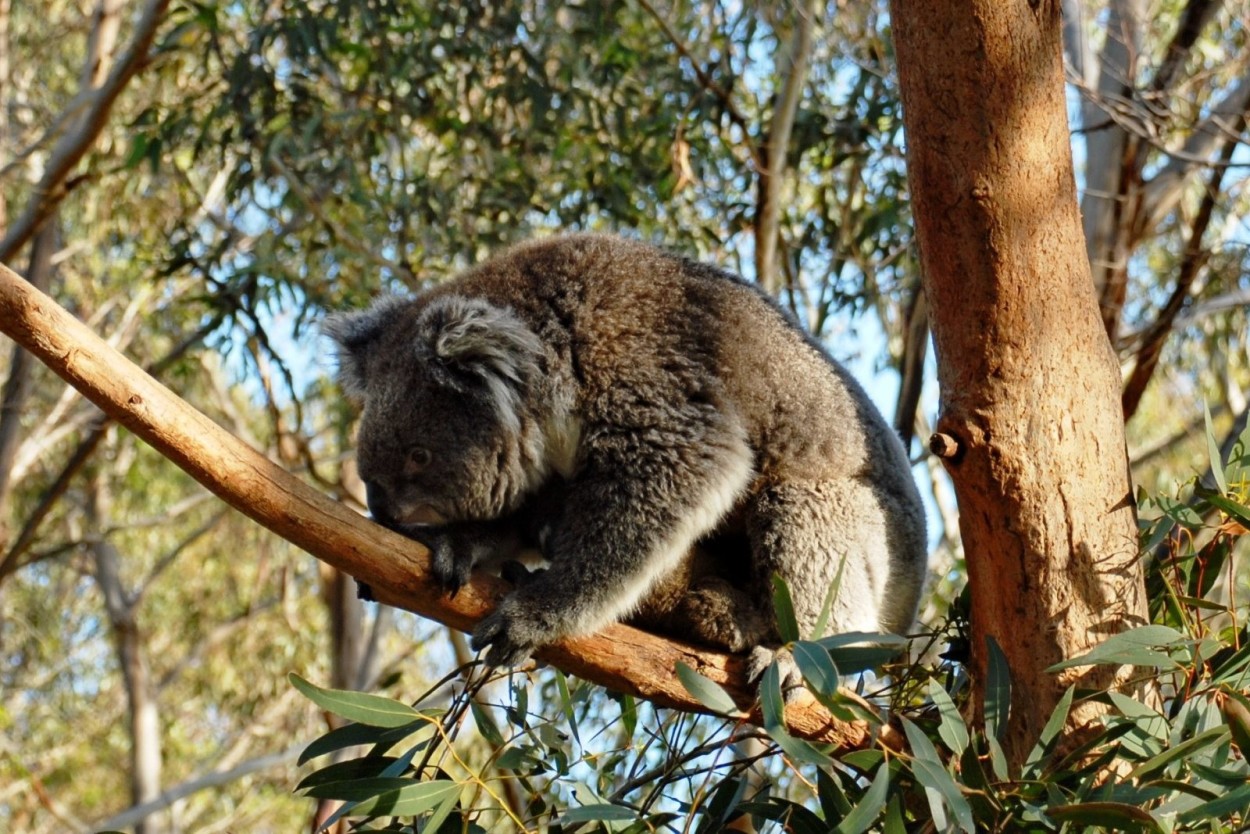
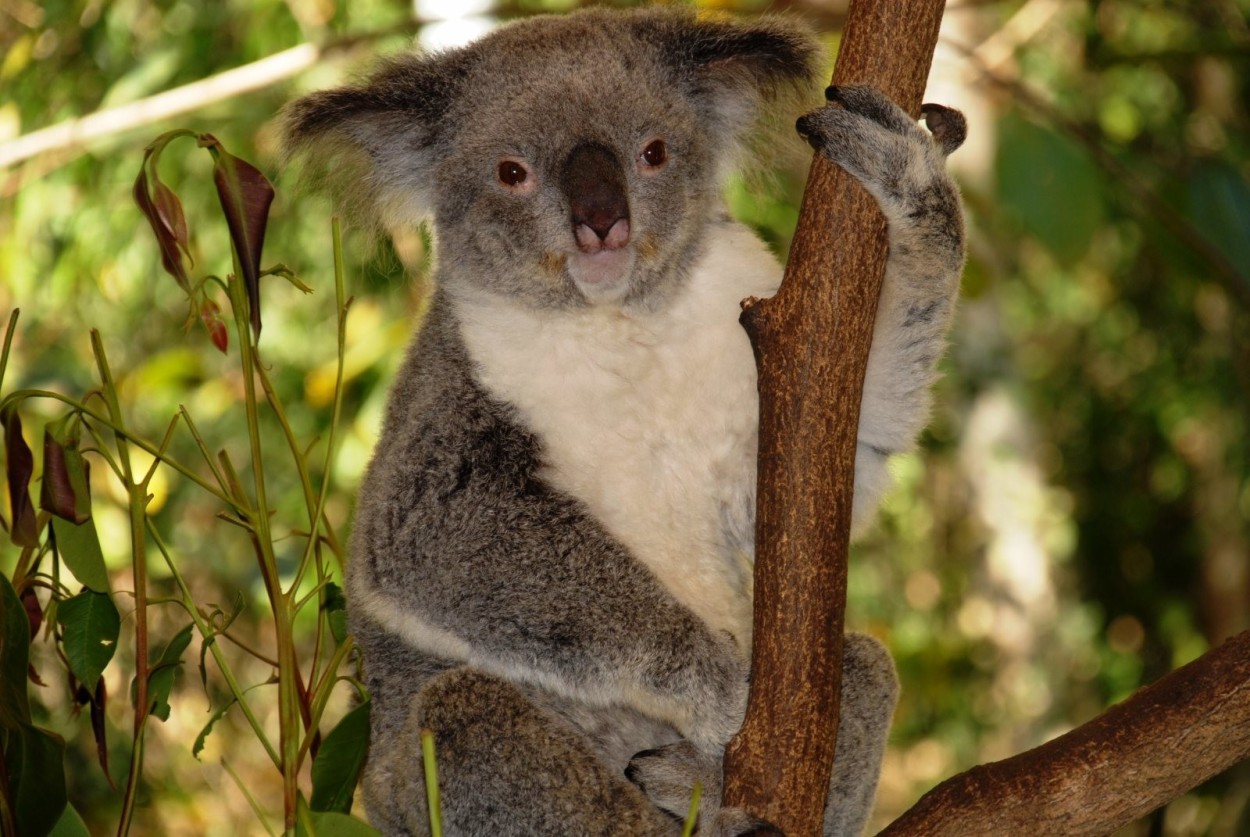
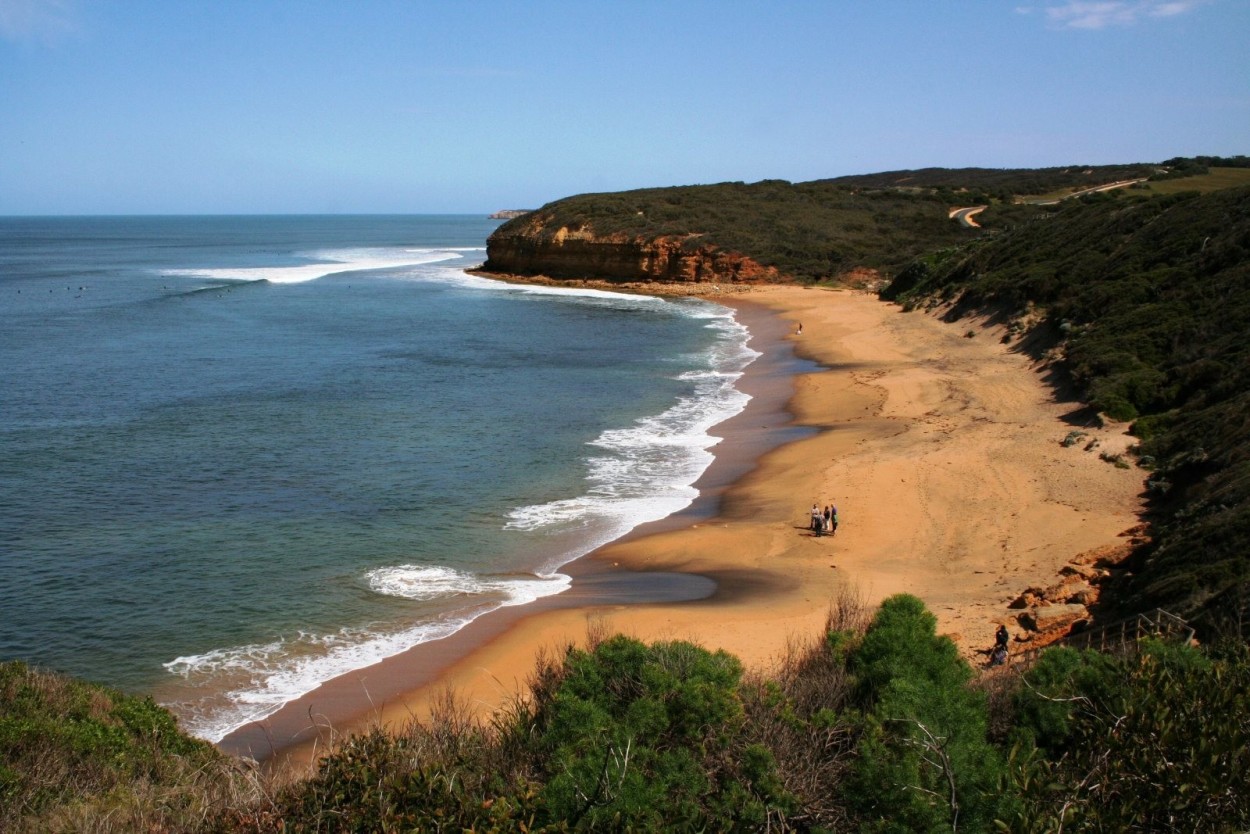
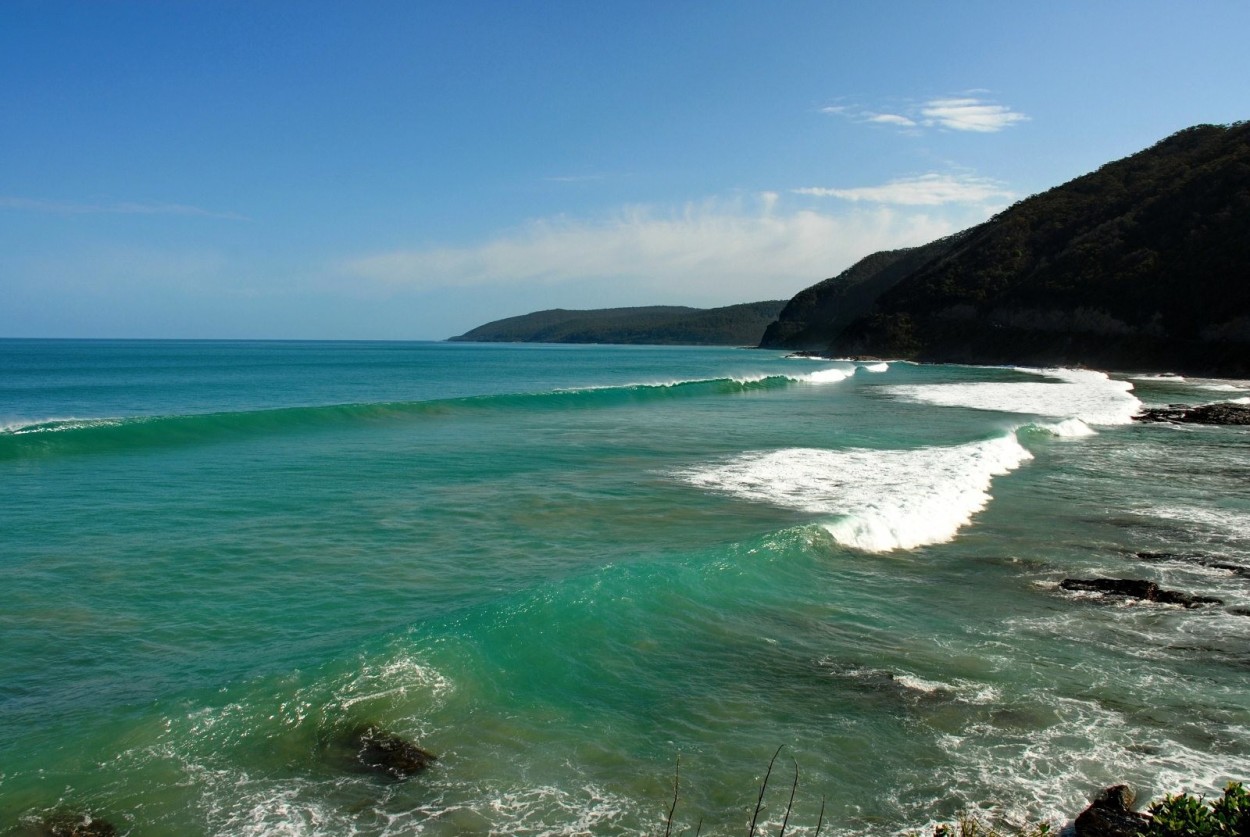

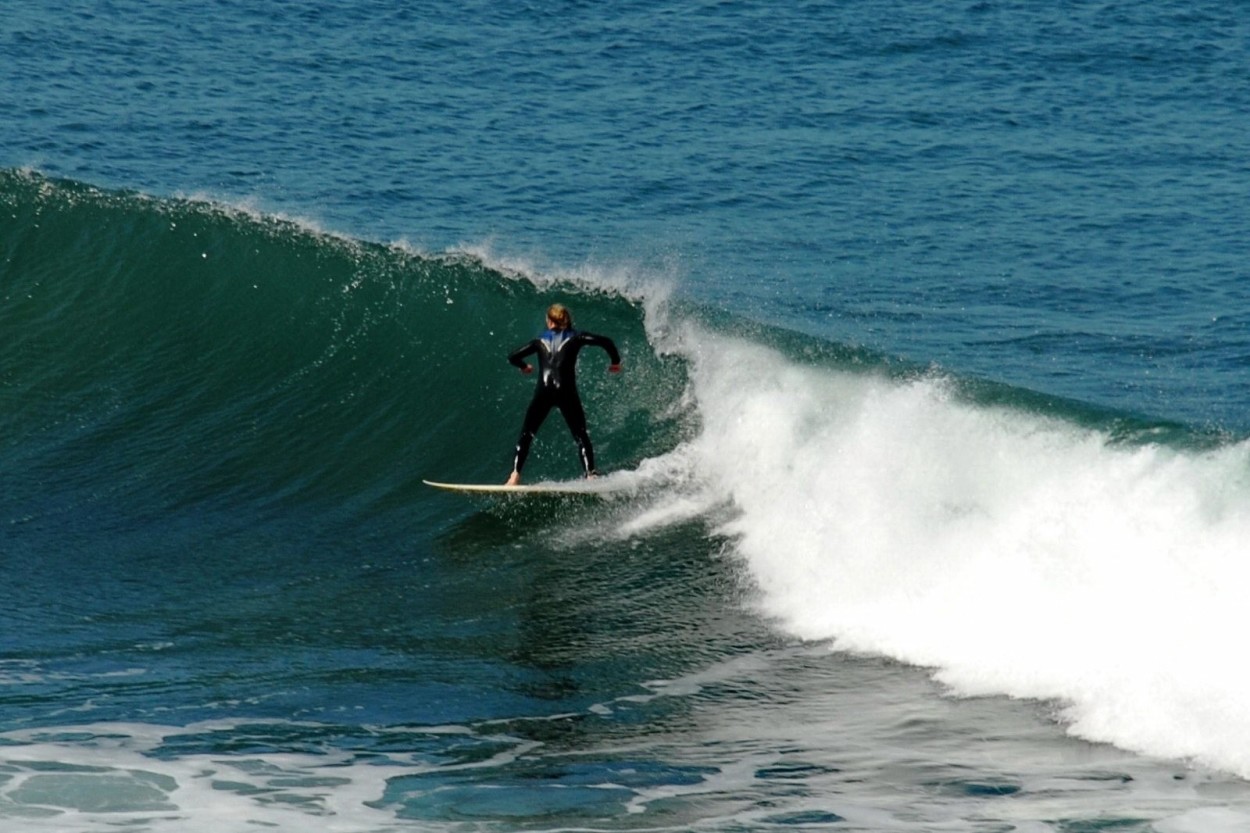
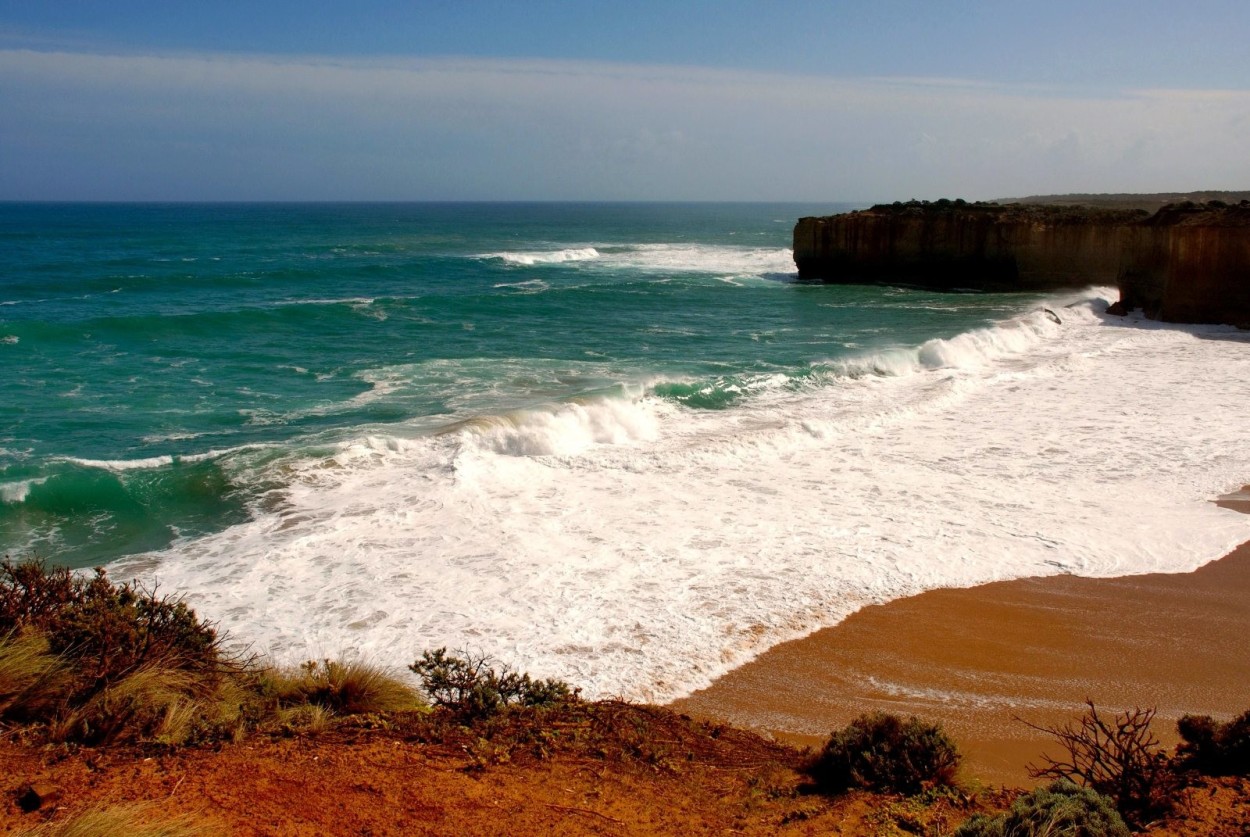
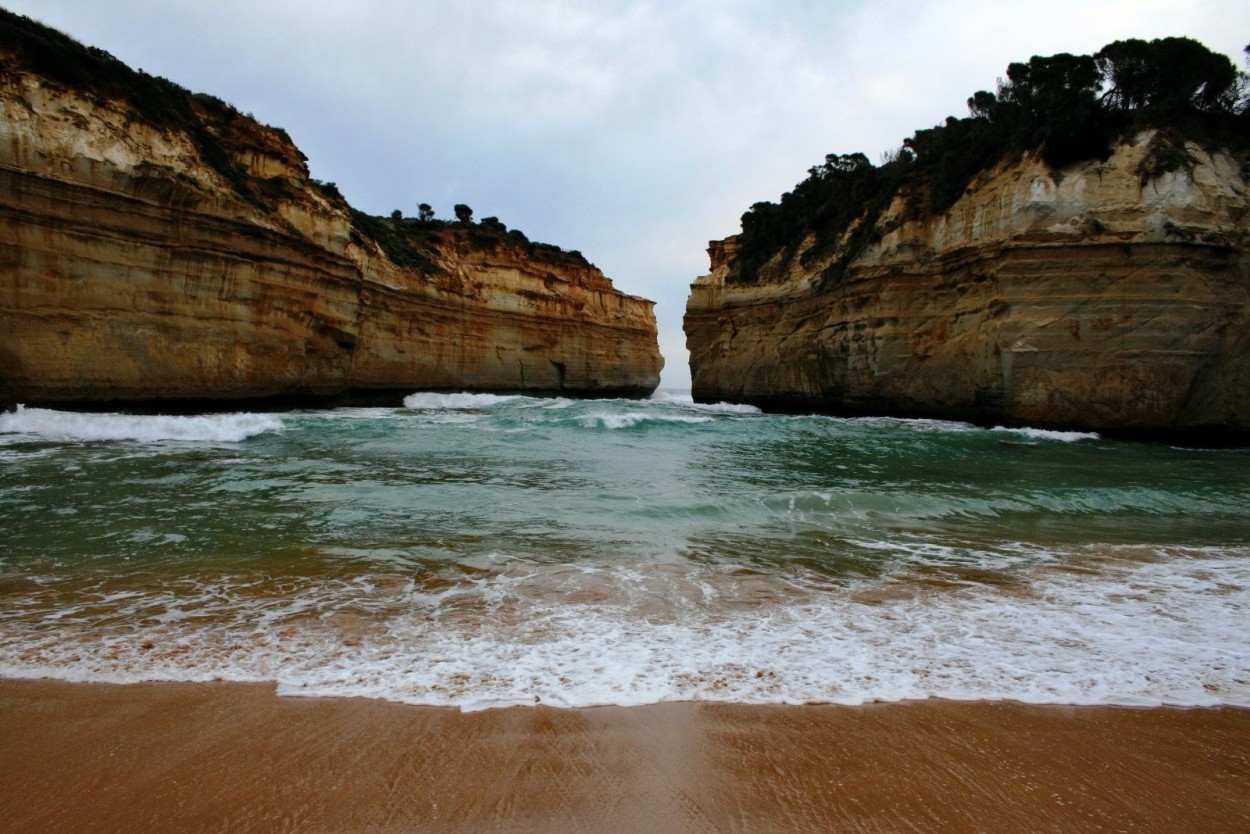
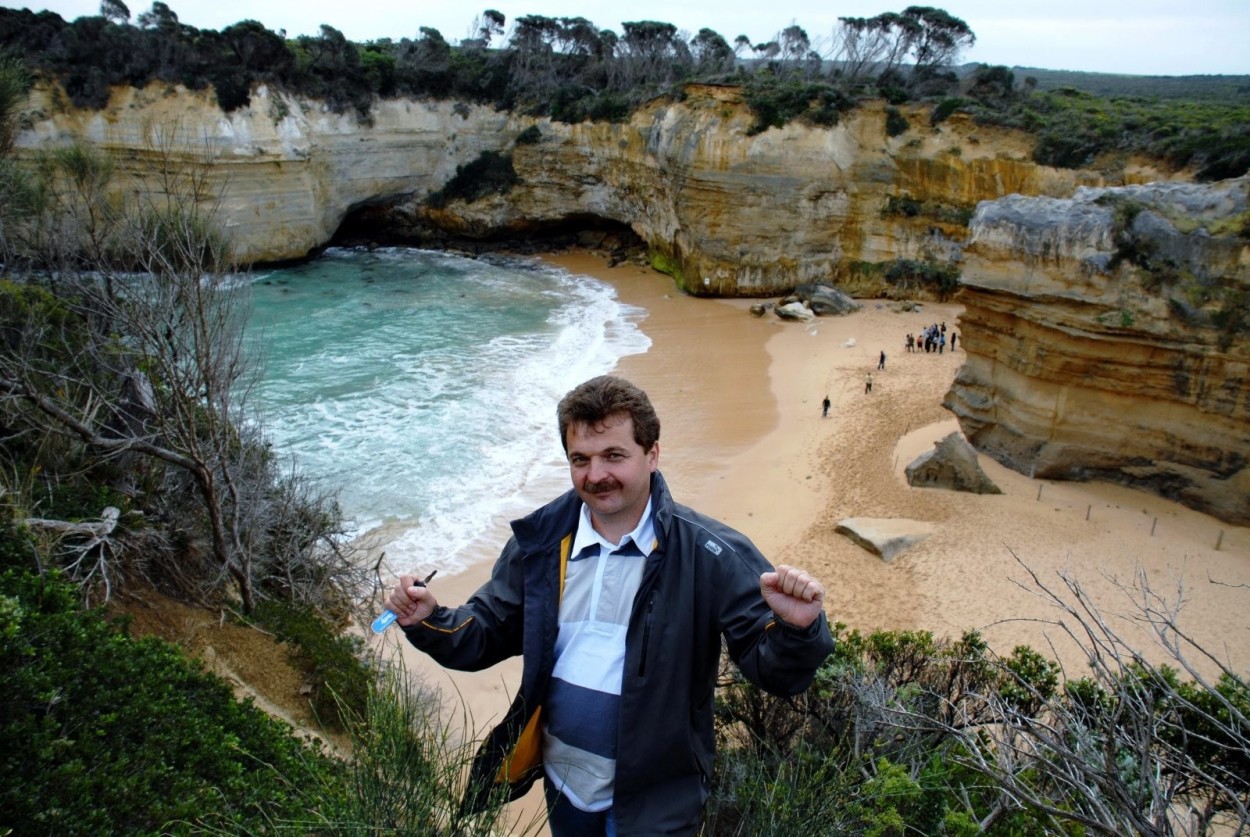
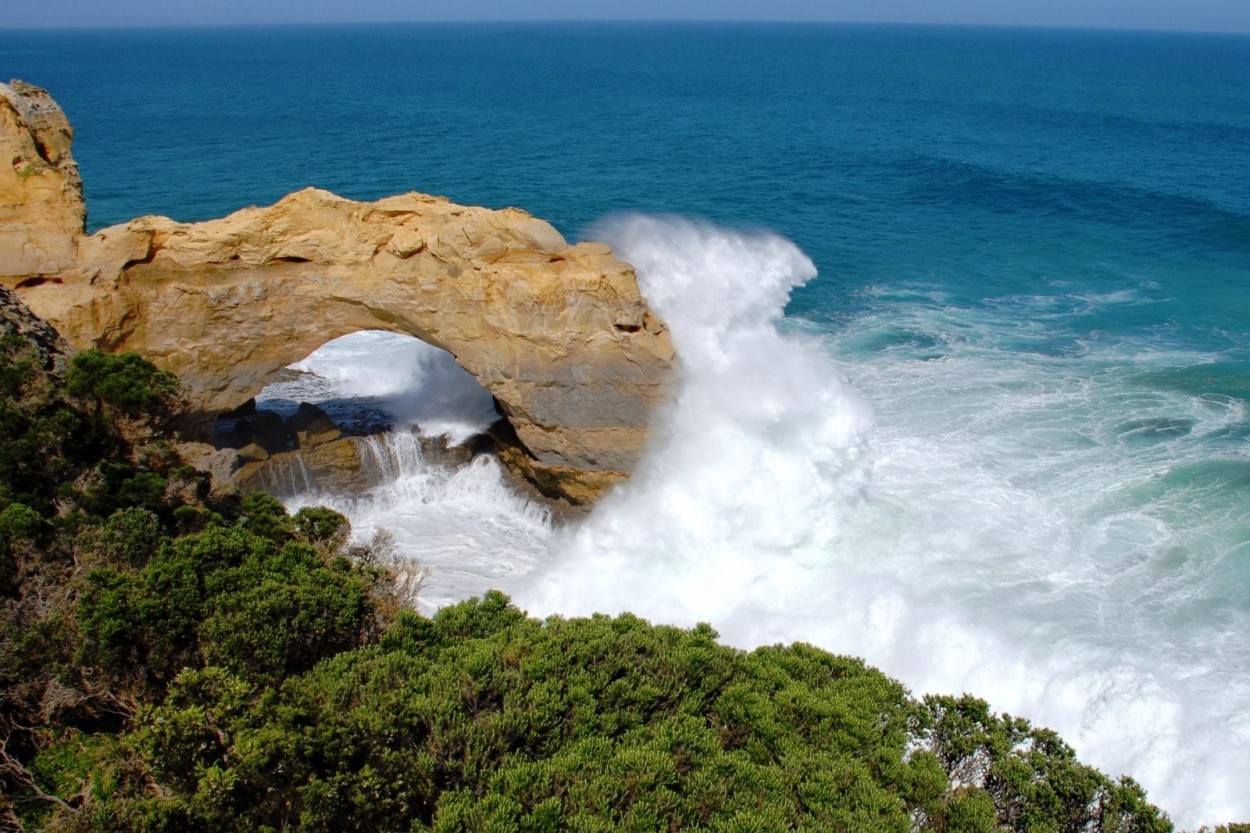
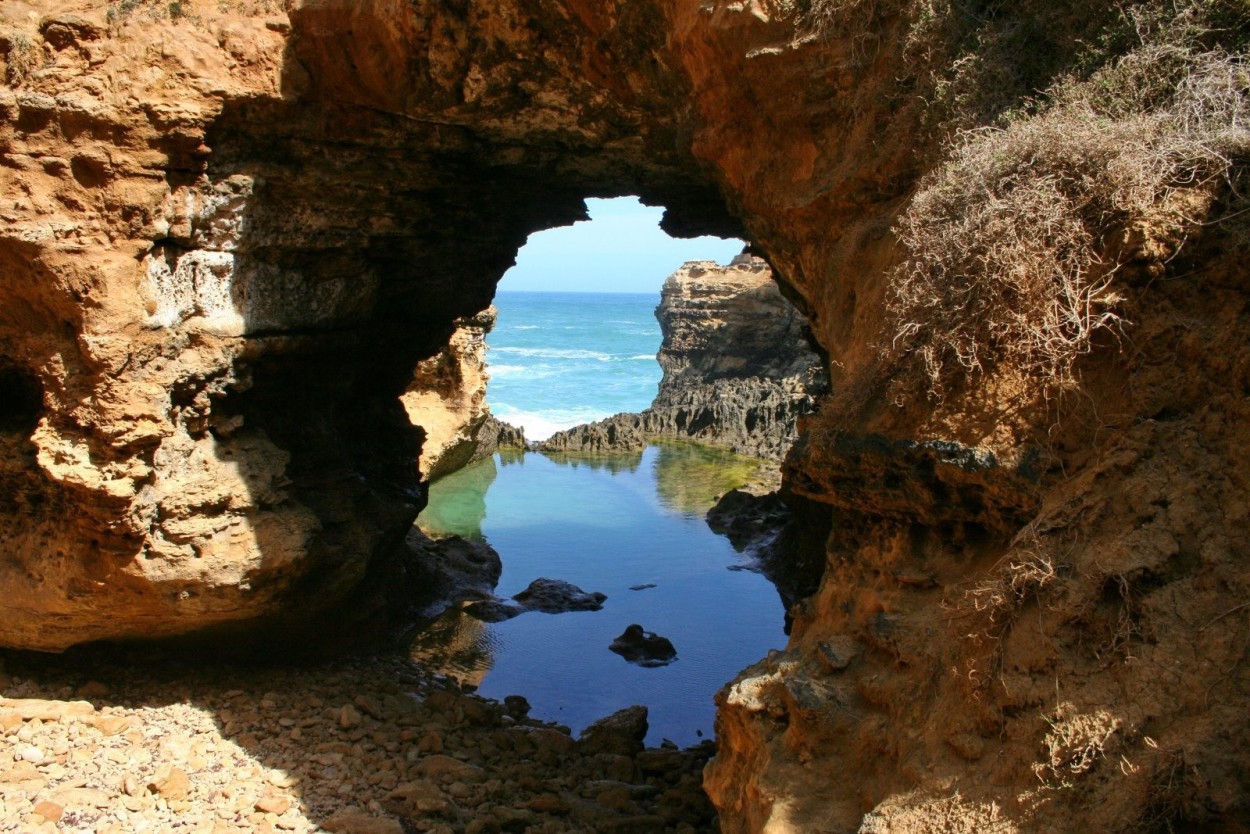
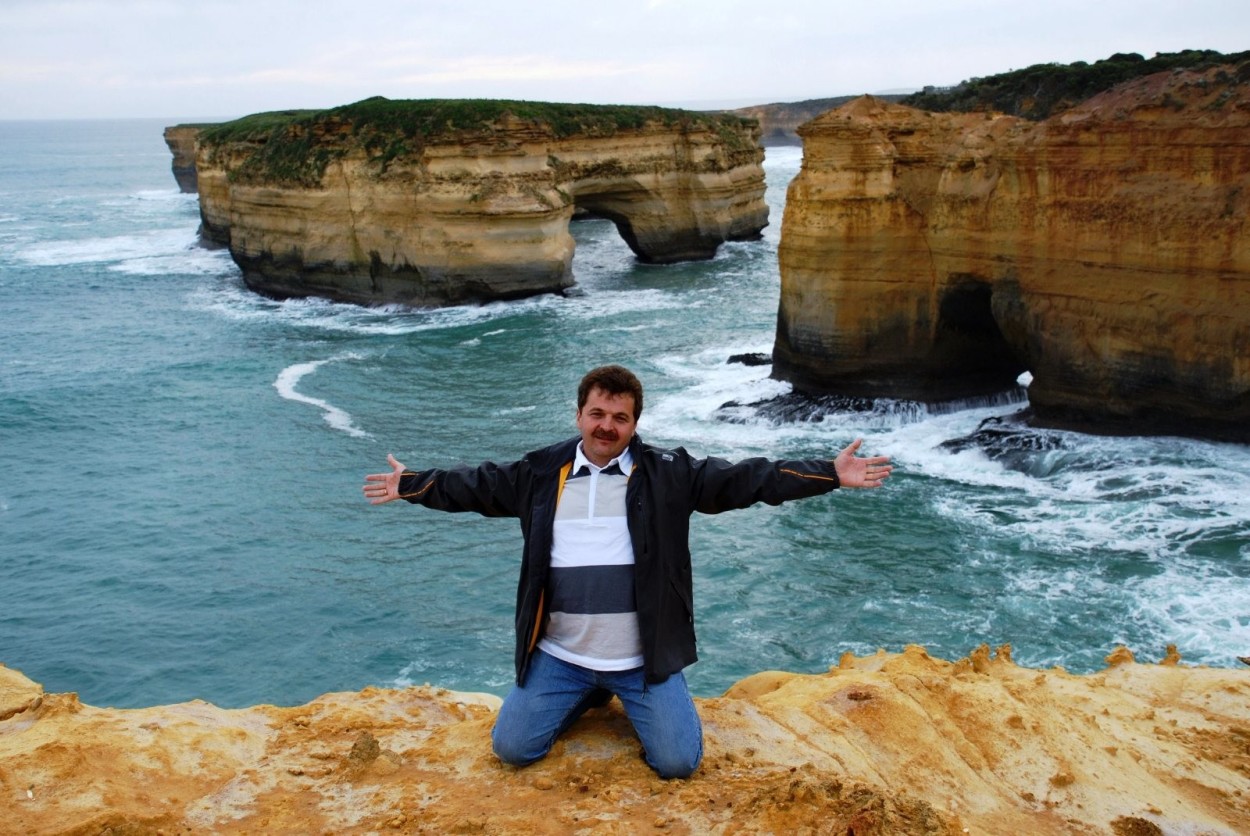
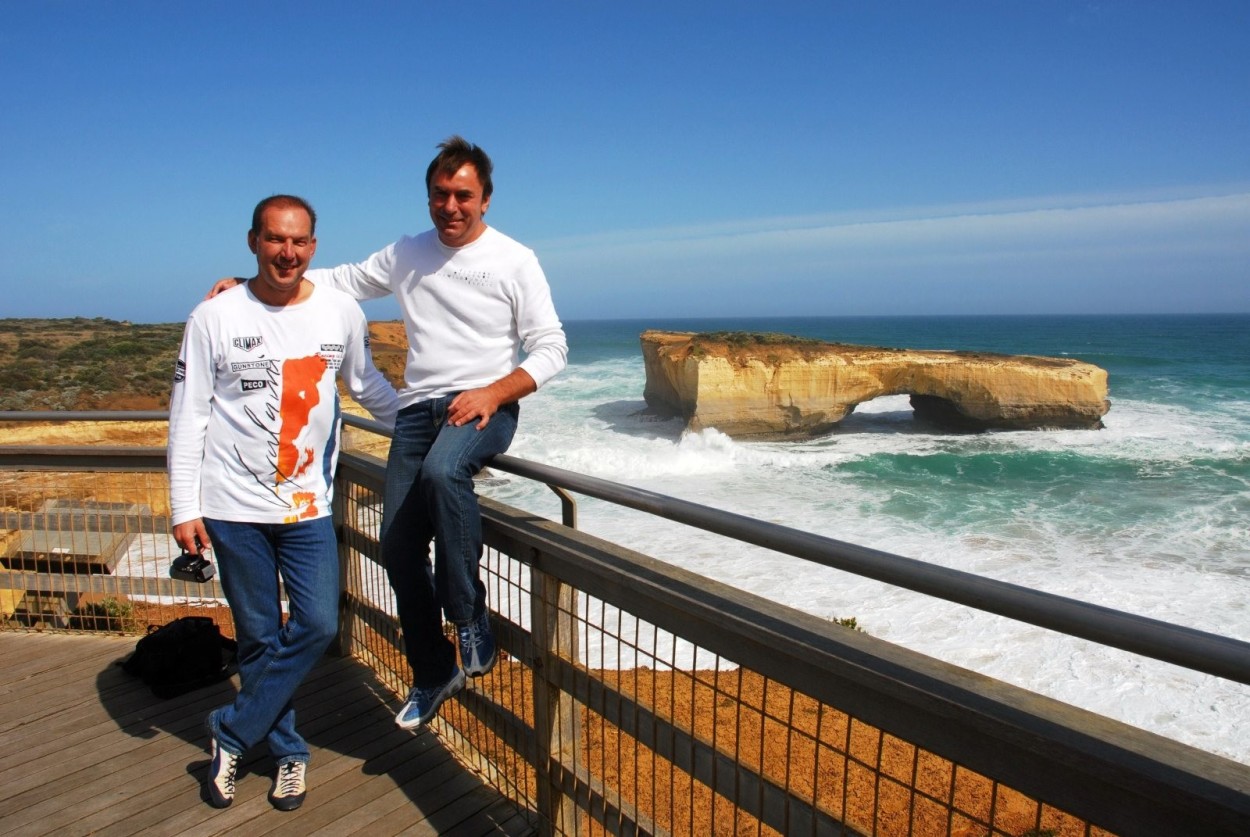
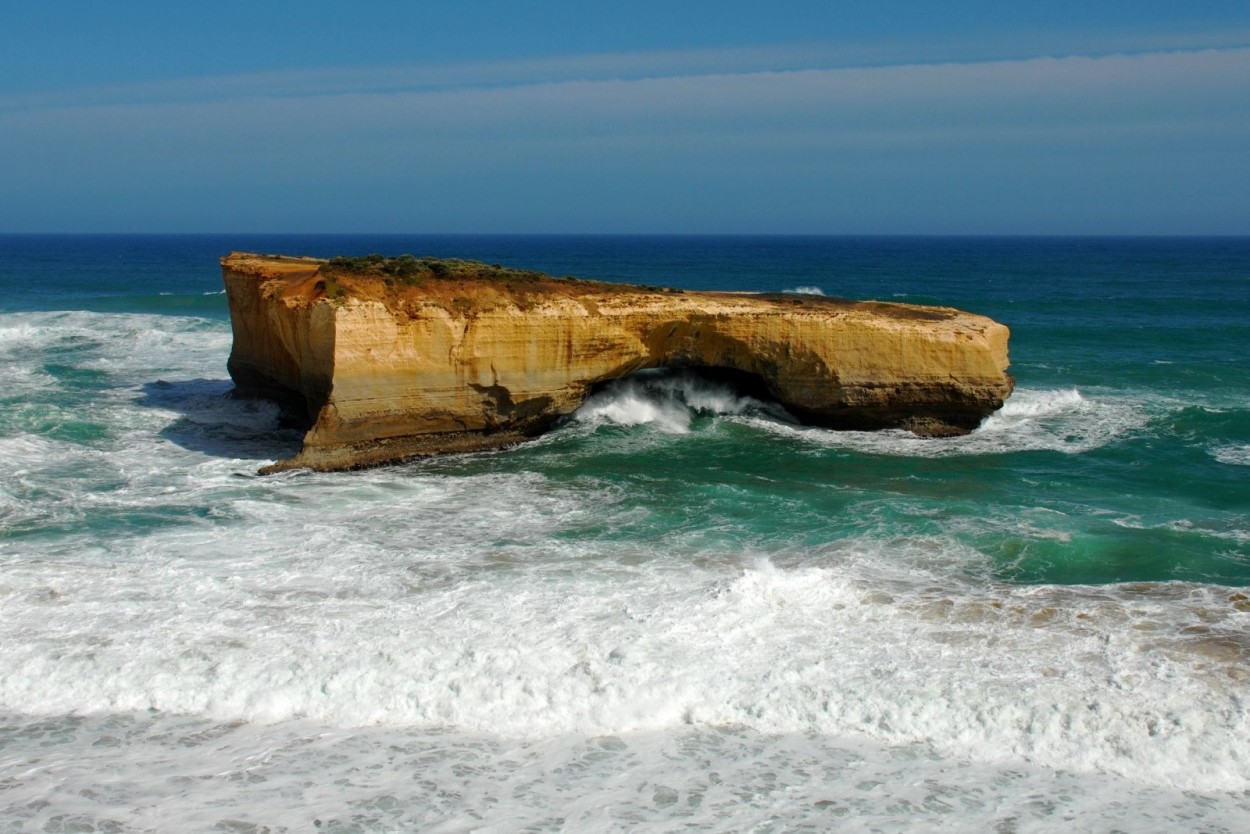
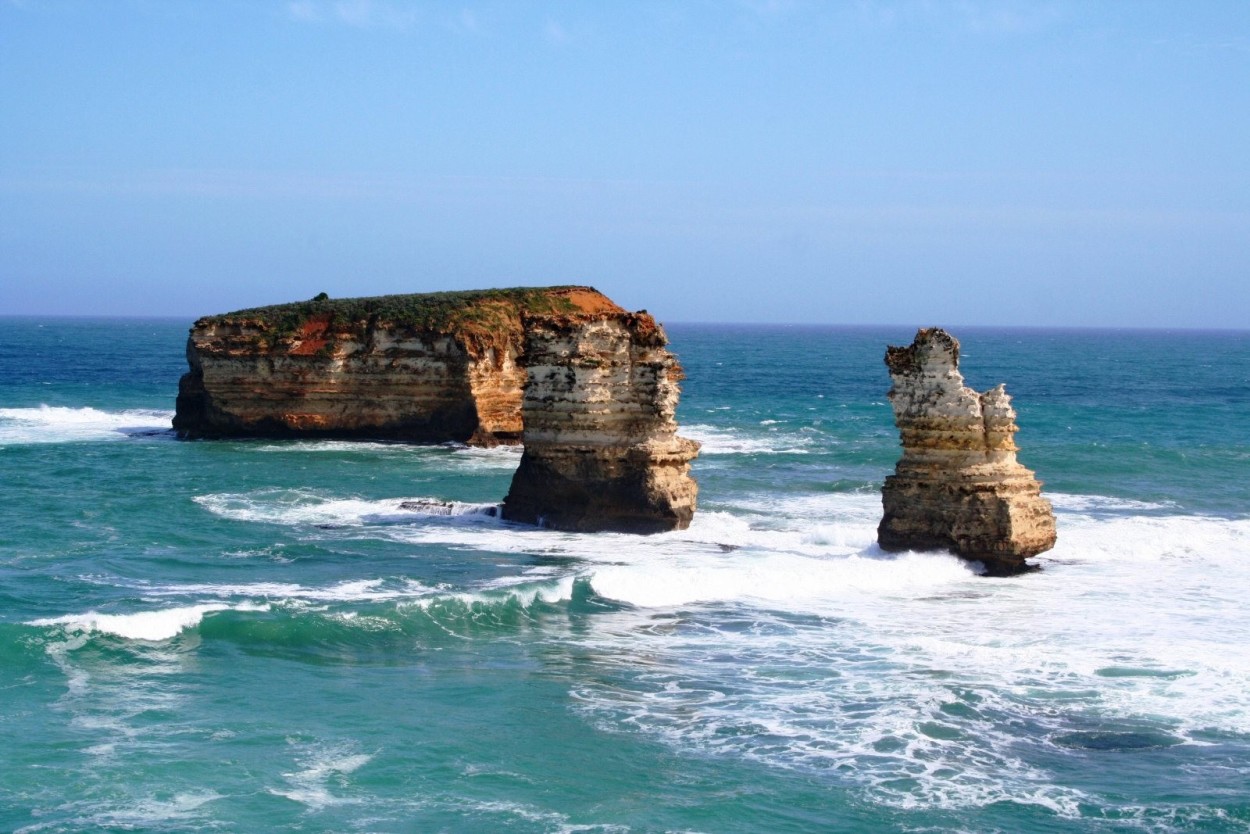
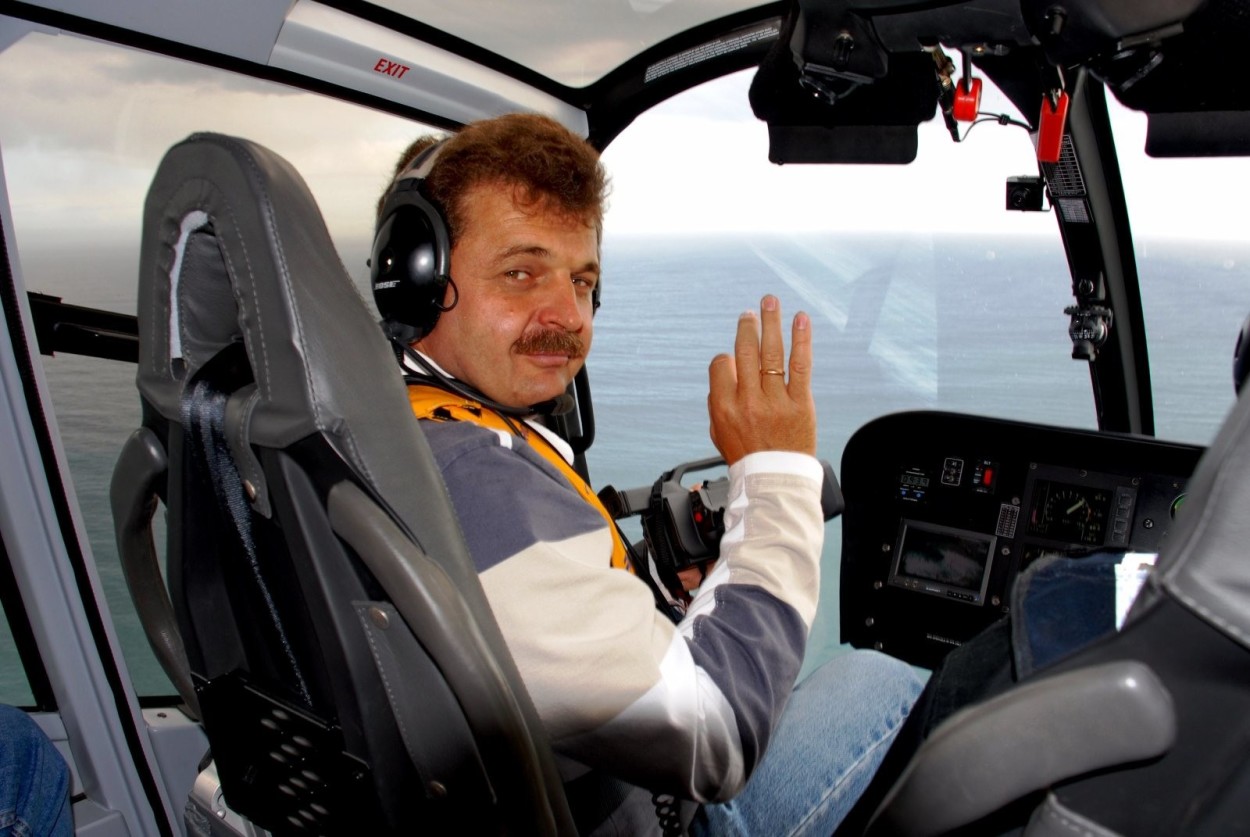
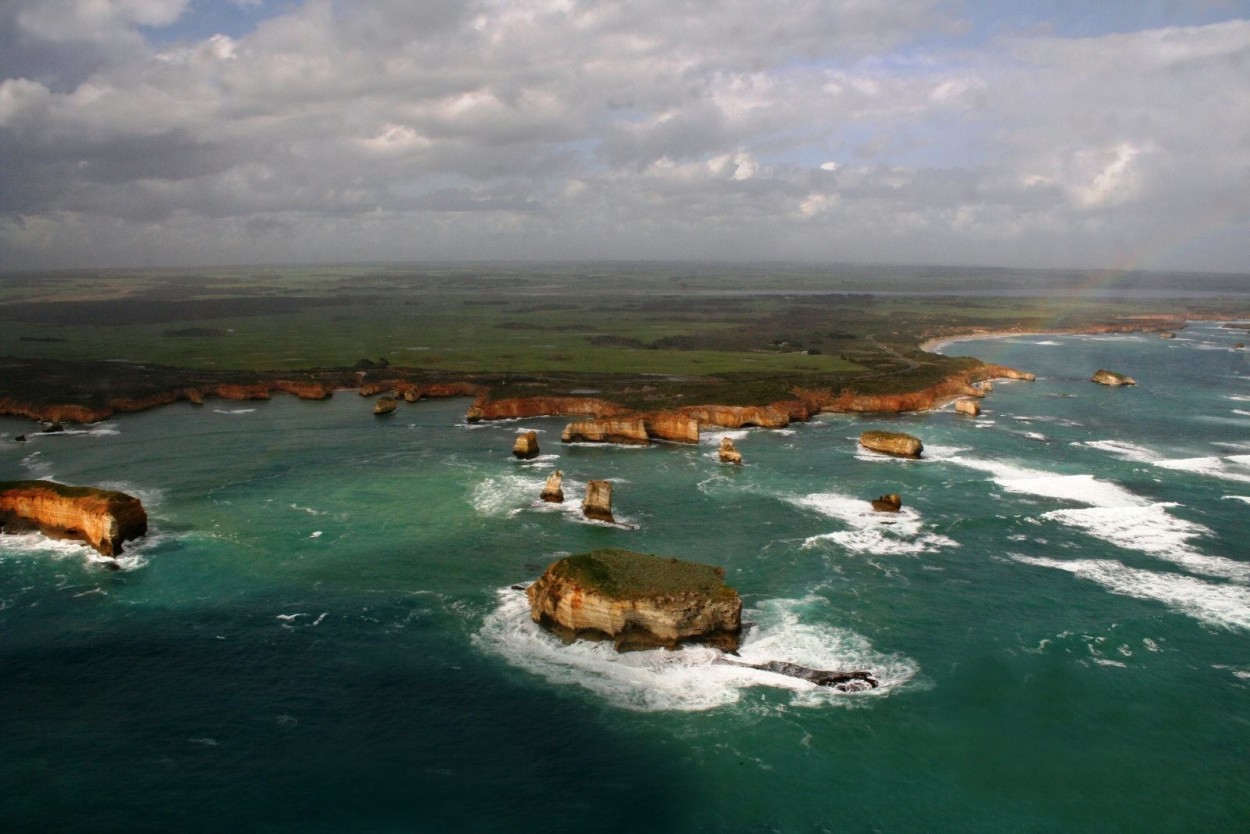
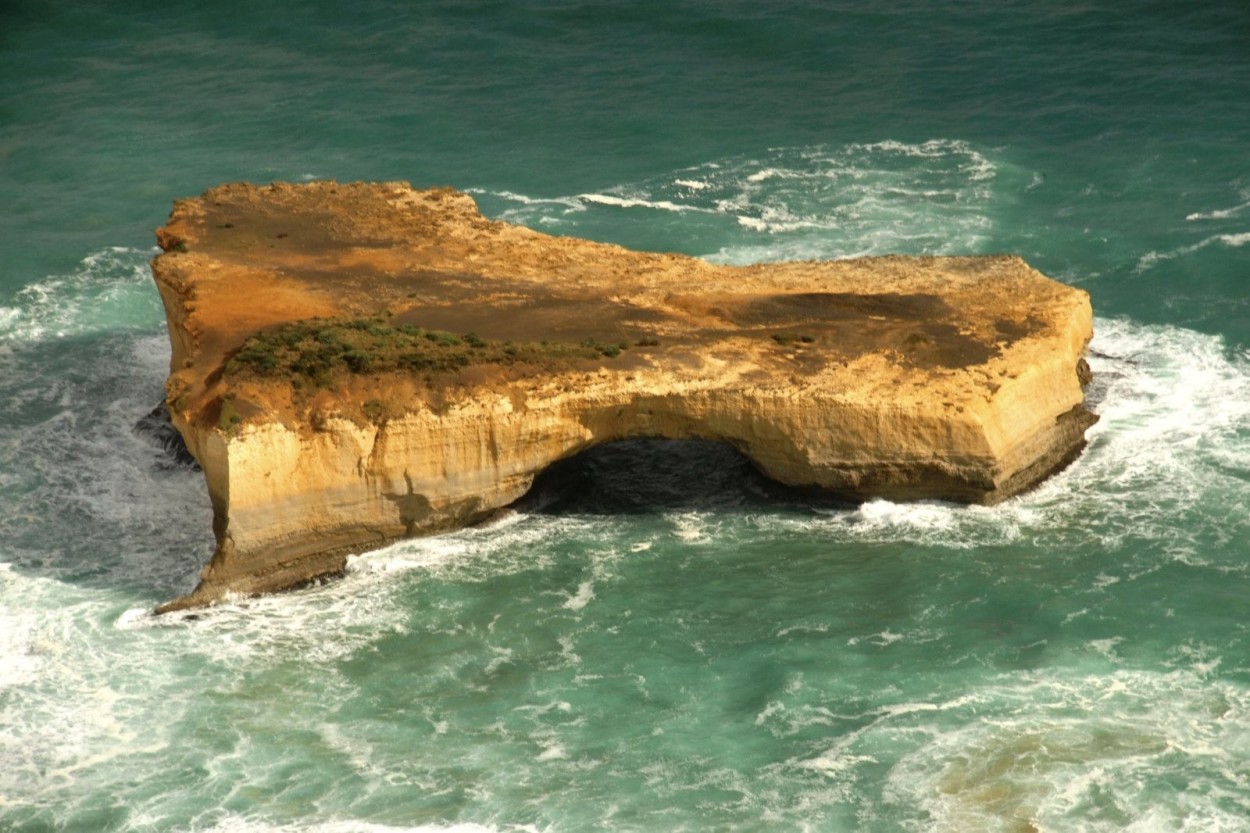
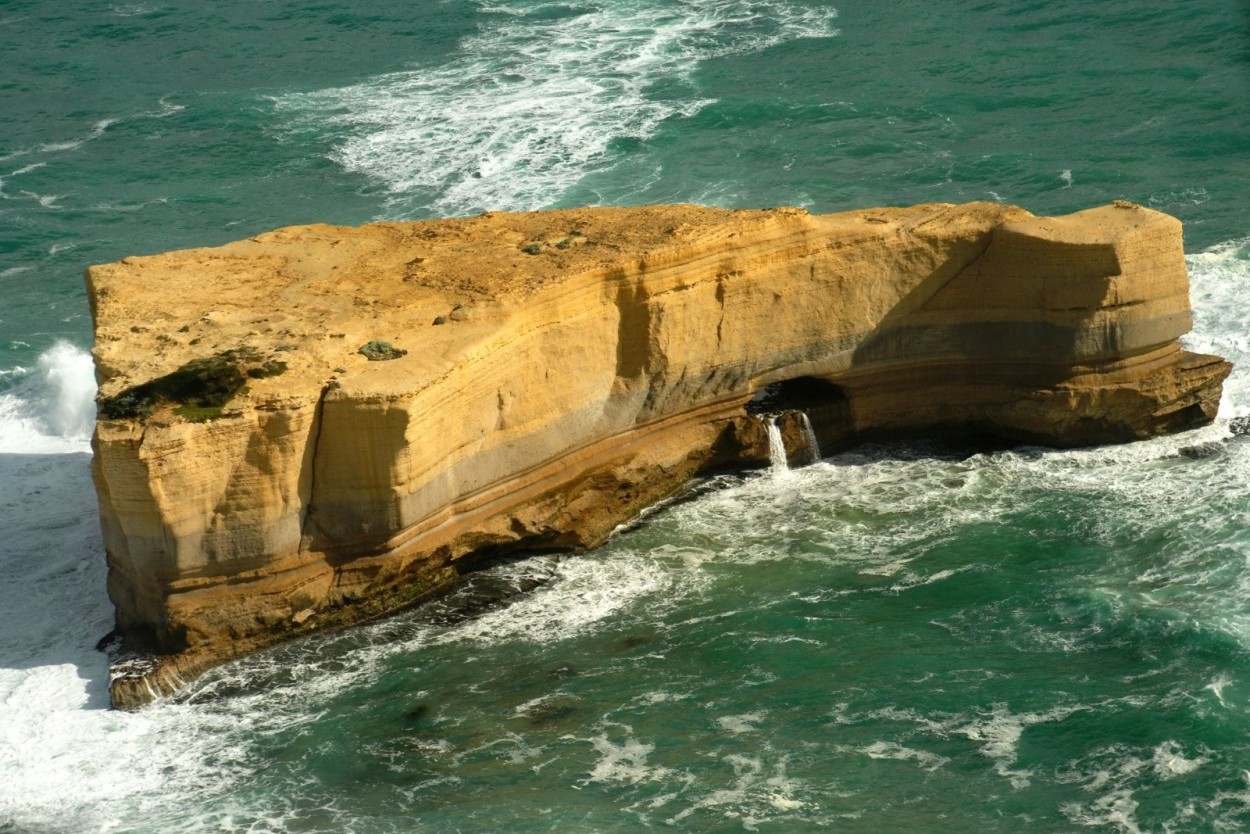
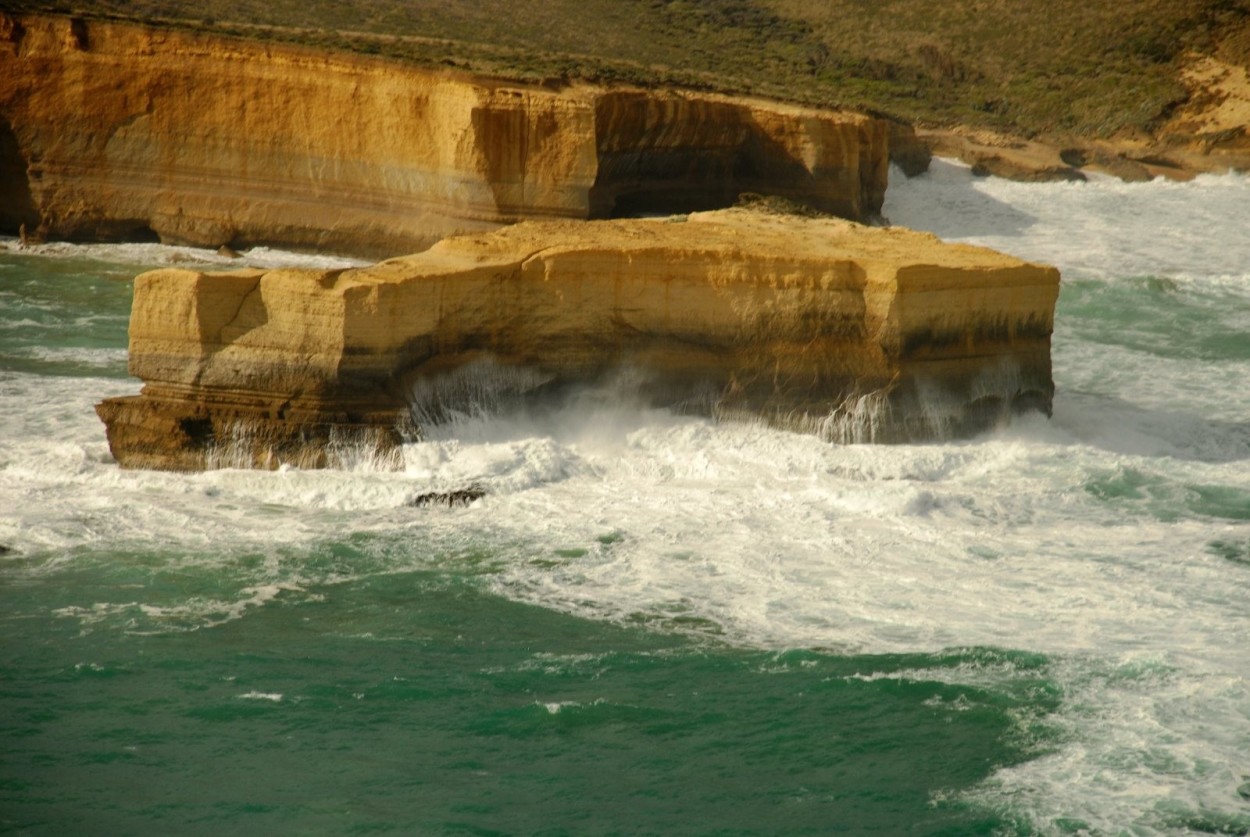
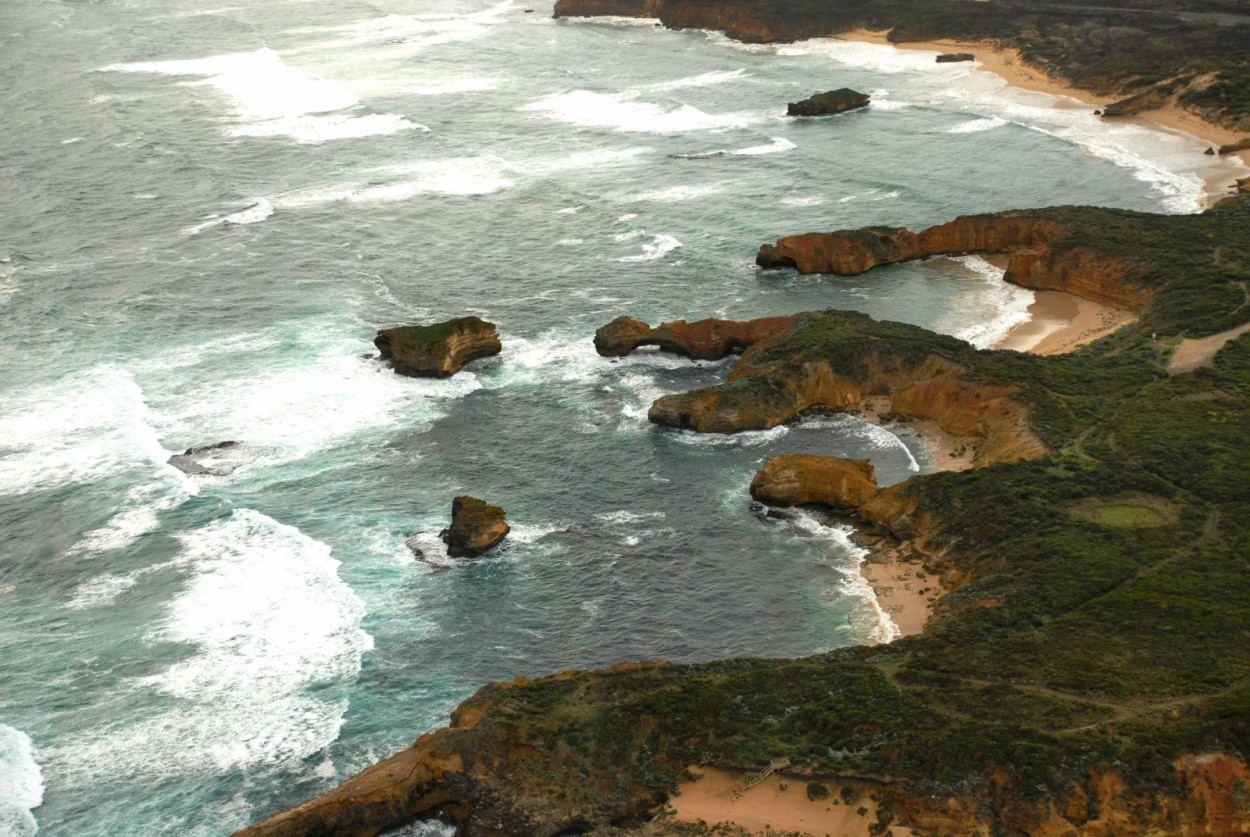
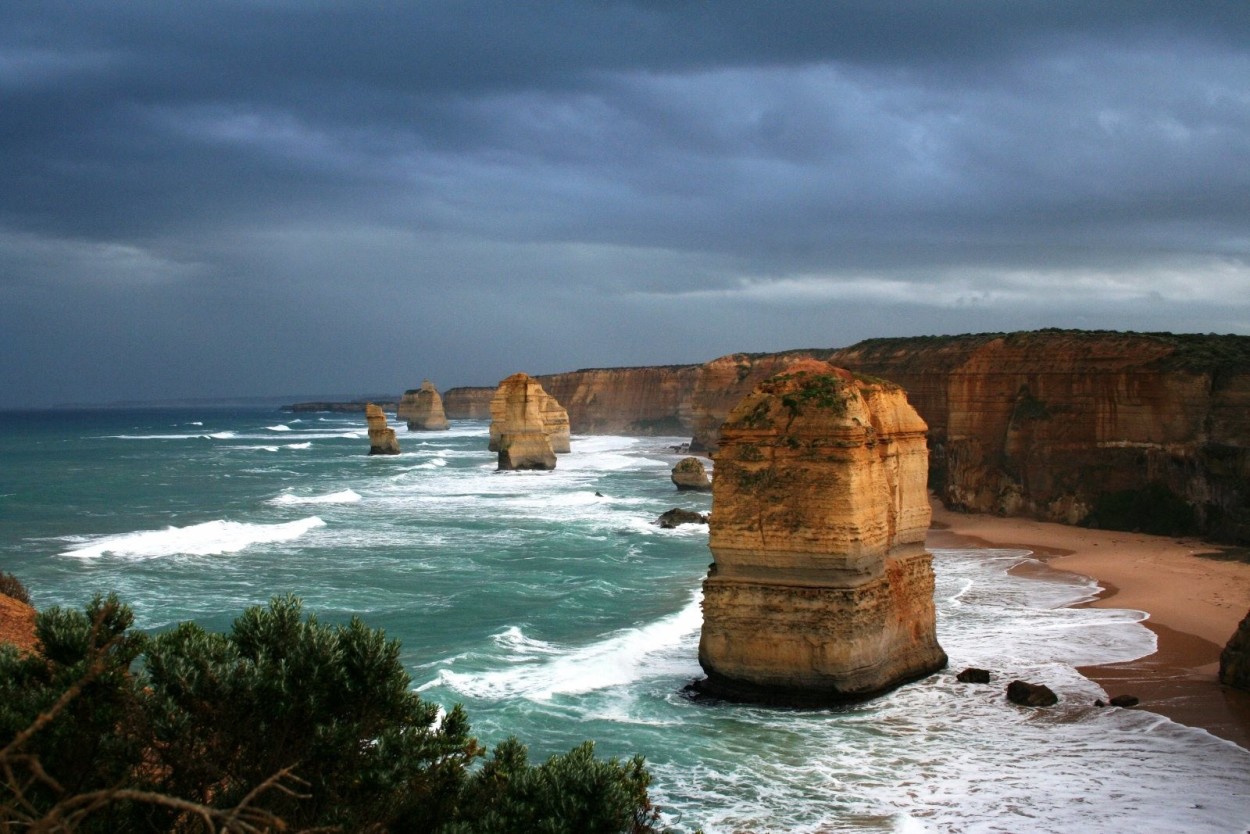
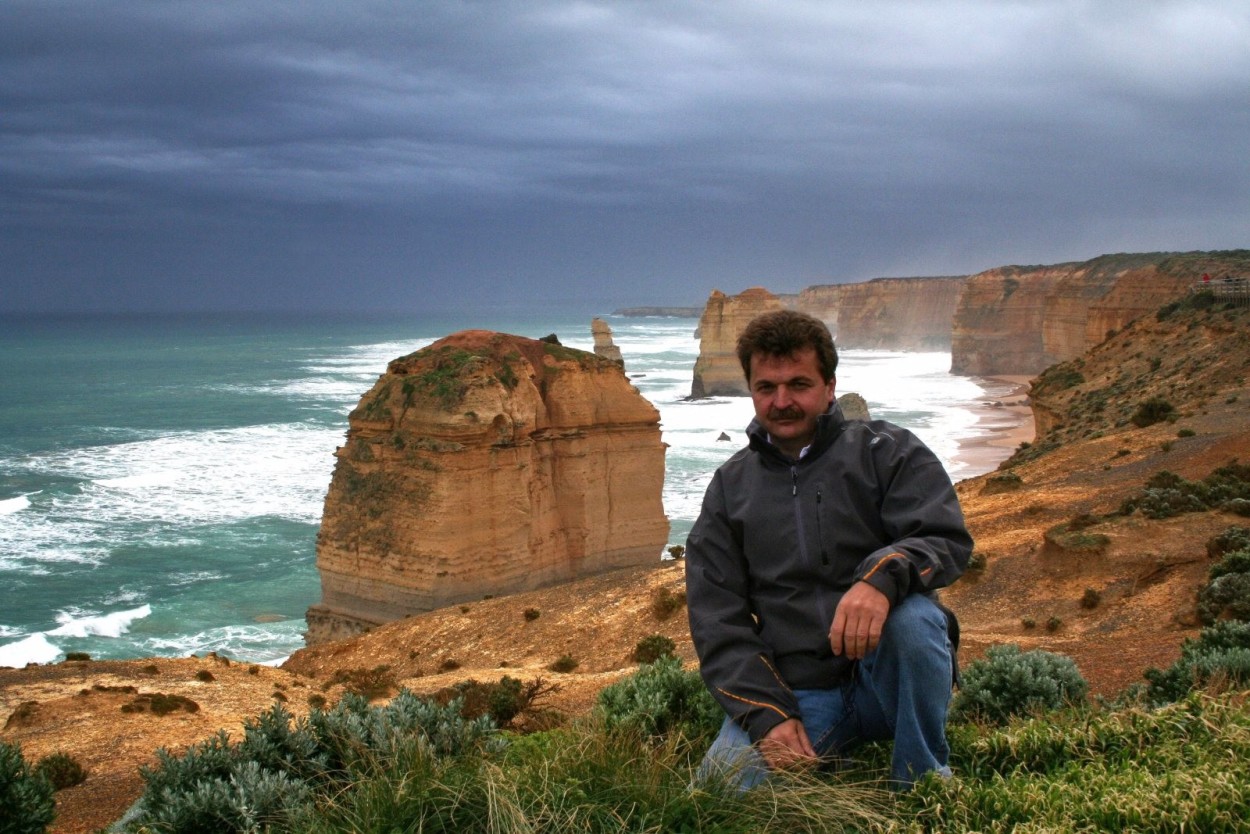
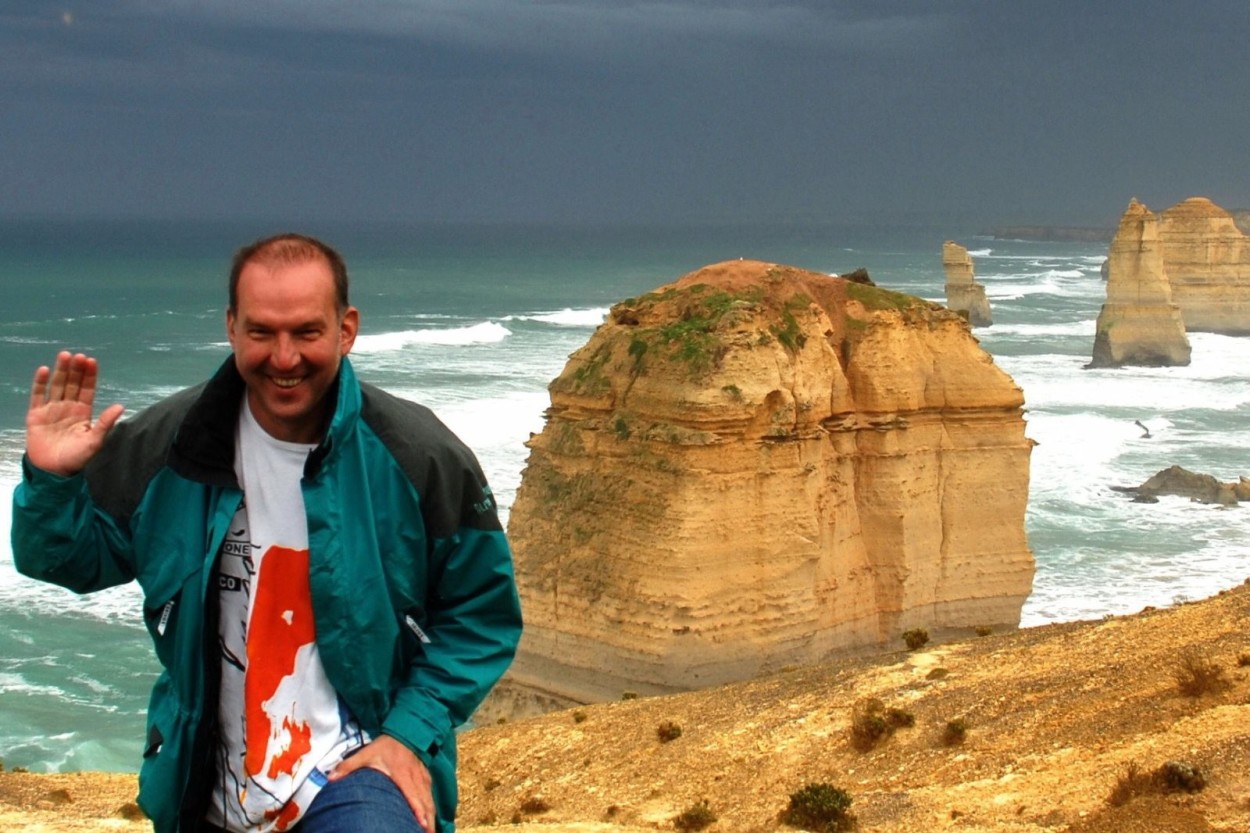
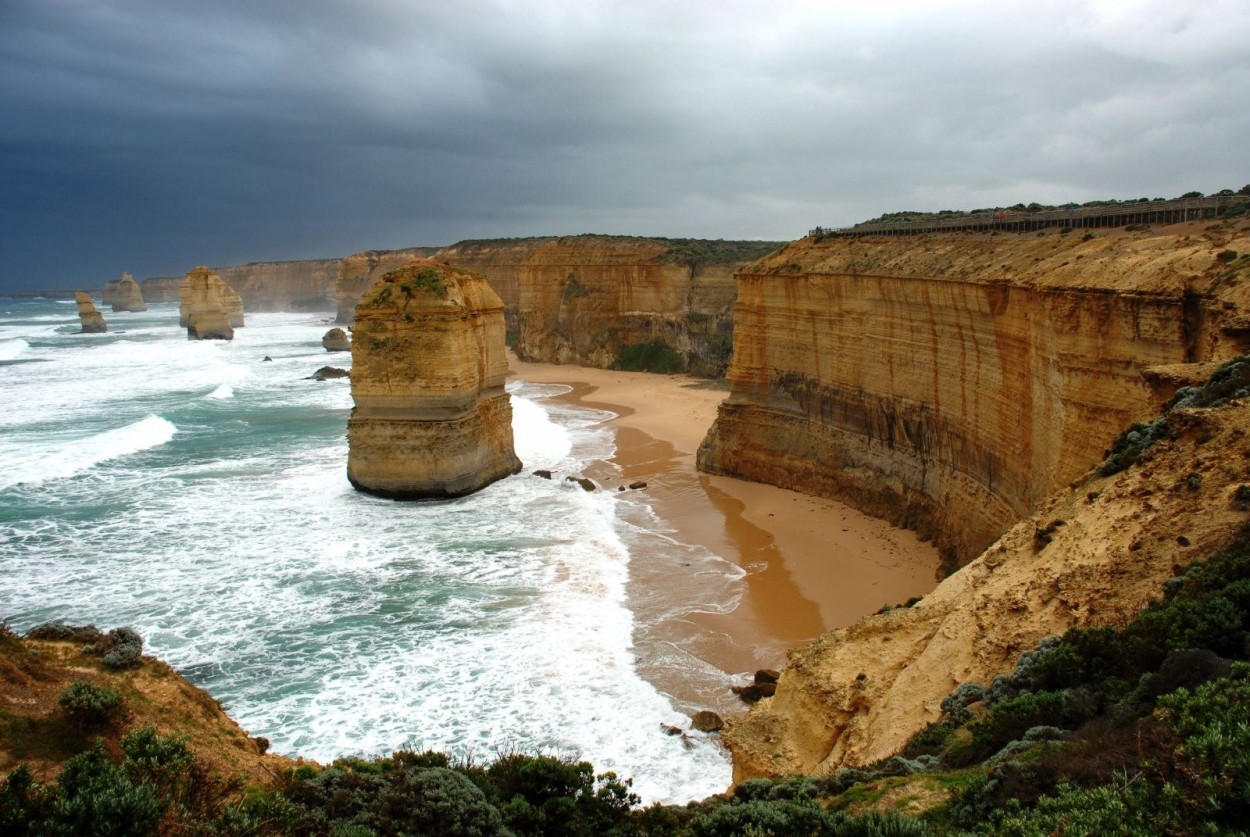
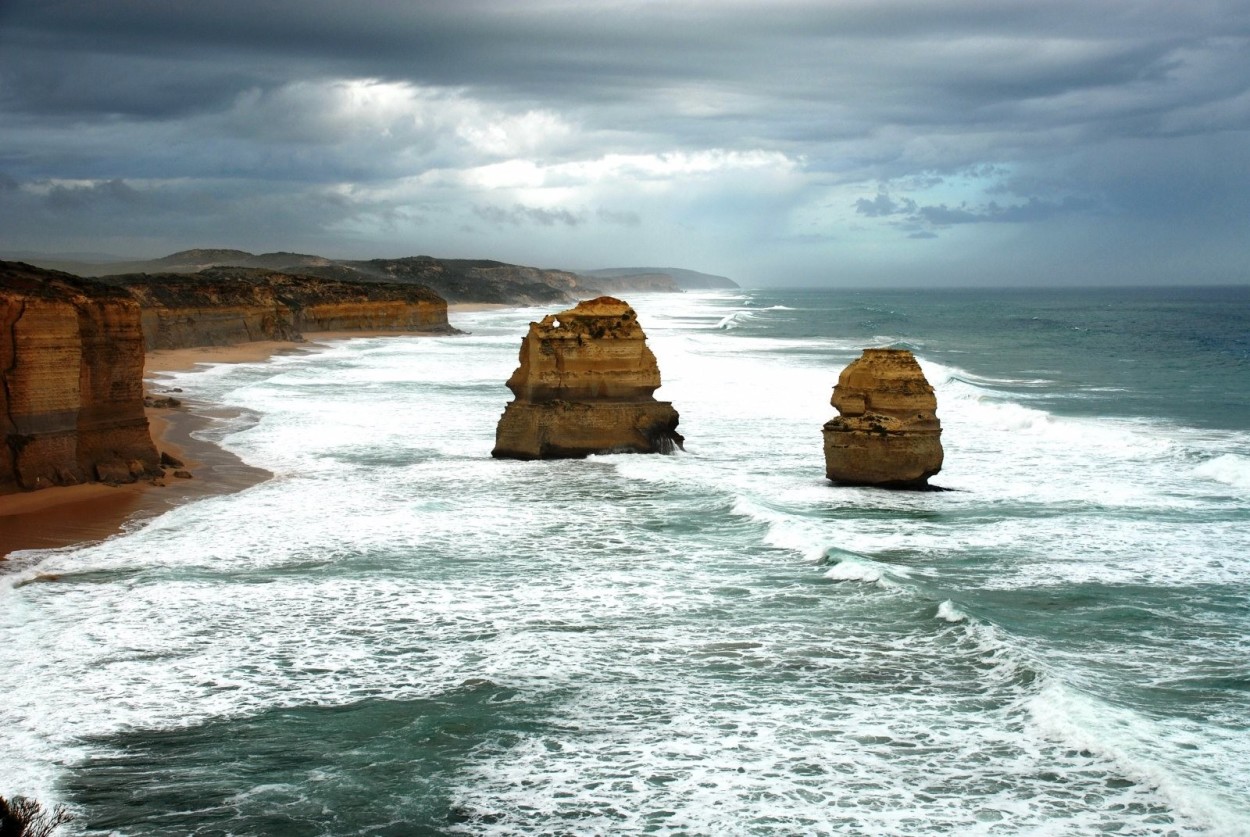
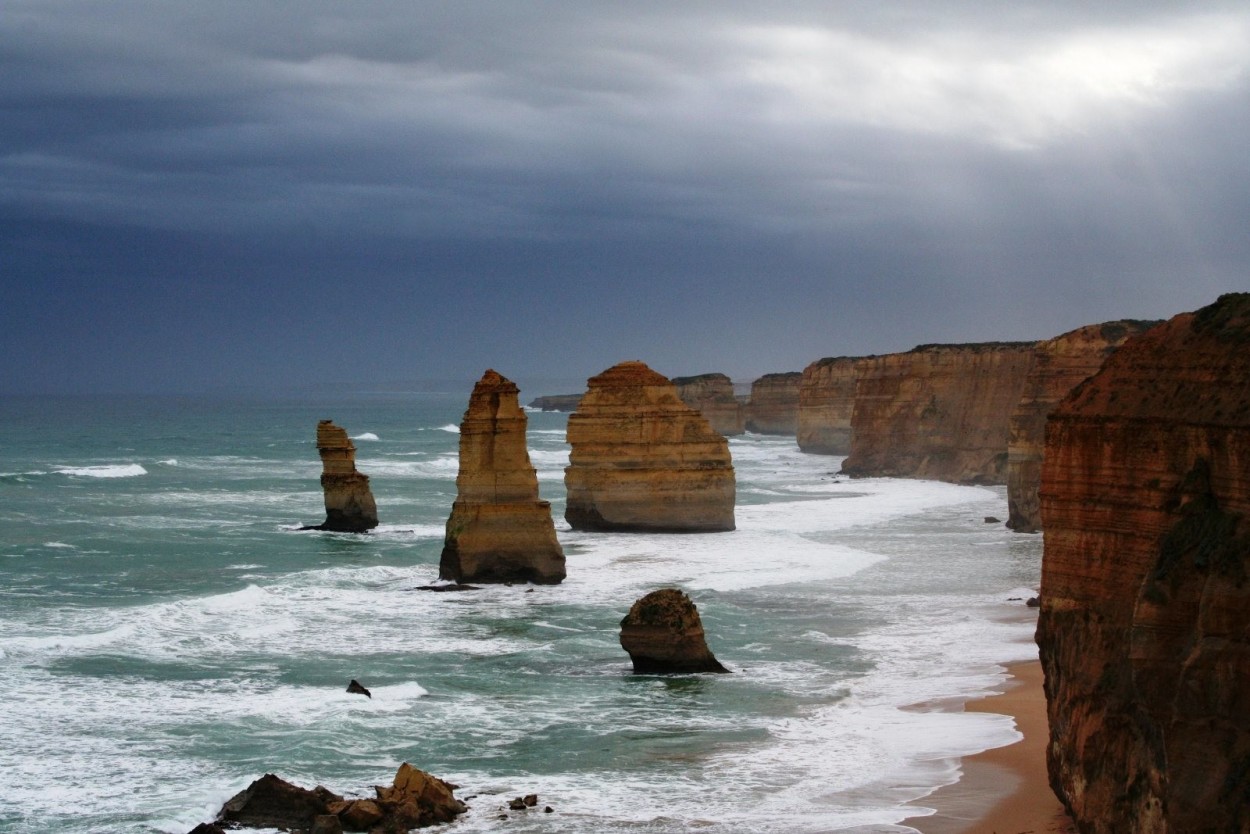
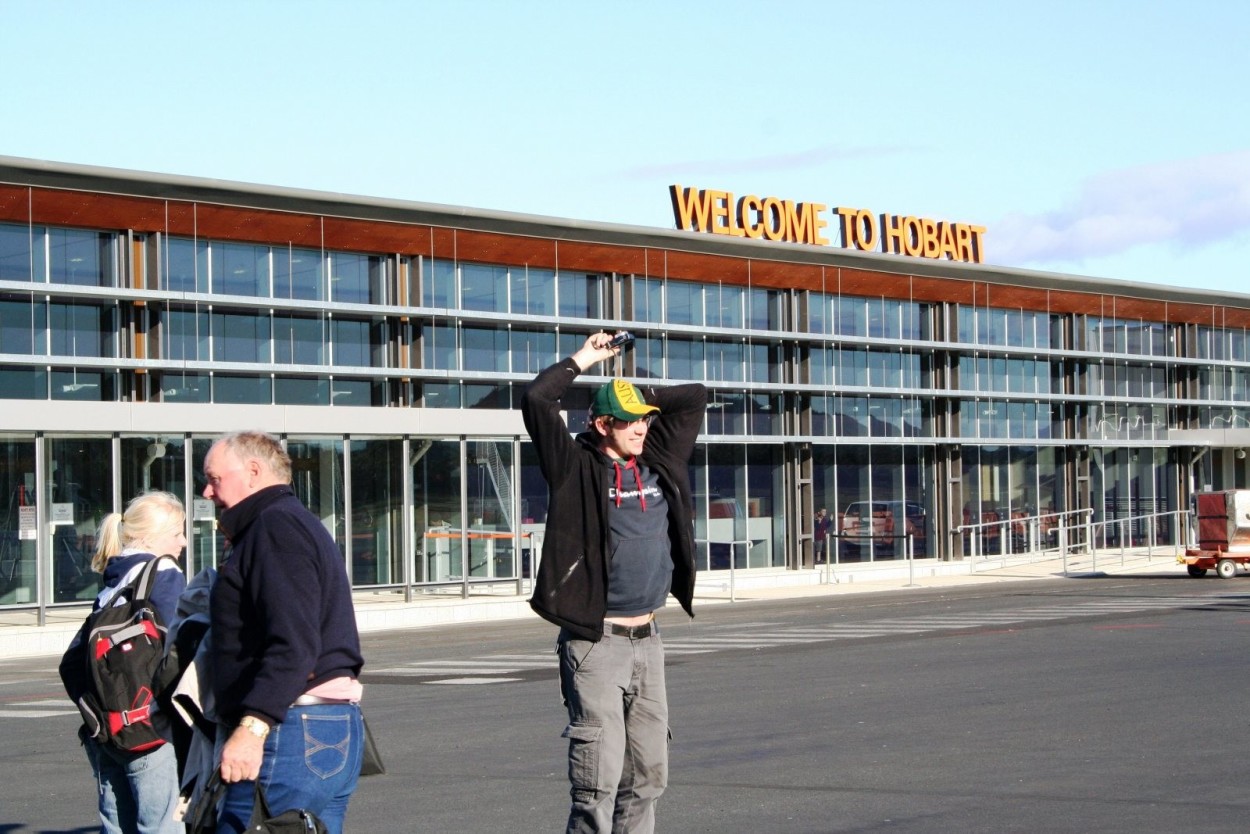
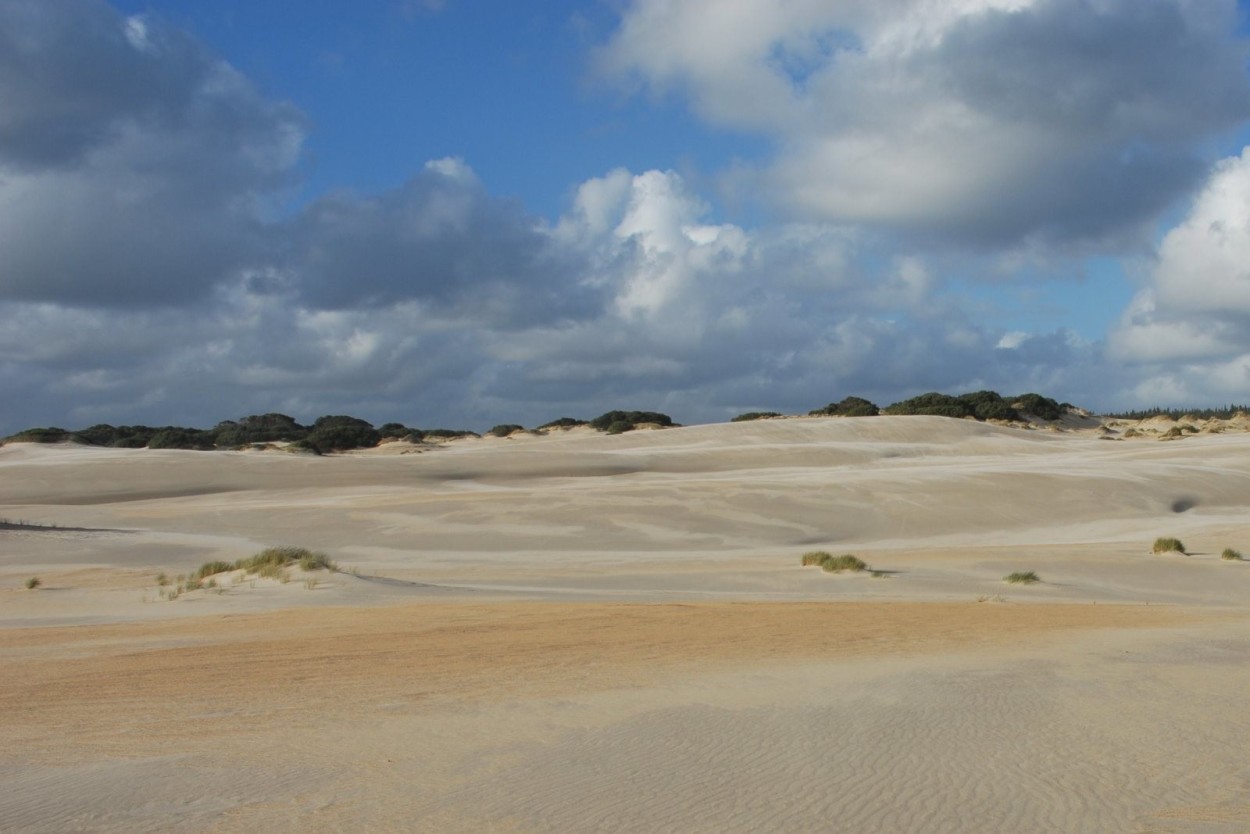
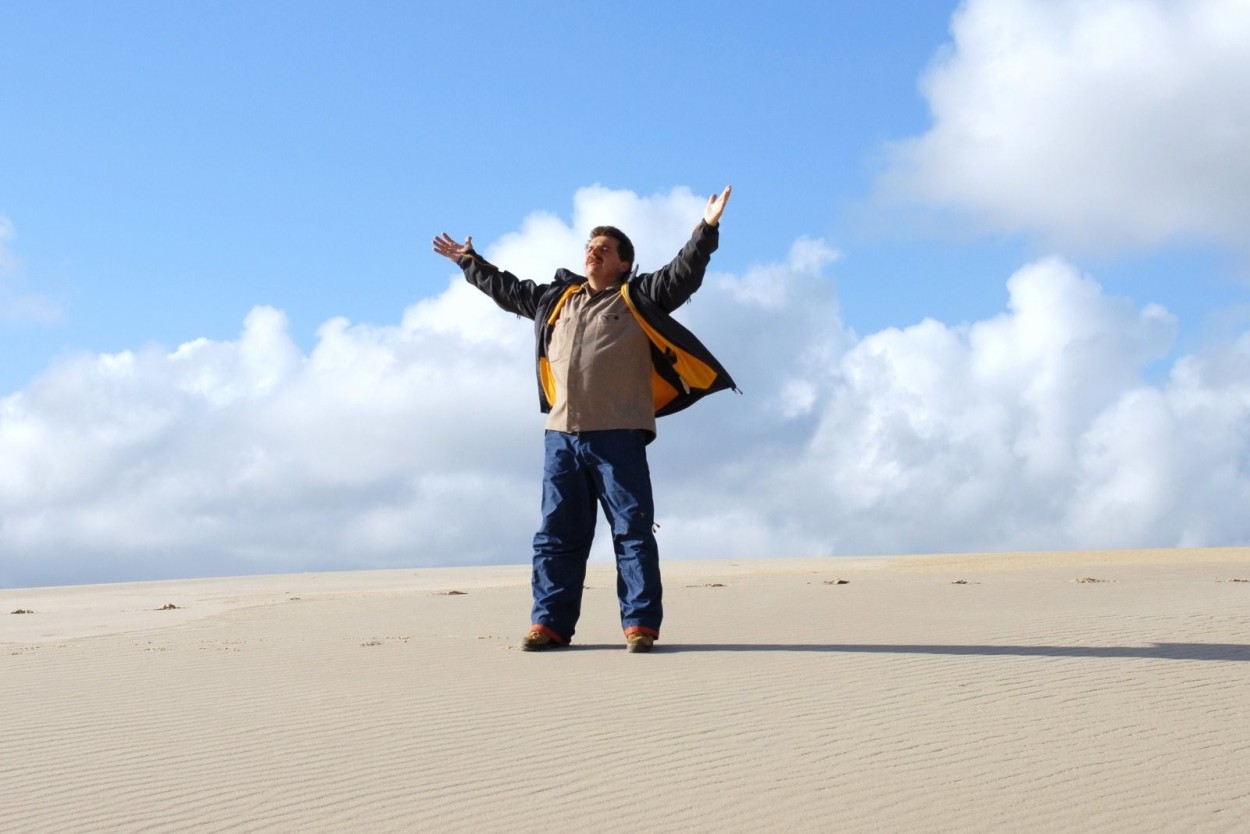
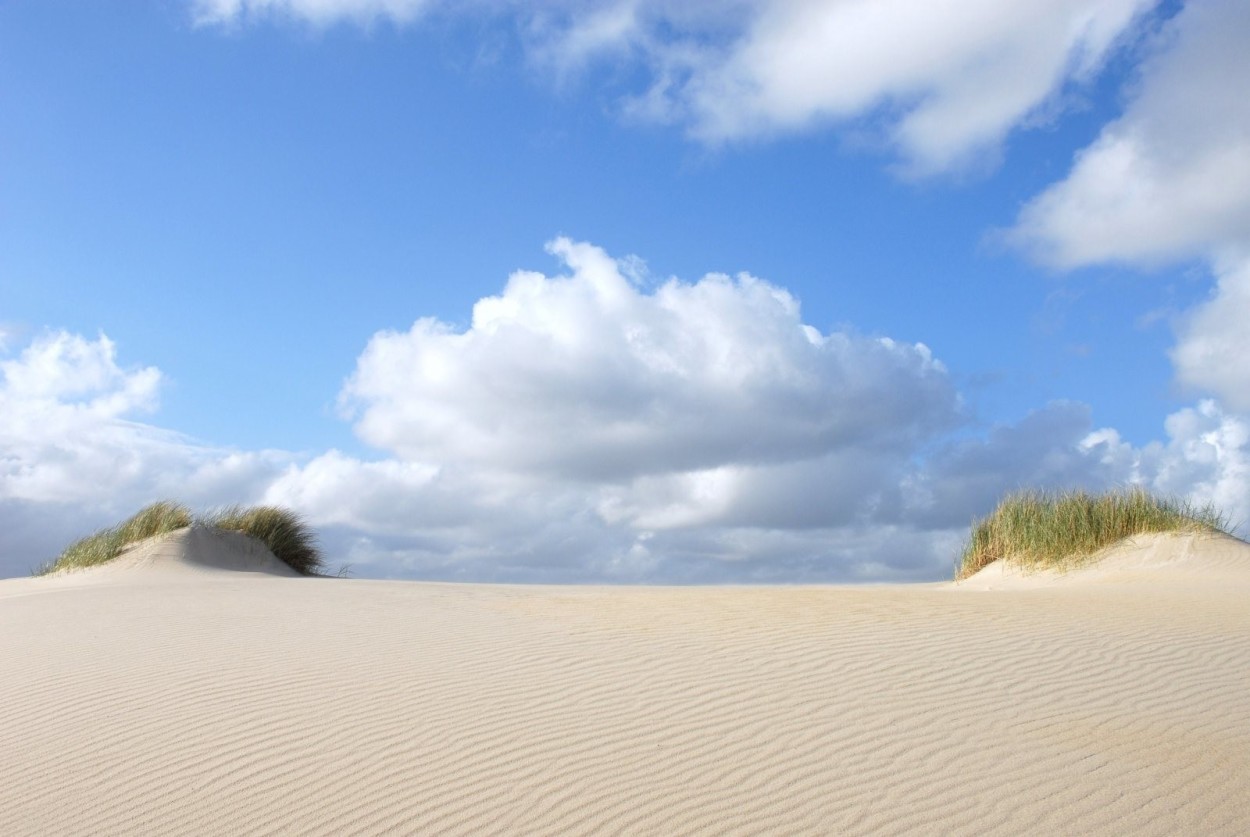
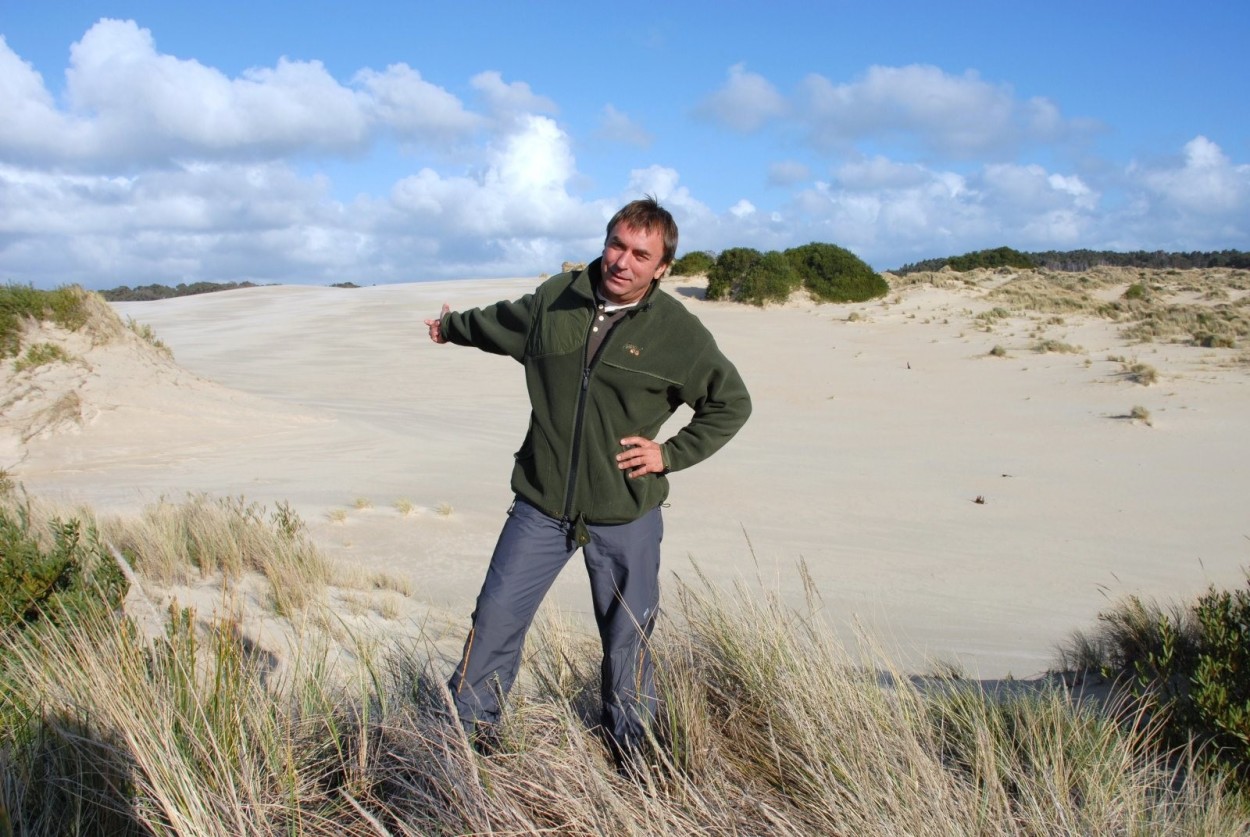


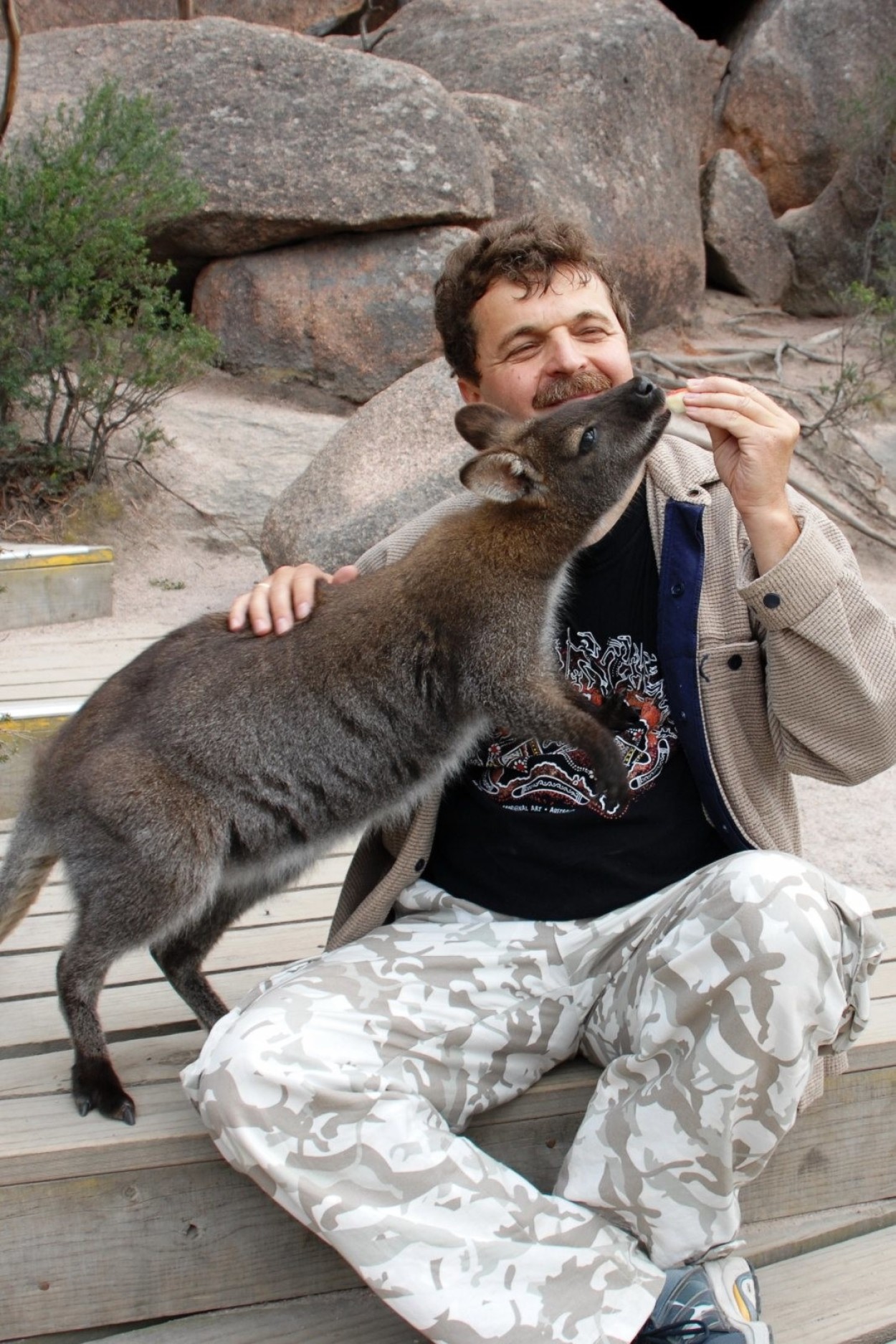
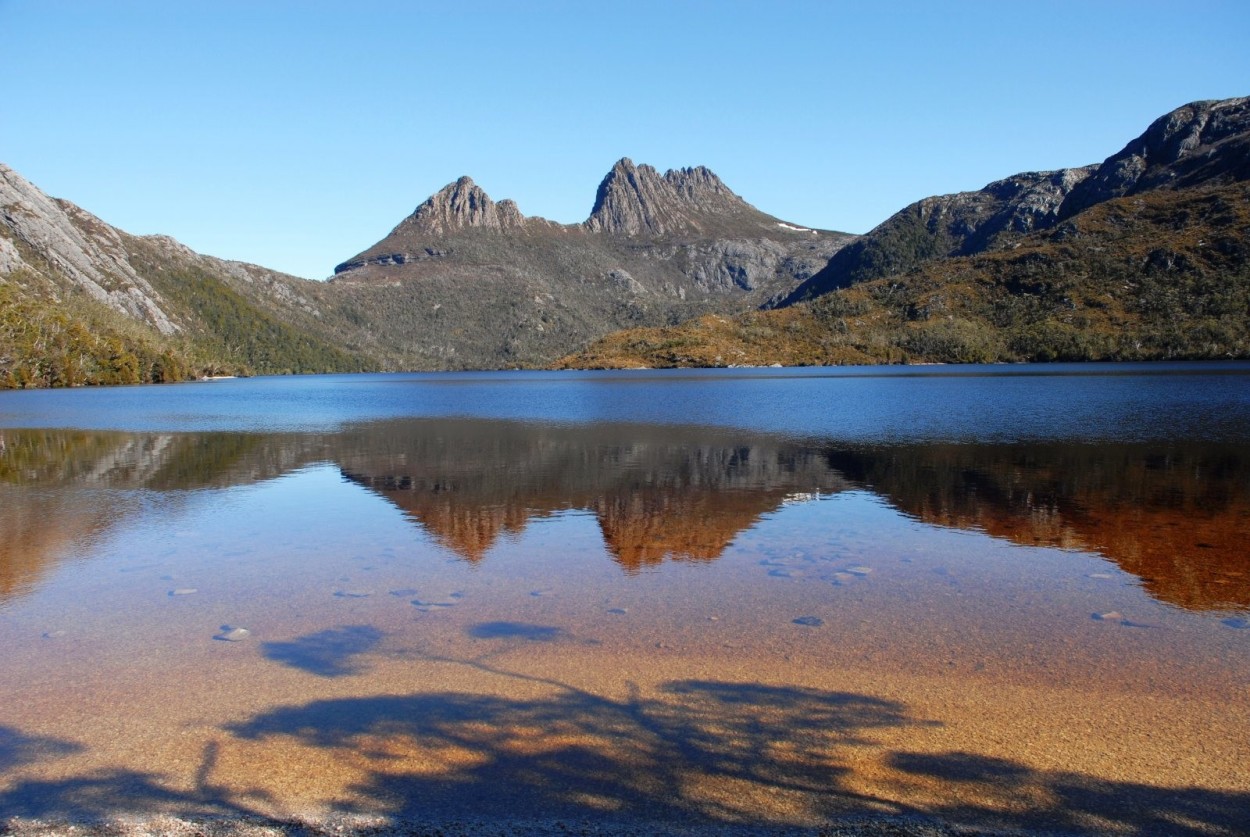

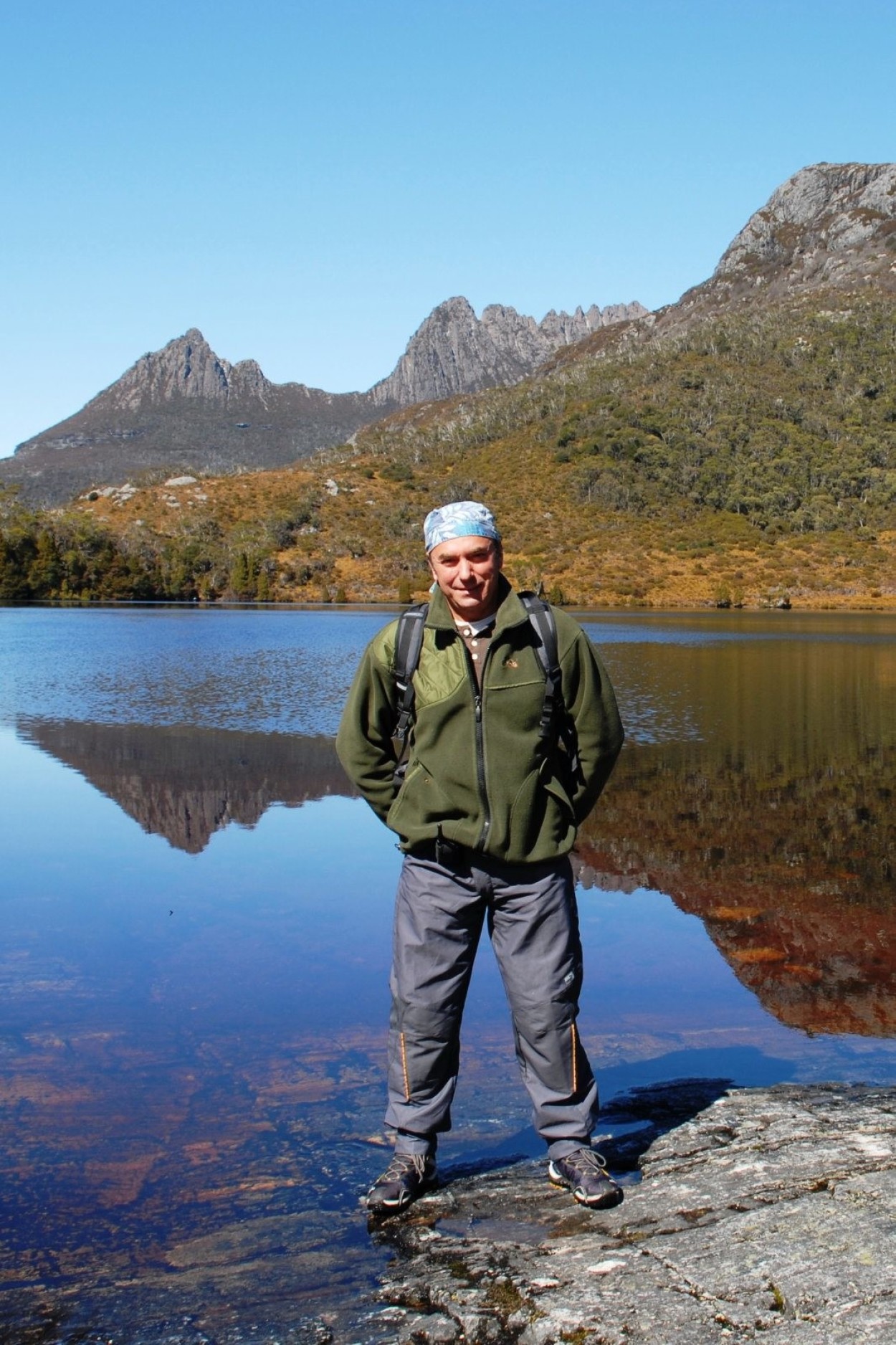
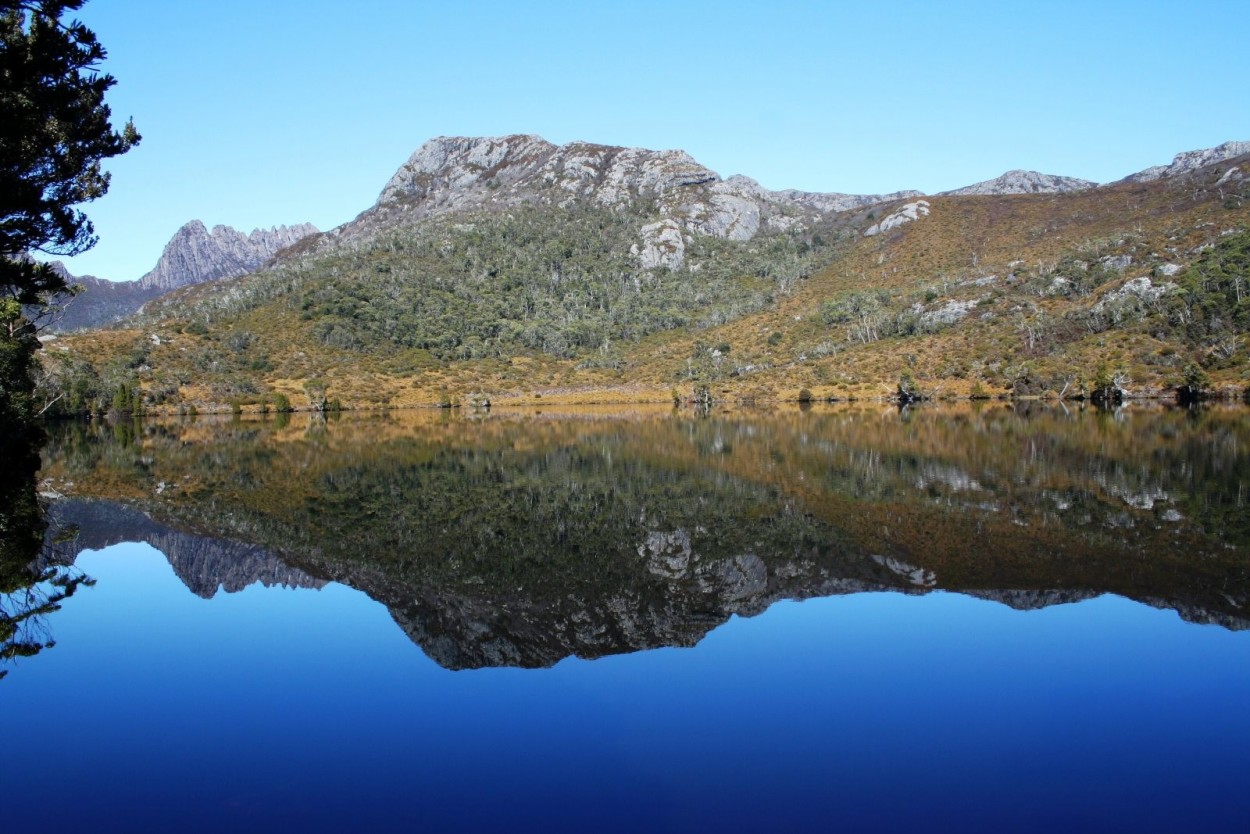
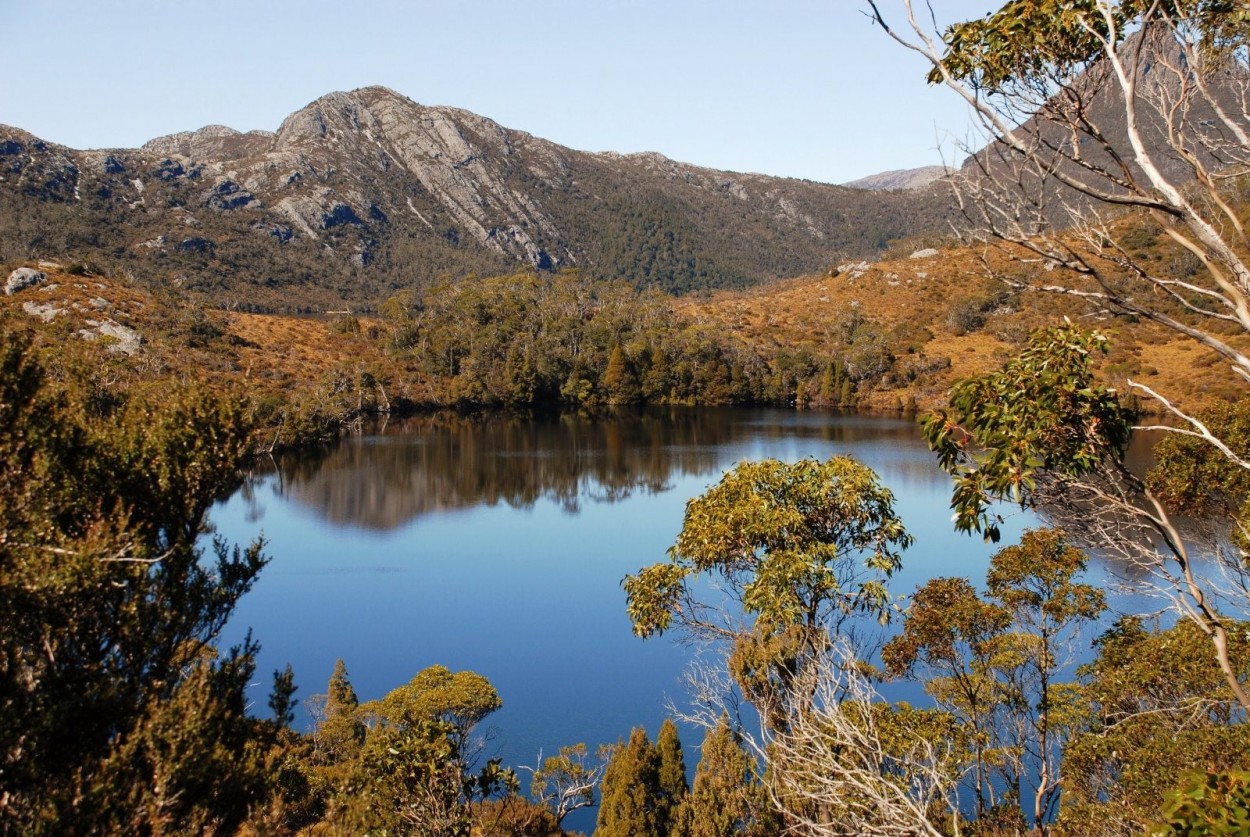
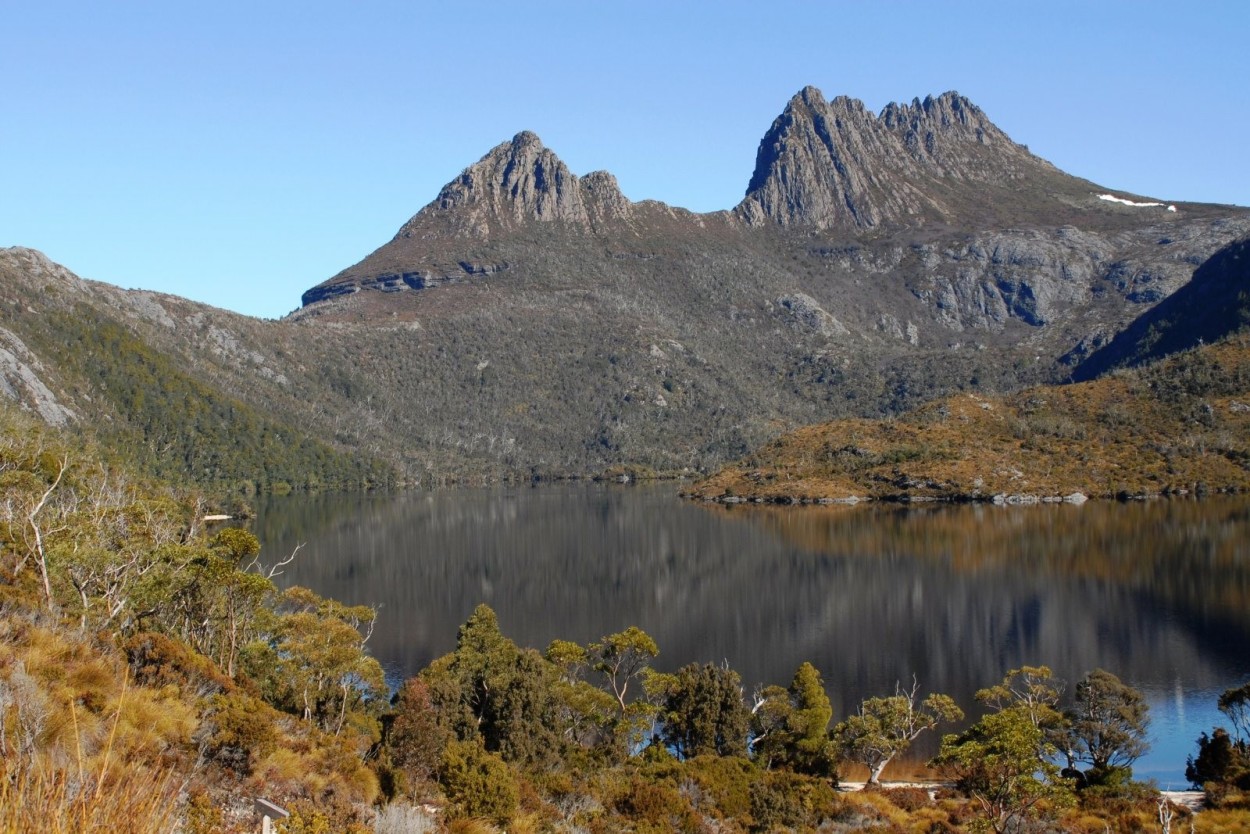
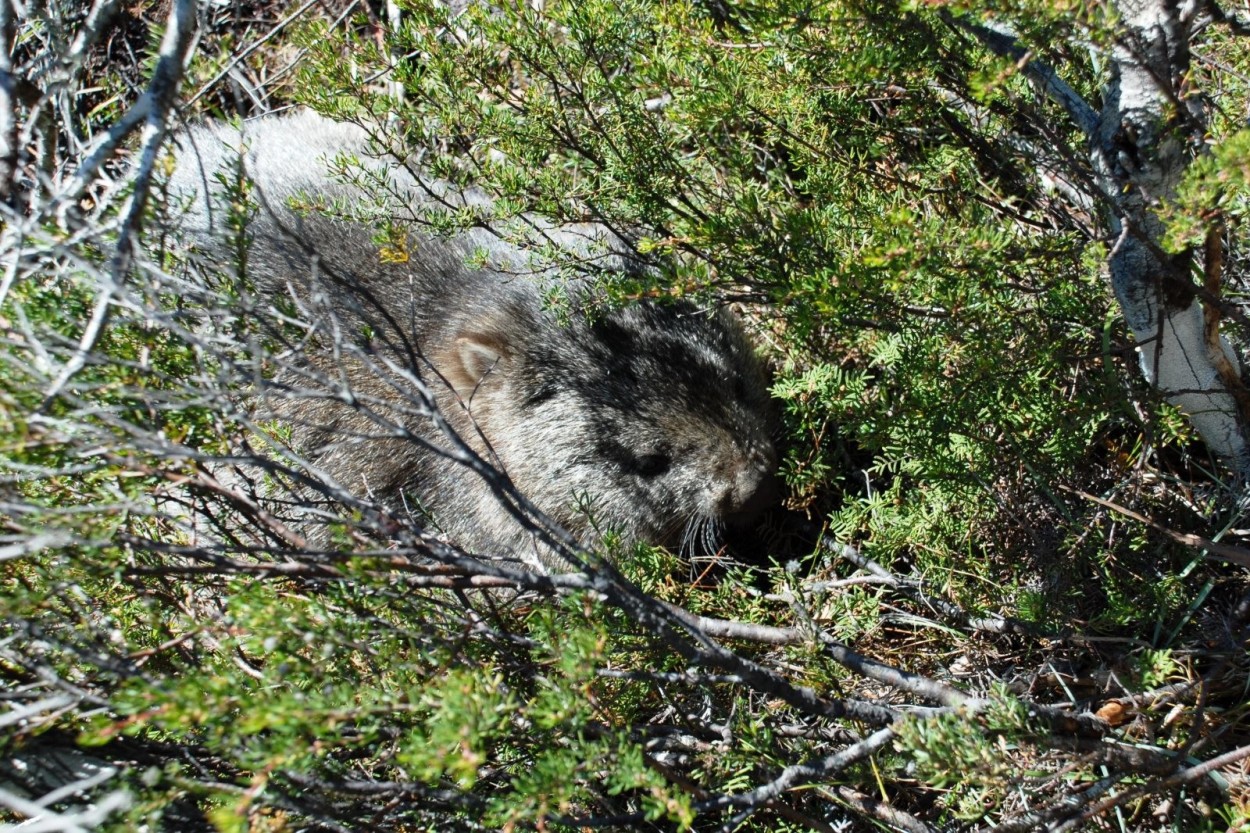
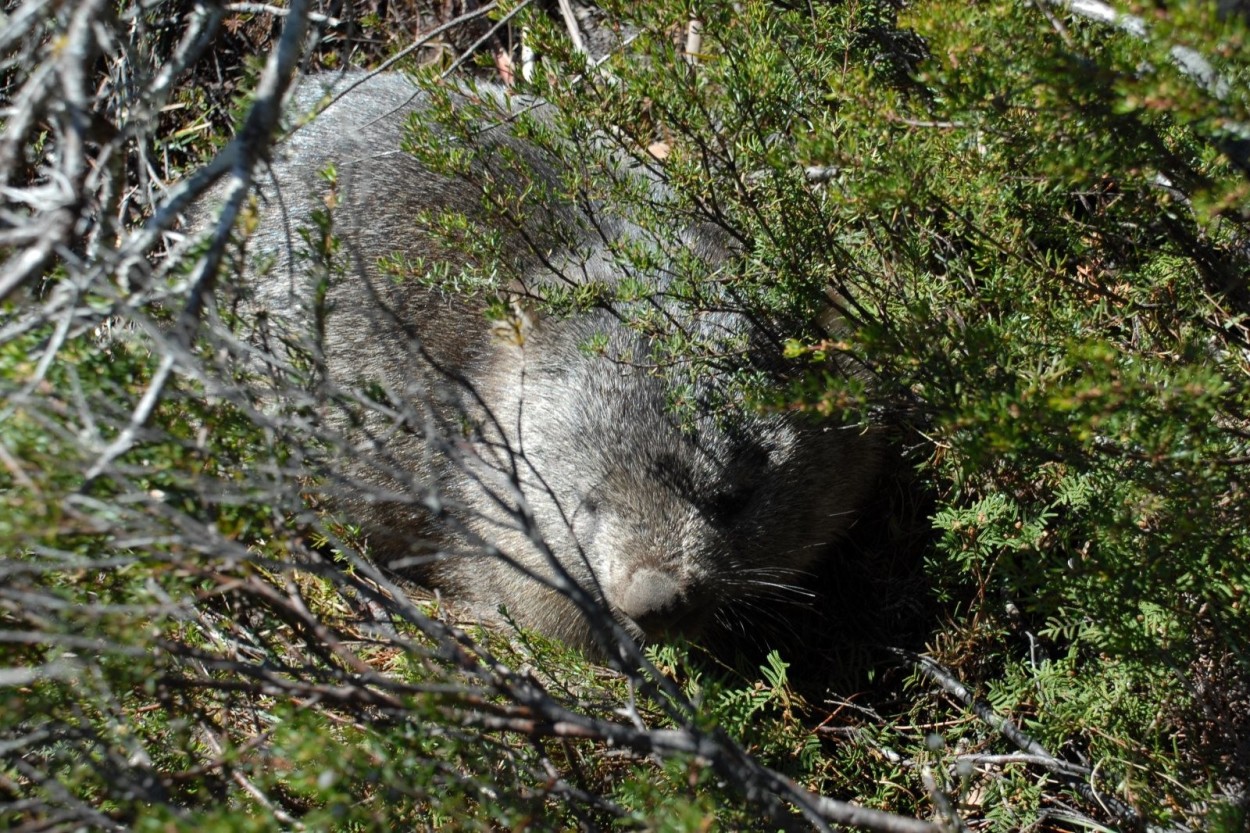
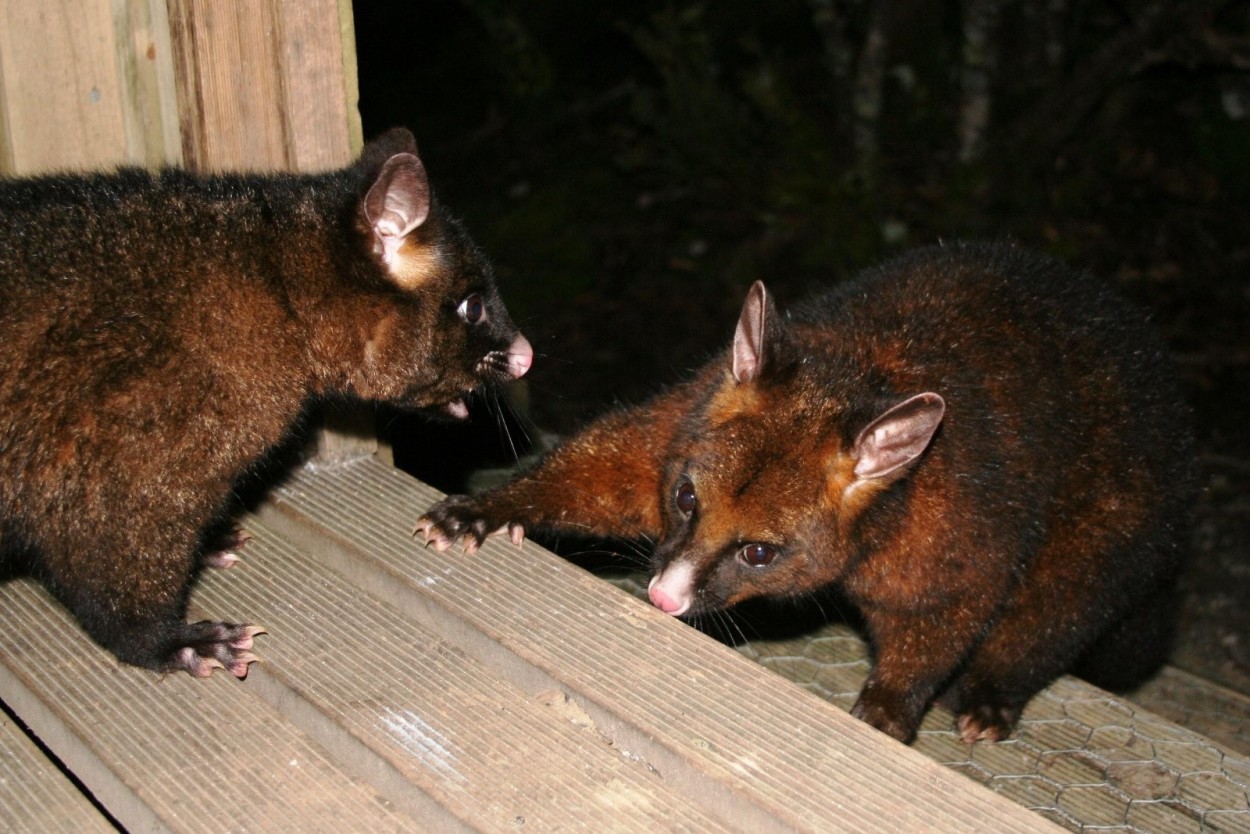

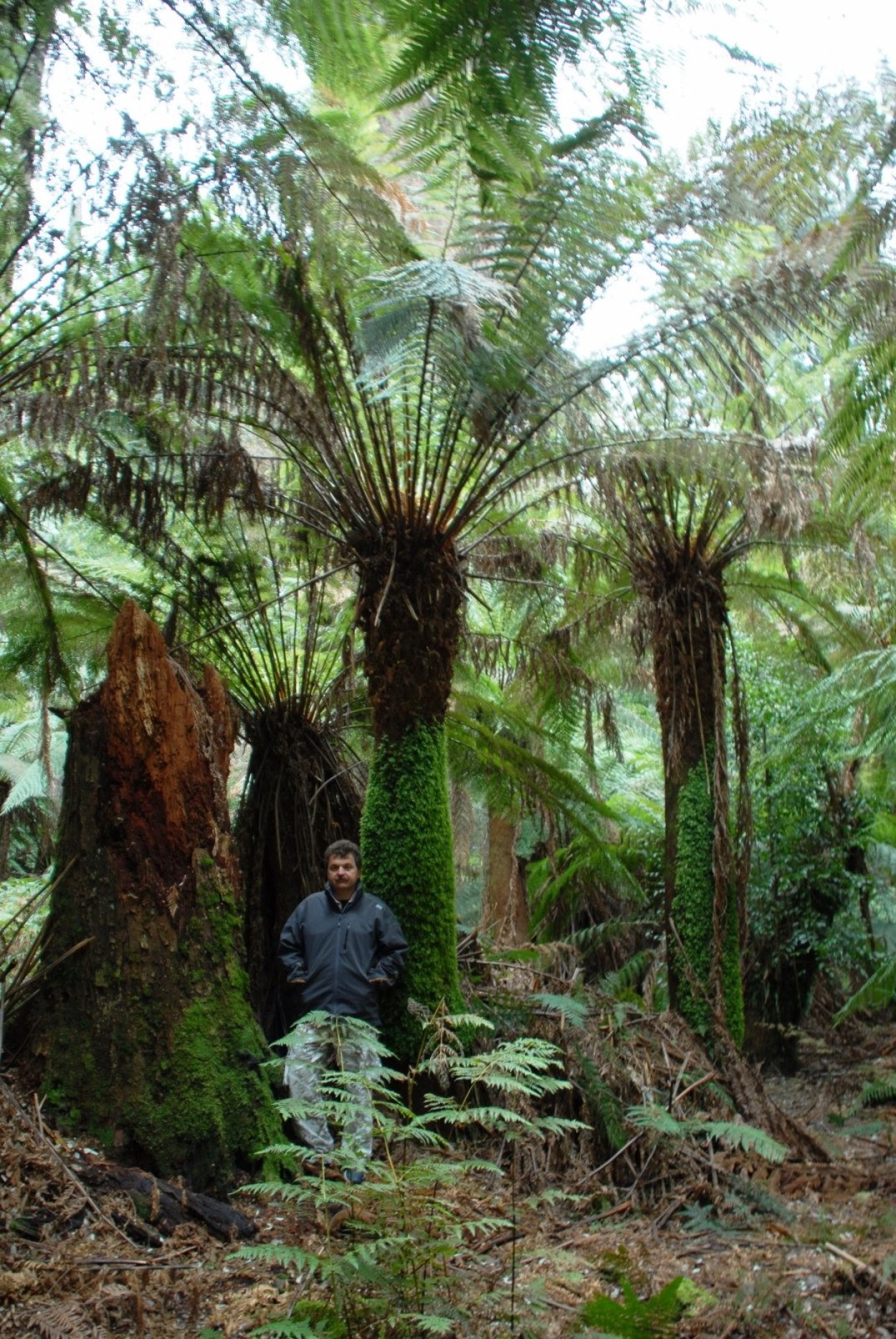
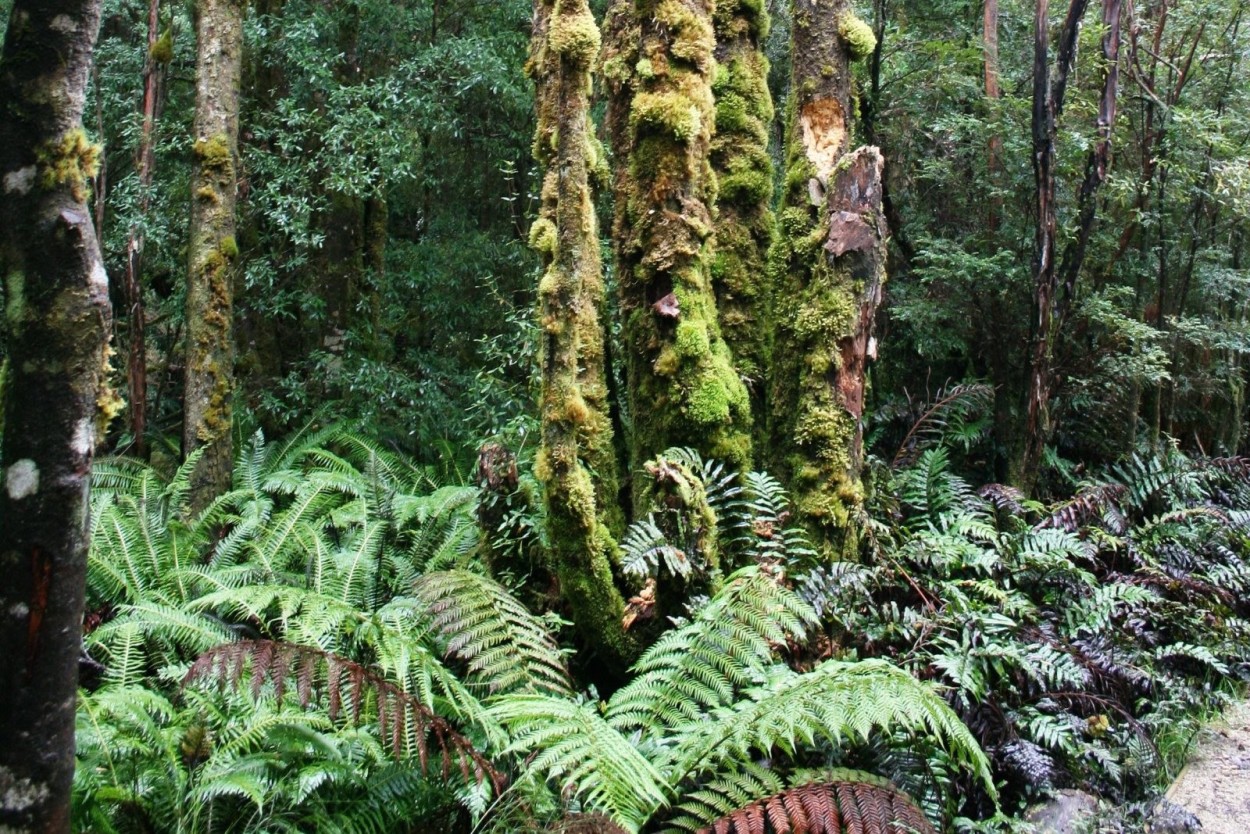
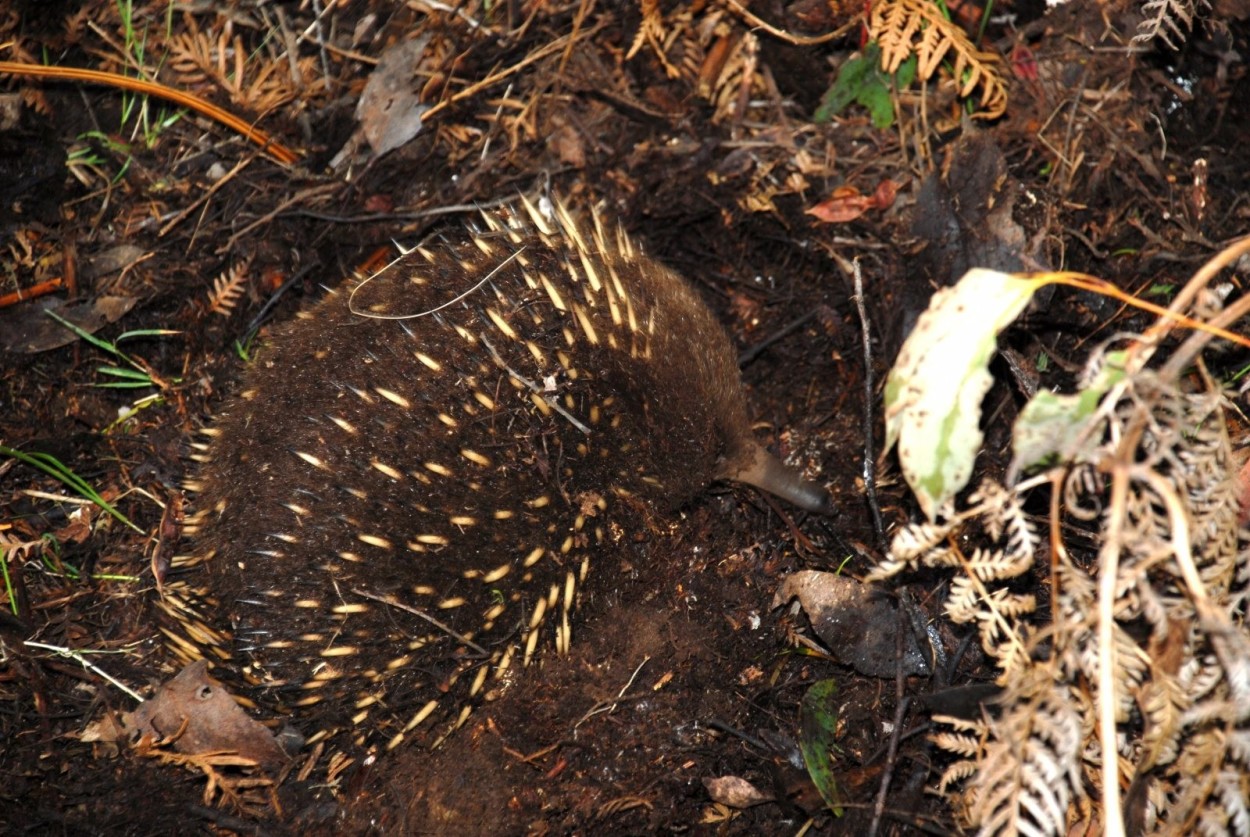
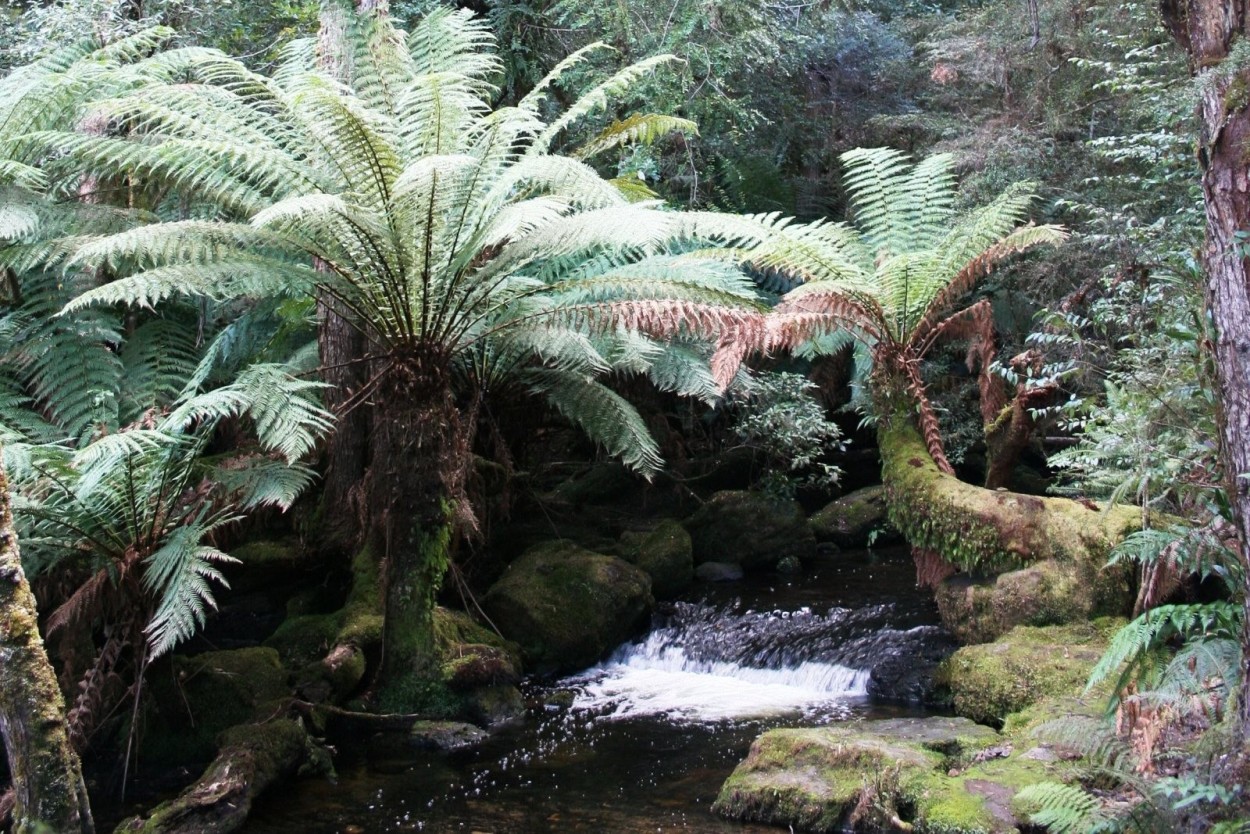

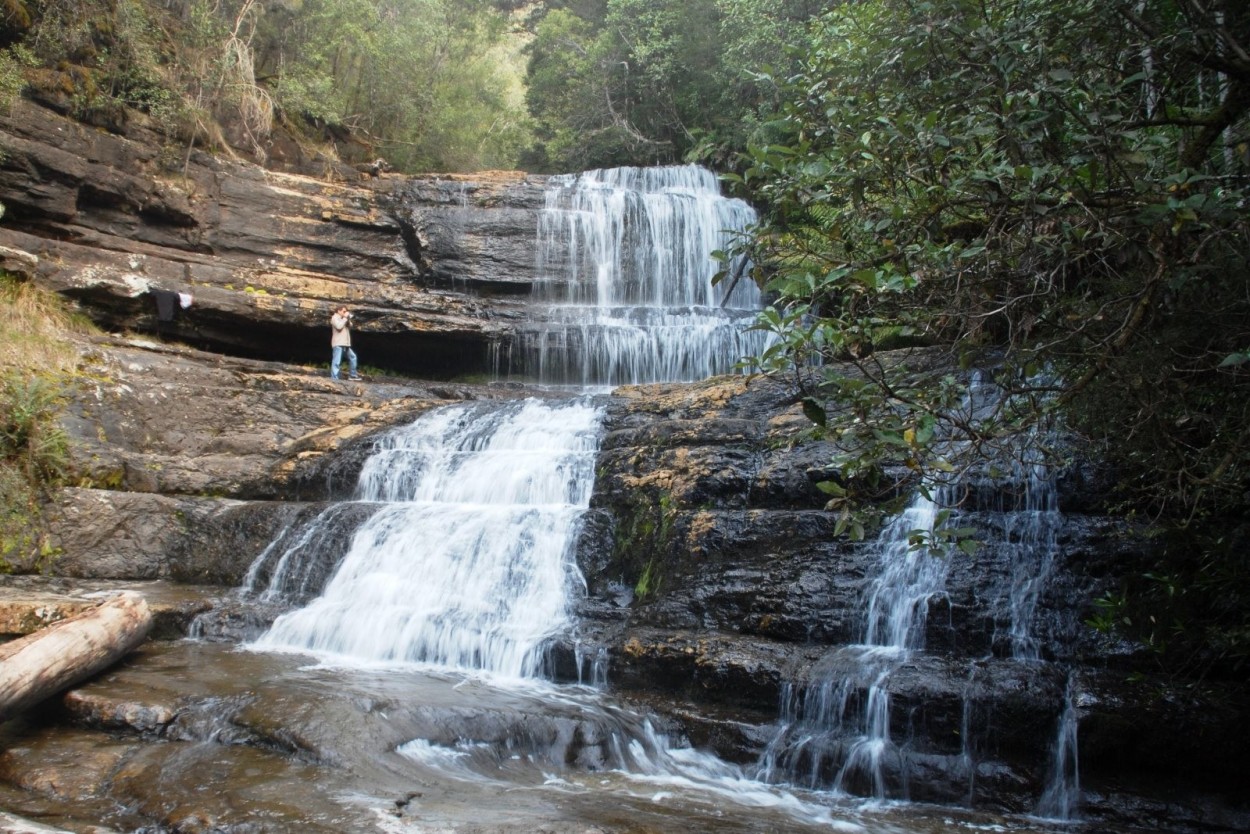
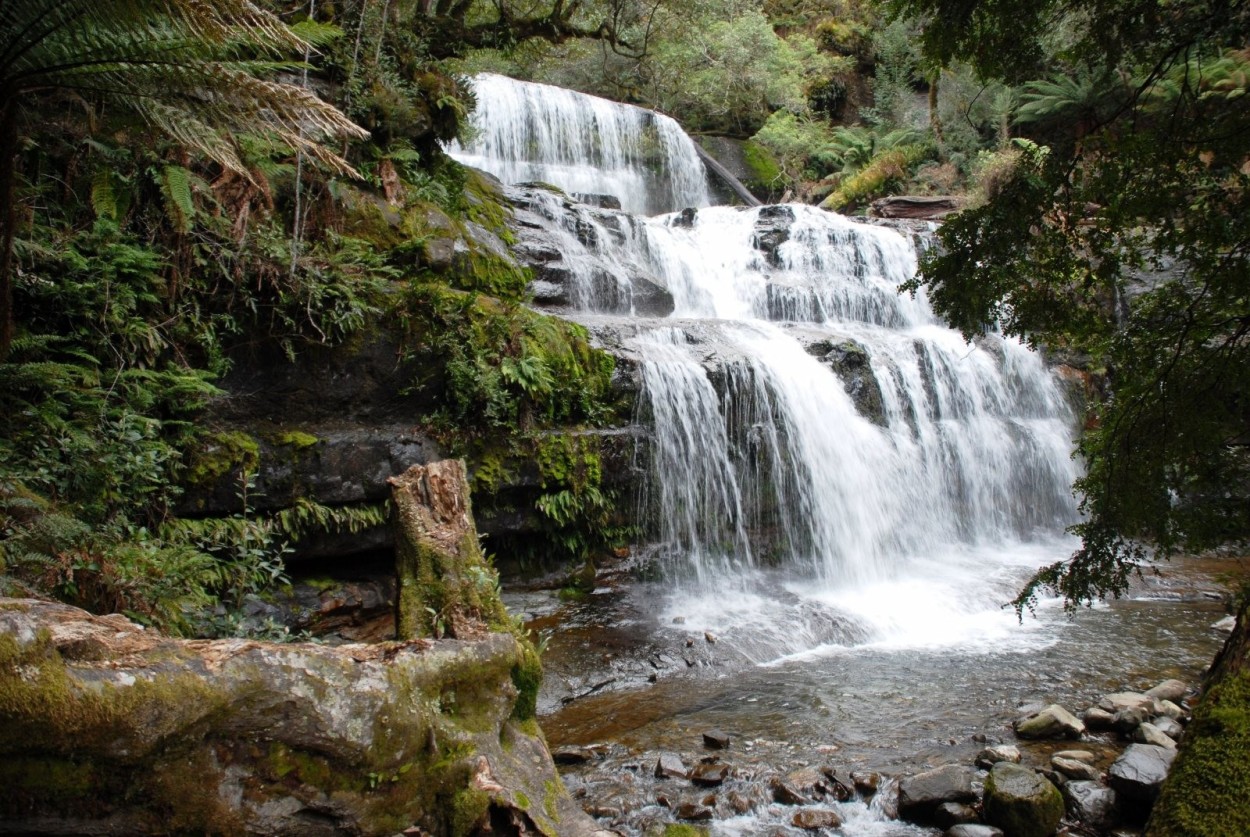
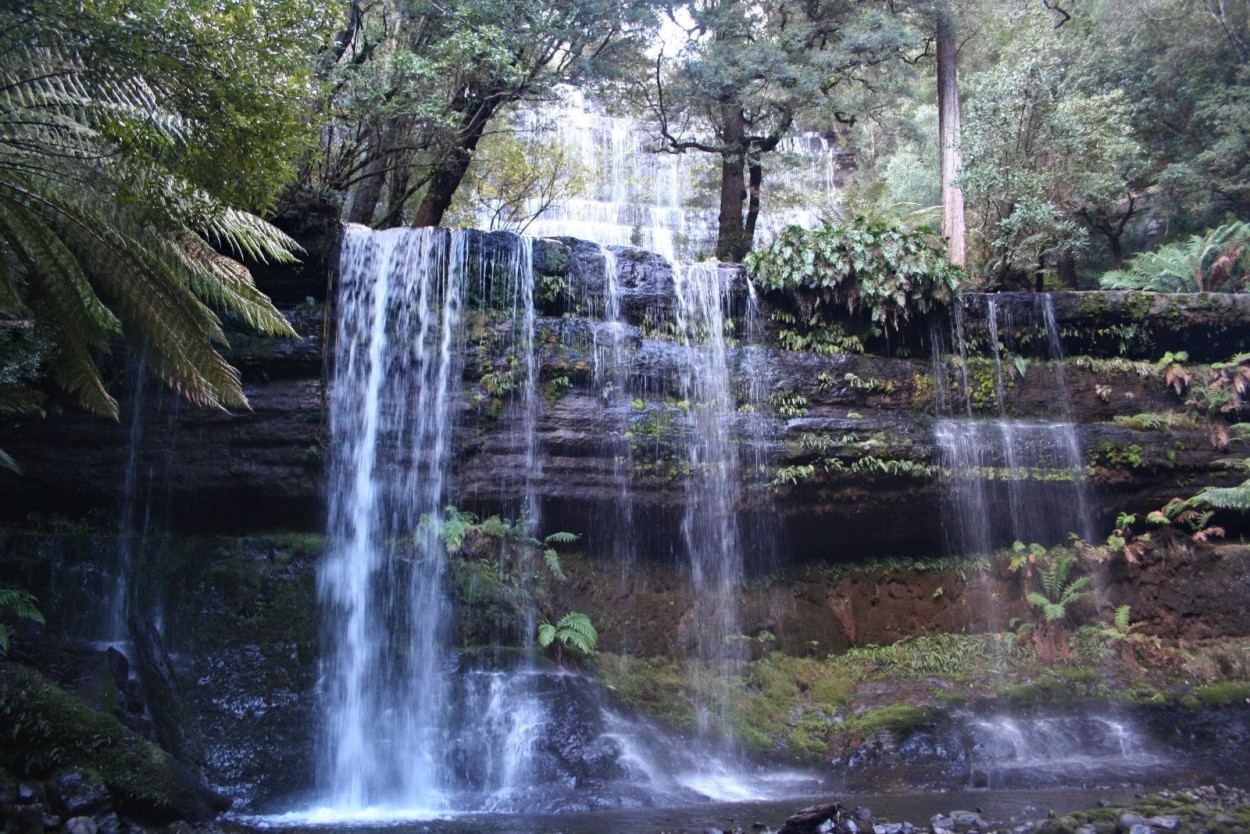
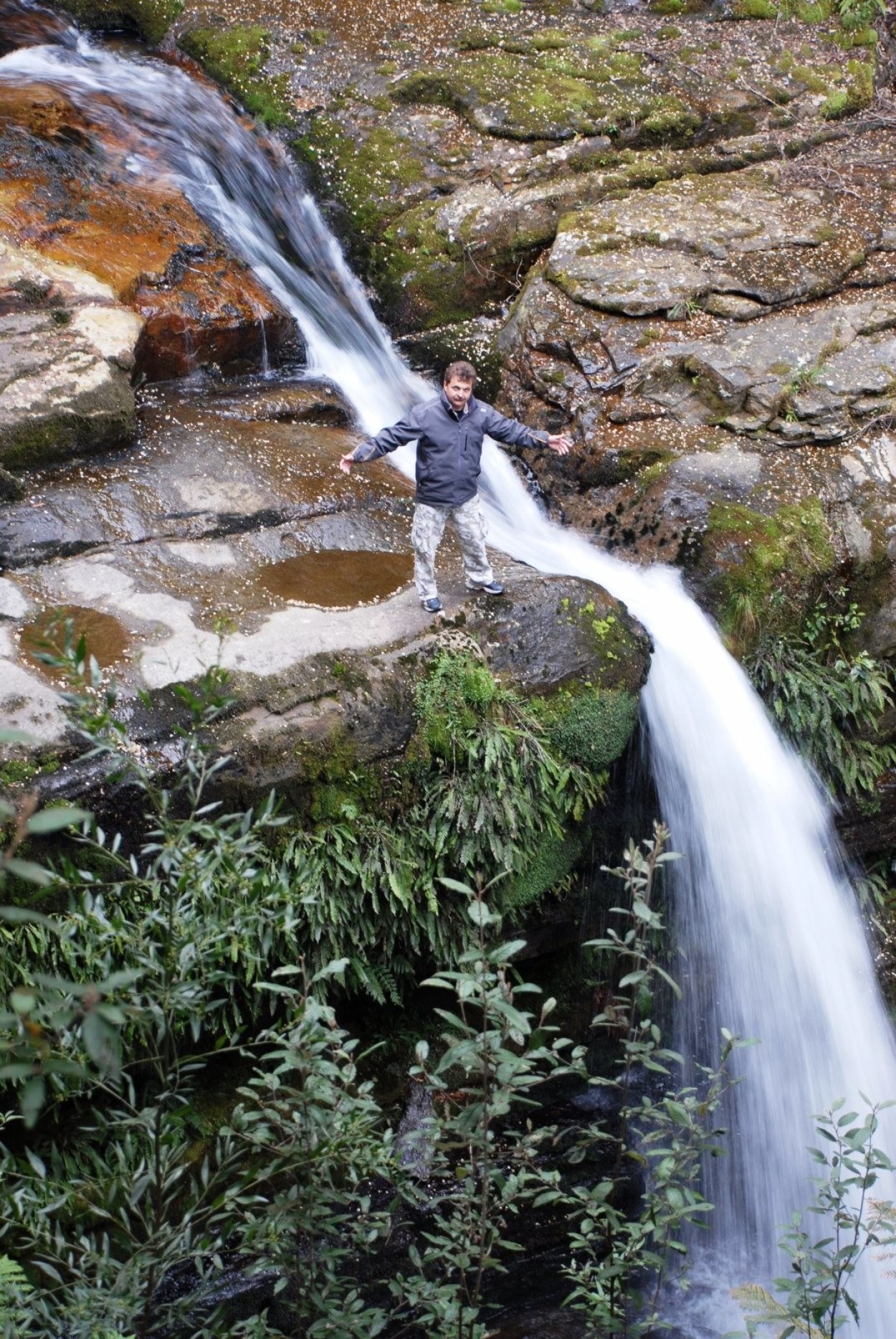
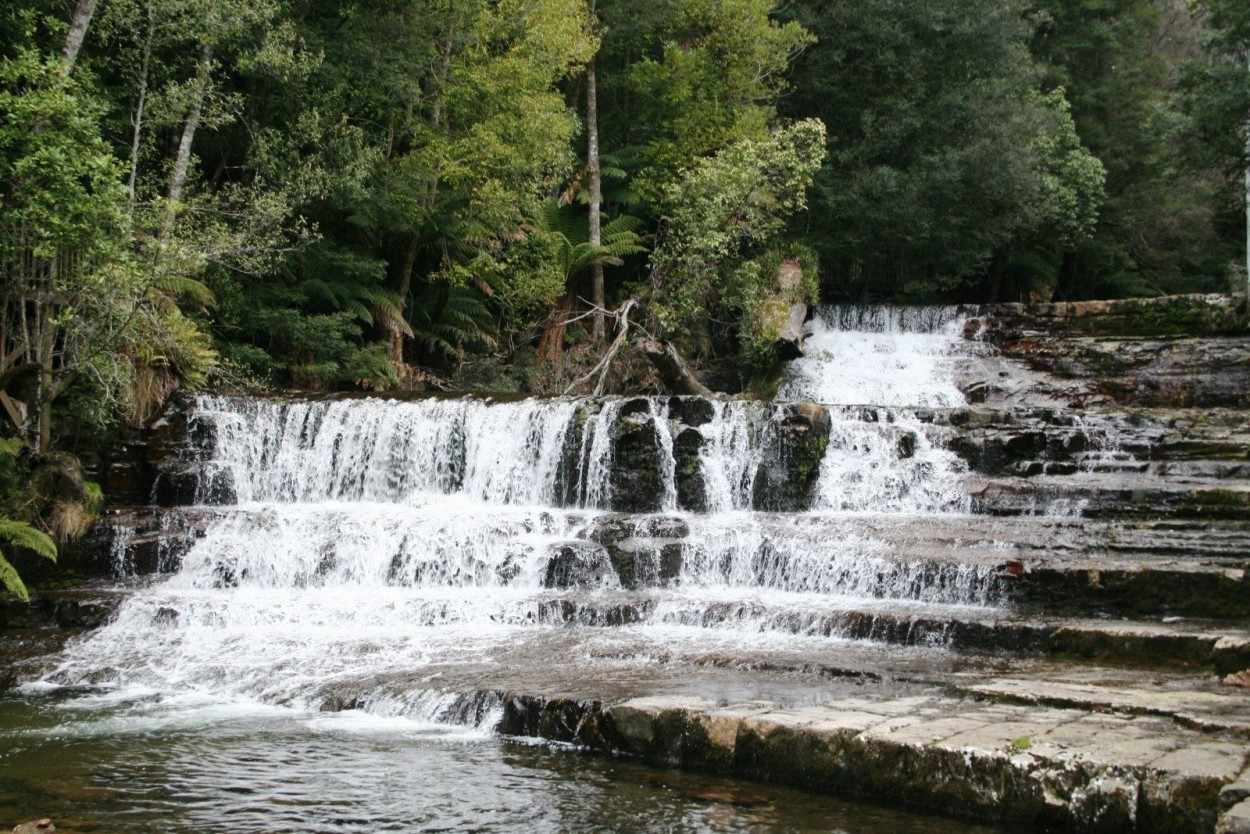
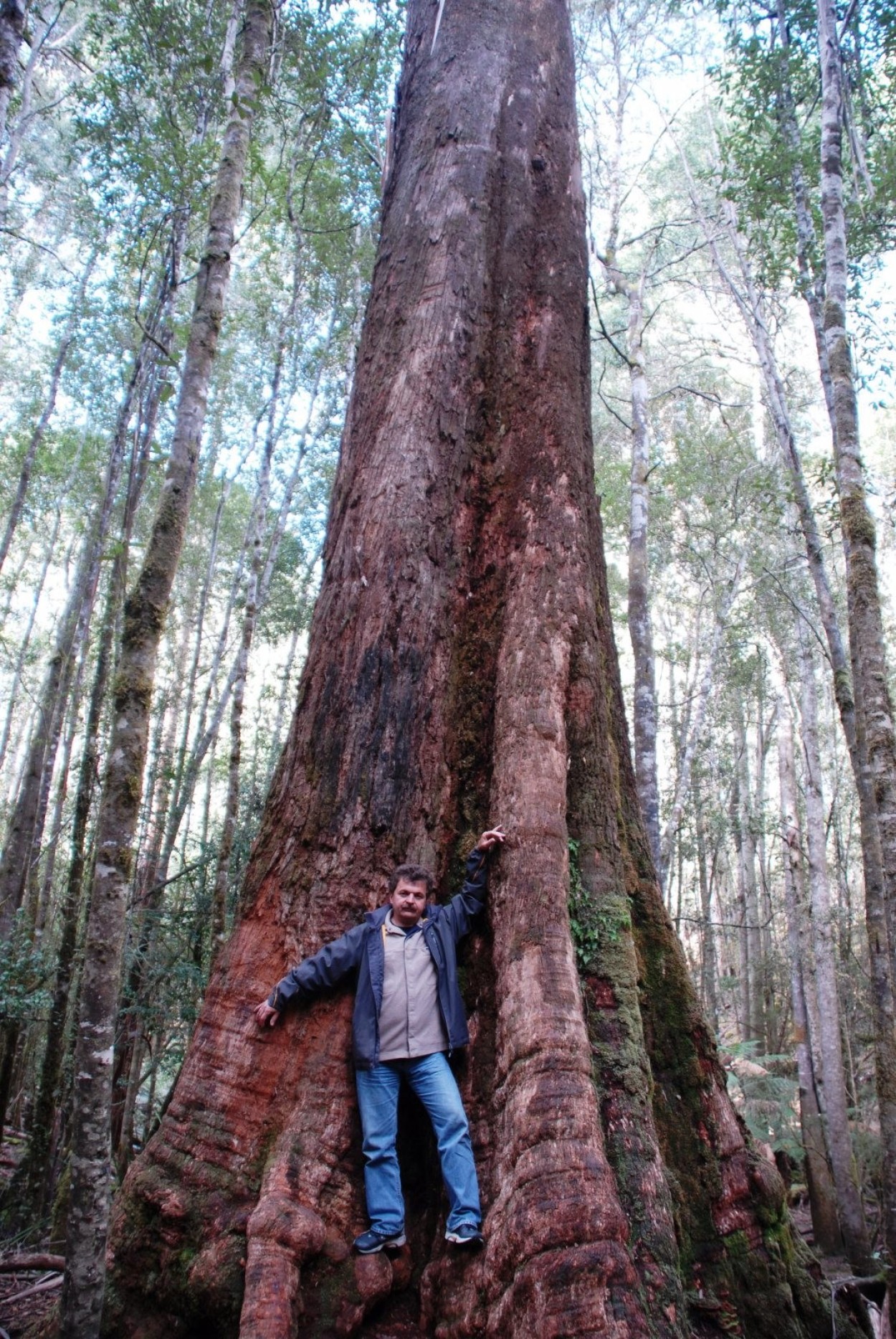
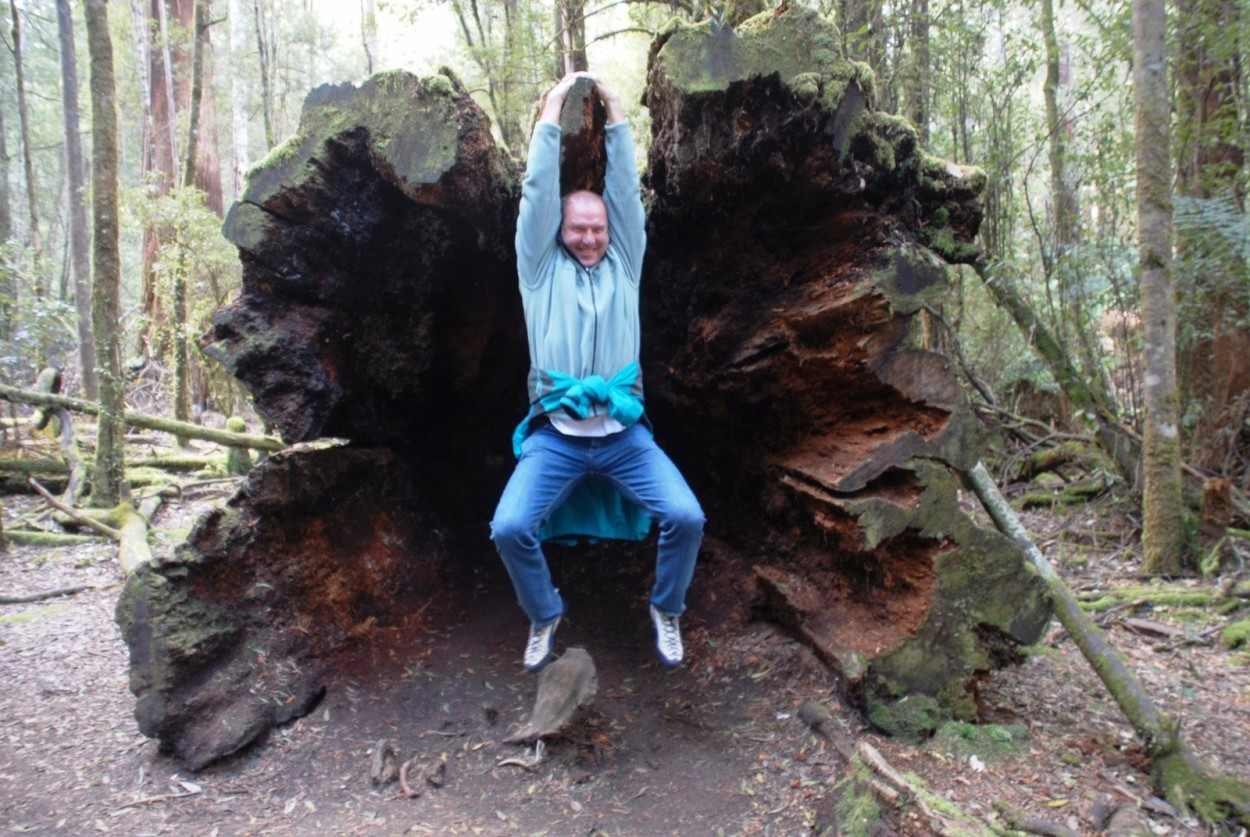
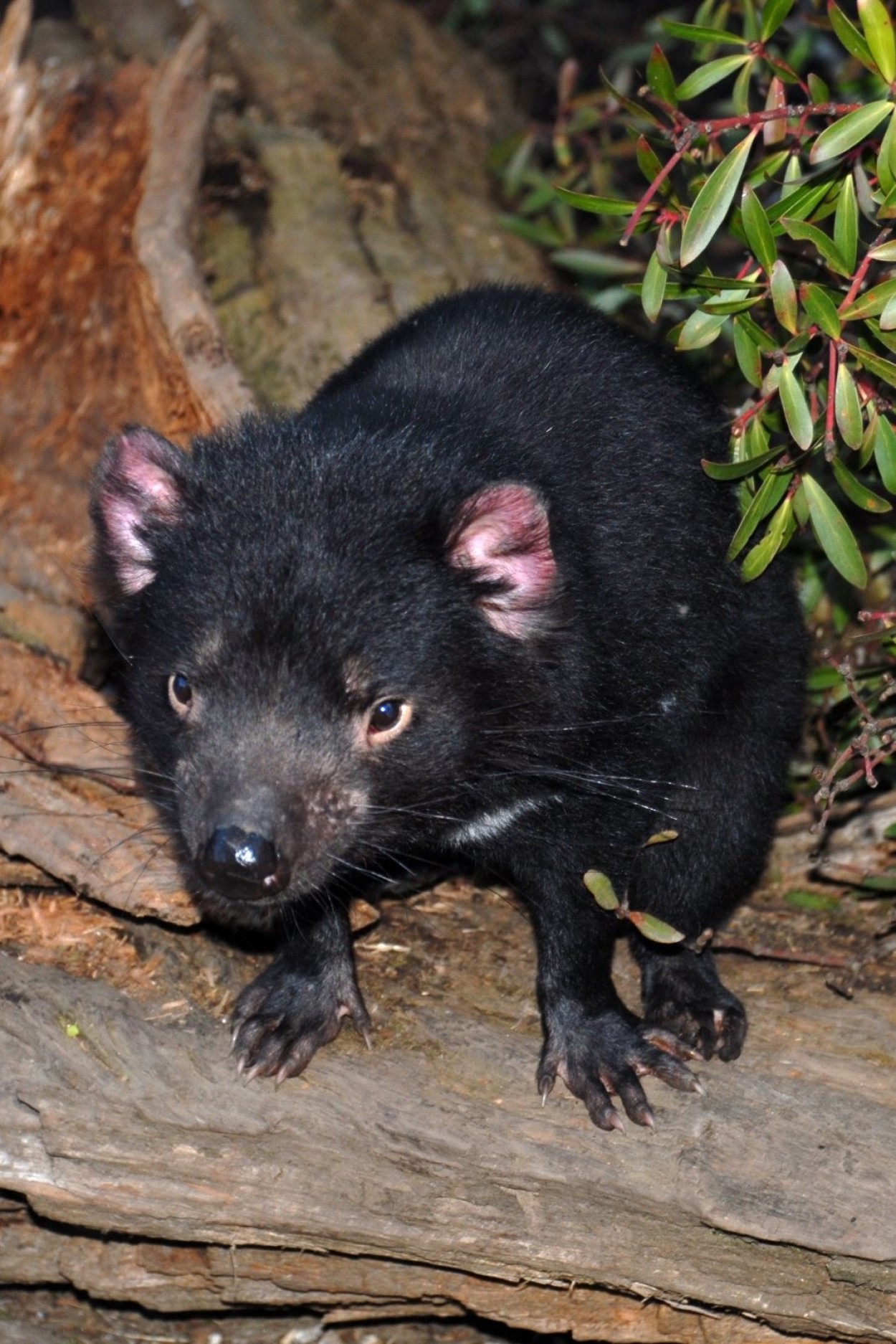
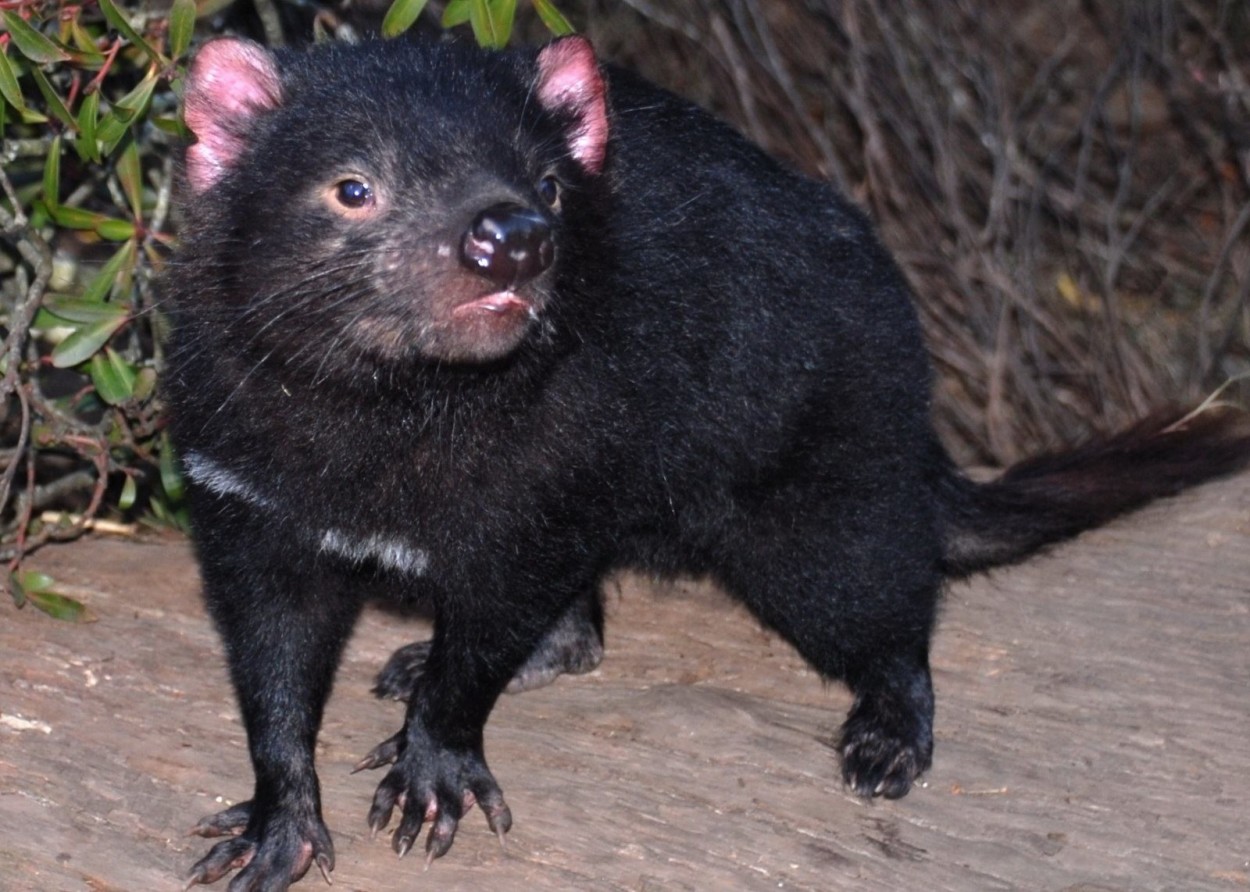
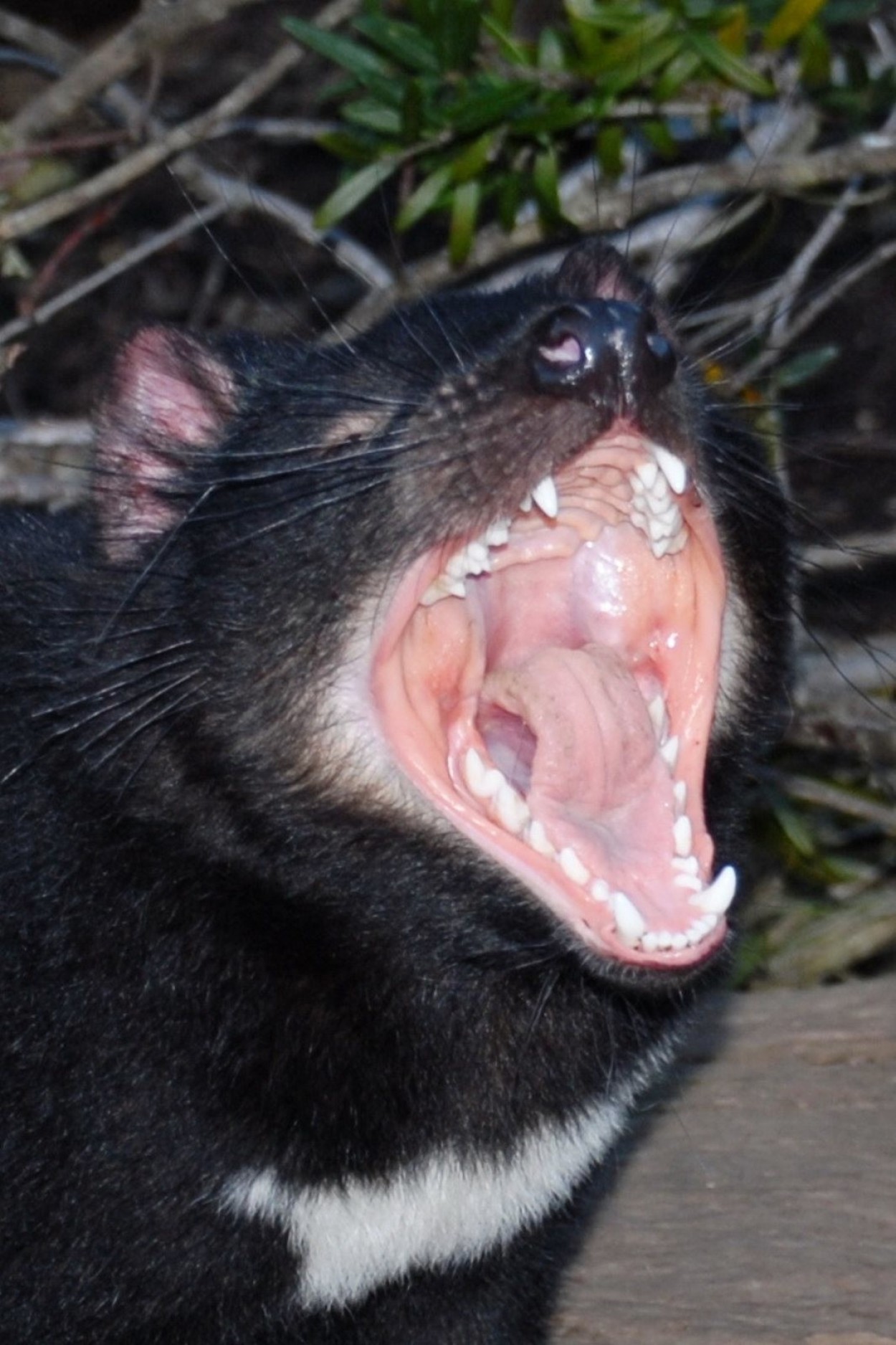
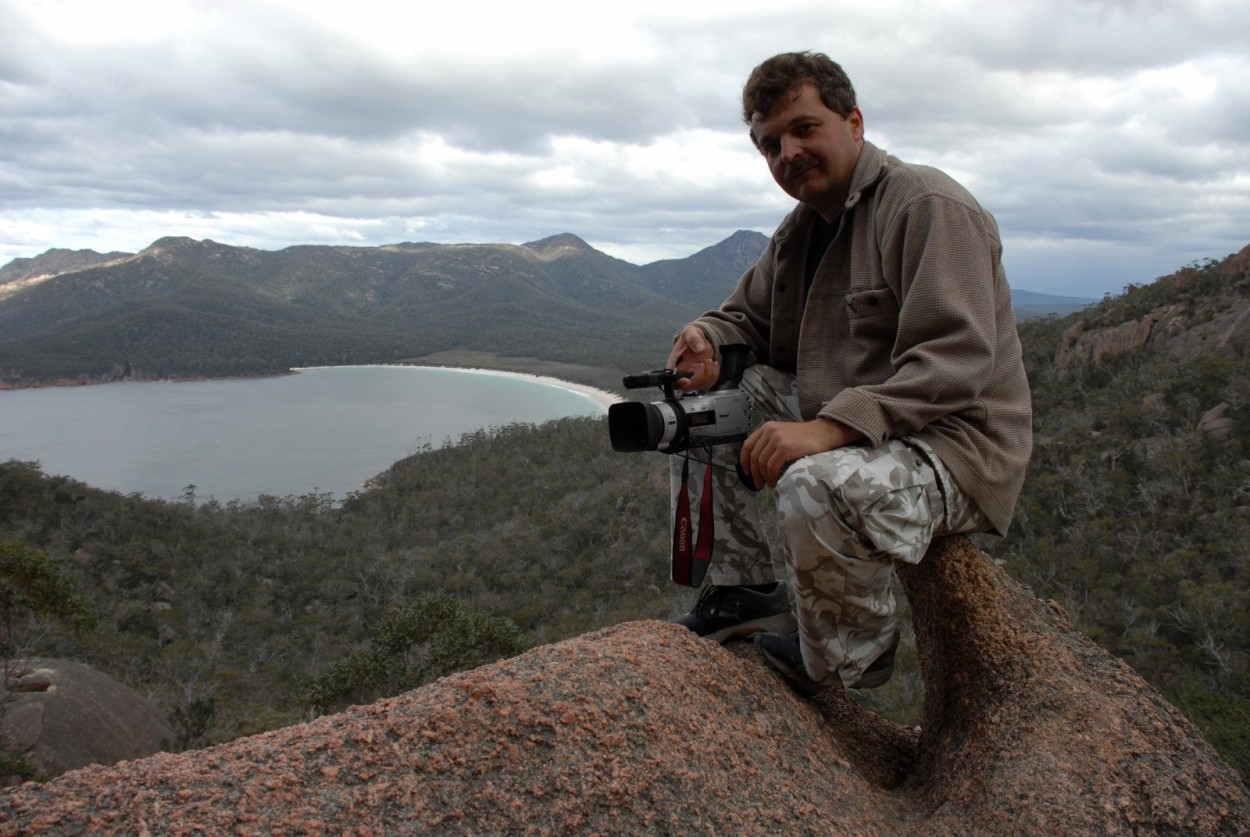
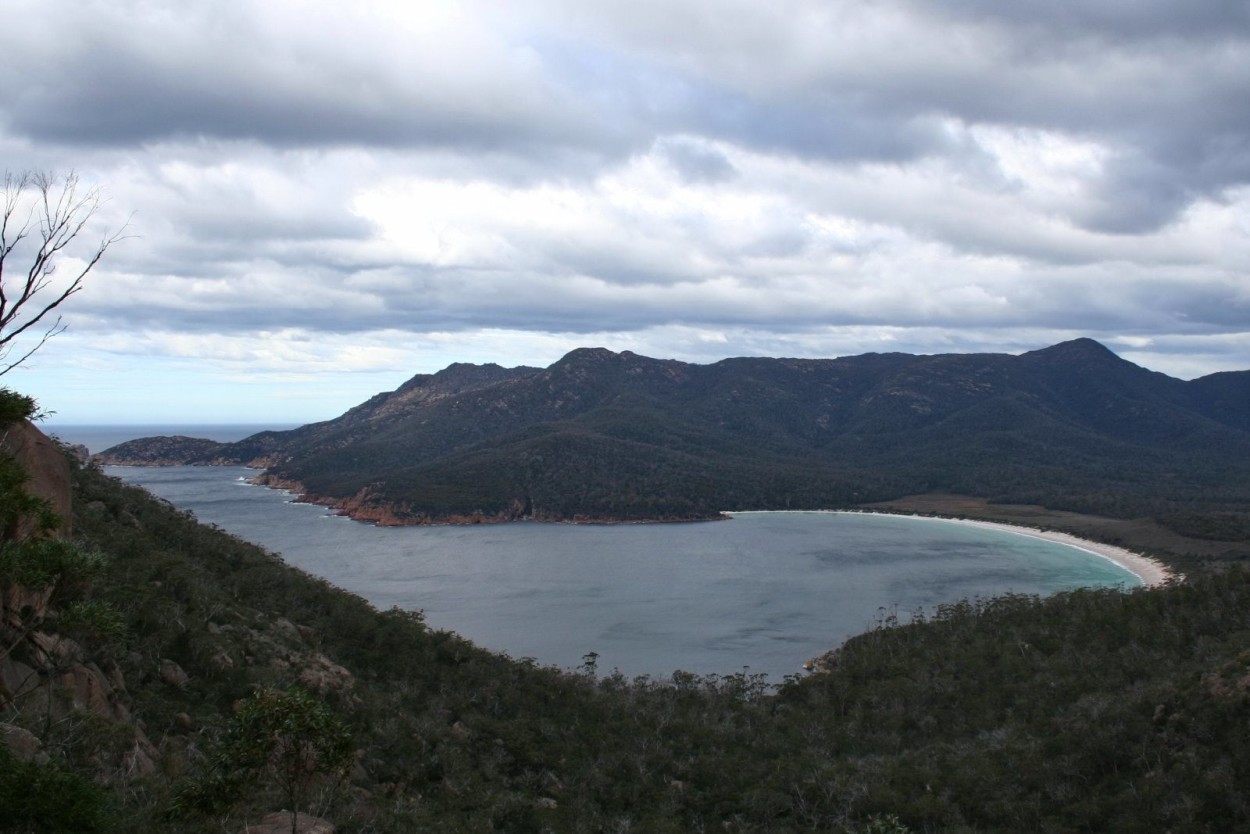
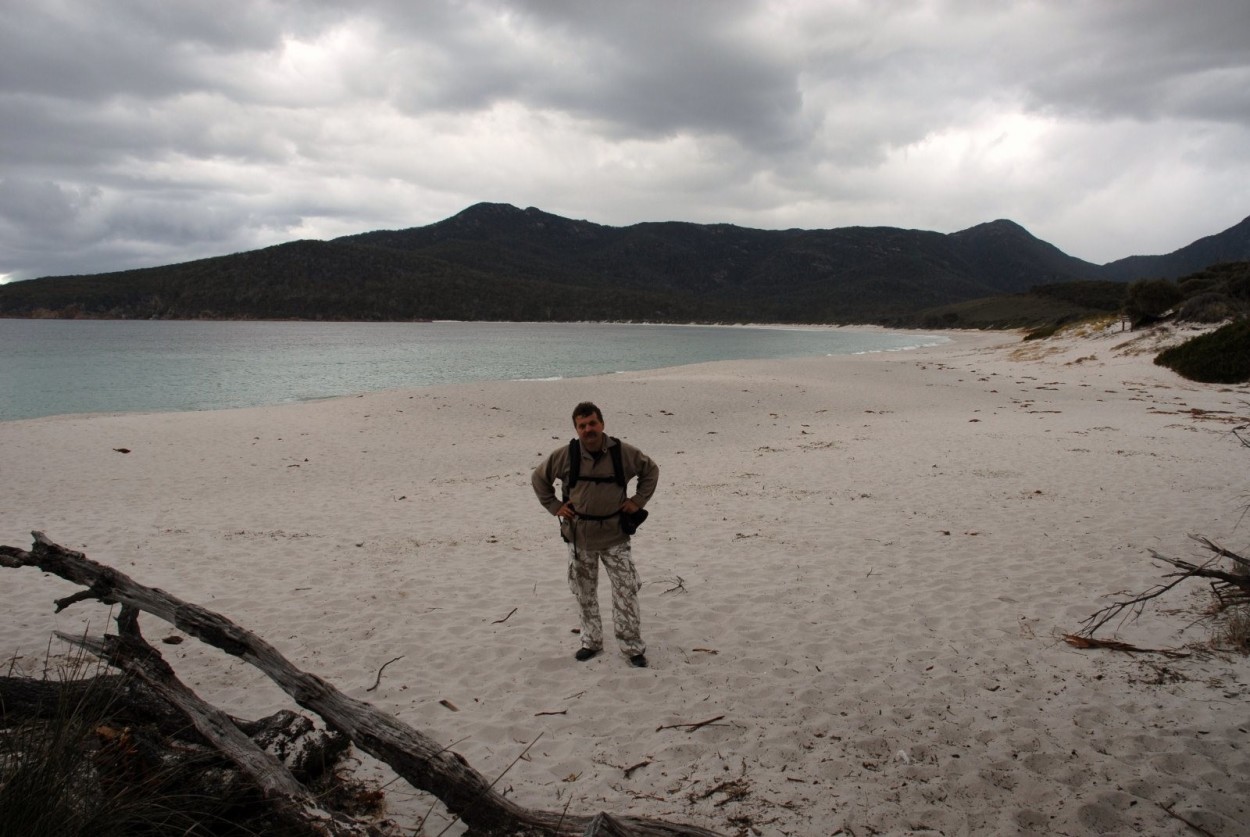
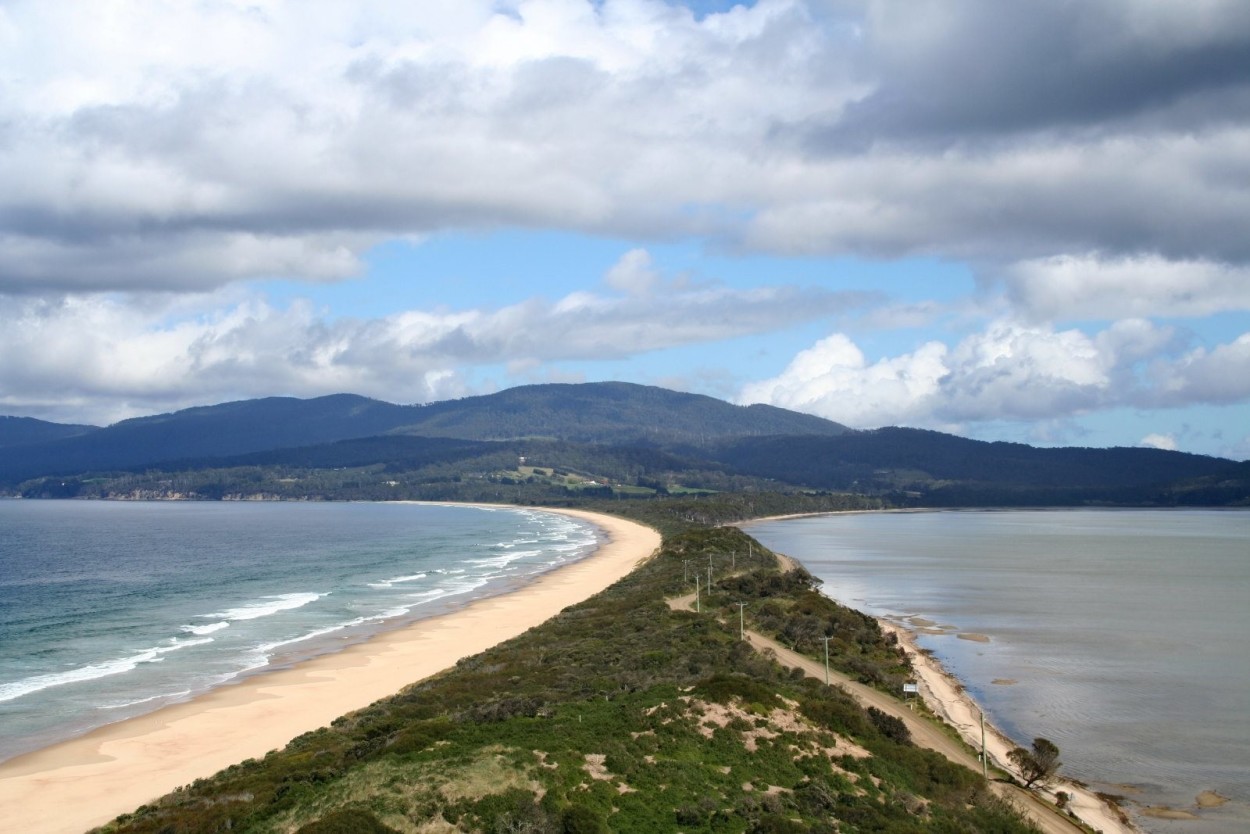
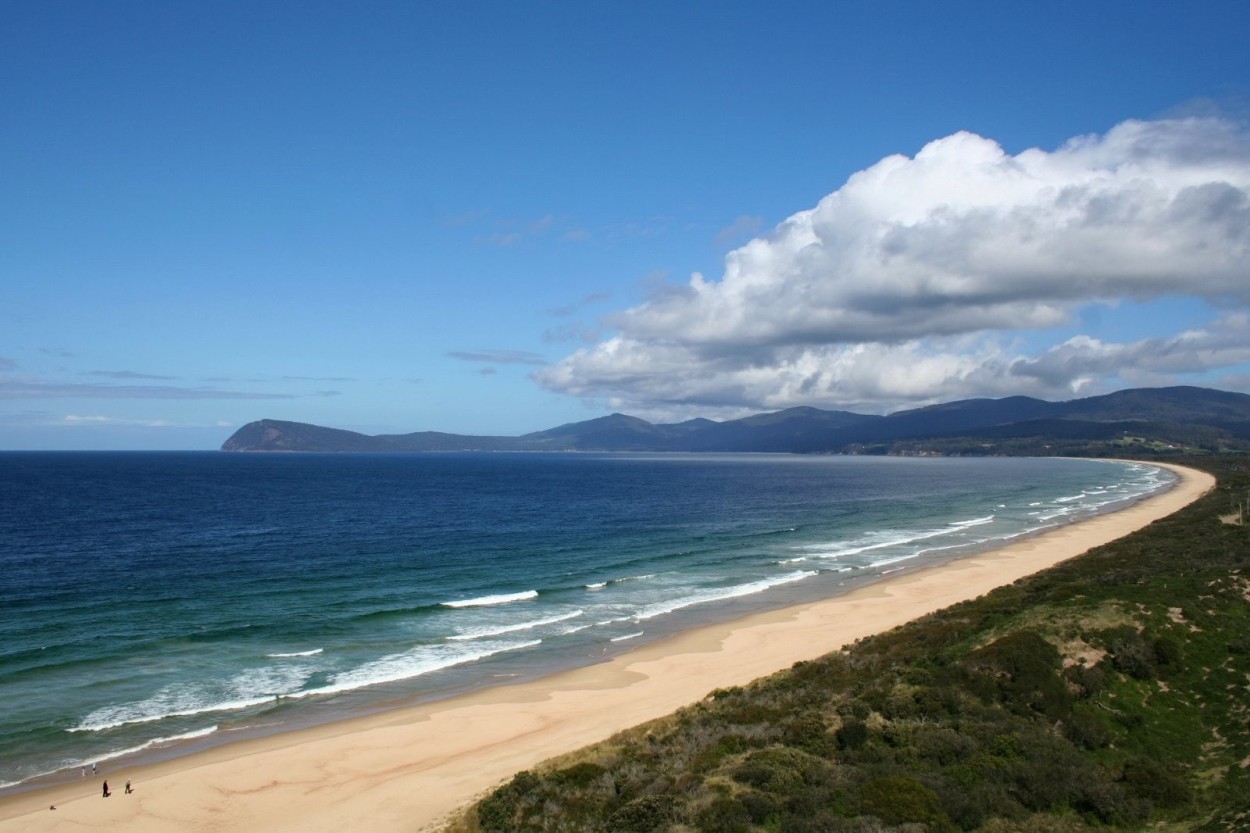
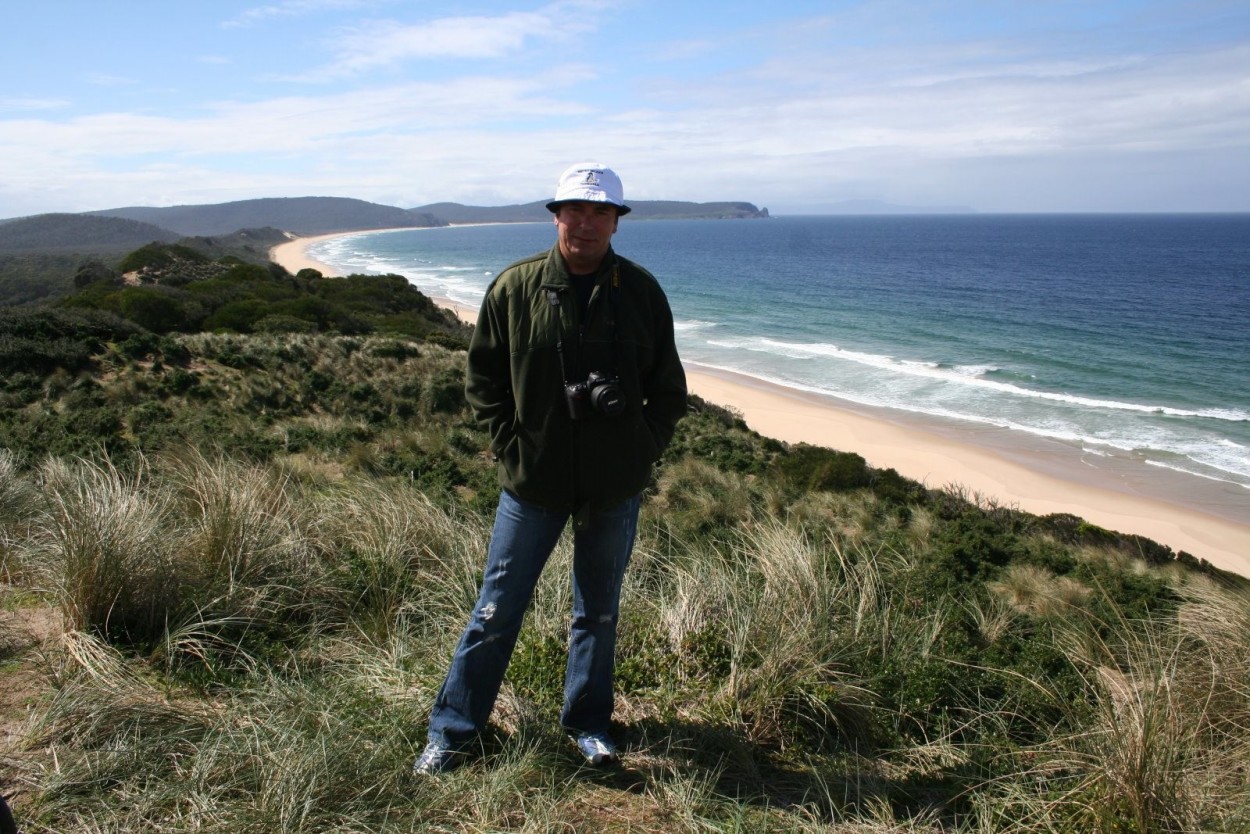
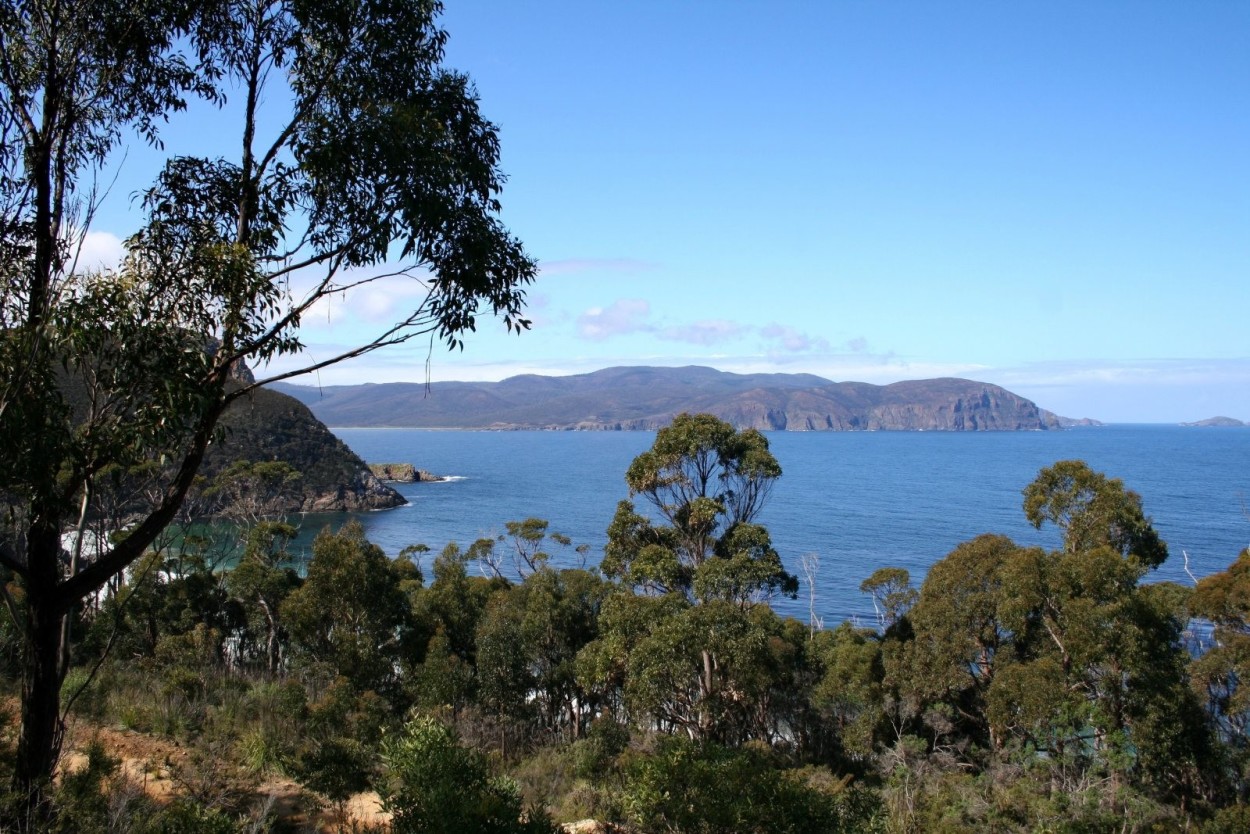
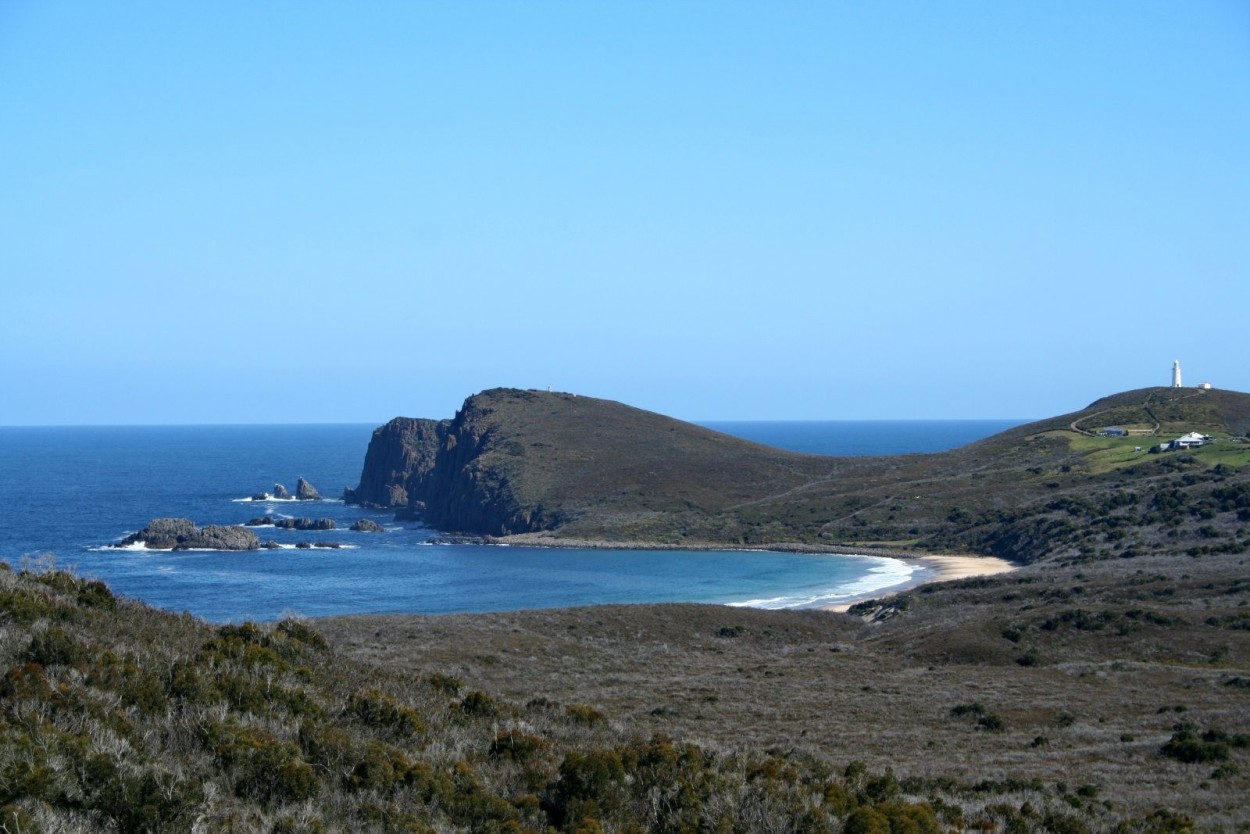
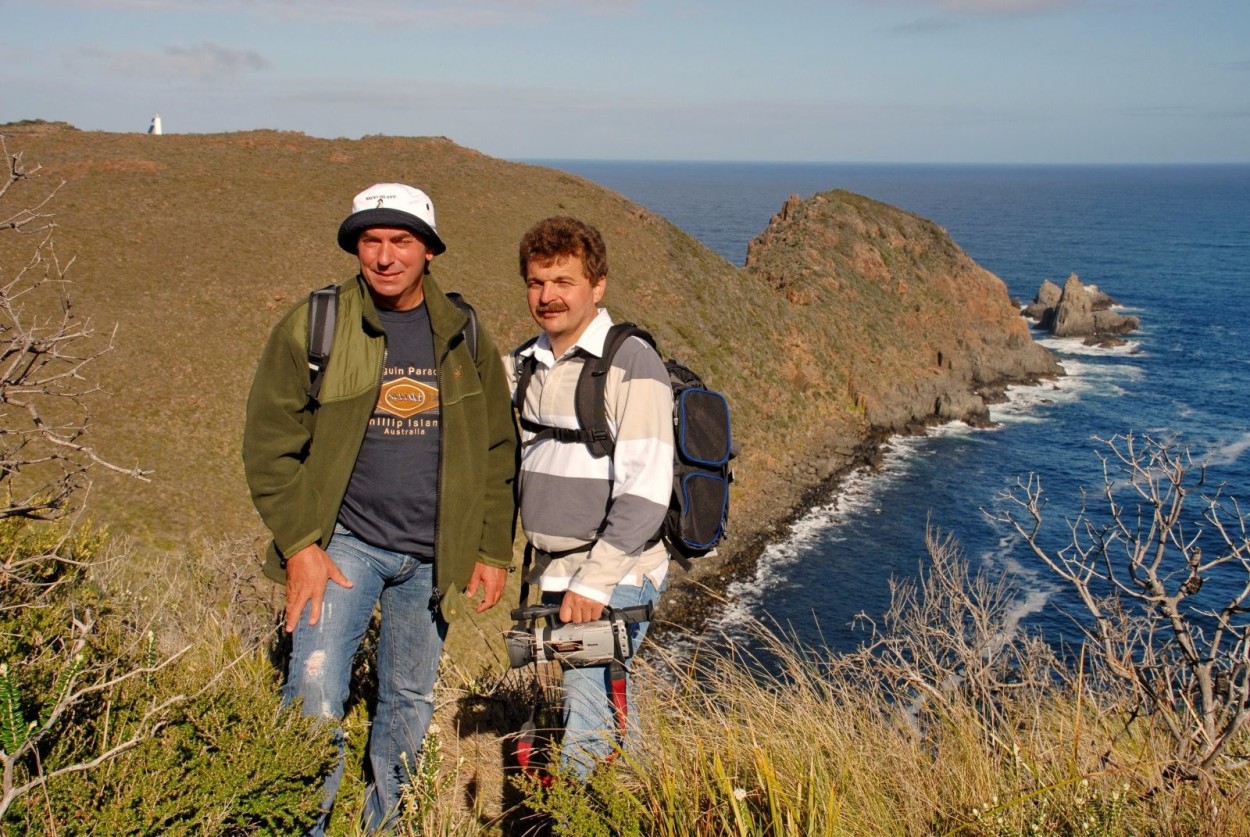
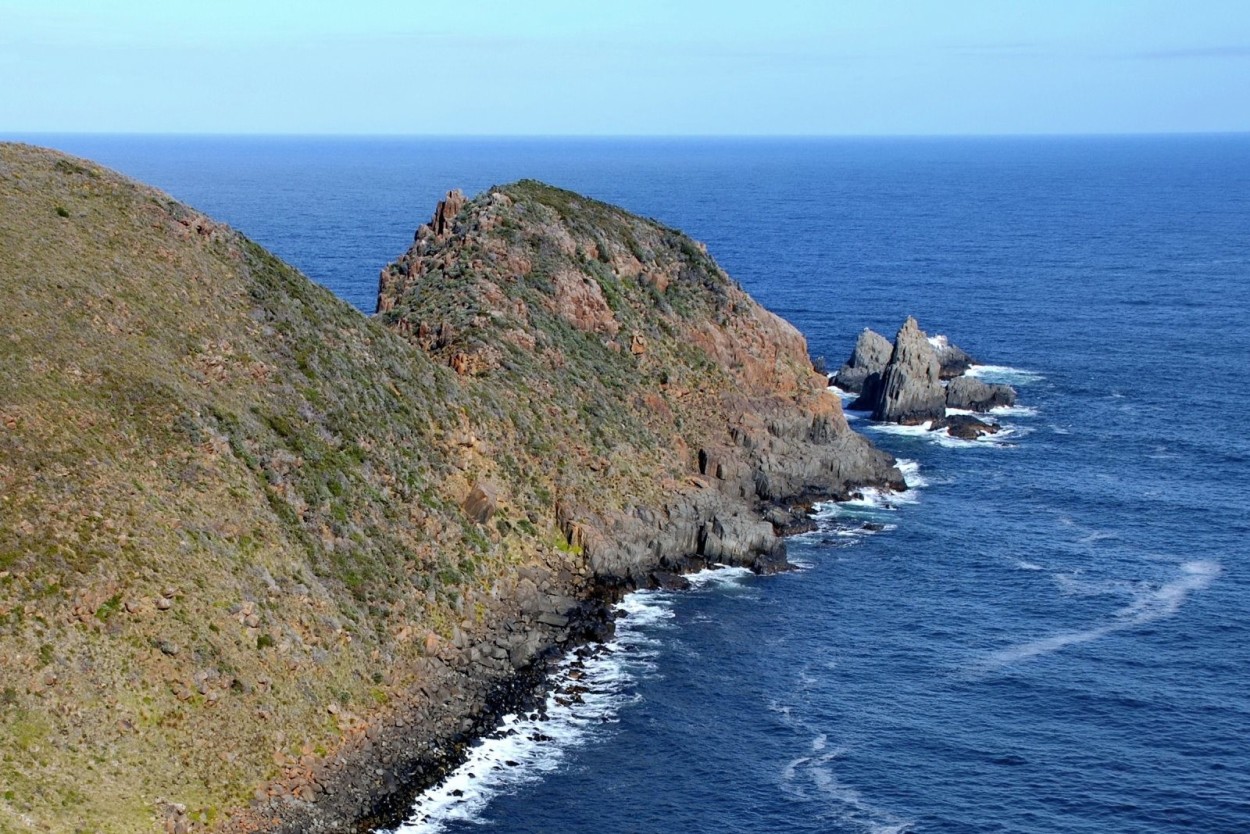
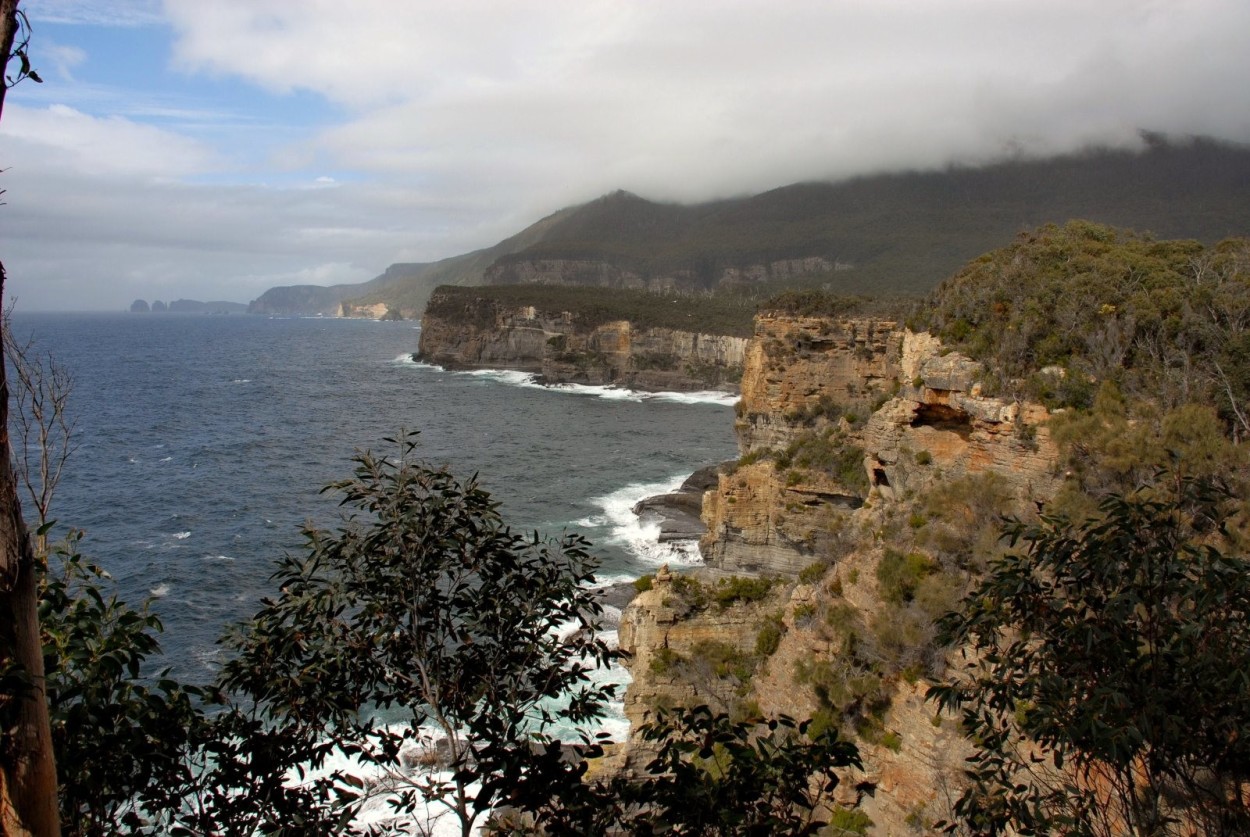
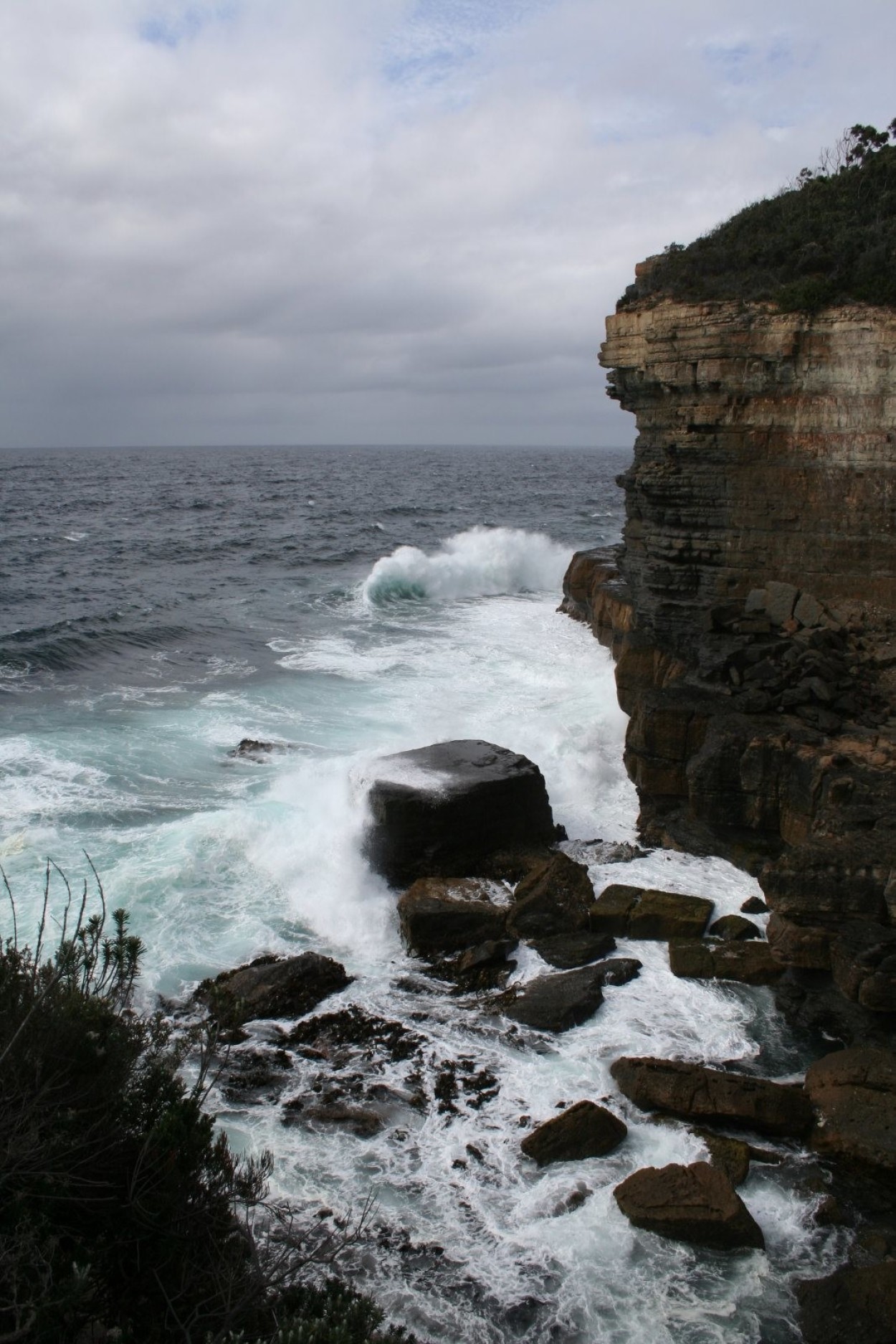
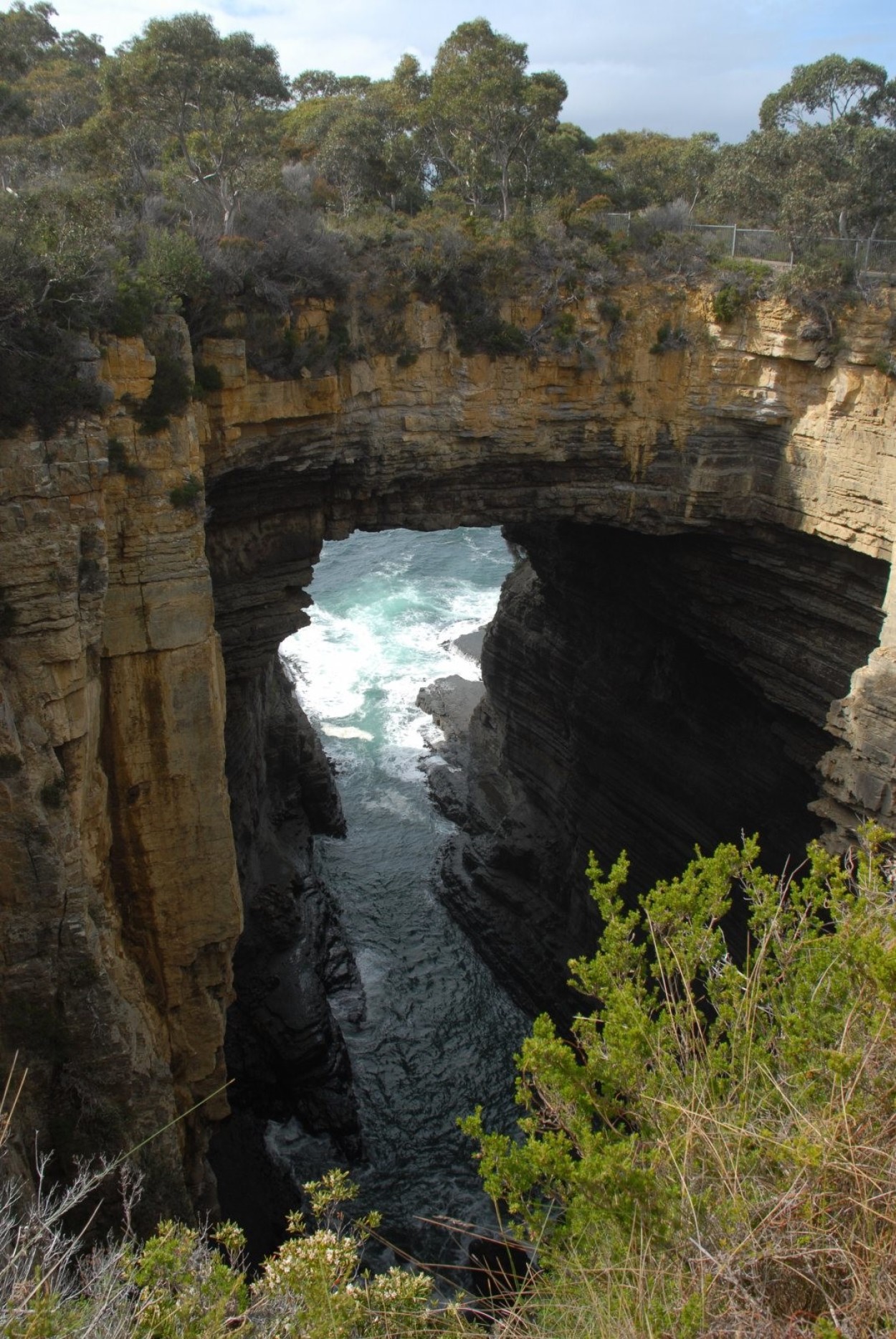
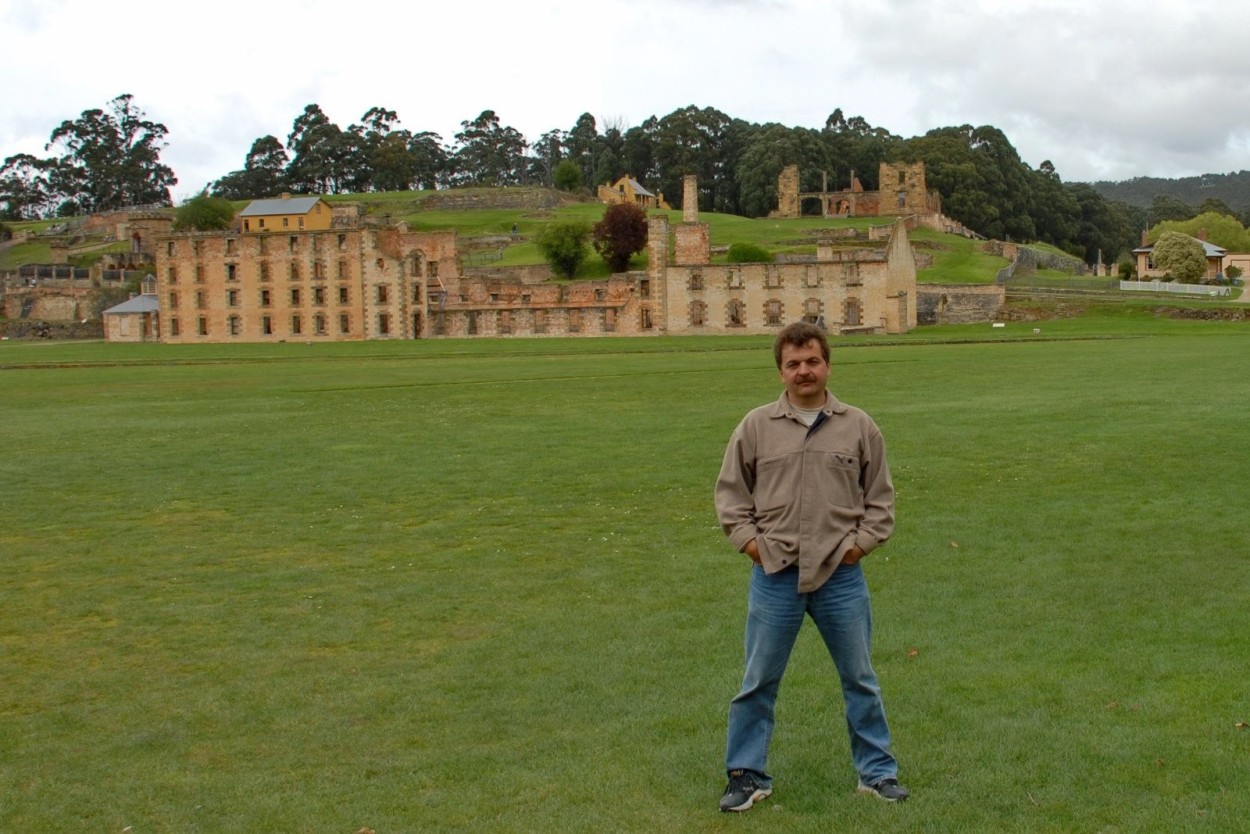
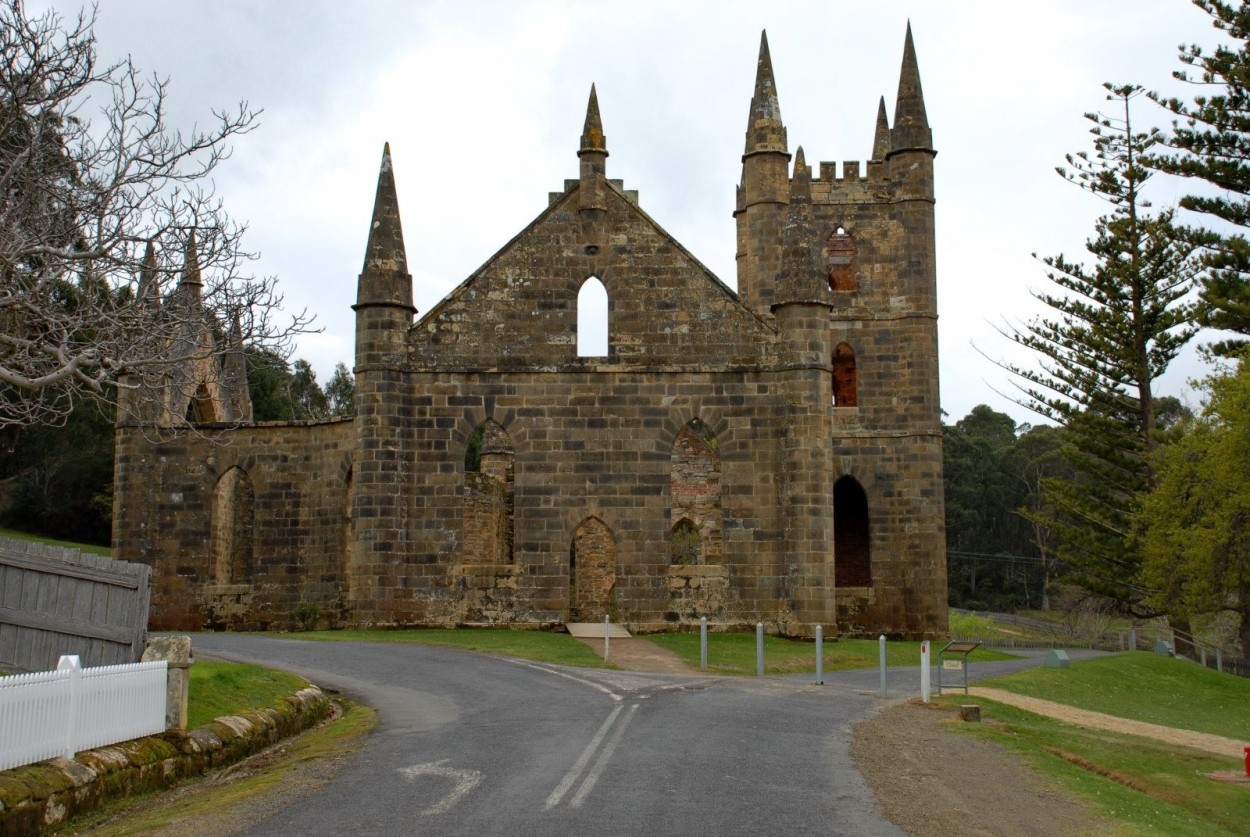
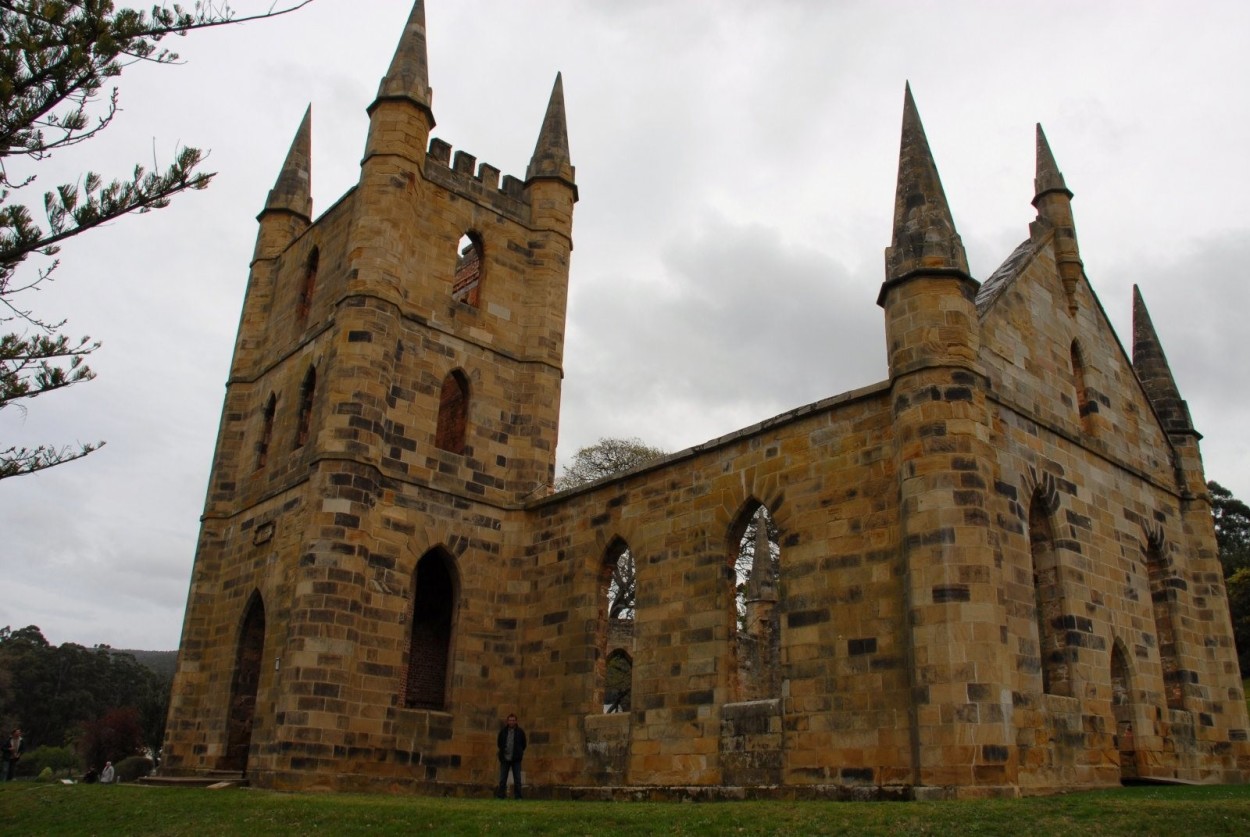
Comments
The post has no comments at the moment.
Leave Comment